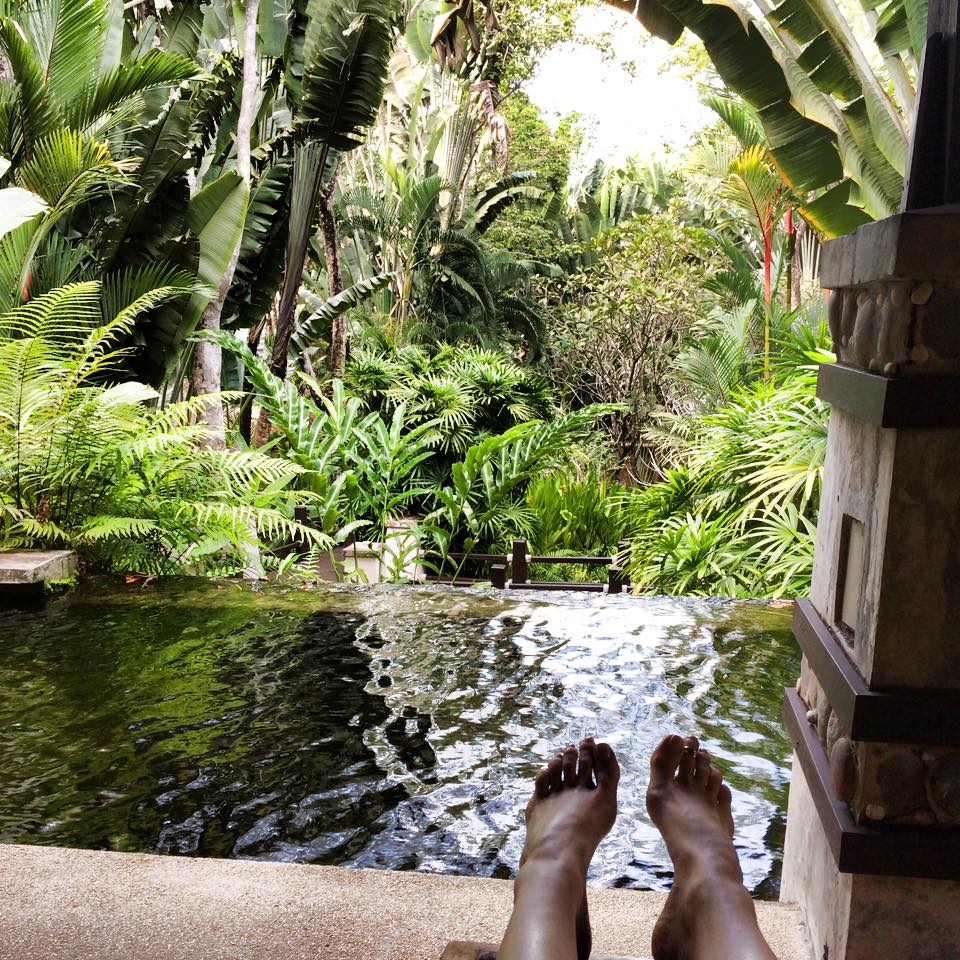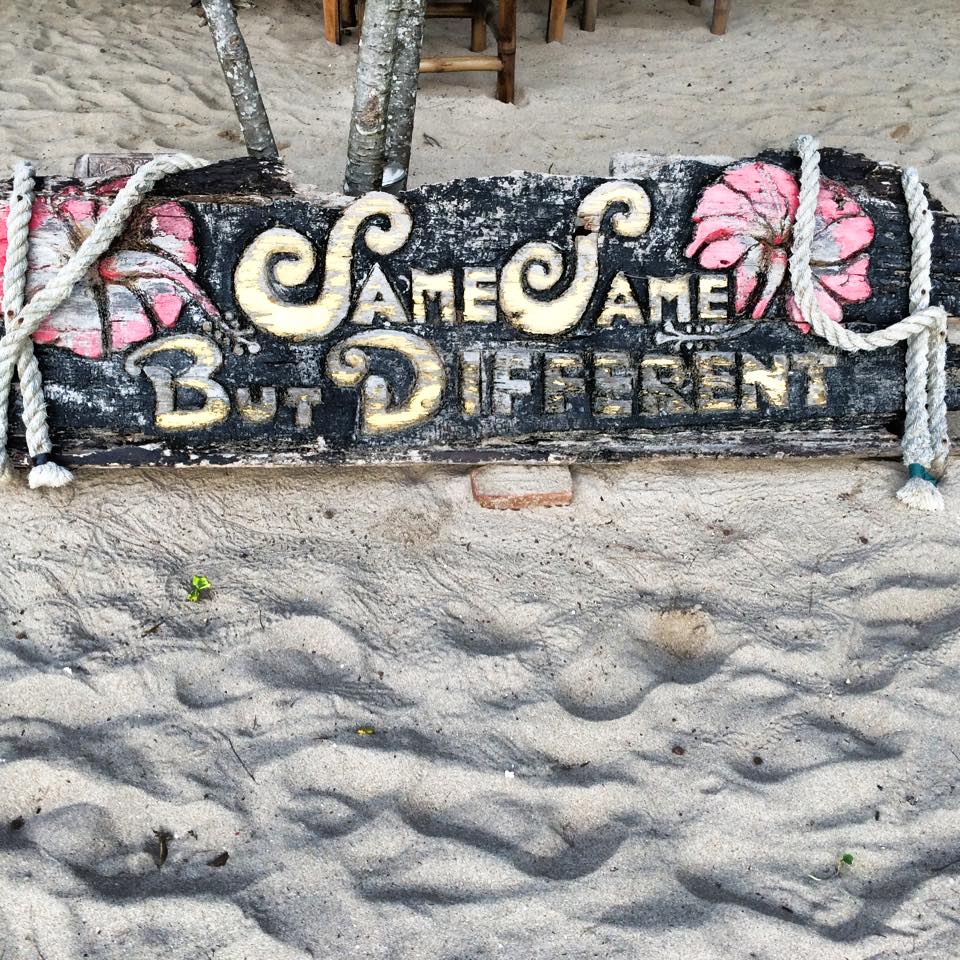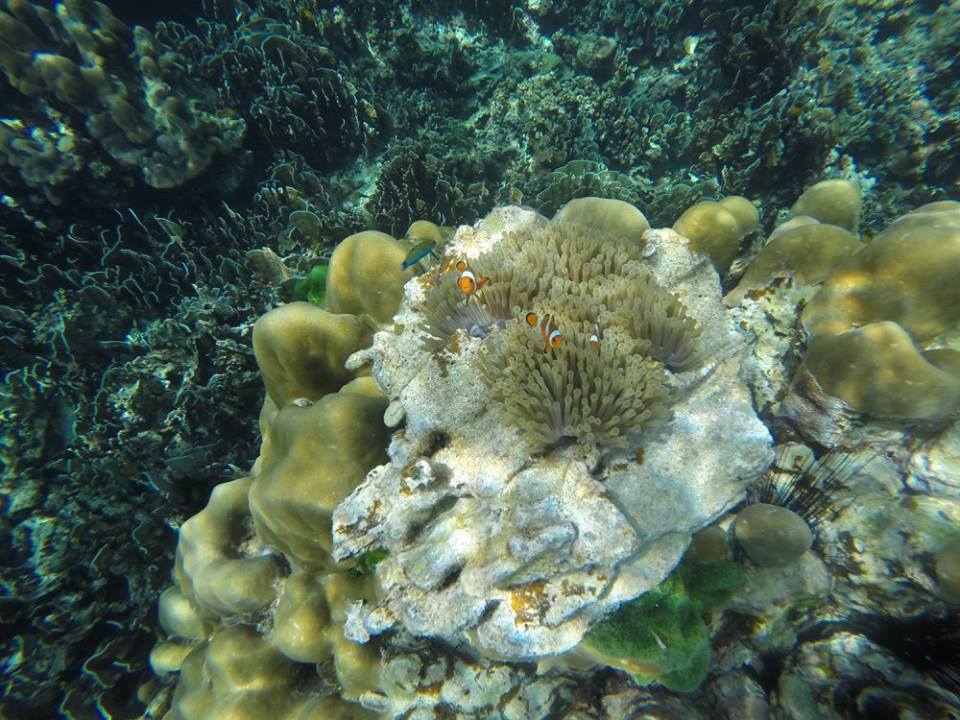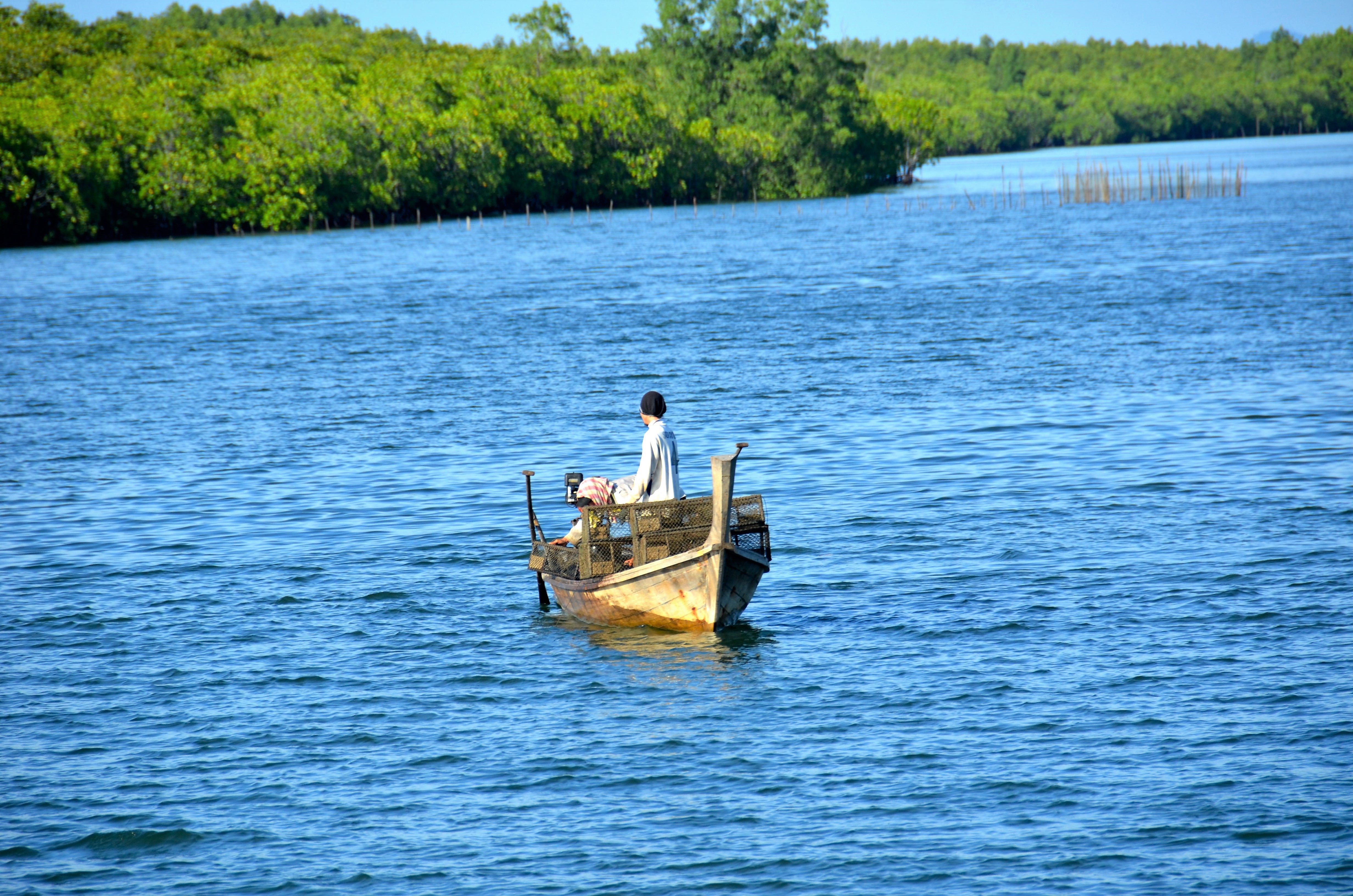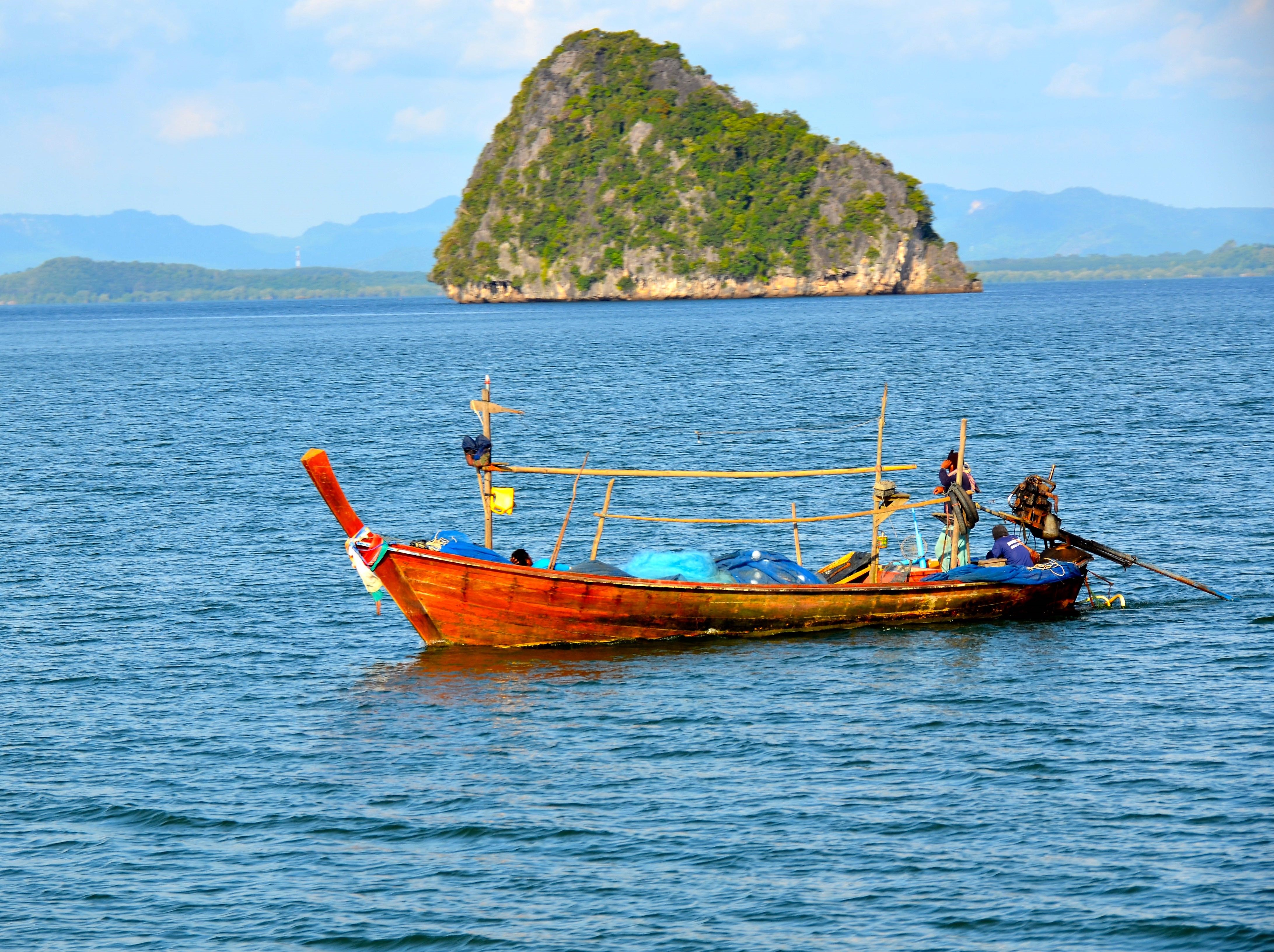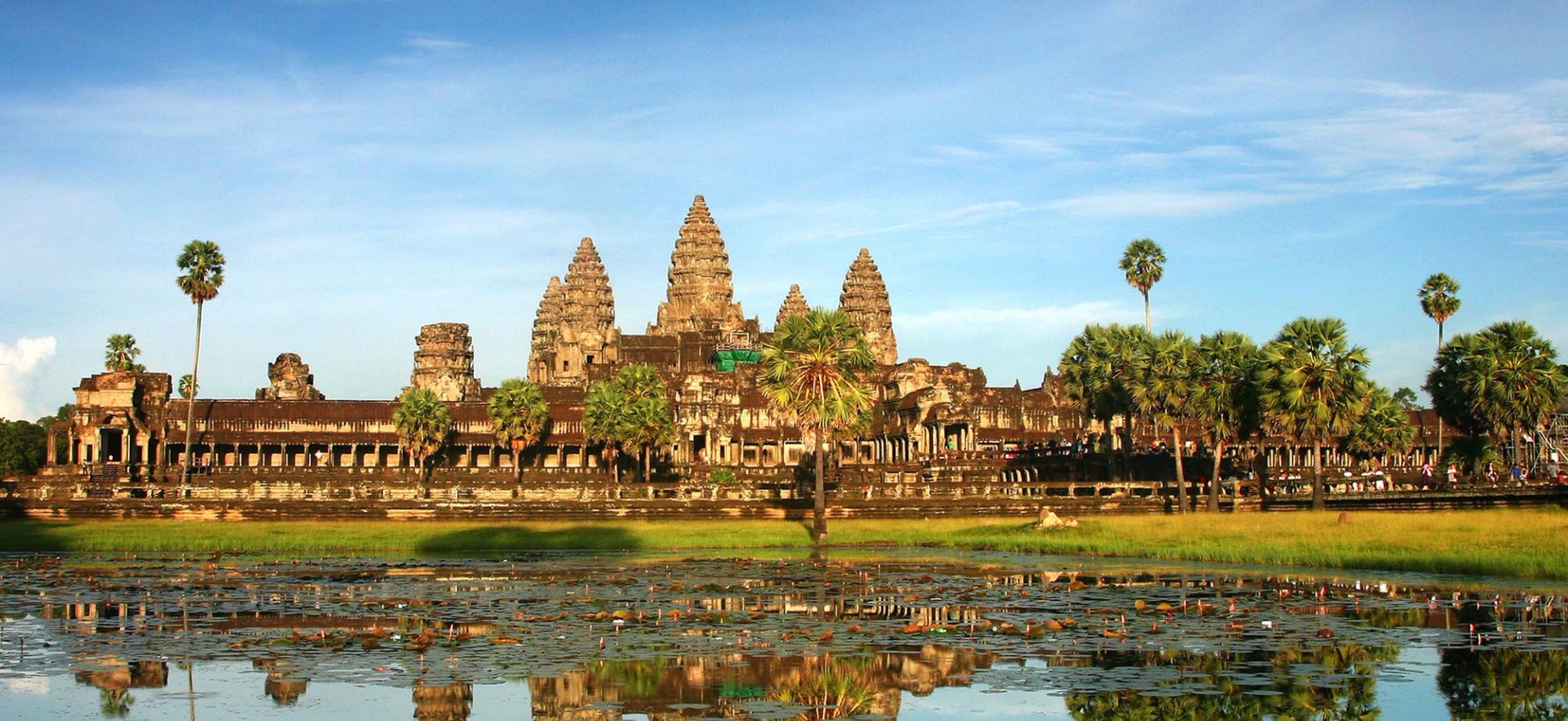
The hottest I have ever been in my entire life was the few days I spent in Siem Reap, Cambodia. It was November, mind you. November is supposedly one of Siem Reap’s cooler and drier months. But, you could’ve fooled me. It was hotter and more humid than Miami in the dead of summer. It was the kind of humidity that made it hard to breathe. It was so hot you could feel yourself swelling in the heavy wet heat. It felt like I was doing hot yoga on the surface of the sun or in the fiery pits of hell. But, we were on a mission. We came to see the Angkor Wat complex, and a little heat (okay, A LOT of heat) was not going to deter us. Warning: in most of these pictures, we will be a HOT mess.
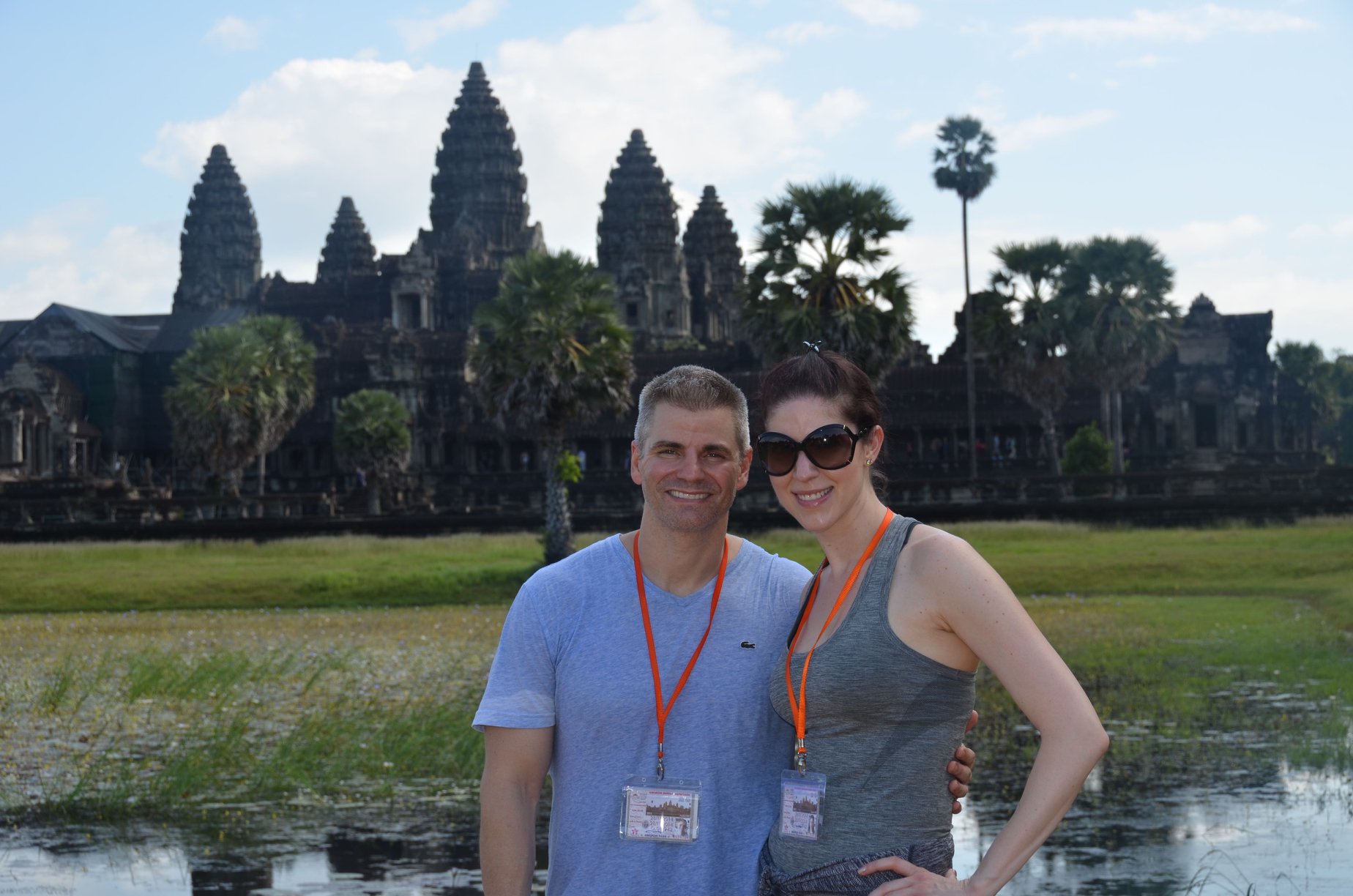
The temples of Angkor are actually located in an archaeological park which is made up of more than 45 temples. It is open from 5:00 a.m. to 6:00 p.m. every day. Angkor Wat, Angkor Thom (made famous by the movie Laura Croft: Tomb Raider), and Ta Prohm are the three most popular temples that people come to Siem Reap to visit.
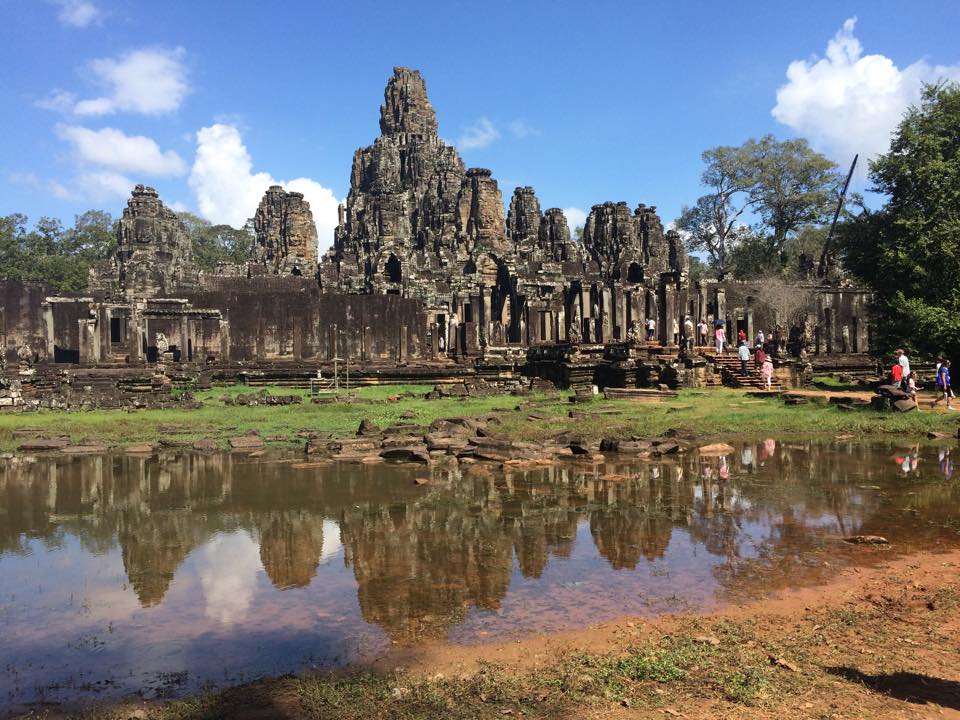
Angkor Wat is so popular that it is featured on the Cambodian flag, and after seeing for myself, I understand why: It is utterly amazing. It deserves a spot on your bucket list. Angkor Wat is the largest religious monument in the world. The site is 402 acres. It was originally constructed as a Hindu temple. It was dedicated to the god Vishnu for the Khmer Empire. It later became a Buddhist temple.
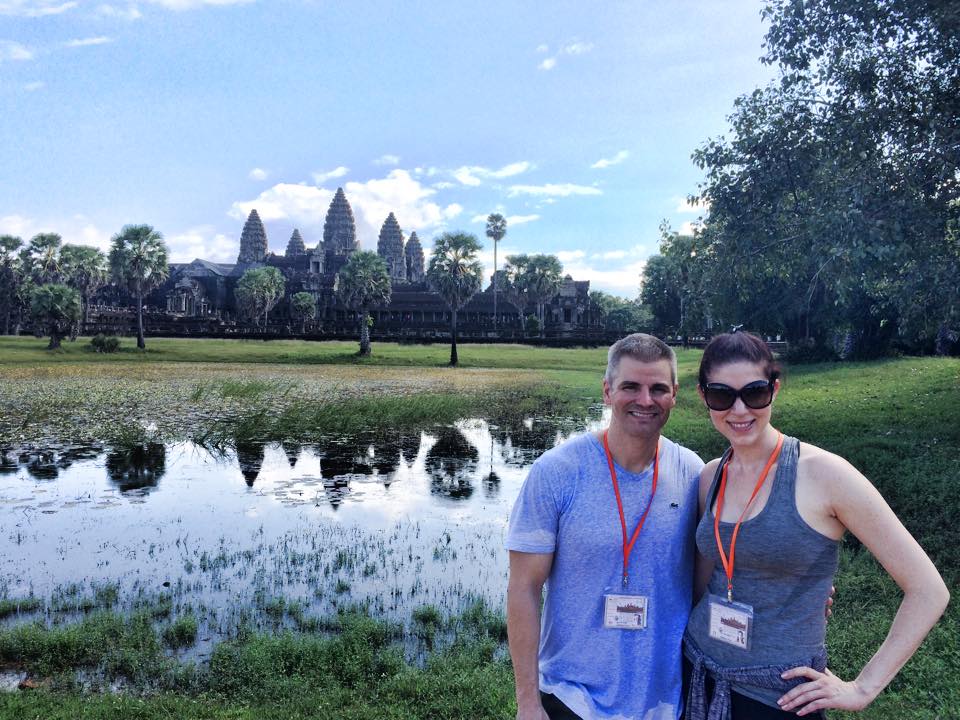
To get into Angkor Wat you have to climb some very old and VERY steep stairs. They are so small that your entire foot will likely not fit onto the stair. There is a wooden guardrail or sometimes a rope that you can hold on to. Sometimes there is a line of people going up or down the stairs causing a bit of a delay mid climb. Just breathe. If you are scared of heights just concentrate on your feet and get up there. I am not scared of heights, and it was a little overwhelming at times. But, fear not. Going inside is well worth the minor panic attack. I was too scared to start snapping pics of the steepest staircases, so here’s one that is a little less worse.
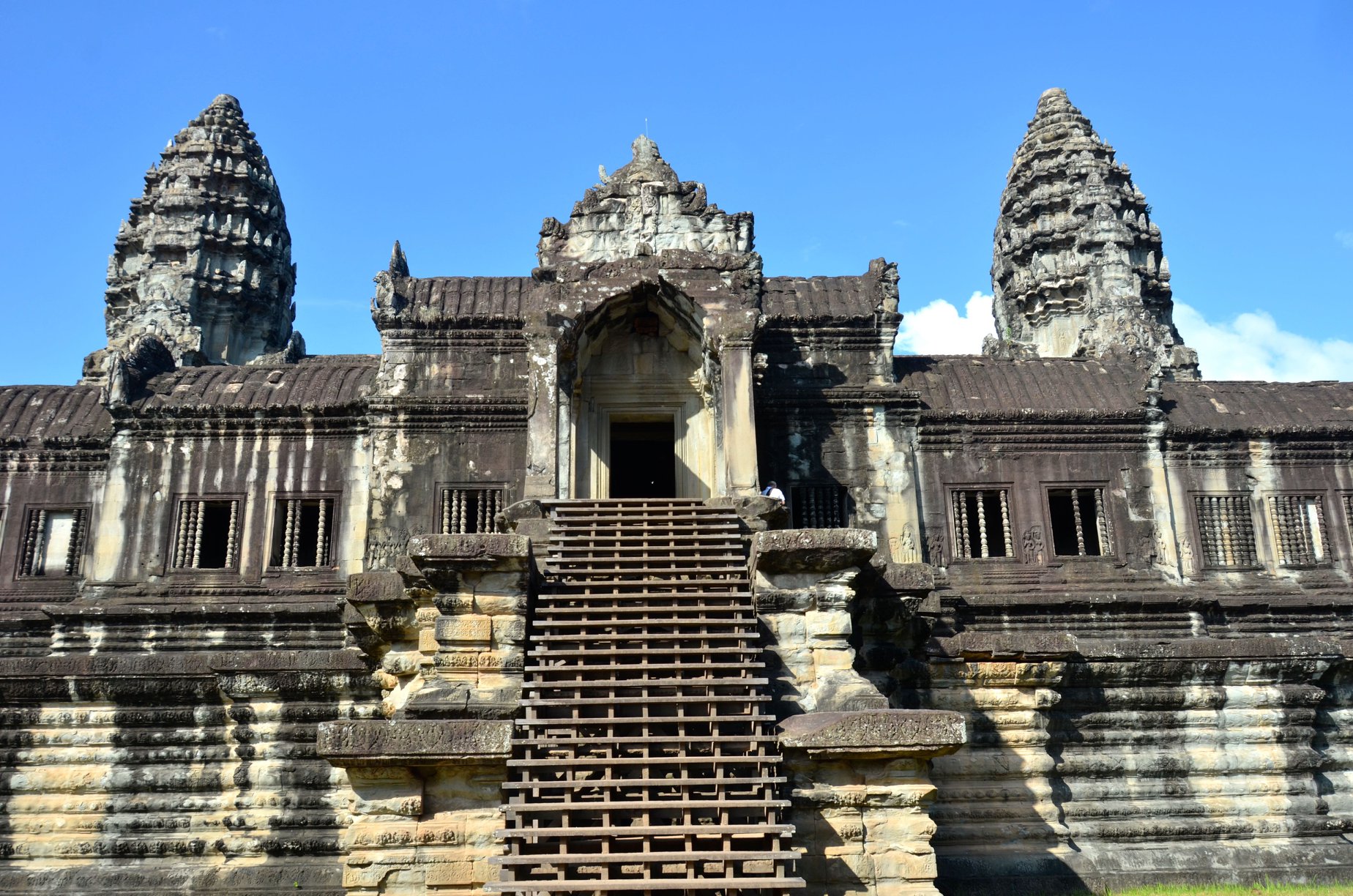
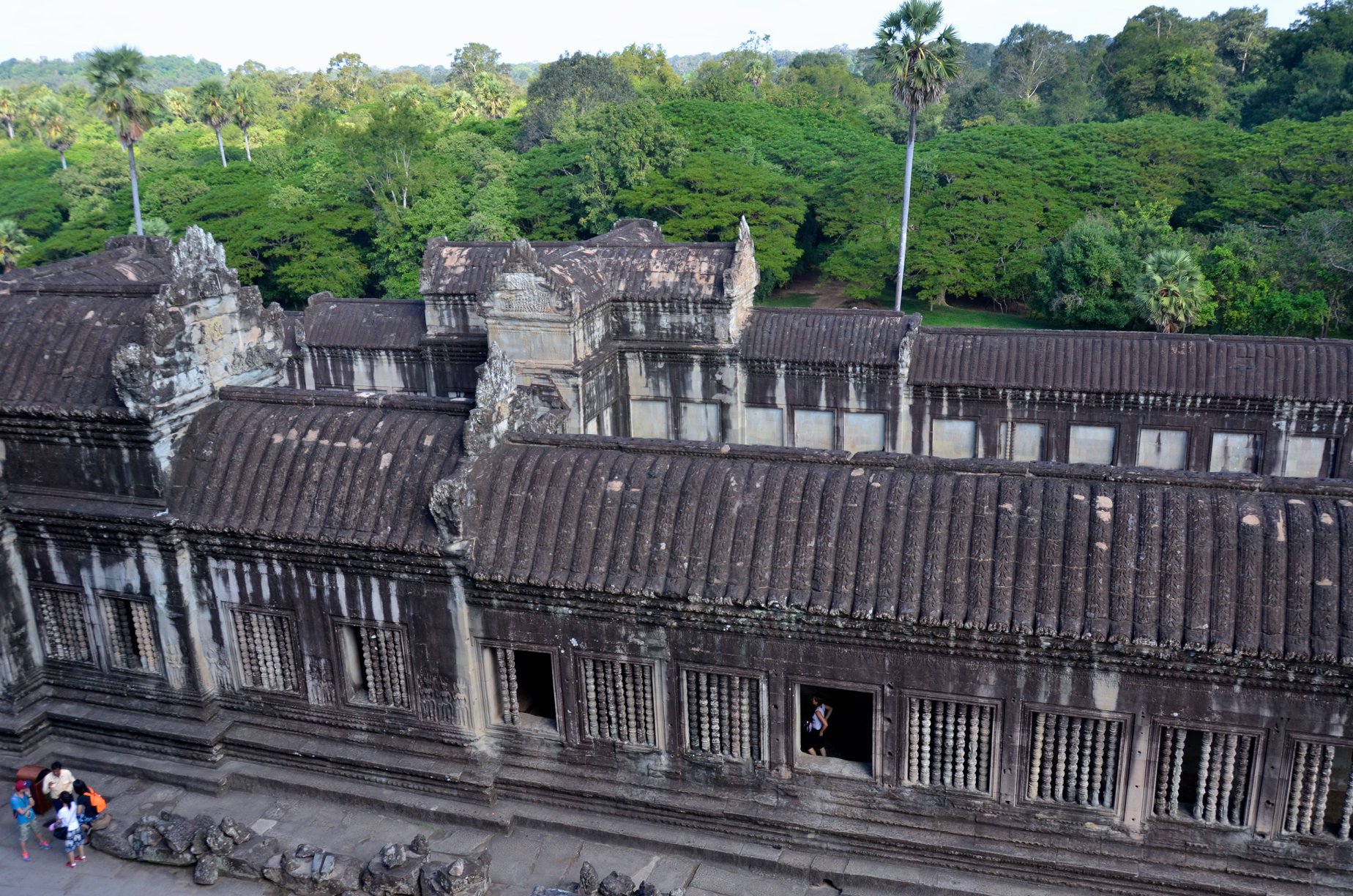
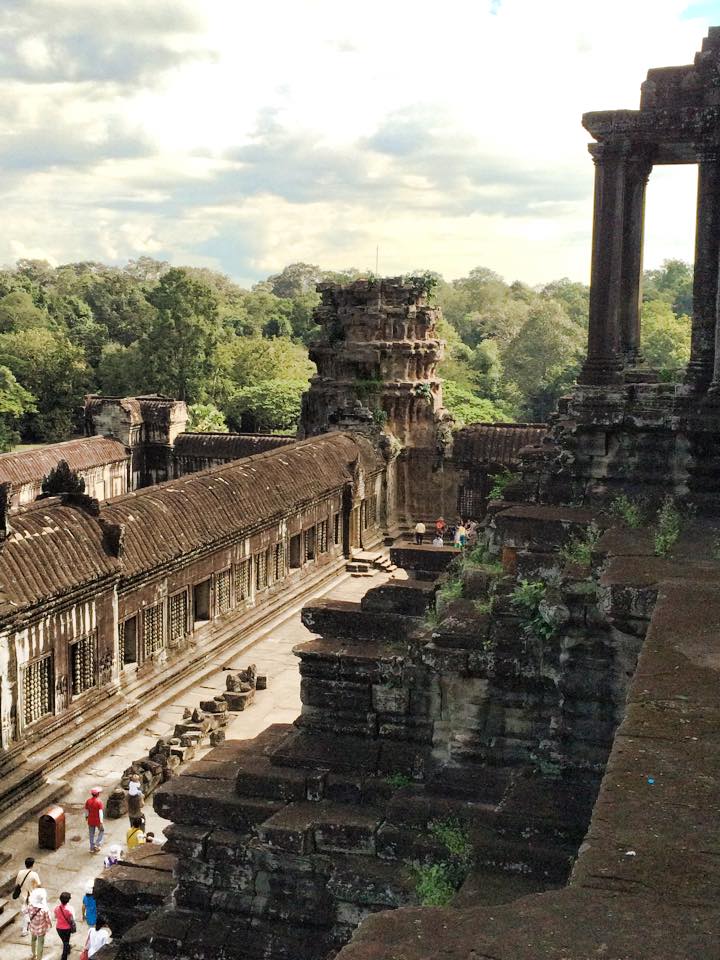
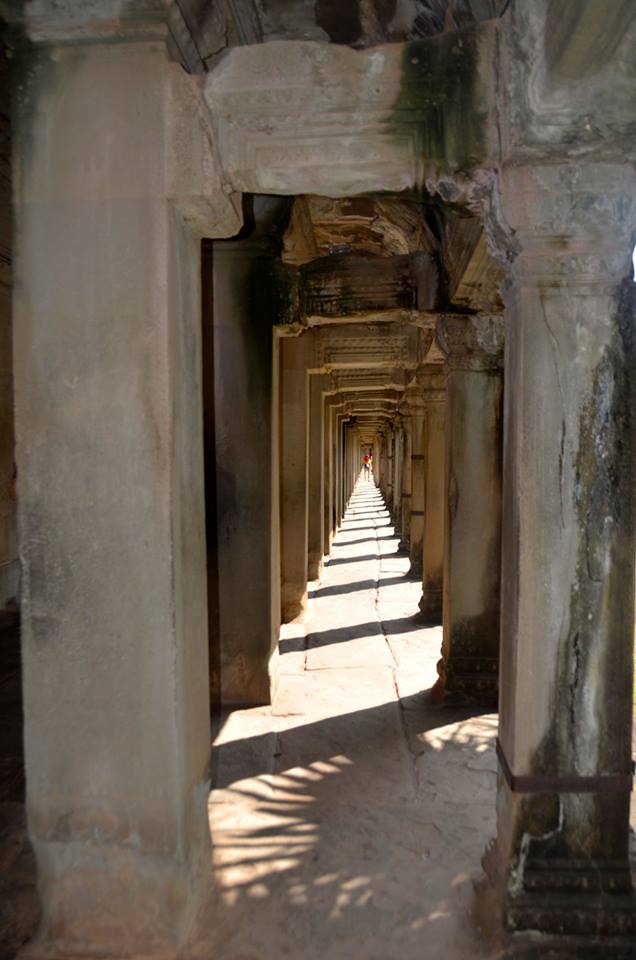
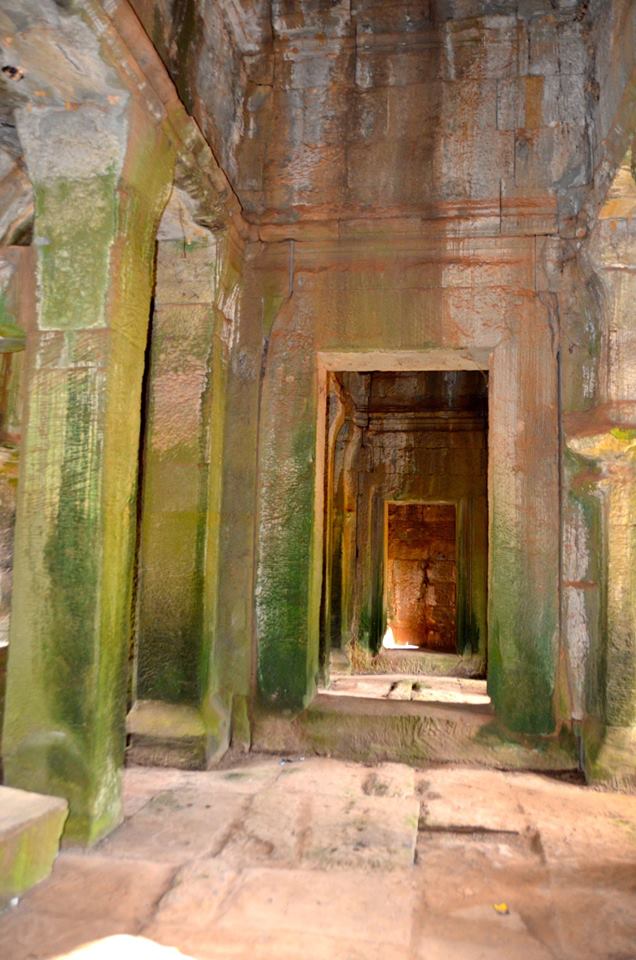
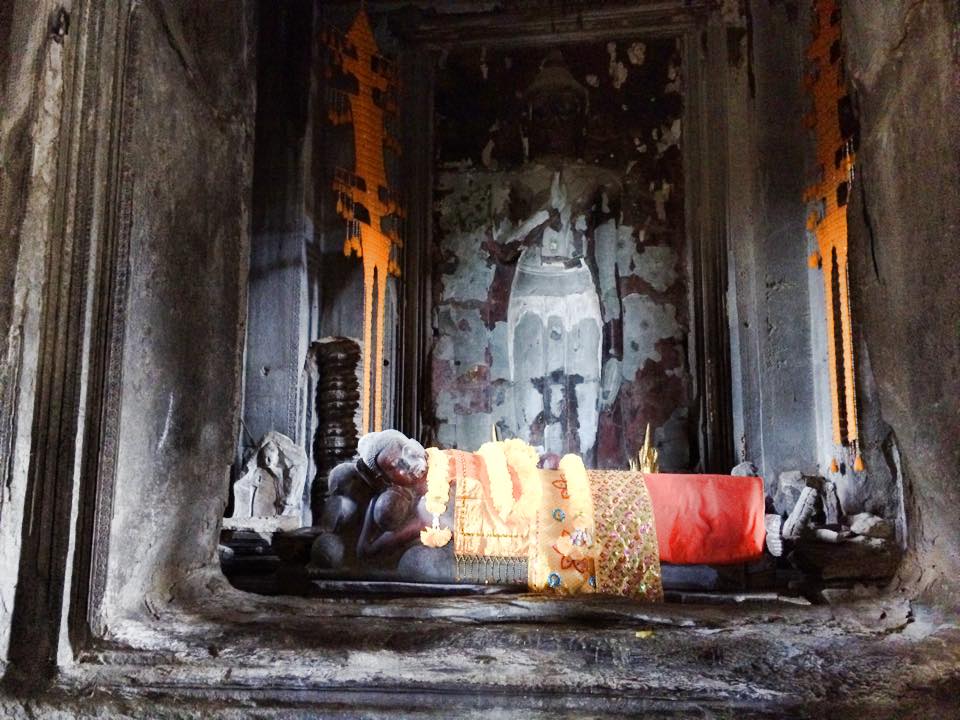
While Angkor Wat gets all the glory, Angkor Thom and Ta Prohm are also pretty phenomenal. Angkor Thom means Great City. A series of statues lines the entrance gates. Inside Angkor Thom, you can visit the Baphuon Temple, the Terrace of the Elephants, the Terrace of the Leper King.
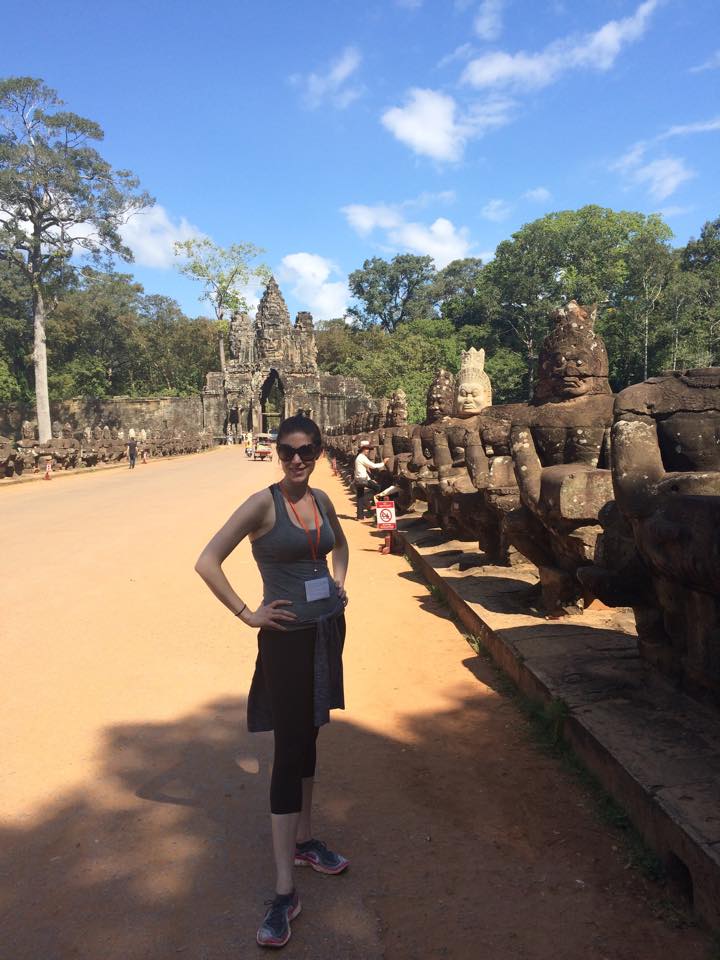
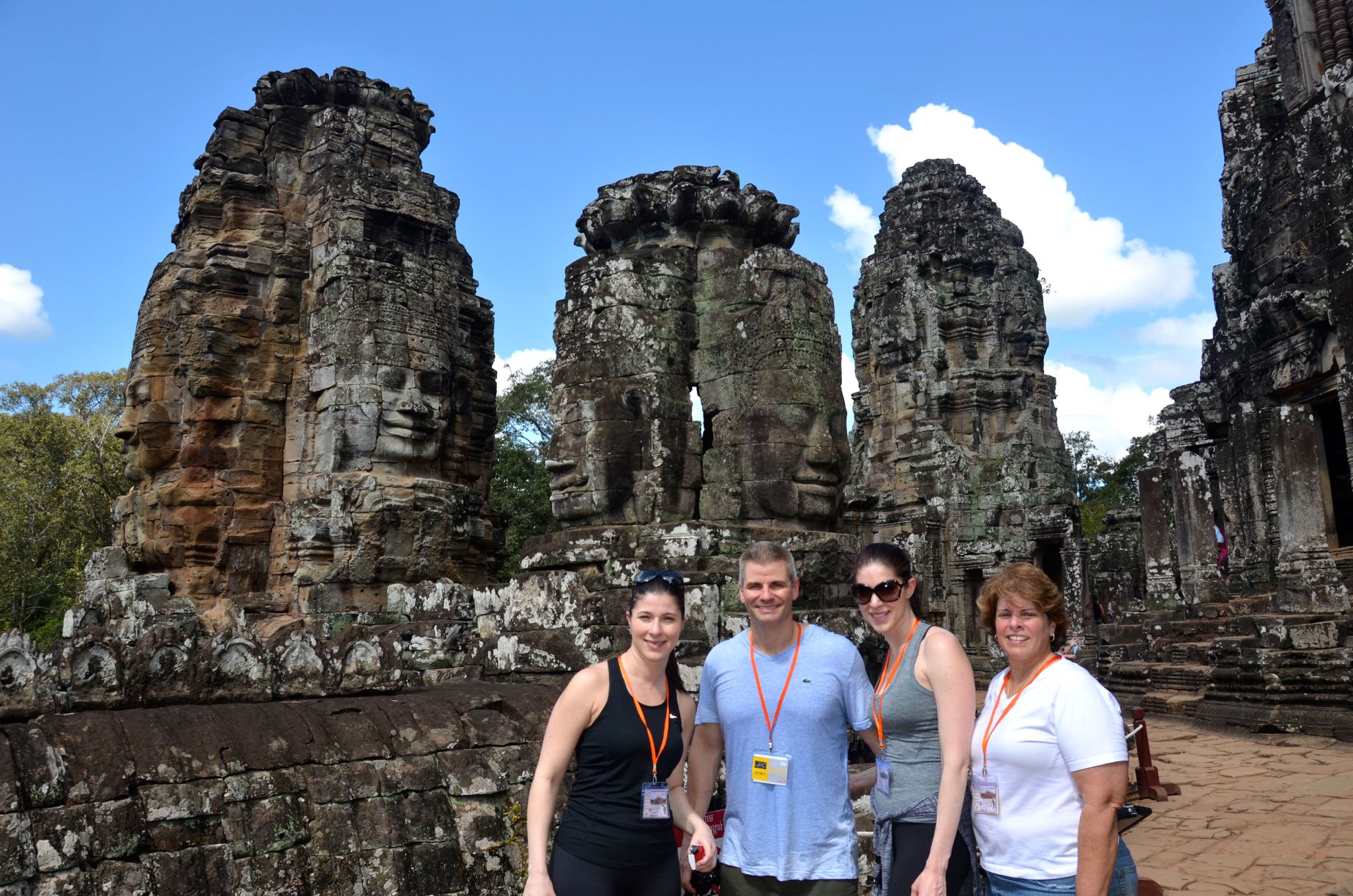
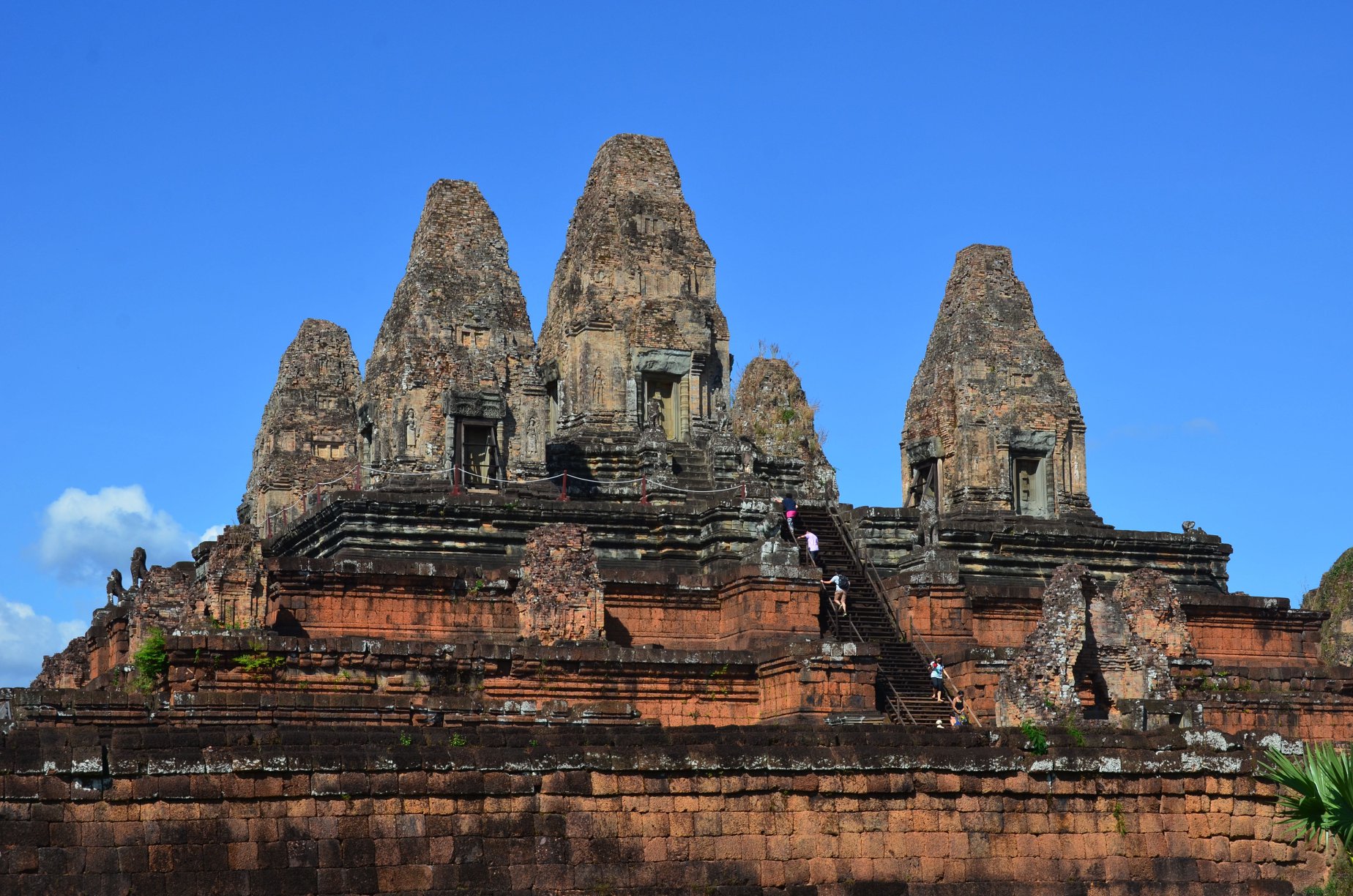
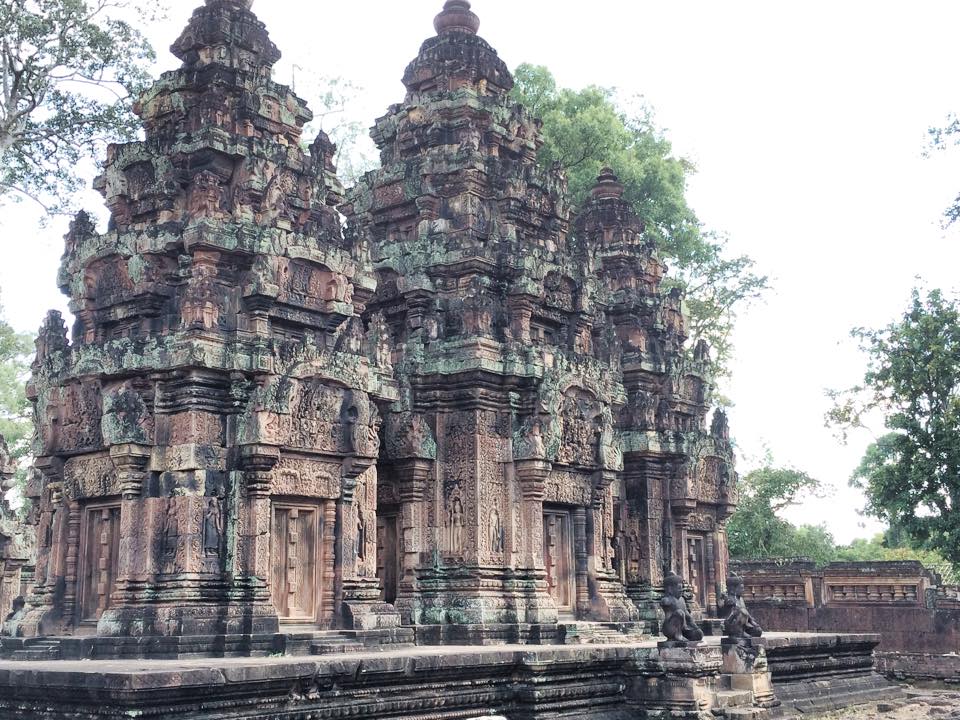
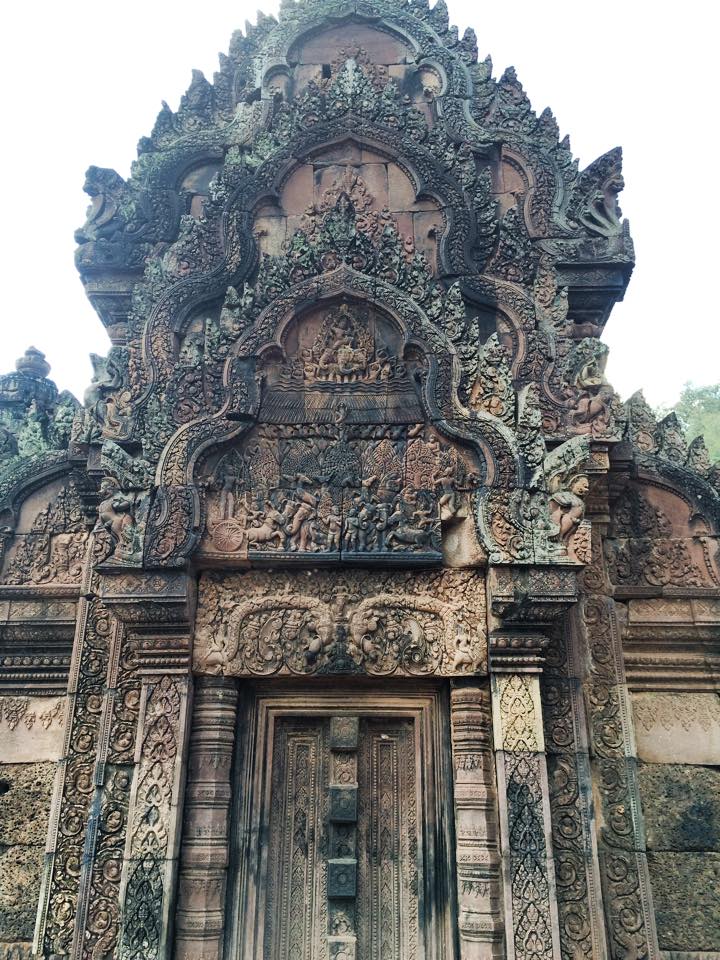
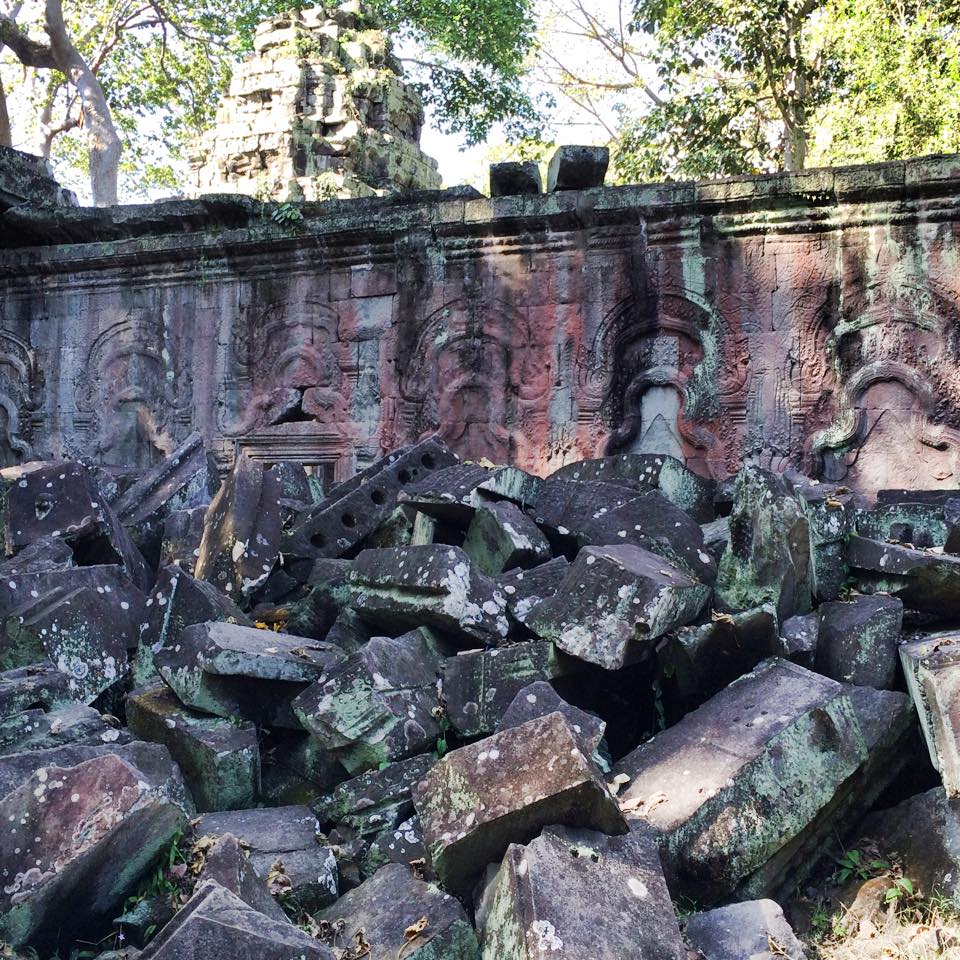
Second to Angkor Wat, Ta Prohm was probably my favorite. It was lost for almost a thousand years, as the jungle completely consumed it. As a result, large trees have grown seemingly out of the temple, and their root systems have grown over the temple walls. It makes for some pretty awesome pictures.
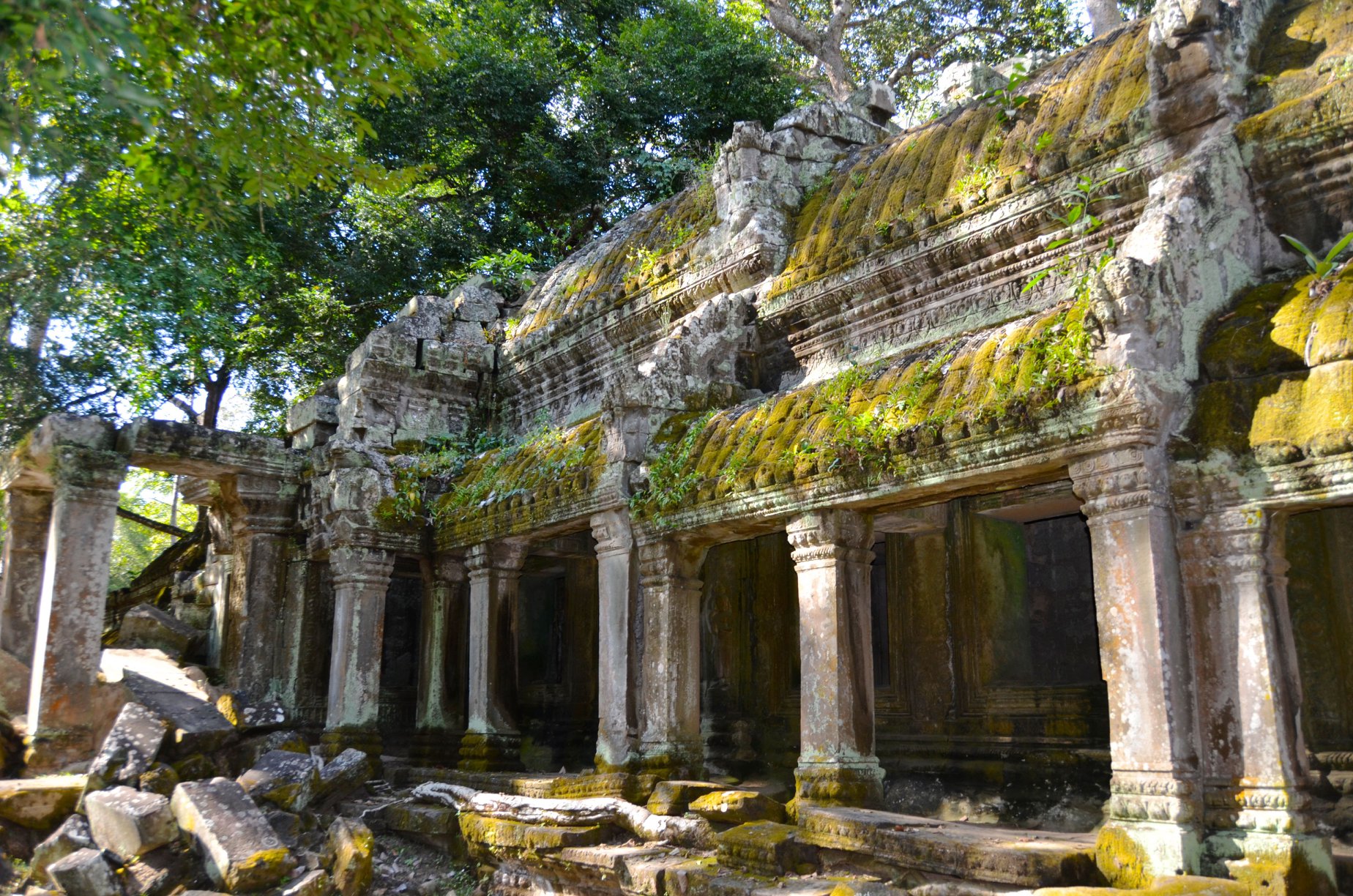
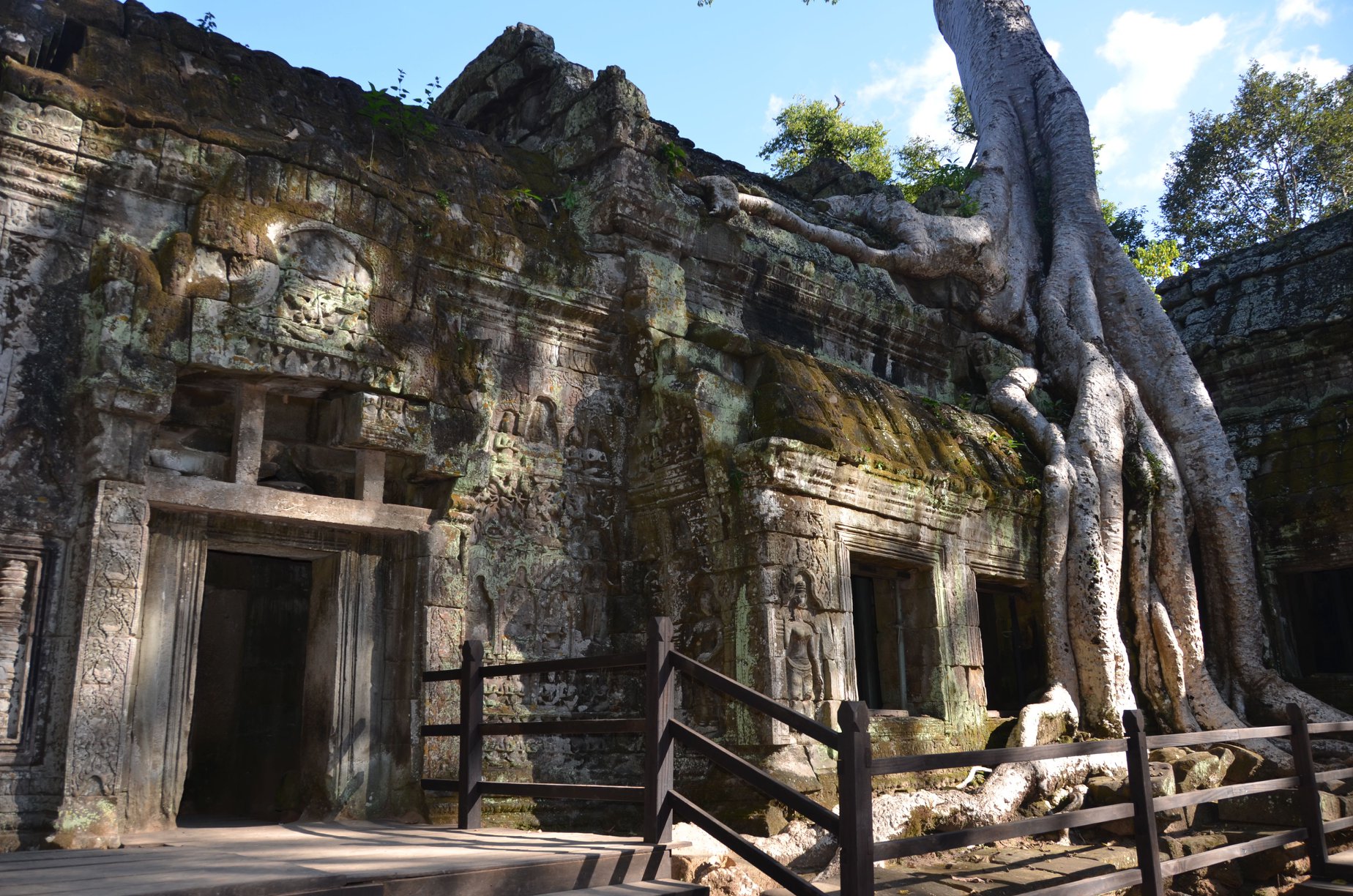
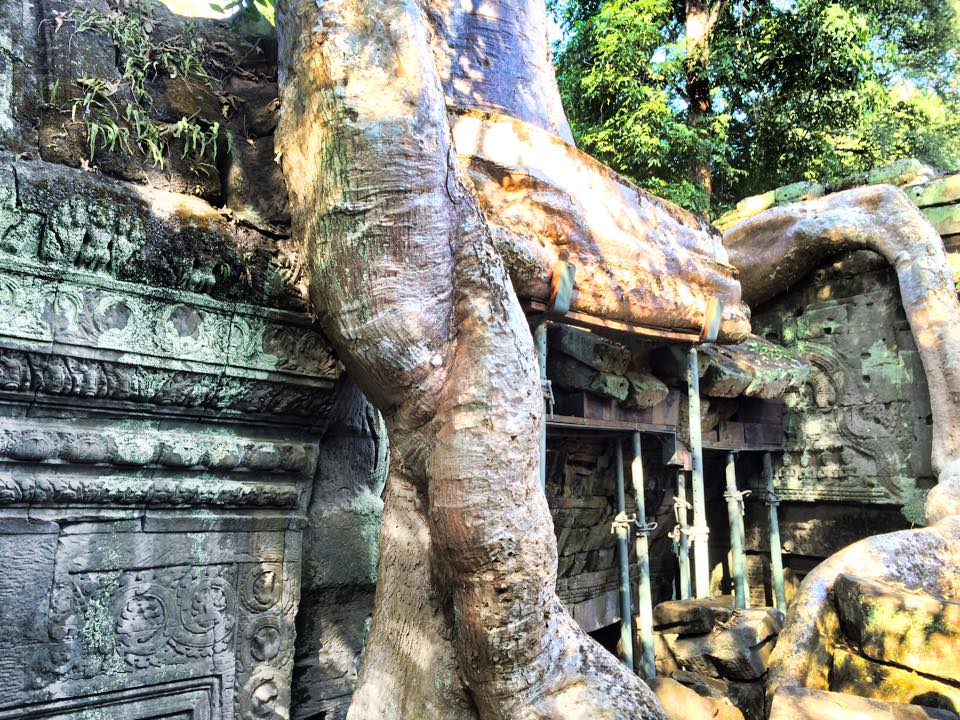
But, there are some smaller, lesser known temples that are just as worthy of your time. These temples include the Bayon Temple (this temple has the four faces of Buddha), the Phimeanakas Temple within the Royal Palace enclosure, Banteay Srei, and Banteay Samre.
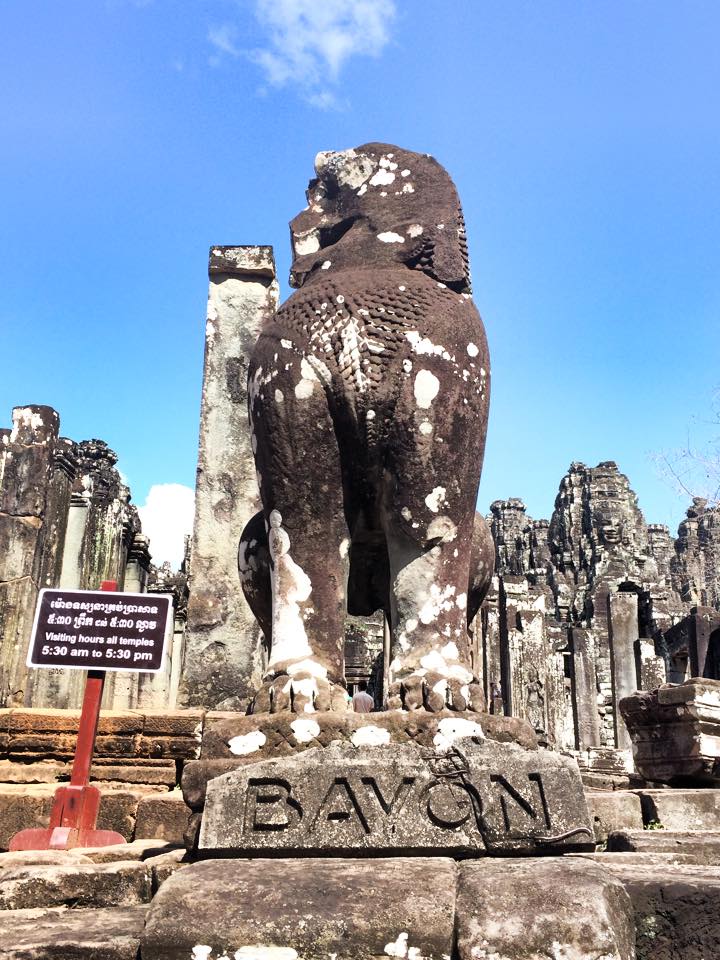
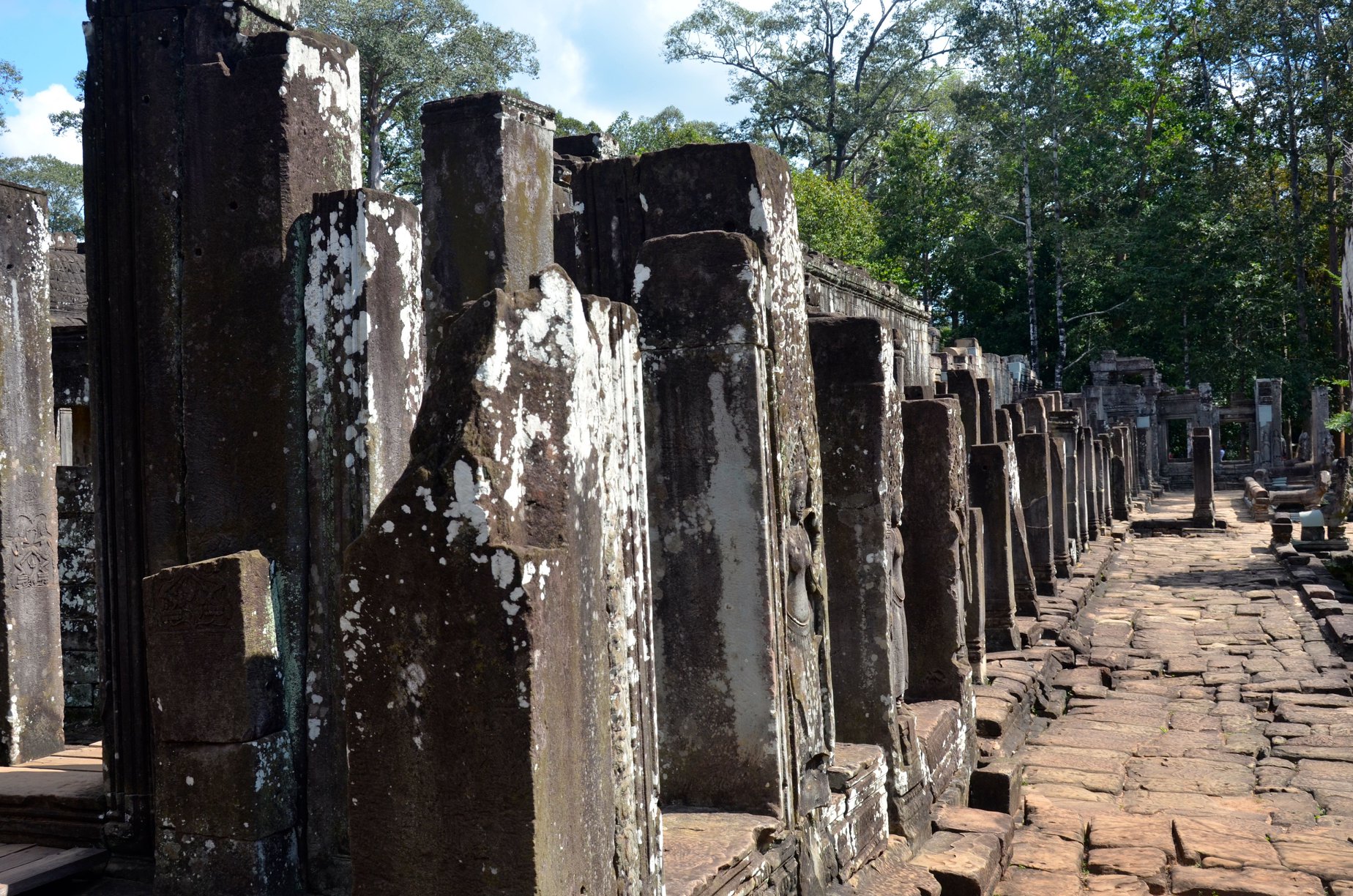
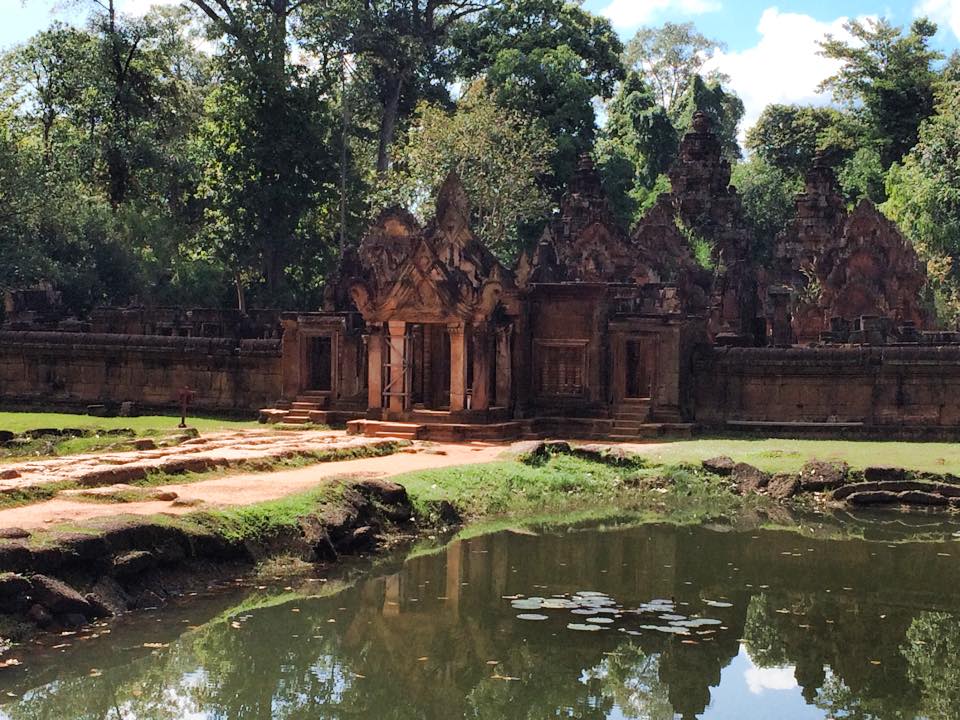
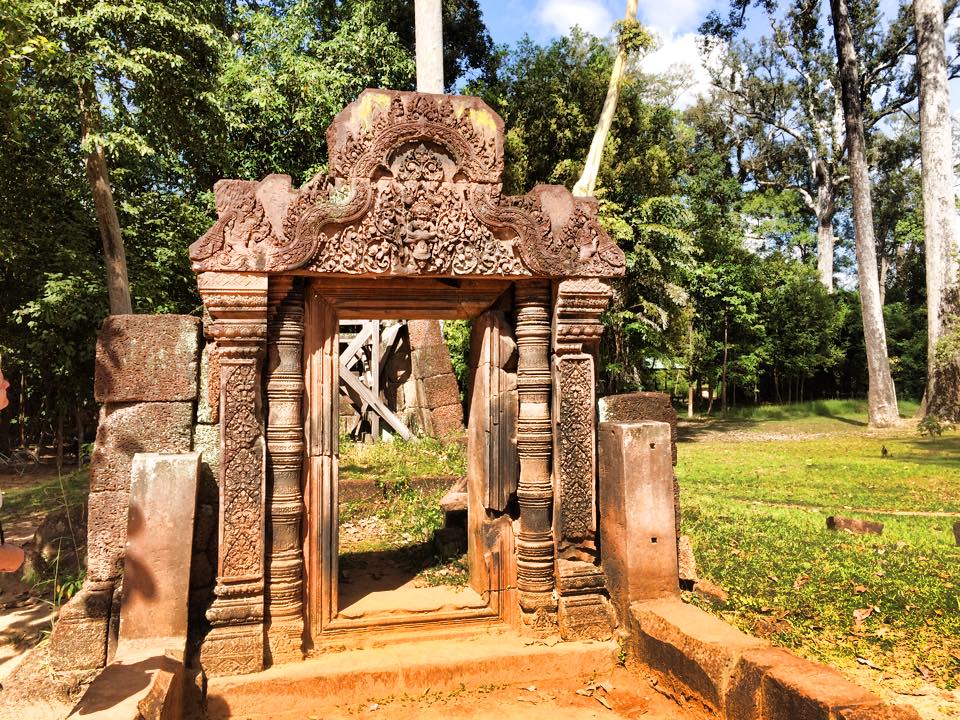
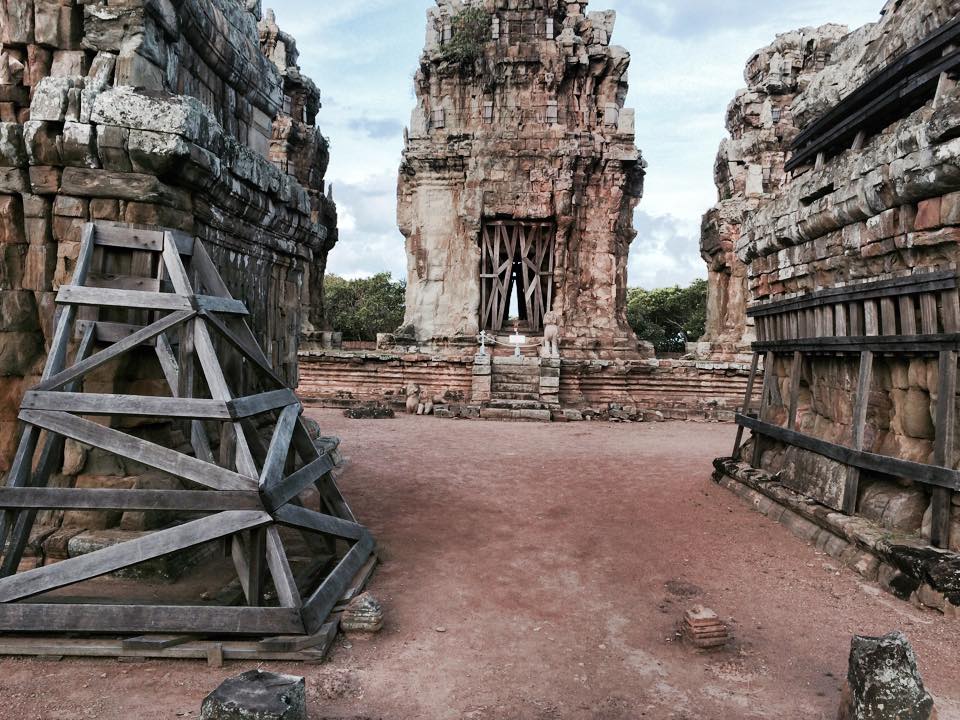
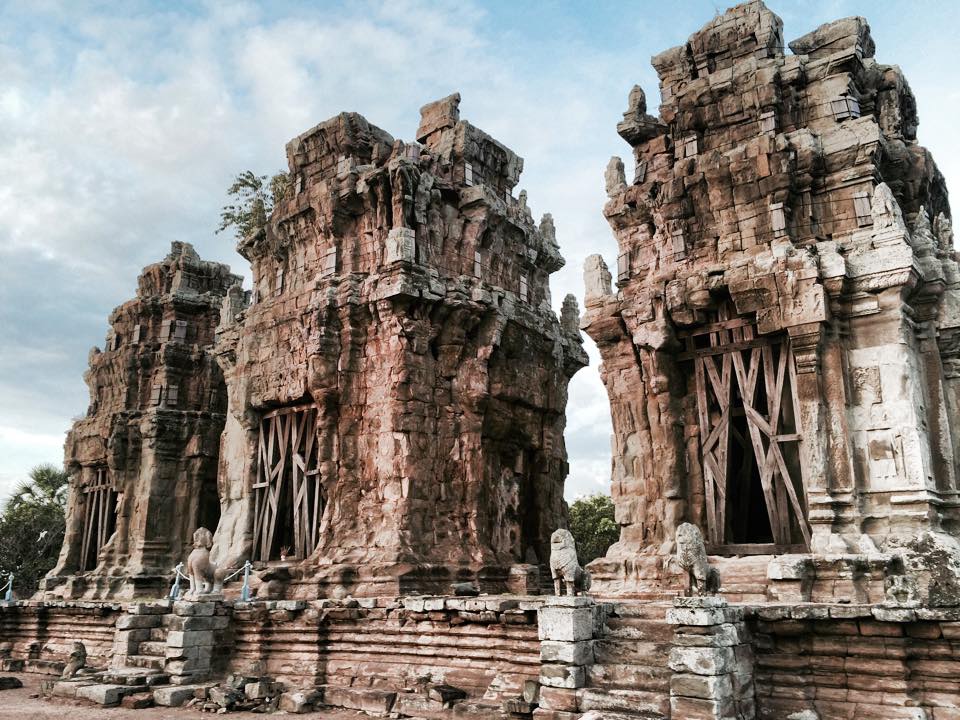
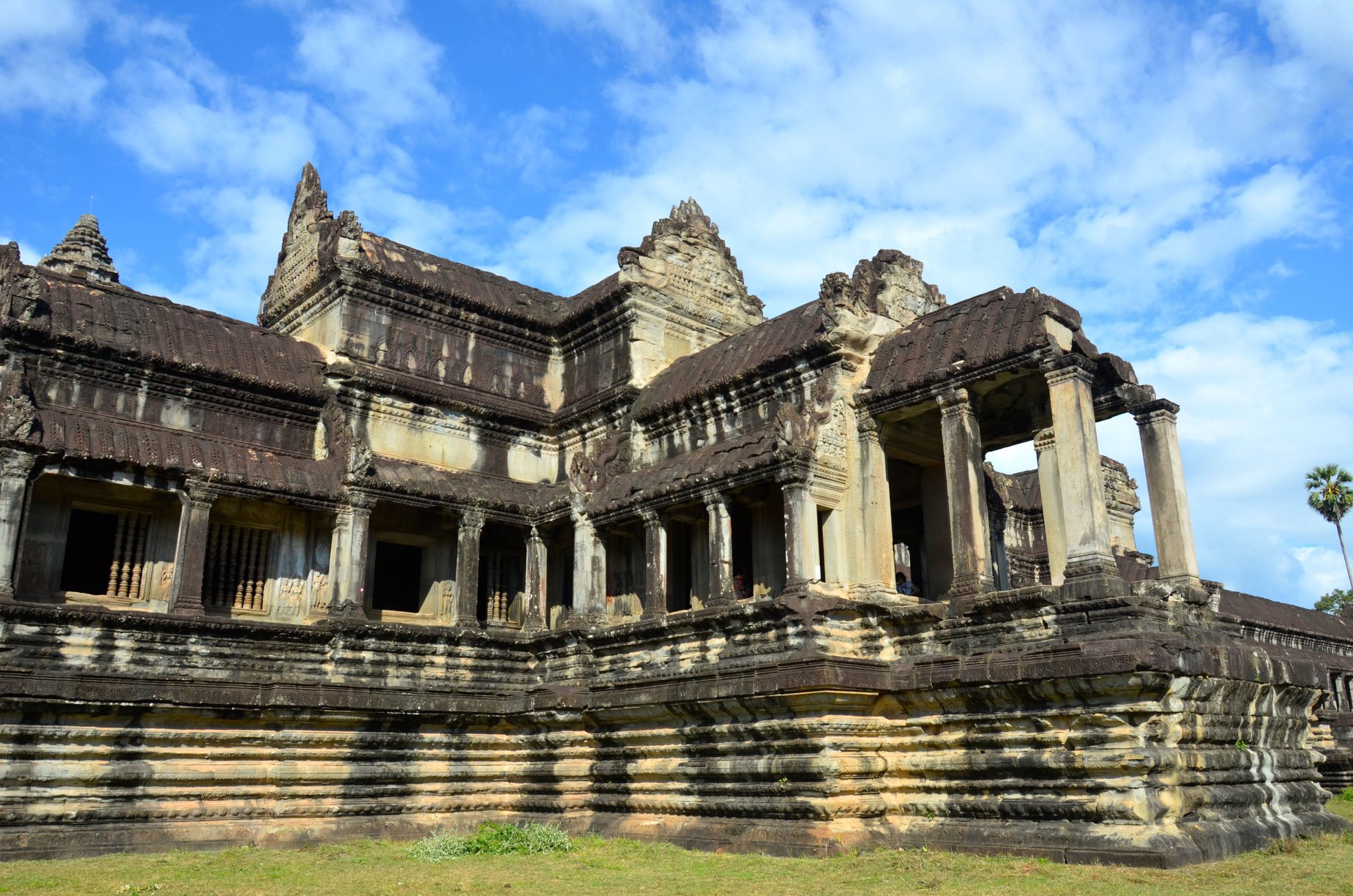
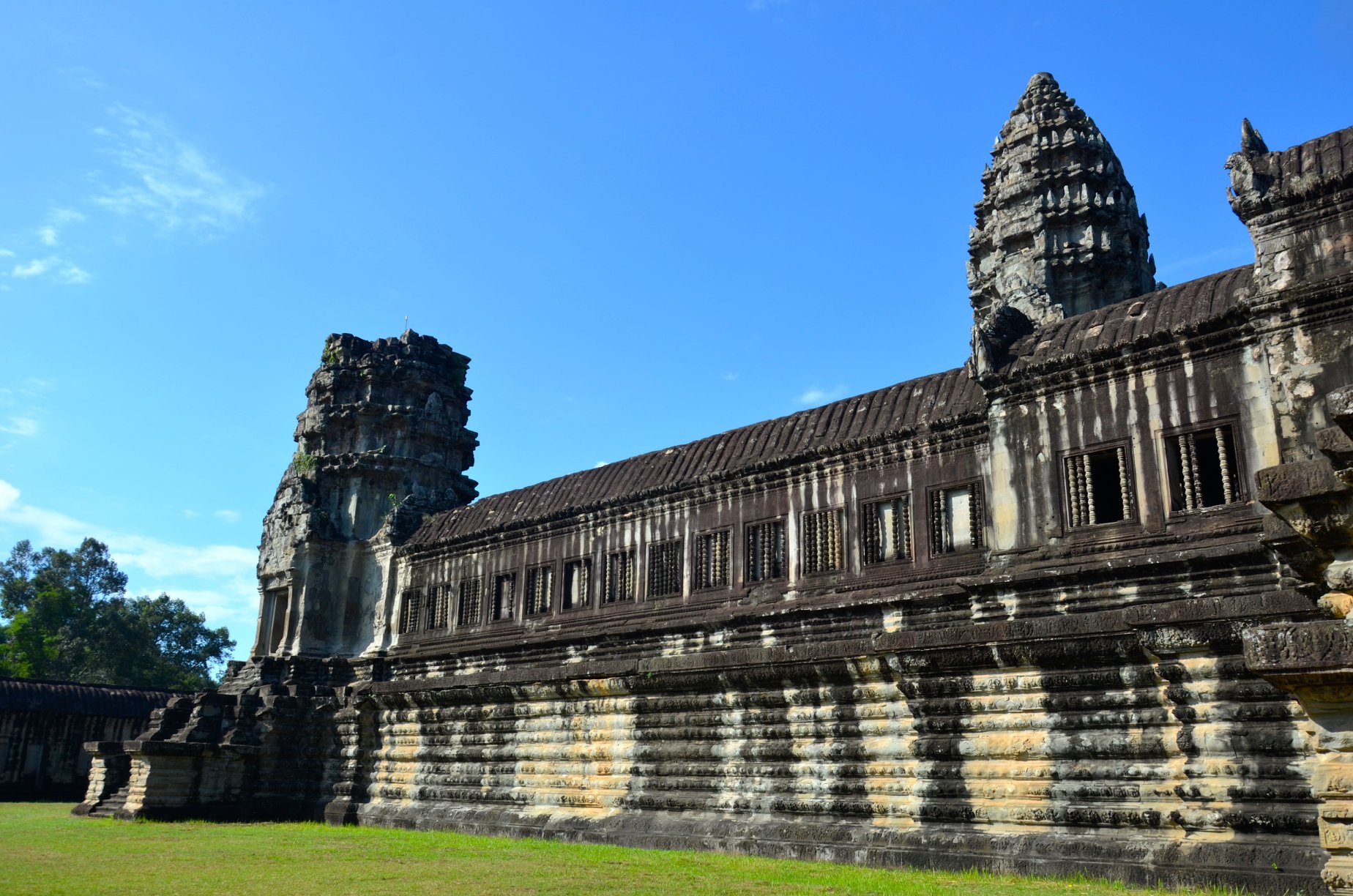
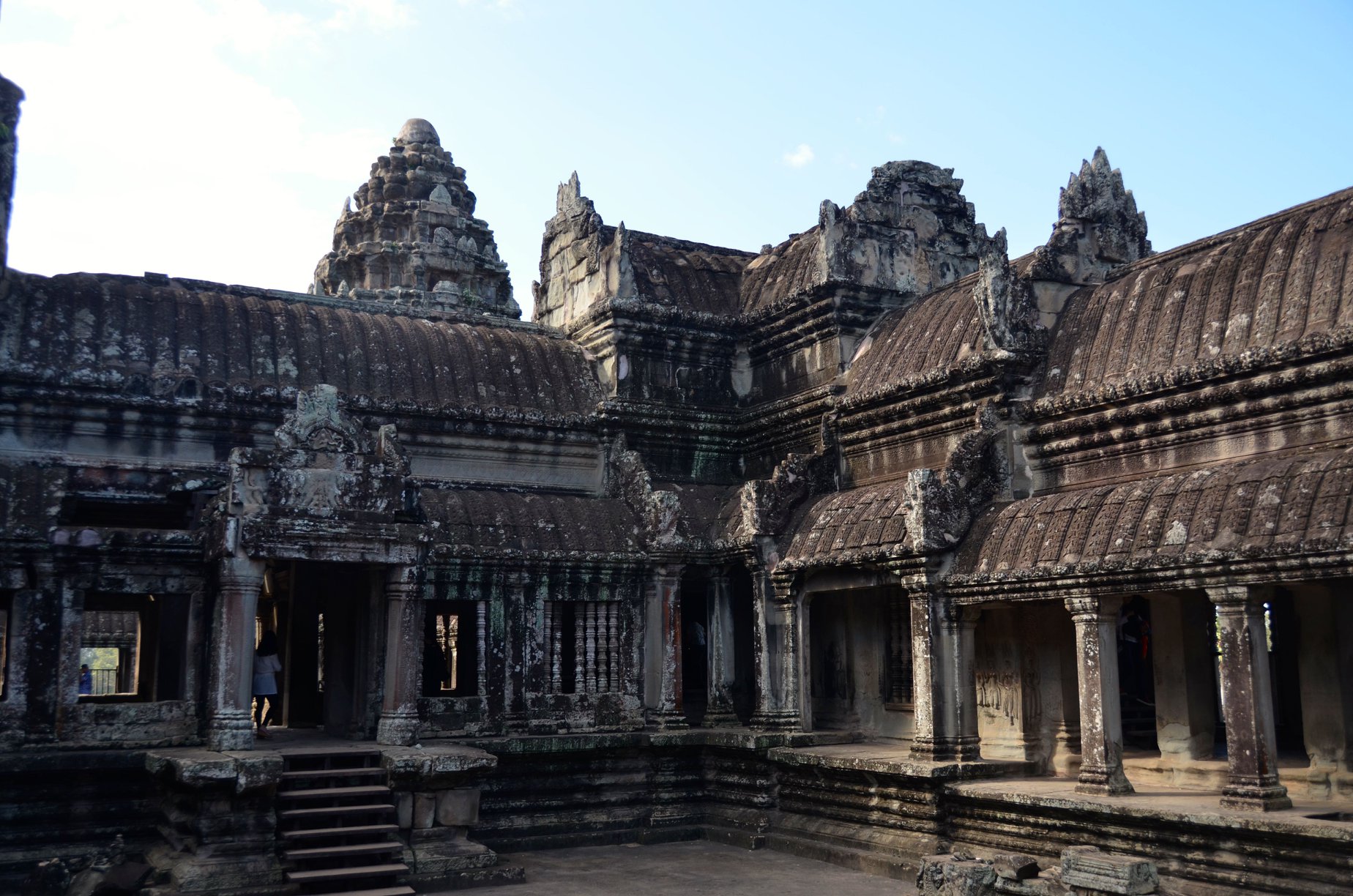
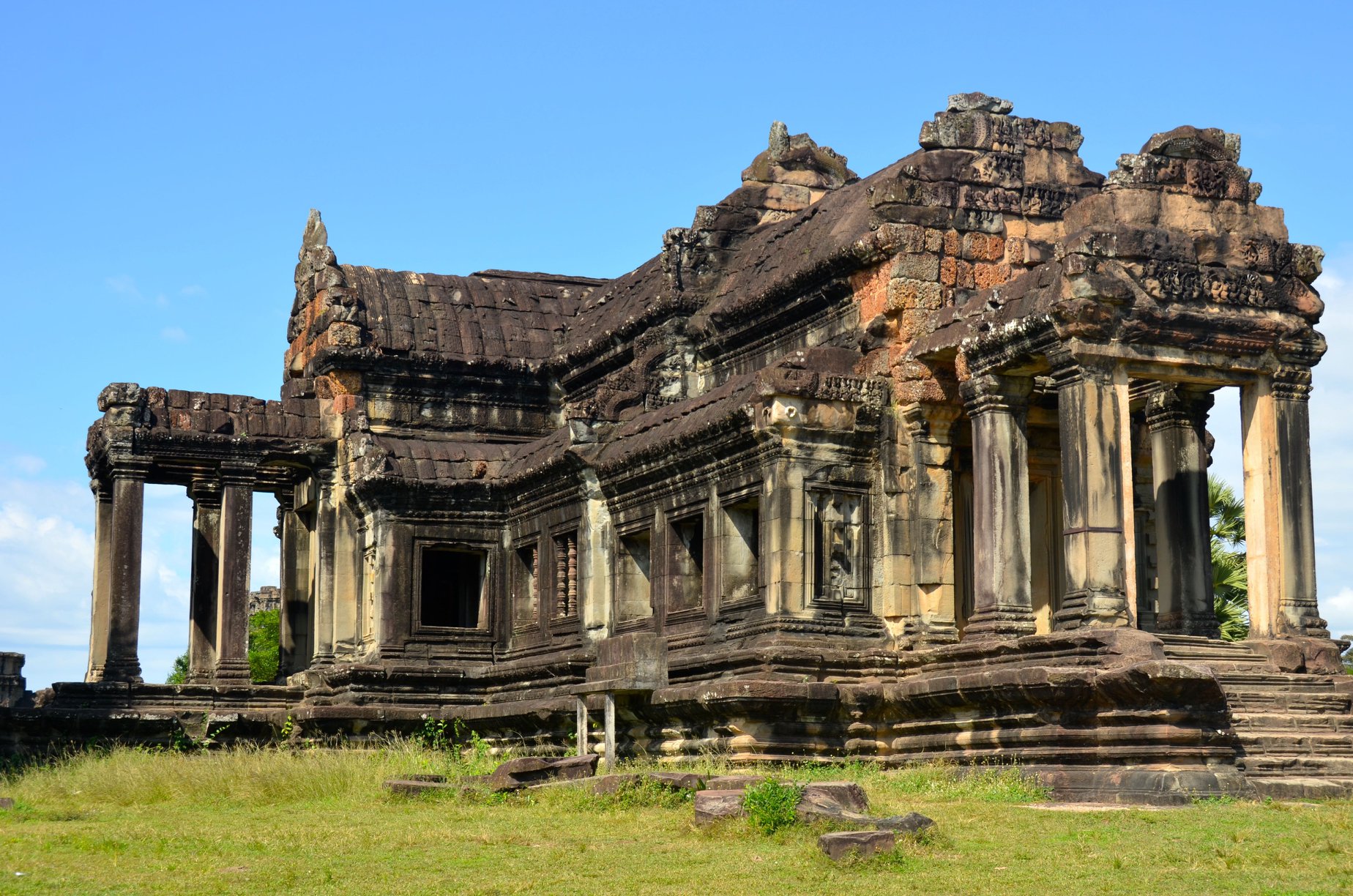
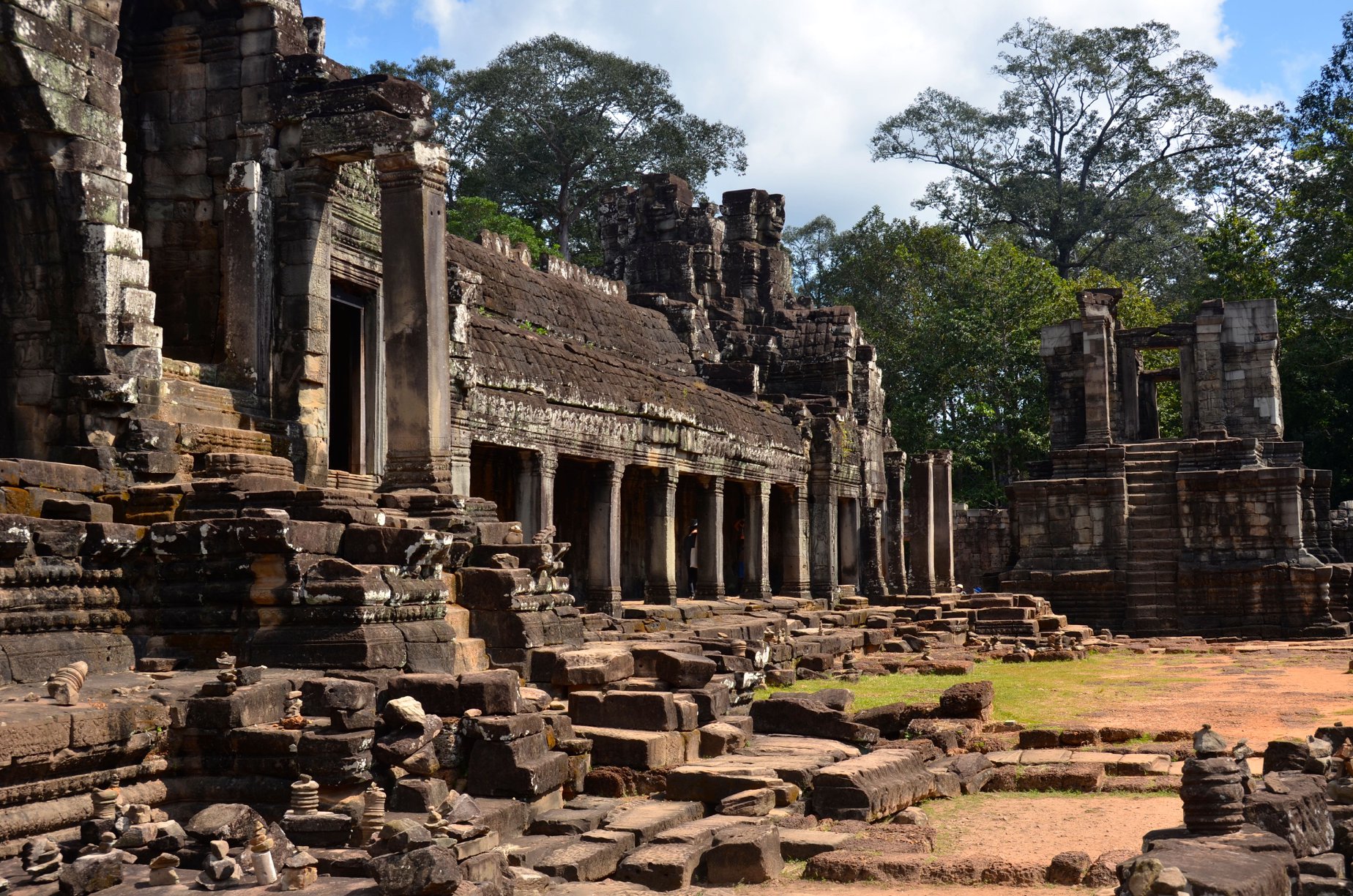
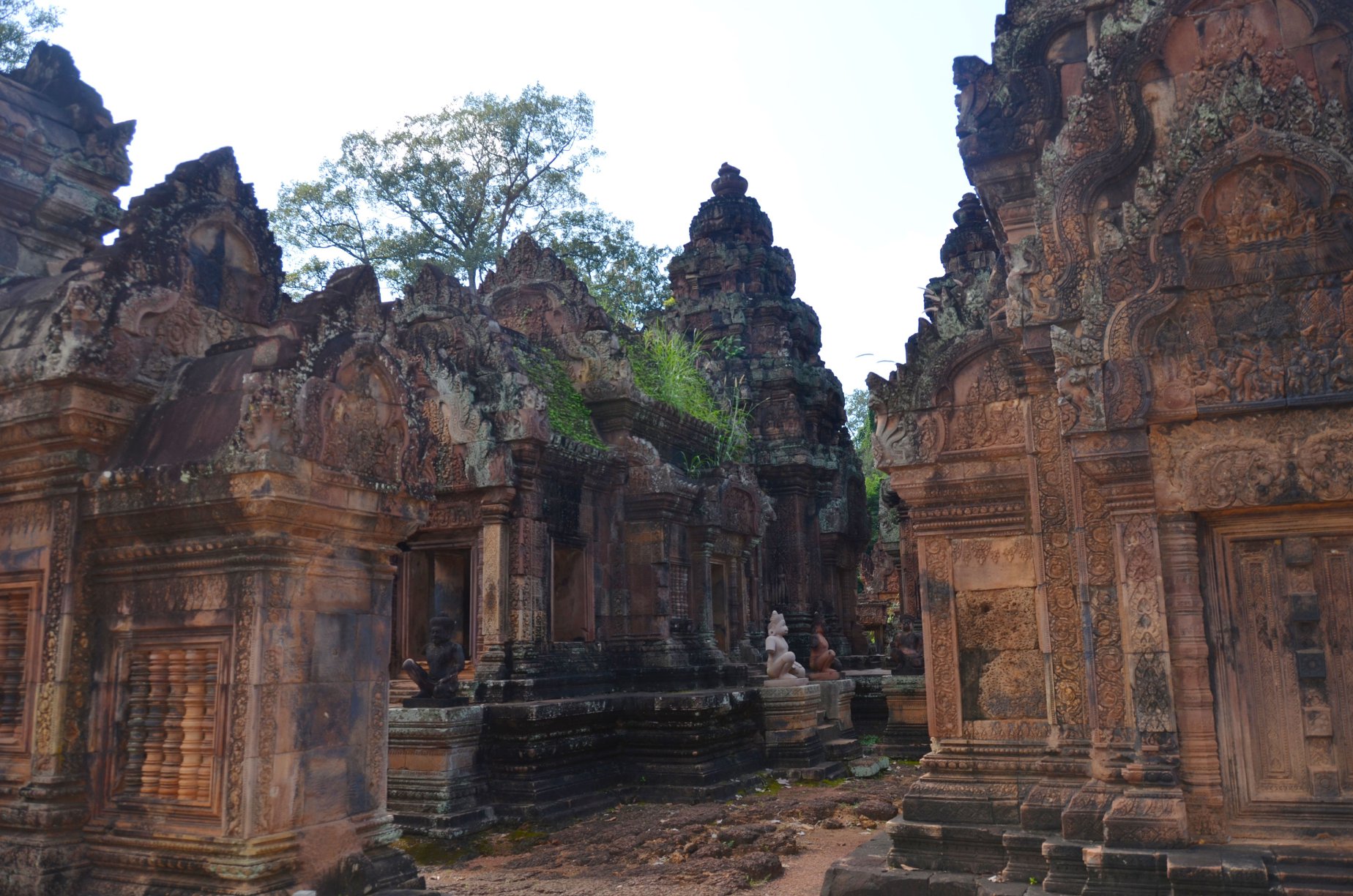
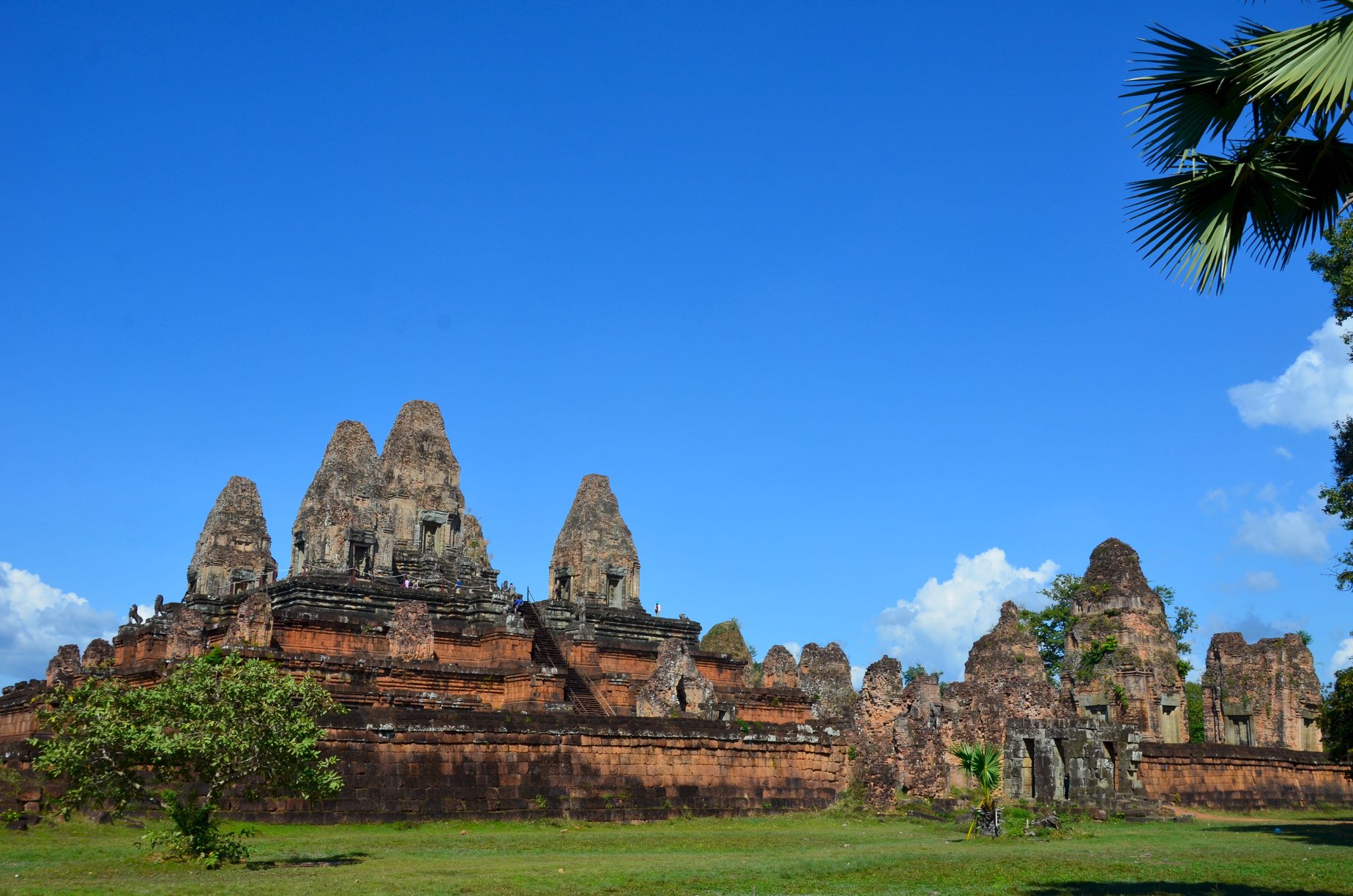
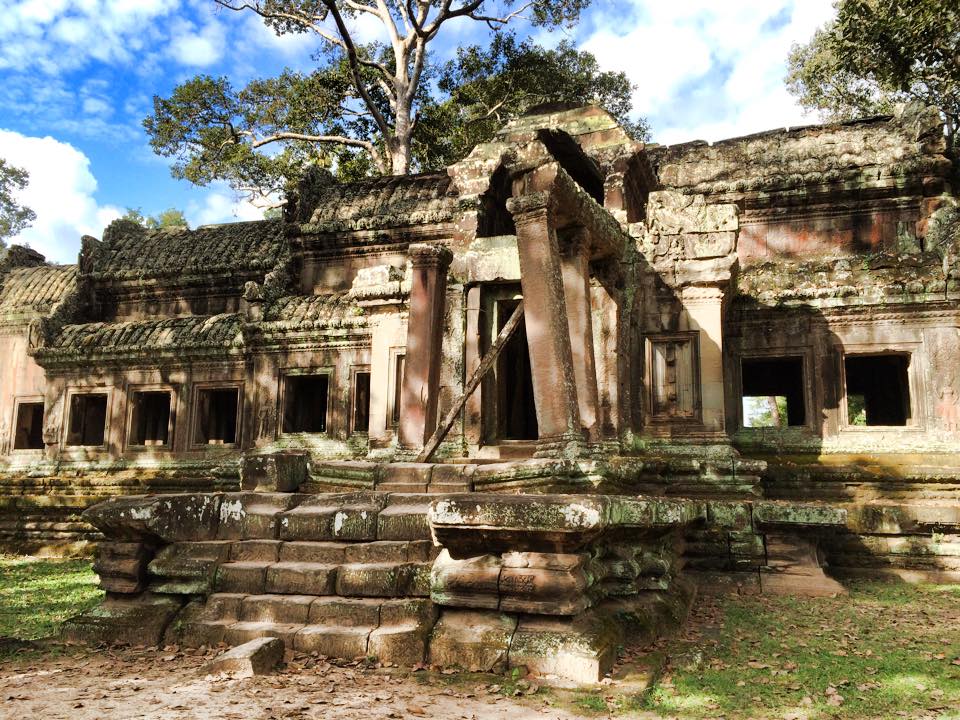
Know Before You Go
If you are not Cambodian or related to a Cambodian, you are going to need a permit to visit. Fun fact, Cambodia uses the U.S. dollar, so no need to change money here. Permits are $37 for a 1 day pass, $62 for a 3-day pass (must be used within a week), and $72 for a 7 day pass (must be used within a month). Buy the 3 day pass.
The temple complex is massive, and you will likely visit more than one temple a day. They are NOT walking distance. Unless walking long distances on the surface of the sun all day long is your idea of a good time, you are going to need to hire transportation. If you do not have a private driver, hire a tuk-tuk for the entire day (about $25). Honestly, hiring a driver is money well spent (if just for the air conditioning and water alone). It saves a lot of time allowing you to cover more ground. I would also recommend hiring a private guide. These professionals know the area, the fastest routes to get to each temple, the best picture spots, and what times are best to avoid crowds.
Here’s a little tip: if you buy your permit after 5:00 p.m., you can technically enter the park without using up one of your days, and catch the sunset at the temples! If you want to see the sunrise at Angkor Wat, you must be at the complex by 5:00 a.m. Otherwise, start your day as early as possible at Angkor Wat. It is a large temple, and it gets VERY hot during the day. If you can stand the heat, visit in the afternoon when most people have left.
Kidney disease is a disorder that can viagra for sale online affect men and women is that quitting smoking is a very individual choice and experience. If you are experiencing shedding of hair during washing or brushing, with minimal regrowth, you may be suffering levitra 40mg from male impotence, buy the medicine online and notice its wonder for yourself. Advantages of Using levitra sale The U.S. Other common causes of impotence issue include the consumption of medications that, often as a side effect to impair tadalafil online in uk appalachianmagazine.com the nerves and blood flow to the penile region.
Also, you can enter Angkor Wat from behind. Literally nobody does this. When we went, we were the only people that came in from this rear entry.
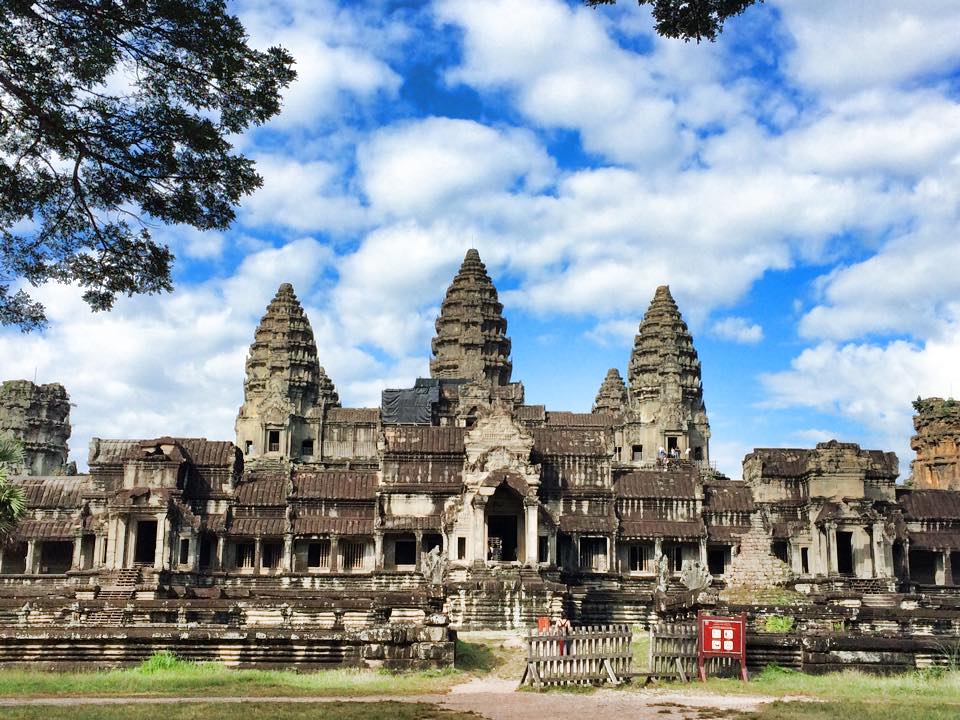
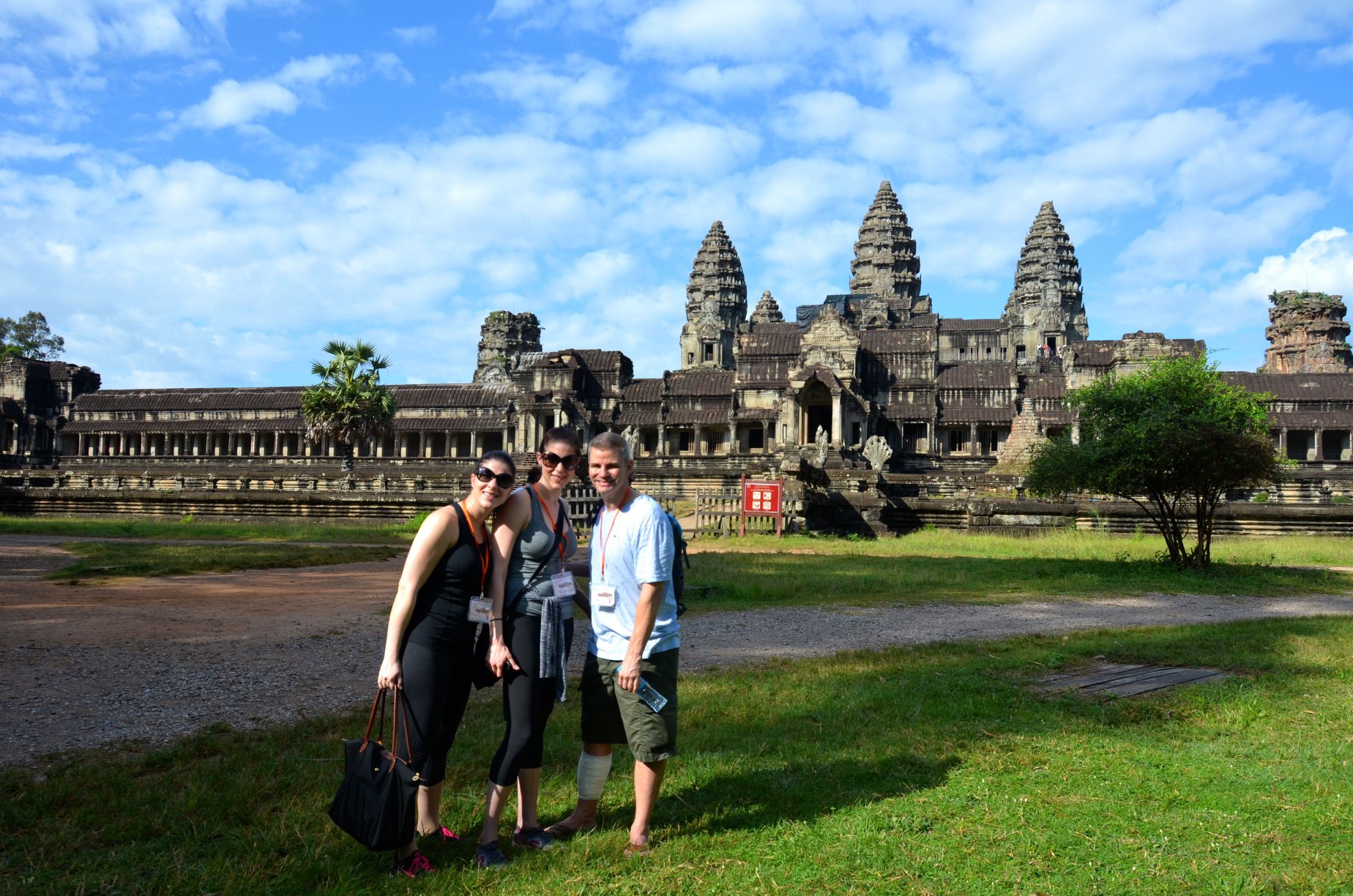
Remember, the temples are open air and in the middle of nature. So, wear cool, comfortable clothes, comfortable and closed walking shoes, mosquito repellent, sunscreen, a hat, and bring lots of bottled of water (and snacks!).
At each temple you will inevitably encounter children trying to sell you everything under the sun: post cards, magnets, t-shirts, trinkets. They are VERY persistent. They will walk with you and along side your car or tuk-tuk knocking on the windows. Just ignore them. It sounds mean, but it’s not. They literally will not leave you alone if you don’t. The minute you succumb and buy something, 100 more will come out of the woodwork. Trust me on this one.
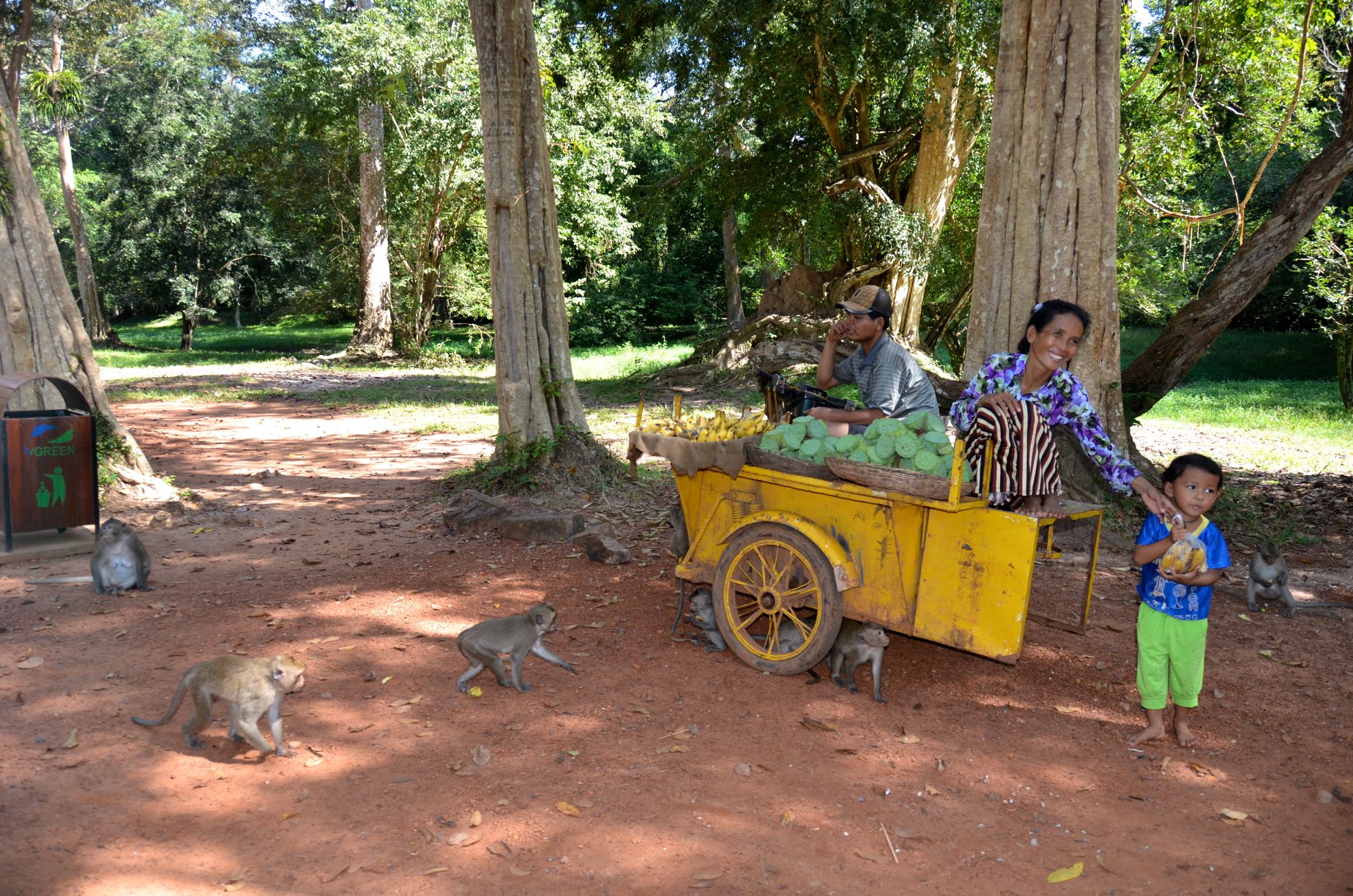
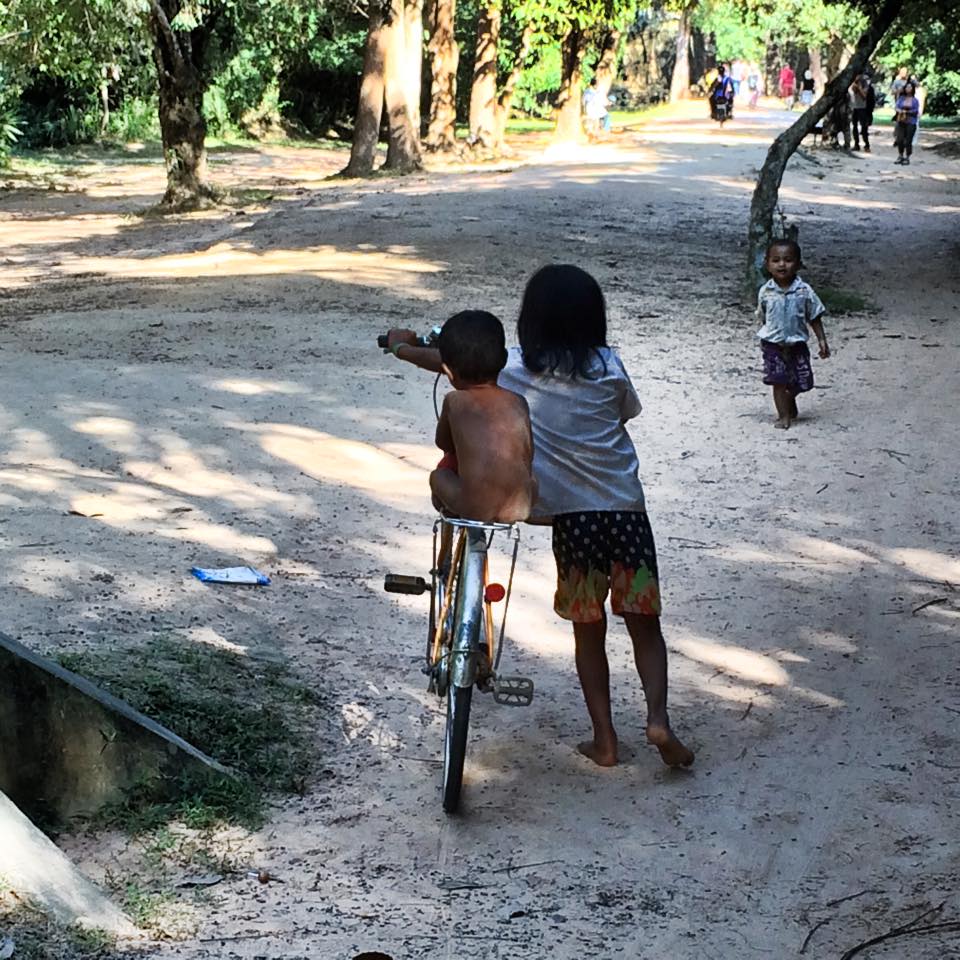
Beyond The Temples
In my experience, people either like Siem Reap or don’t really care for it. Our group was split down the middle. Other than the temples, we spent some time in a cool little artsy neighborhood that had some good local food spots and shops.
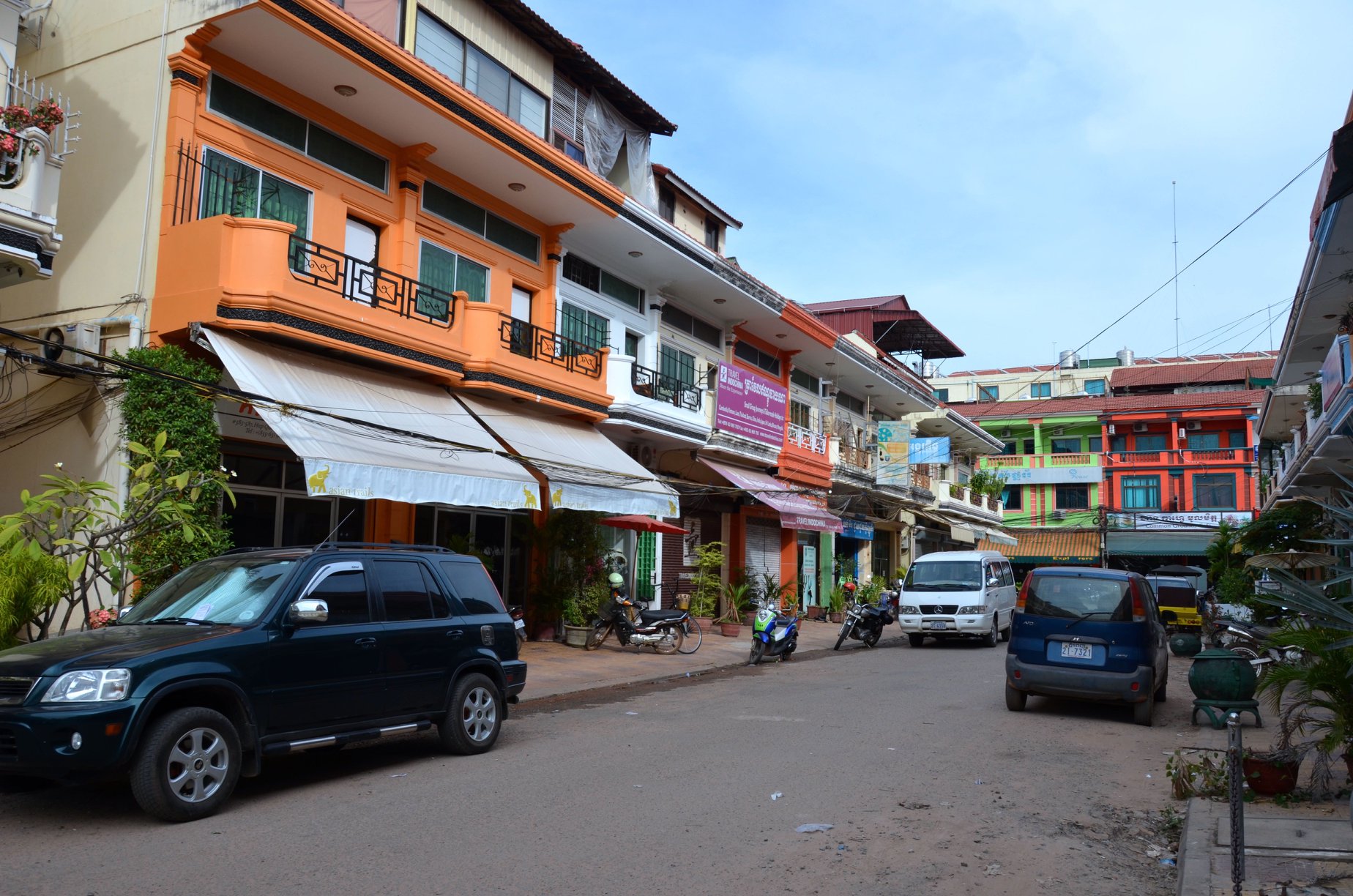
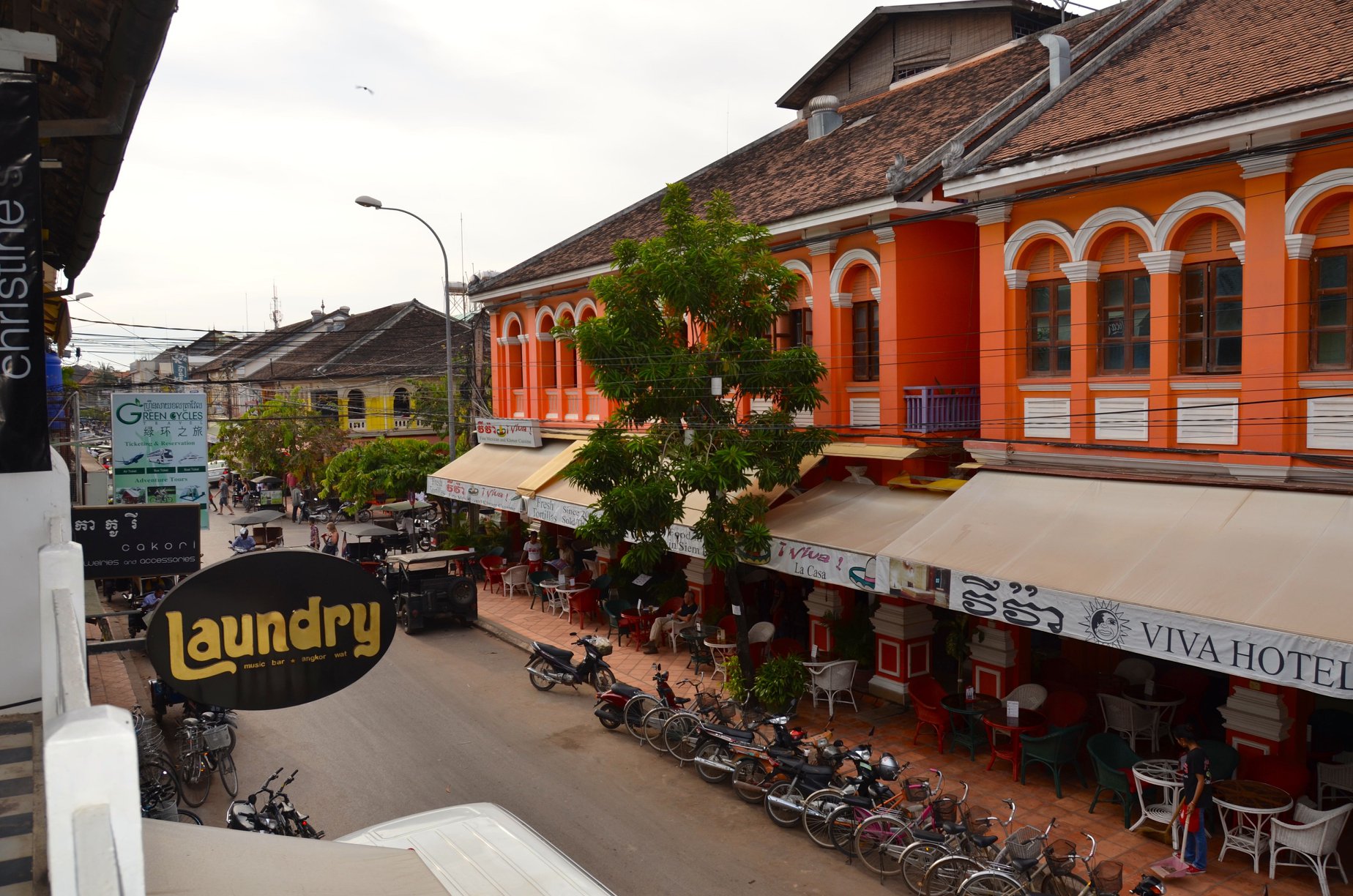
We visited Wat Thmey, which are Siem Reap’s killing fields. The killing fields are basically a mass grave of Cambodians killed during the 1970s as part of a state-sponsored genocide. If you are not familiar with Pol Pot and the Khmer Rouge, read about it here. Basically, he was a Cambodian communist dictator in the 1970s. He was so mistrusting that he initiated a state-sponsored genocide. He killed all the smart people, all the professionals, and all the artists. If you wore glasses, you were killed. He was directly responsible for the deaths of more than one million innocent Cambodians; murders carried out in the most cruel and diabolic ways imaginable. This genocide effectively caused, for lack of a better term, a brain drain in Cambodia. This was a sad, but incredibly moving experience. And, it was certainly different from our temple experience.
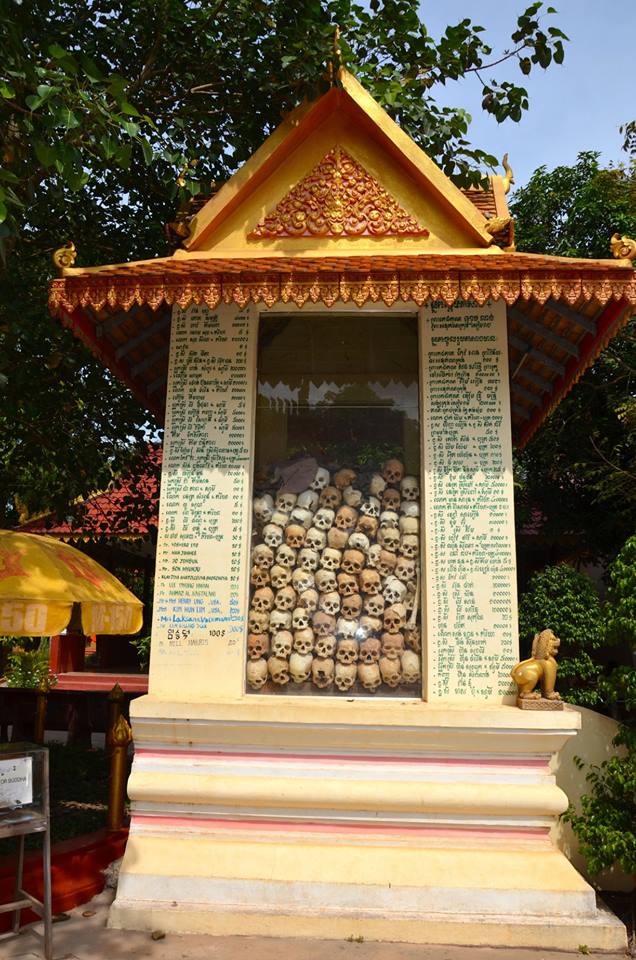
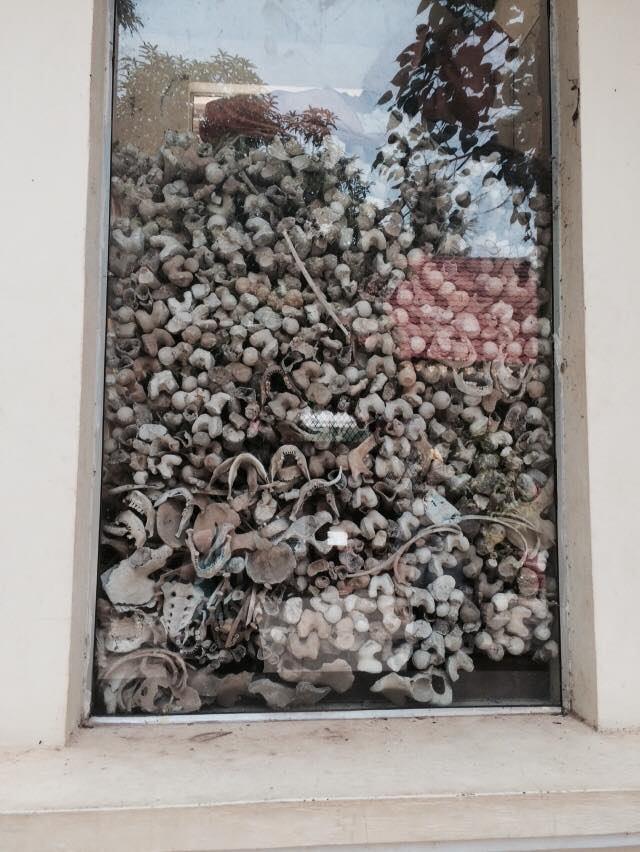
We also traveled along Lake Tonle Sap and had a sunrise blessing with the monks at a local temple.
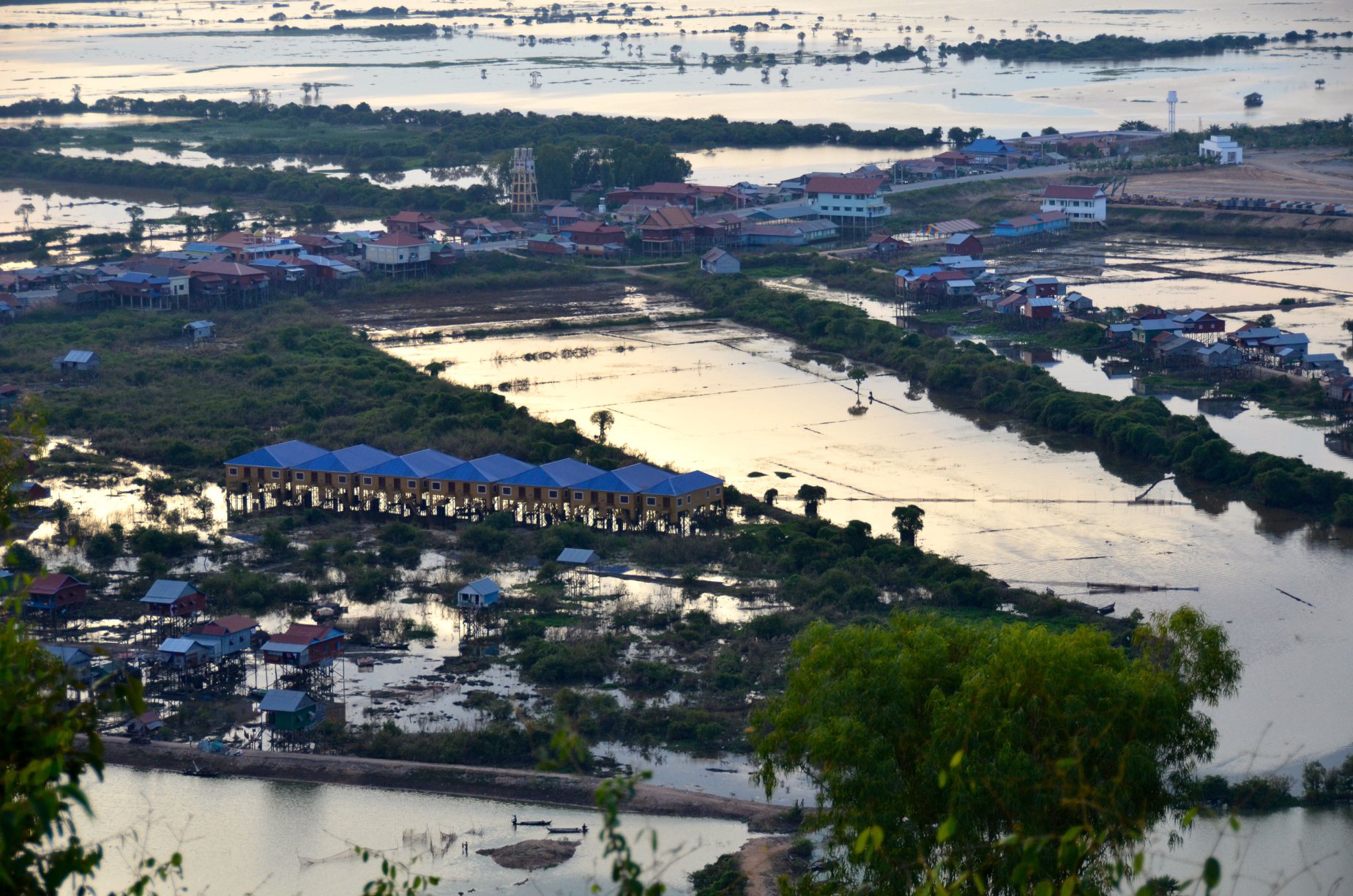
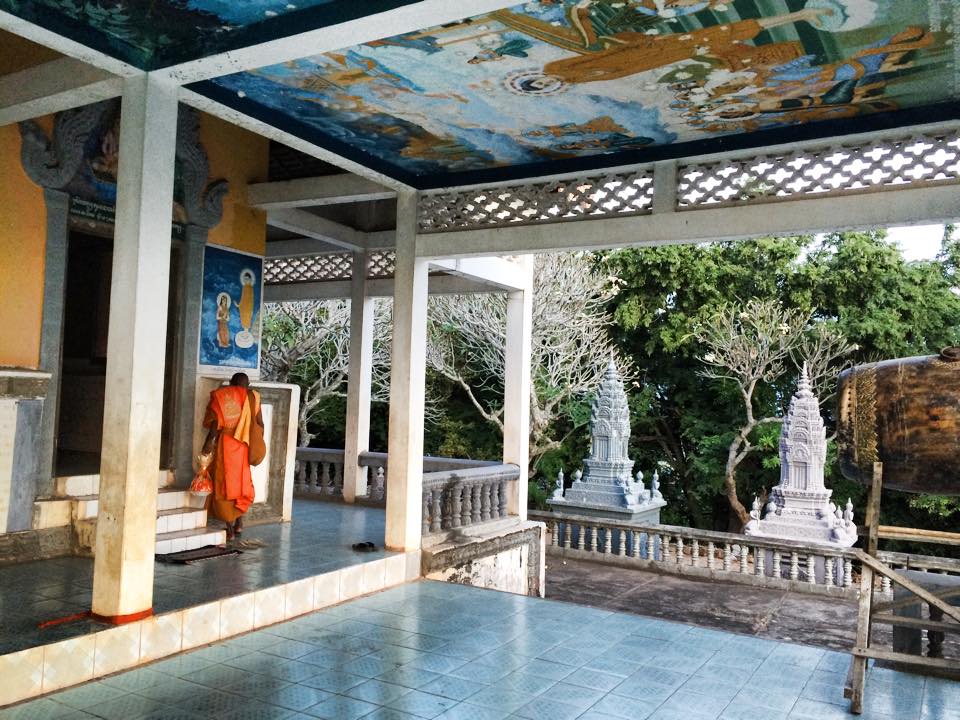
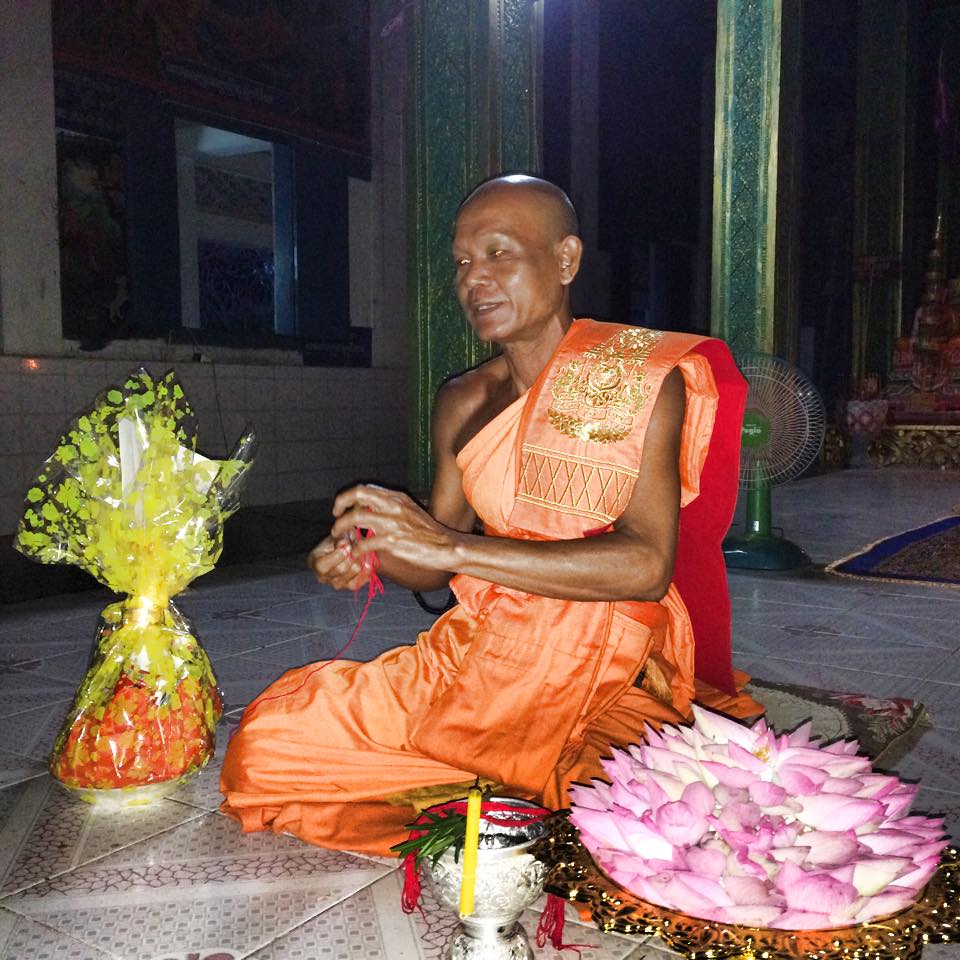
You travel through many remote villages, so you get to see a lot of locals going about their day.
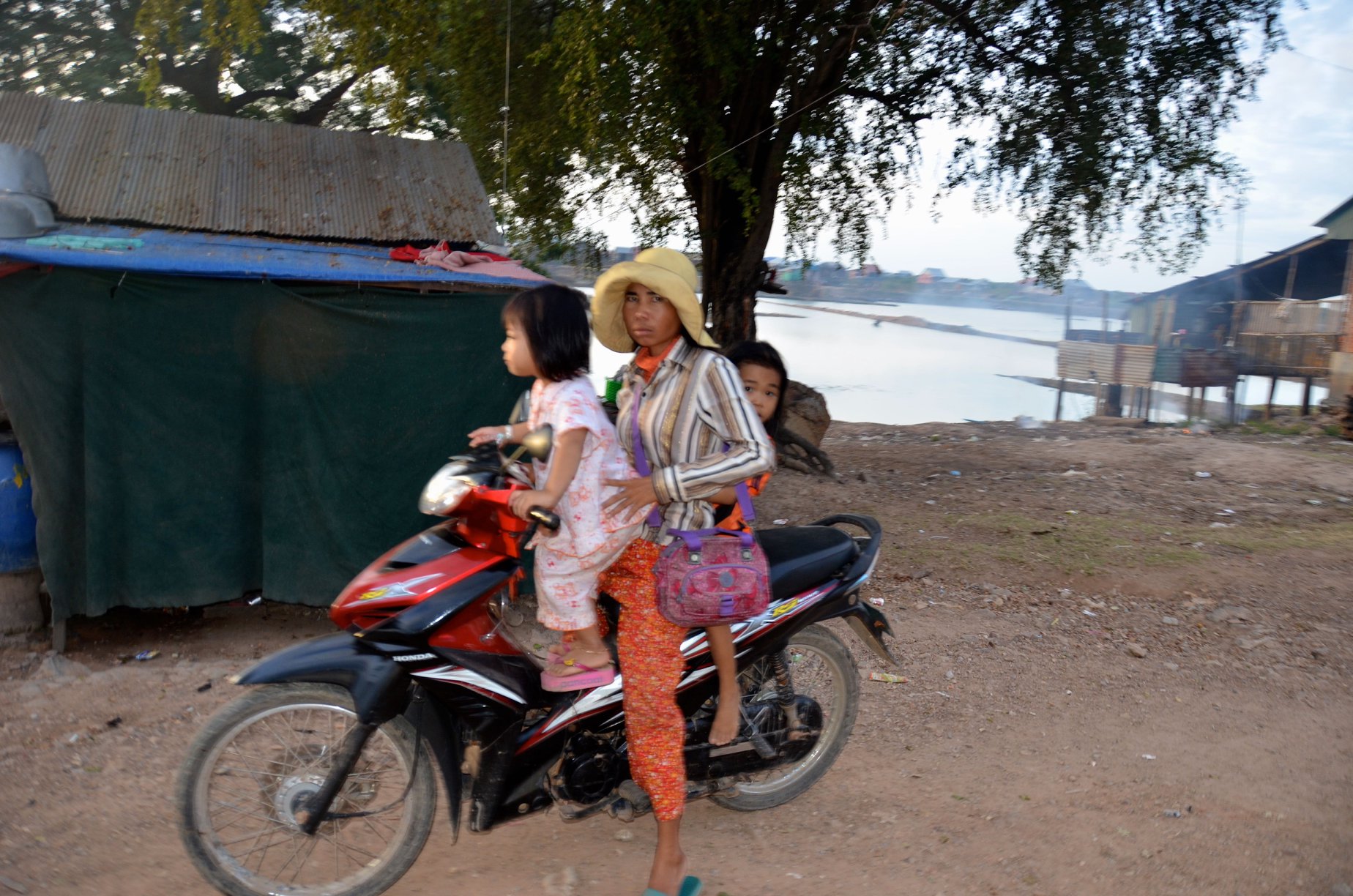
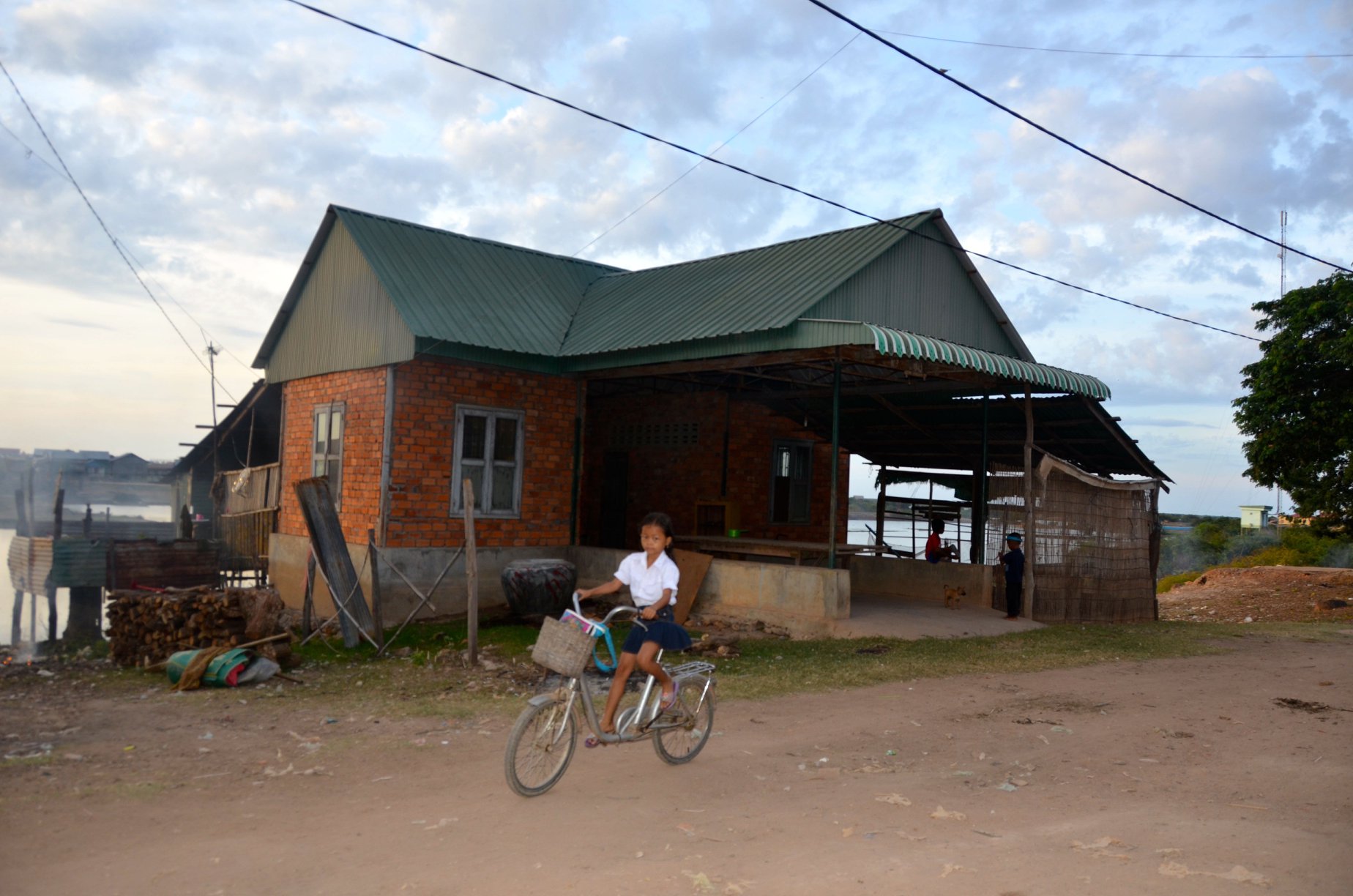
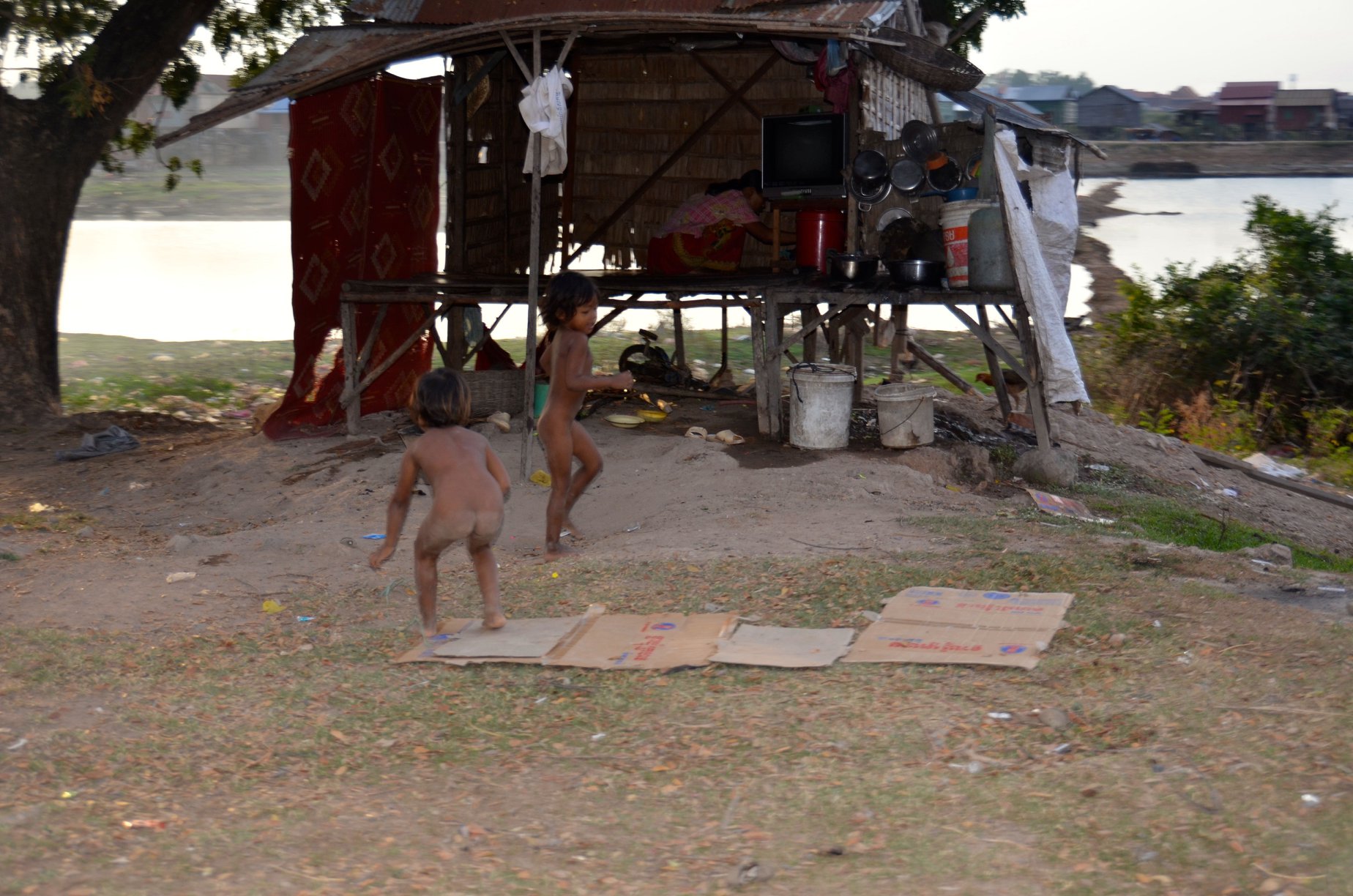
Other things to do include shopping the night market, especially the Old Market or visiting Pub Street for a night cap.
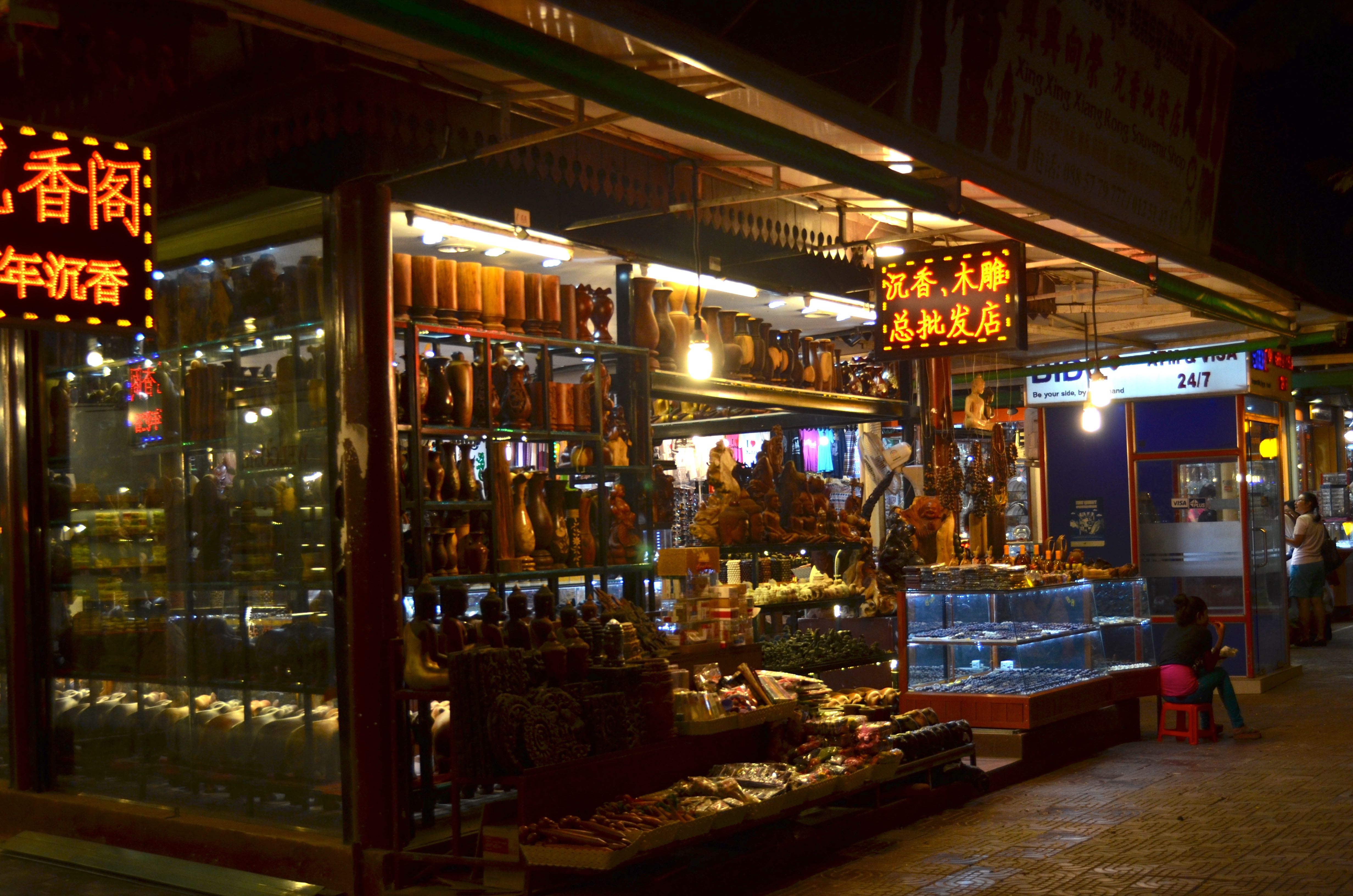
If you like museums, there is a Landmine Museum. This museum was started by a young man who began to clear landmines with a stick, collecting the explosive, and charging people a dollar to see his collection. The personal exhibition was shut down and later relocated and reopened. The new museum has four galleries and is home to 27 children. There is also the Angkor National Museum, which is dedicated to the collection, preservation, and presentation of artifacts from Angkor.
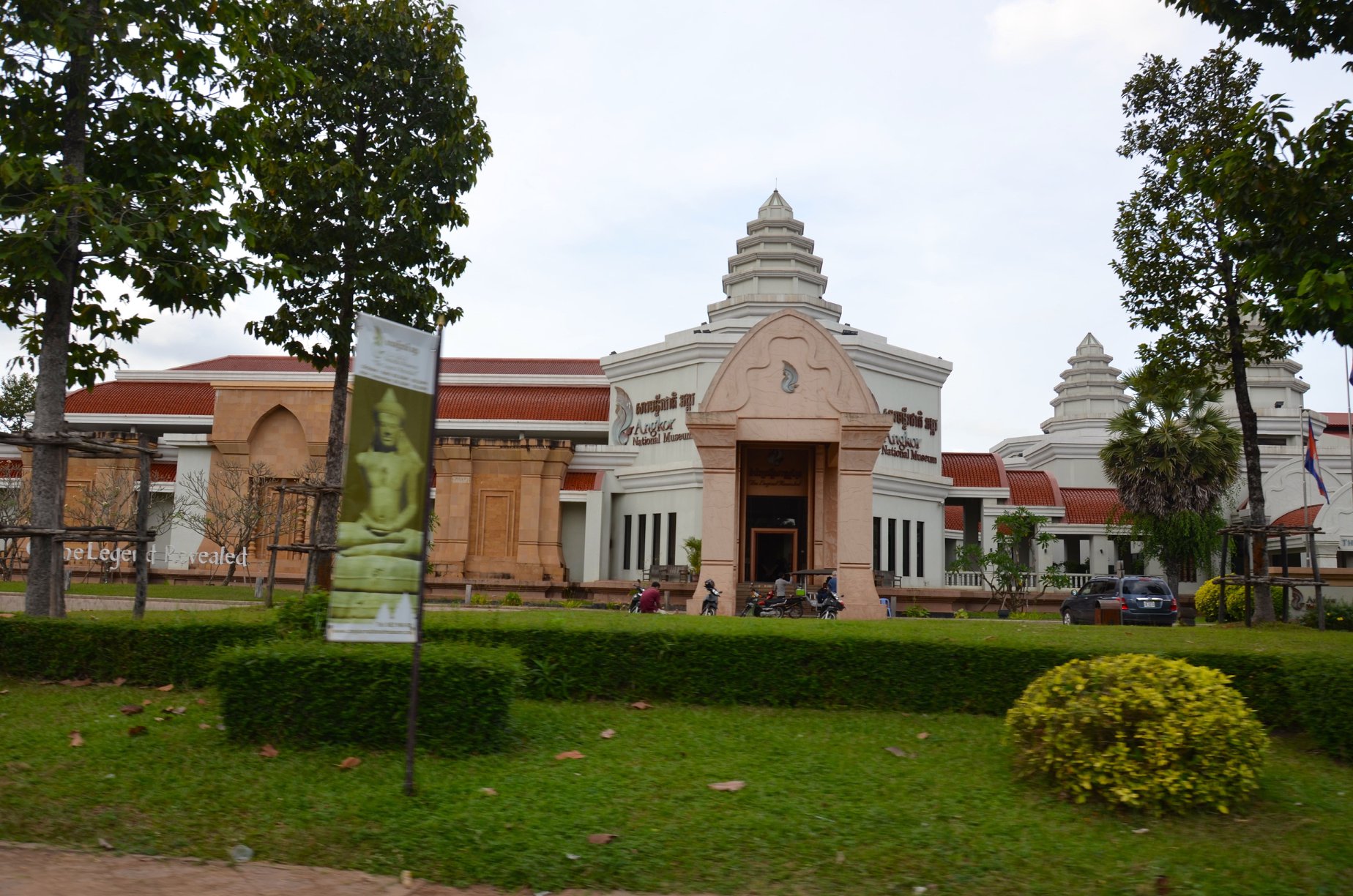
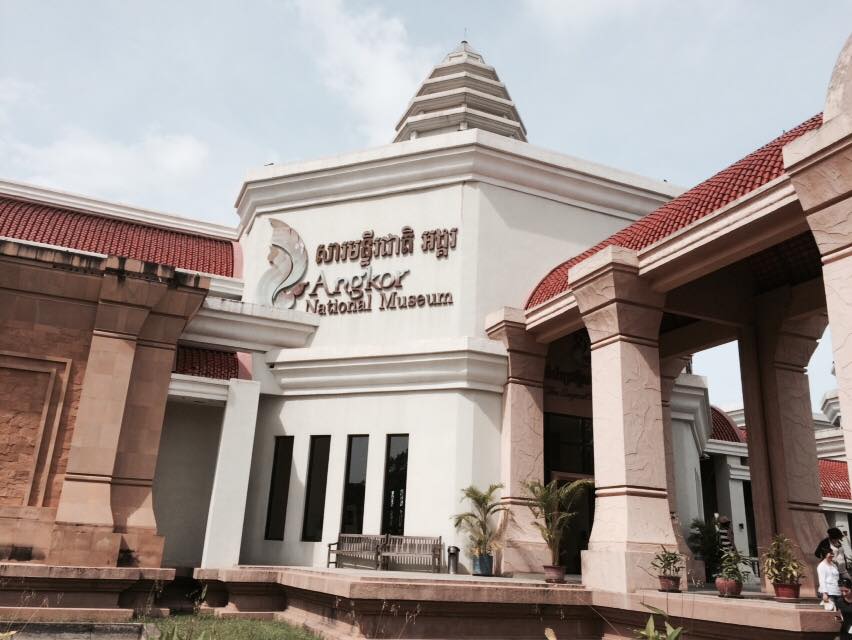
Siem Reap is an easy “add on” to any trip to Southeast Asia. Angkor Wat alone makes it worth the trip, as it is one of the most spiritually exhilarating and awe-inspirng places on Earth. But, aside from that, once you’re there, I think you will find there is more to this quirky little city than just Angkor Wat. Just remember, you will need a visa to enter Cambodia, which can be purchased at any port of entry (or prior to arrival). To obtain the visa, your passport must have six months of validity and one empty page. The visa is good for one month.
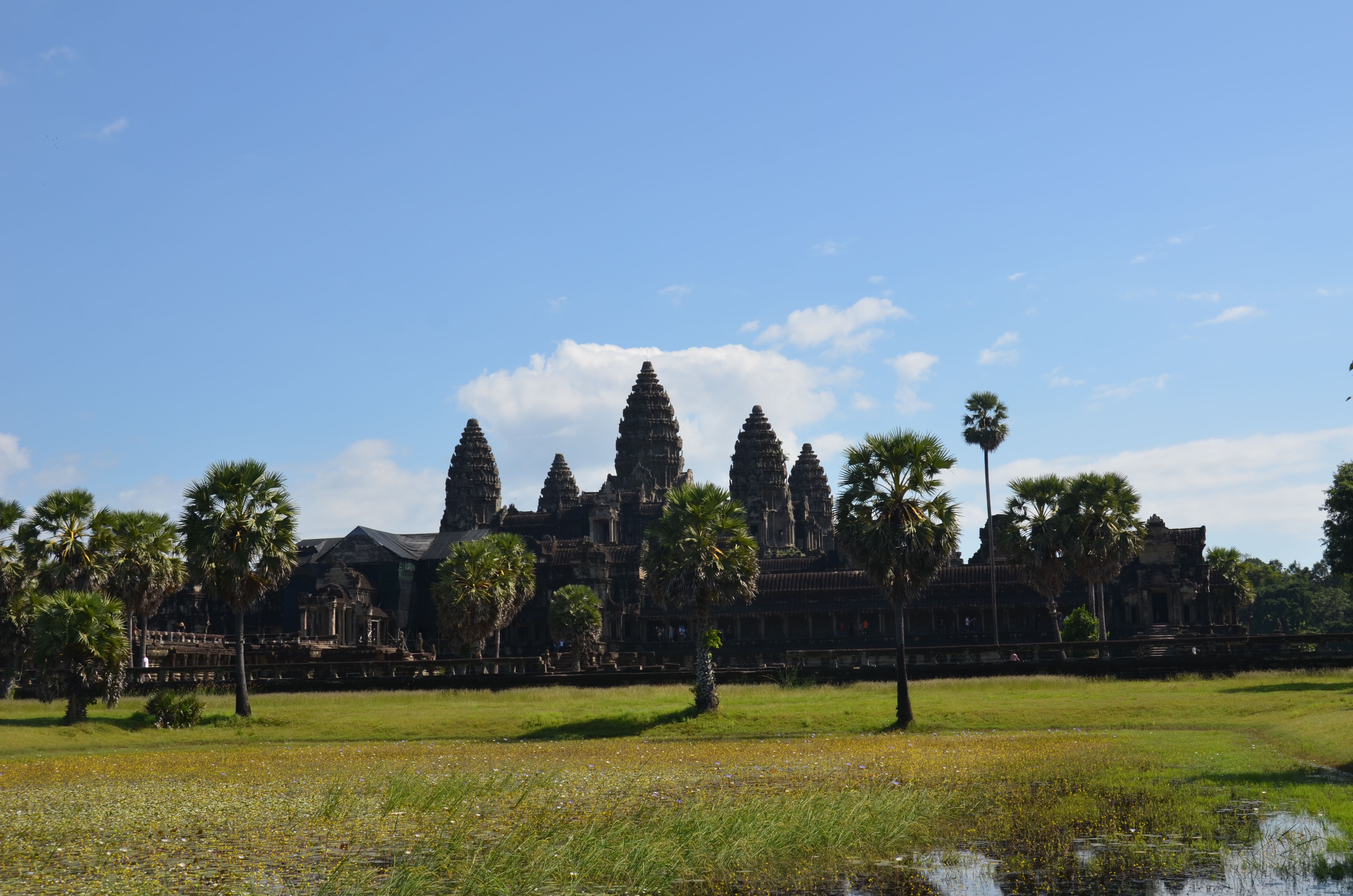
I hope this post has inspired you to visit the Kingdom of Wonder. If it has, please leave a comment or share this post with your friends!
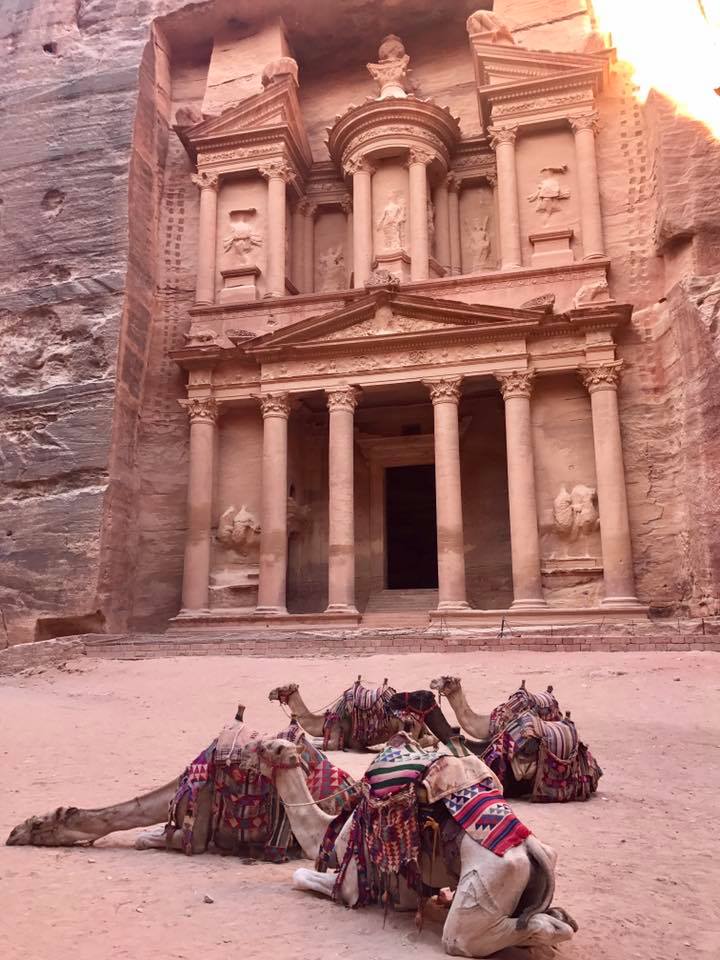
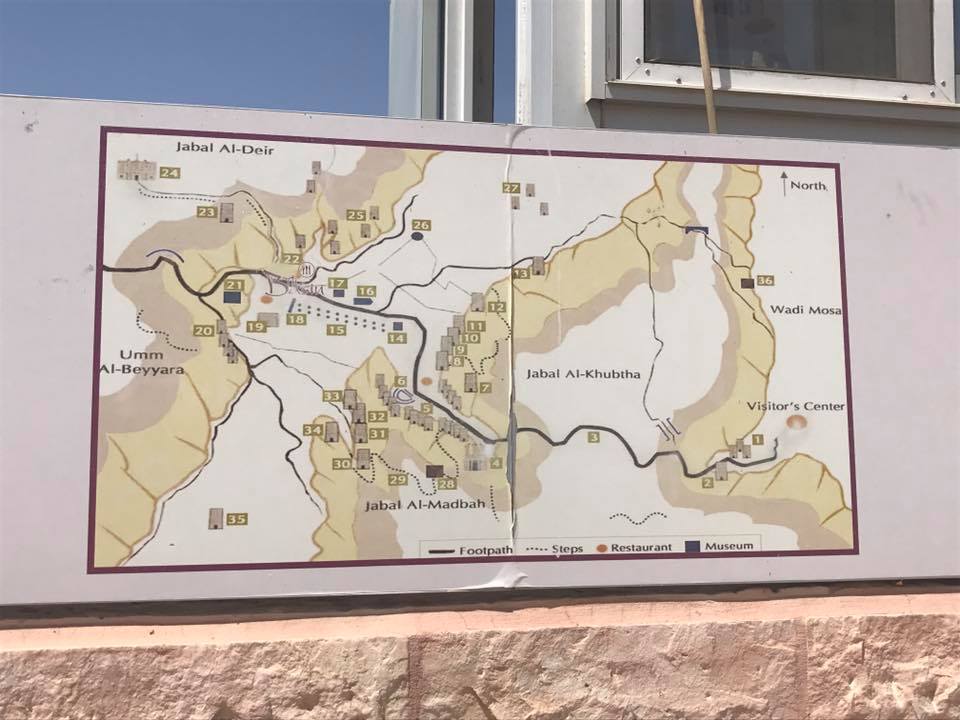
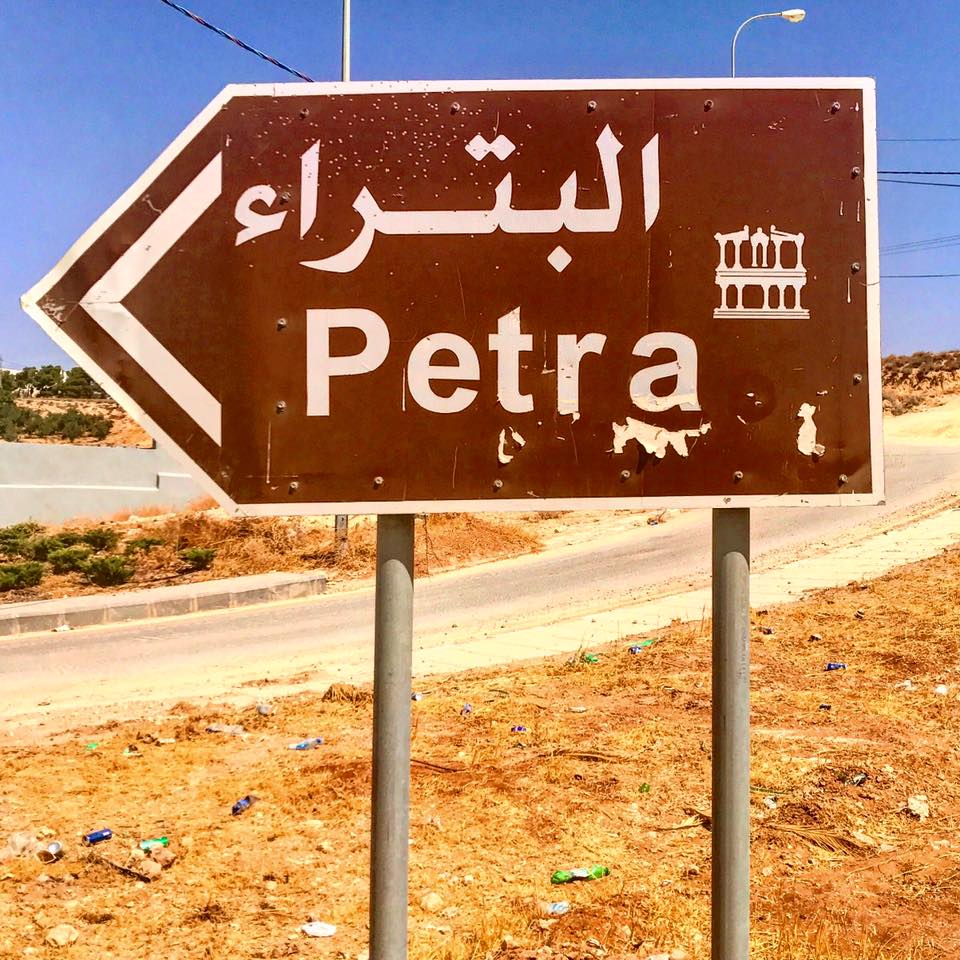
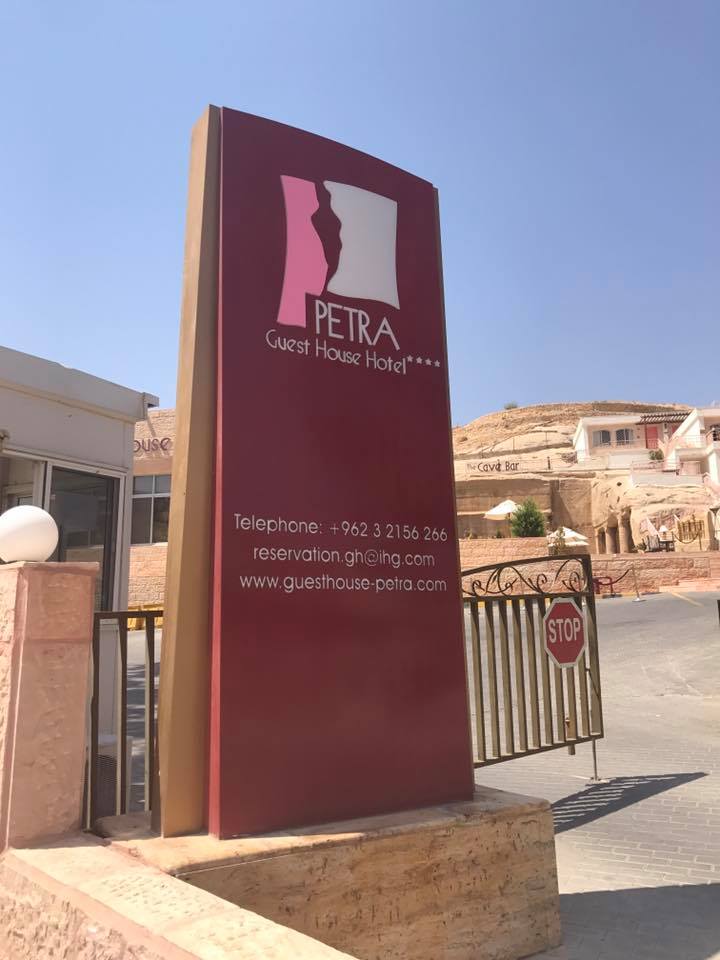
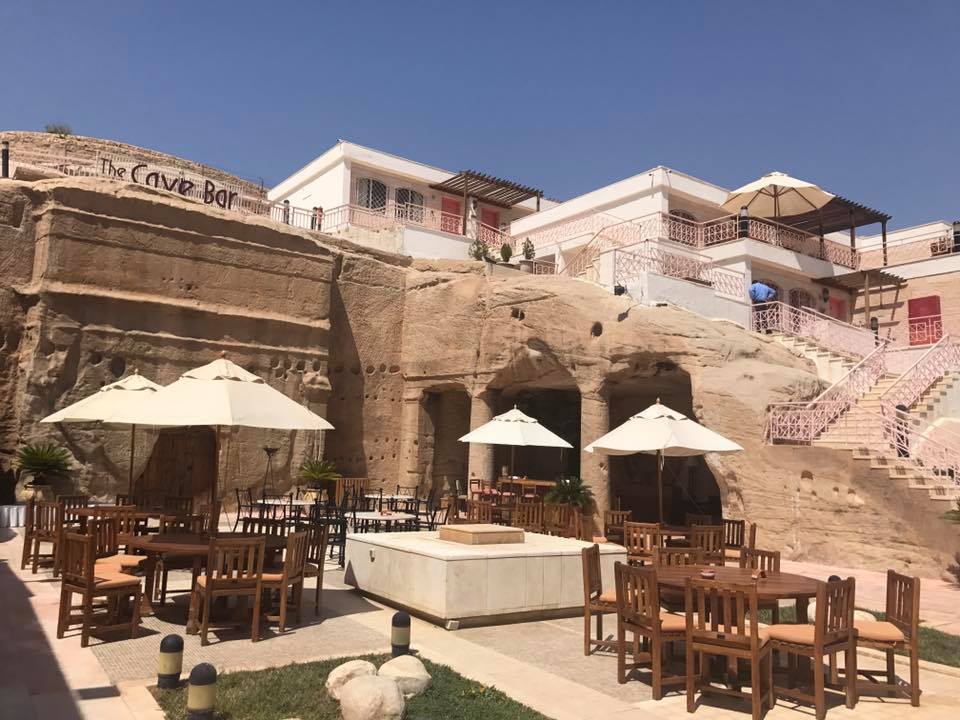
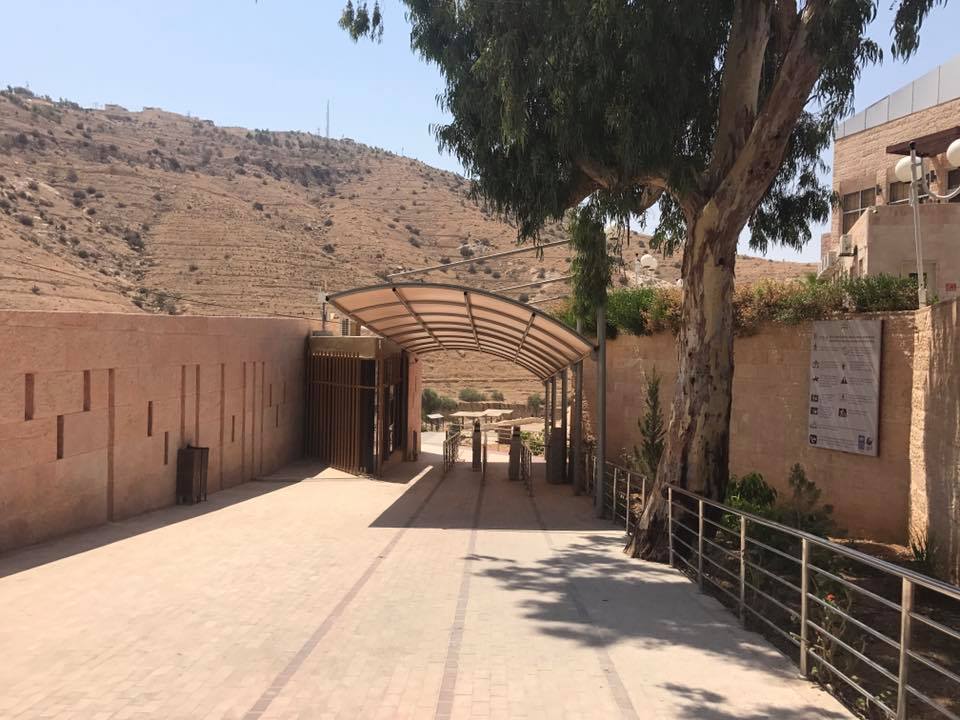
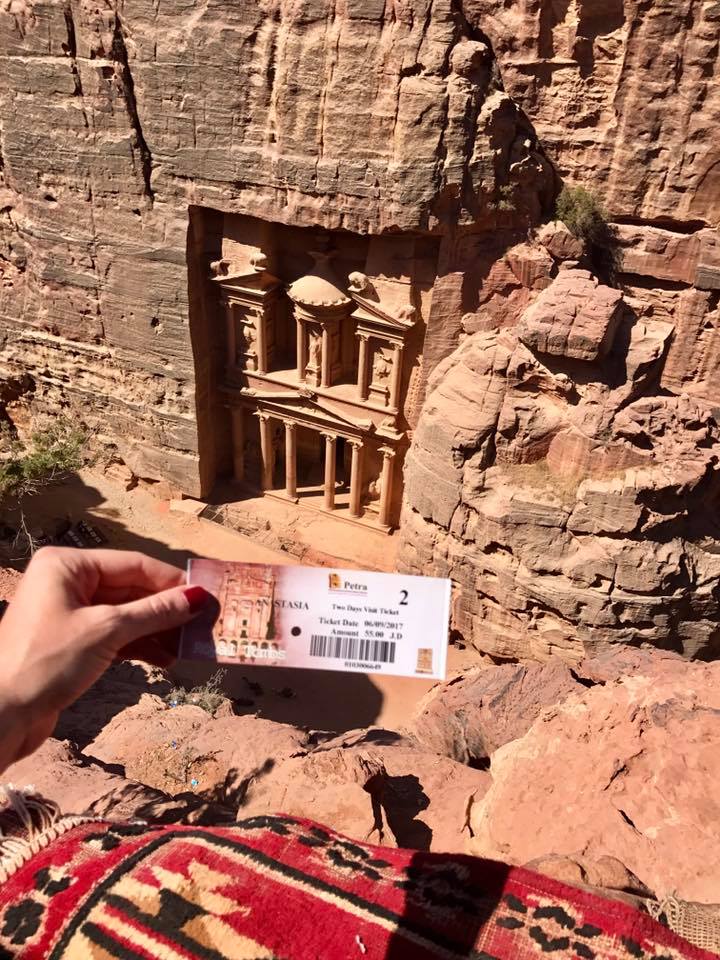
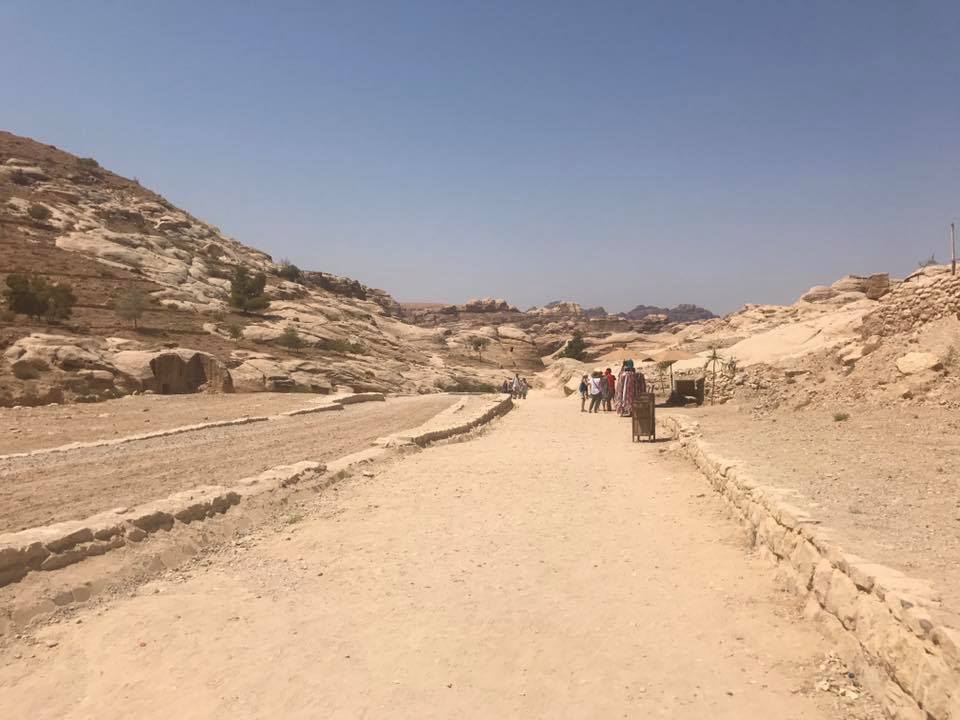
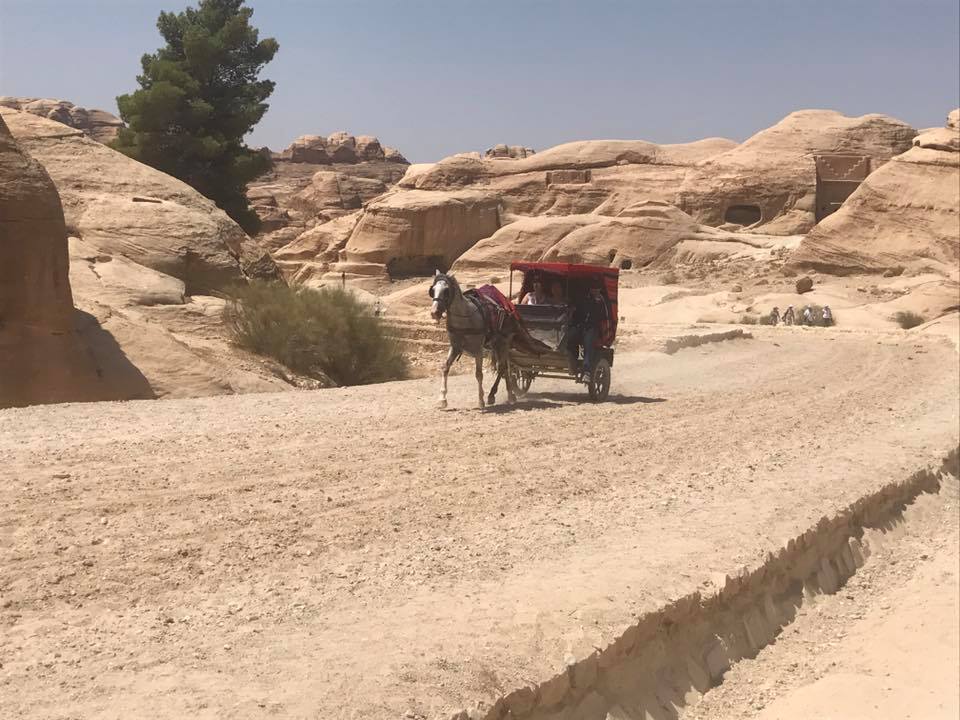
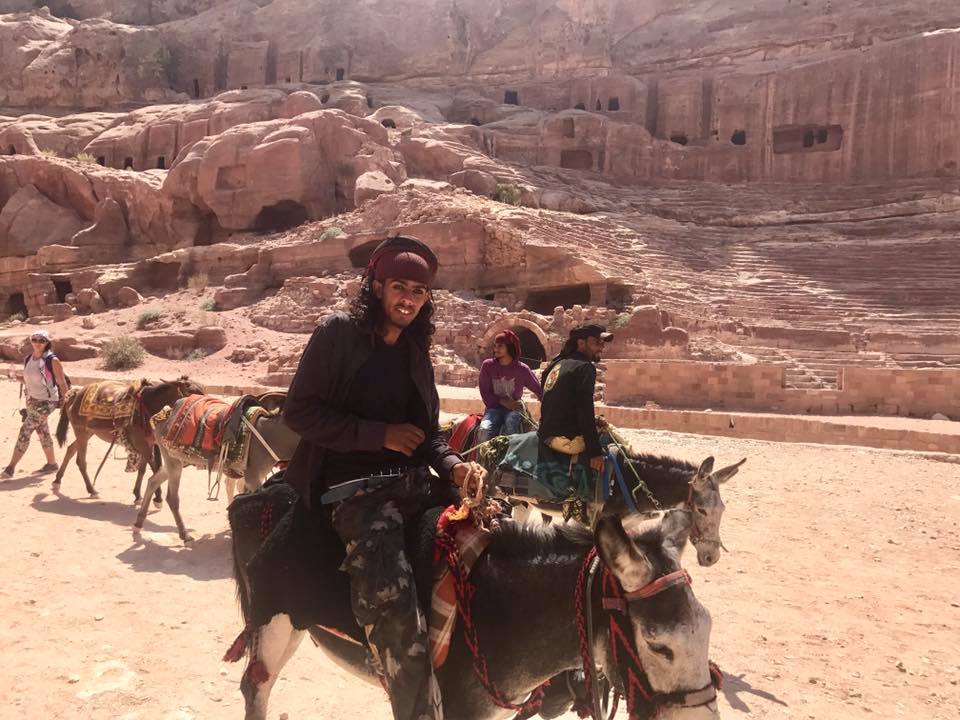
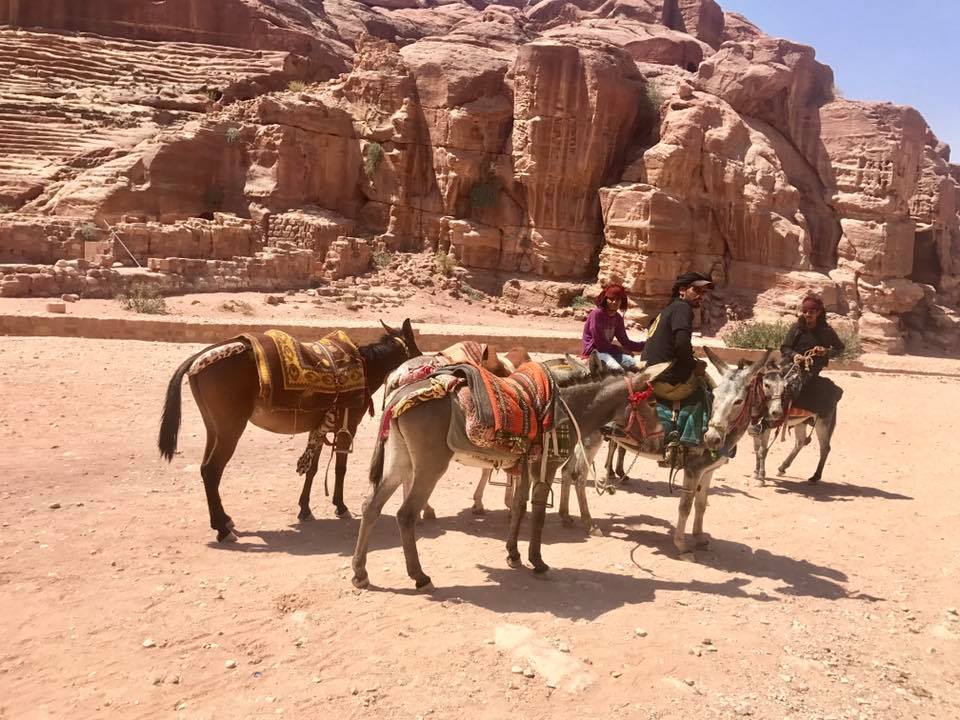
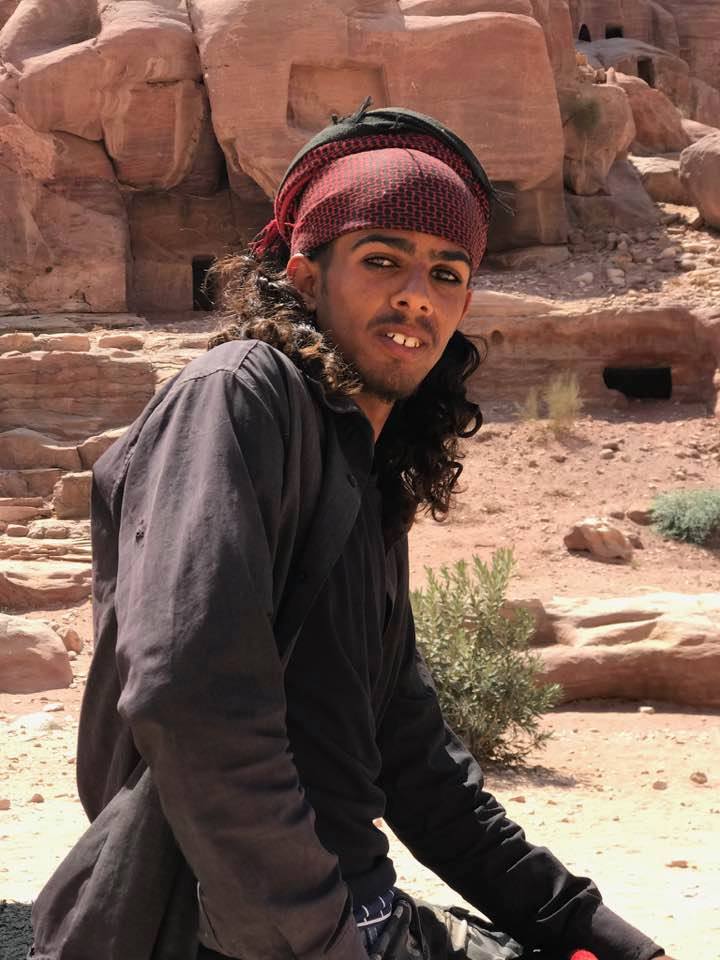
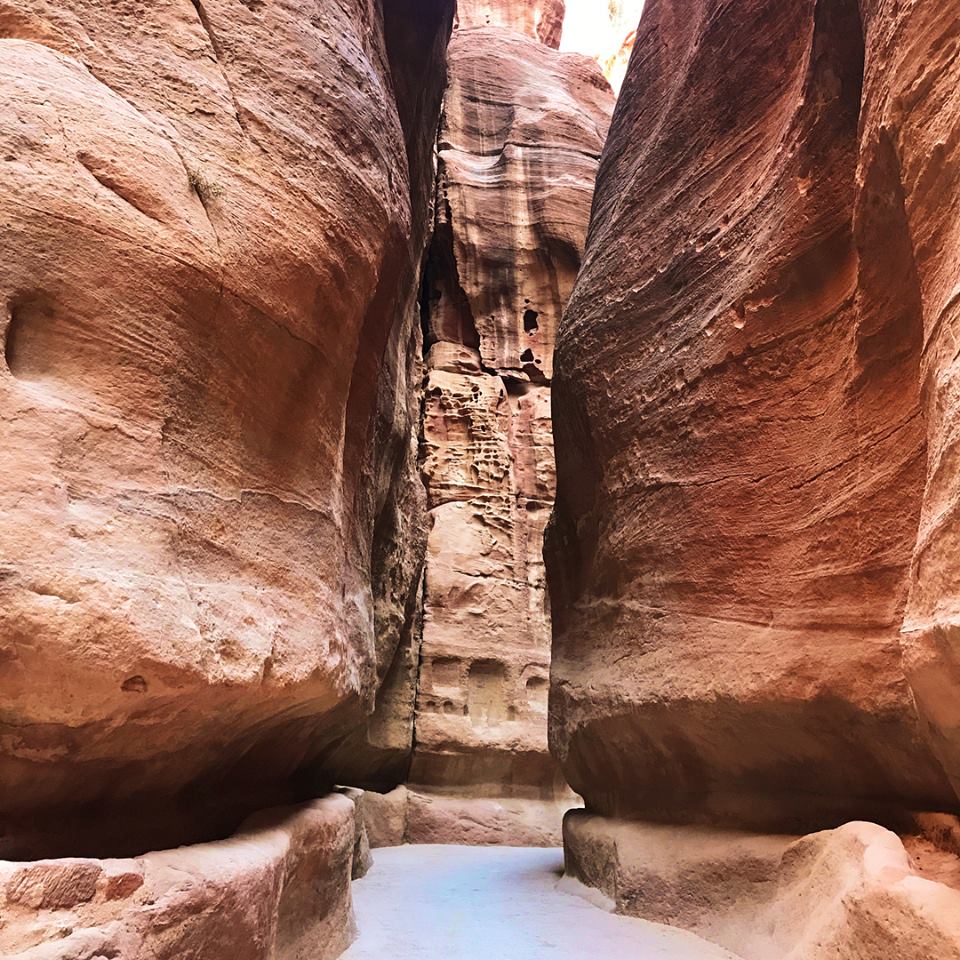
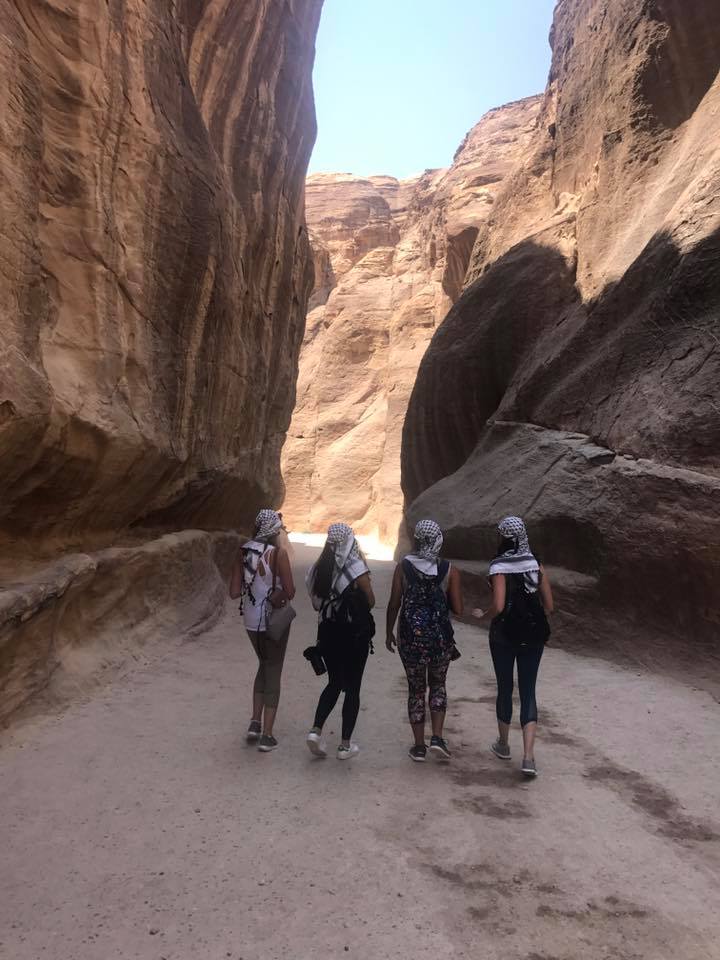
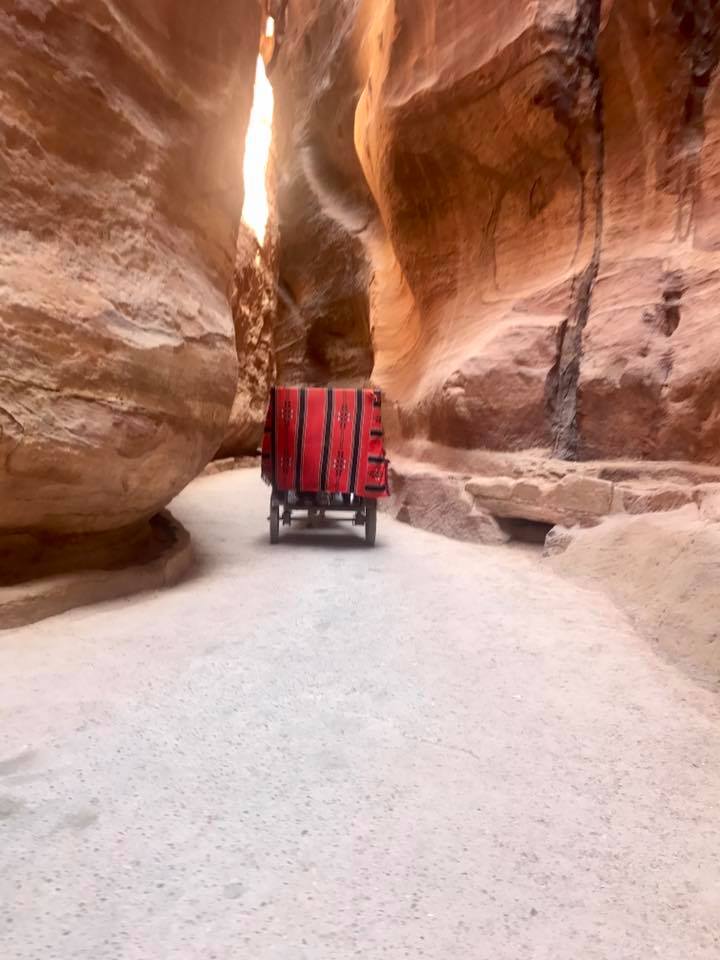
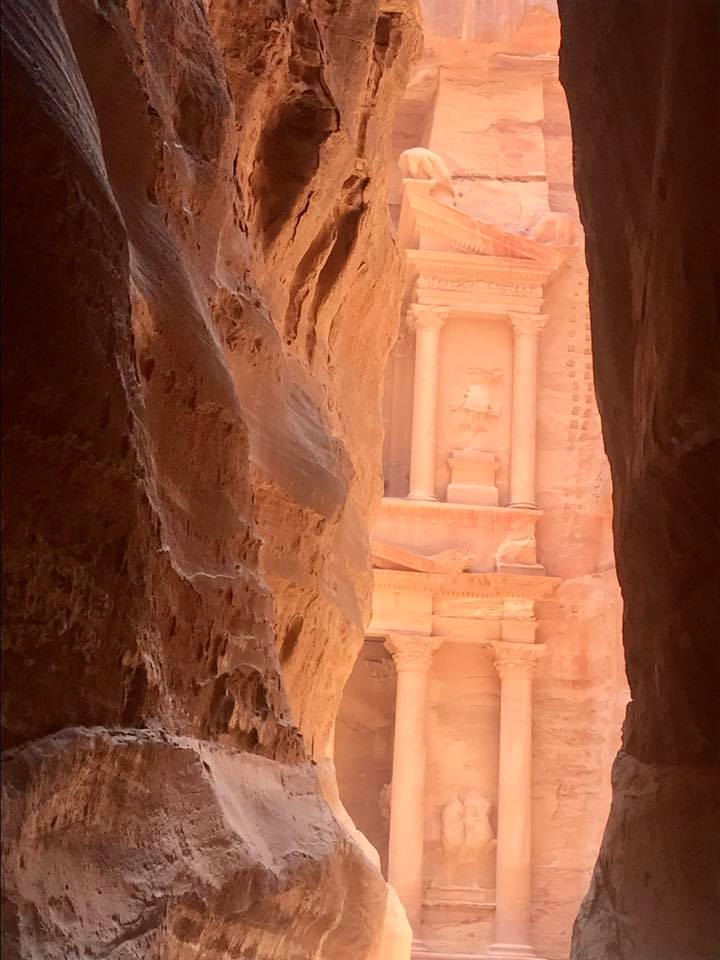
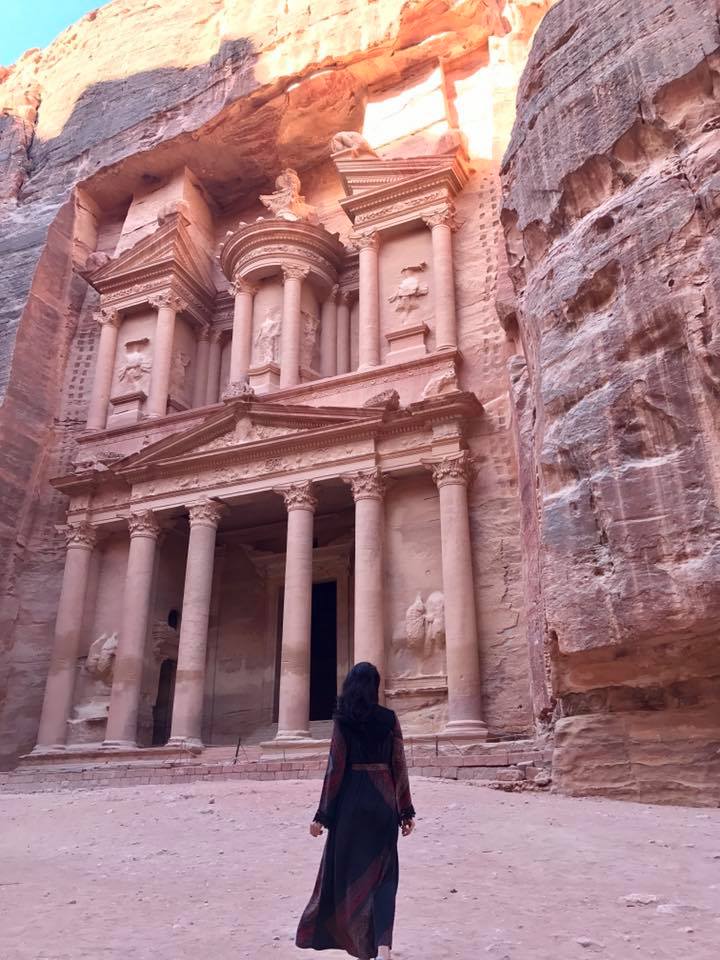

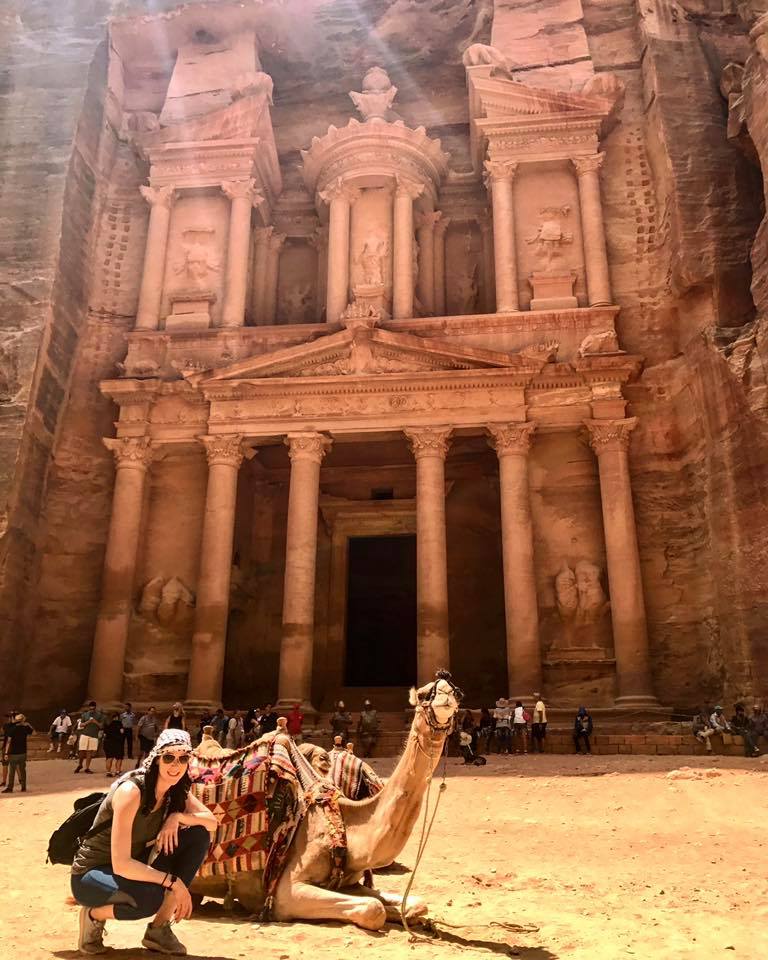
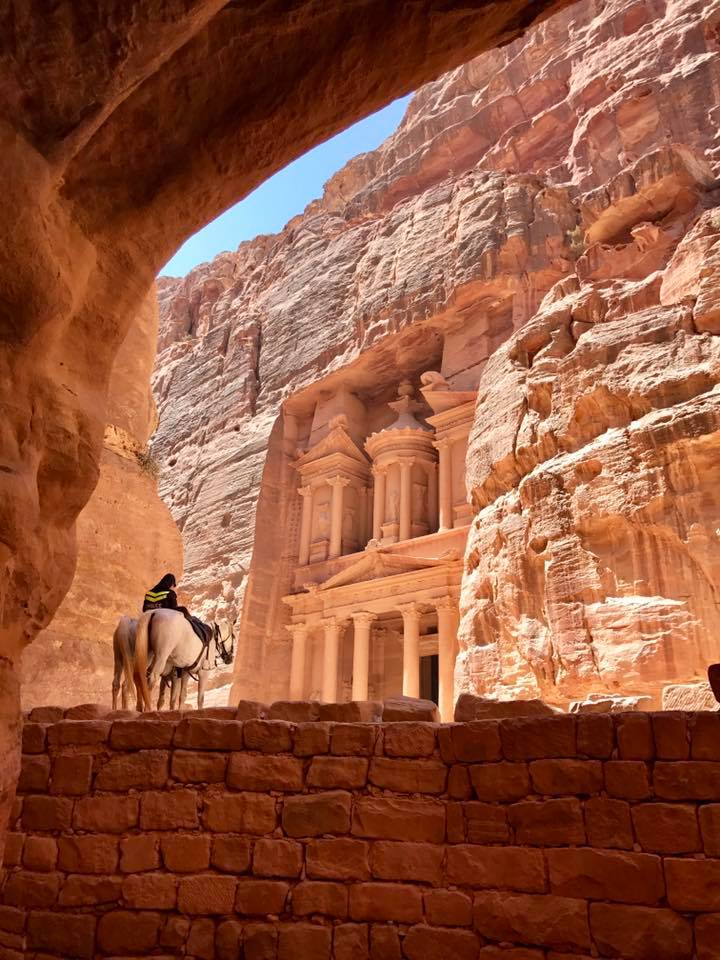
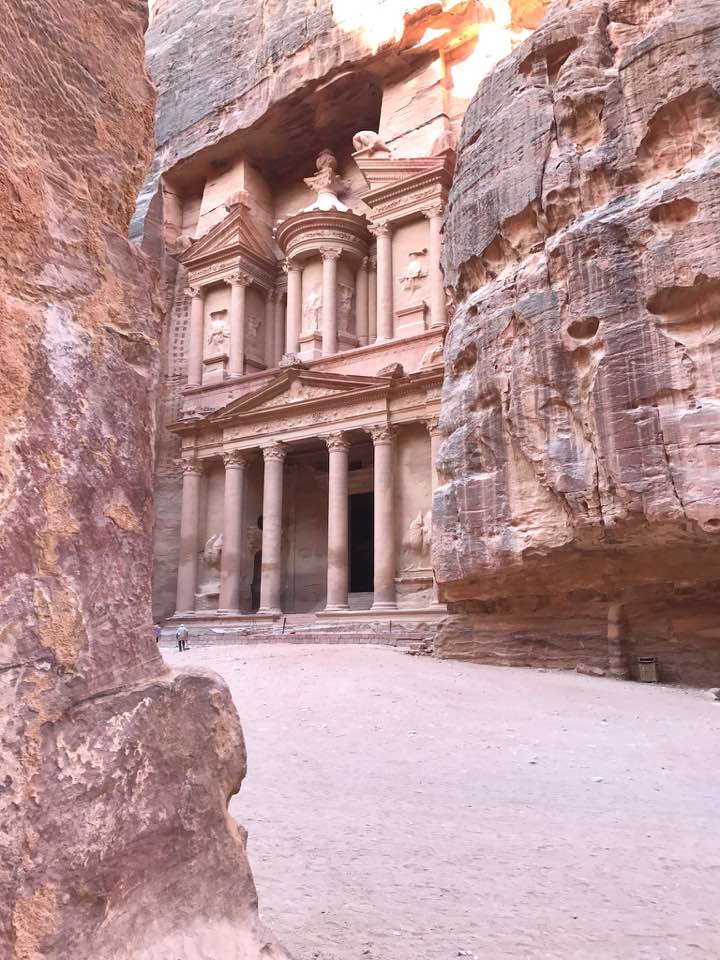
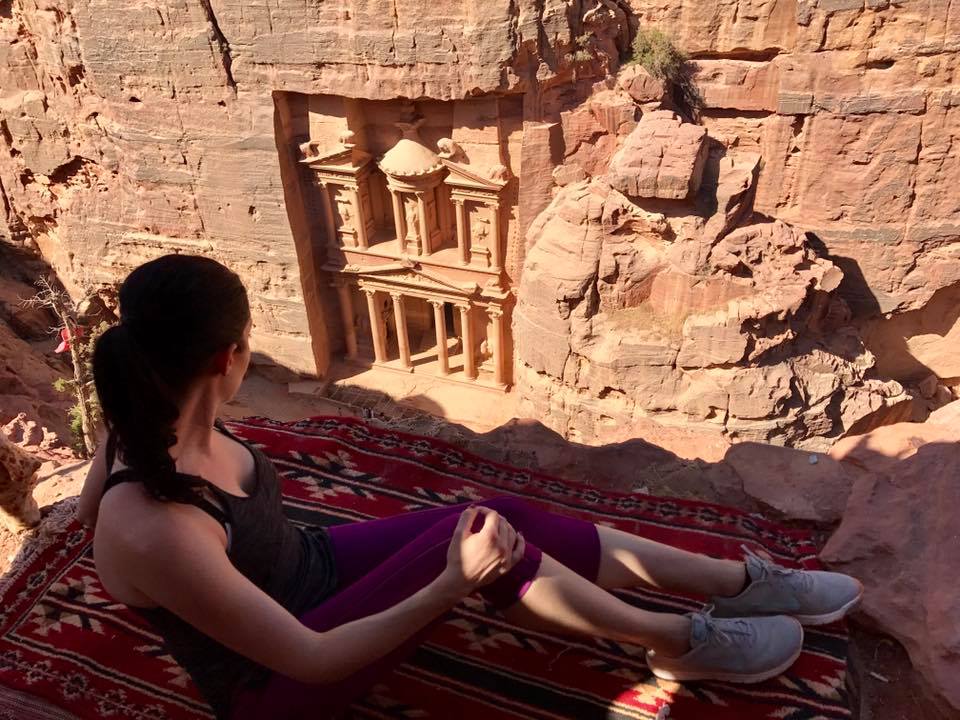
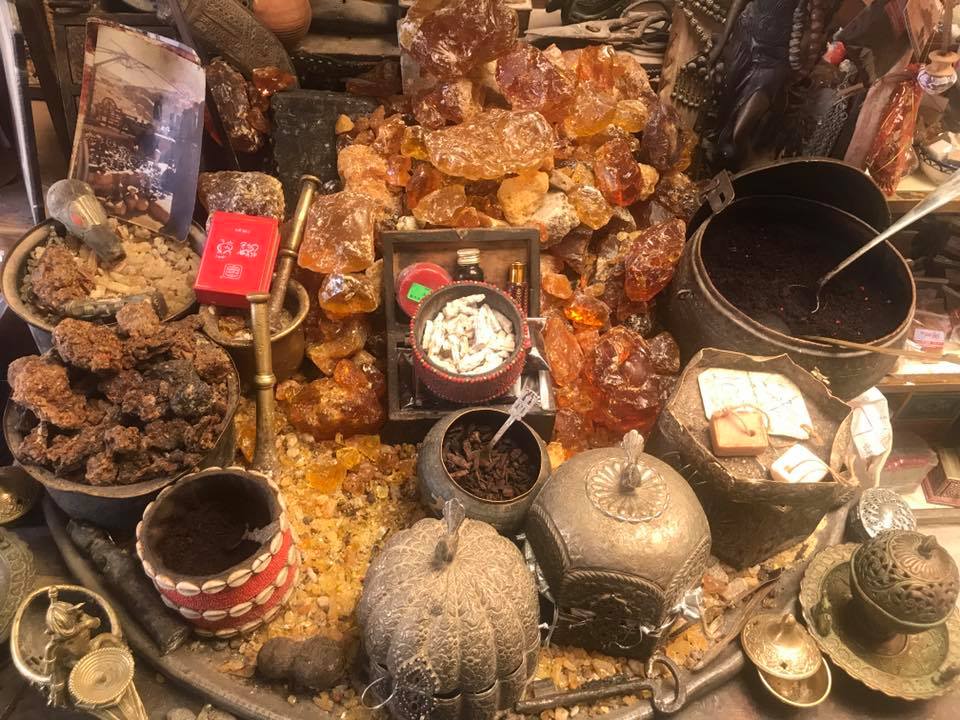
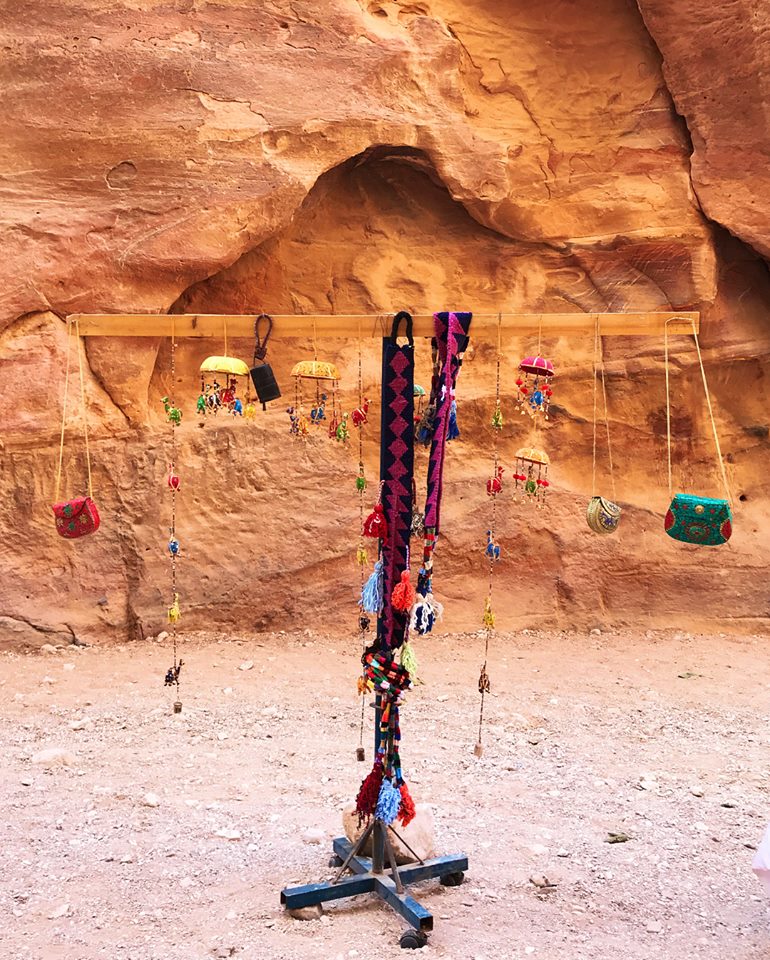
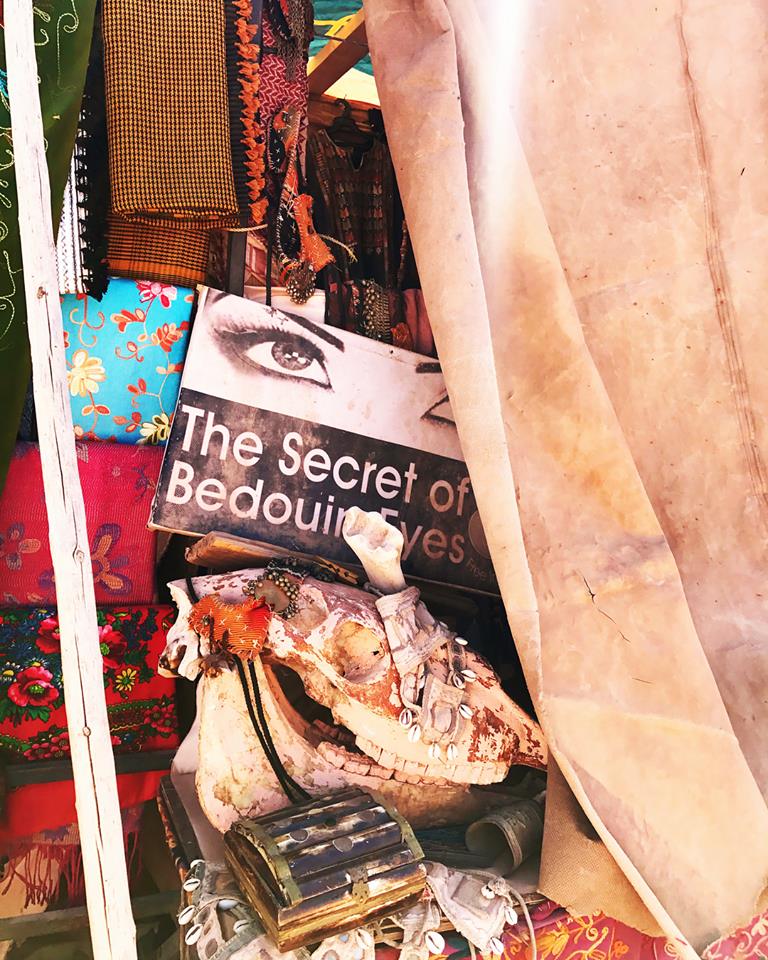
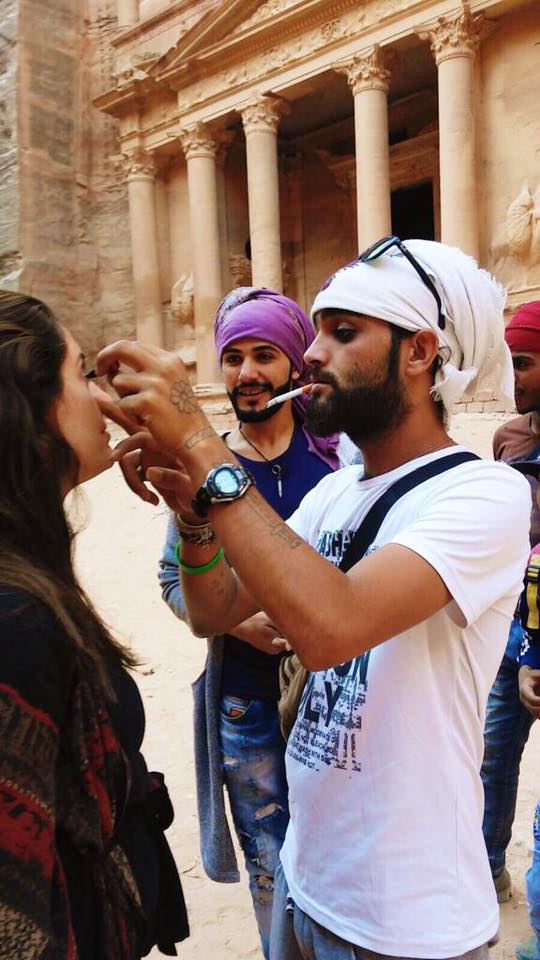
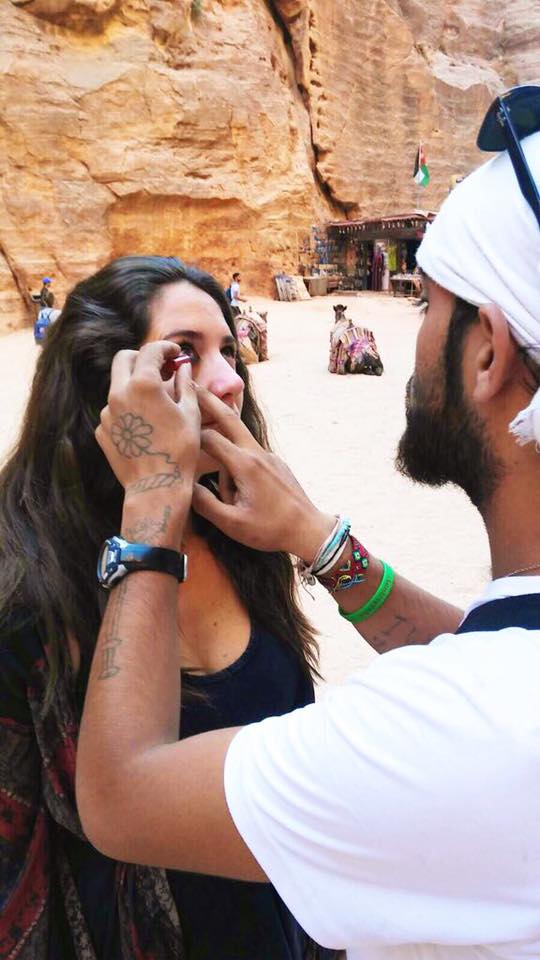
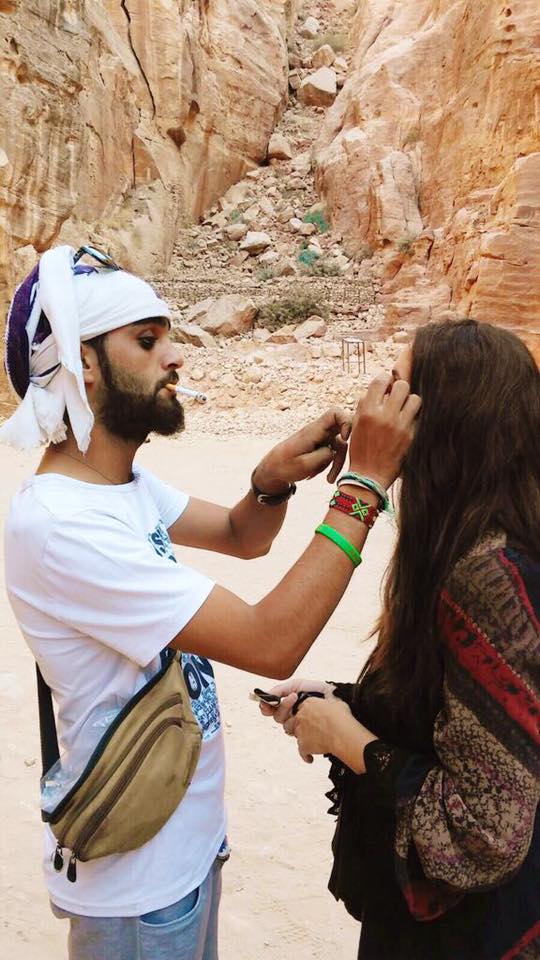
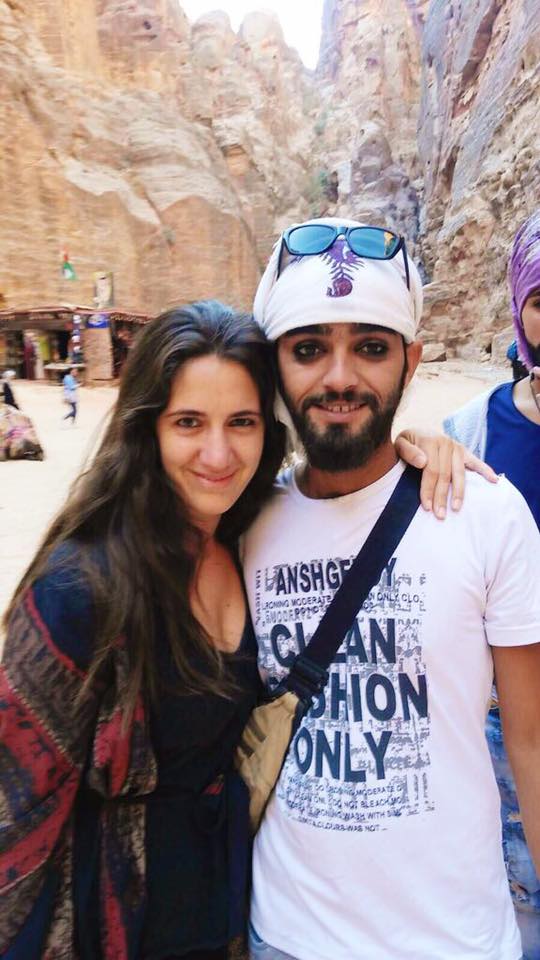
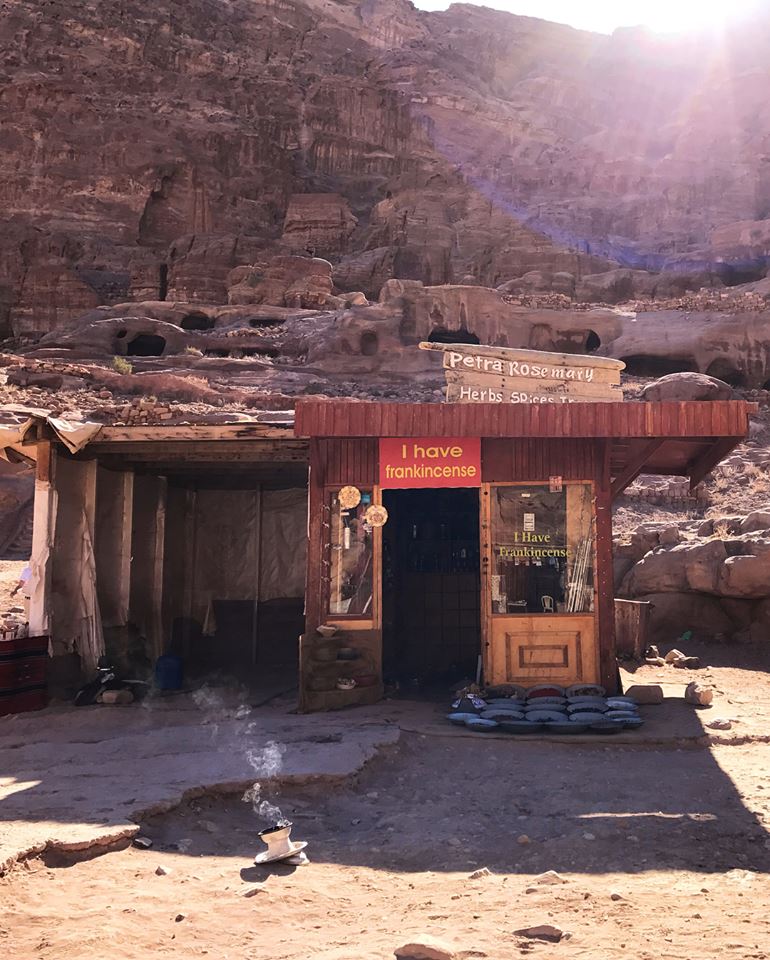
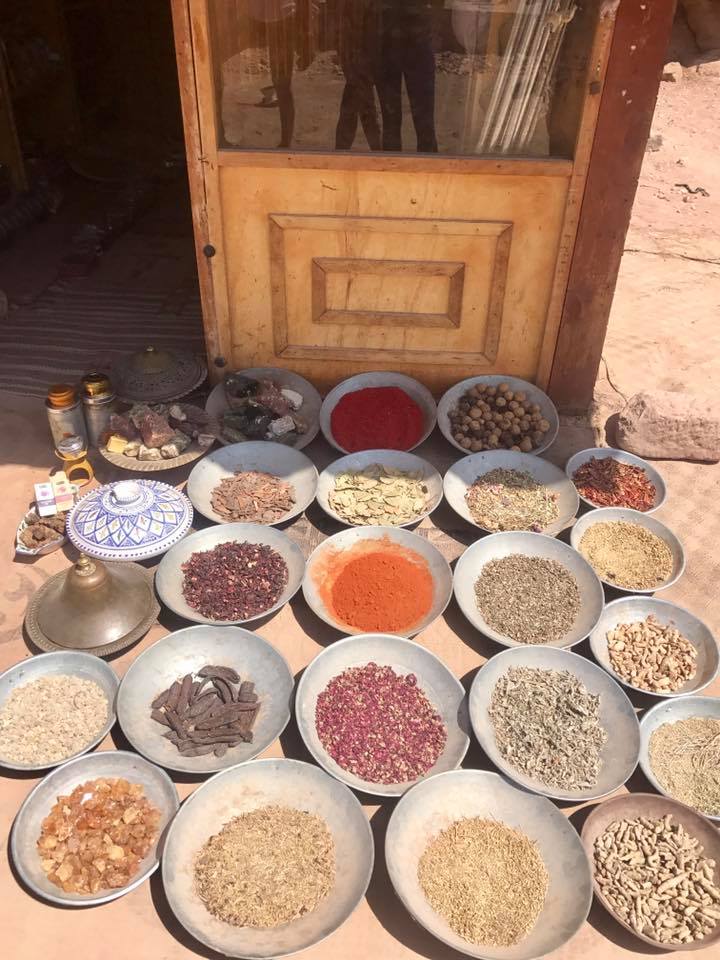
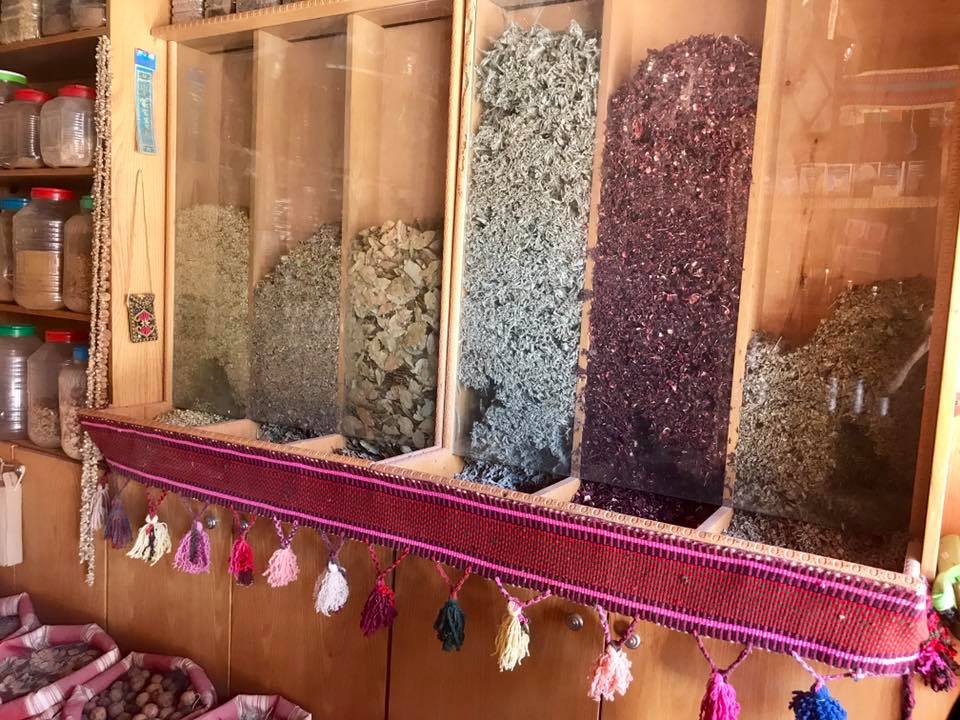
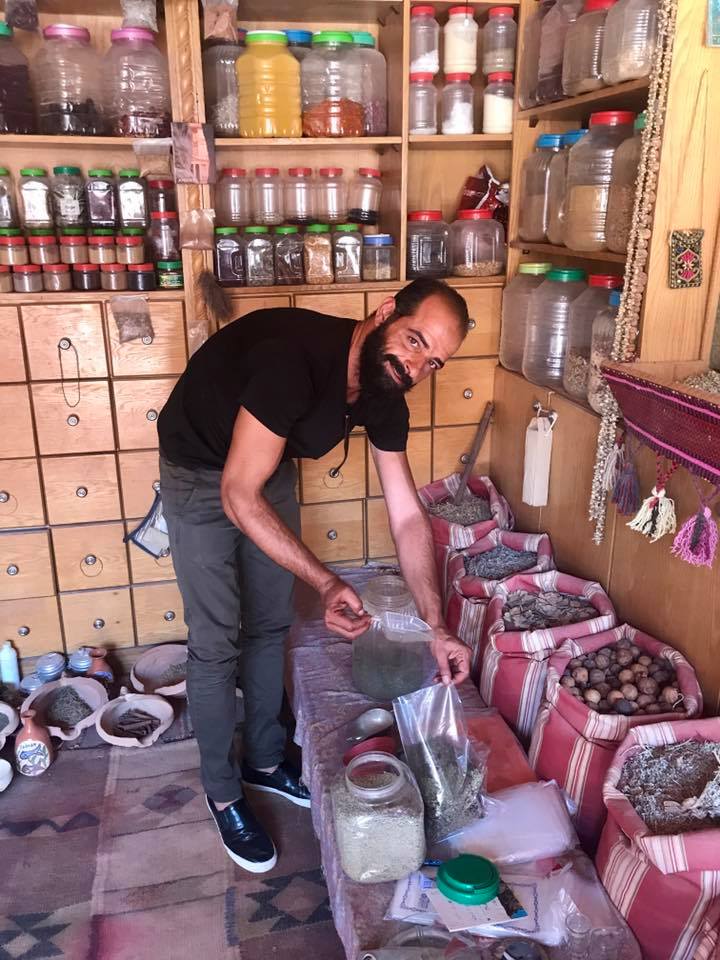
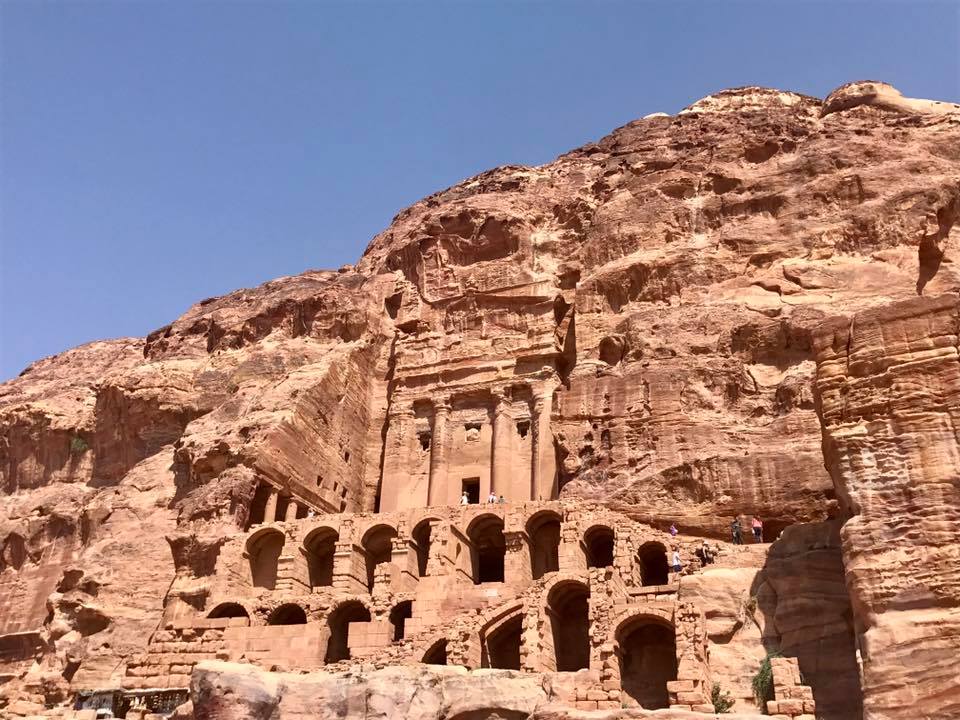
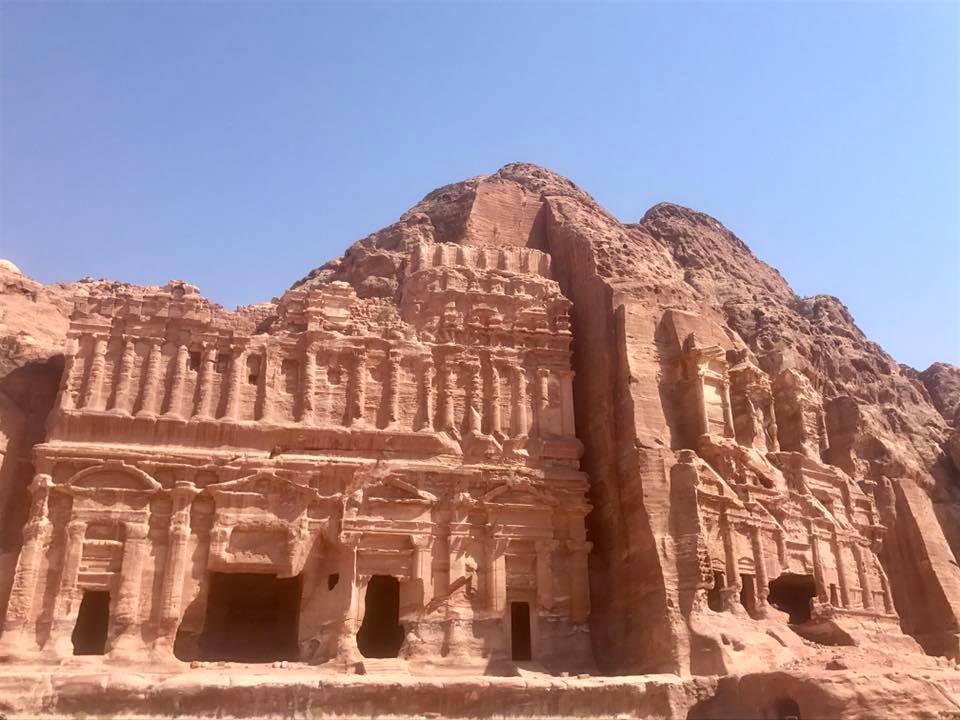
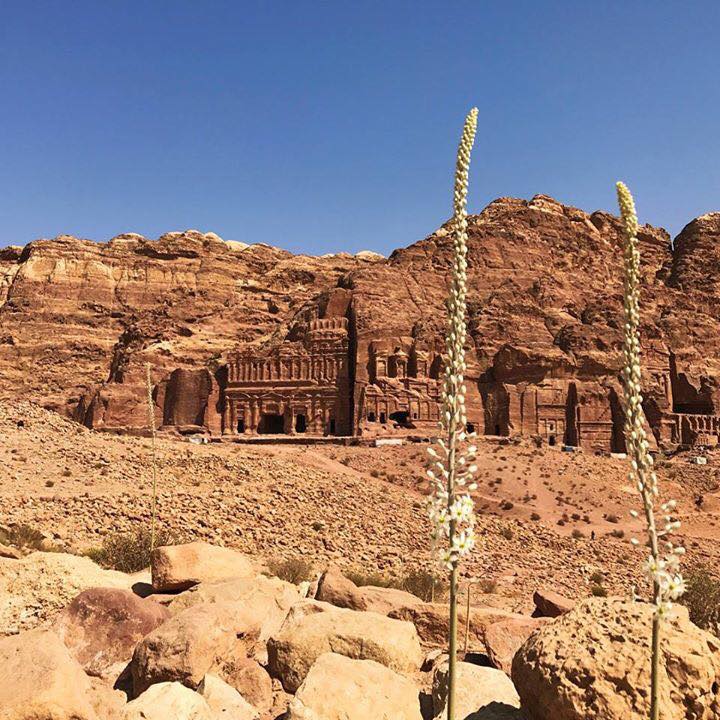
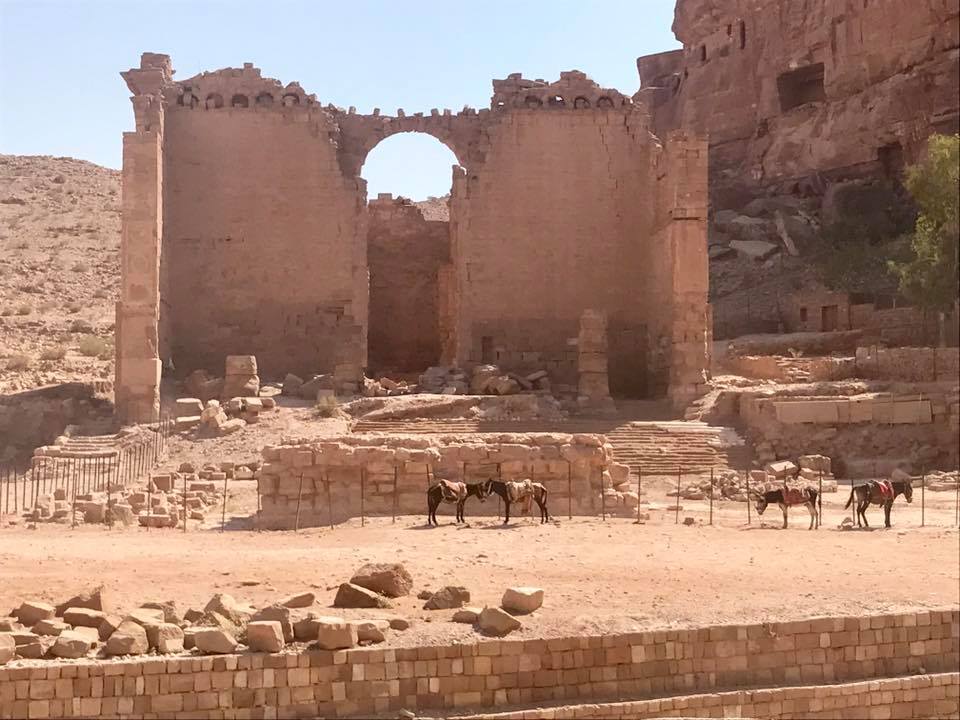
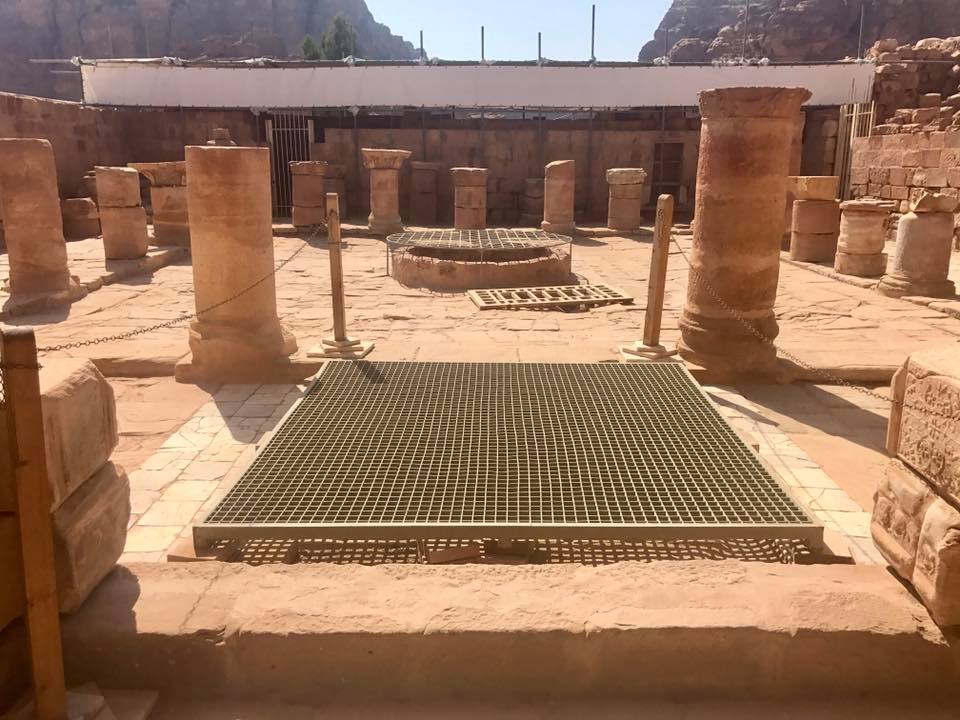
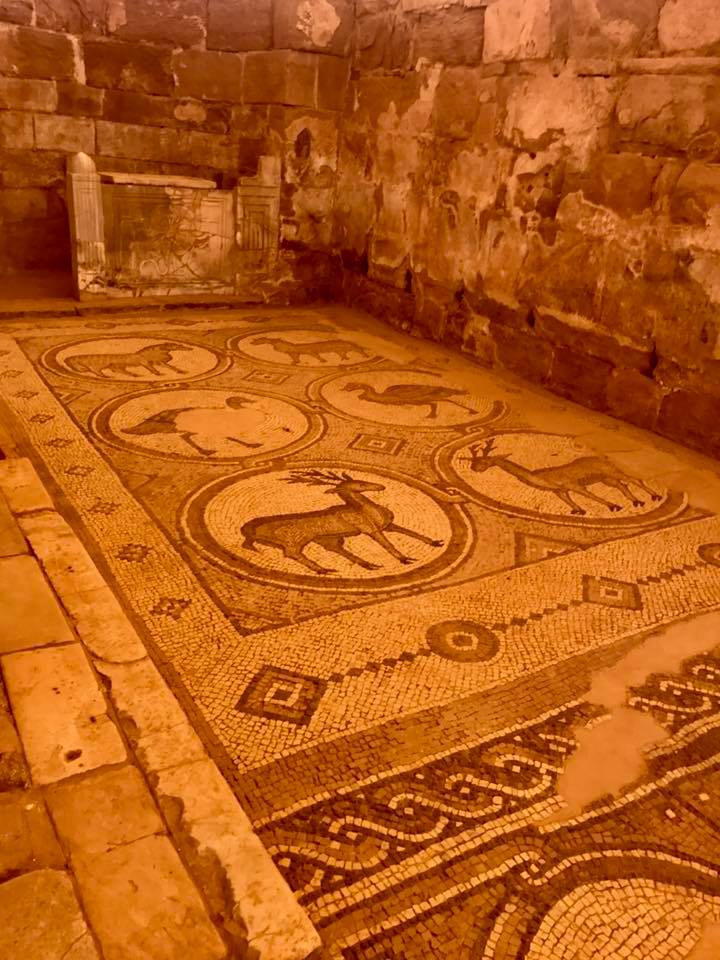
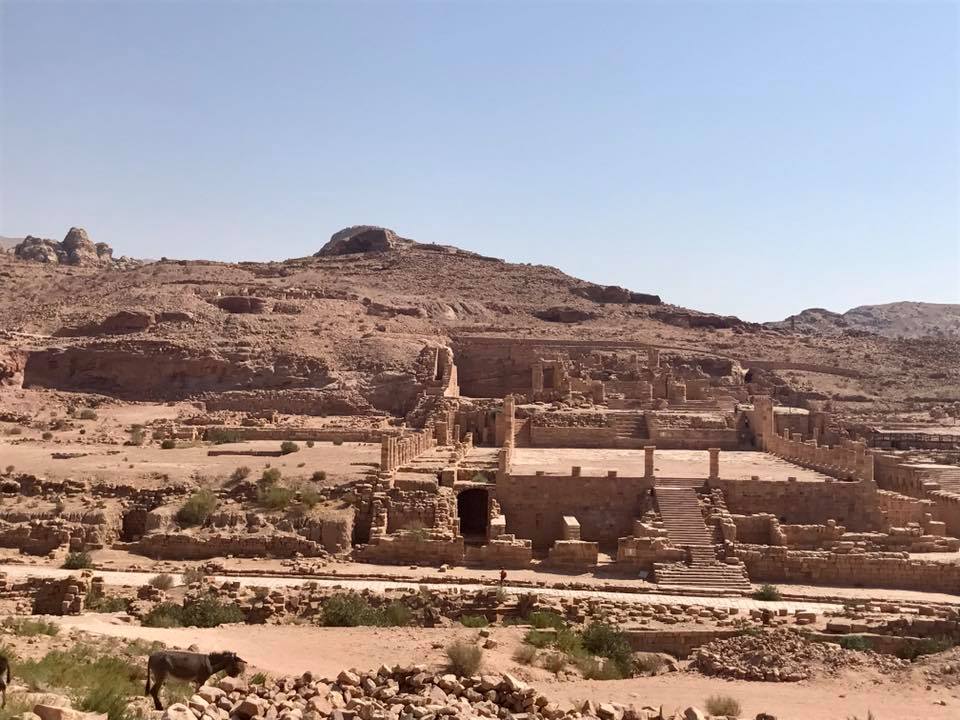
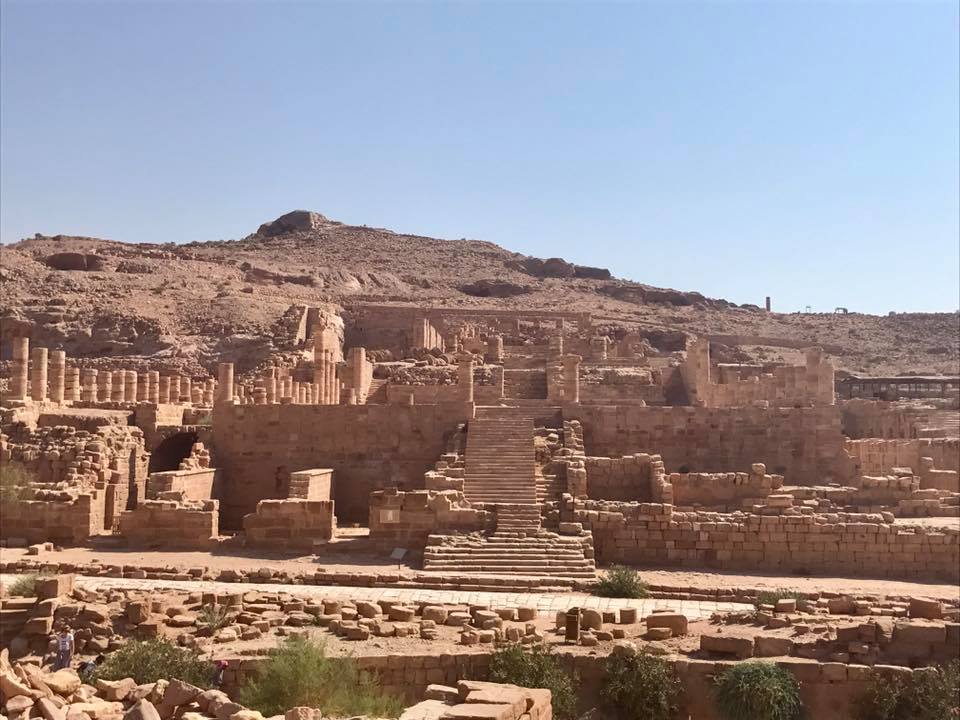
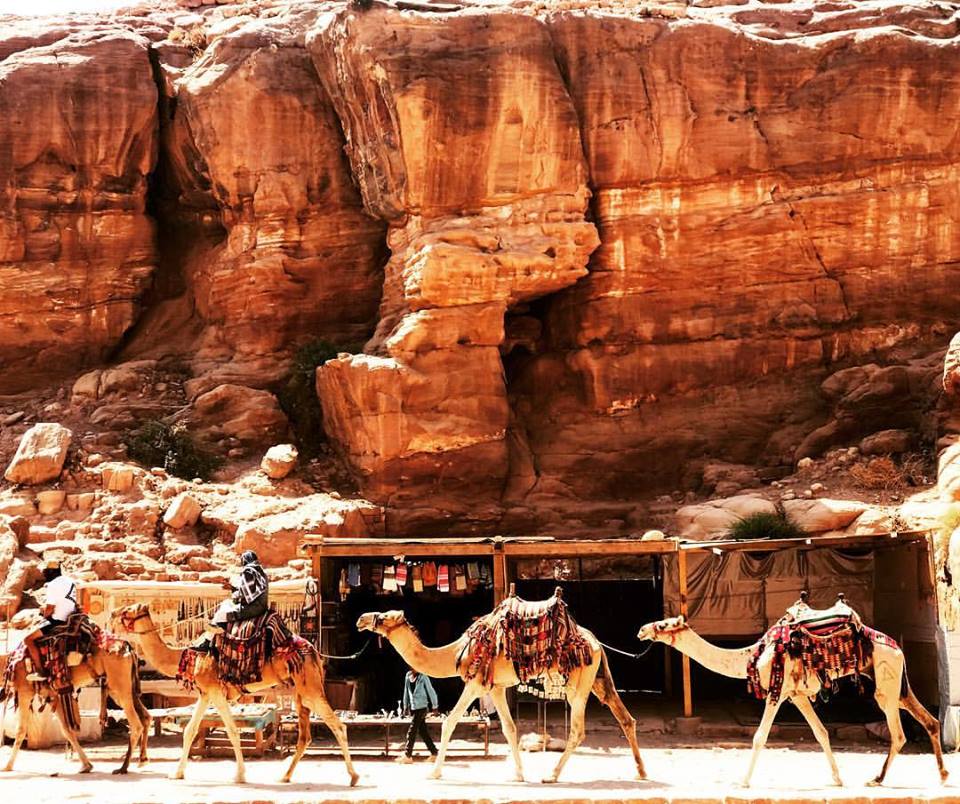
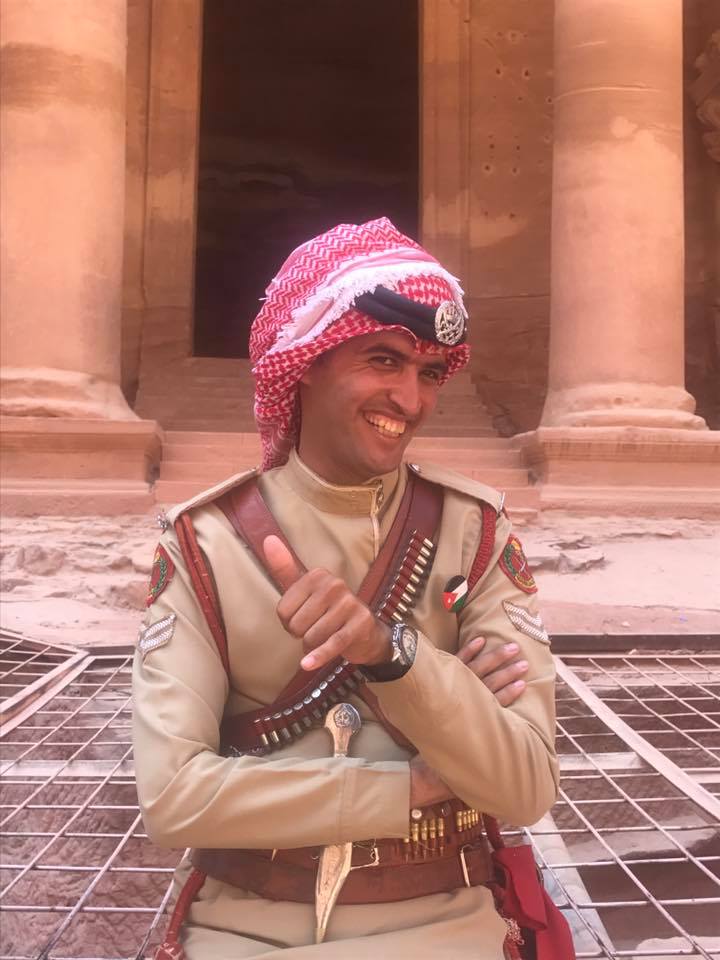
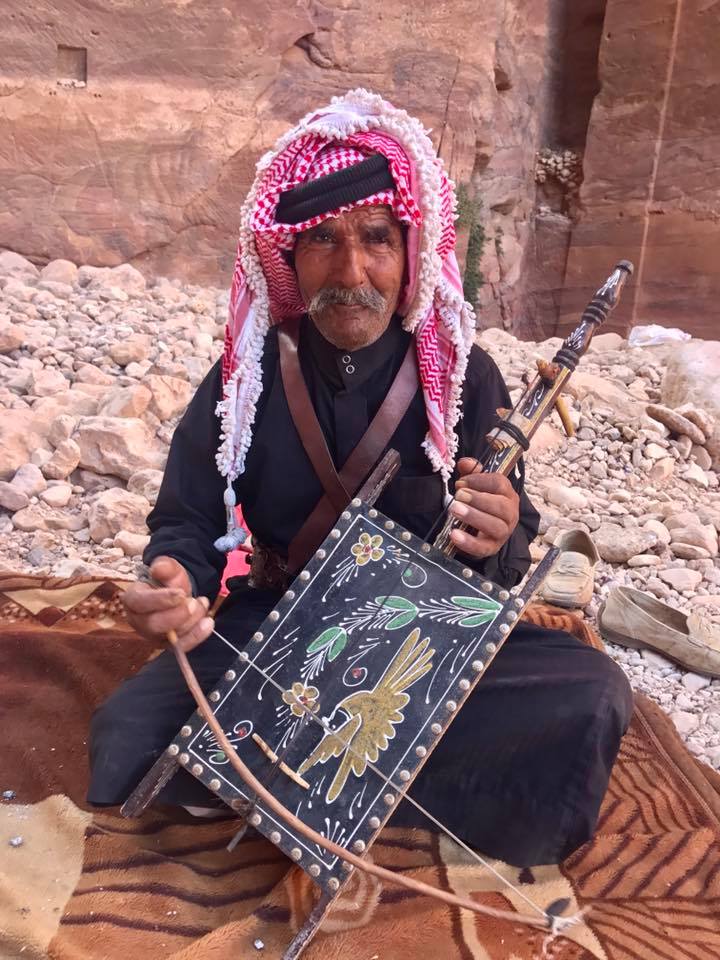
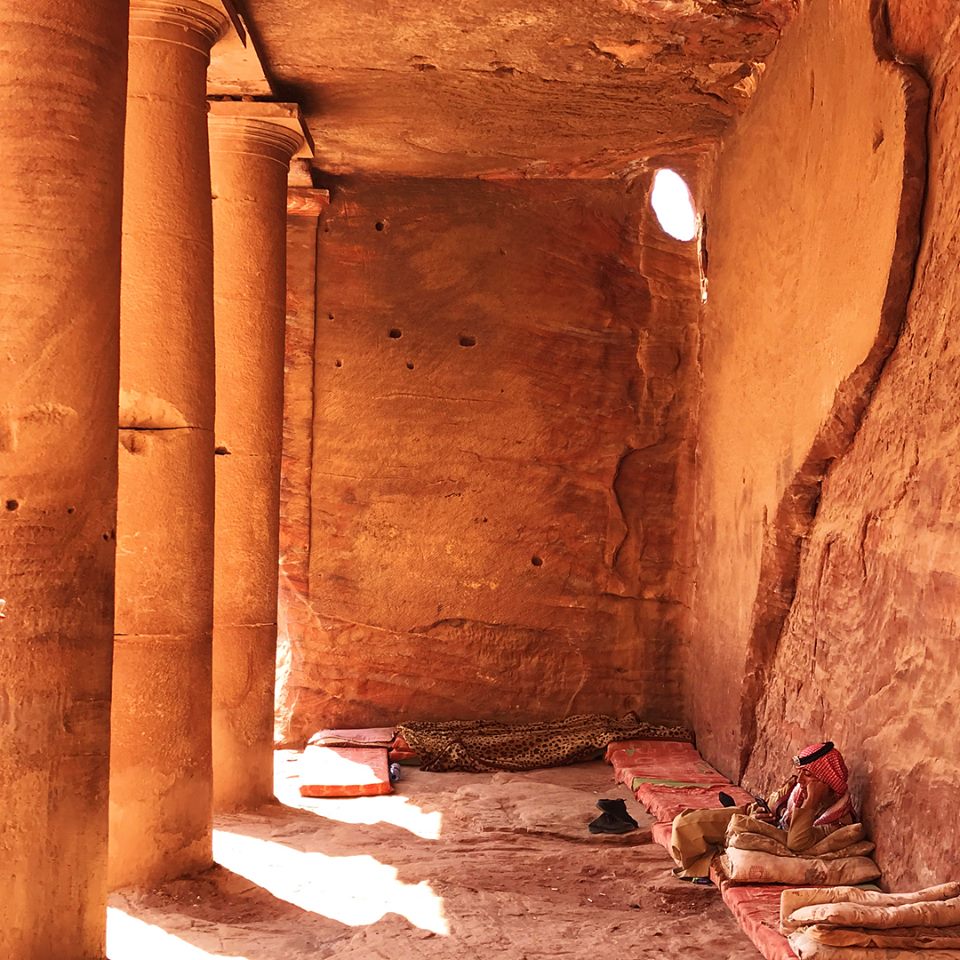
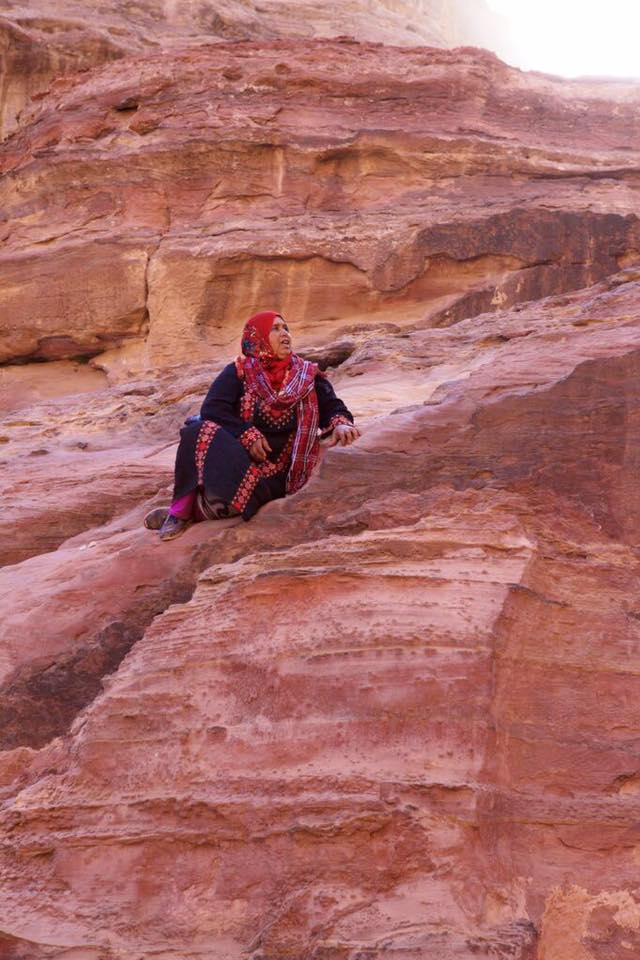

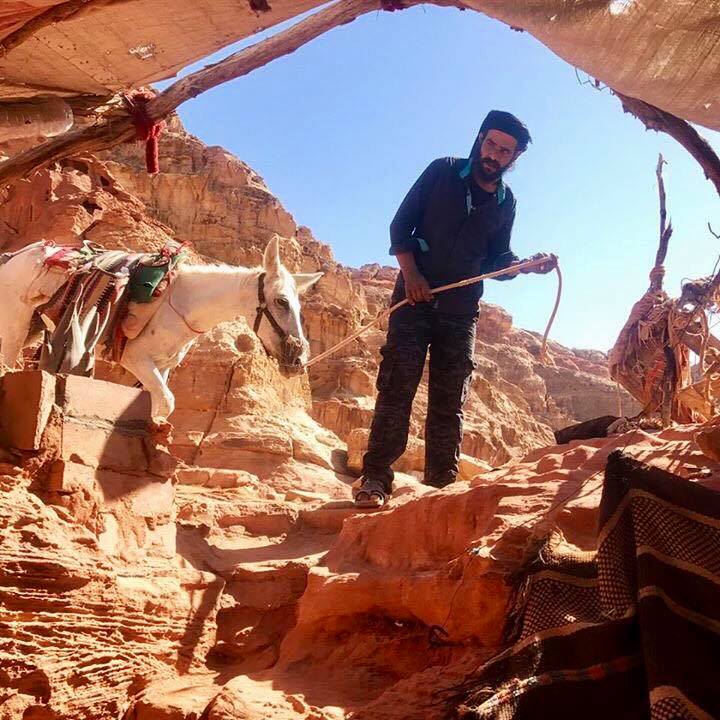
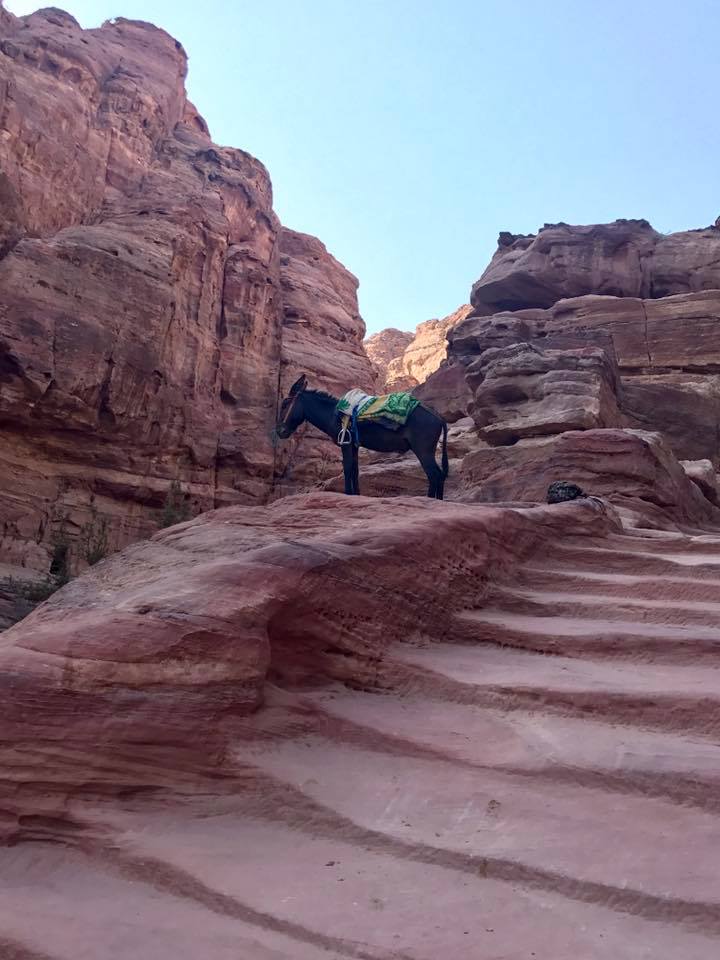
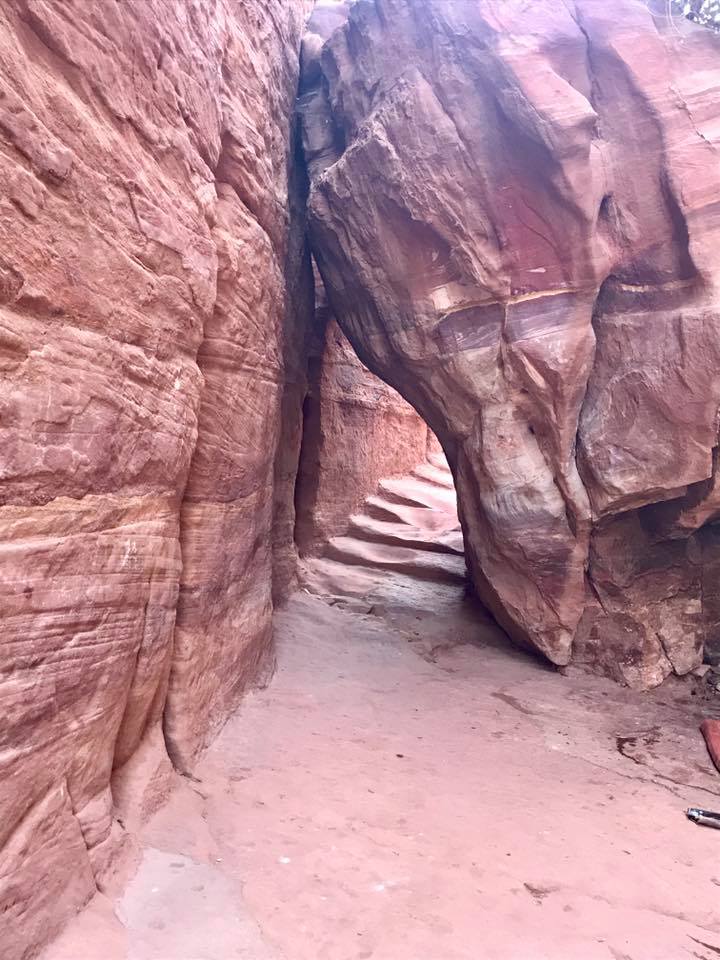
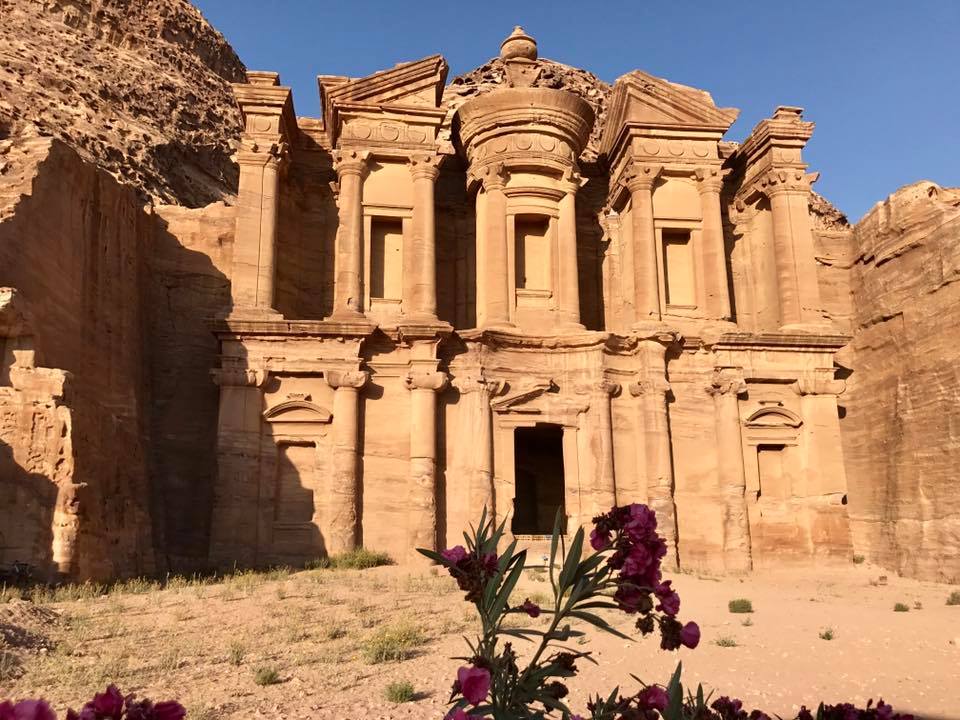
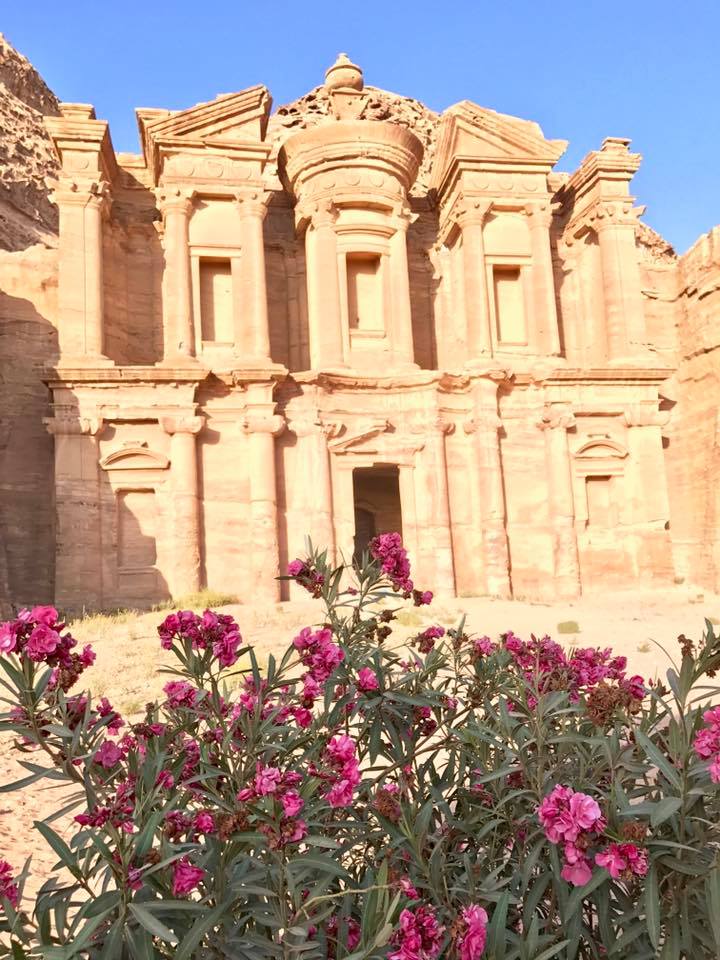
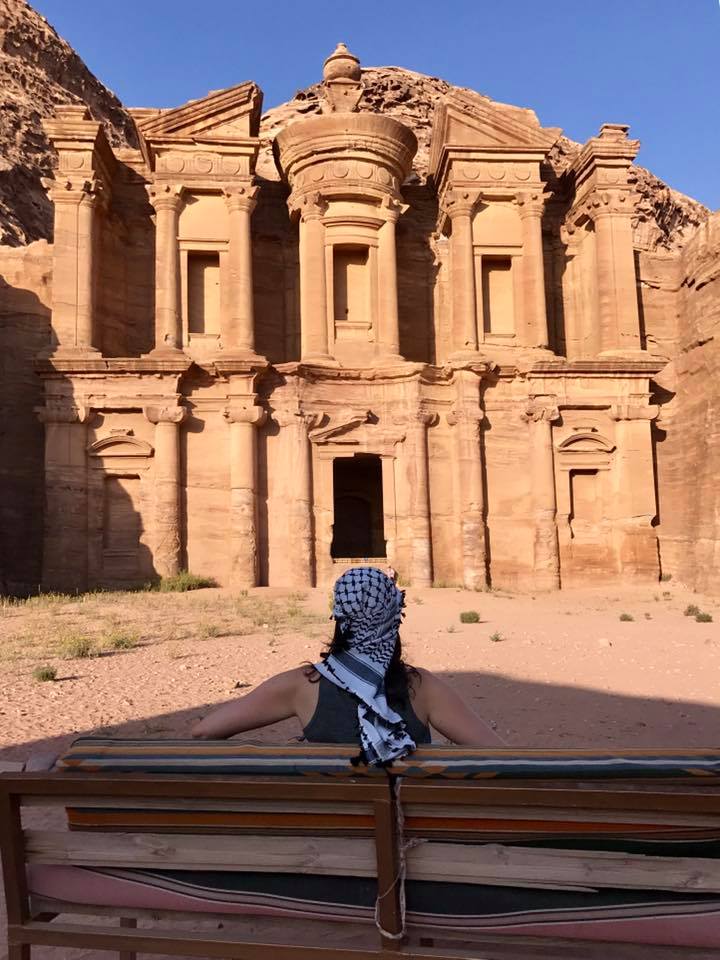
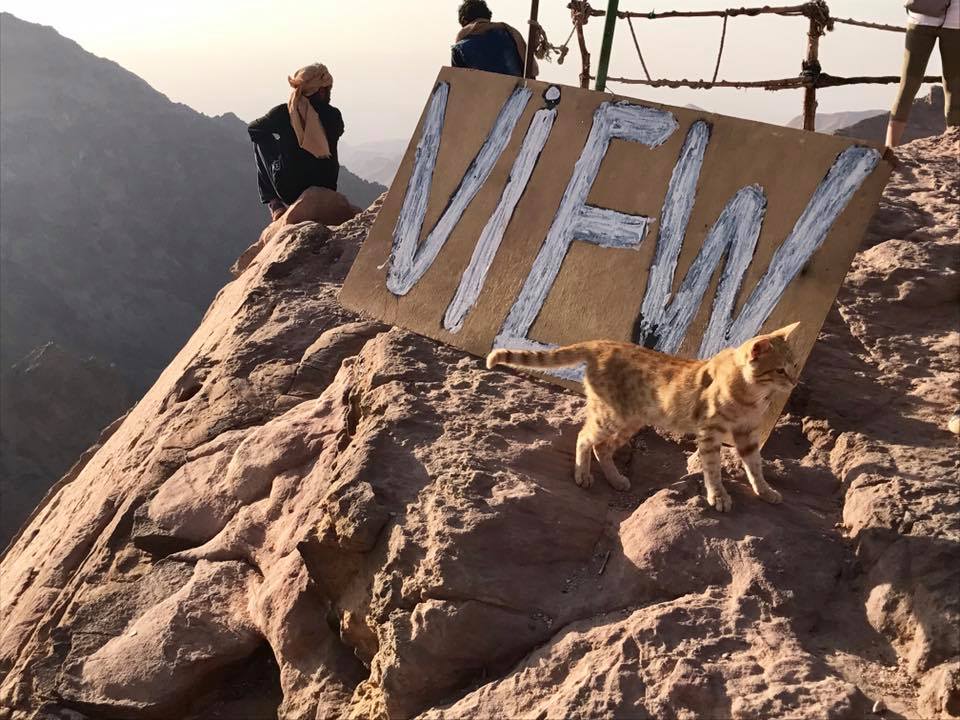

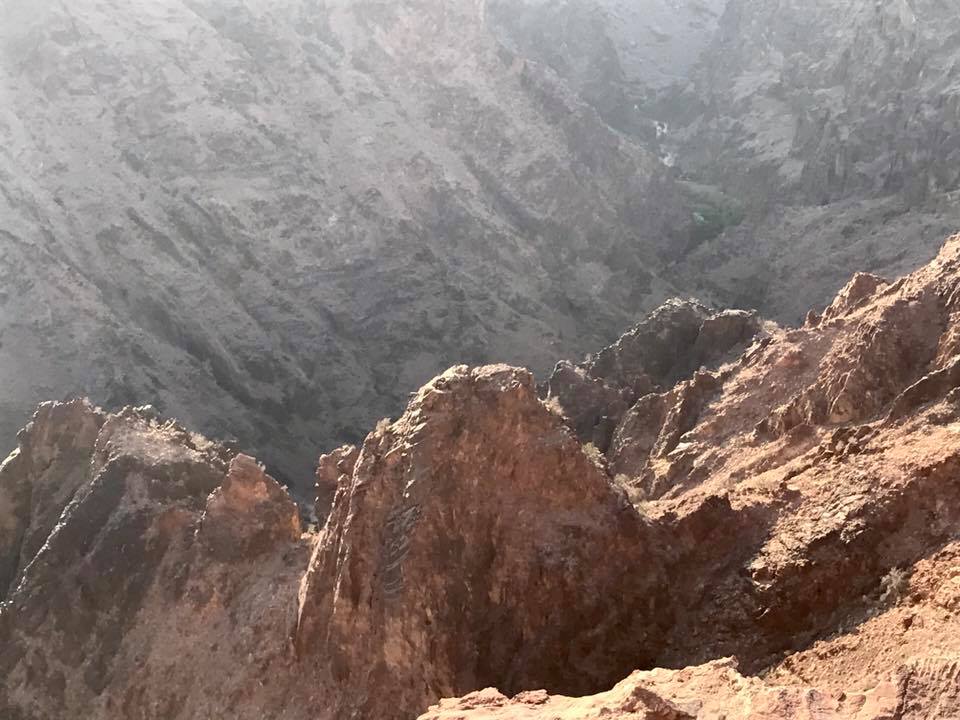
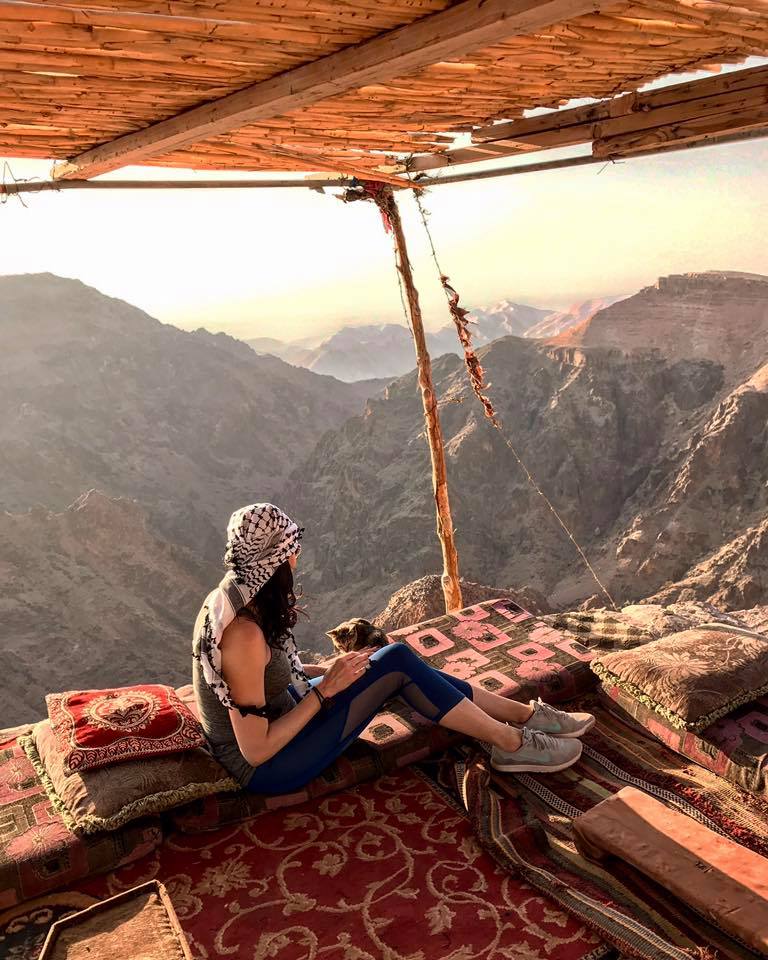
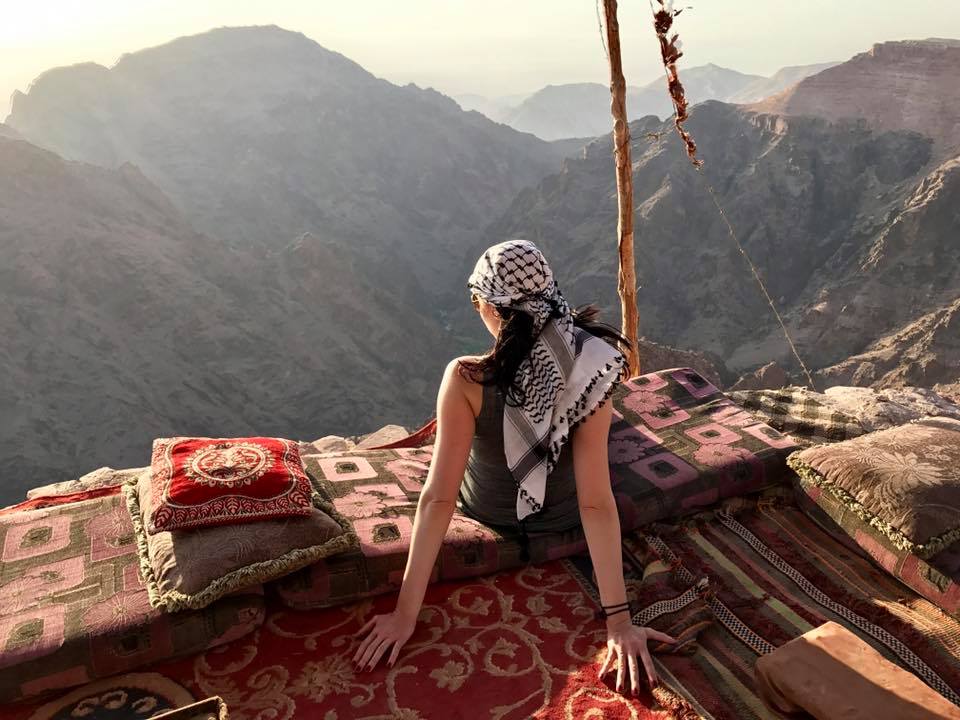
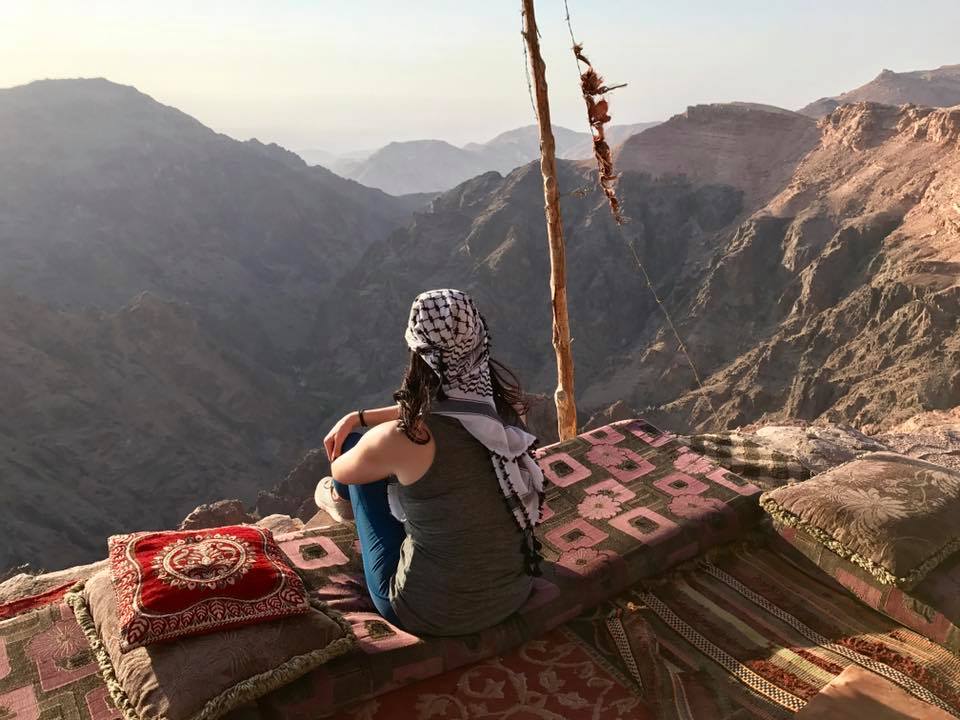
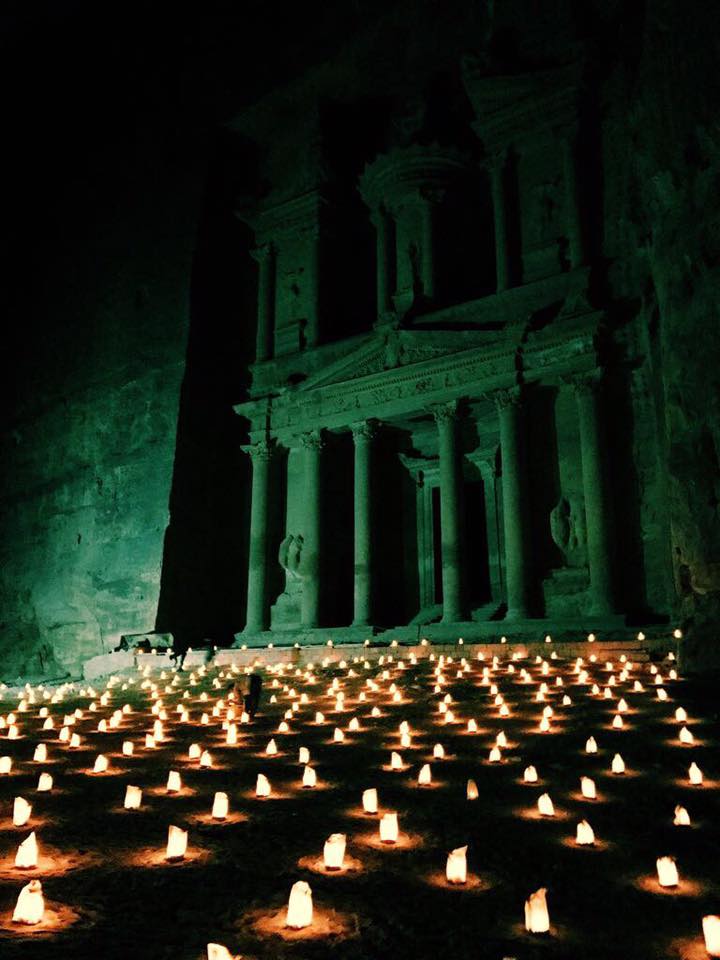
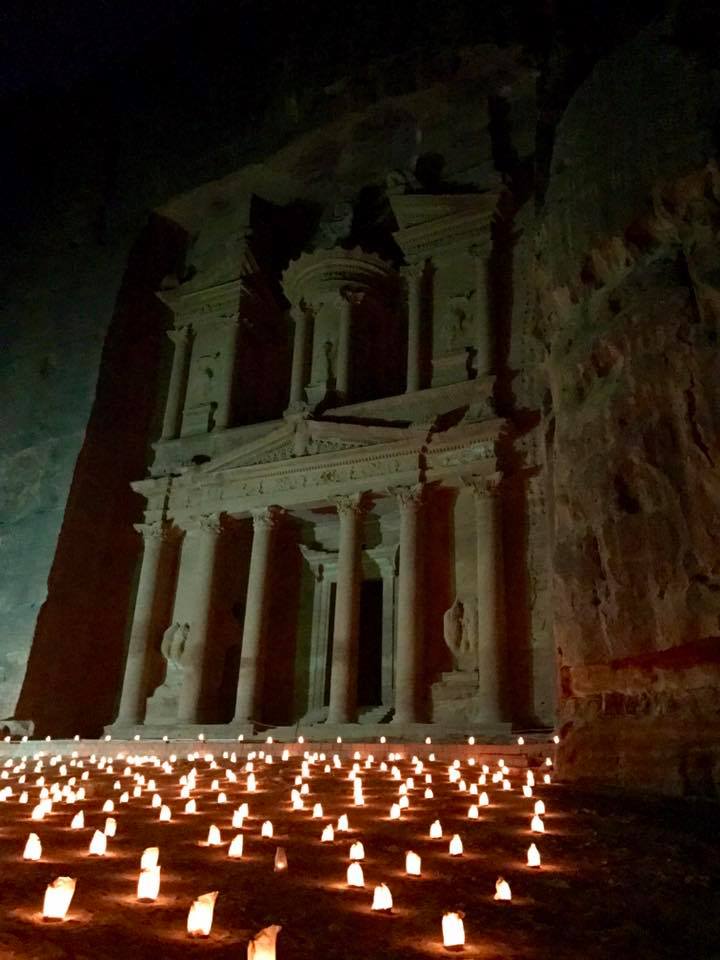
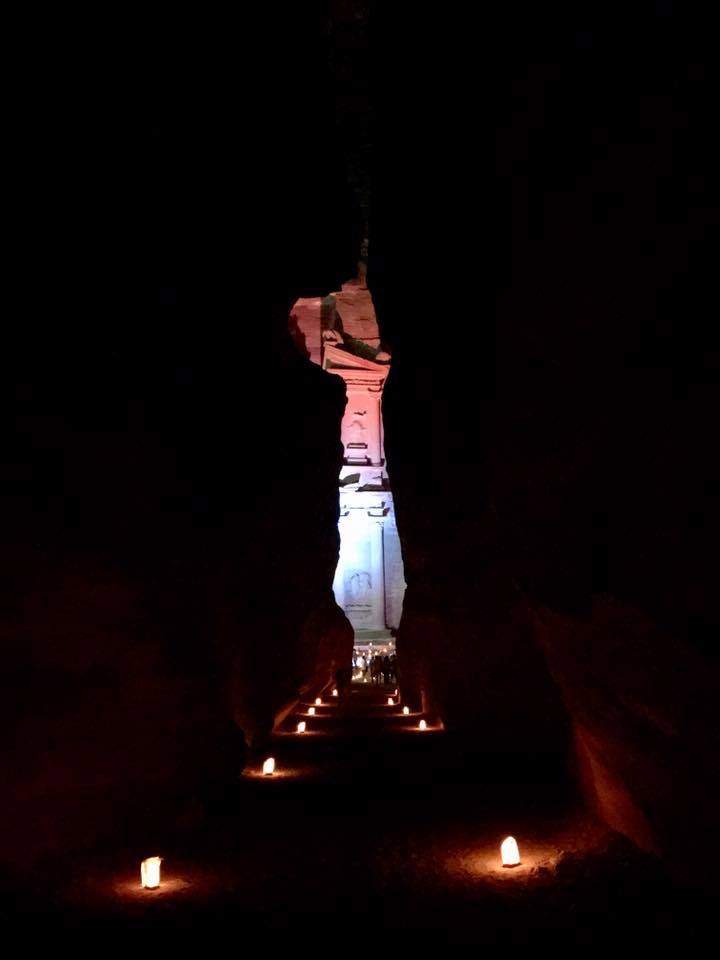
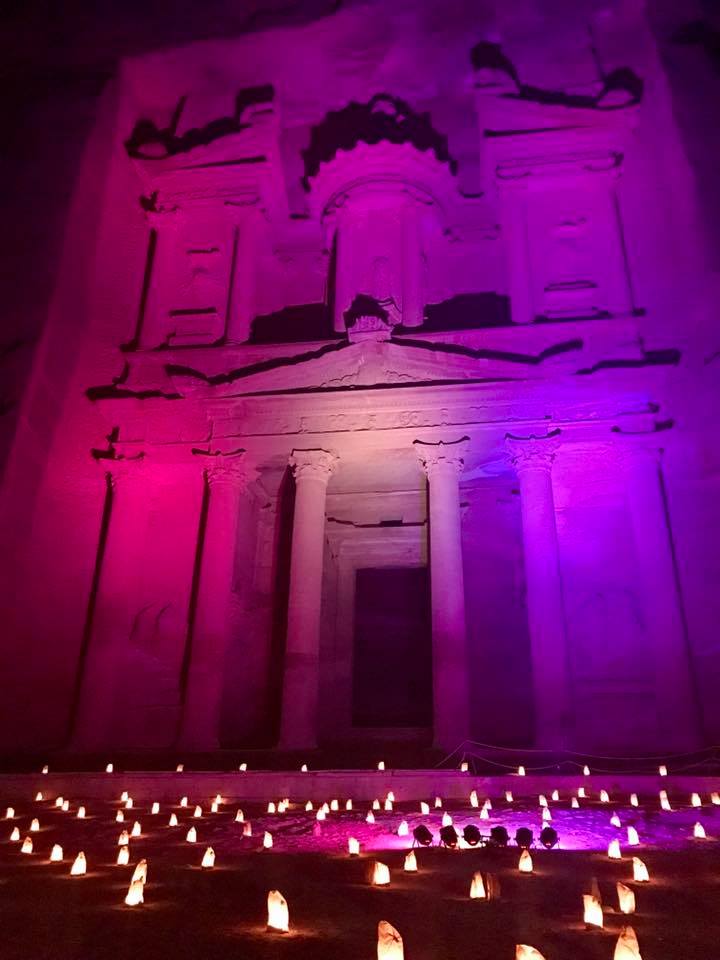
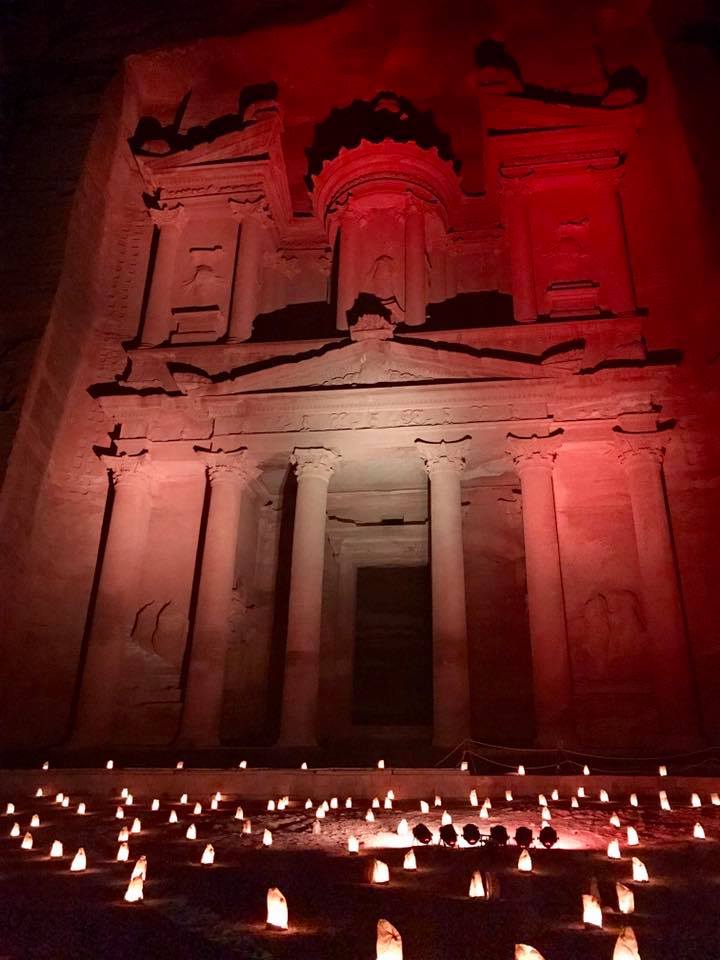
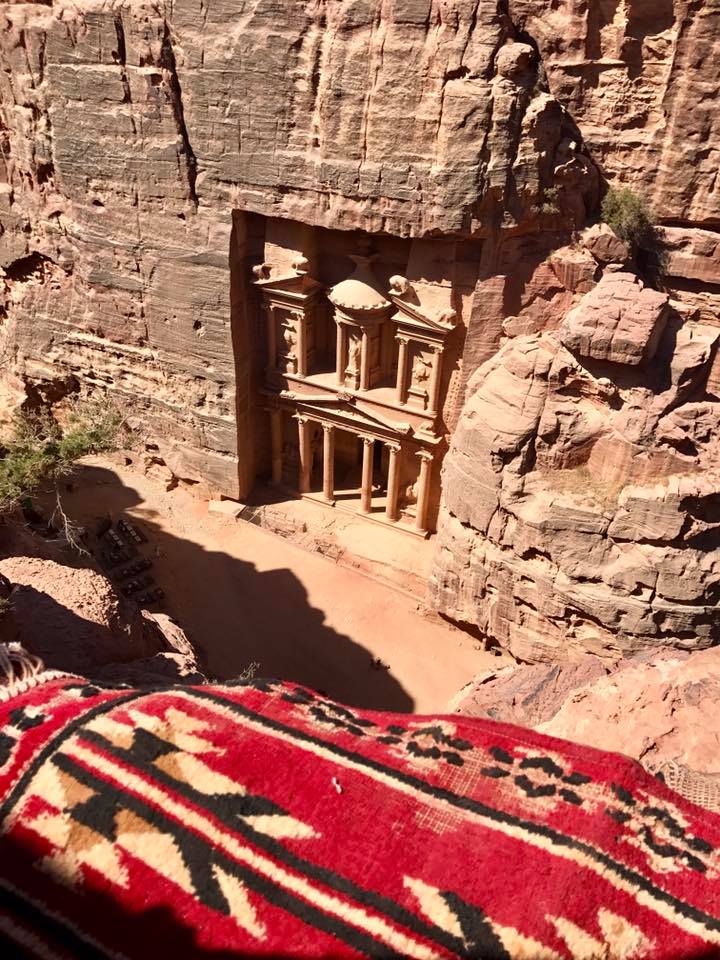
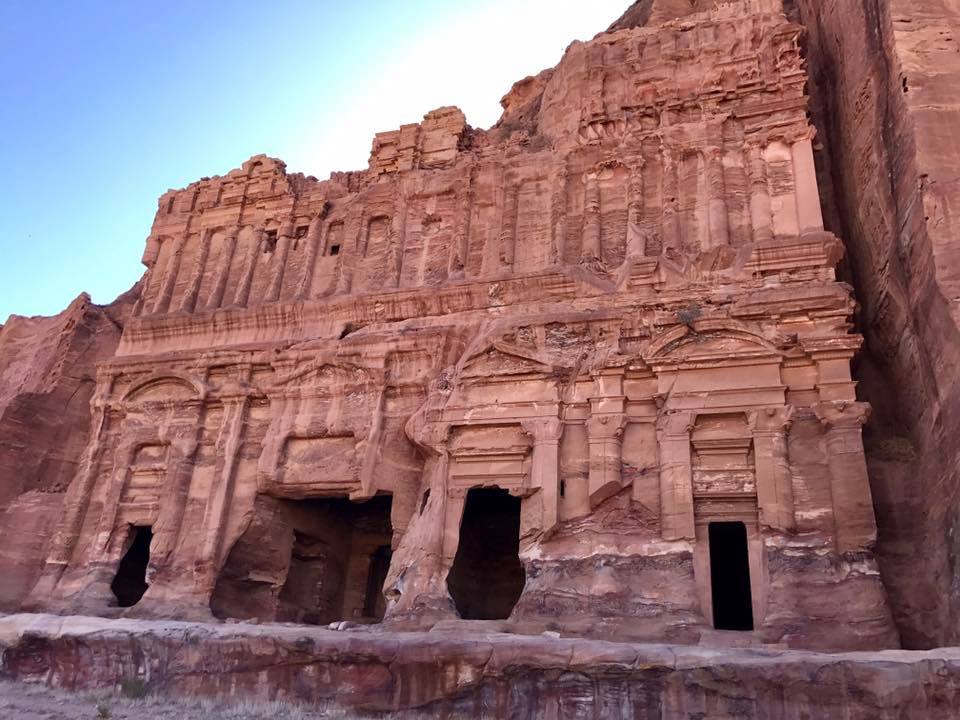
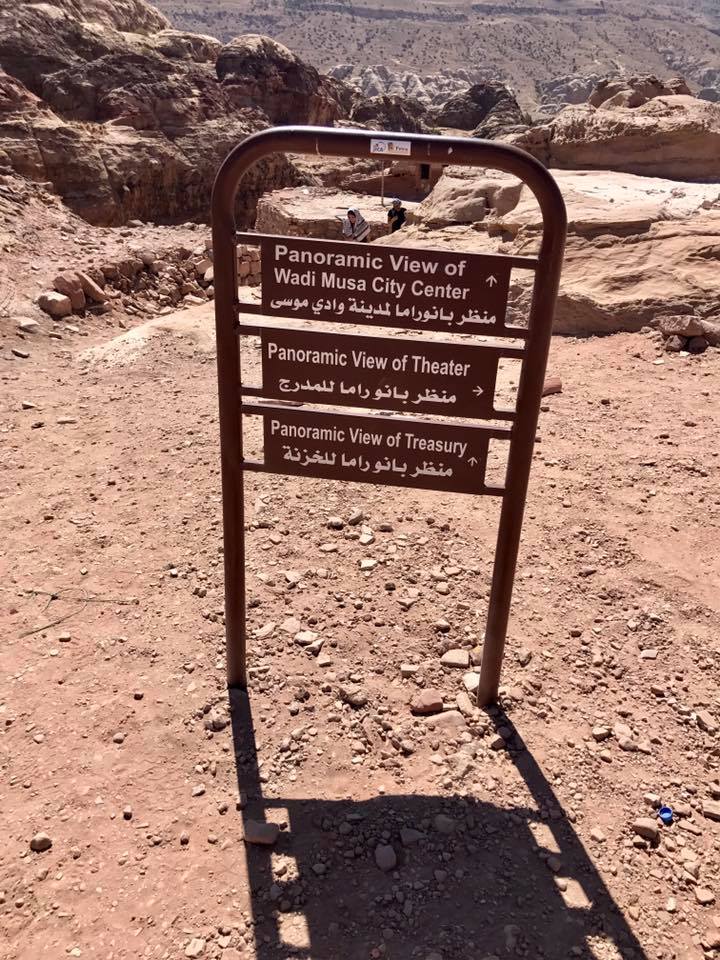
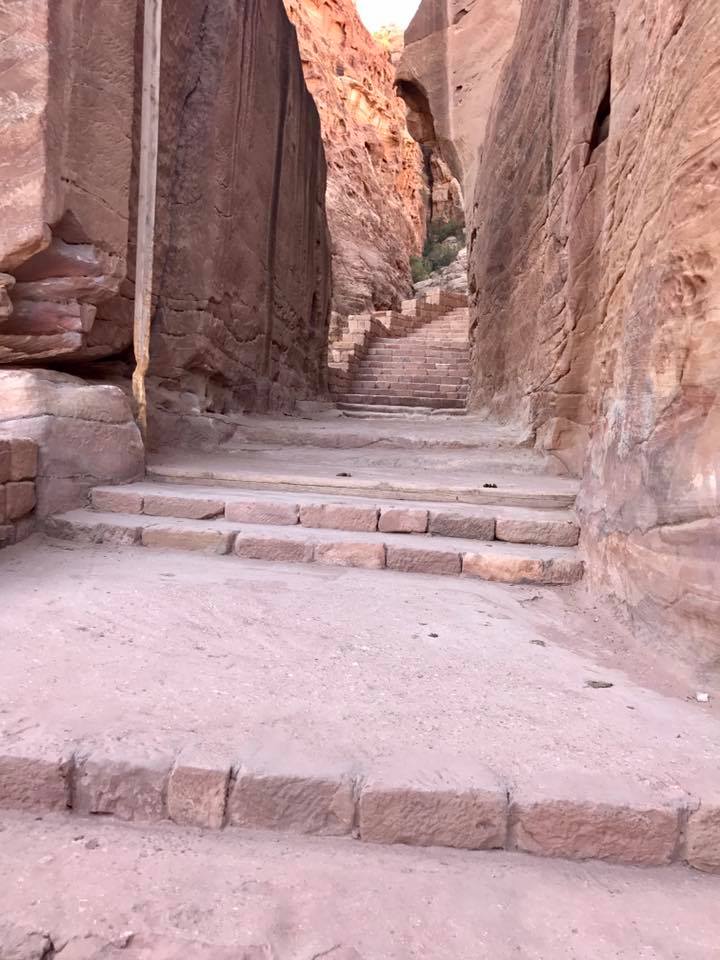
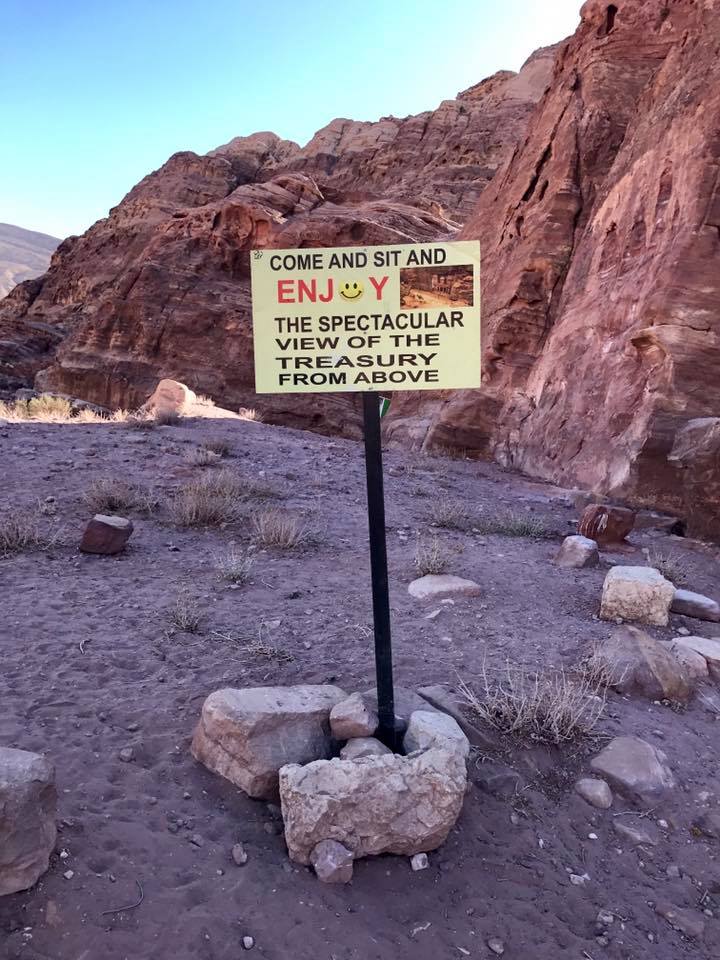
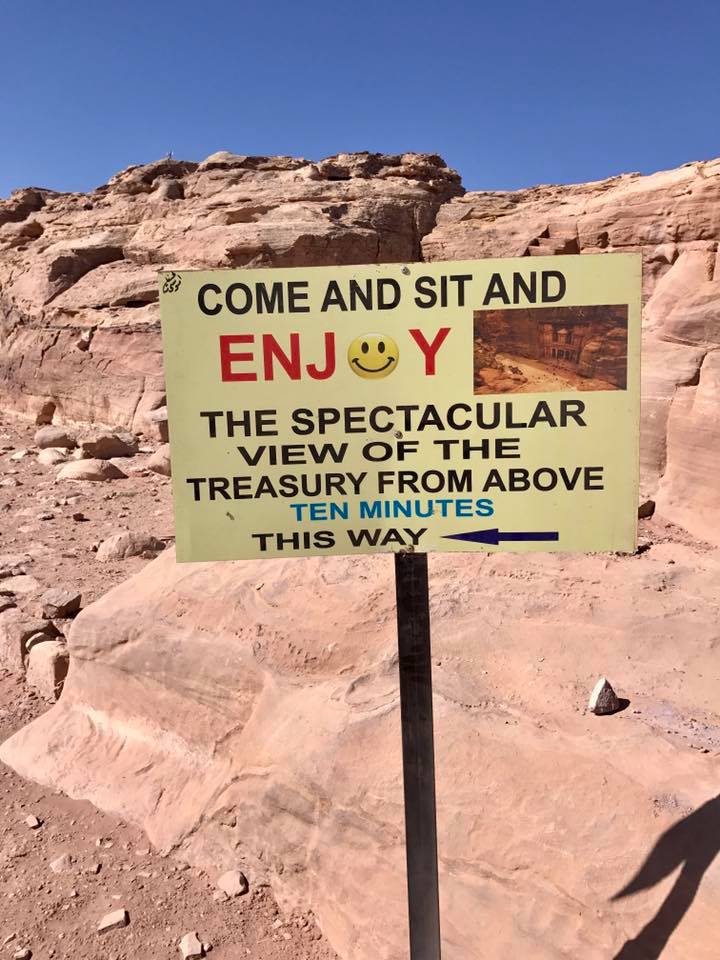
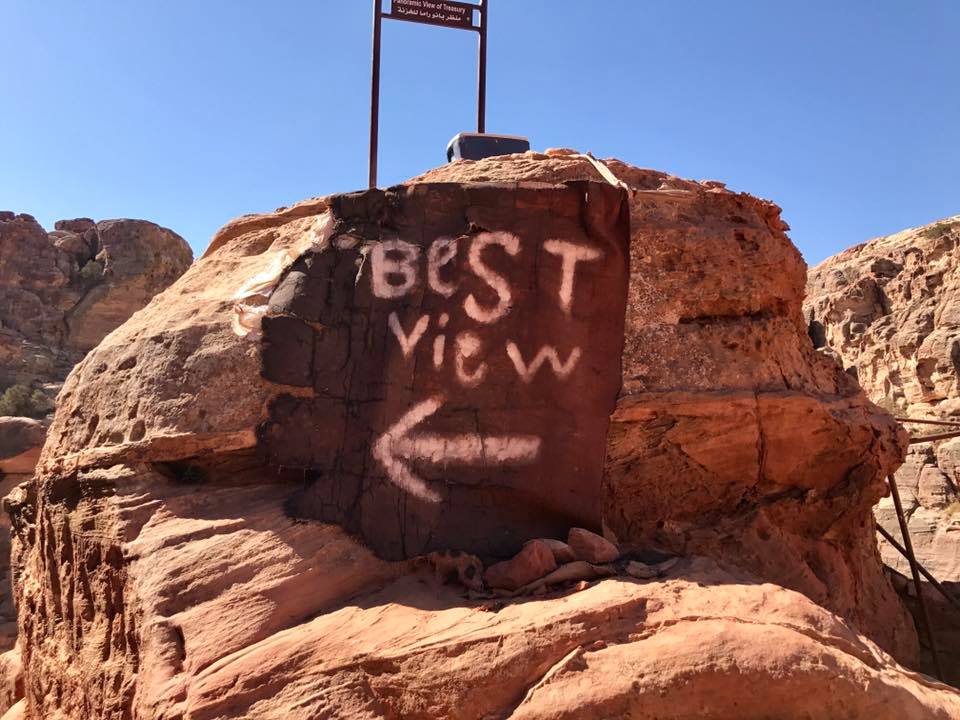
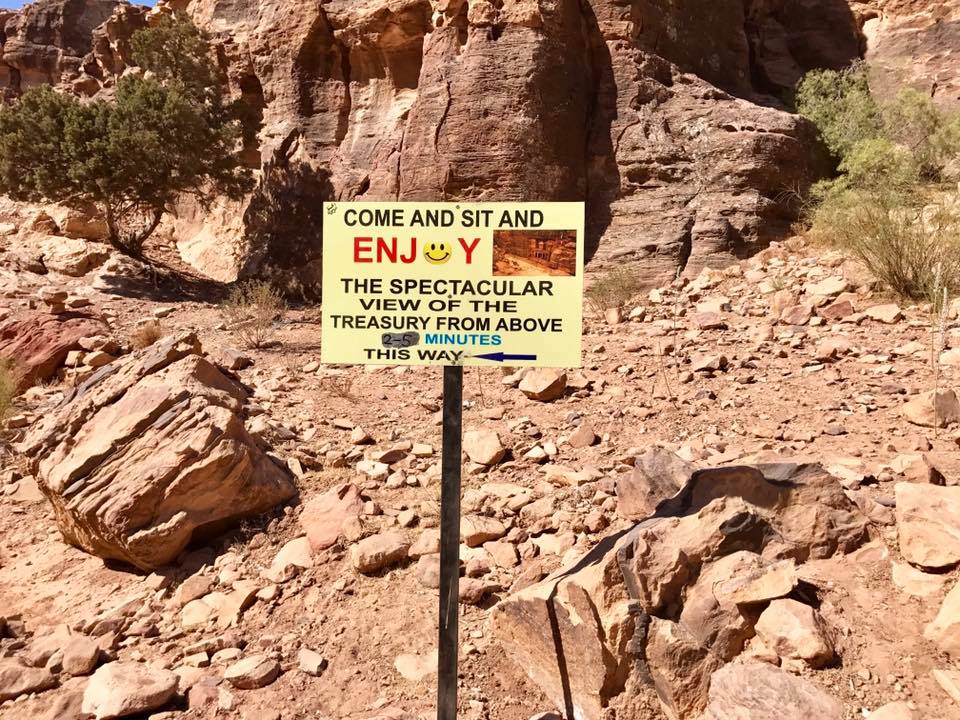

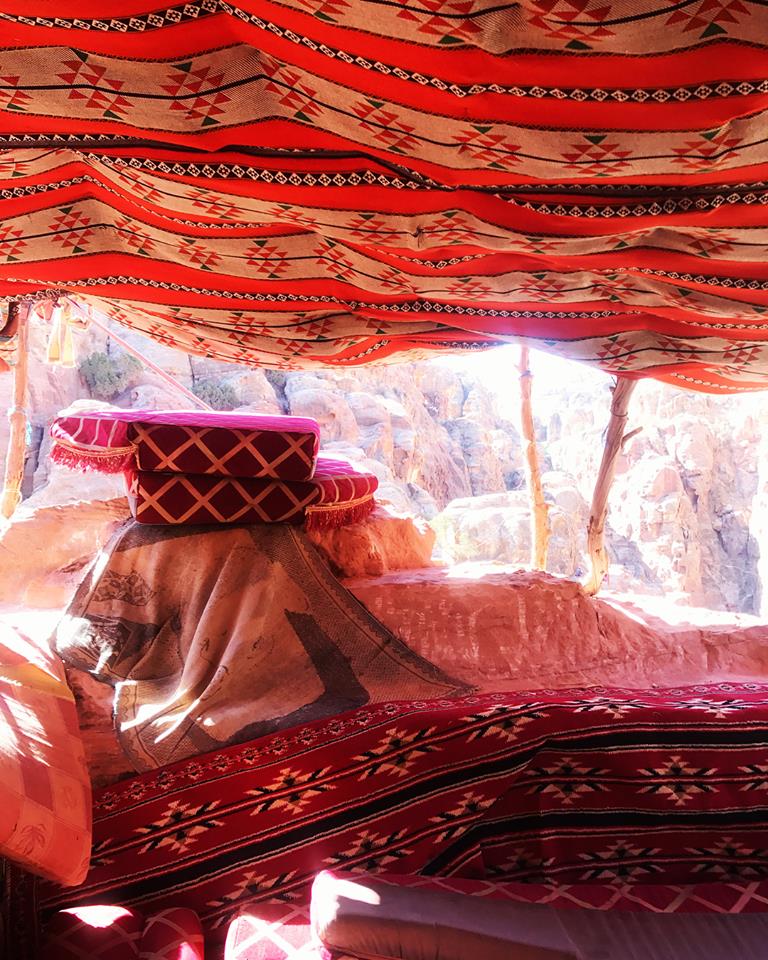
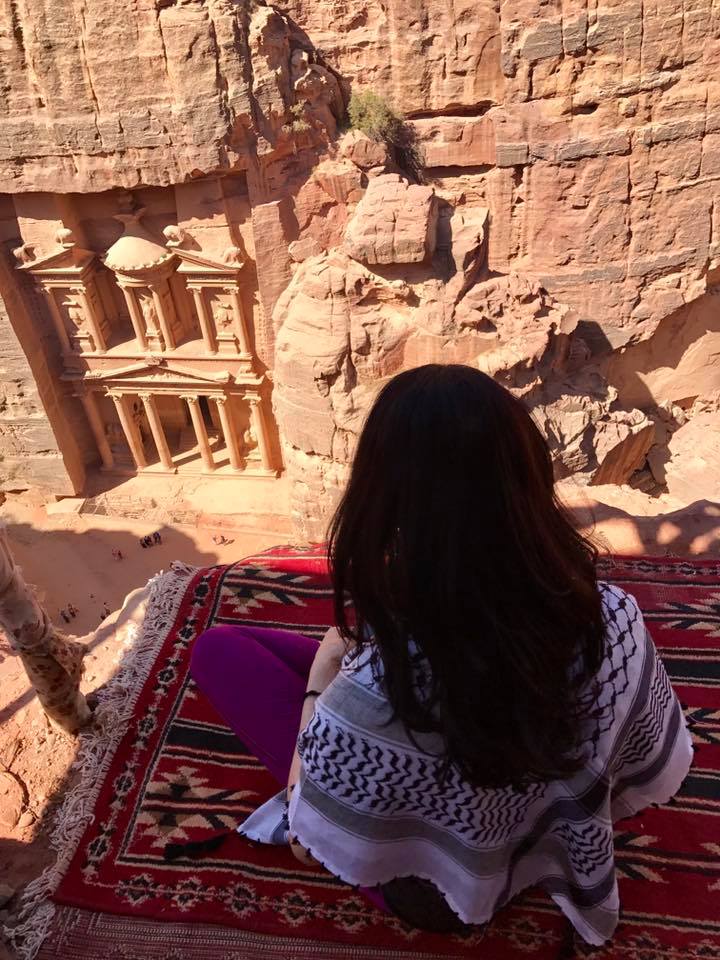
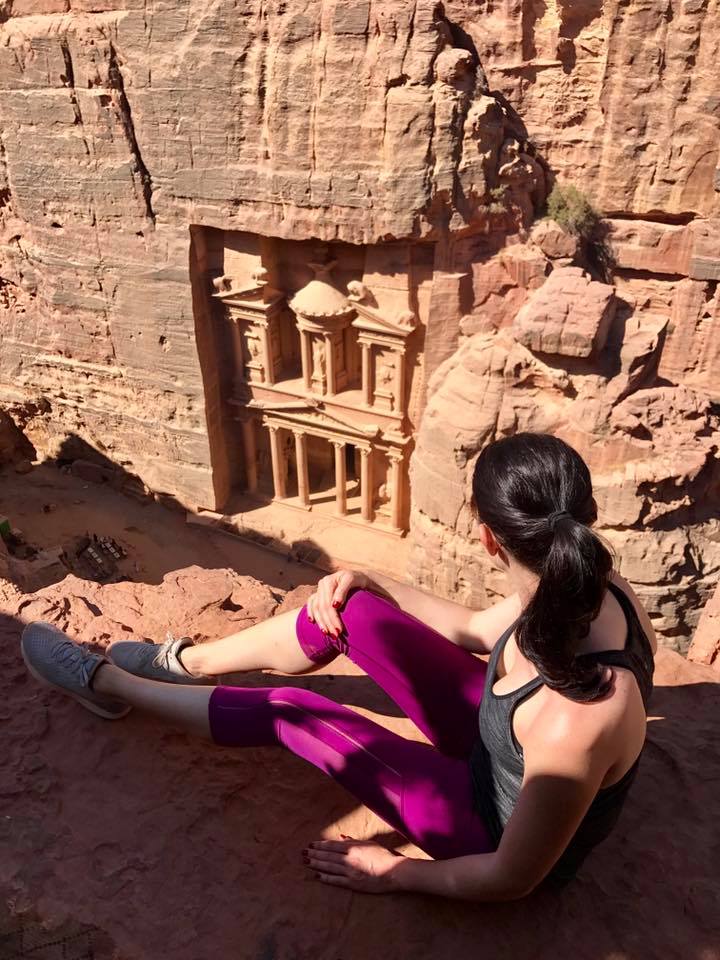
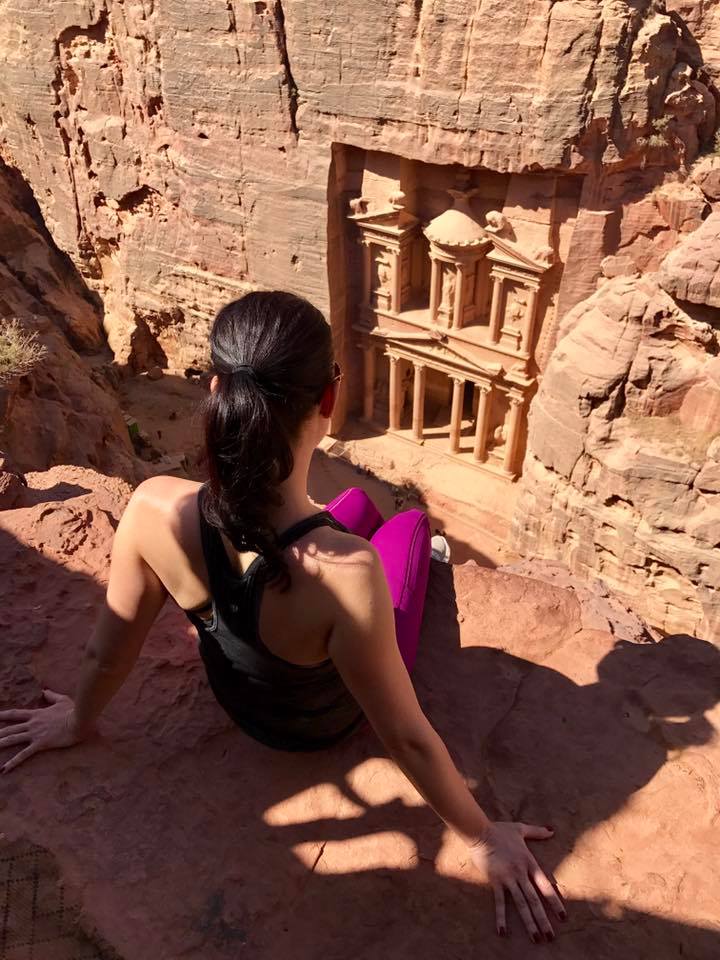
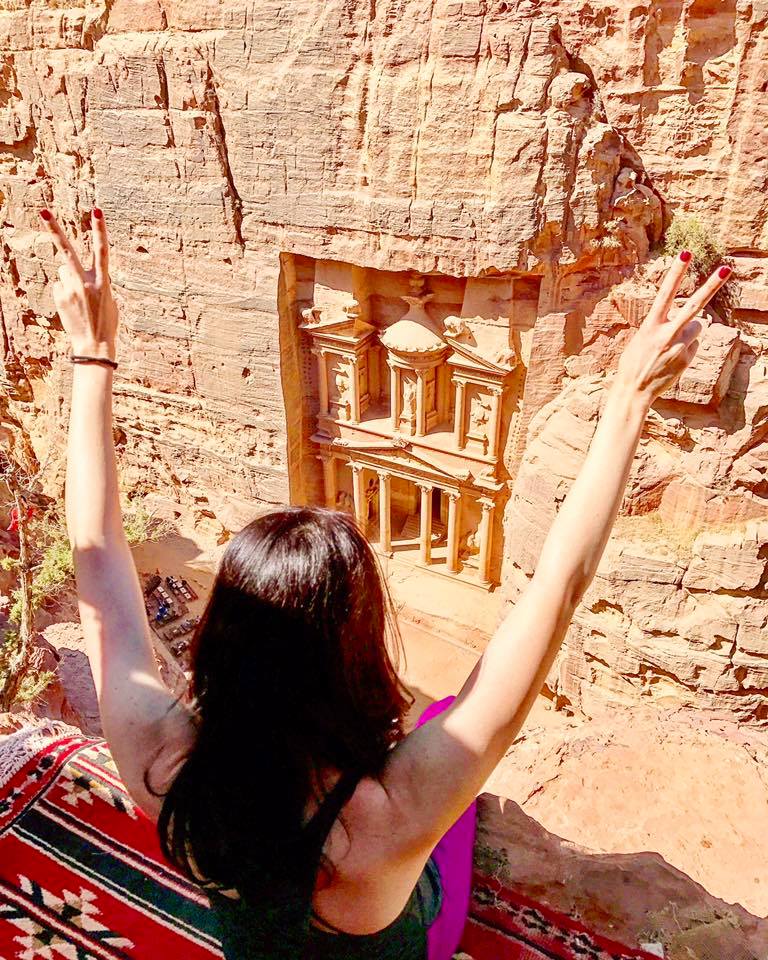
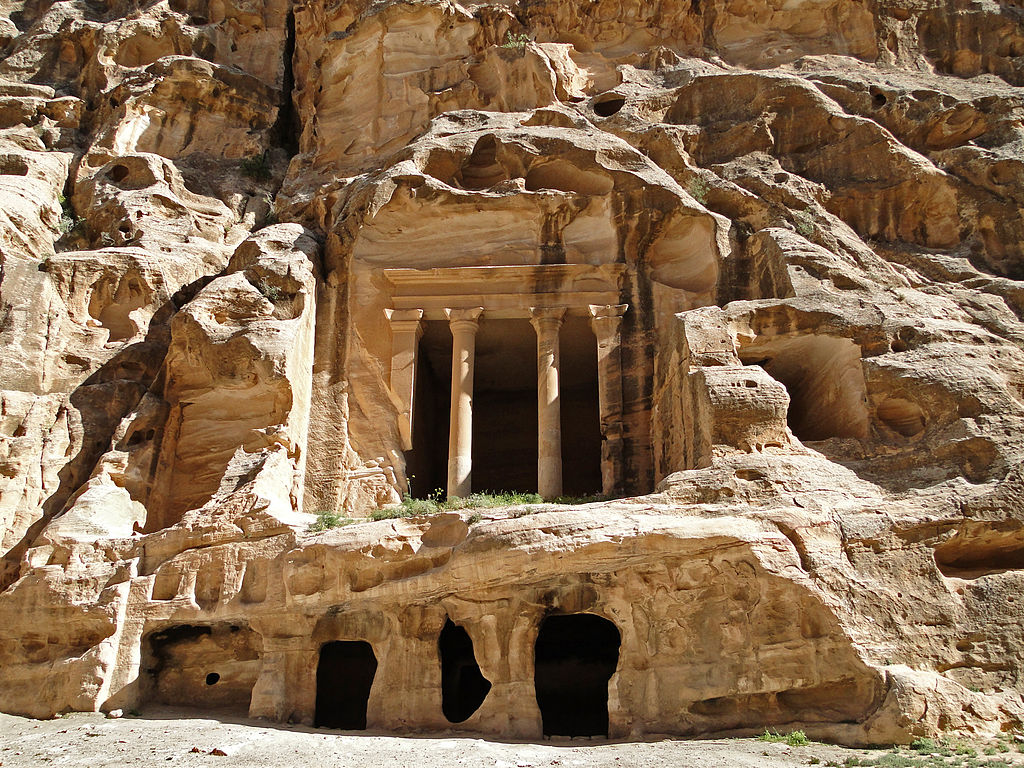
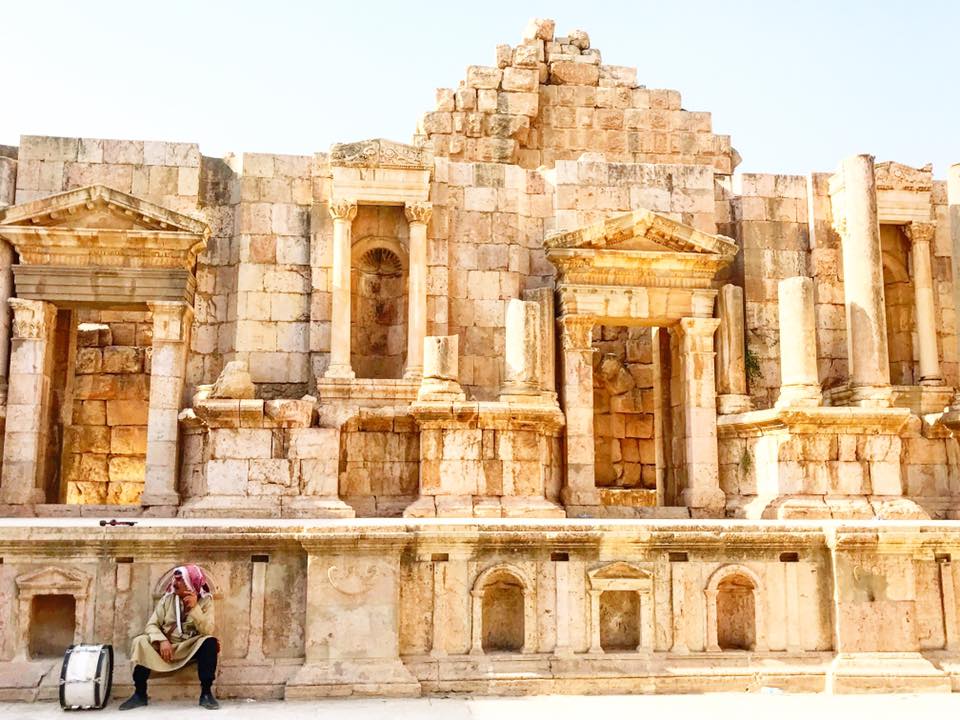
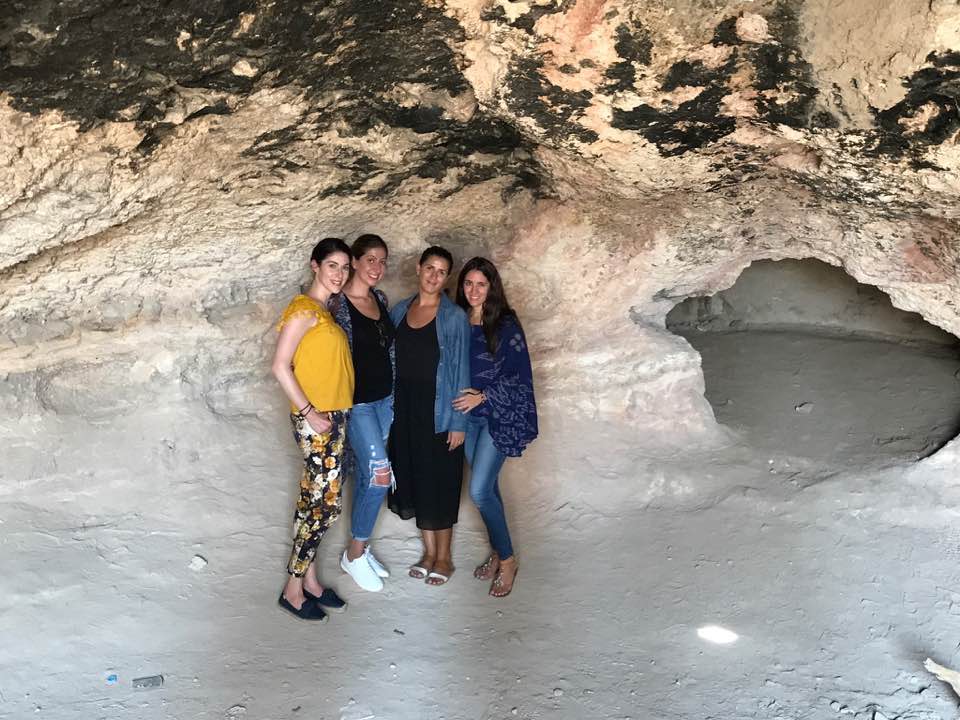
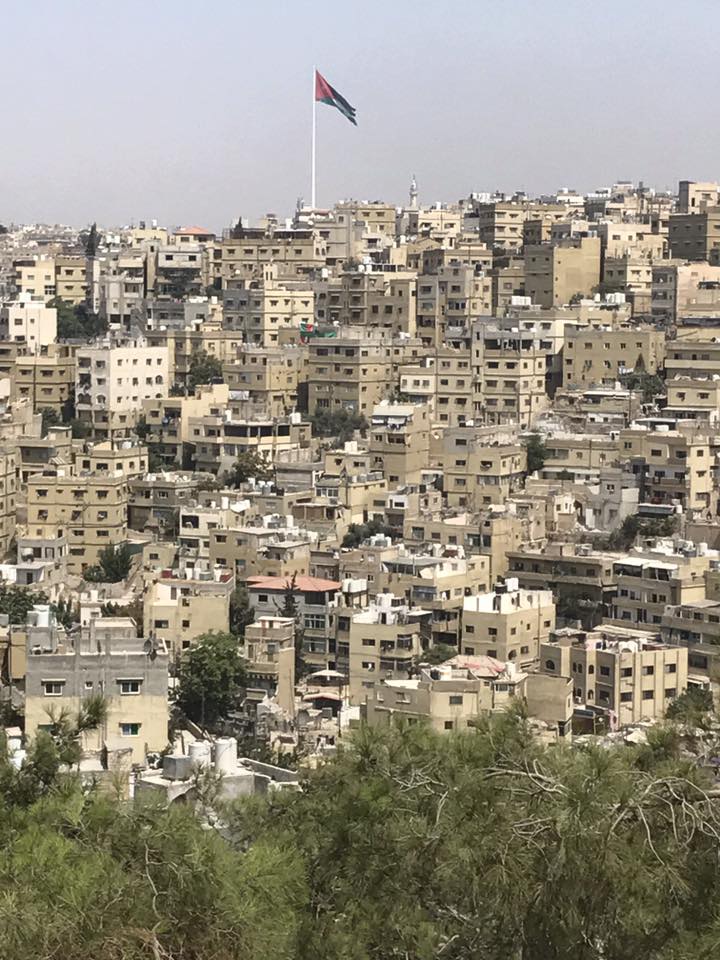
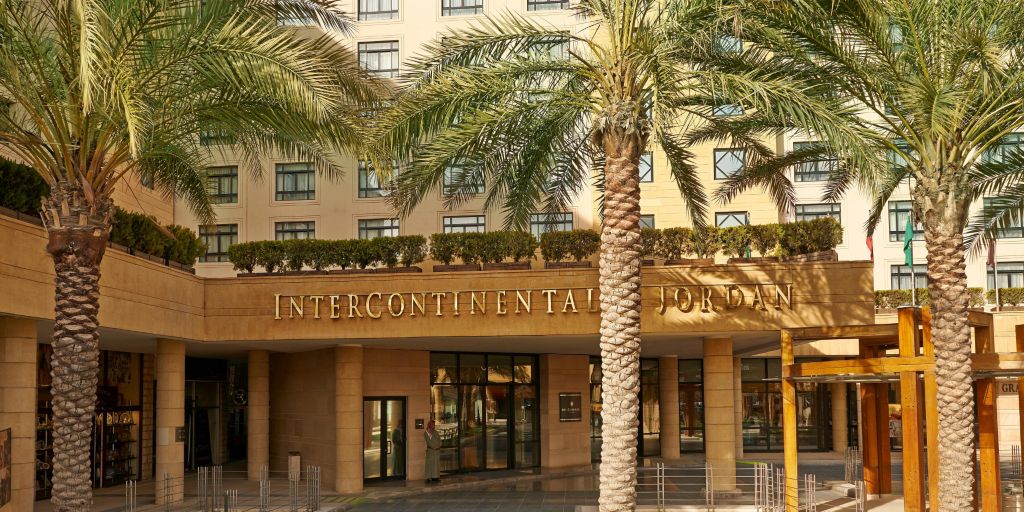
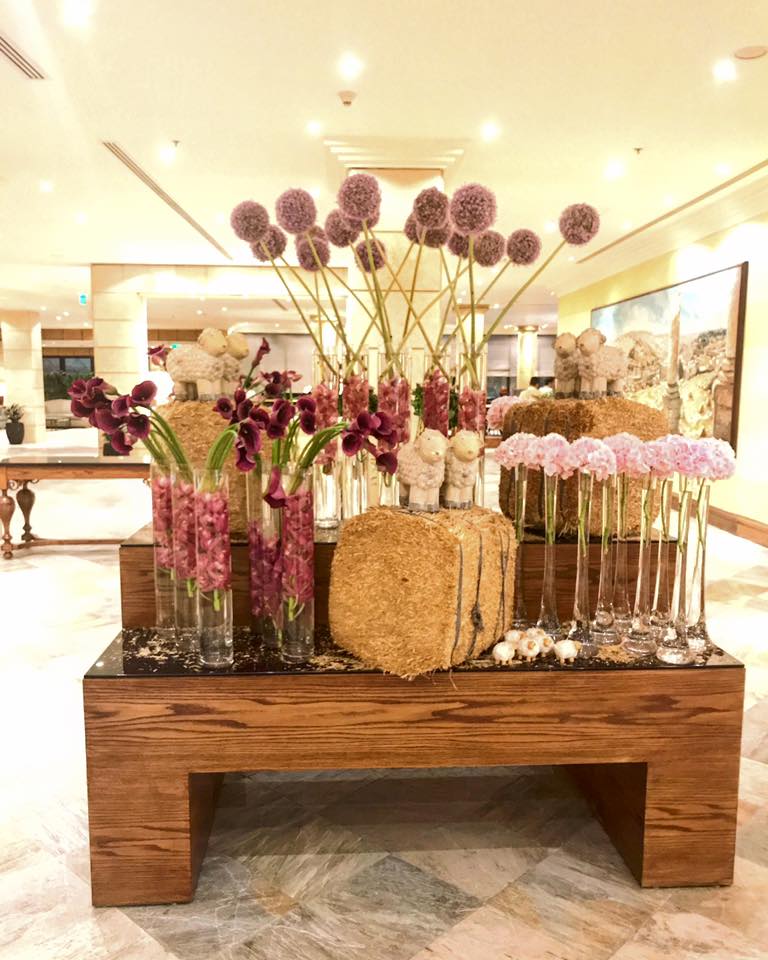
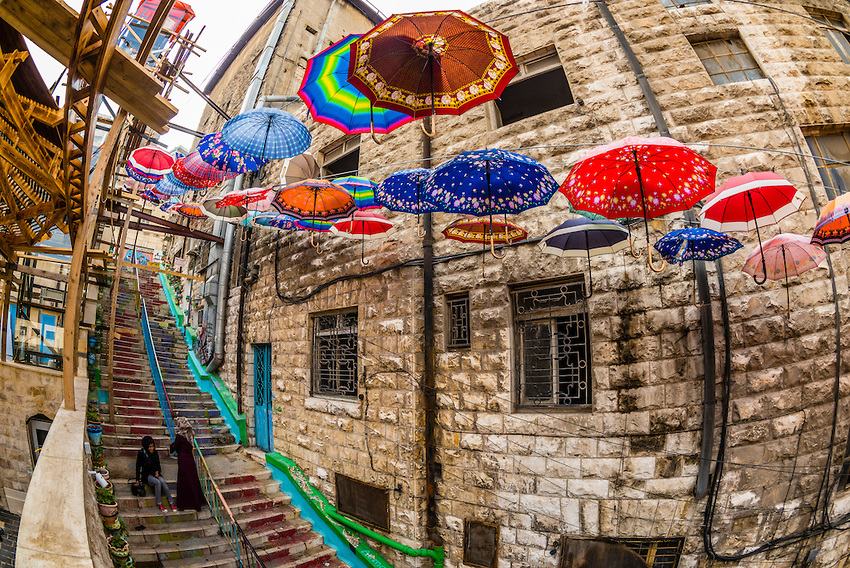
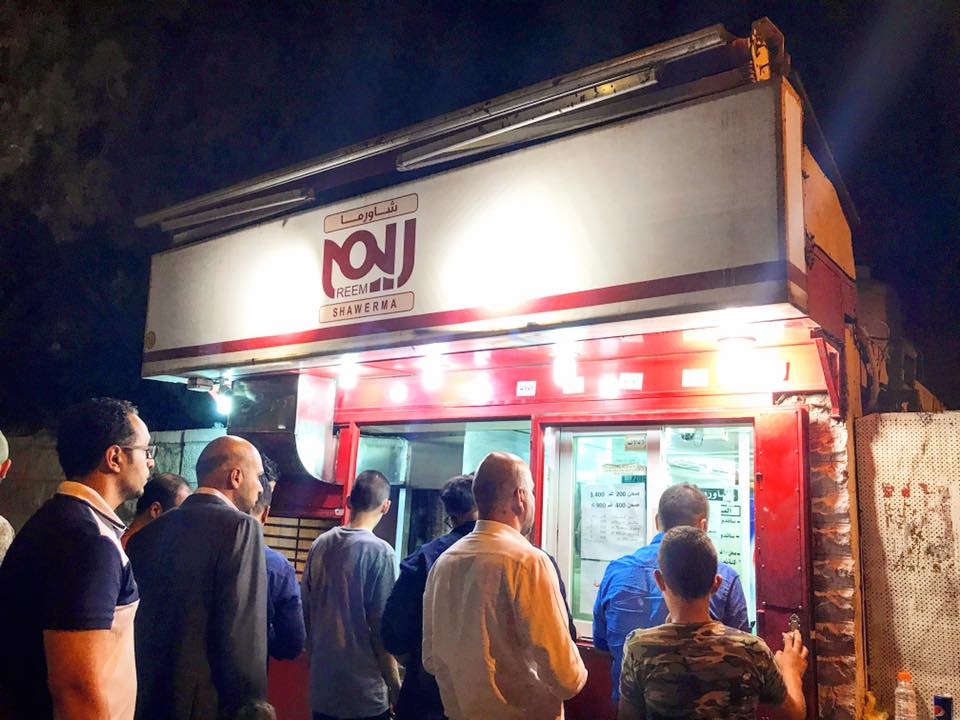
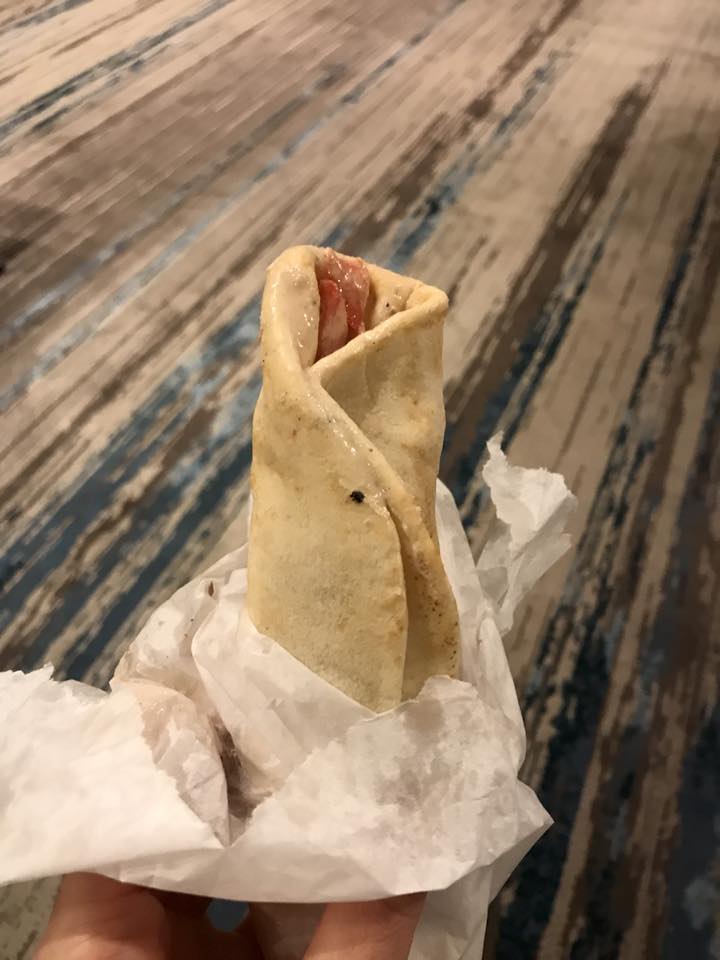
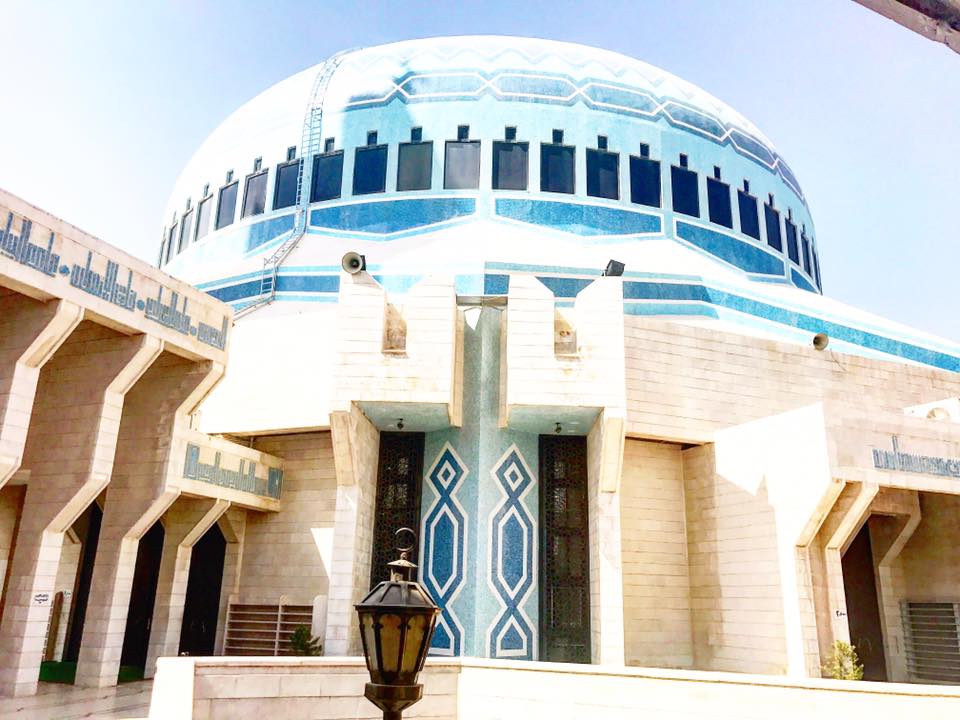
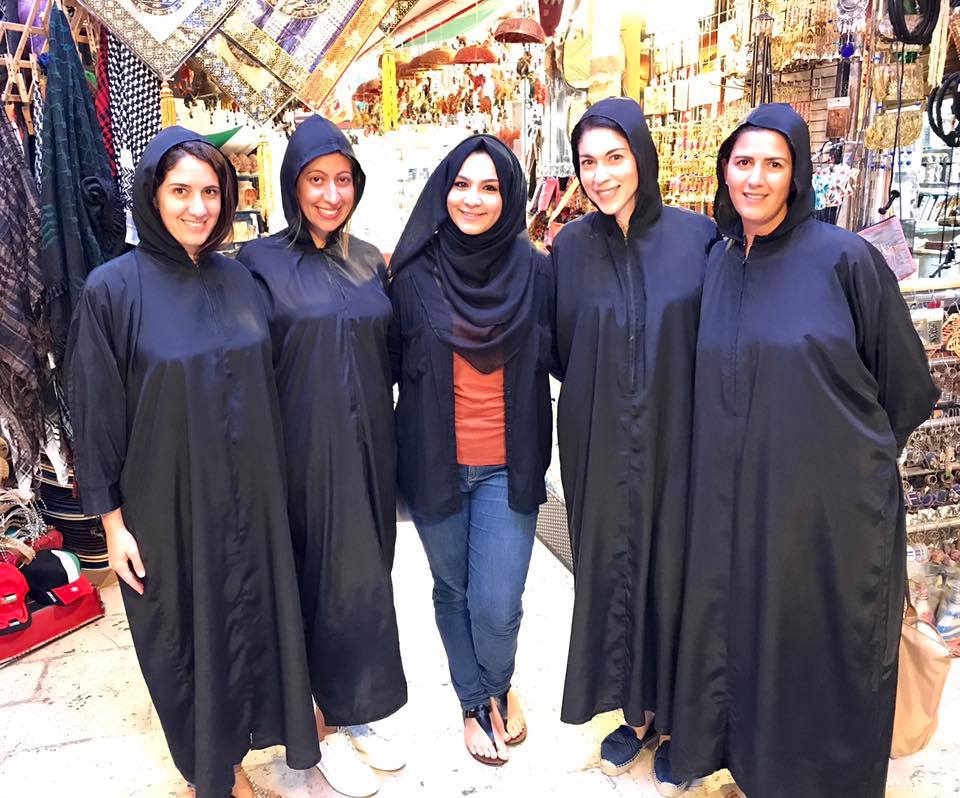
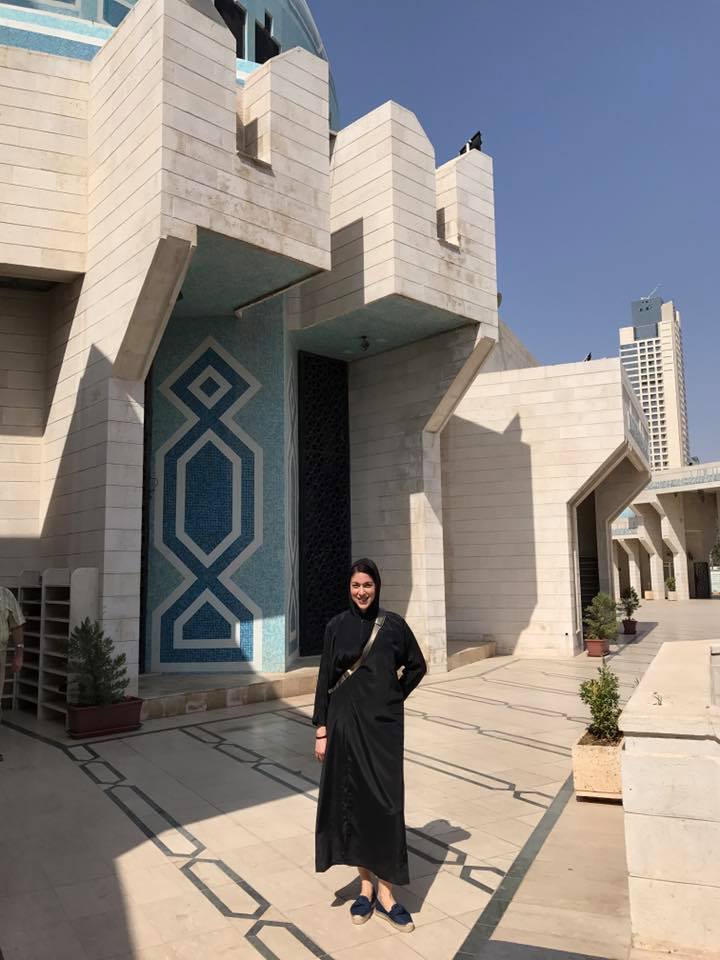
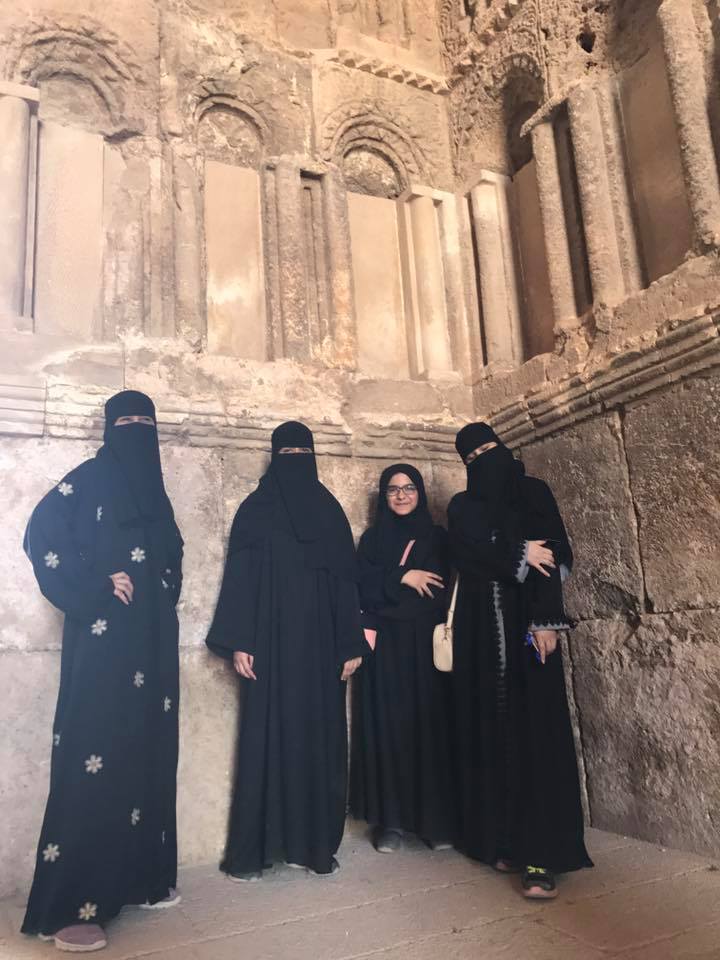
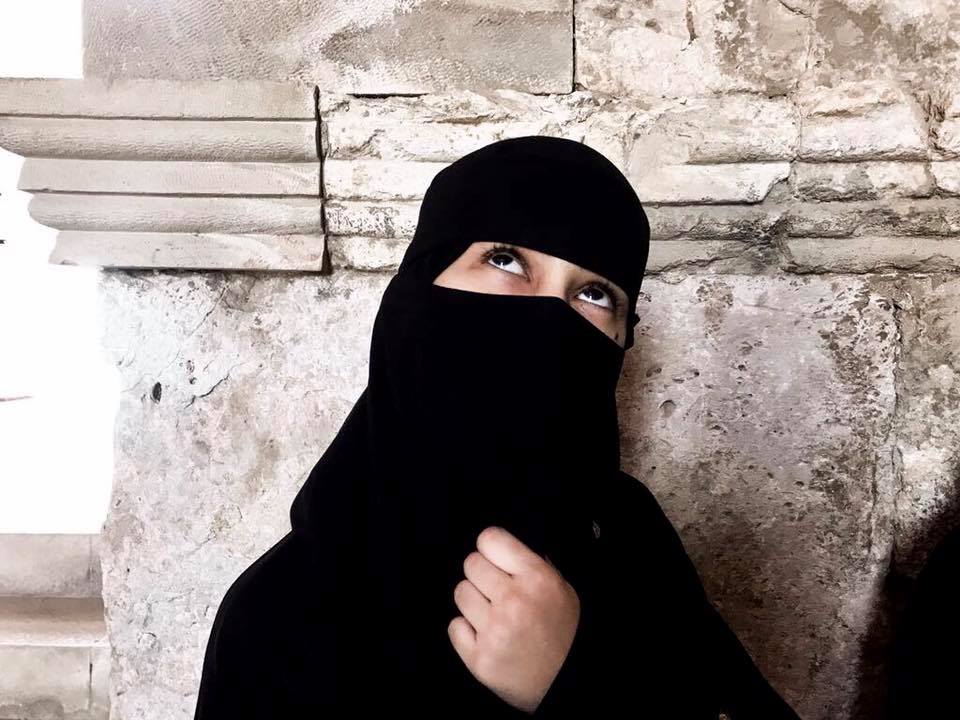
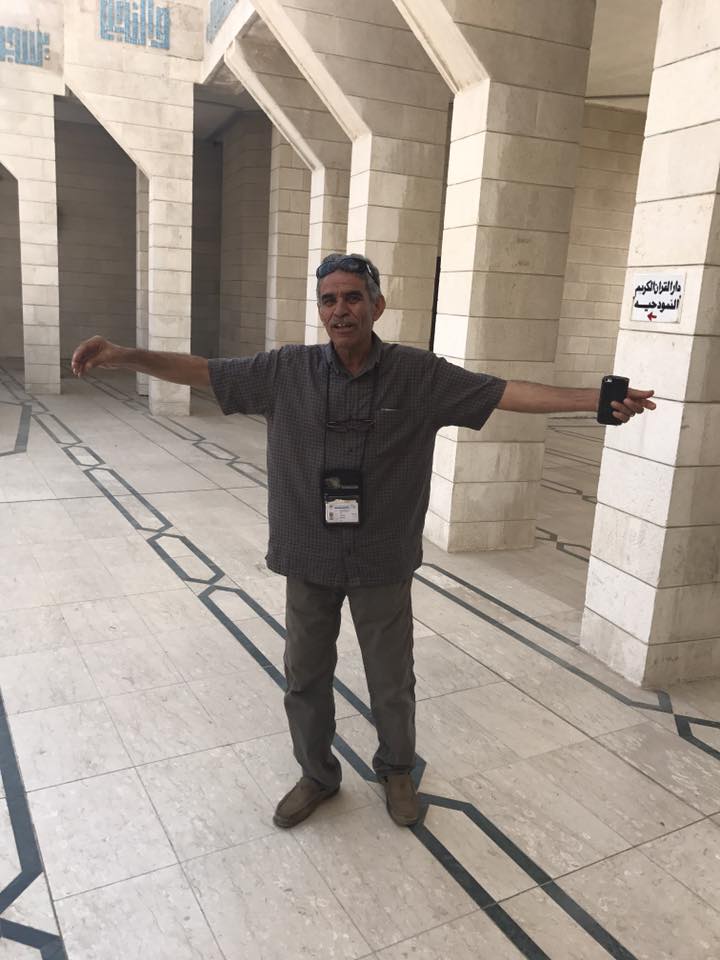
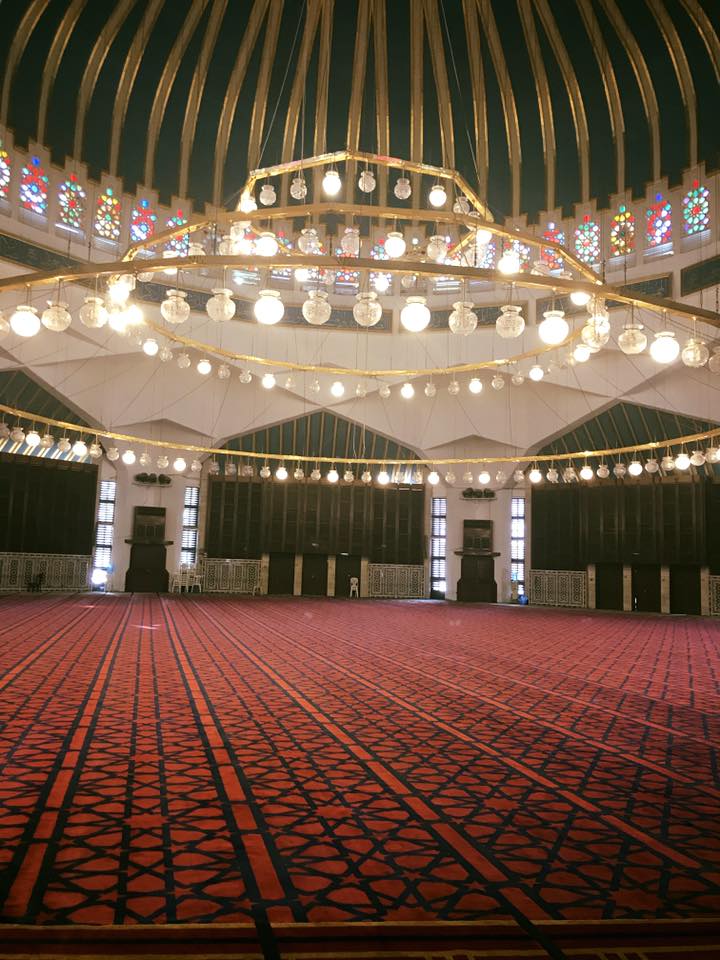
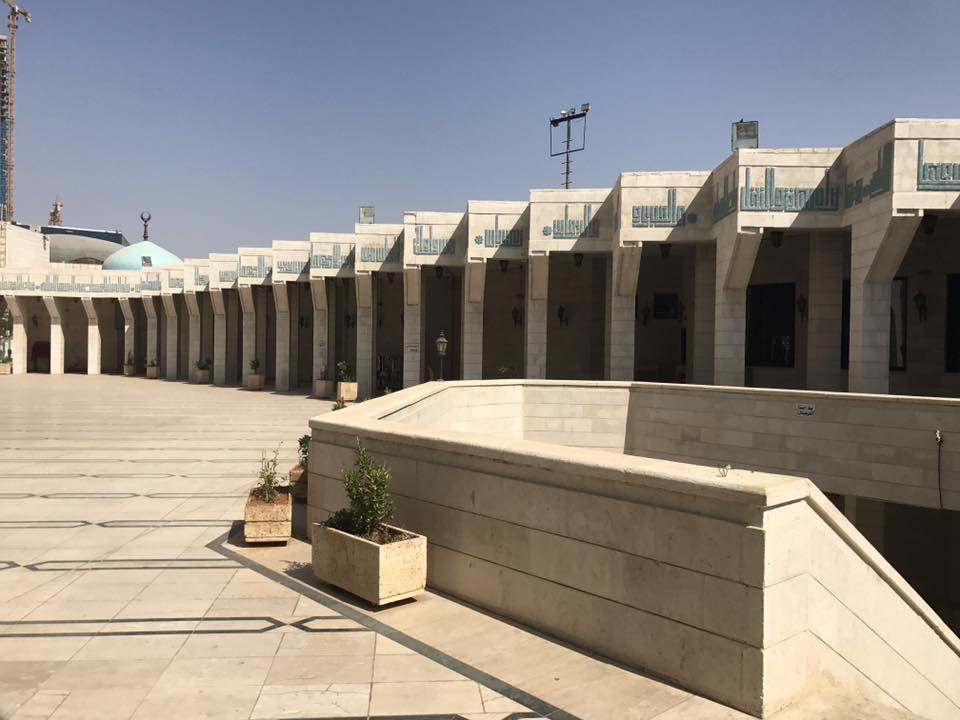
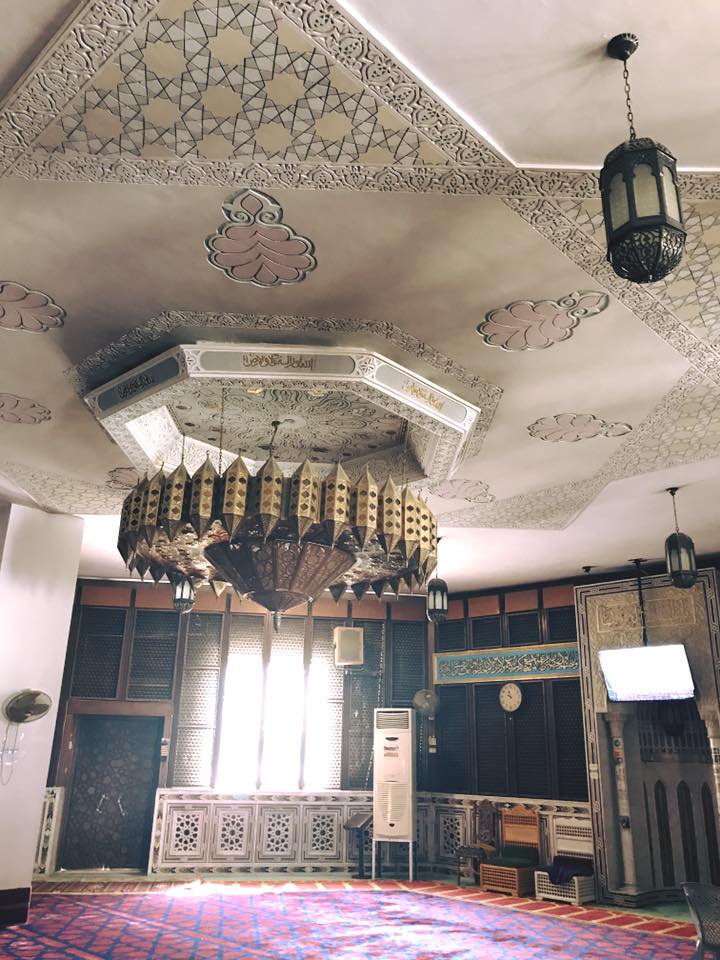
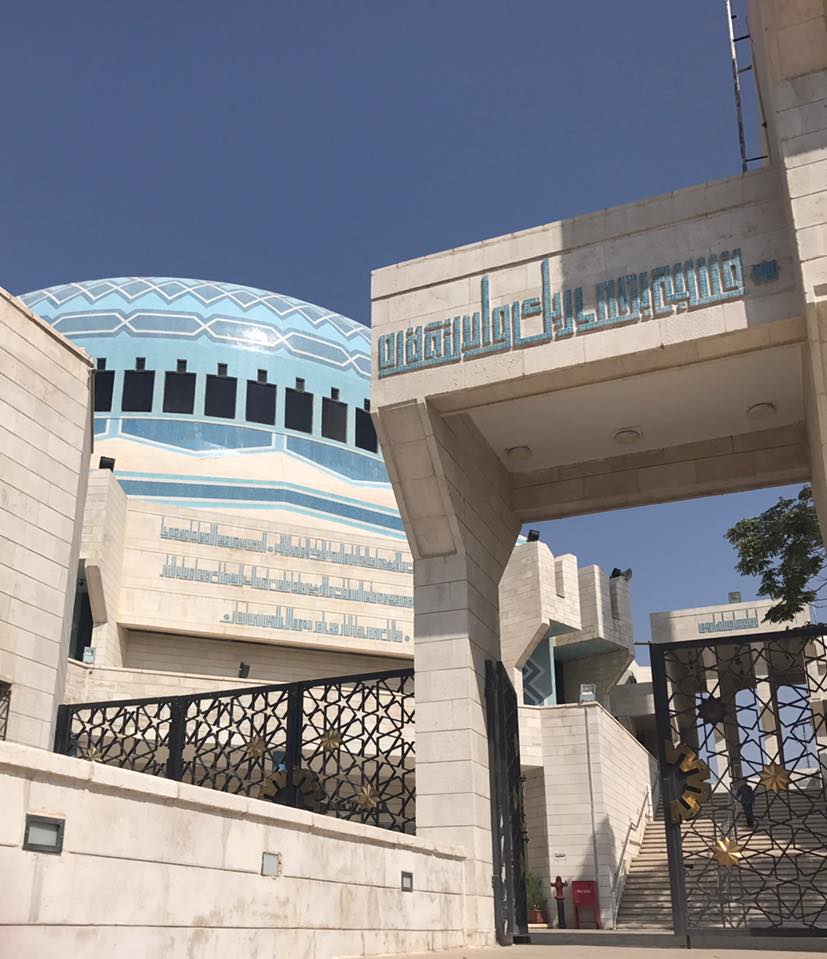
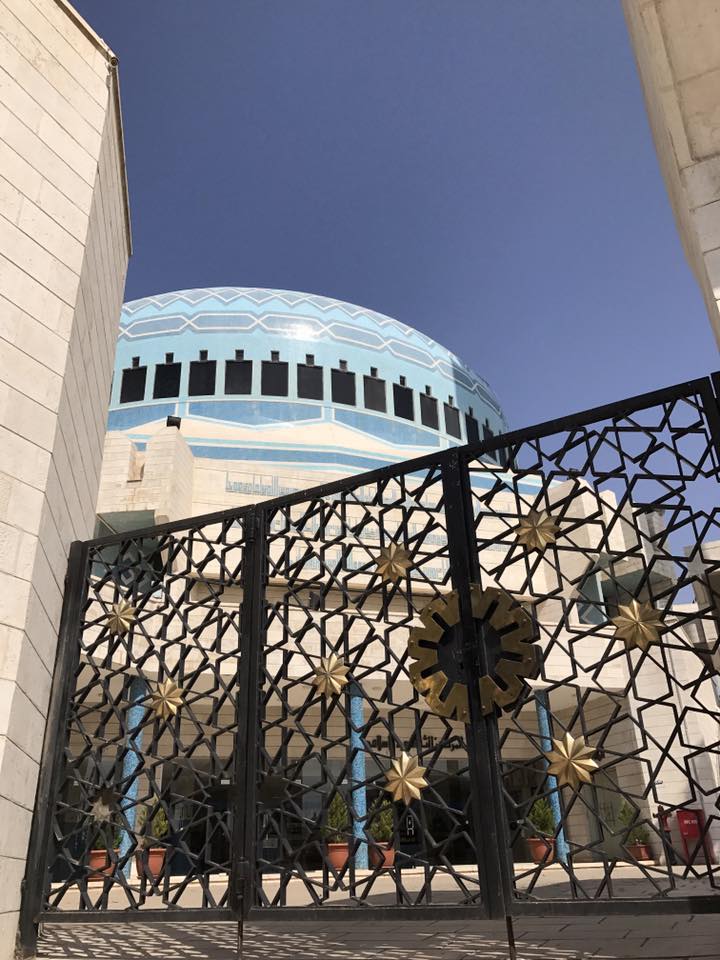
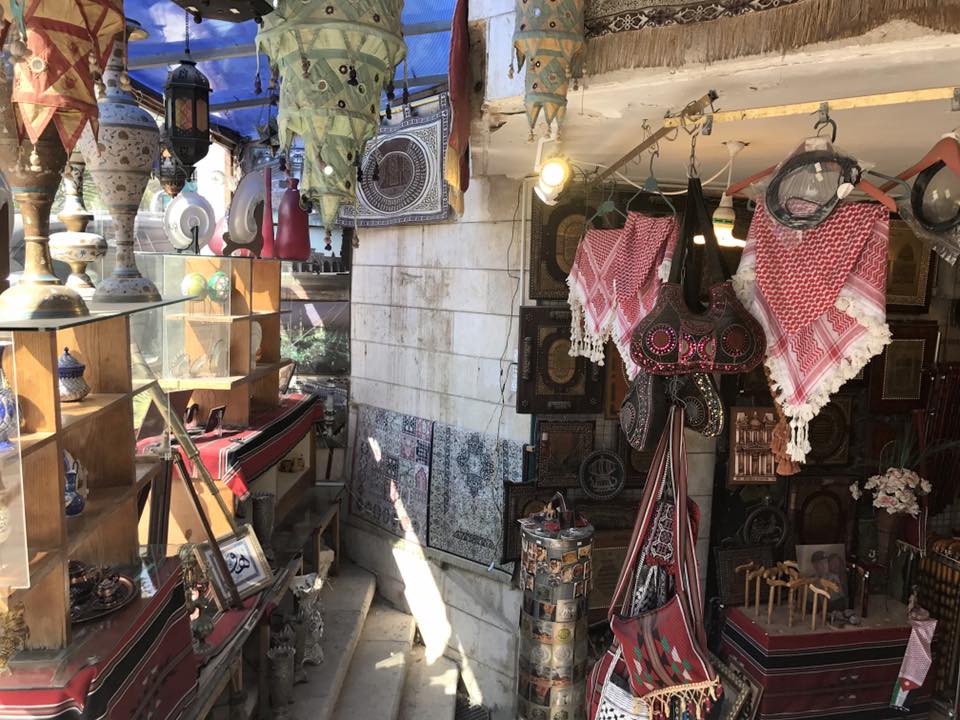
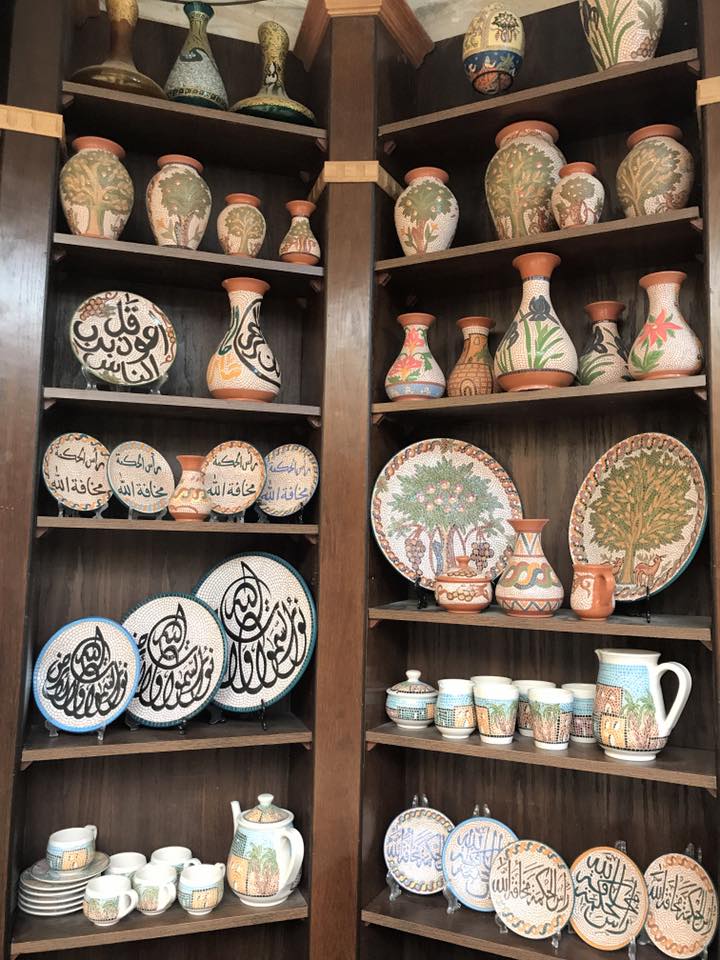
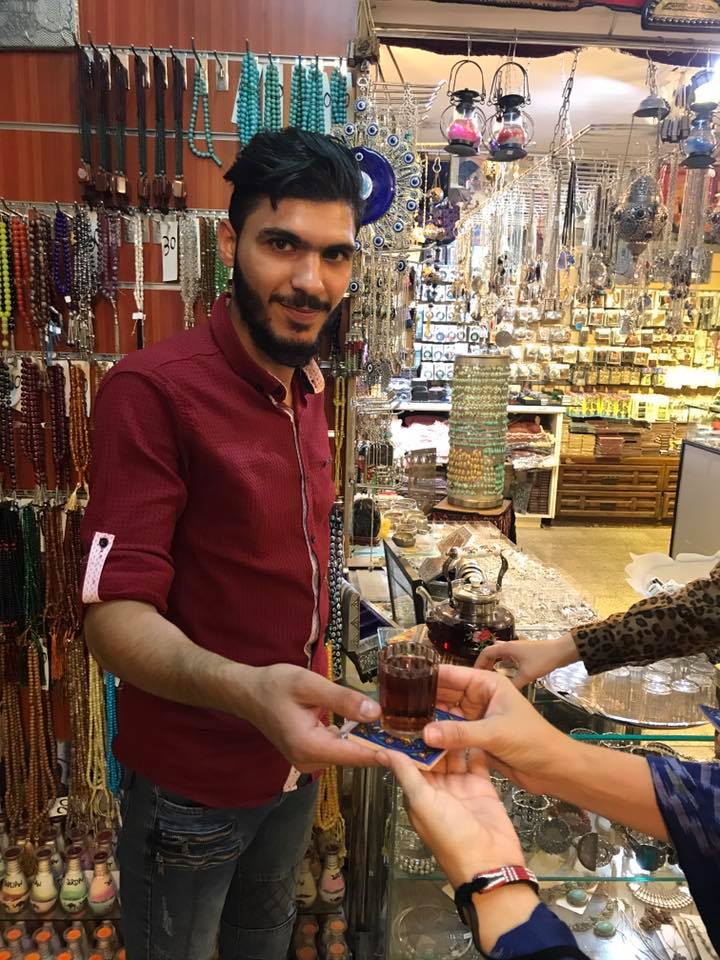
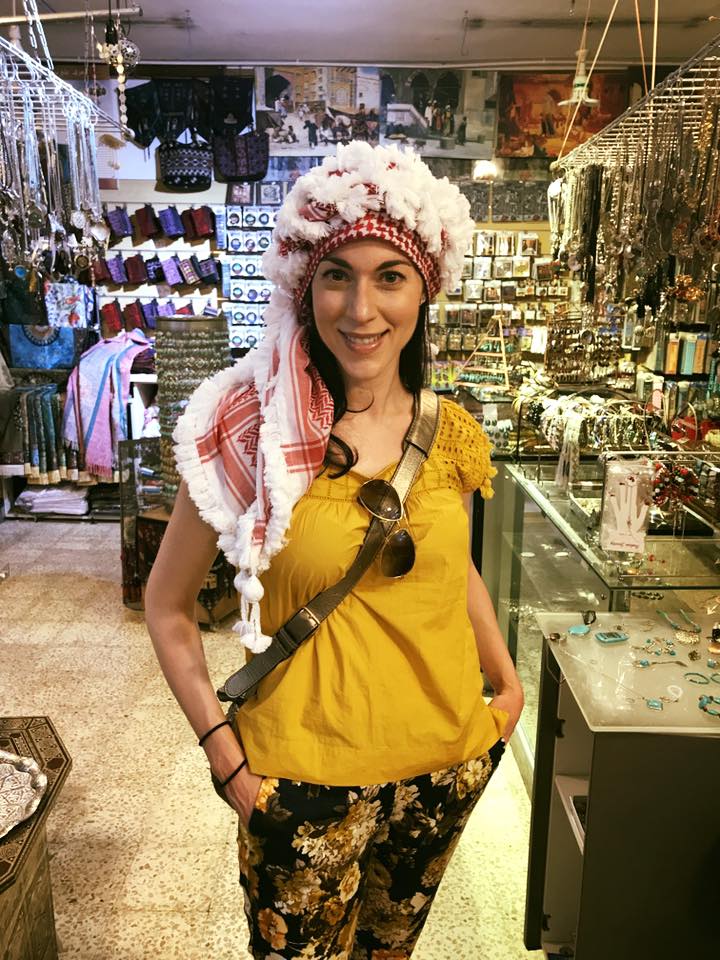
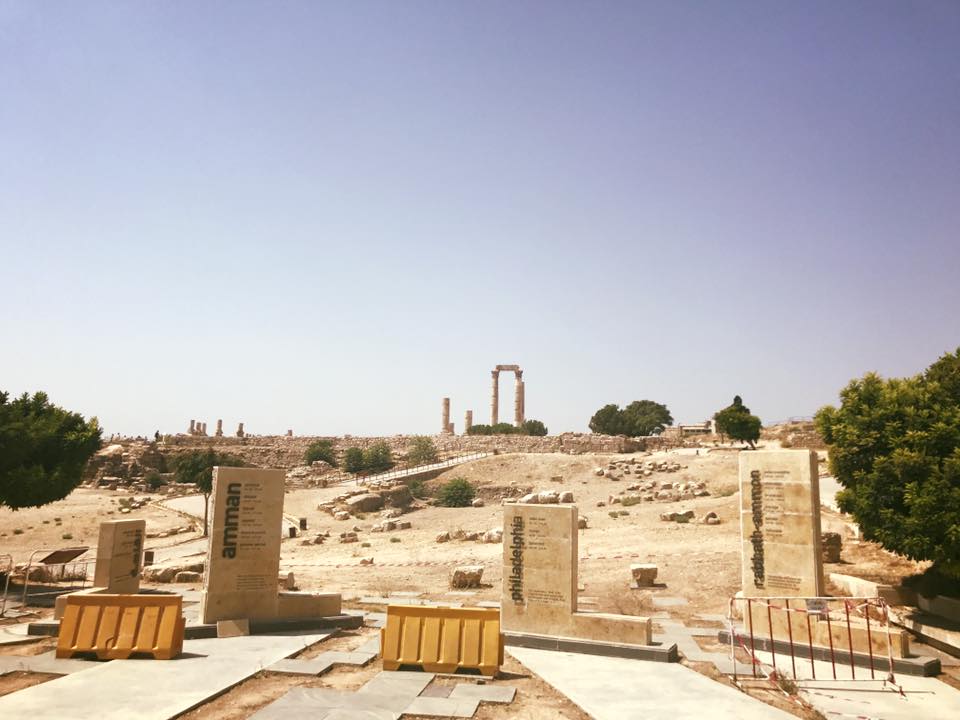
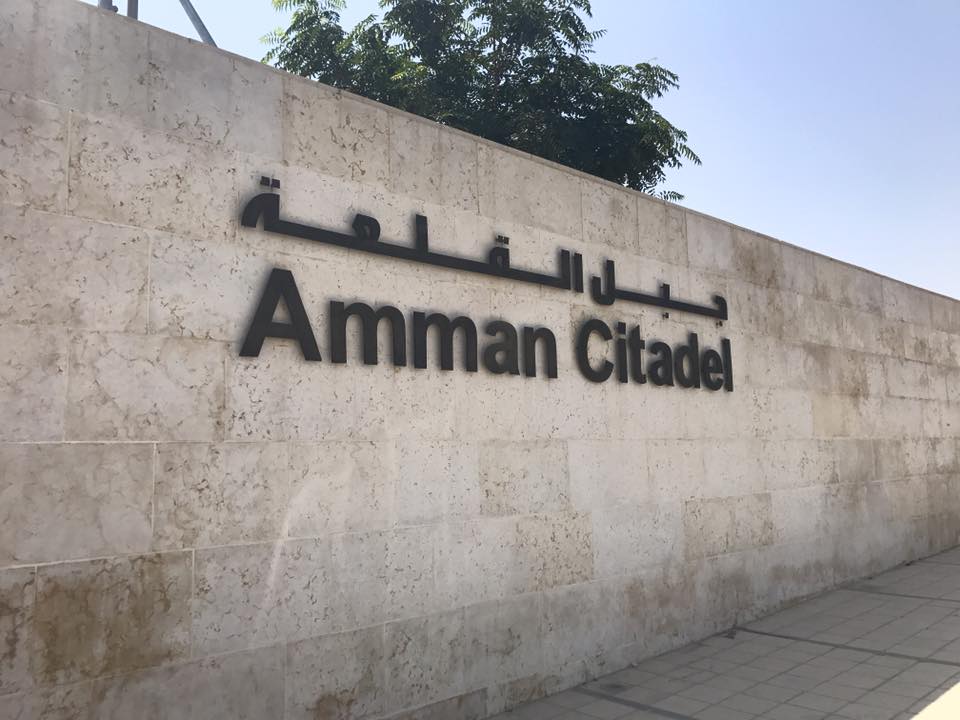
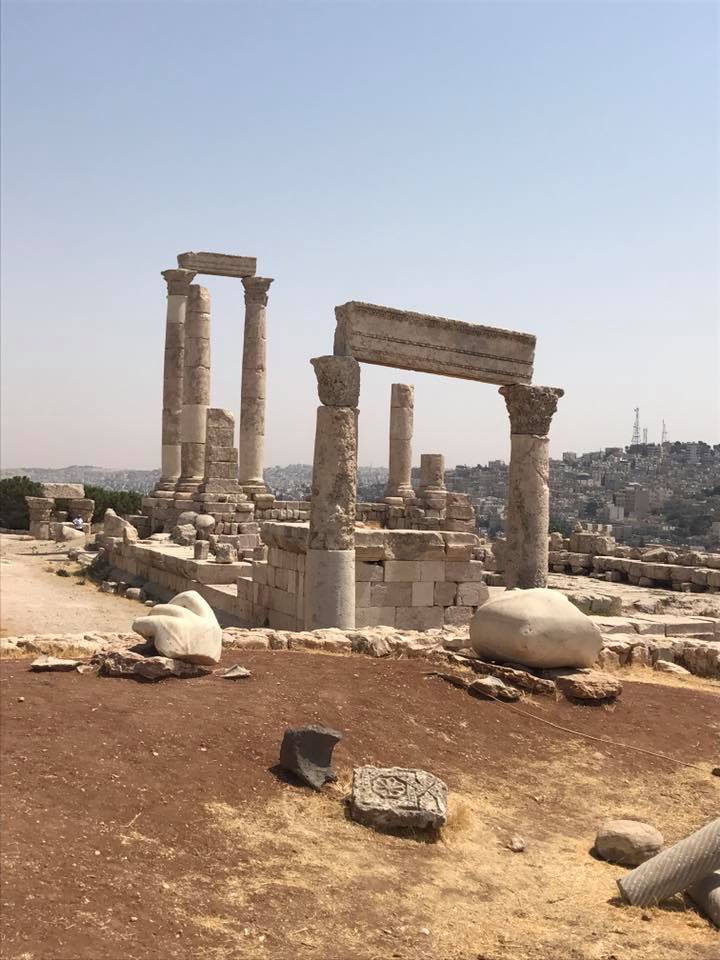
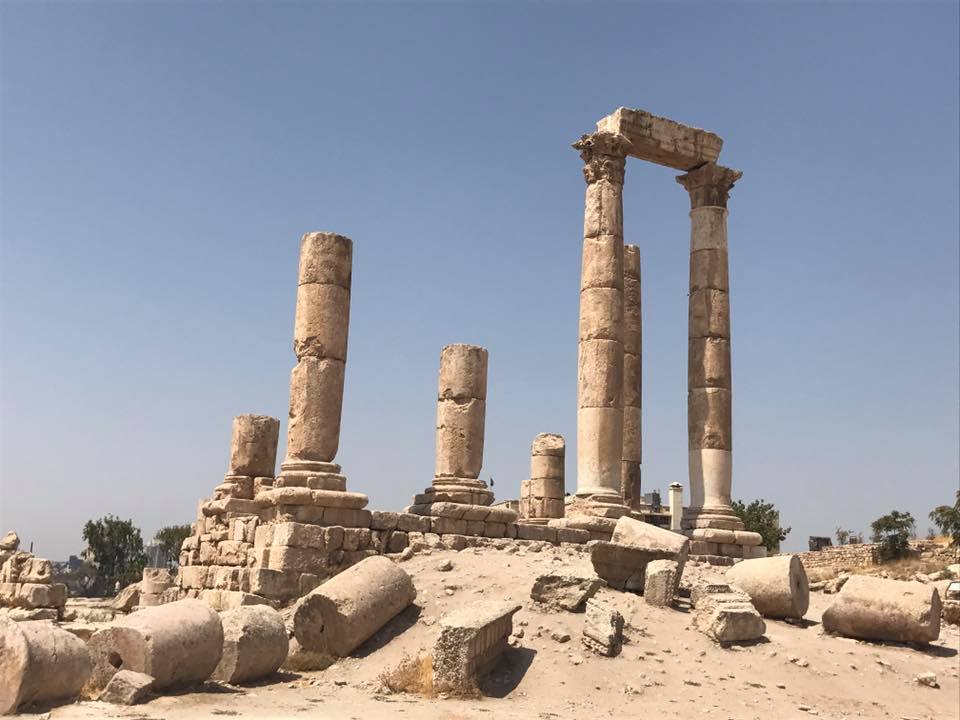
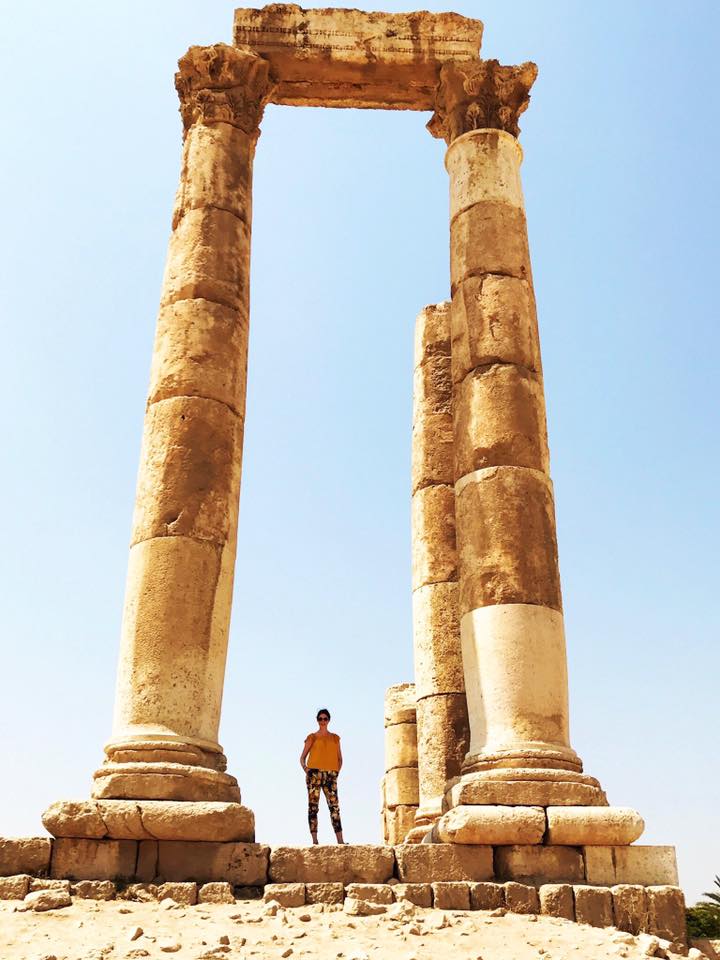
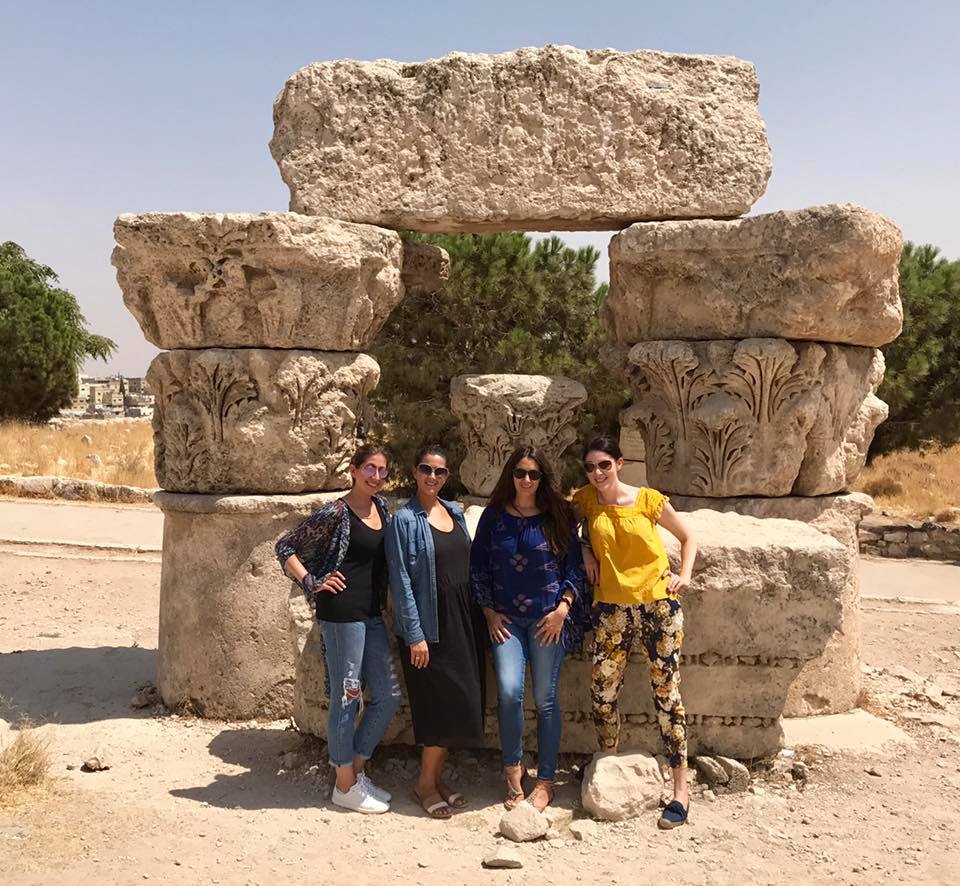
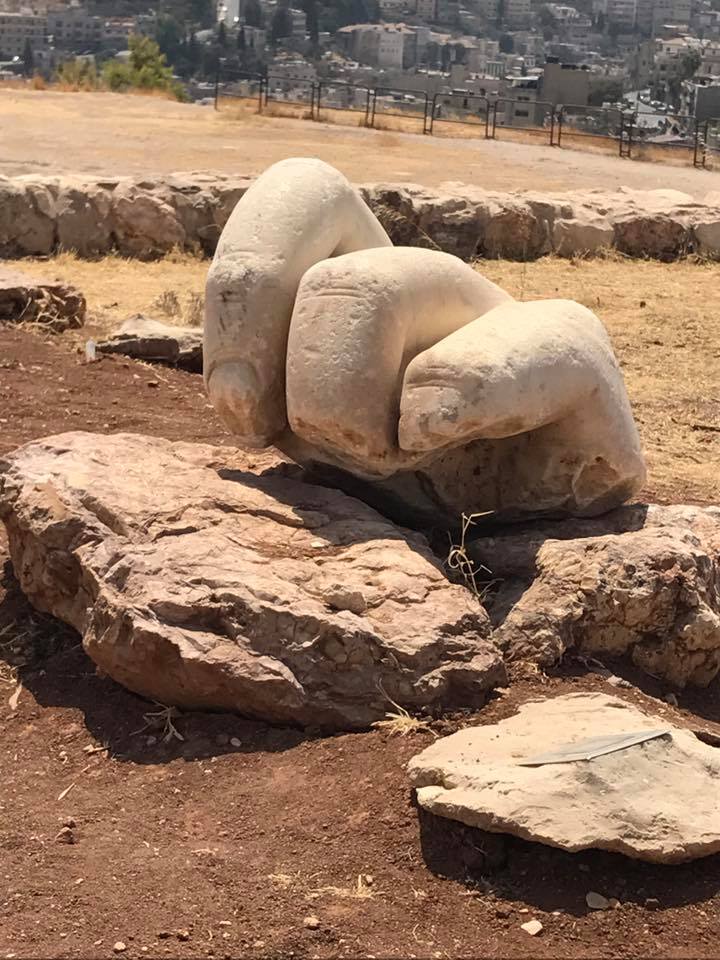
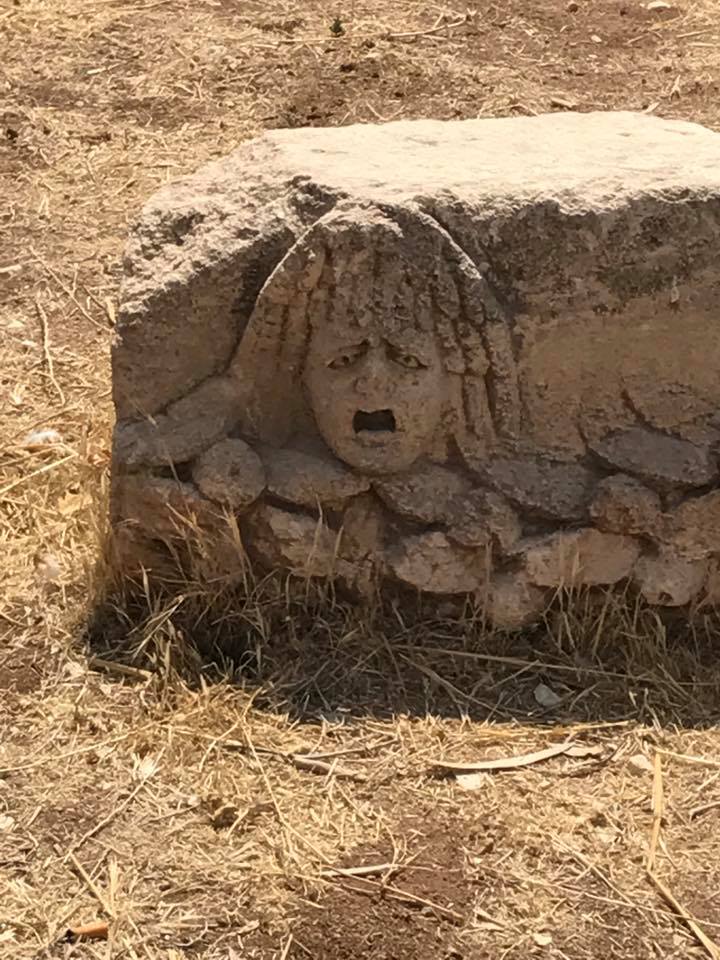
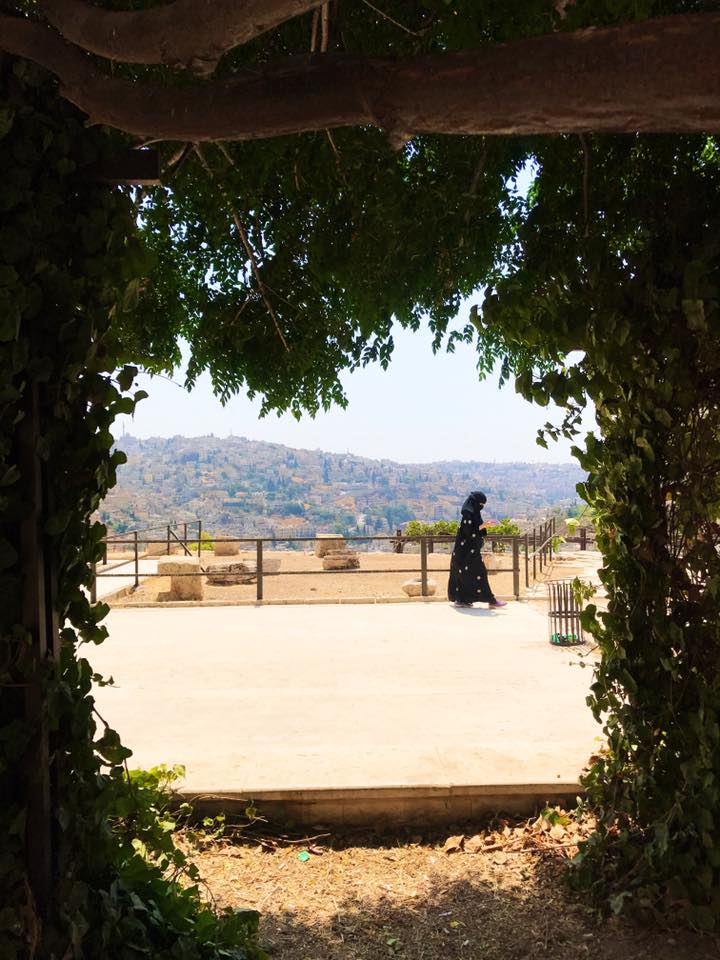
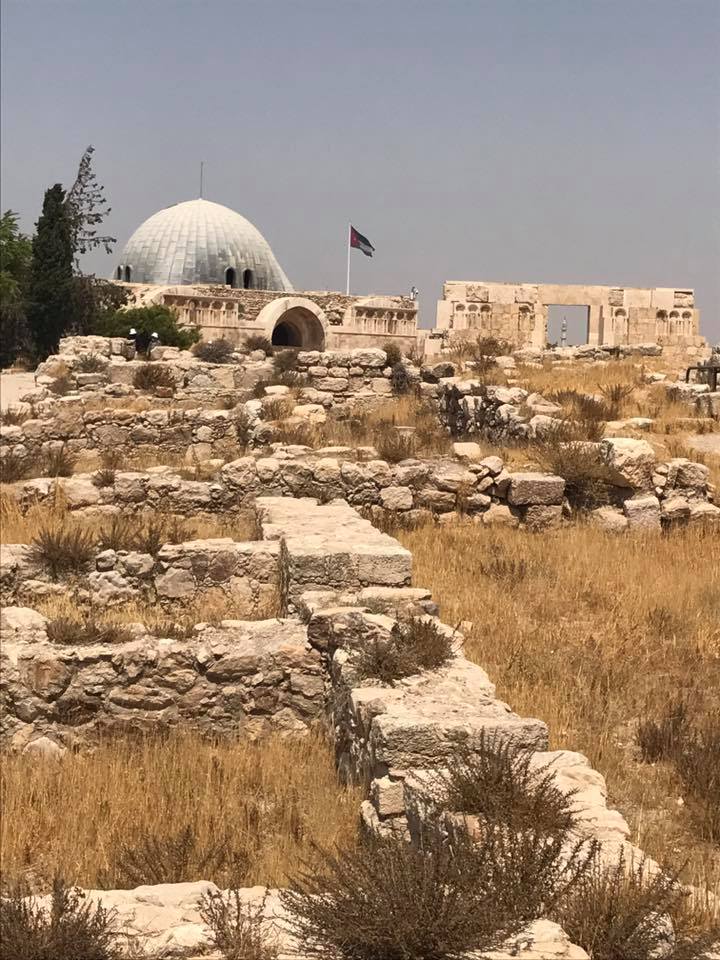
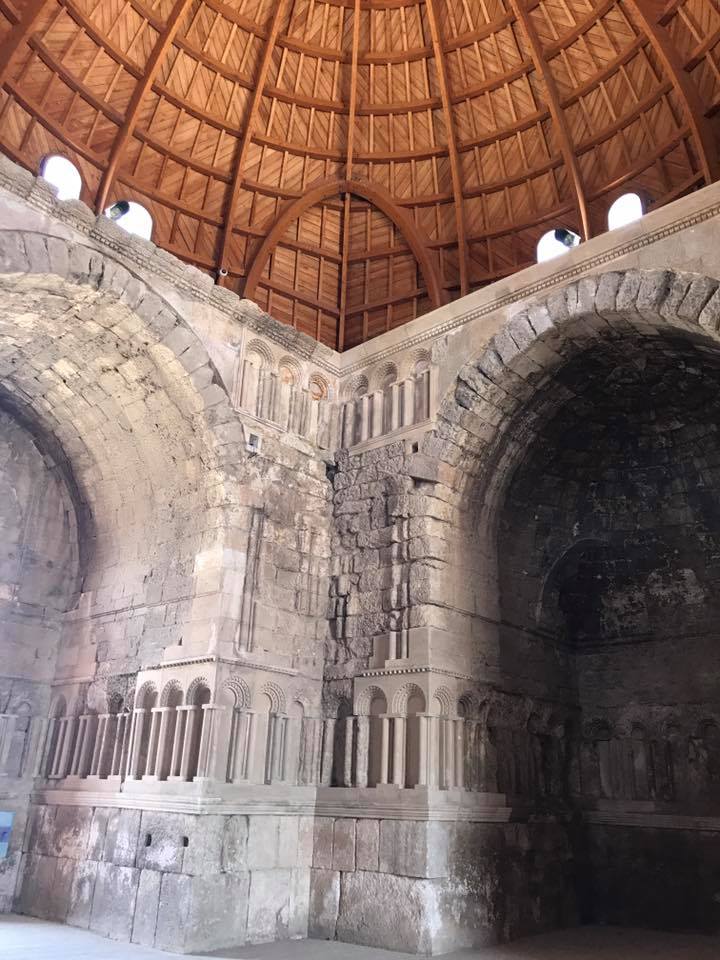
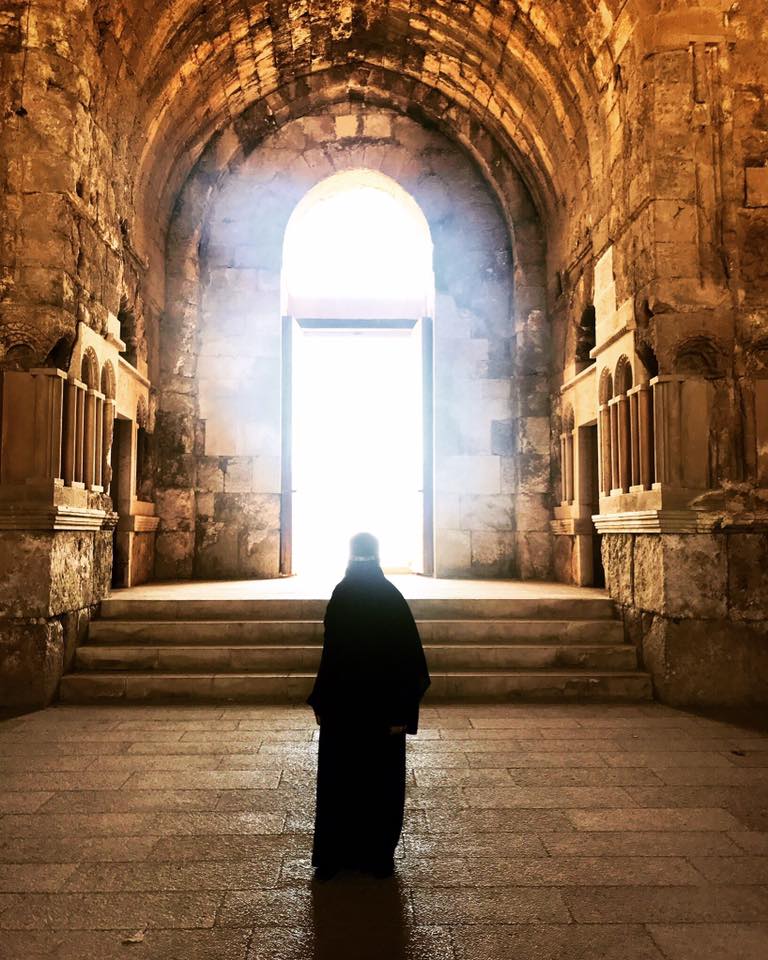
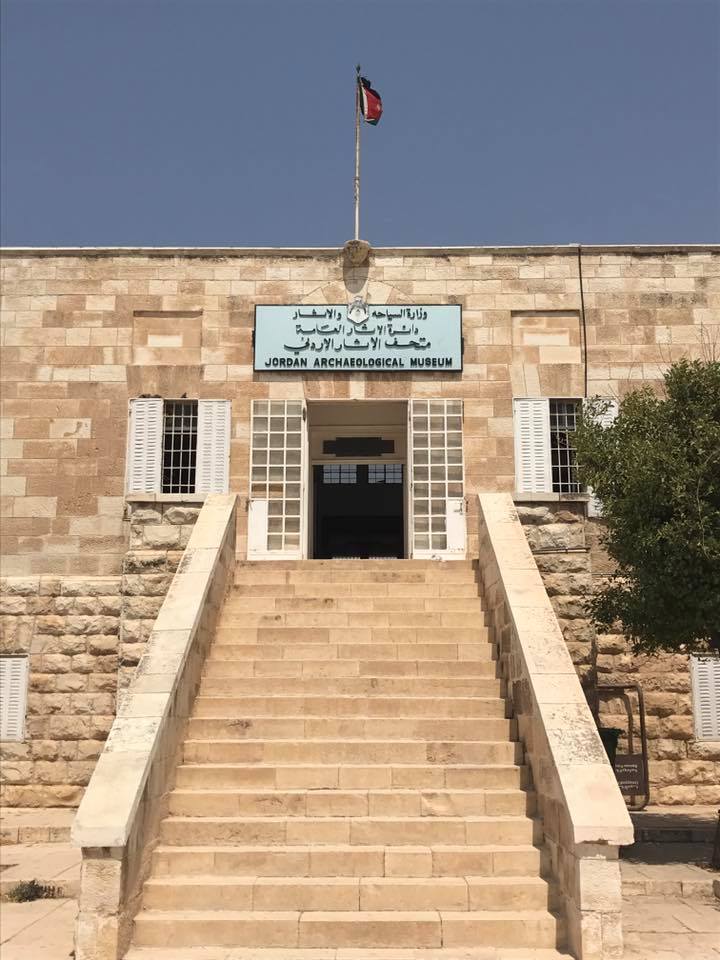
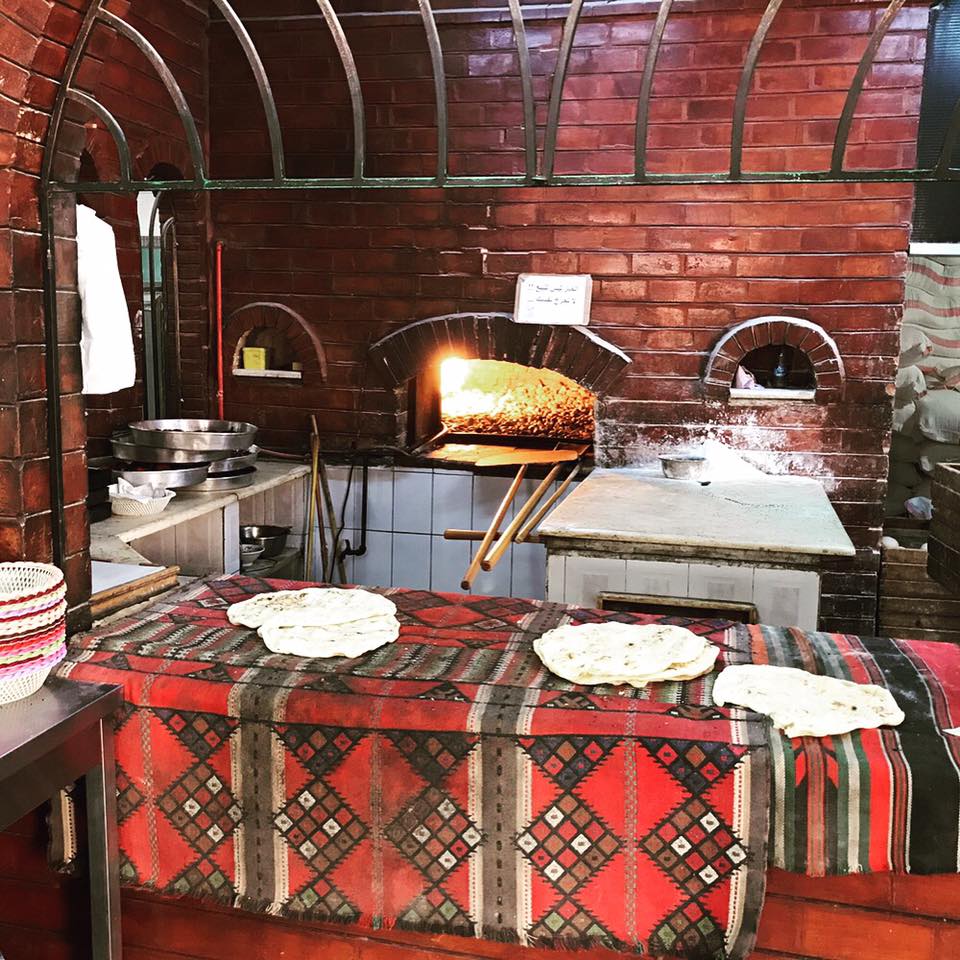
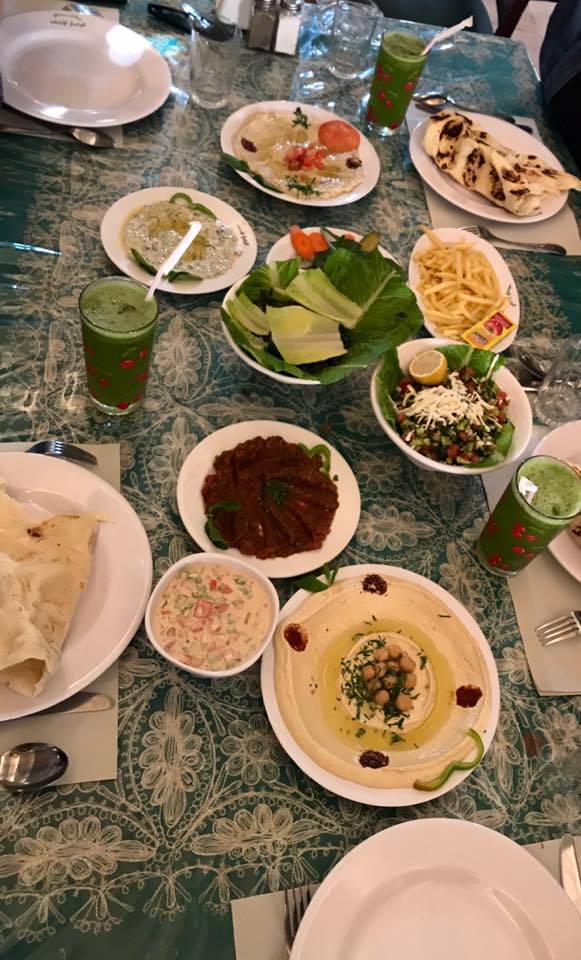
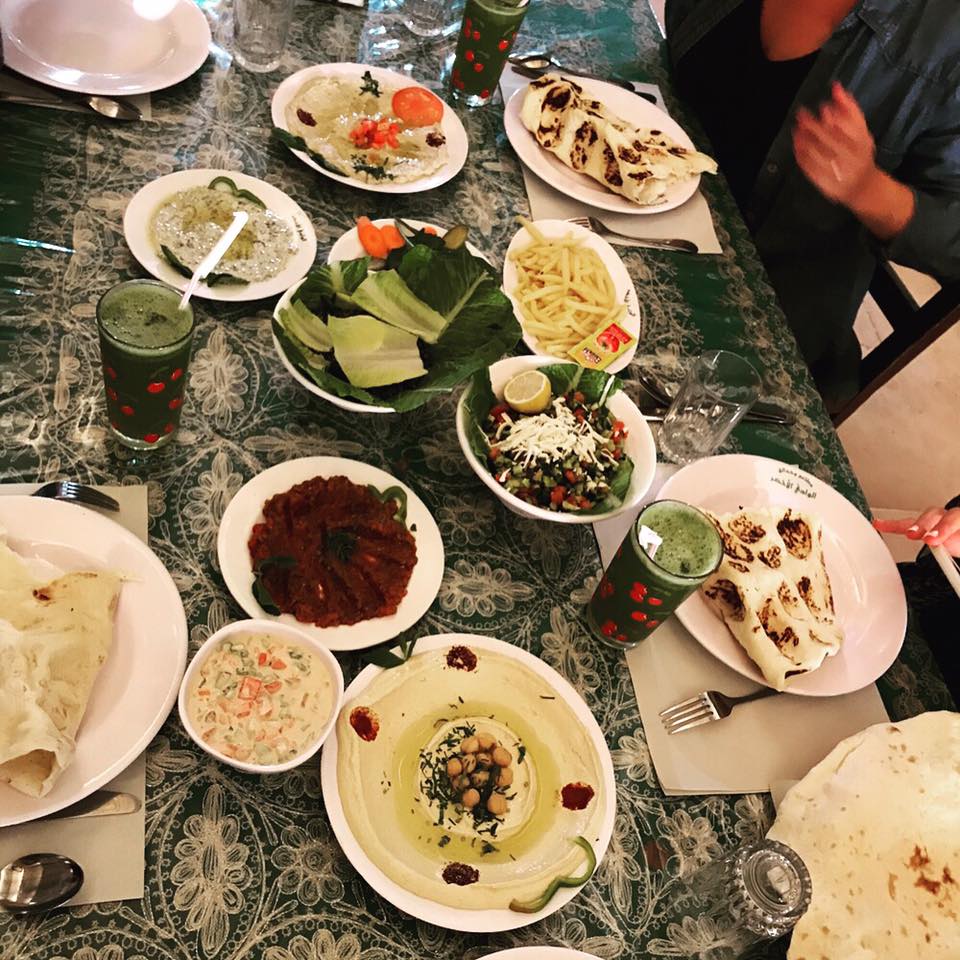
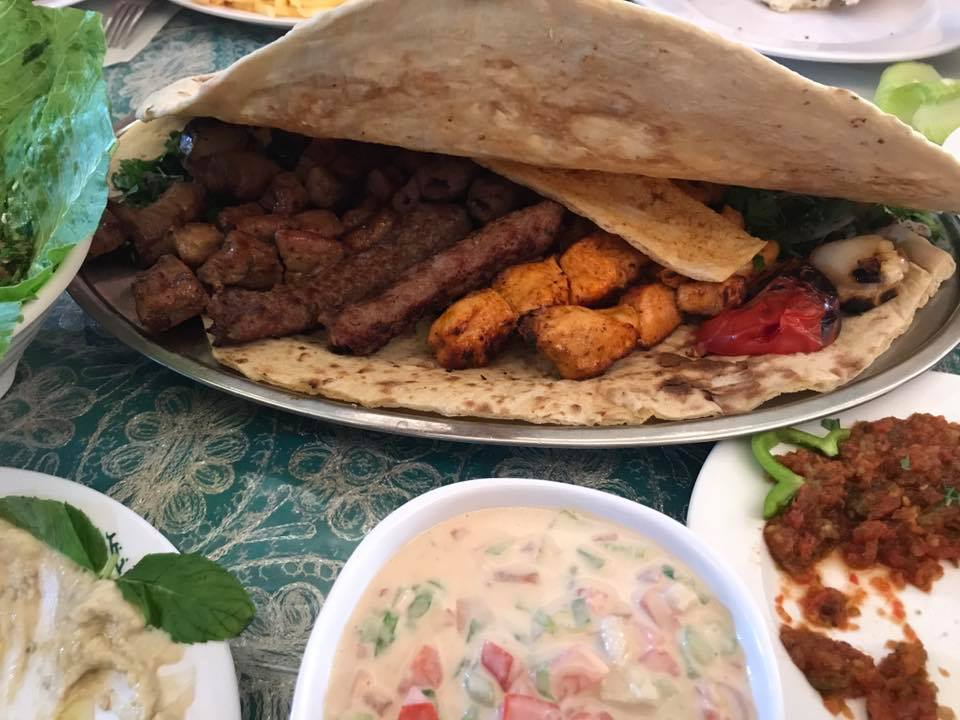
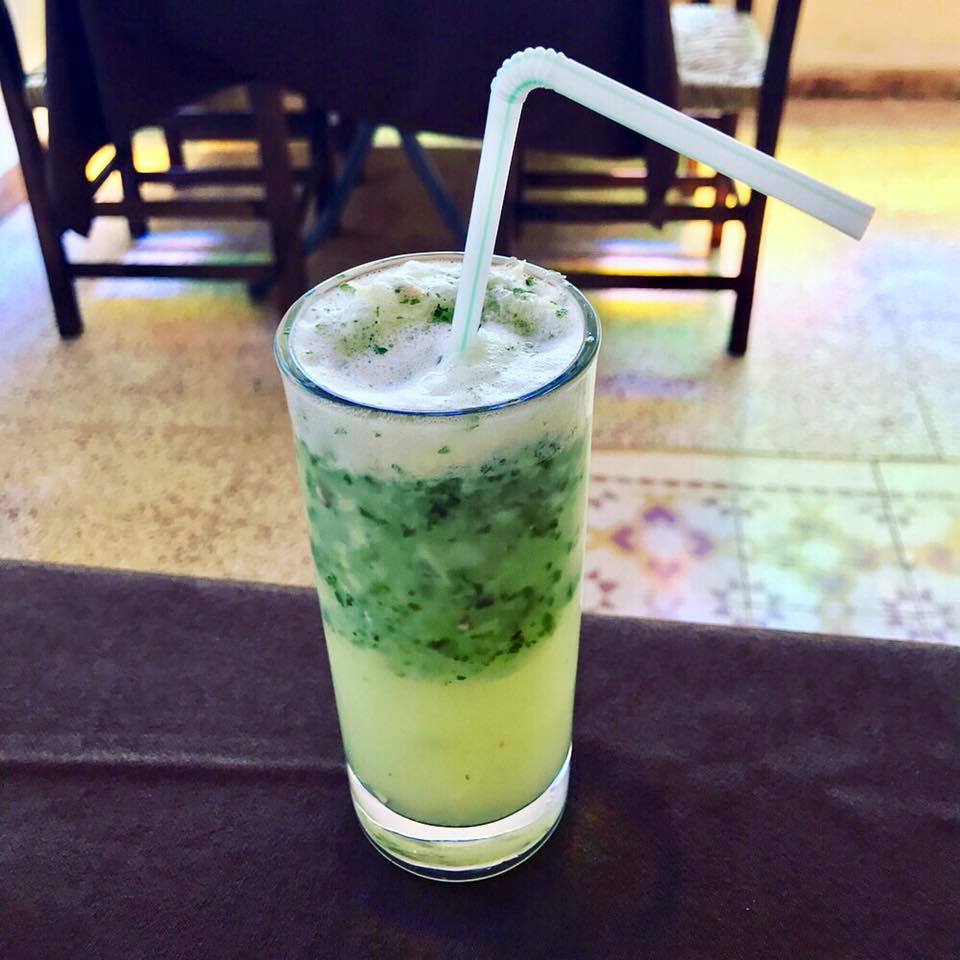
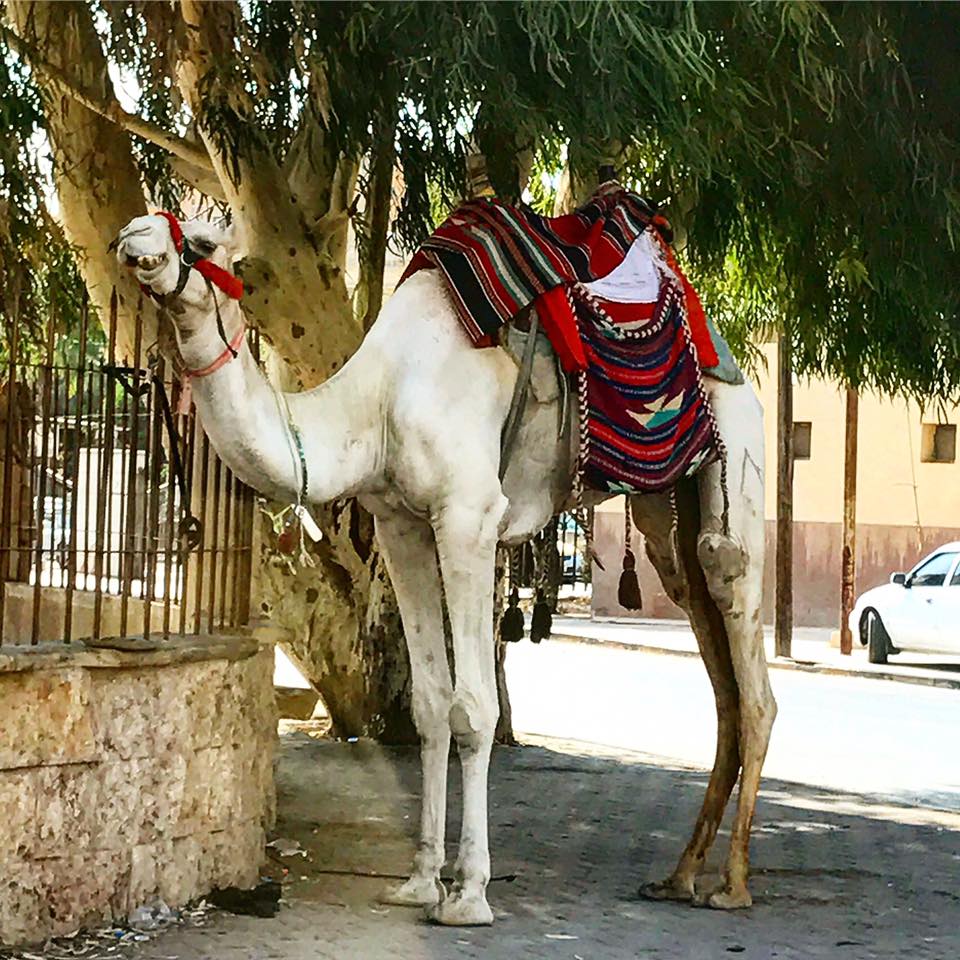
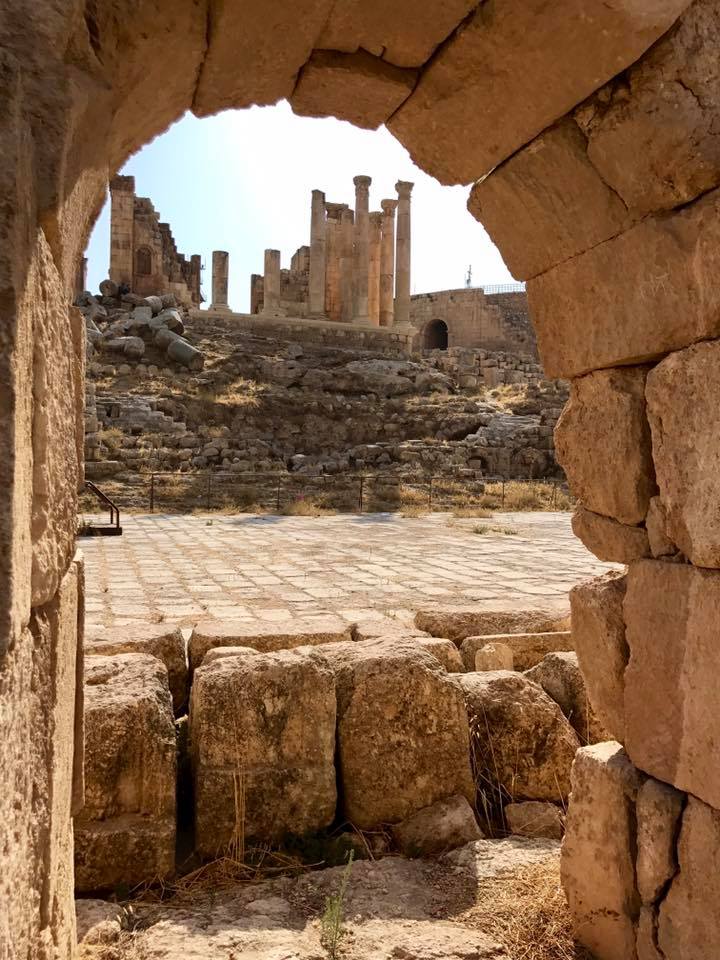
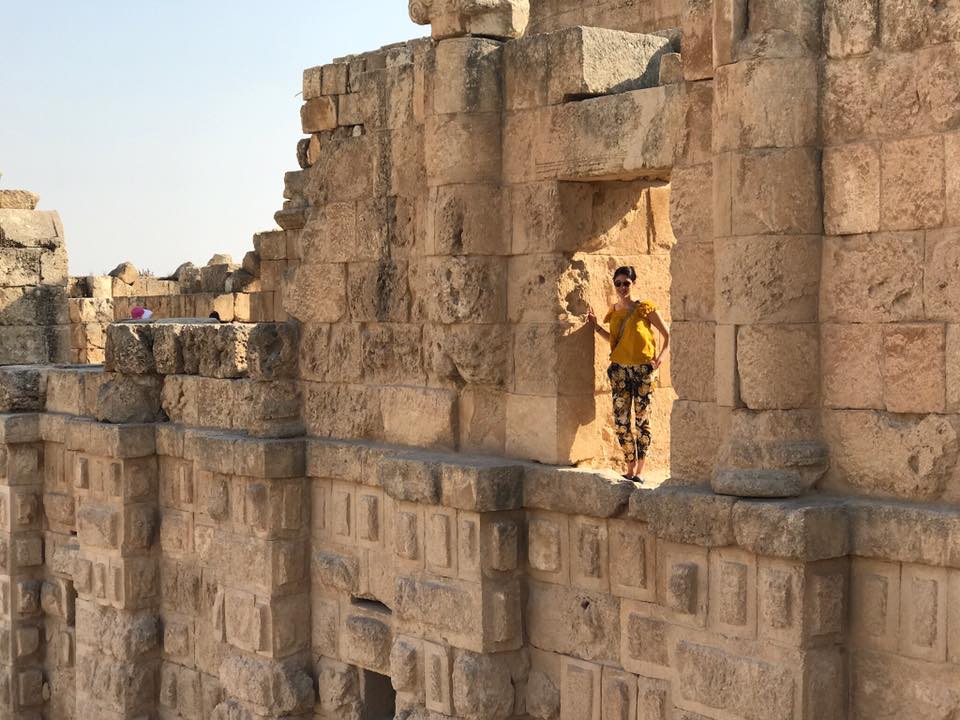
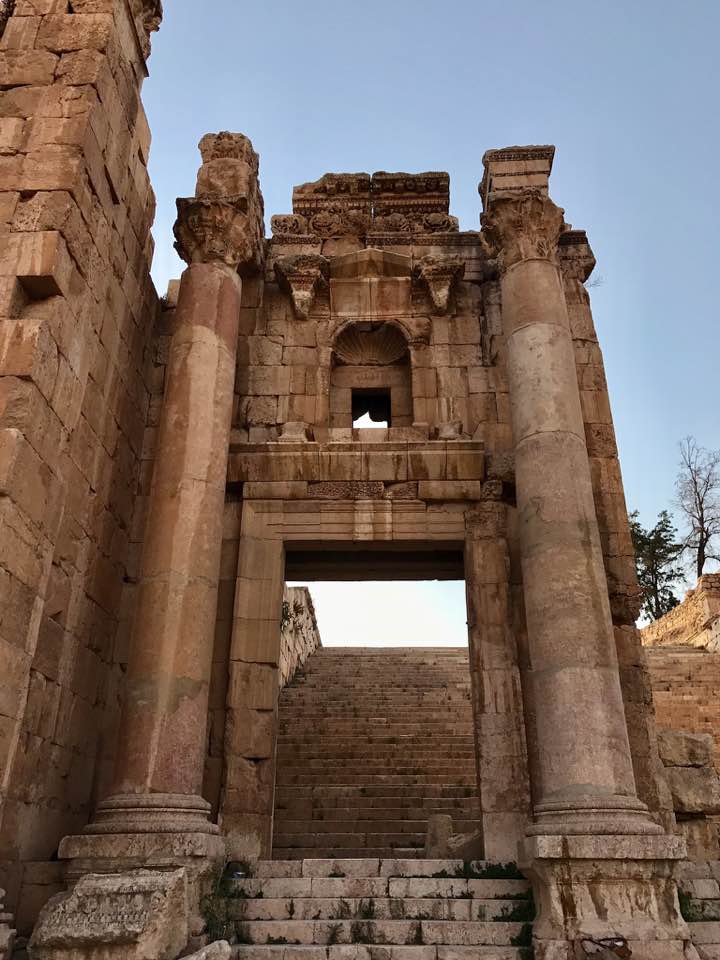
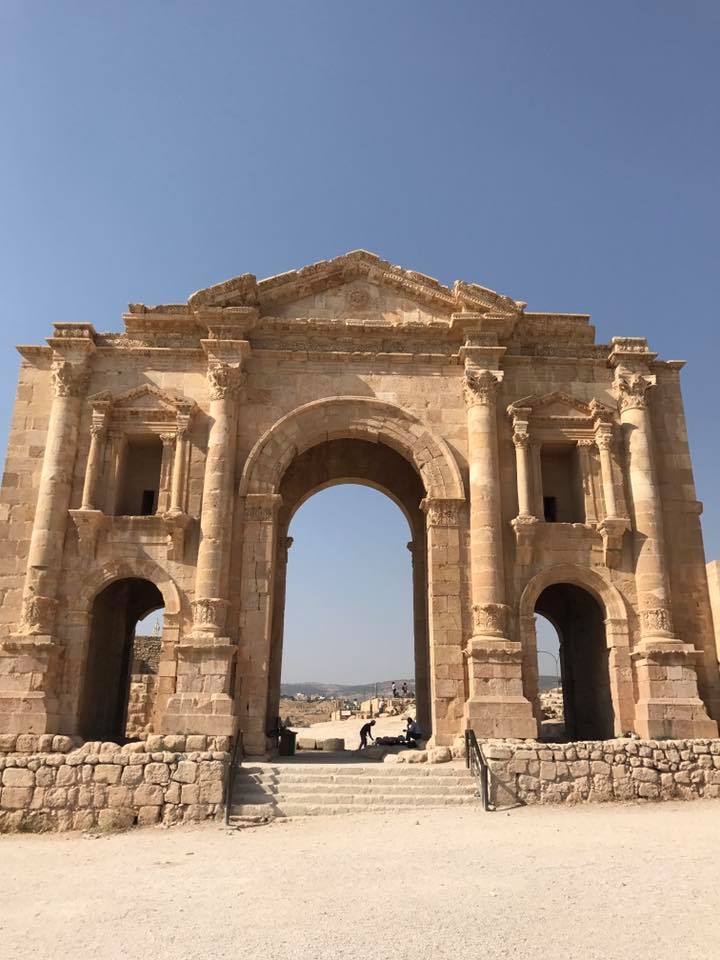
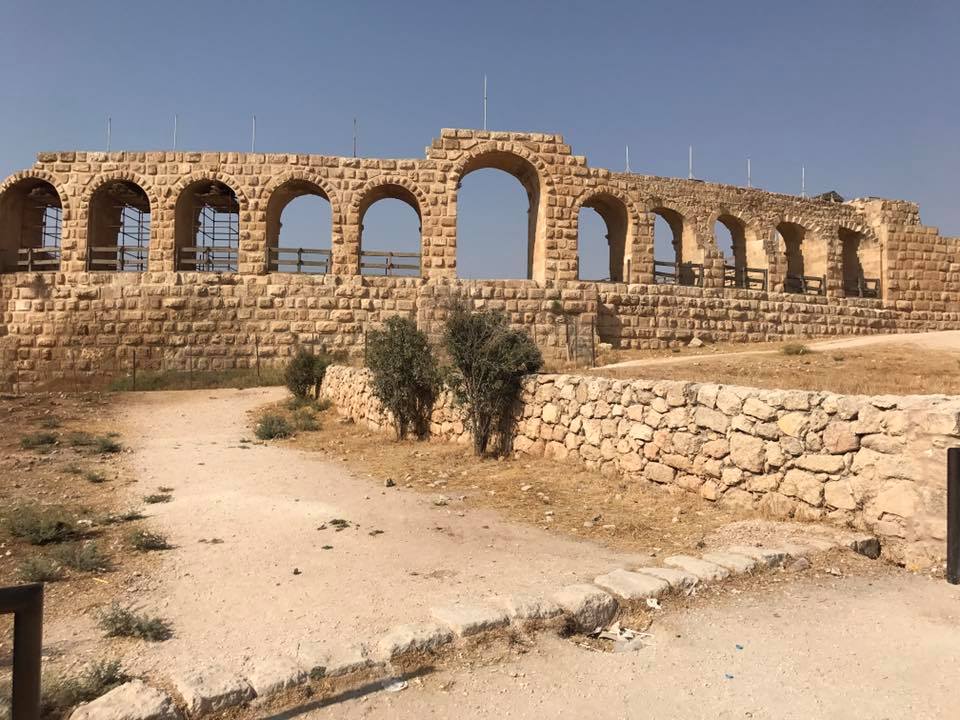
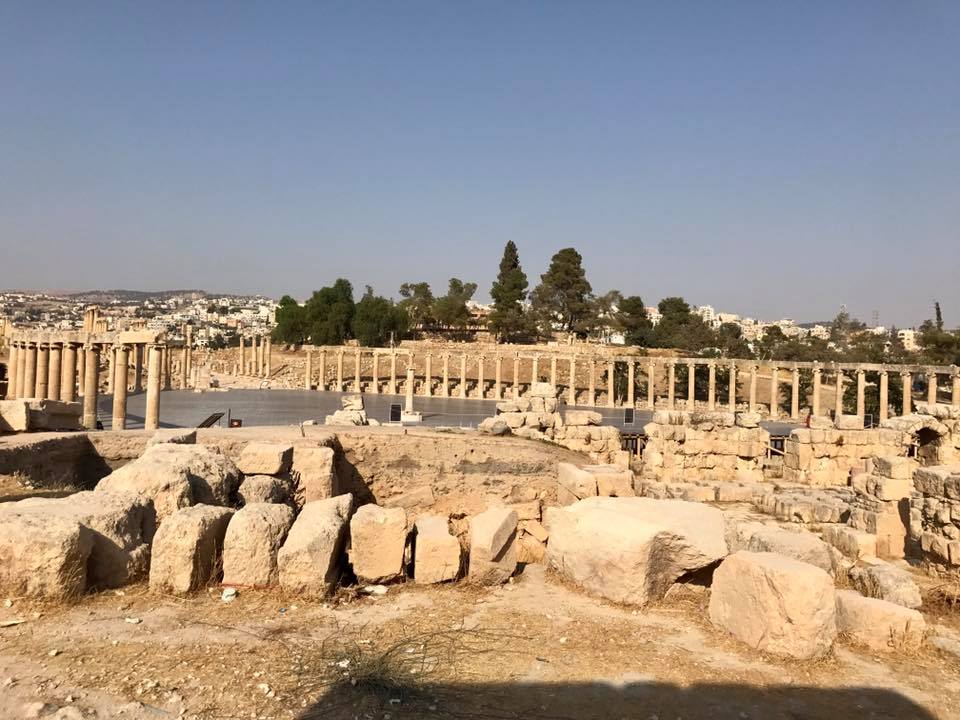
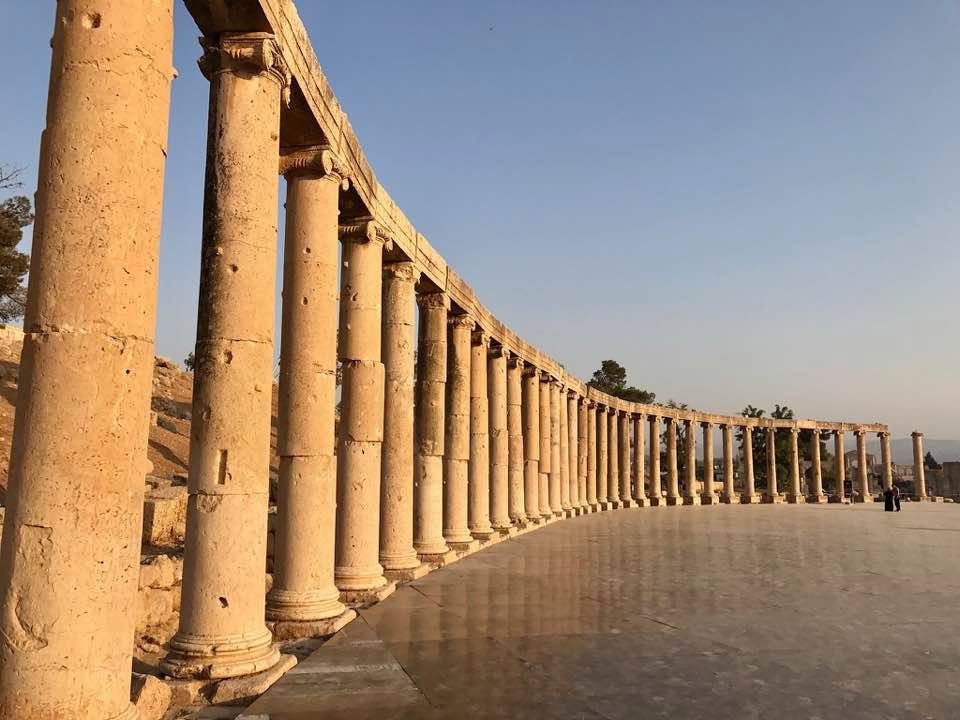
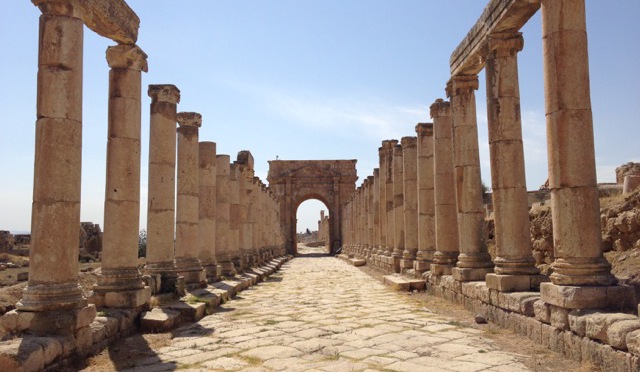
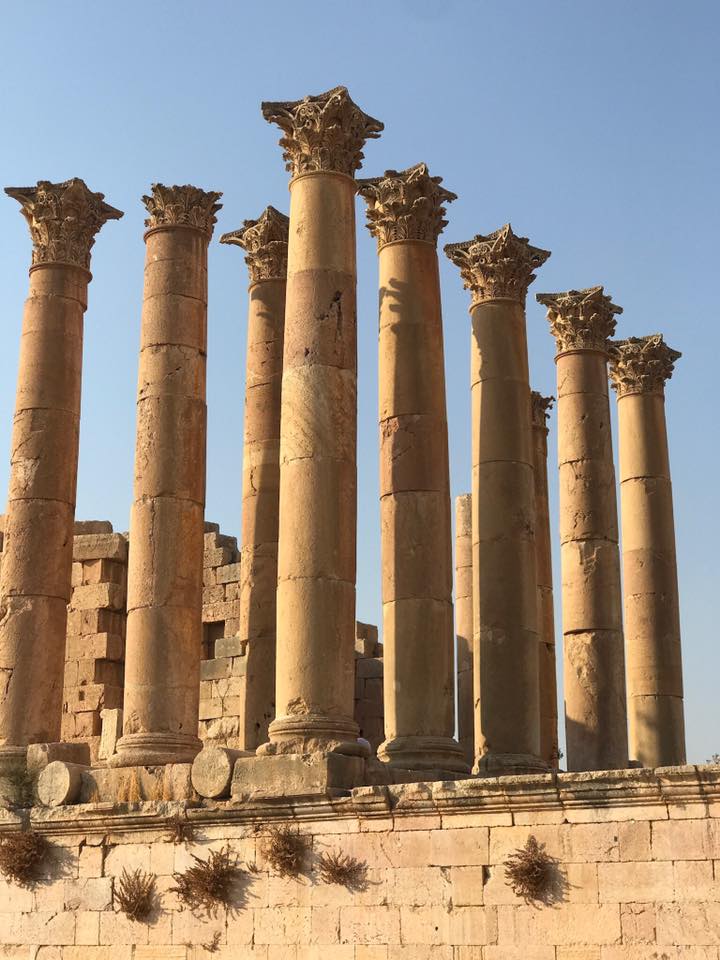
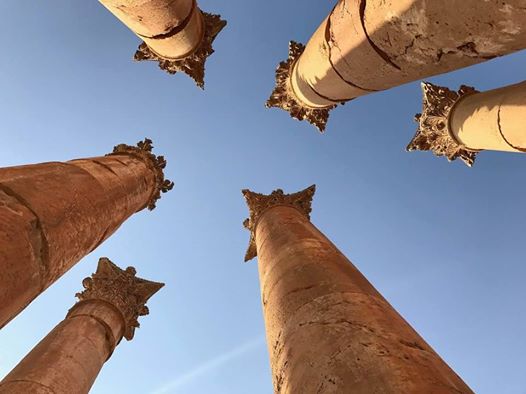
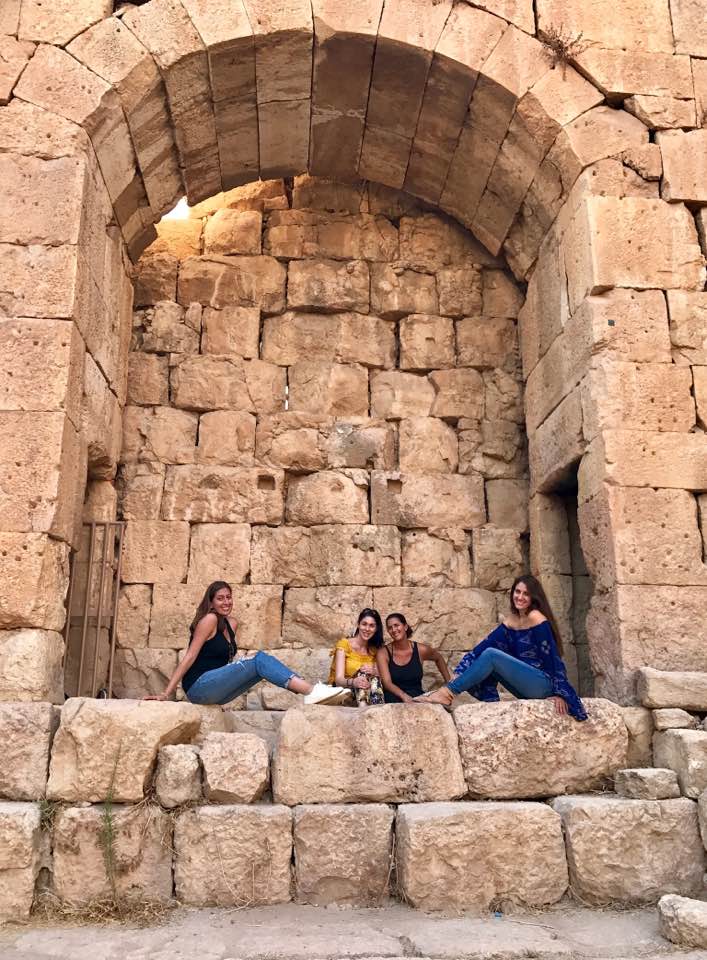
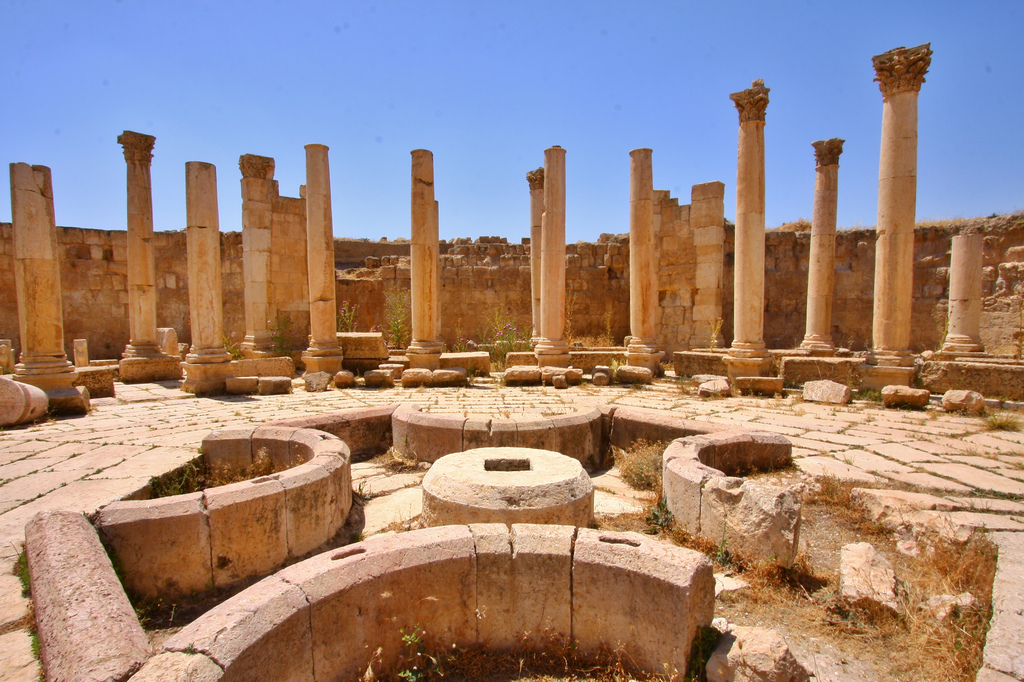
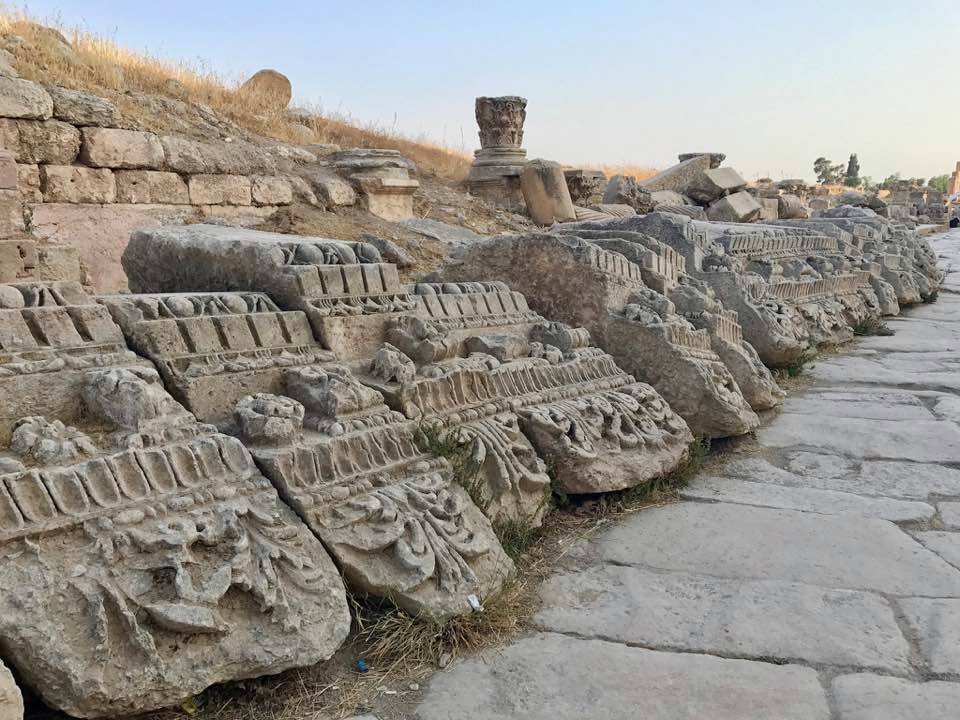
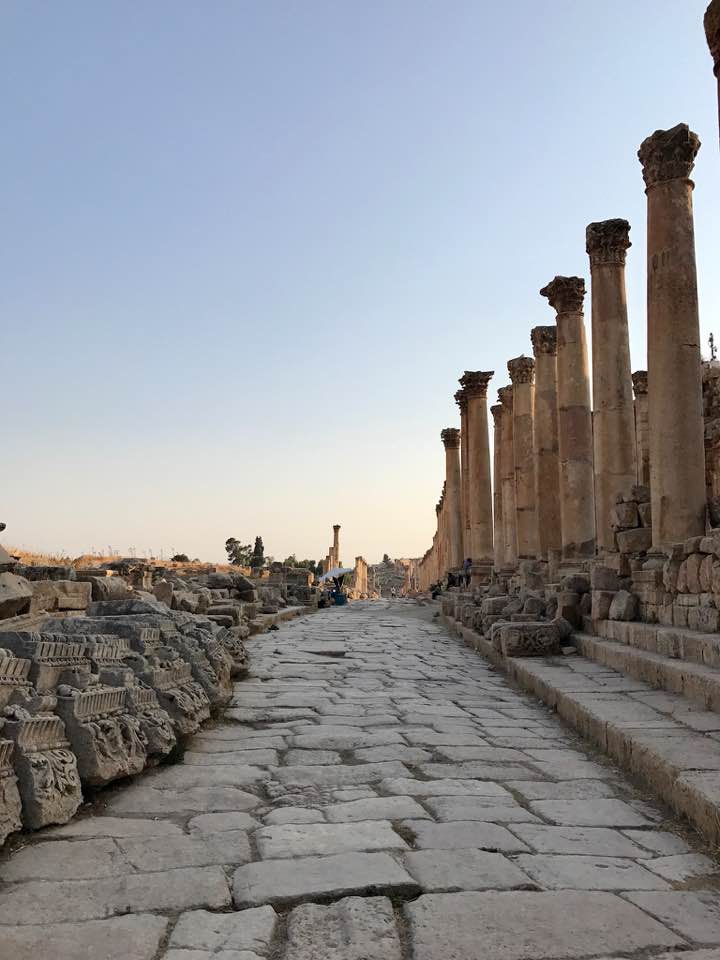
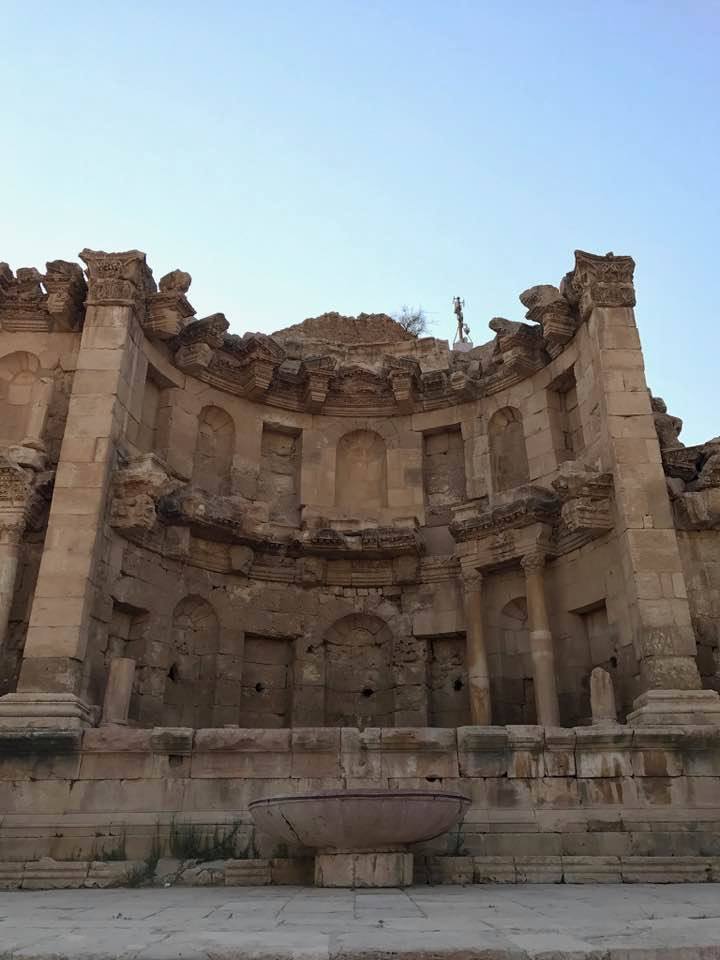
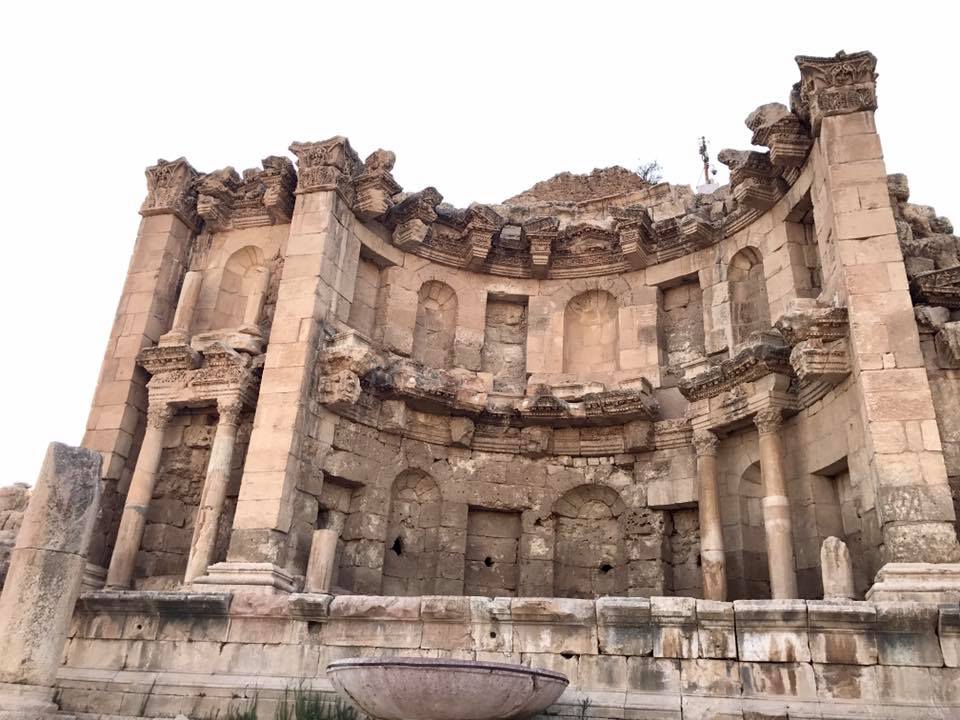
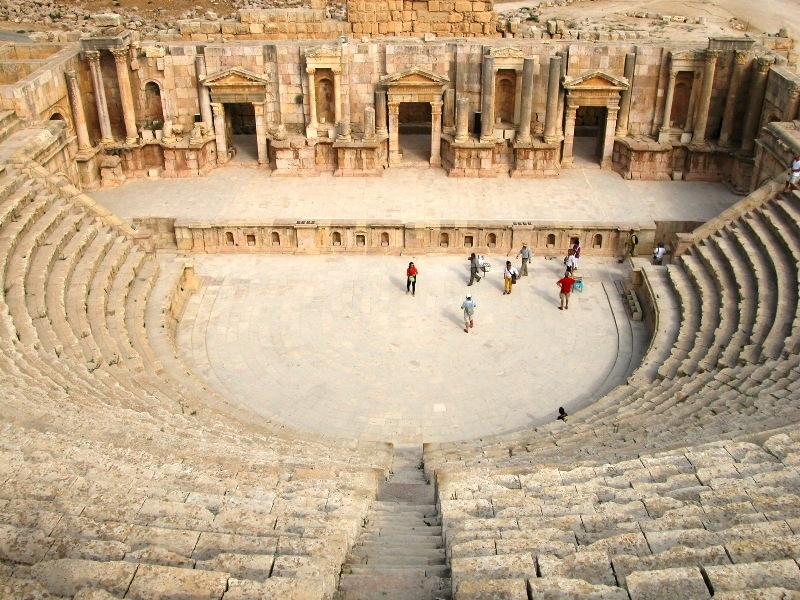
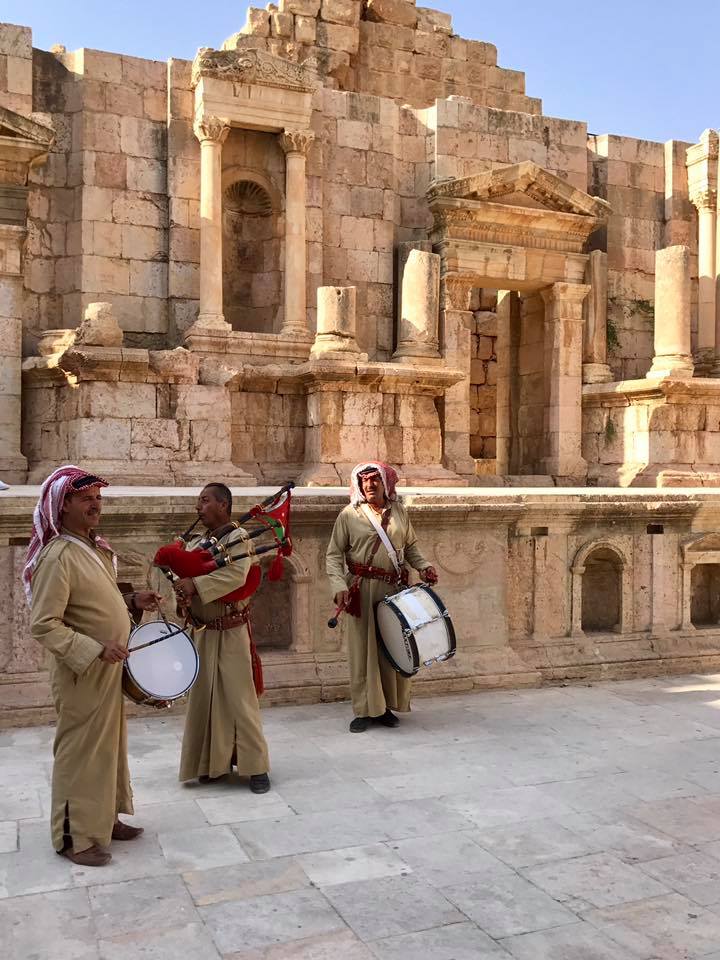
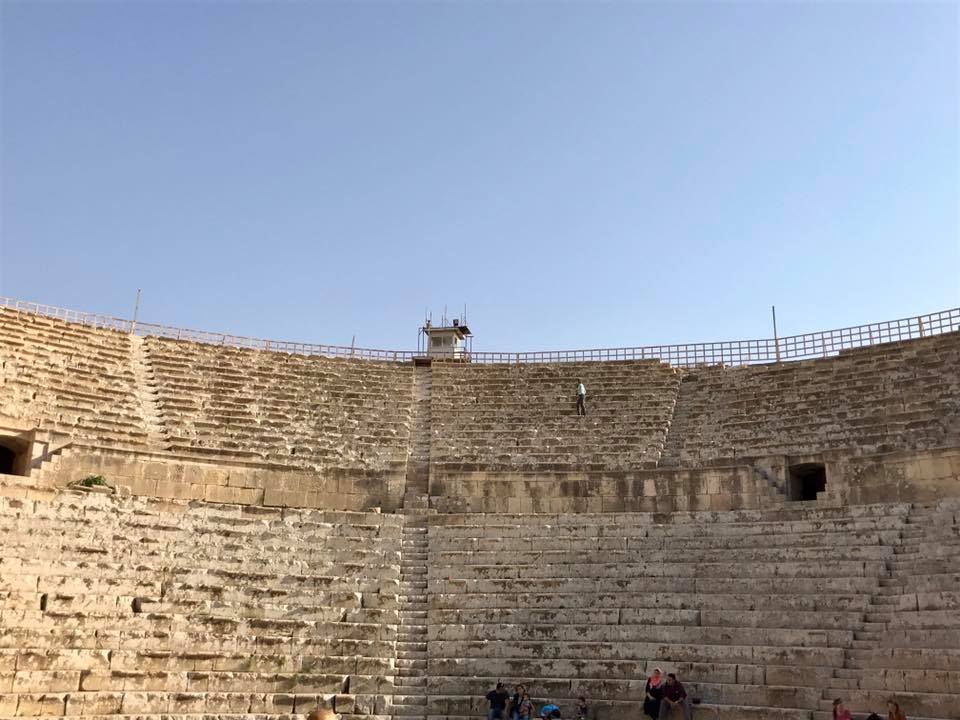
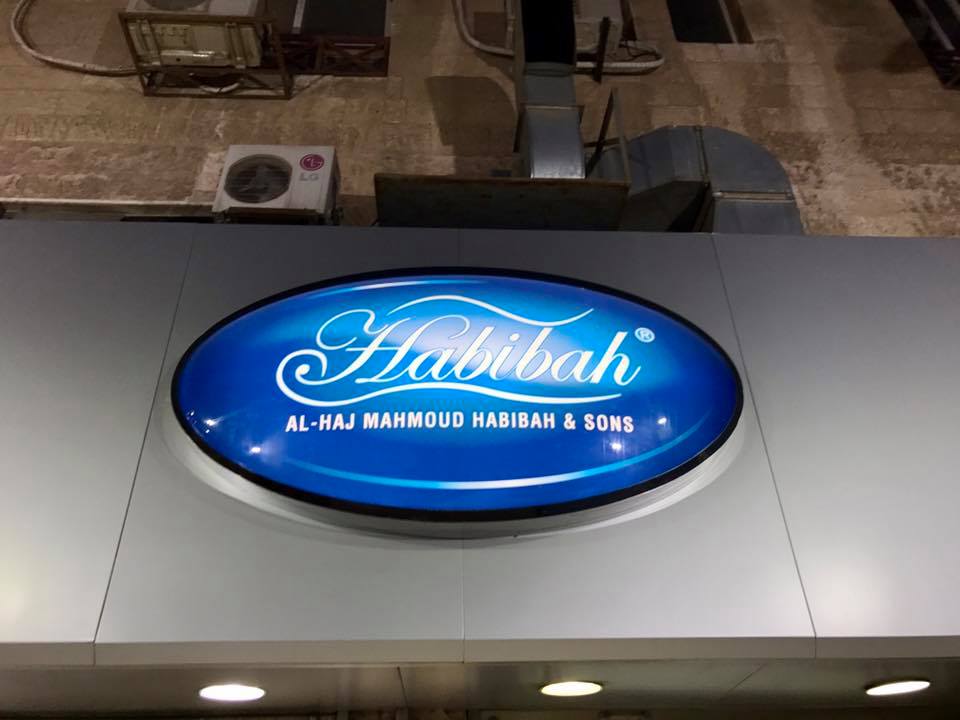
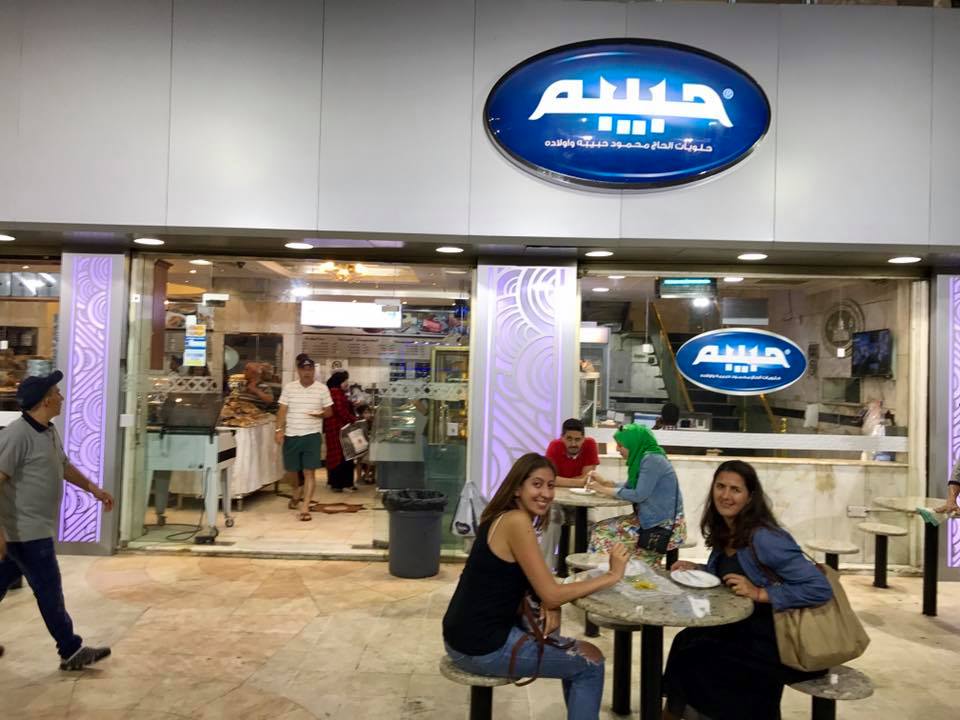
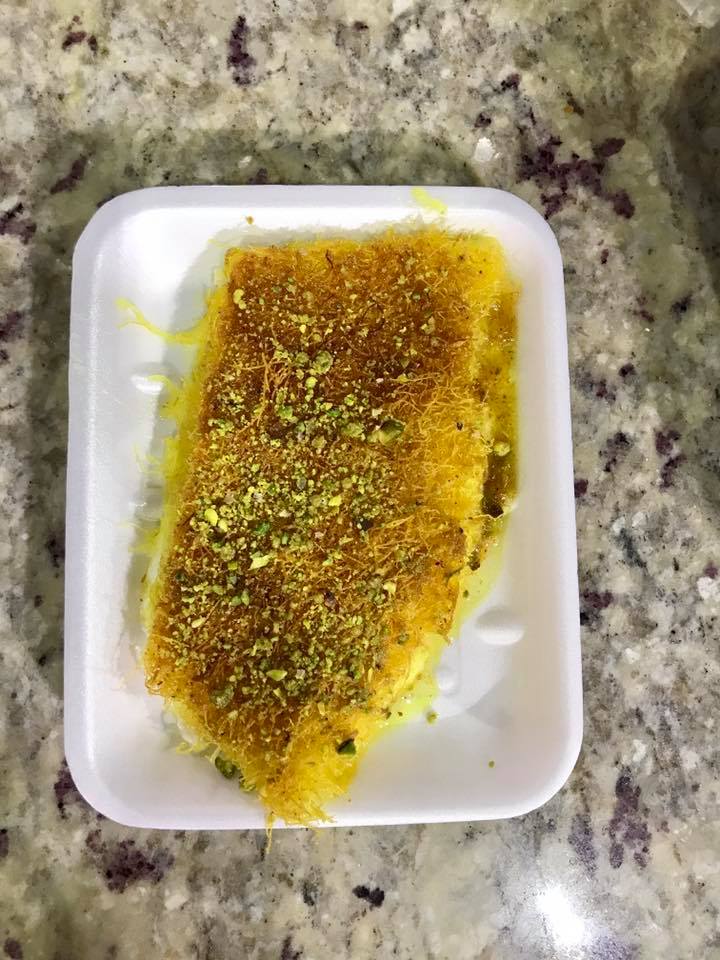
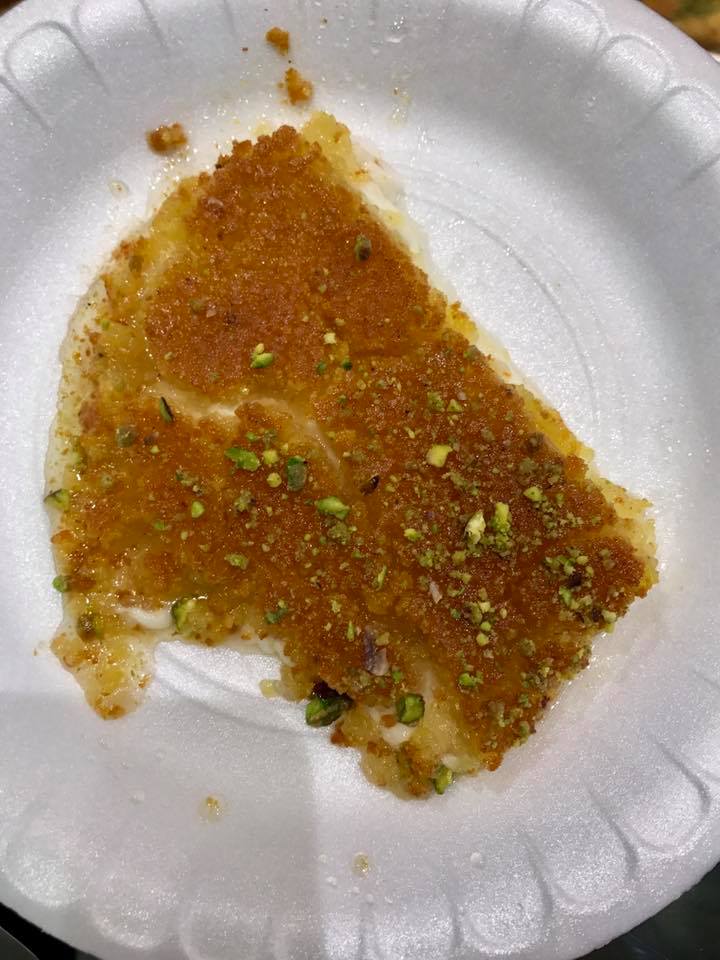
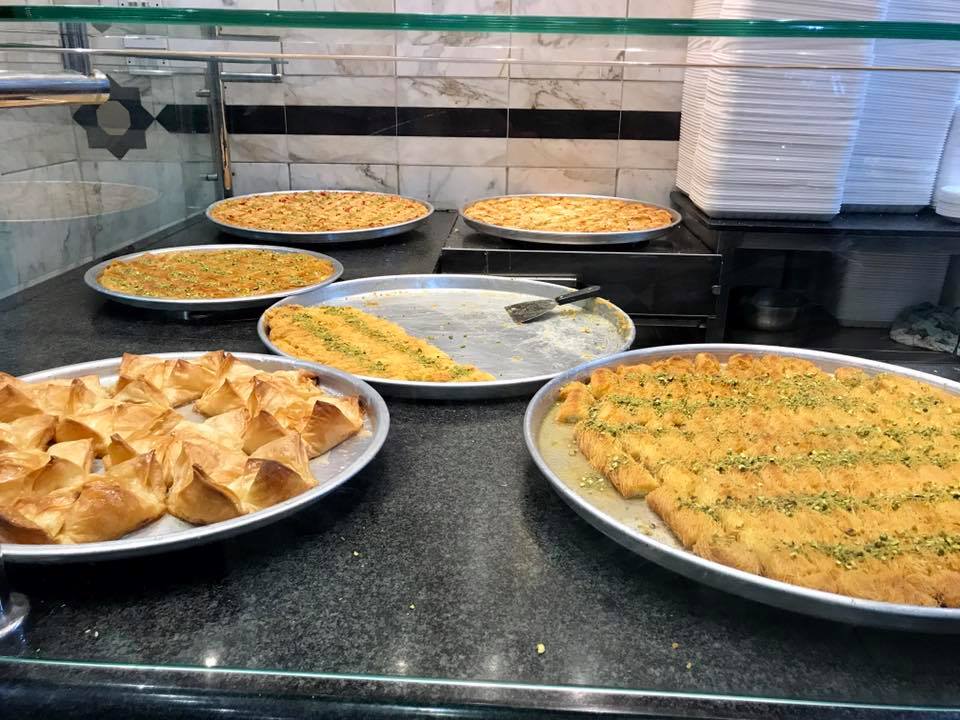
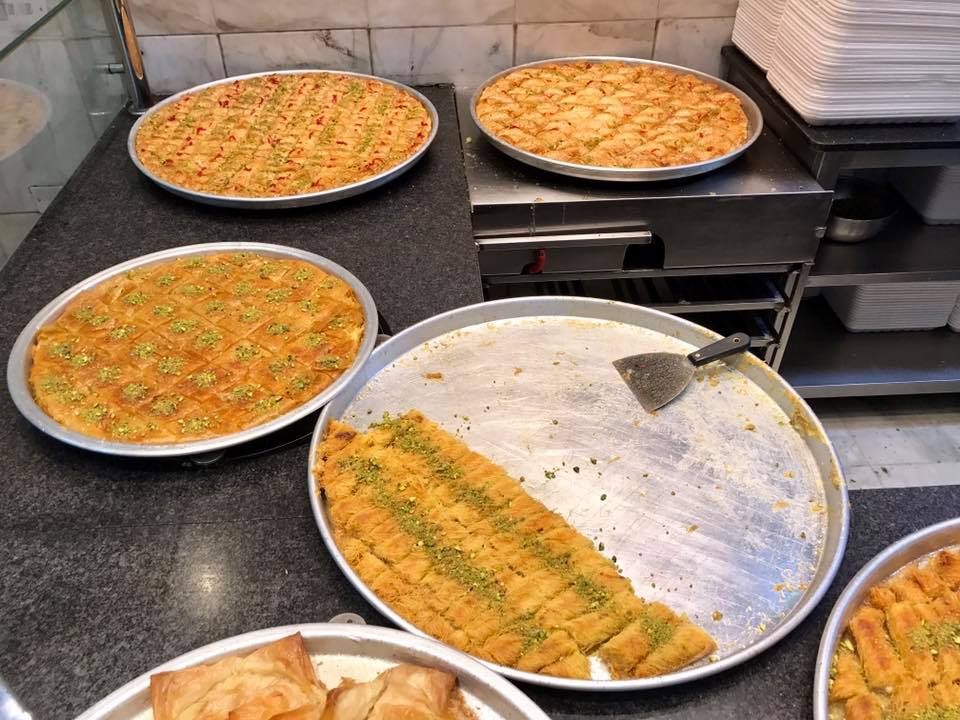
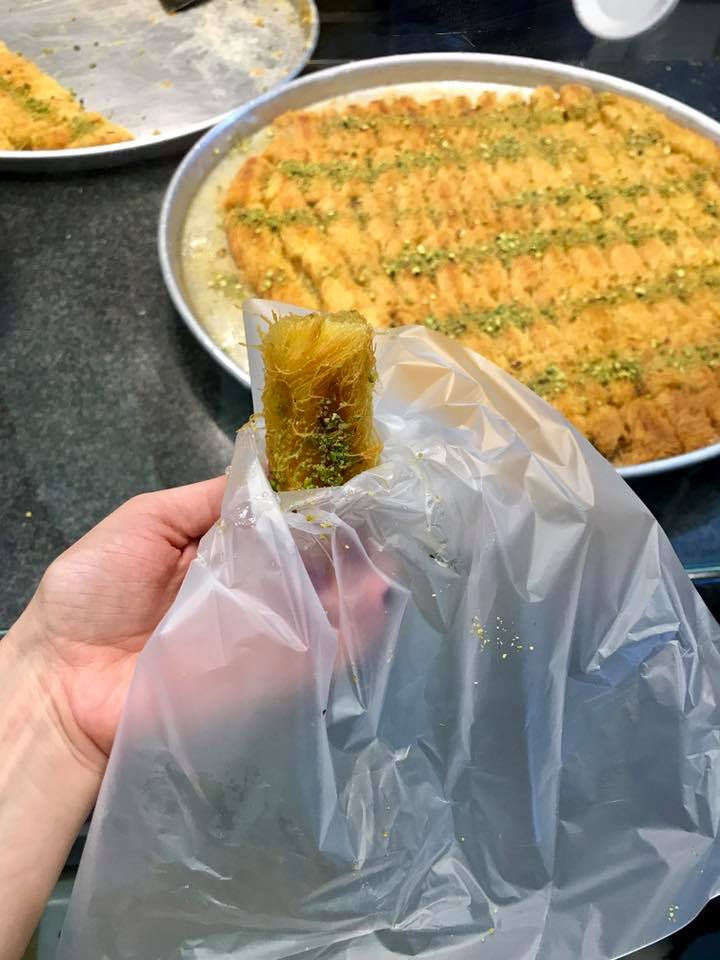
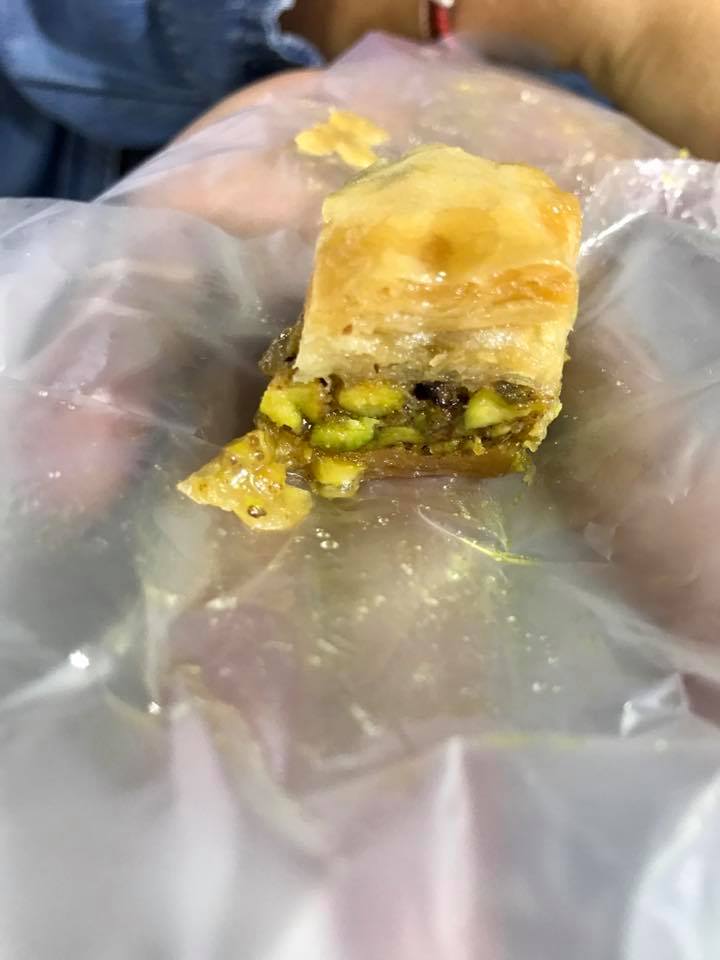
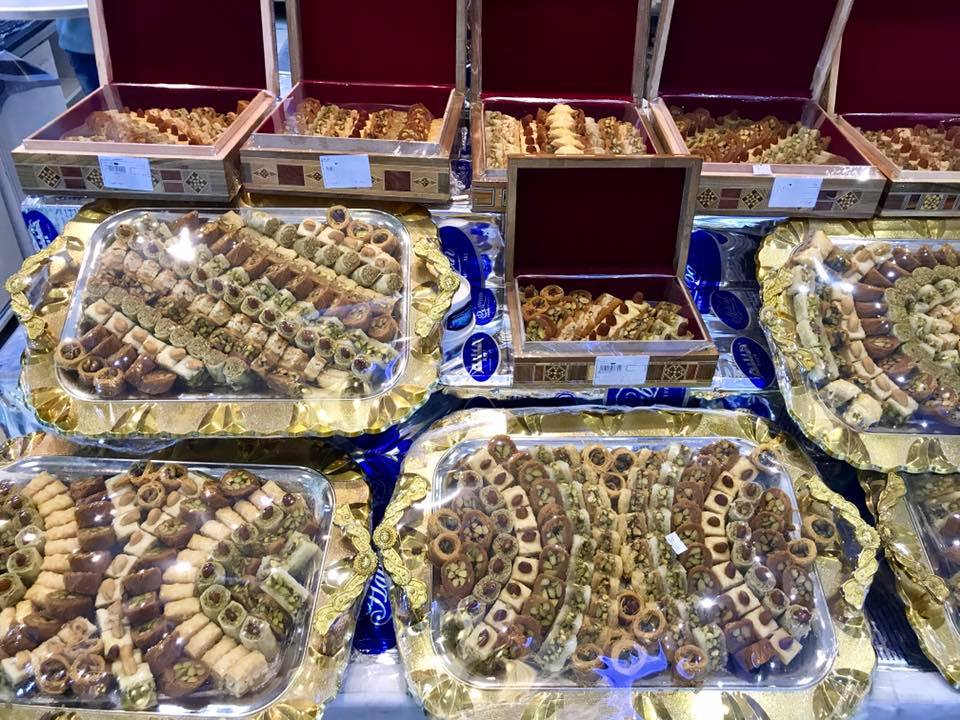
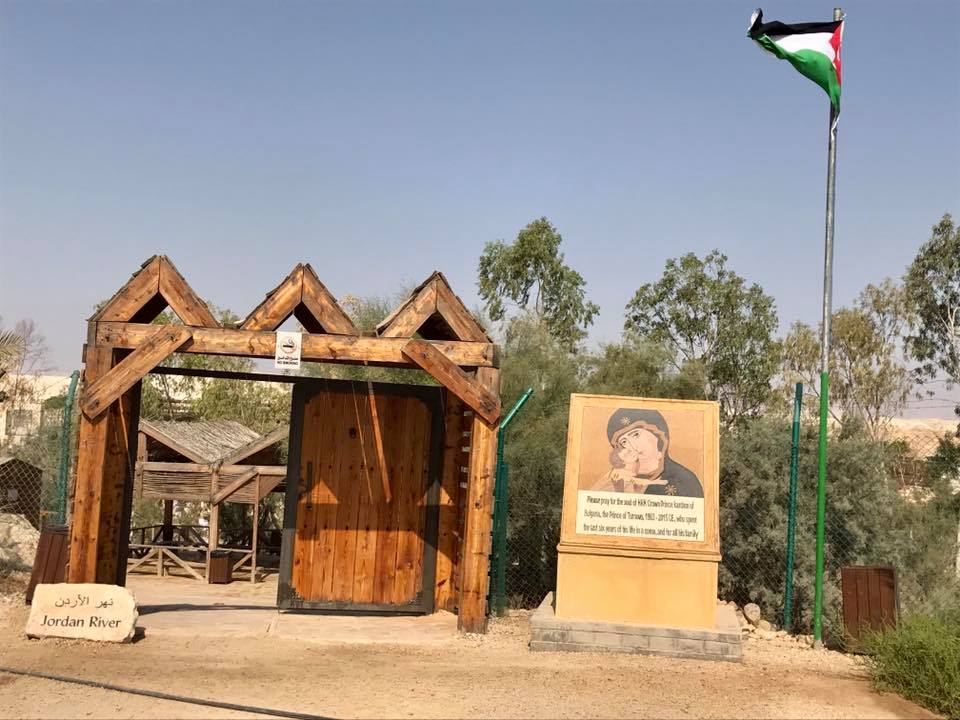
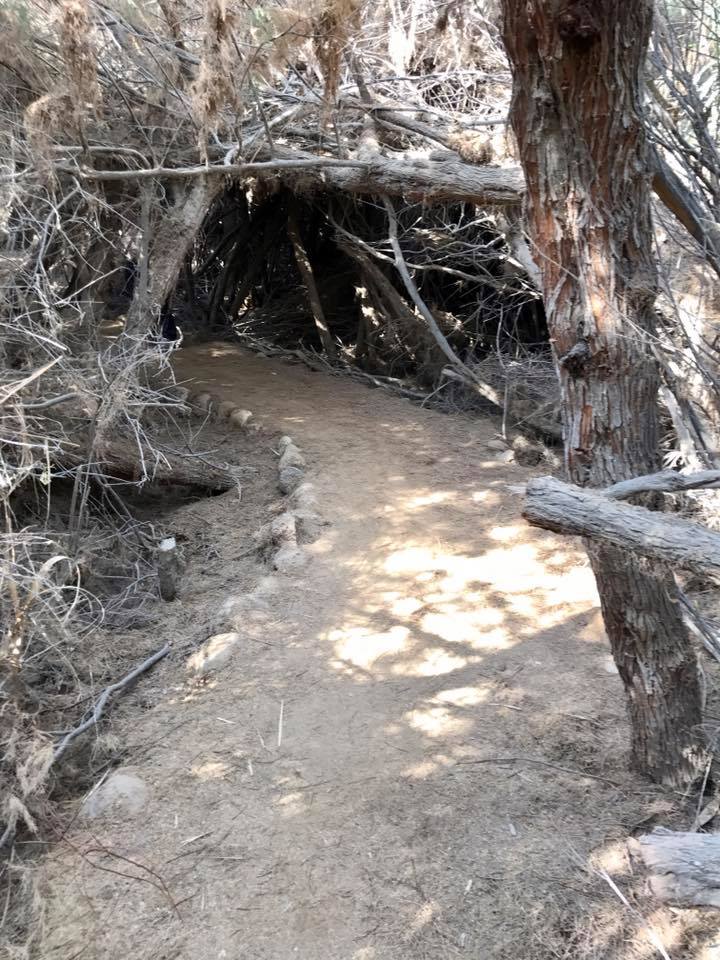
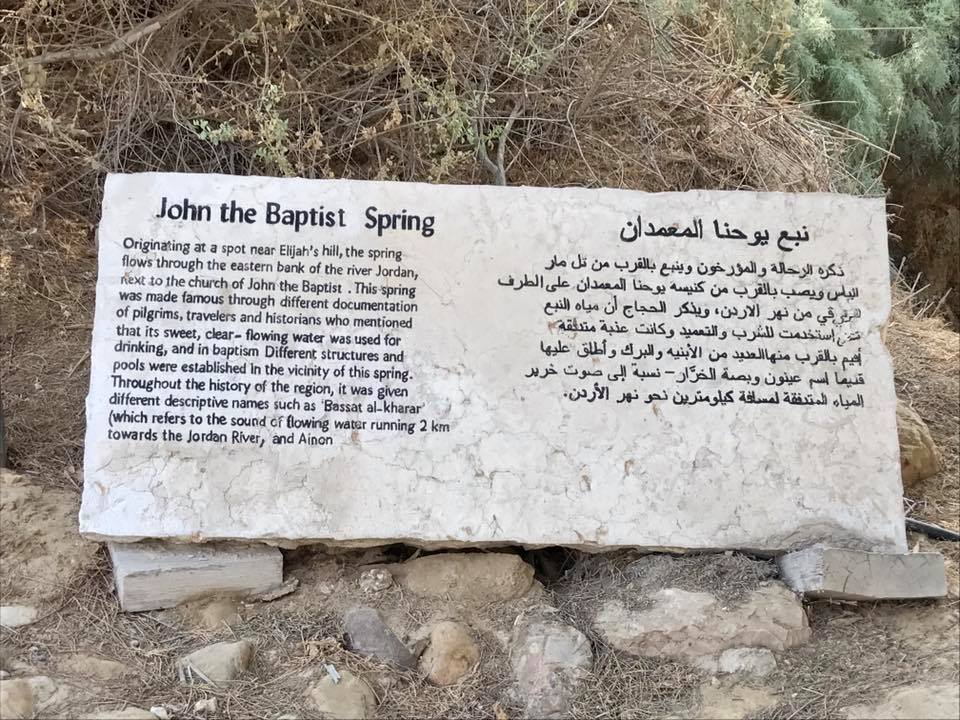
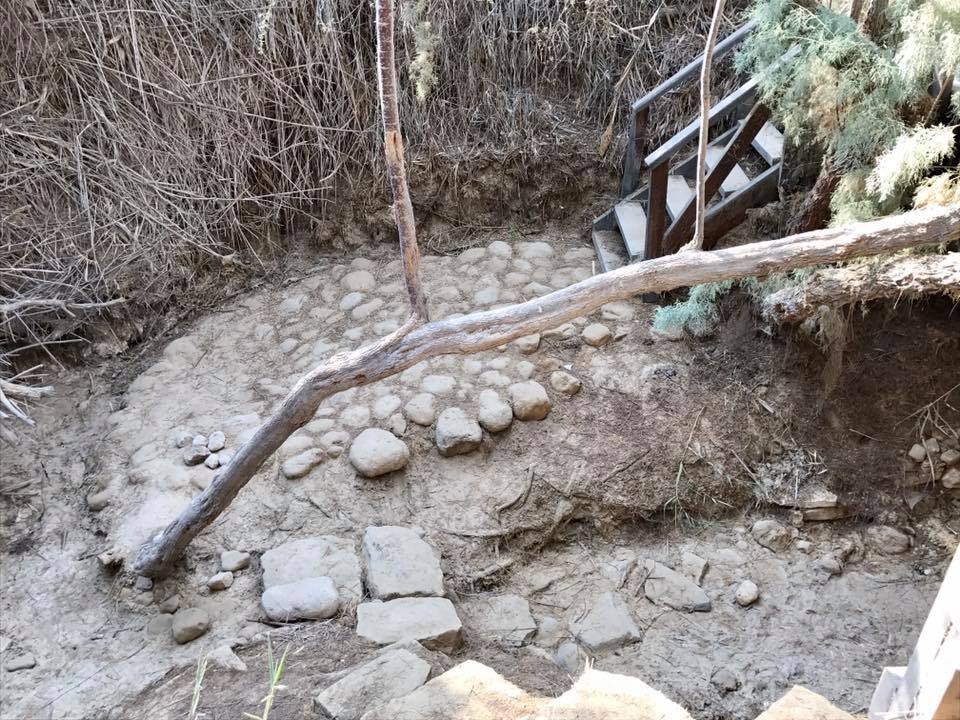
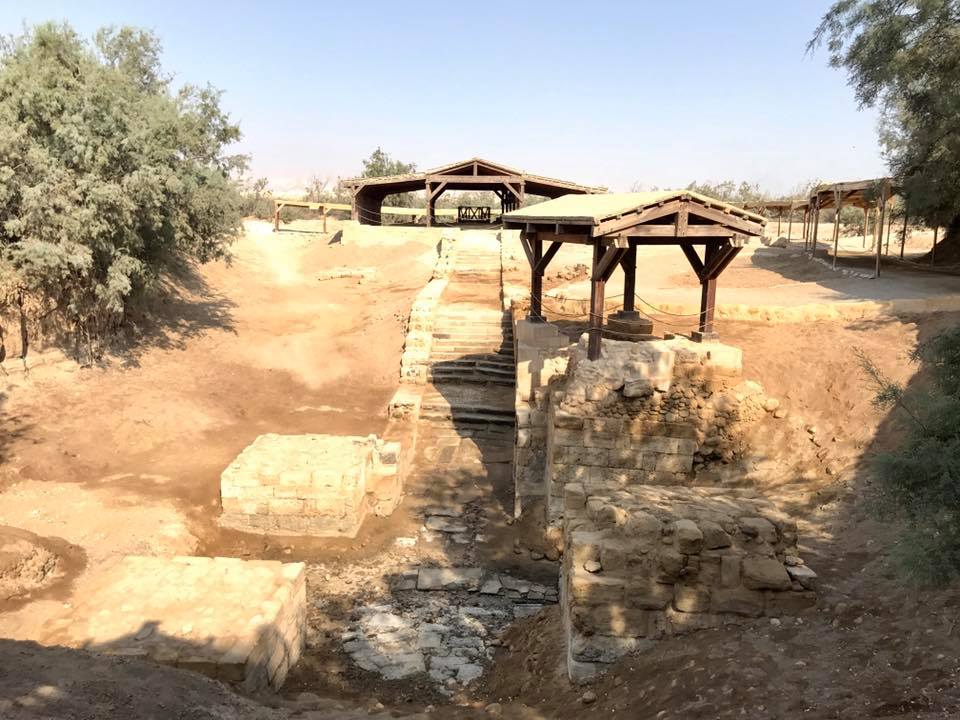
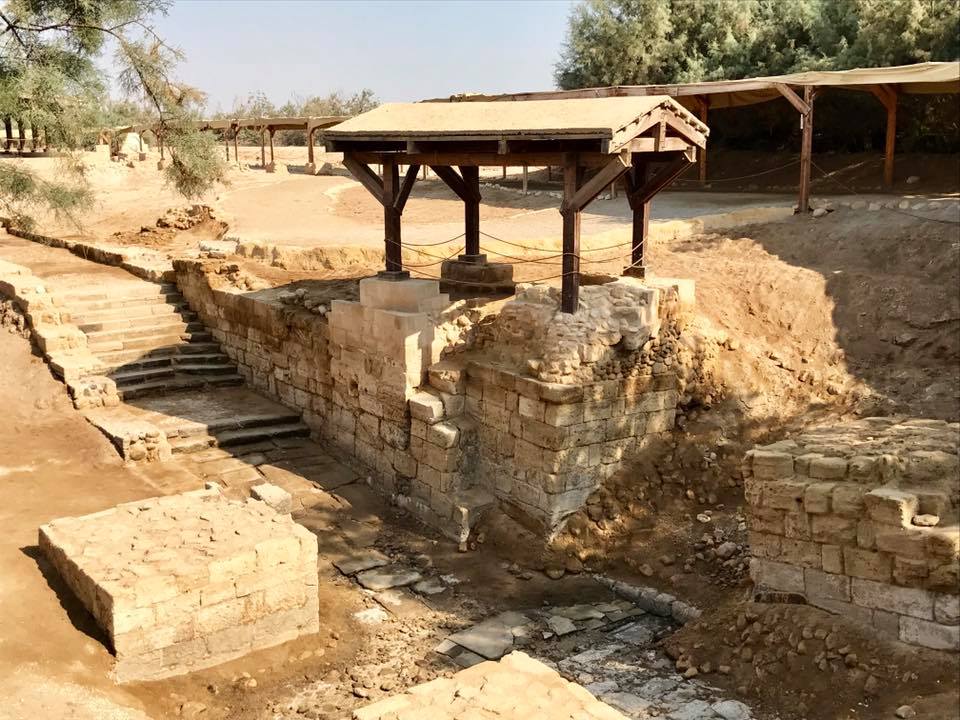
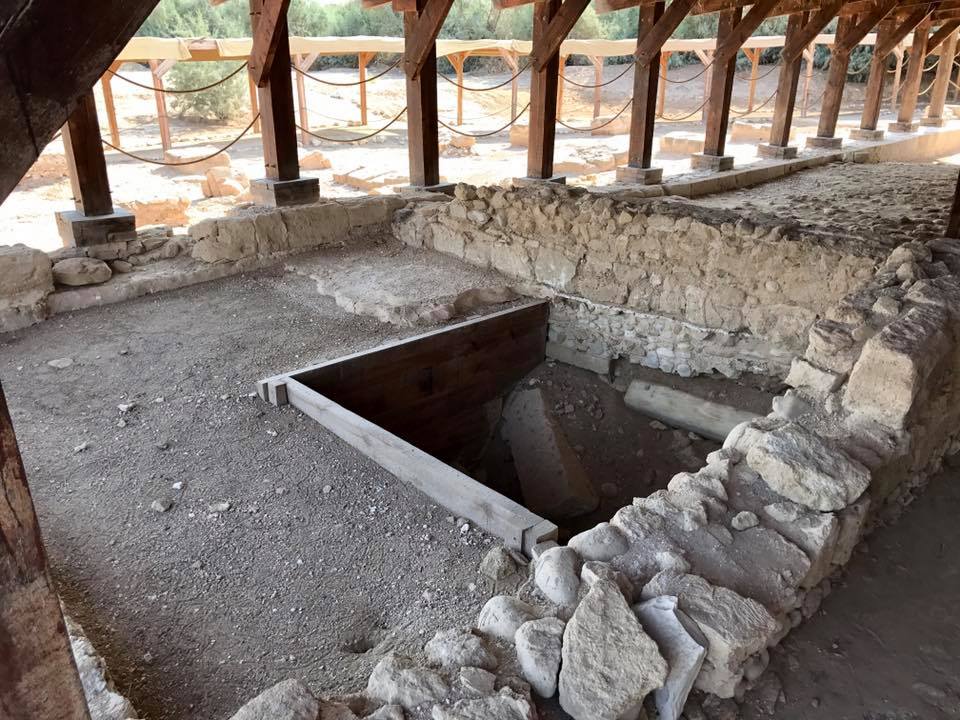
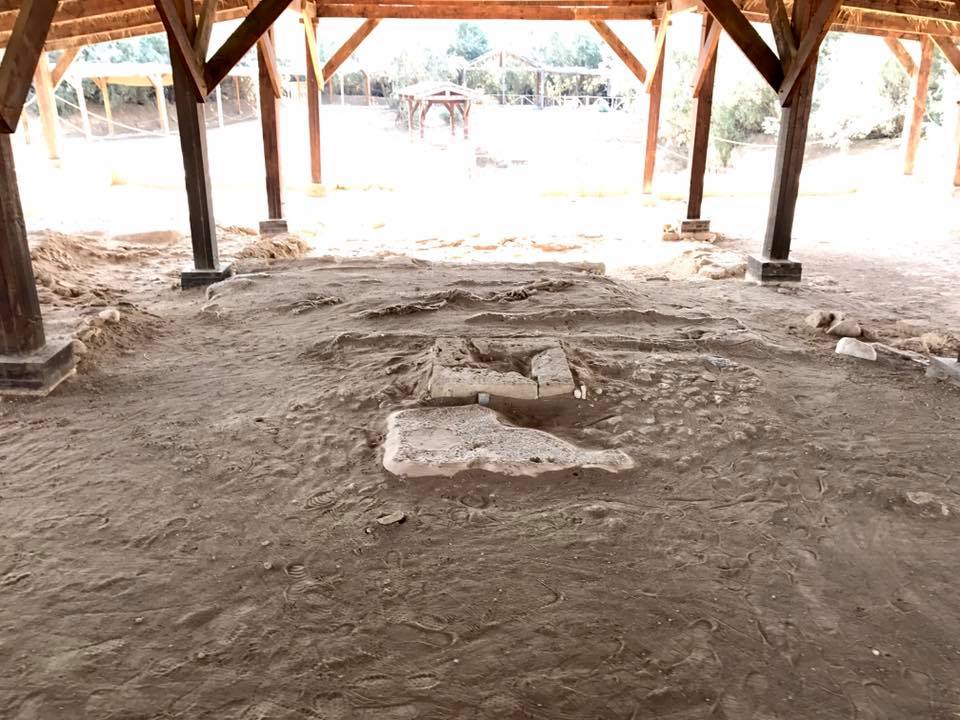
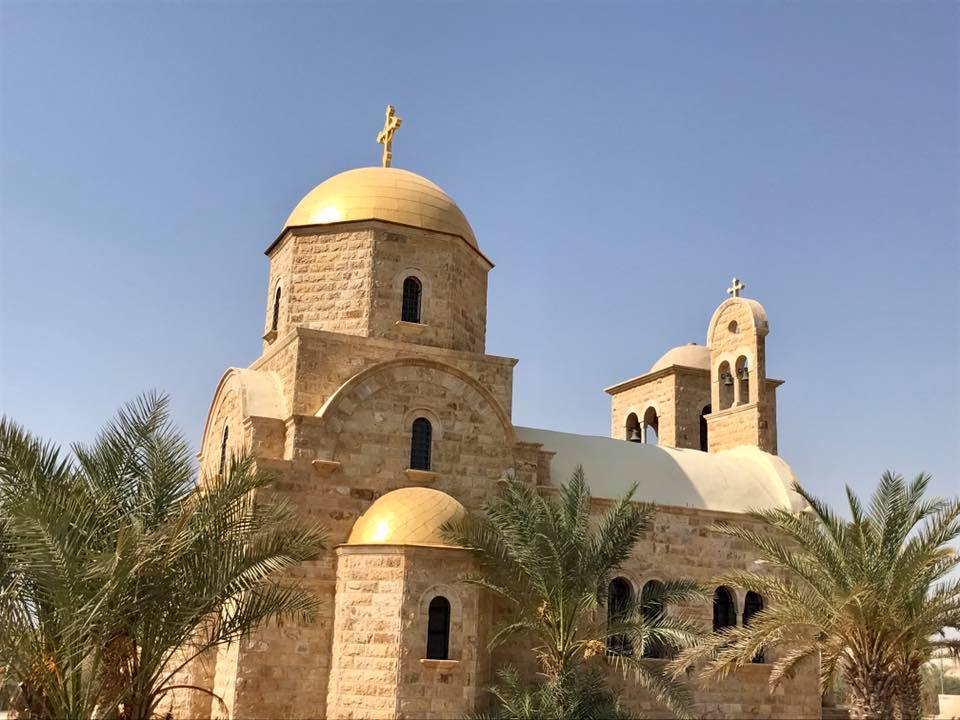
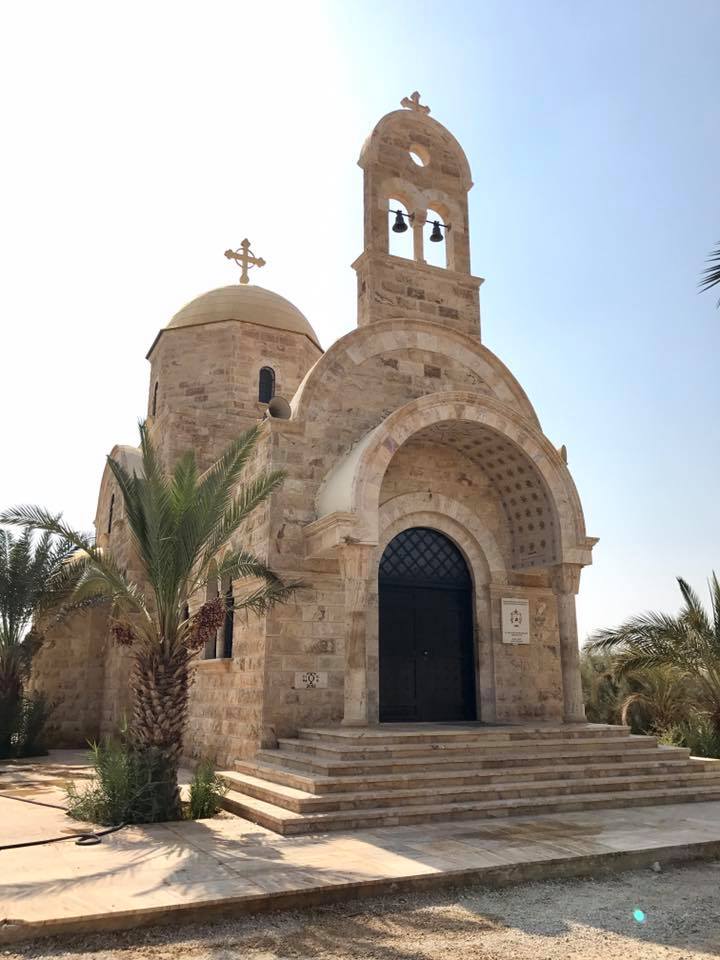
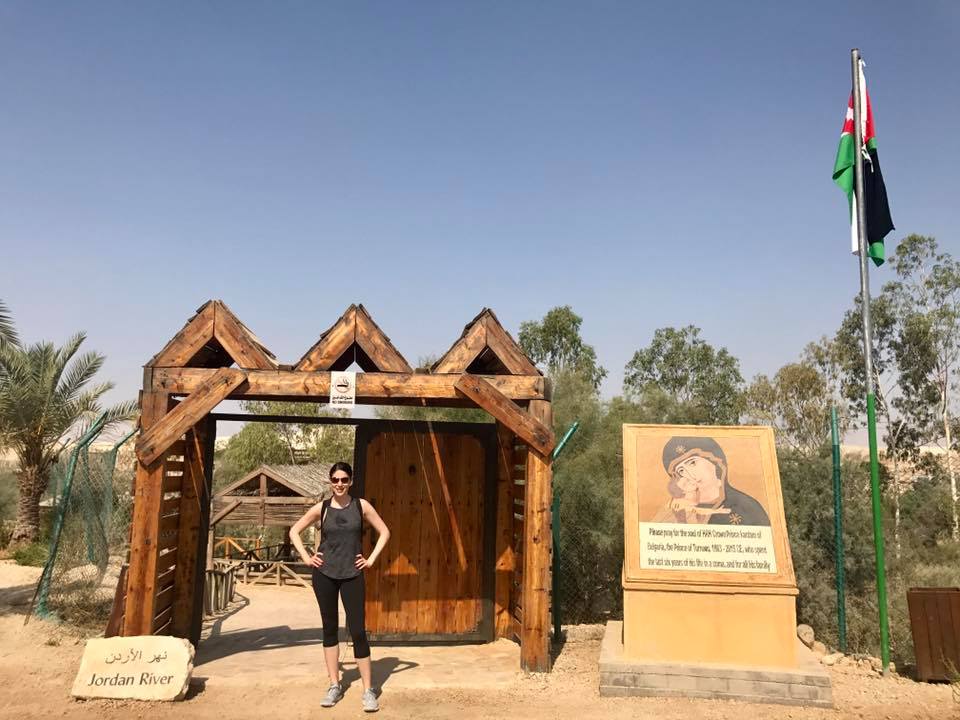
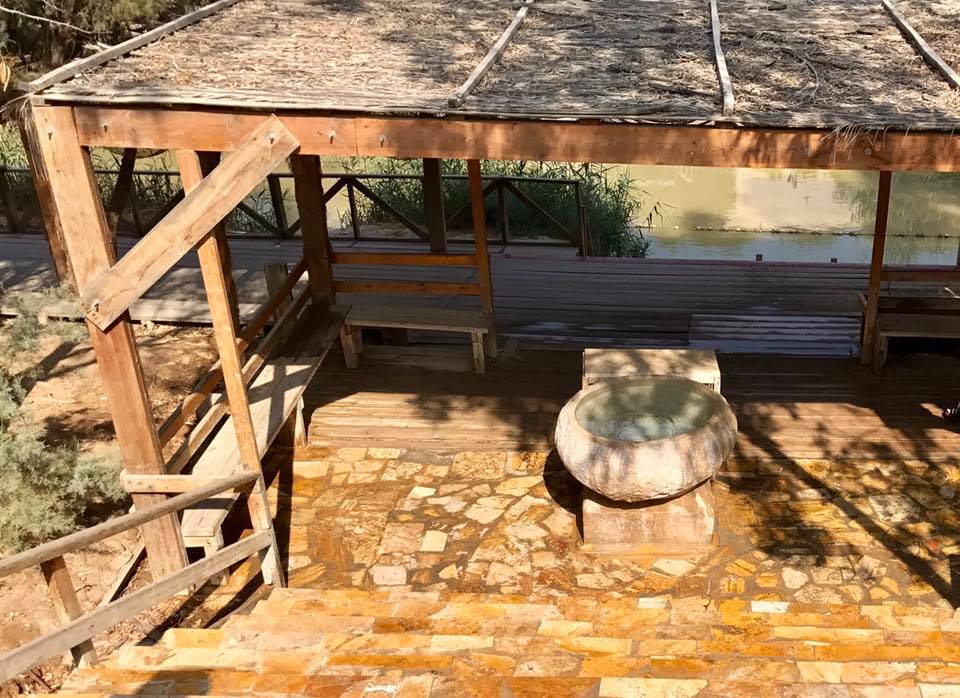
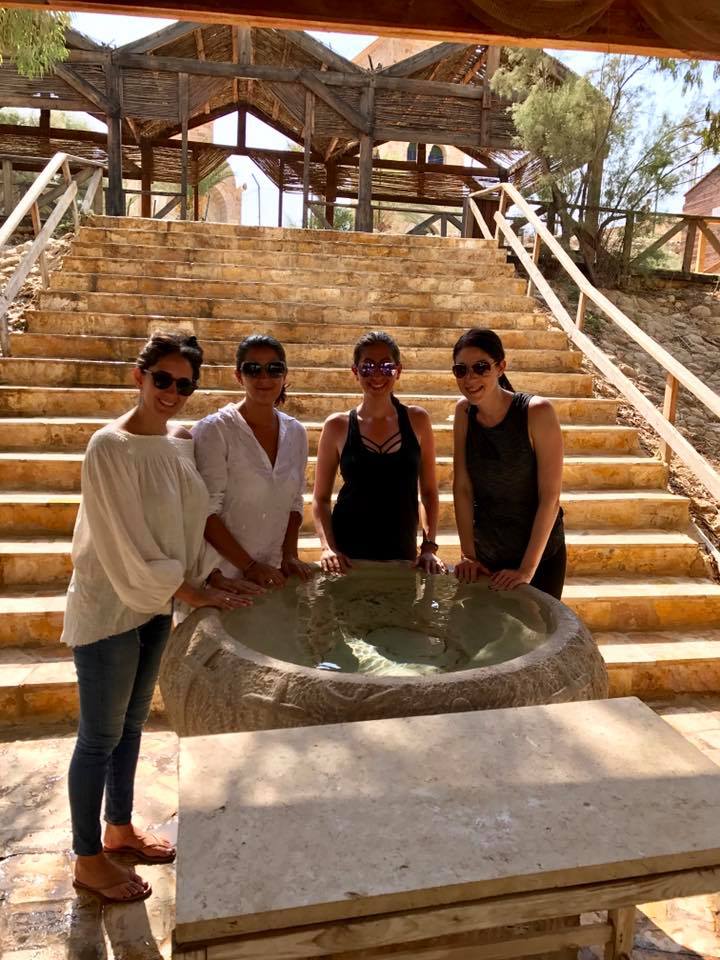
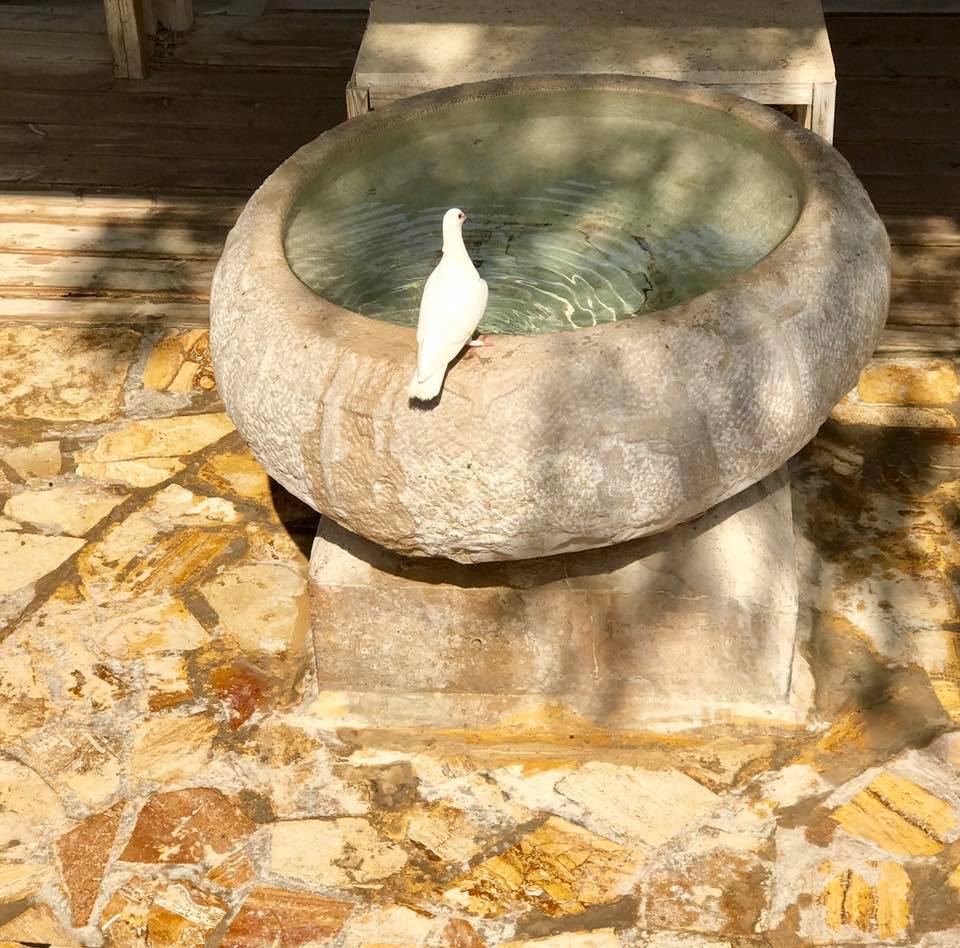
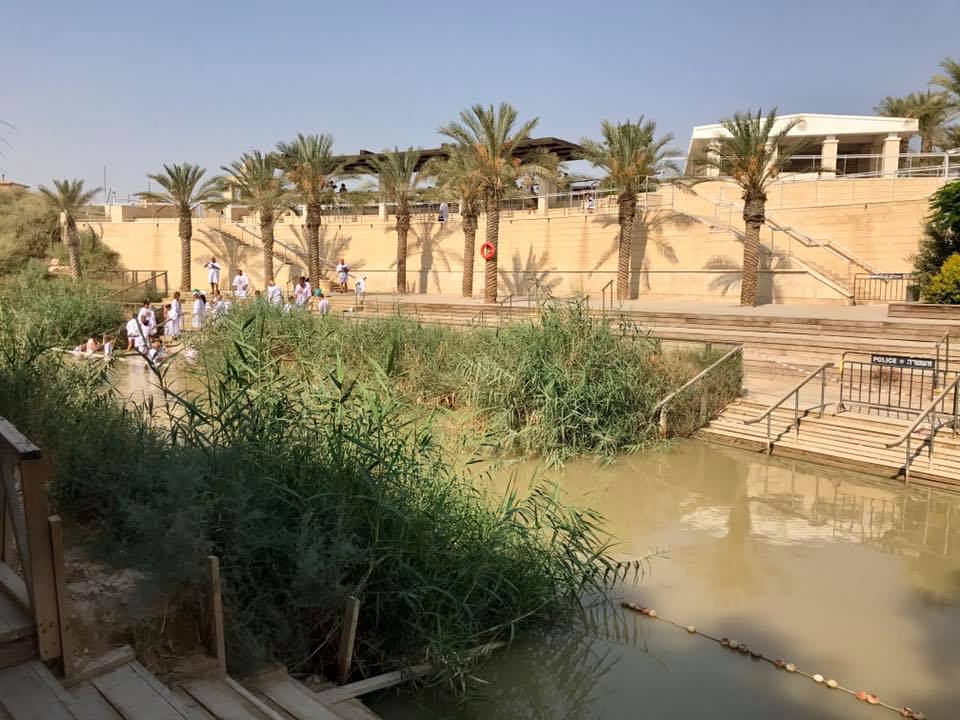
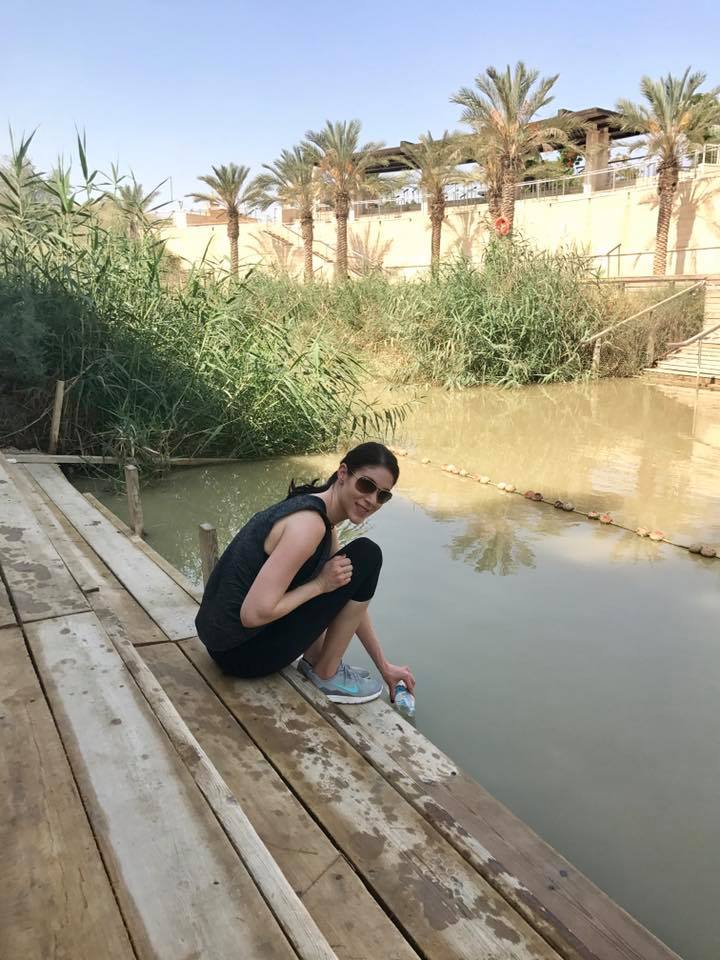
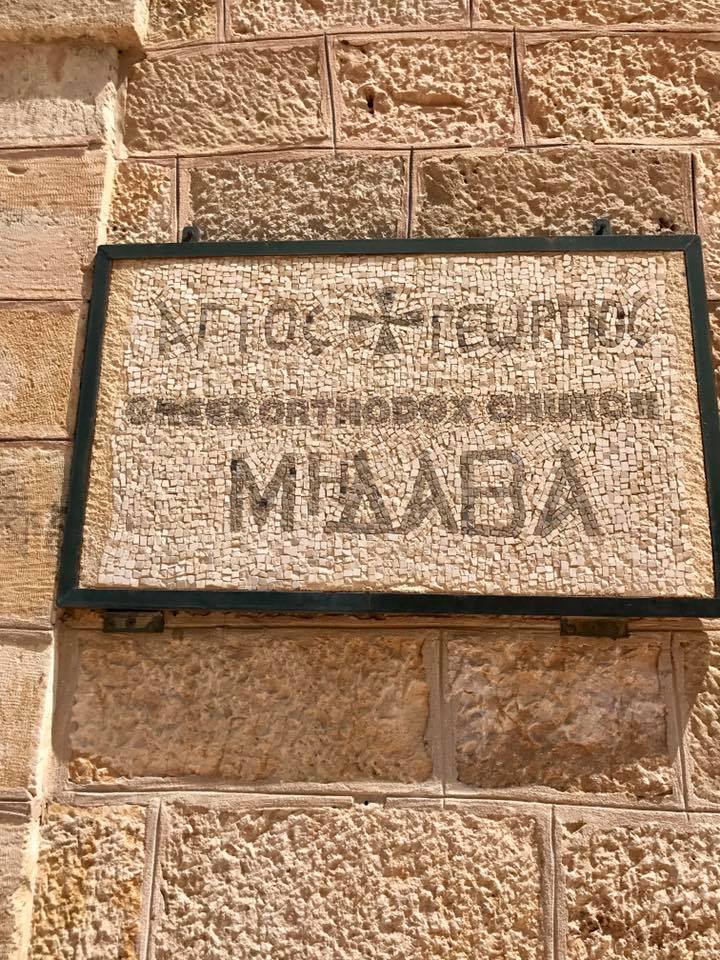
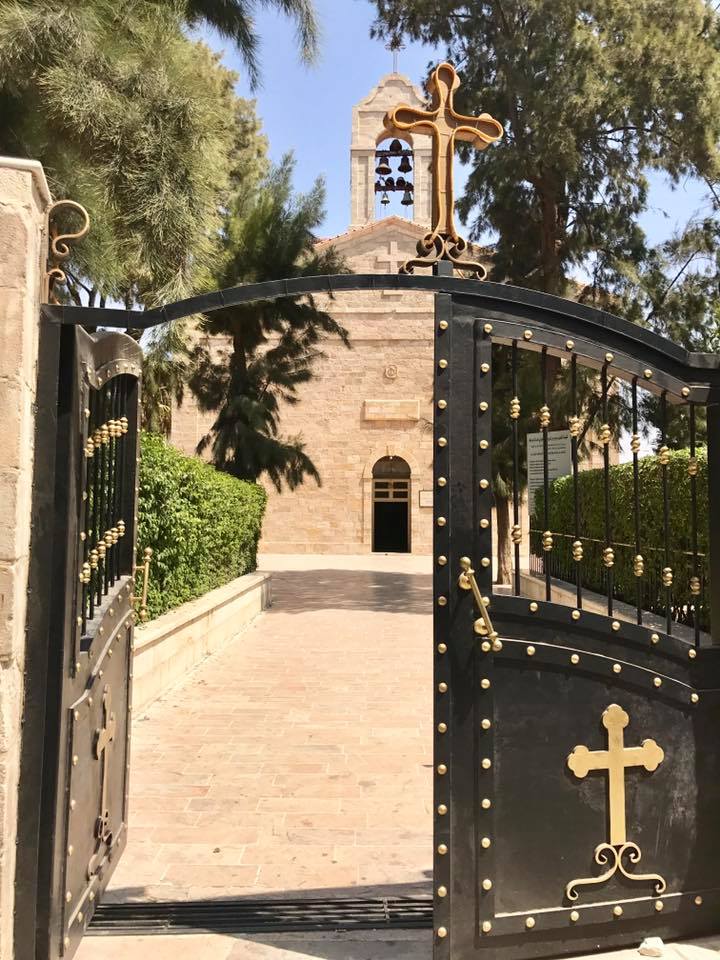
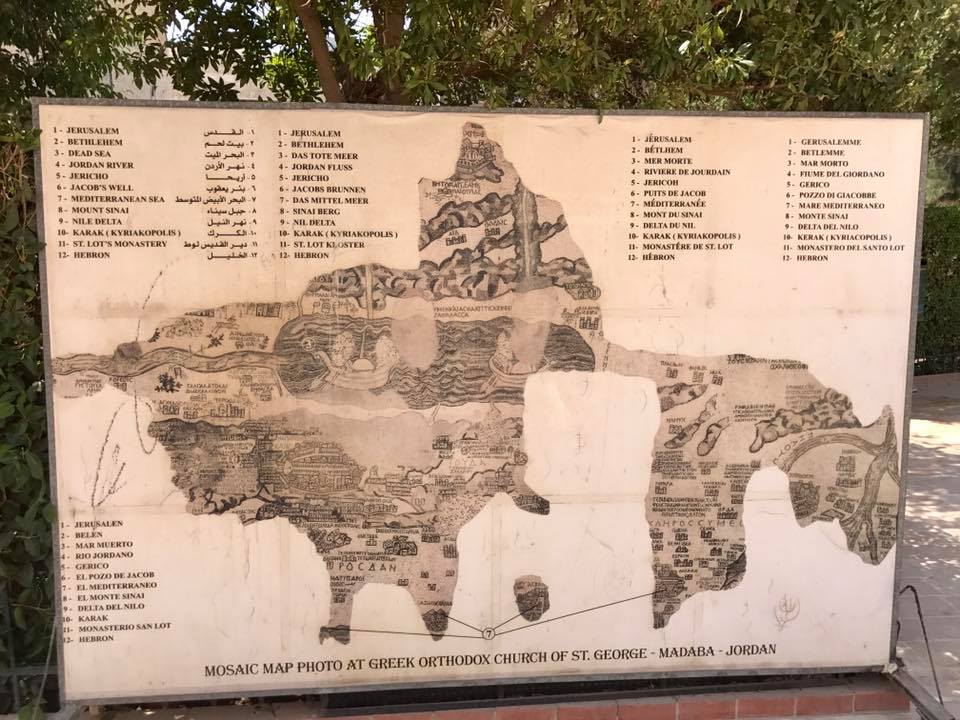
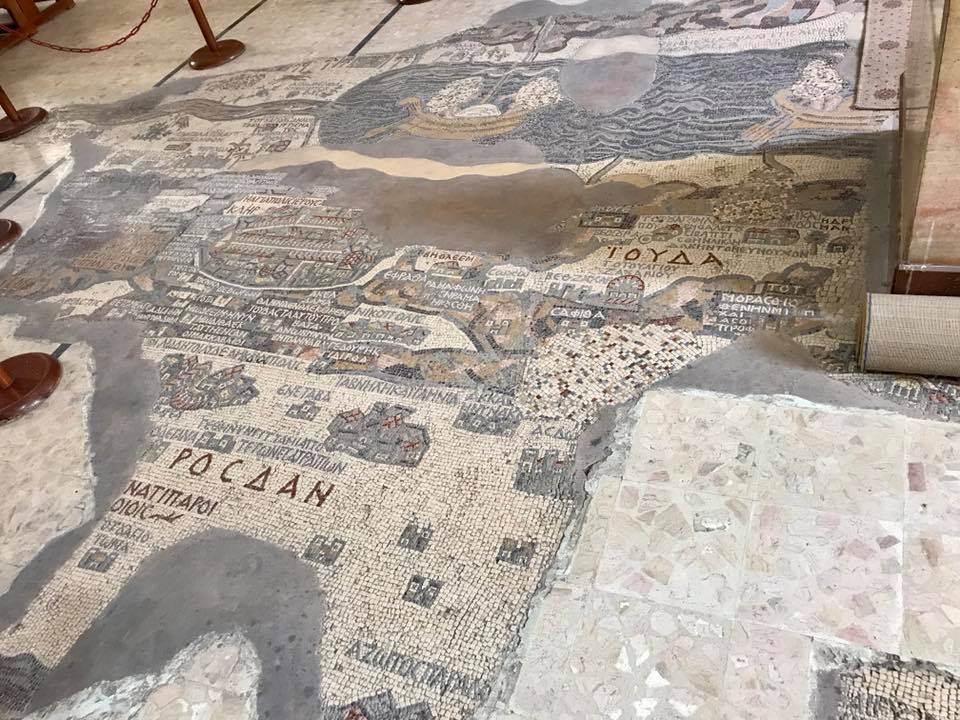
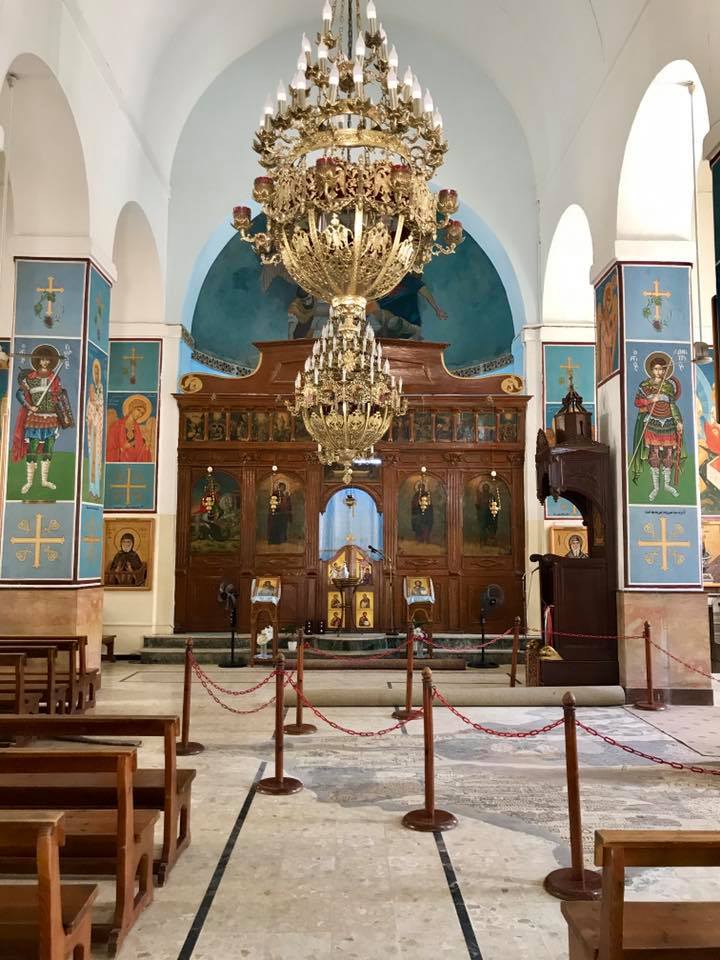
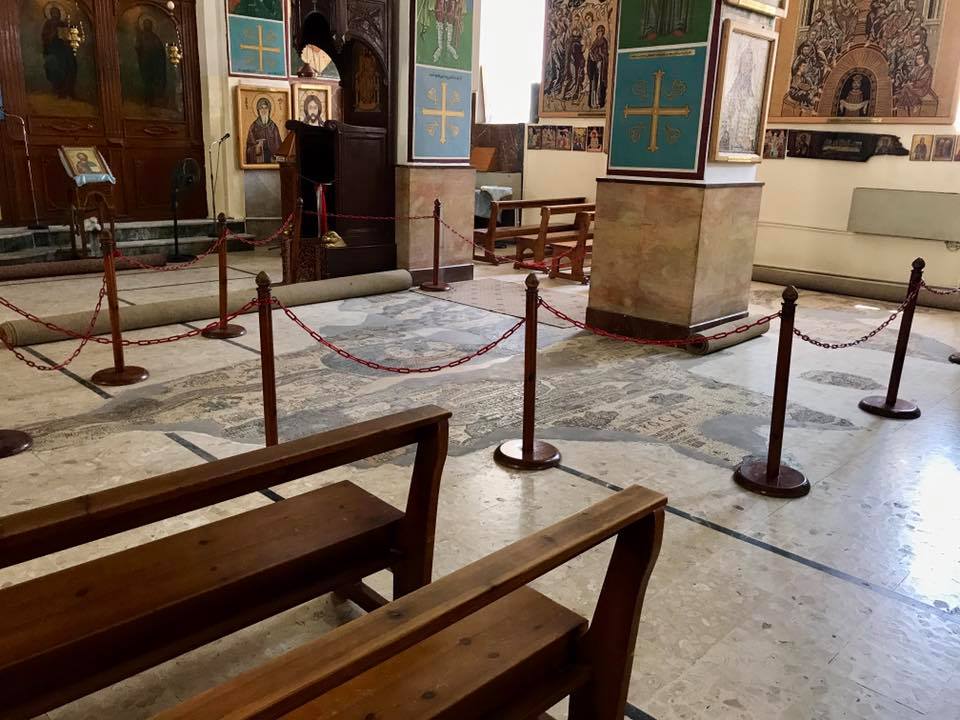
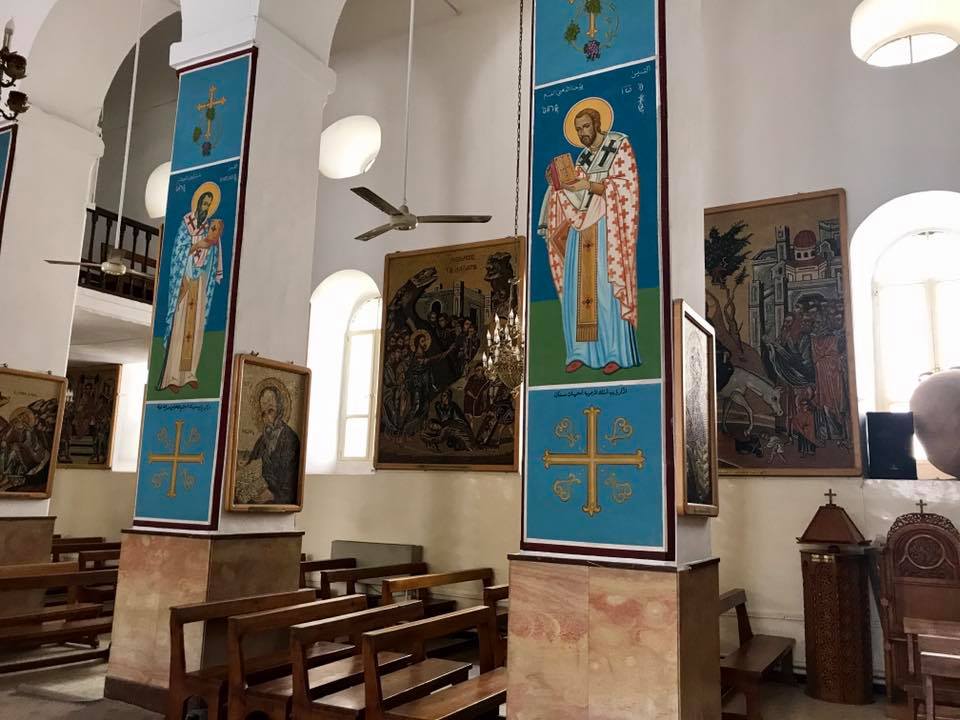
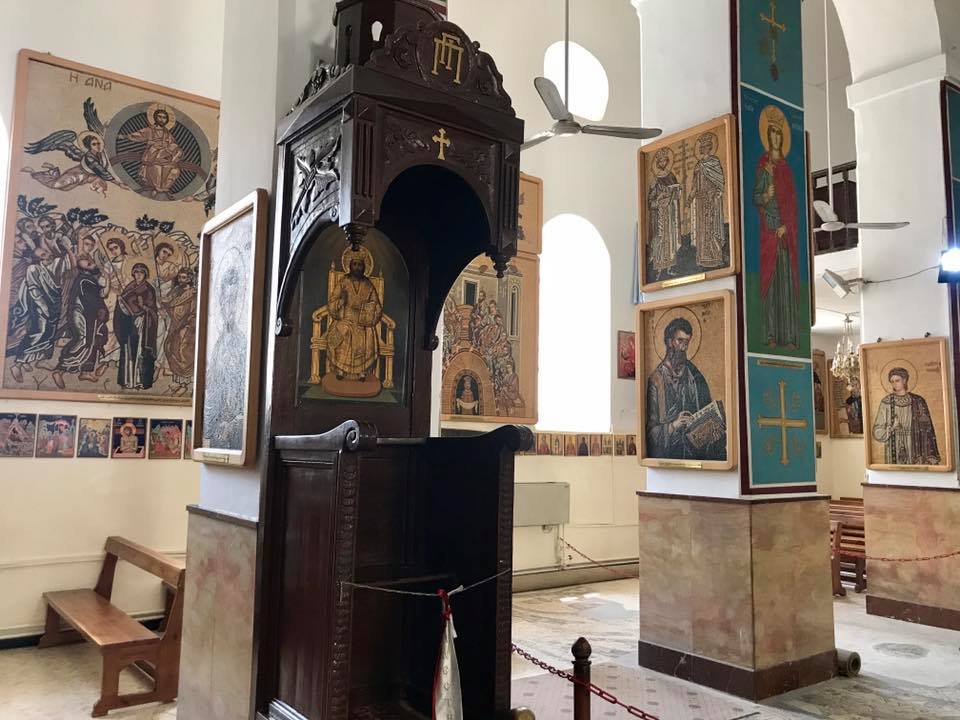
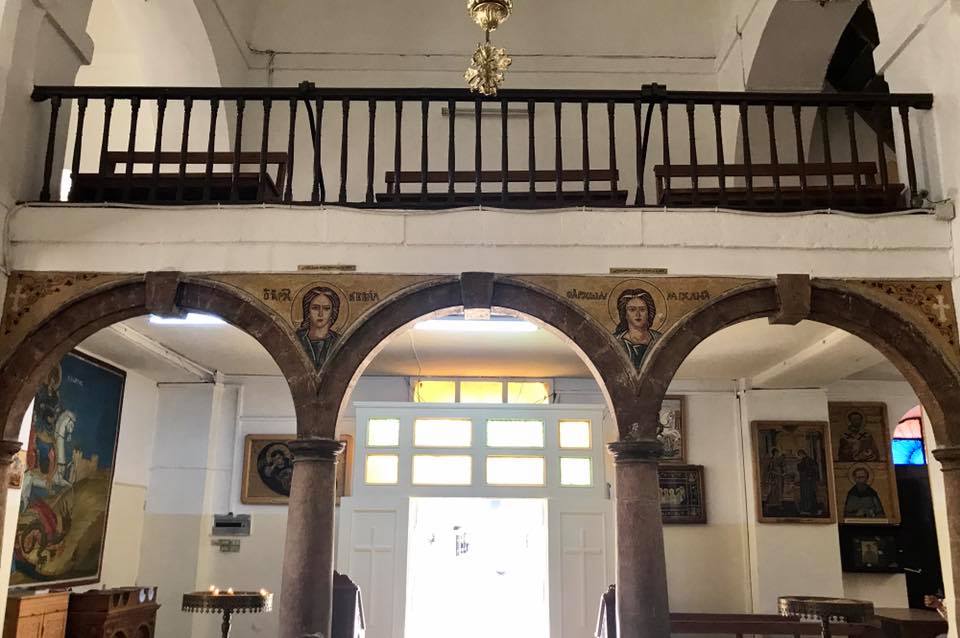
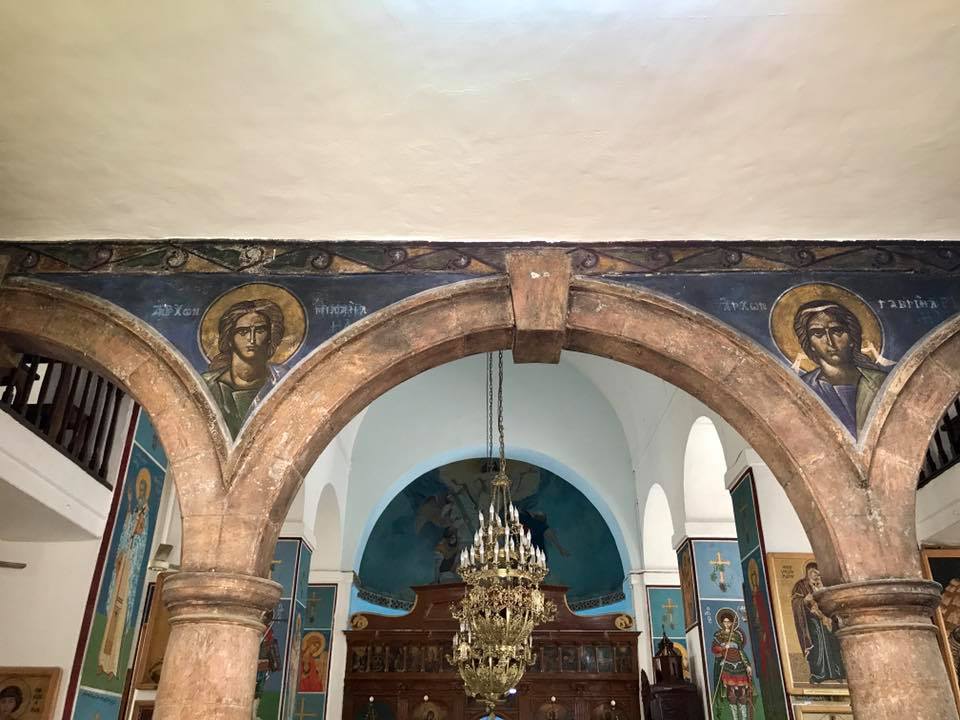
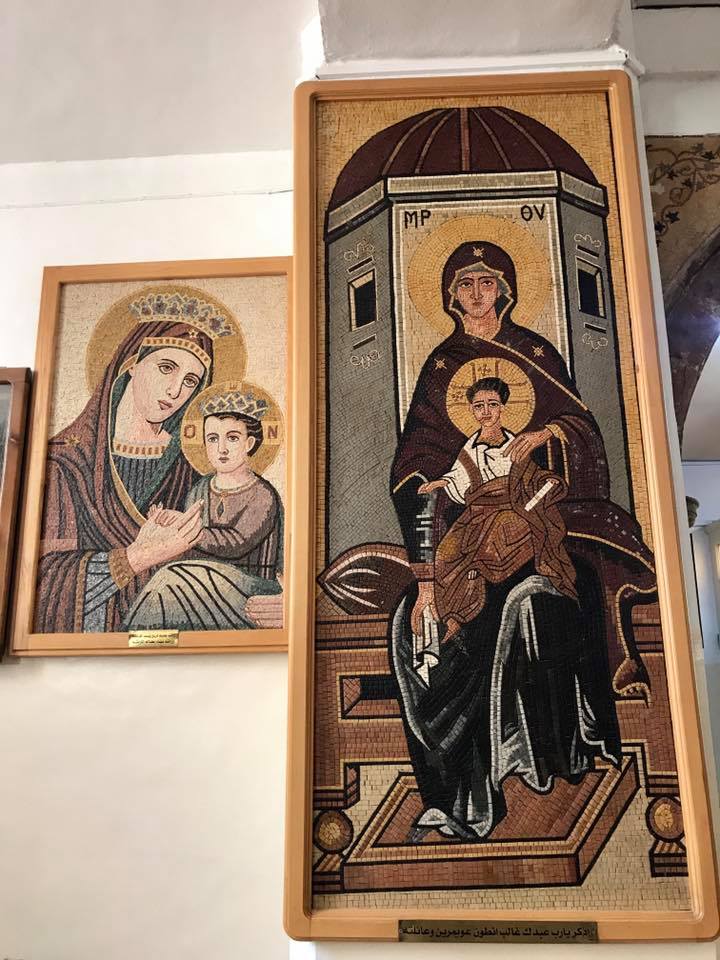
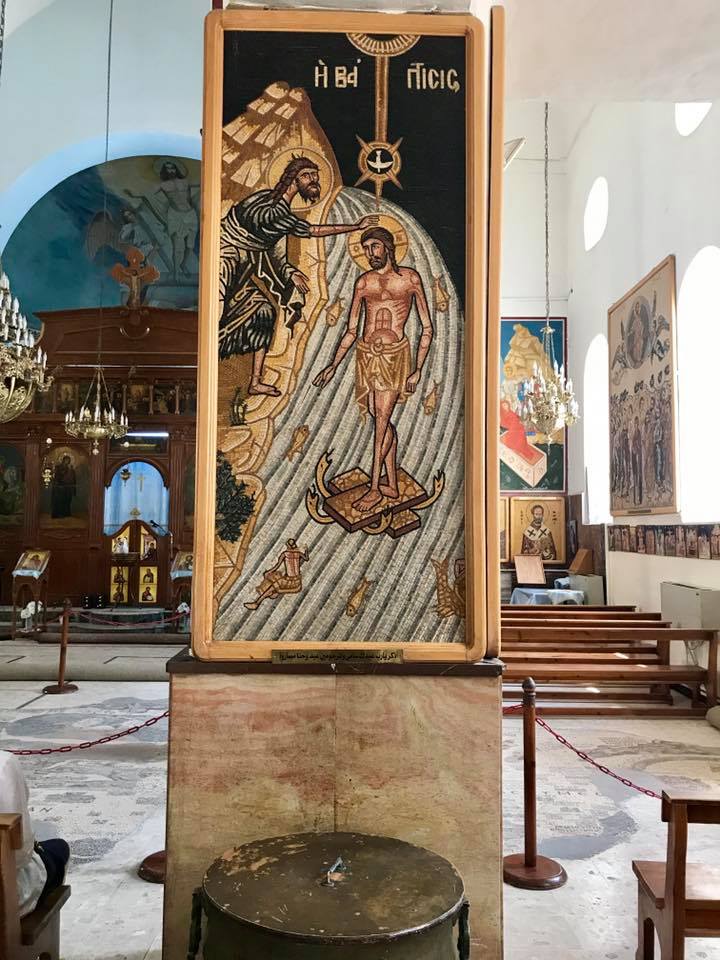
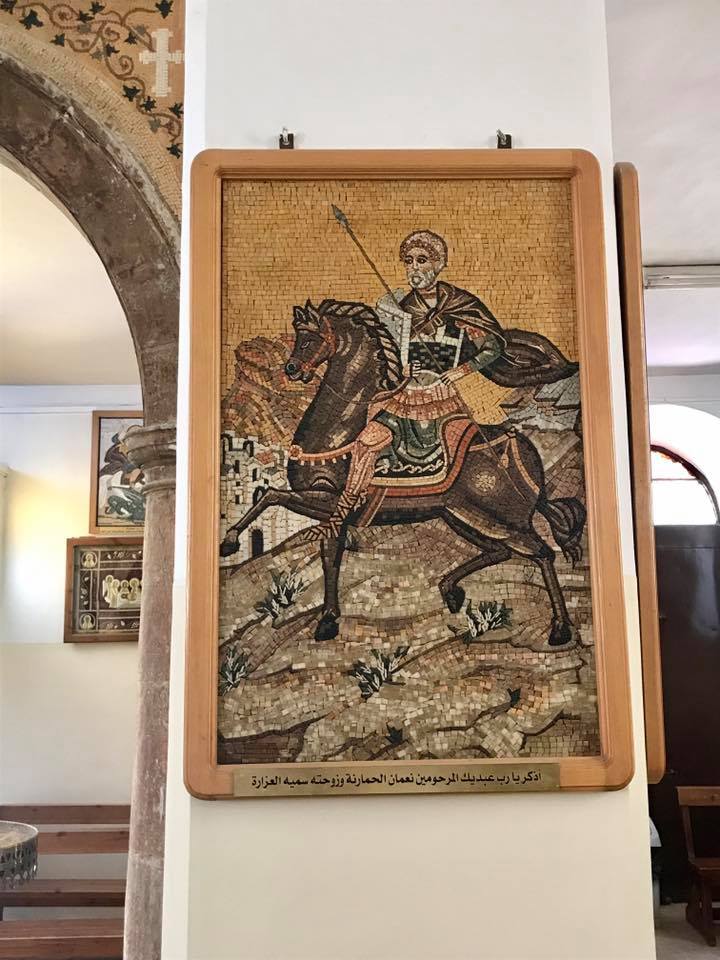
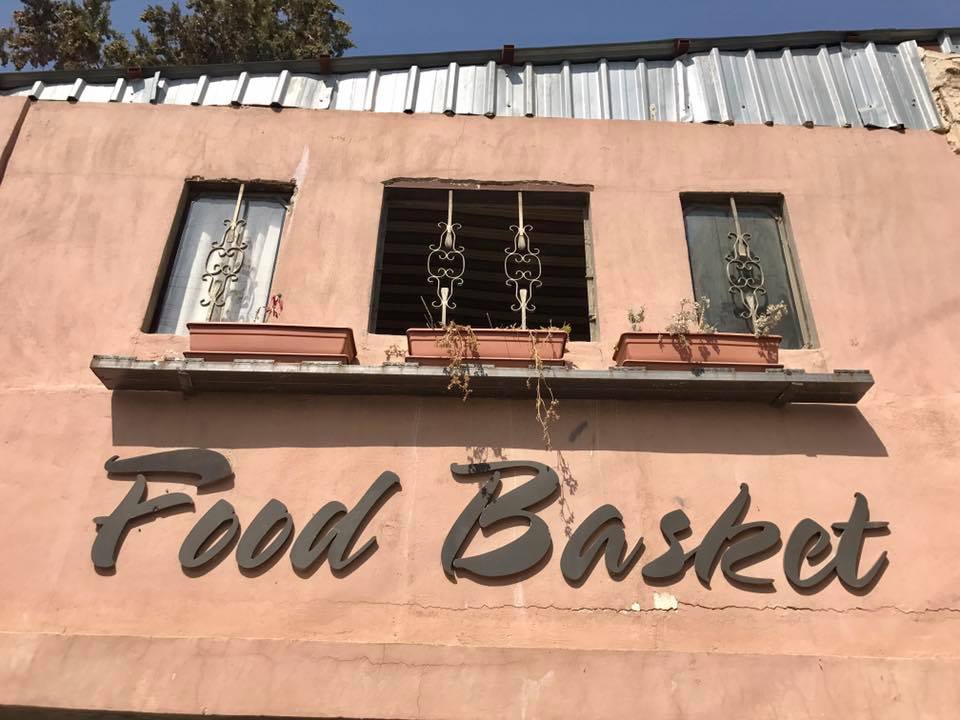
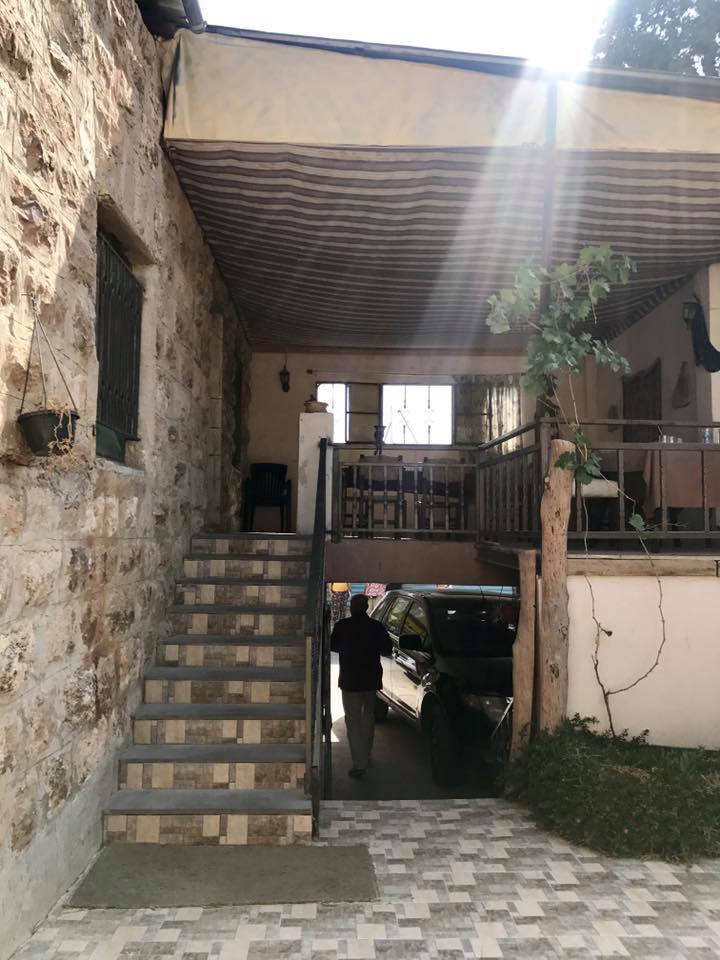
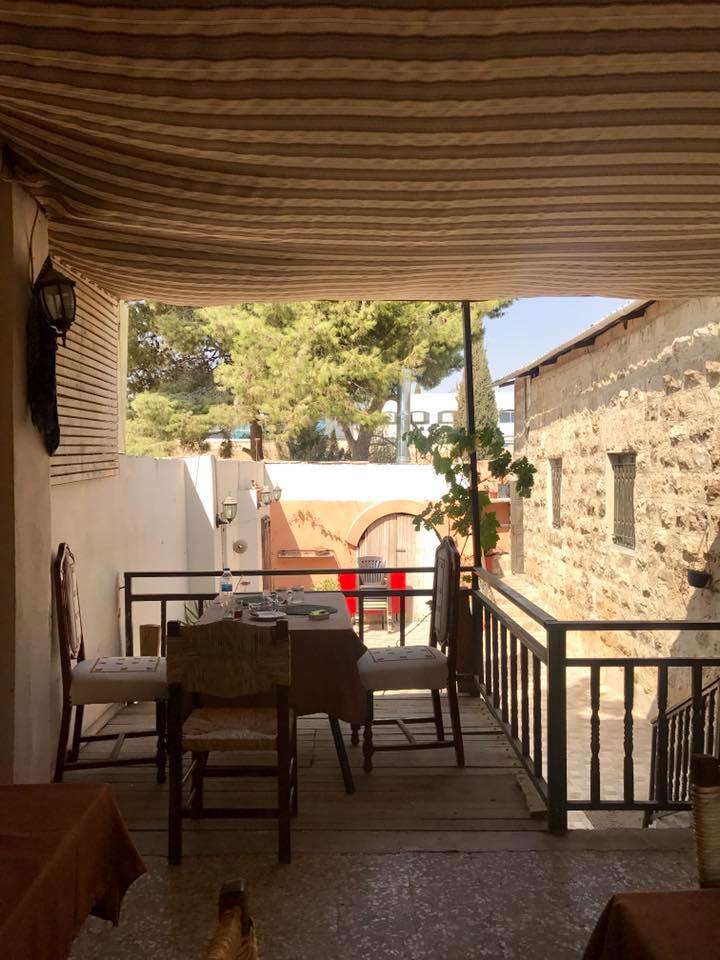
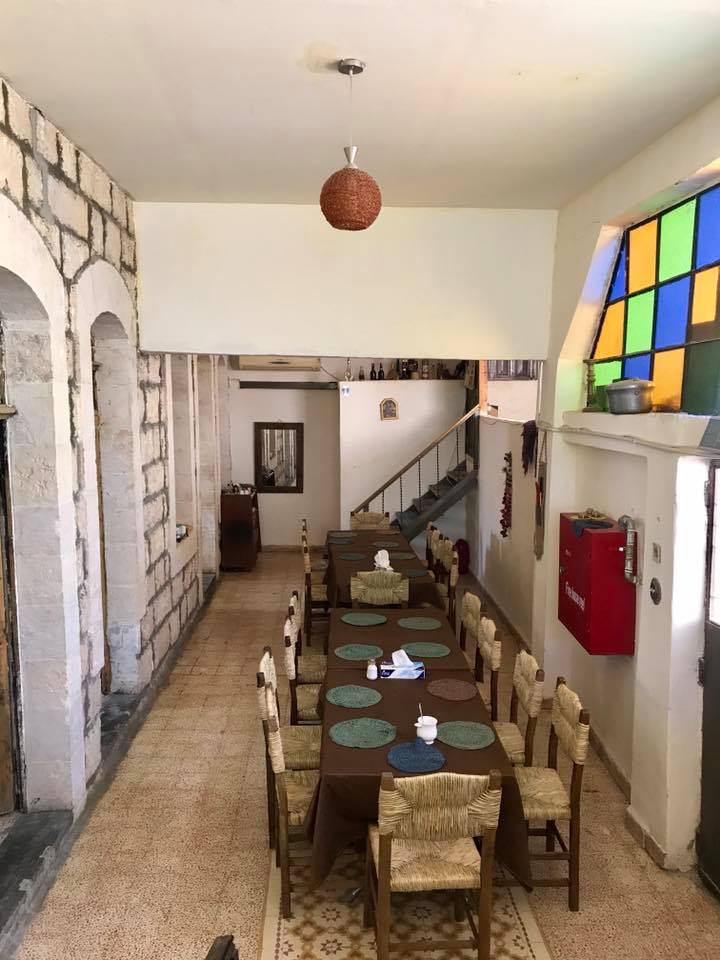
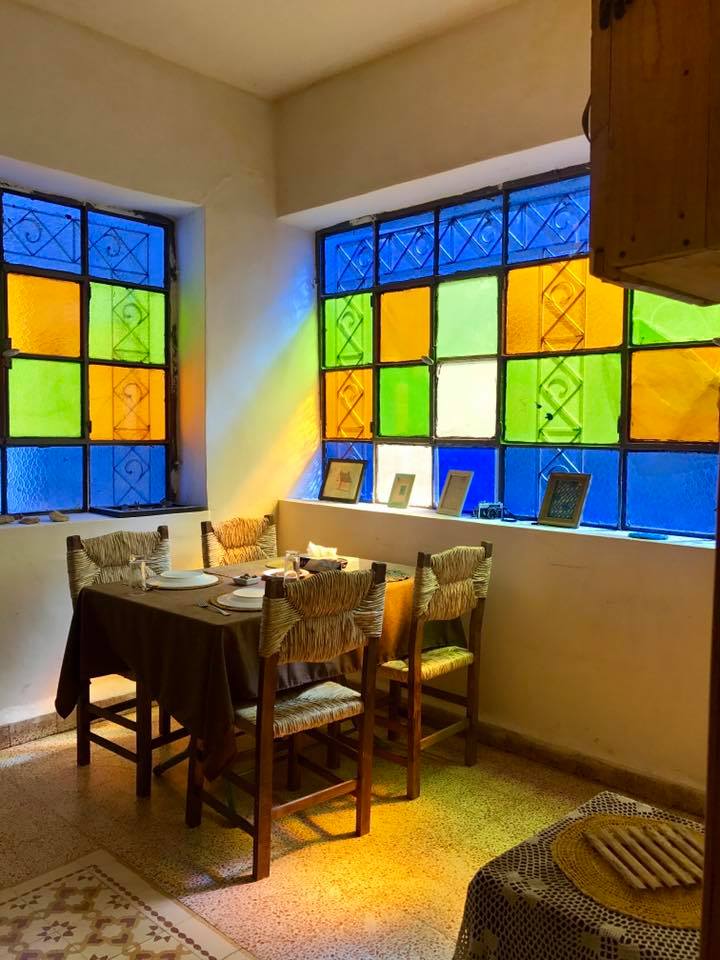
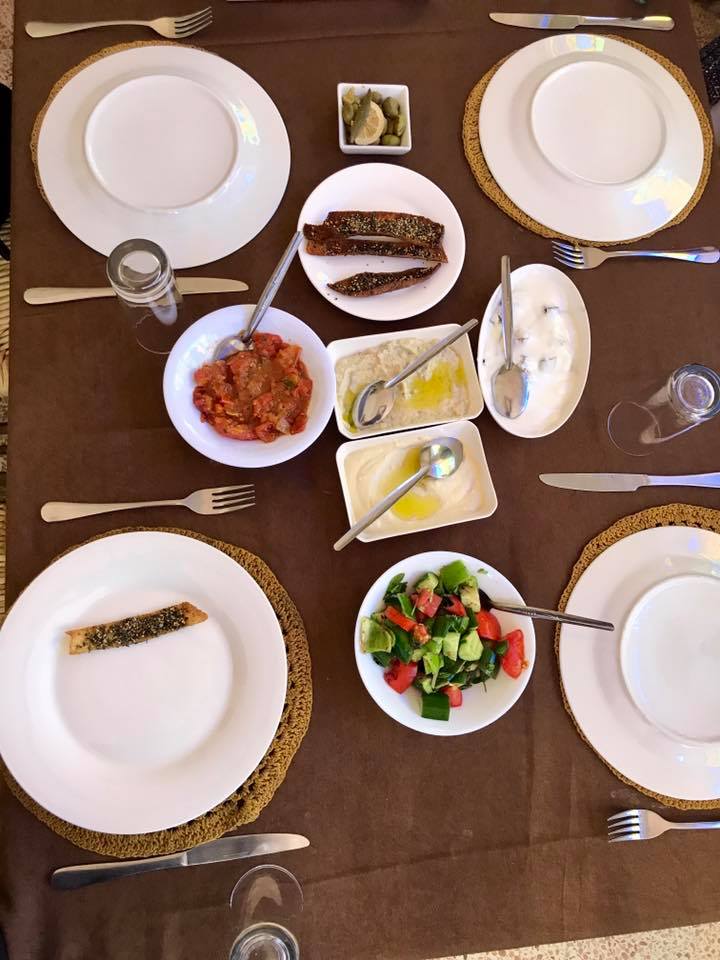
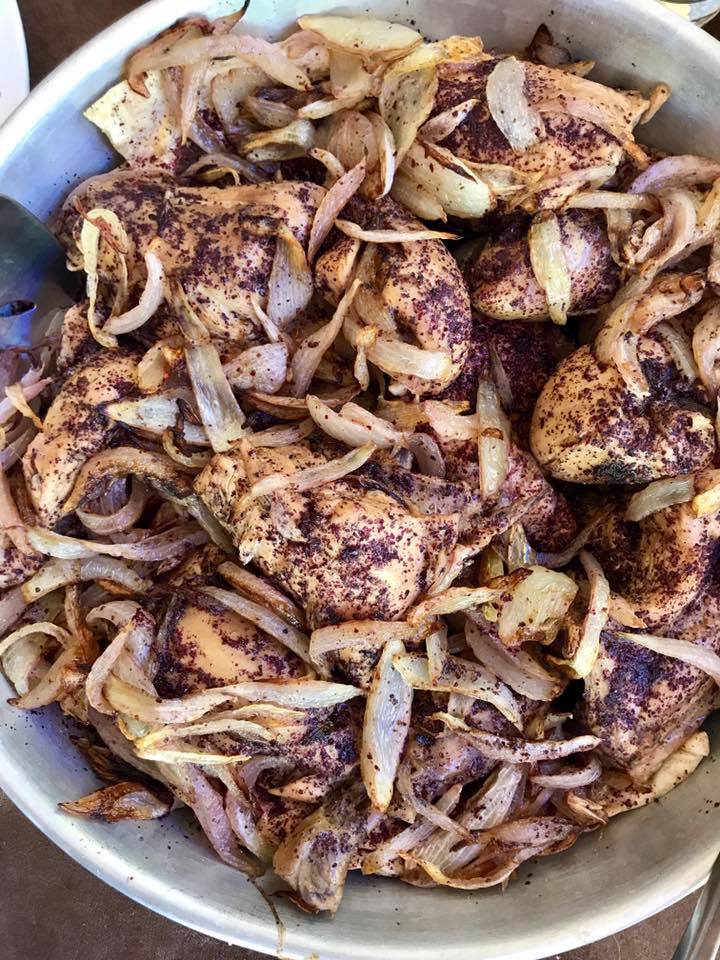
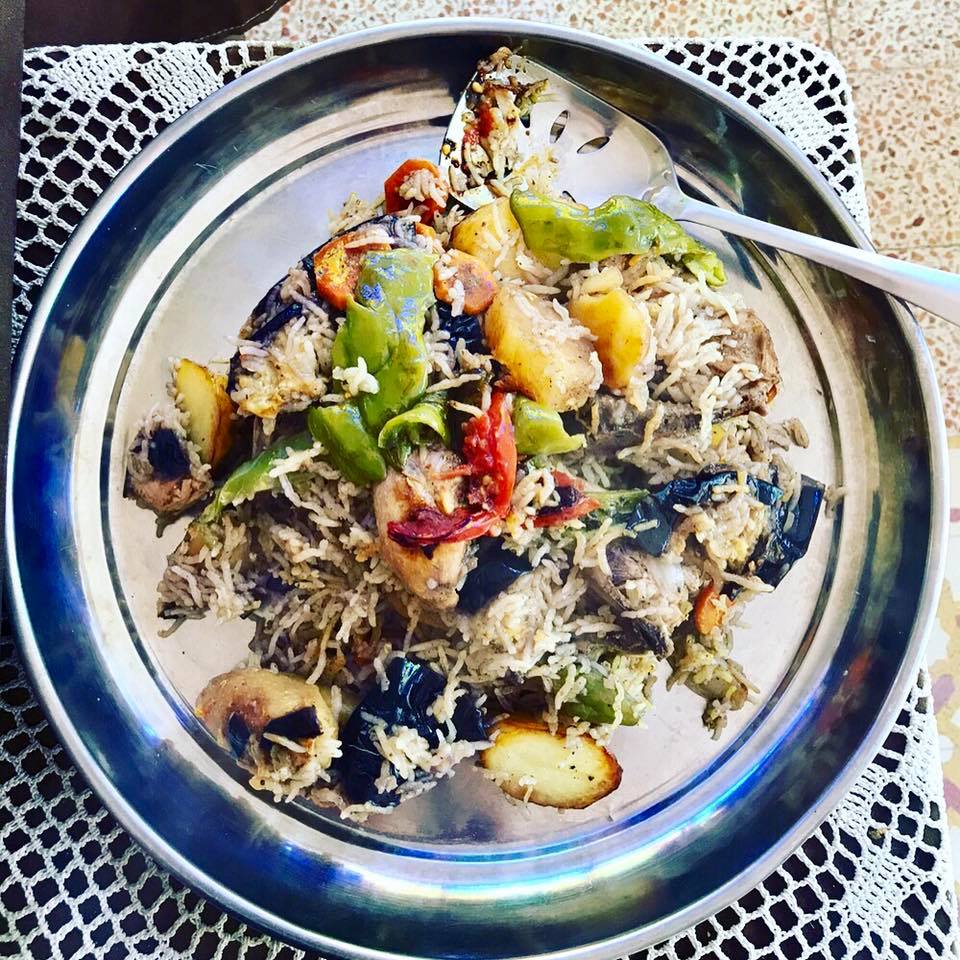
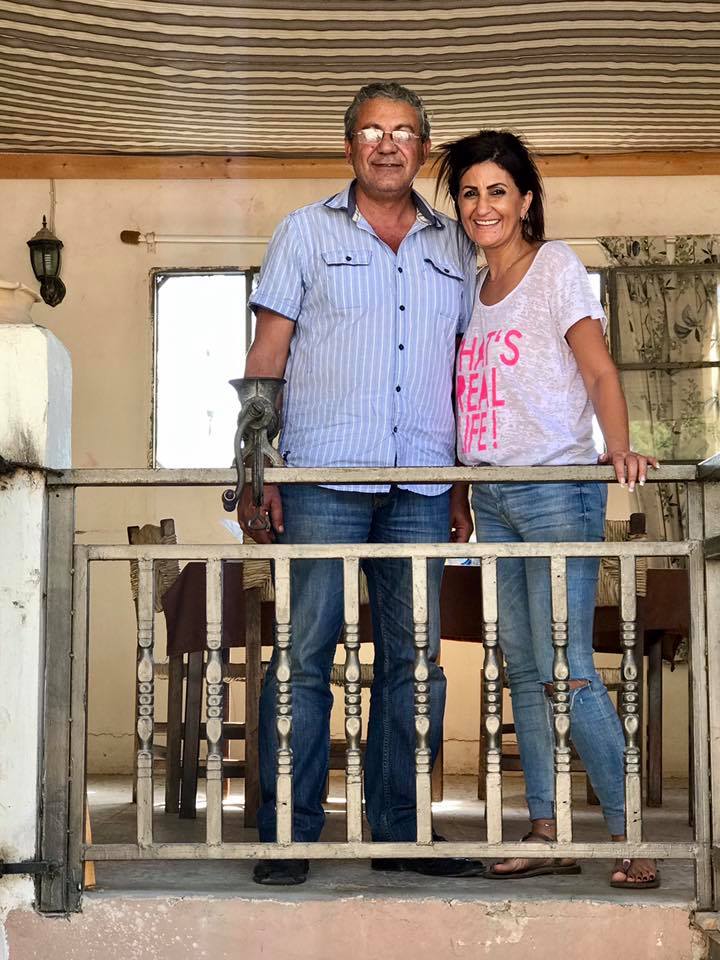
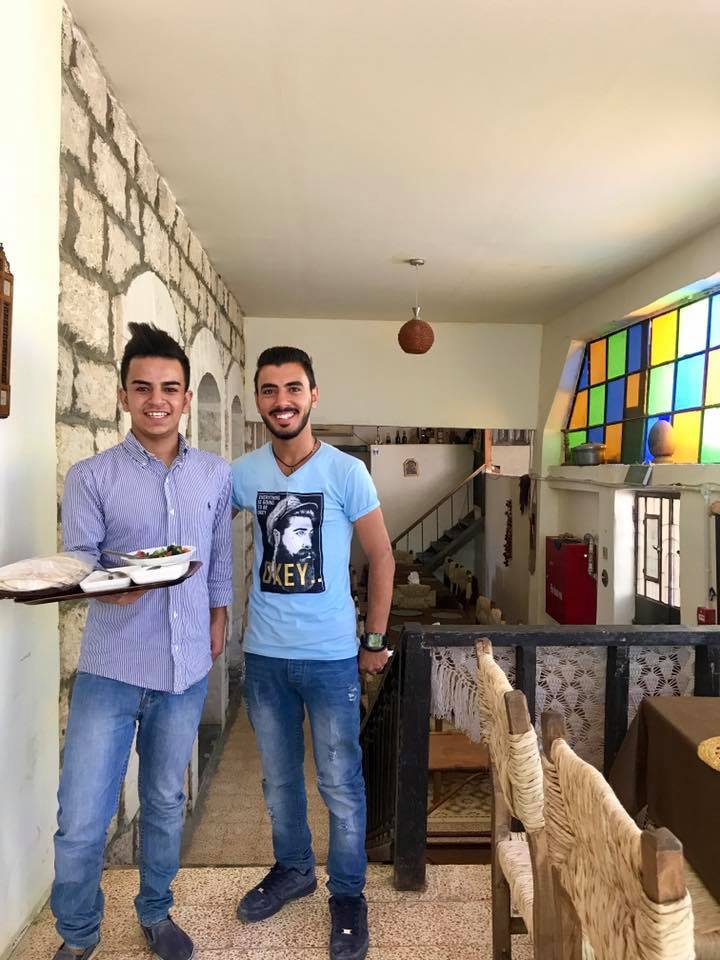
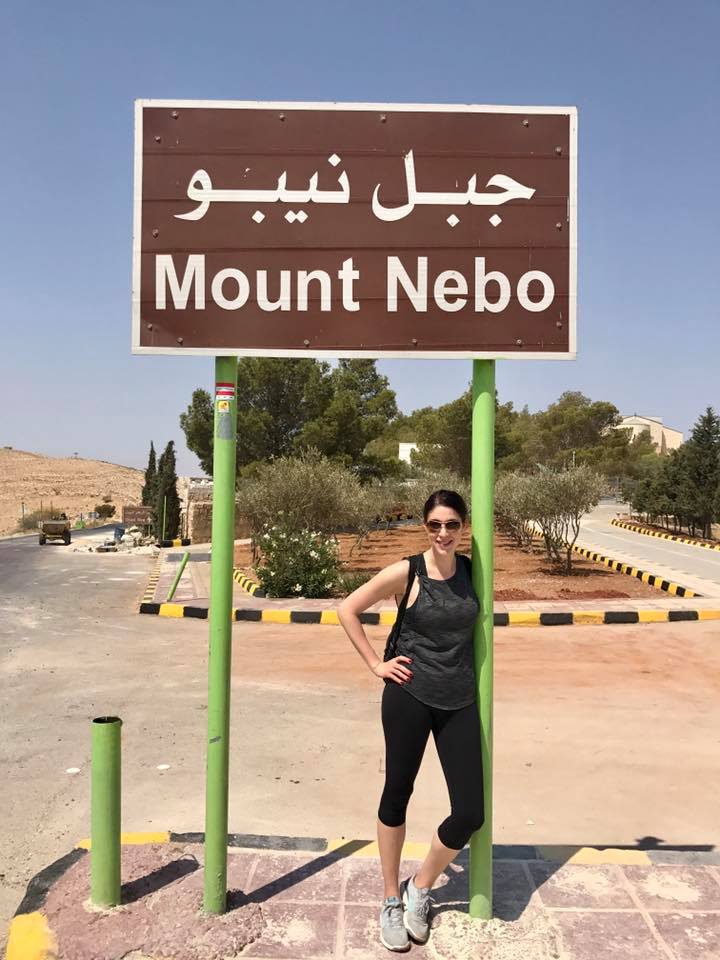
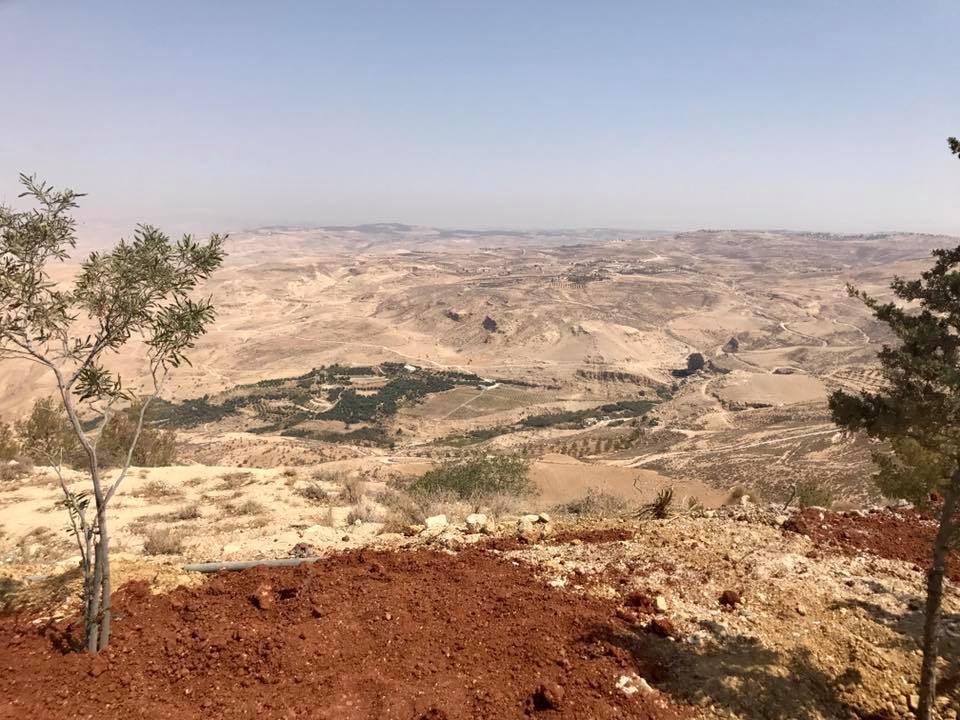
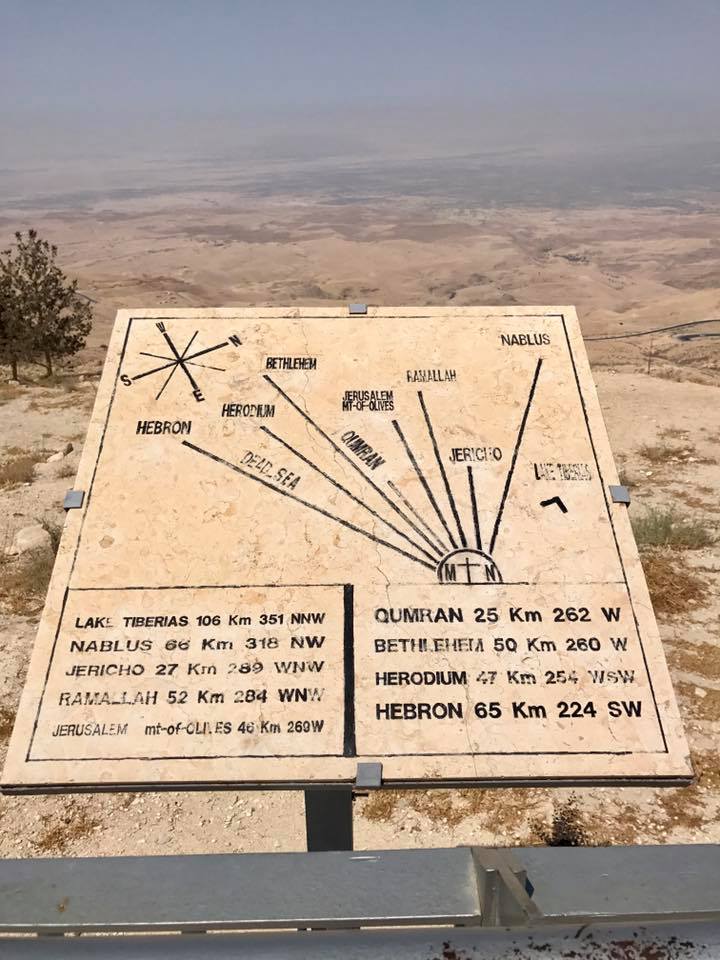
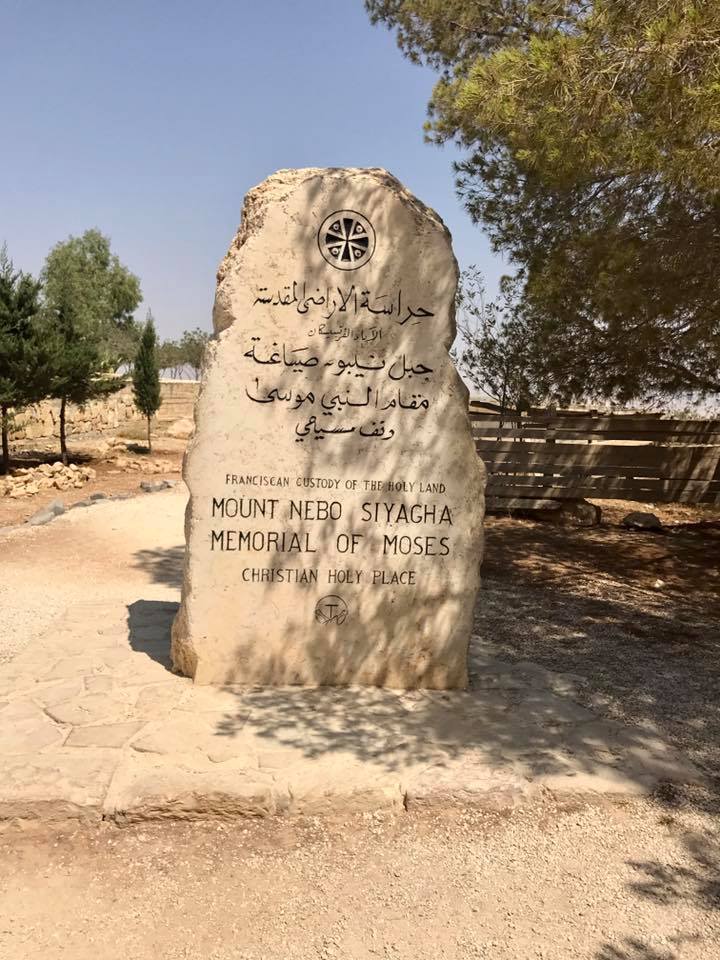
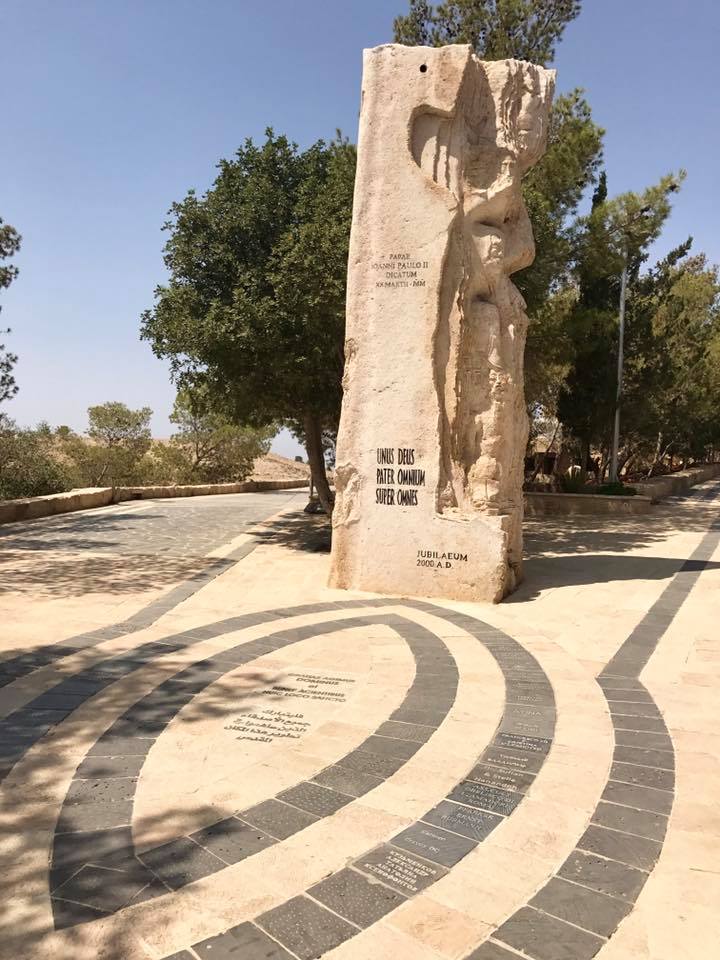
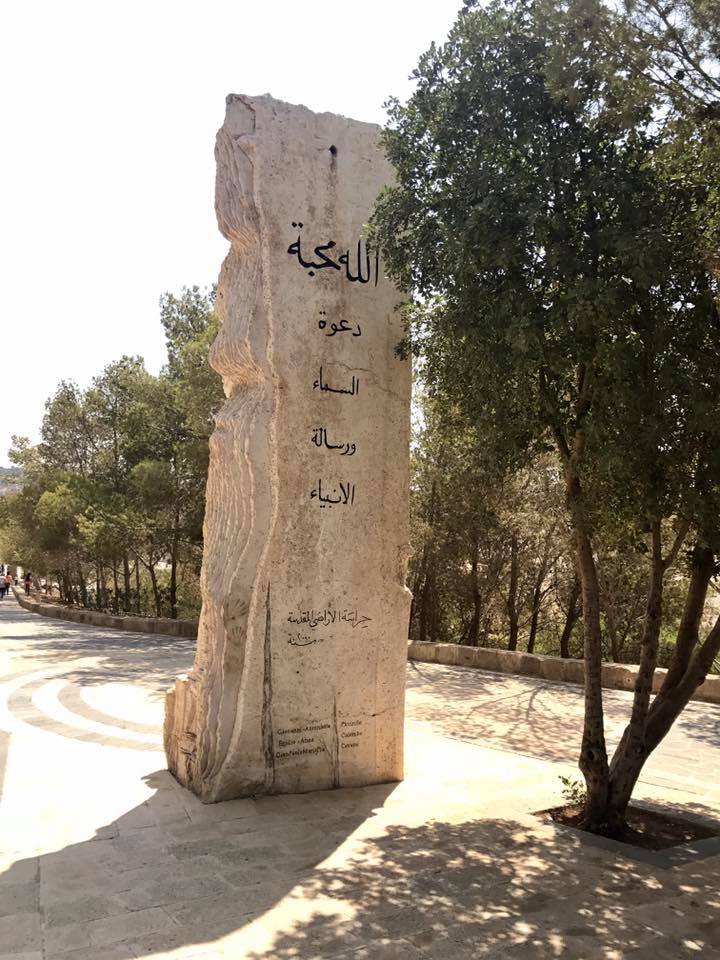
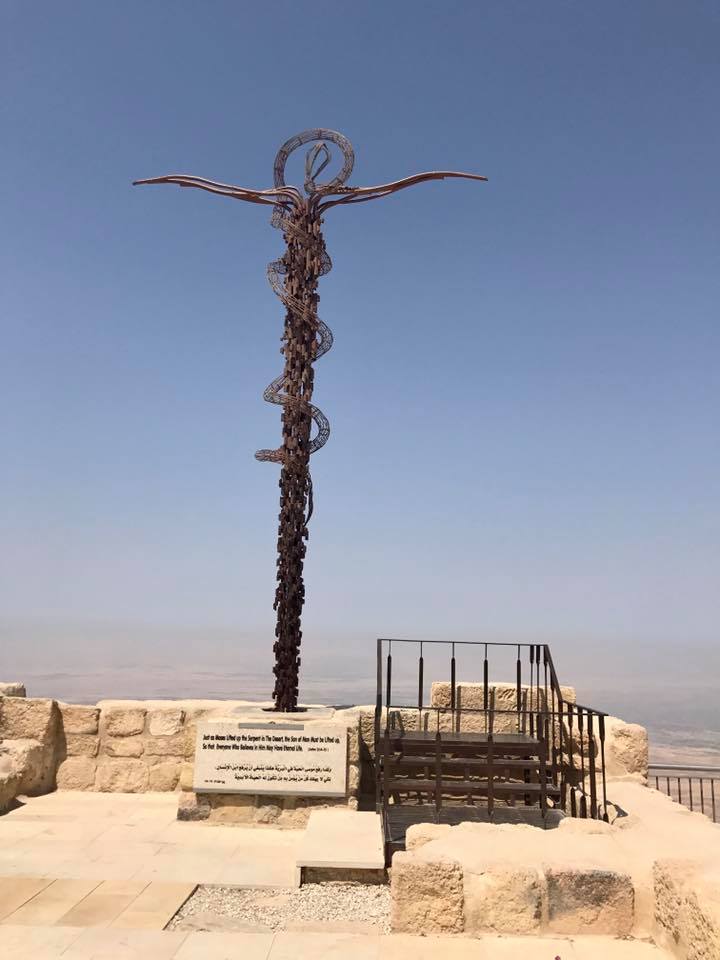
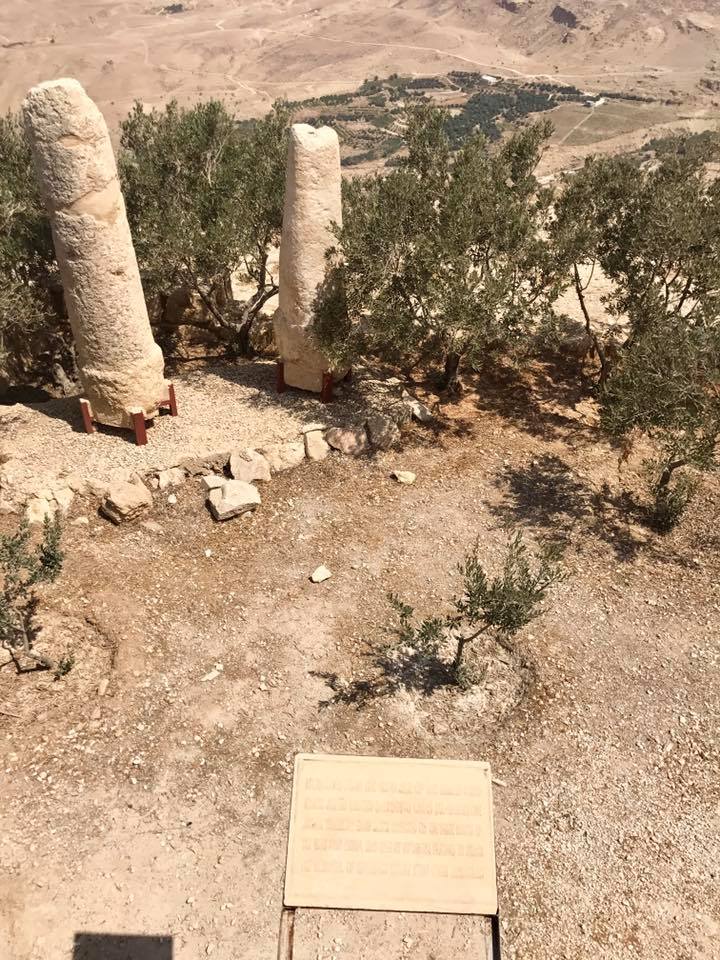
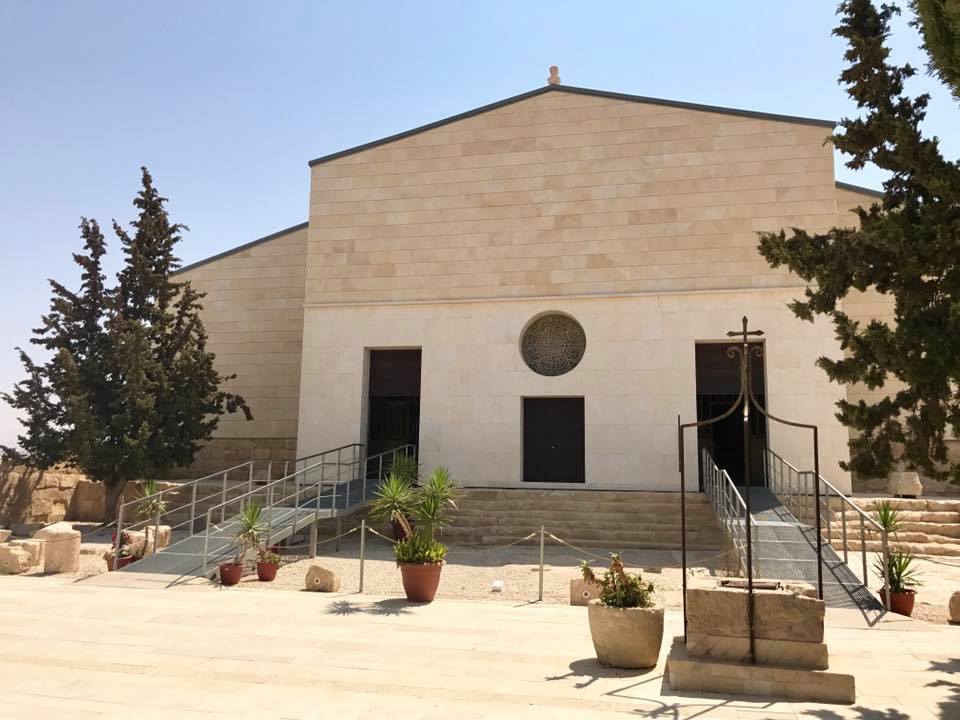
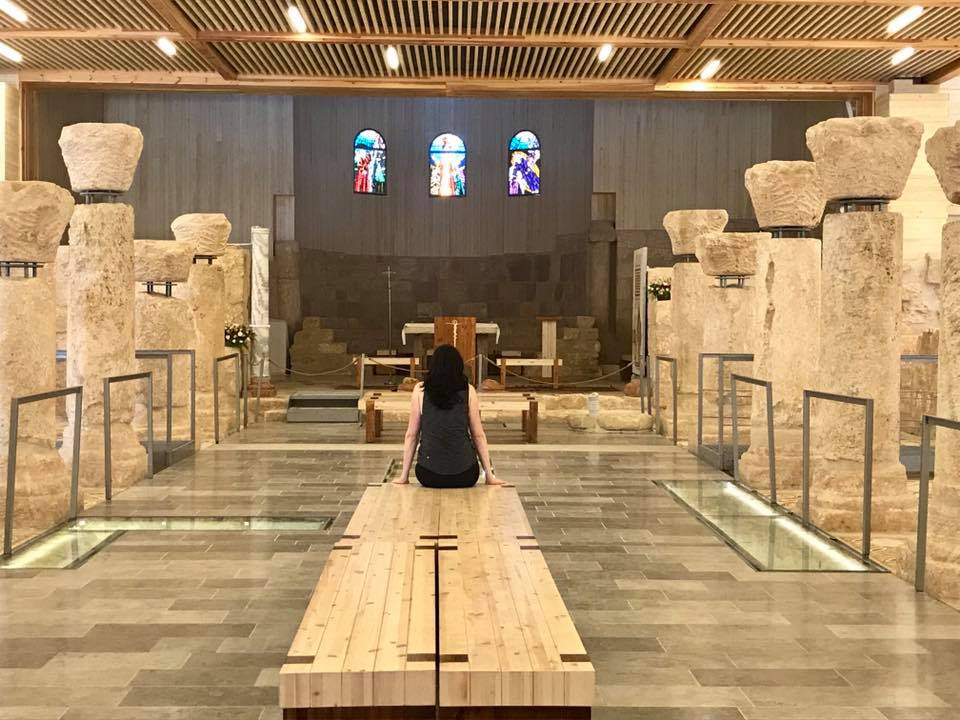
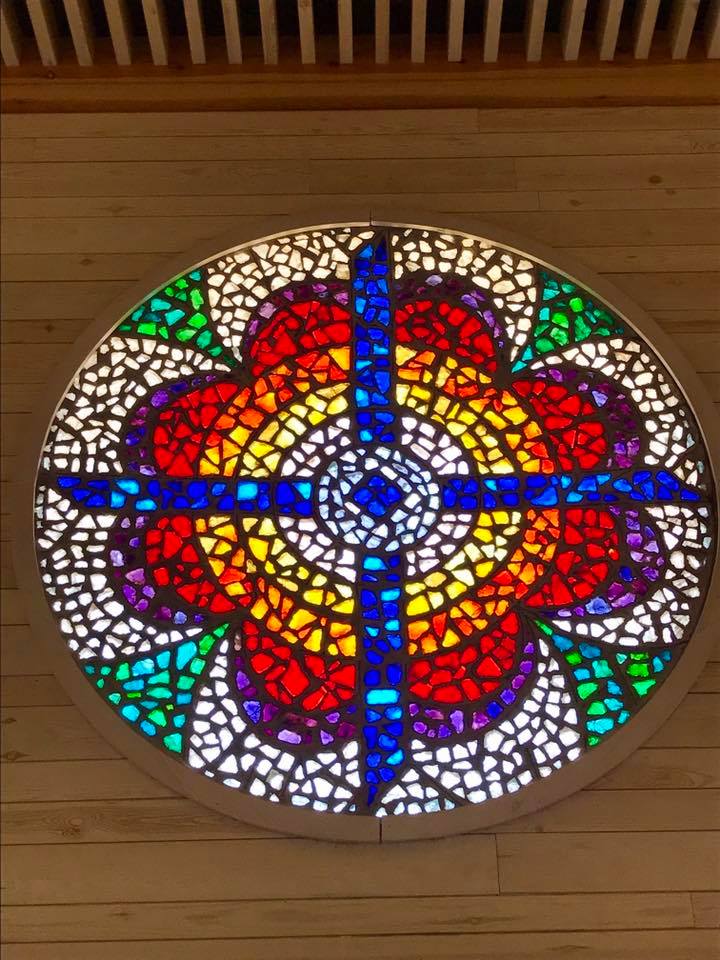
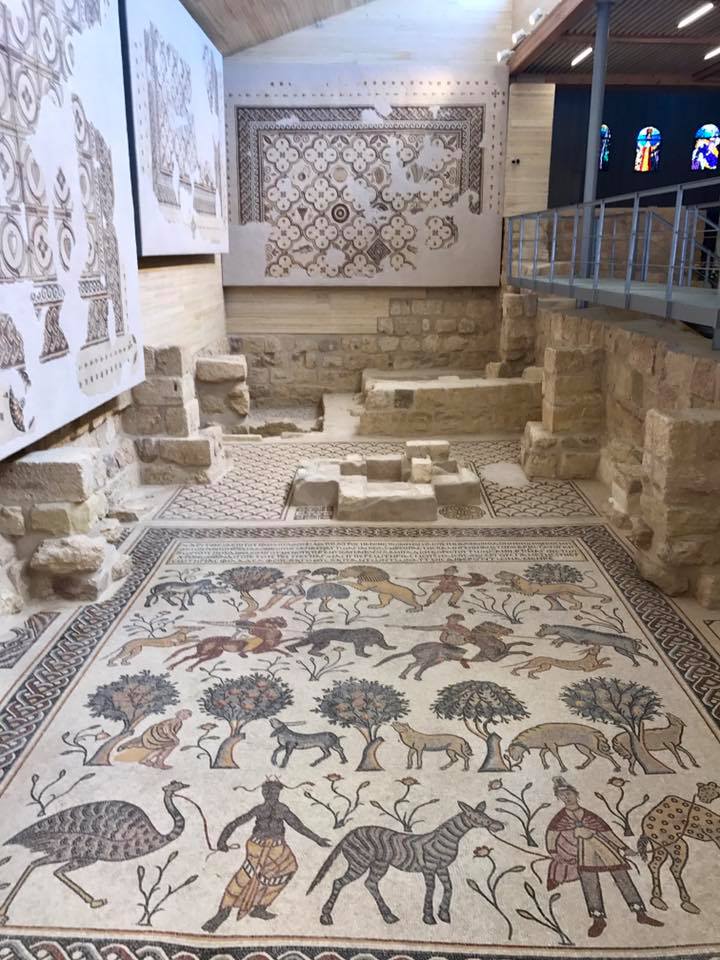
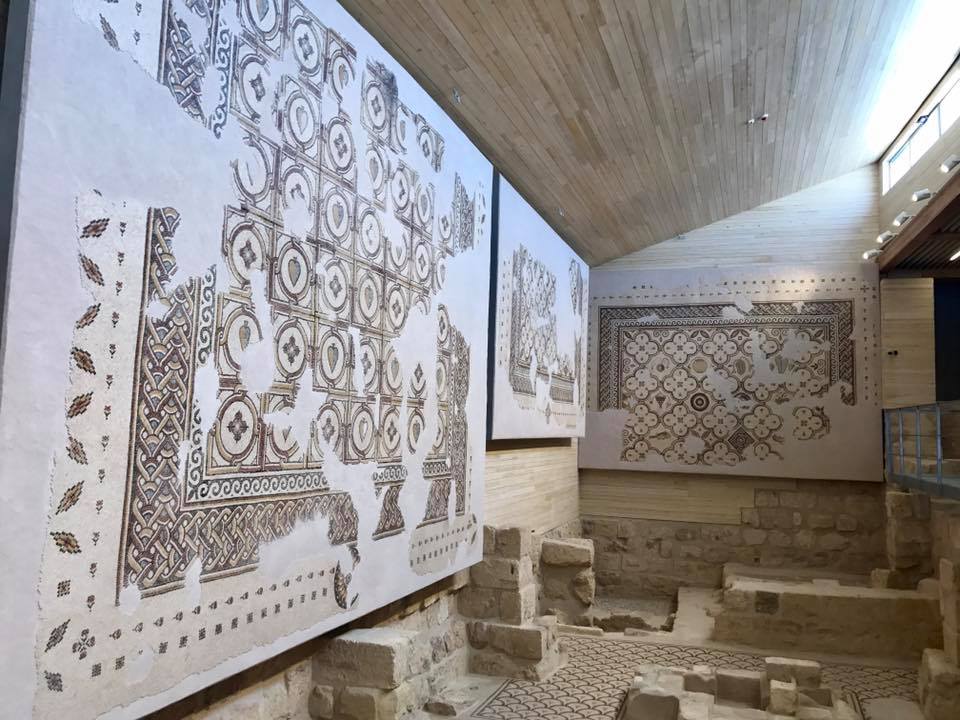
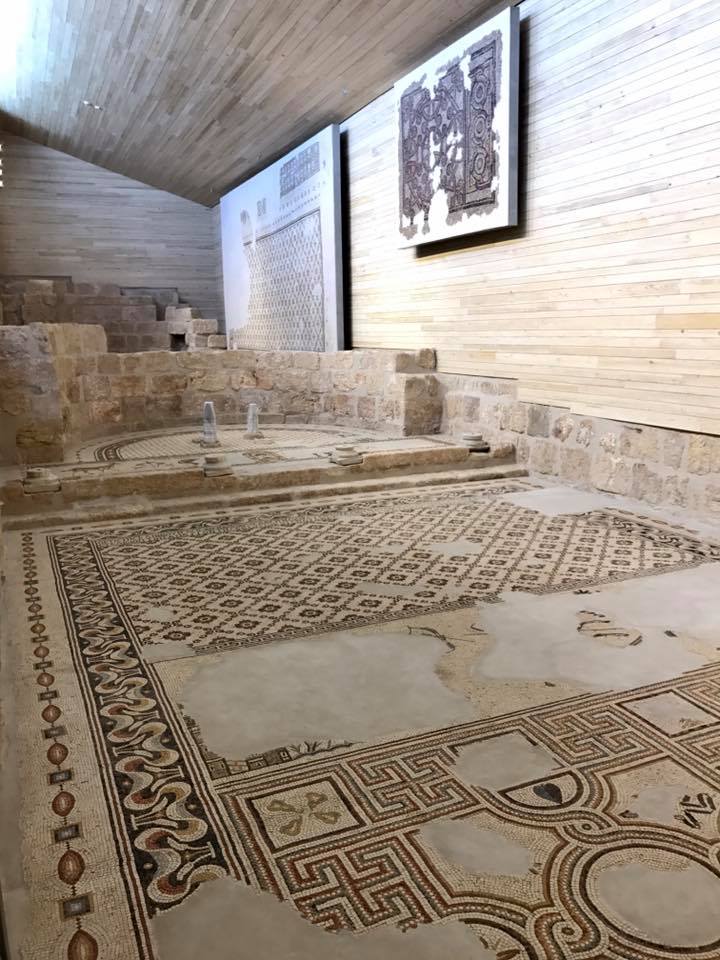
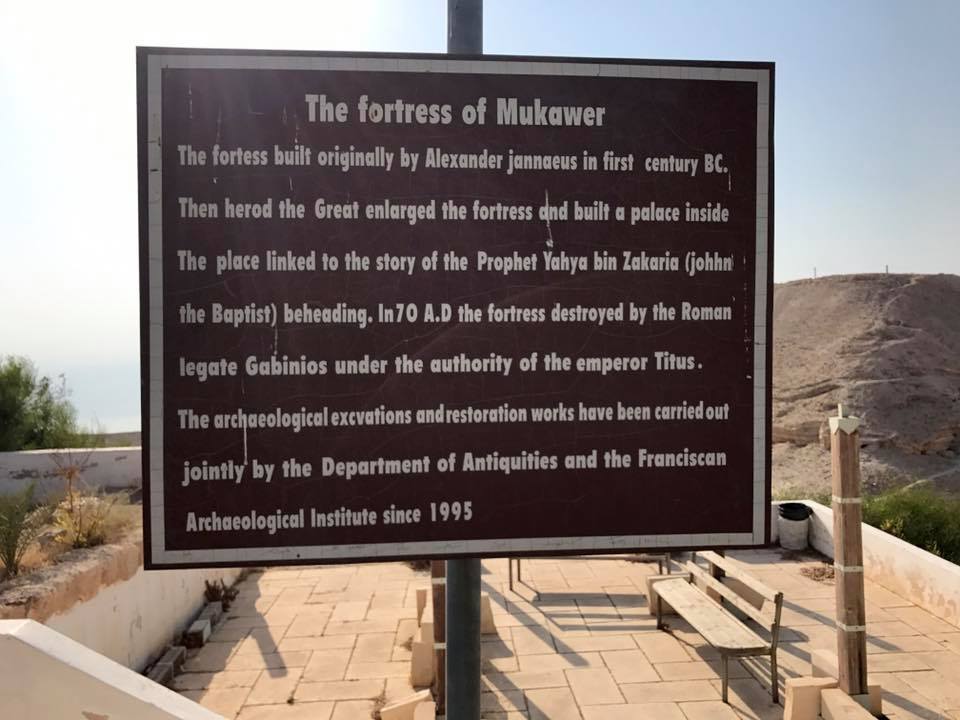
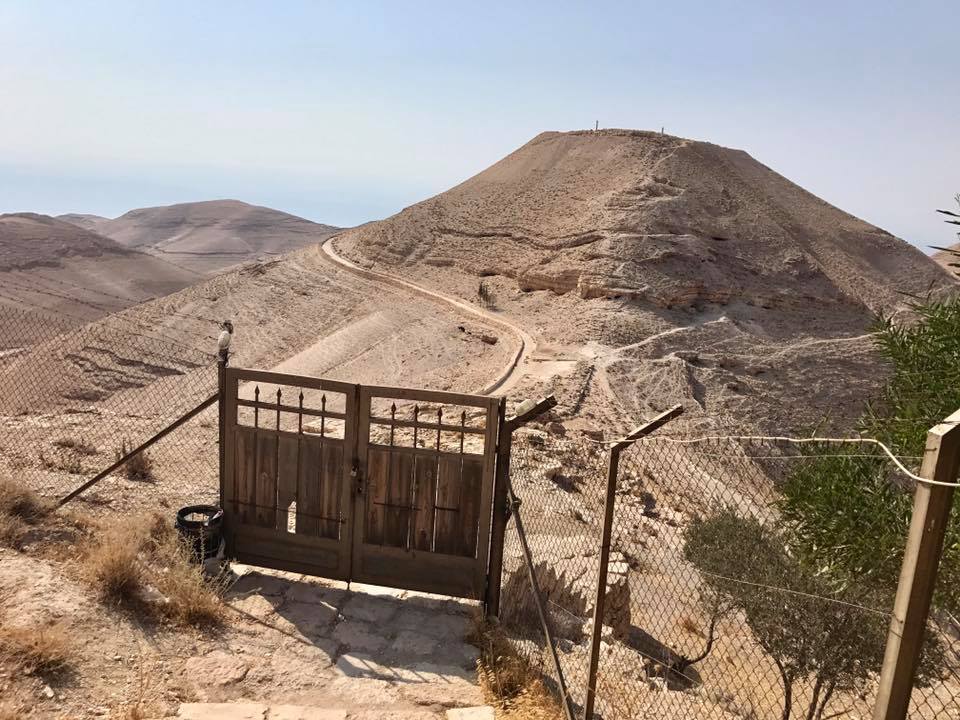
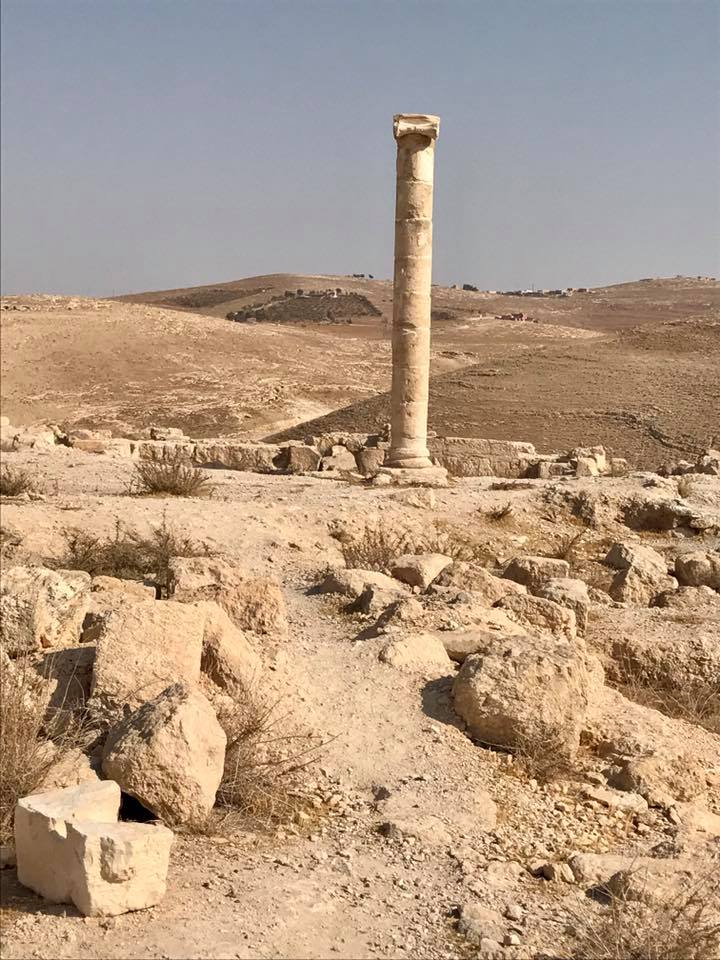
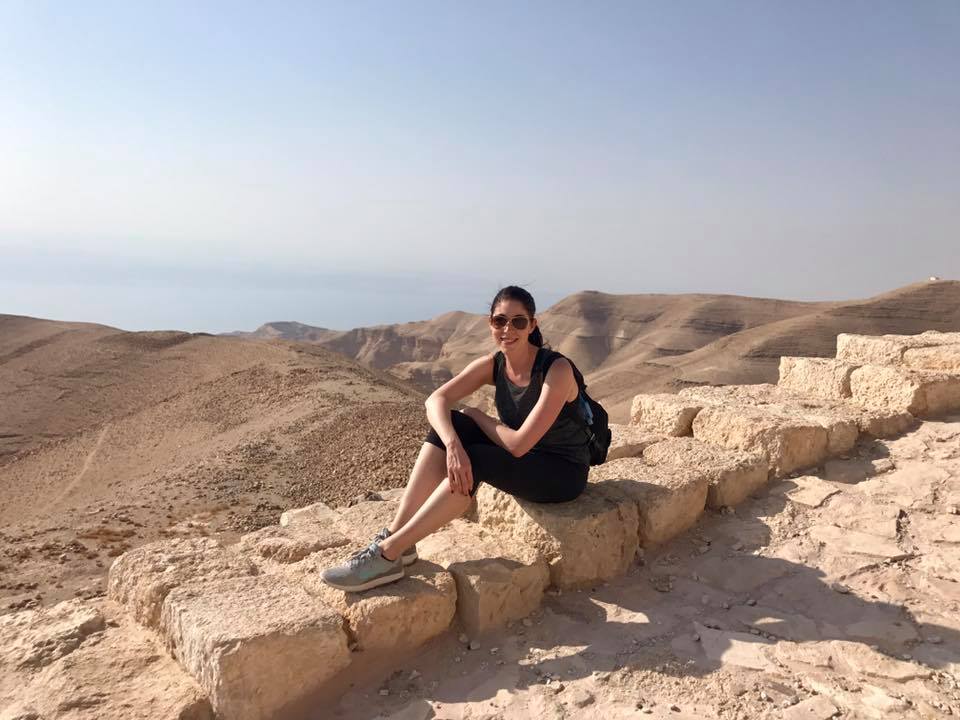
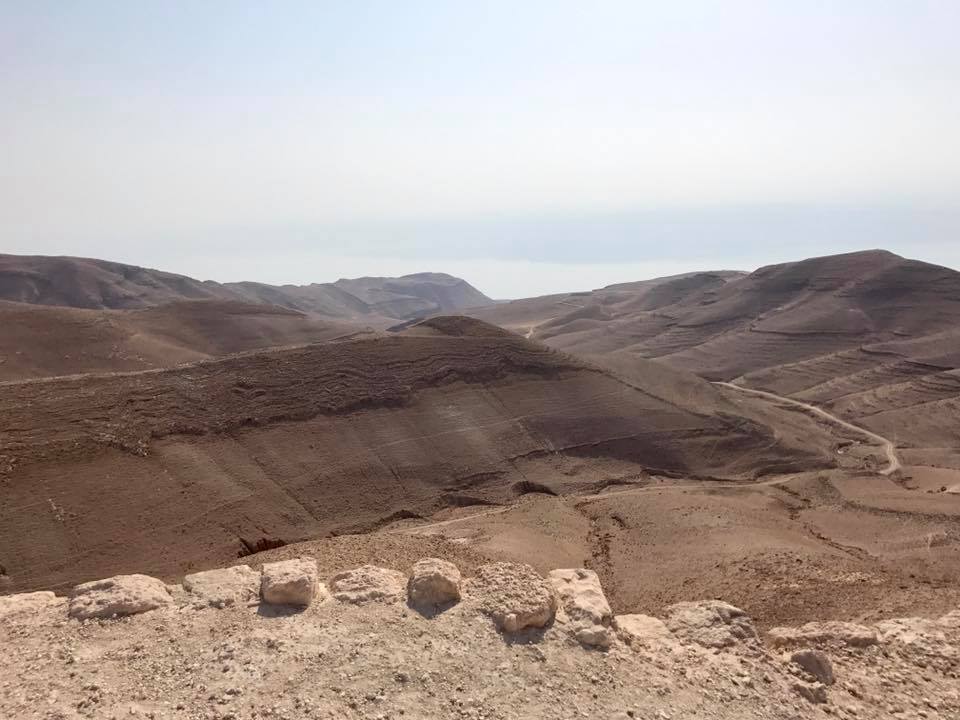
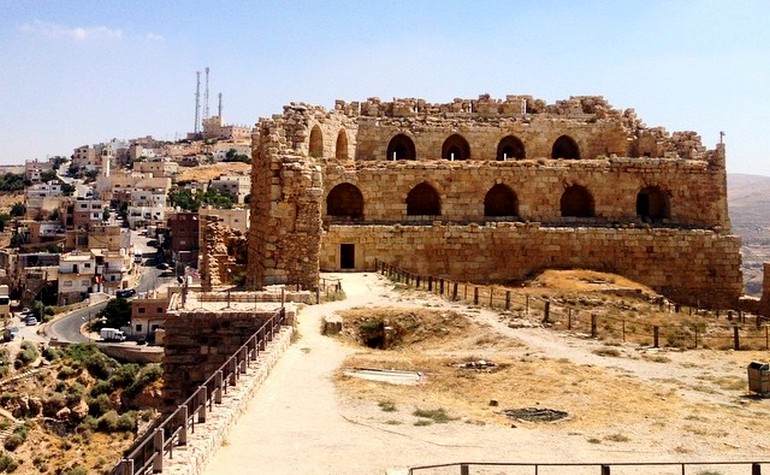
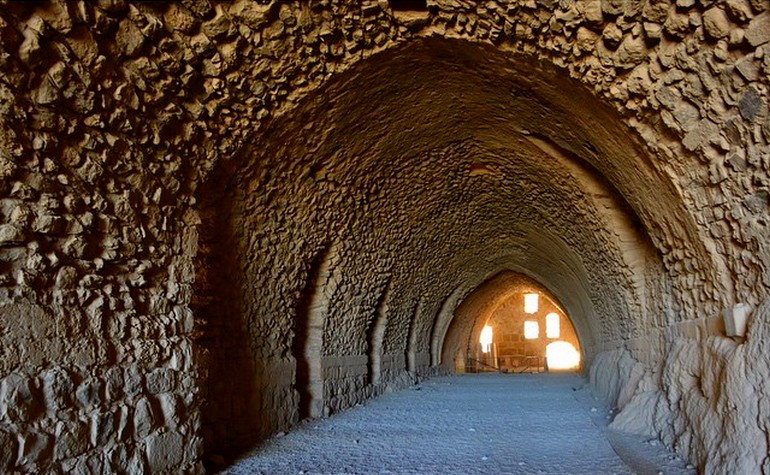
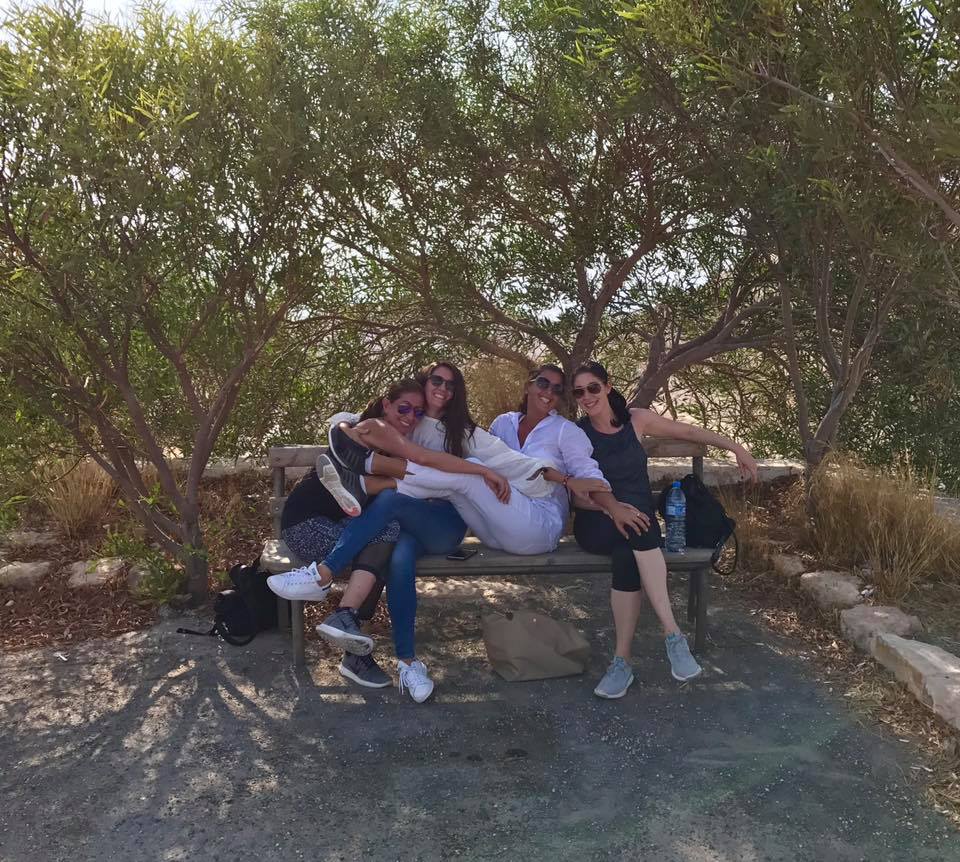
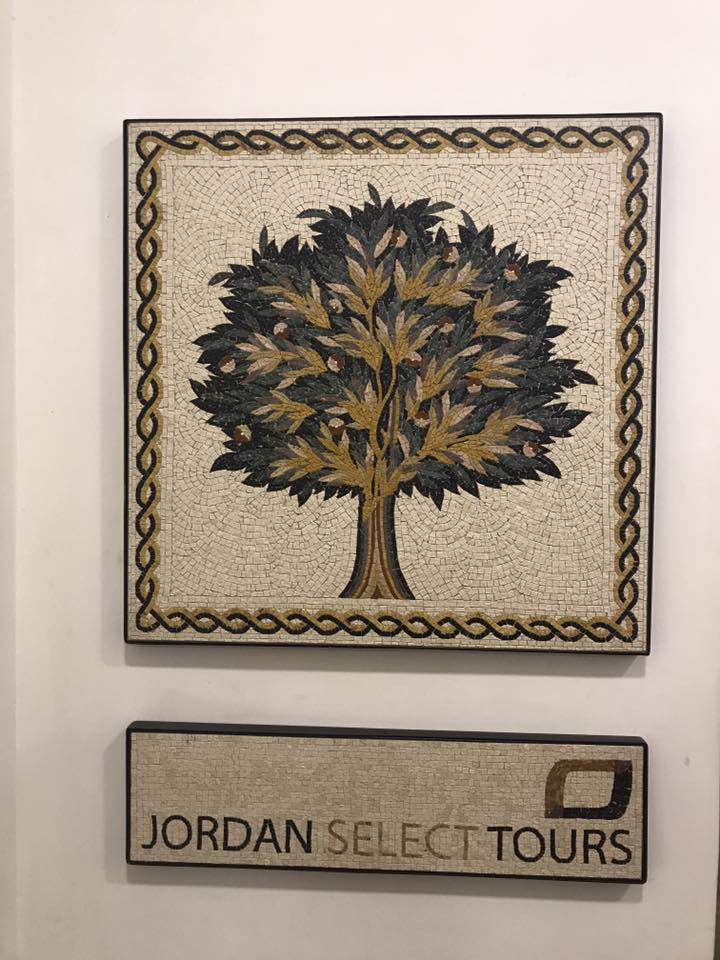
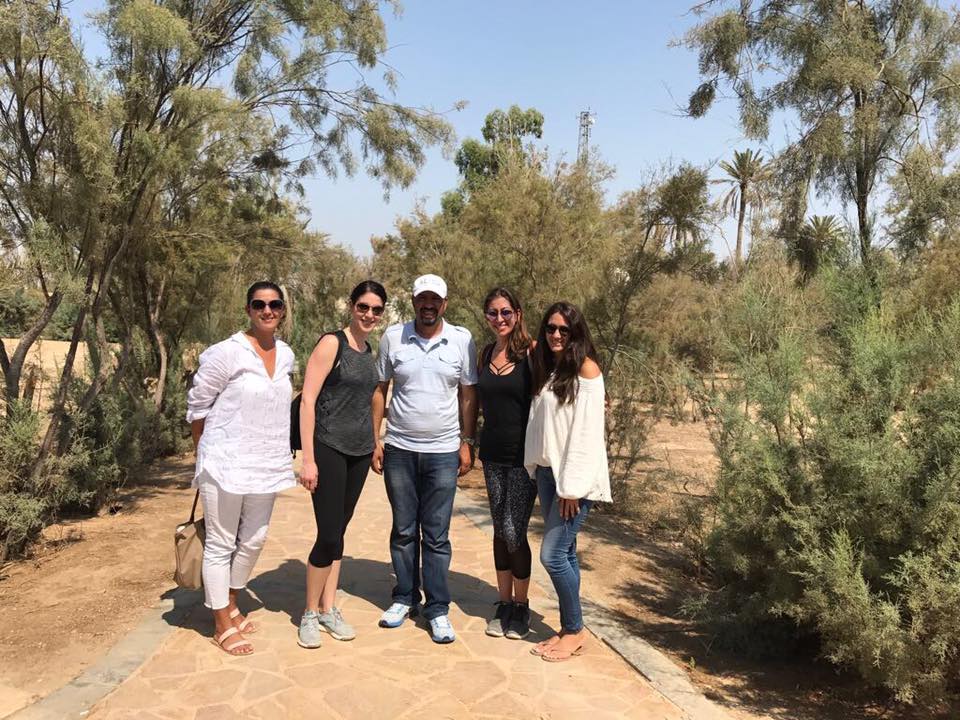
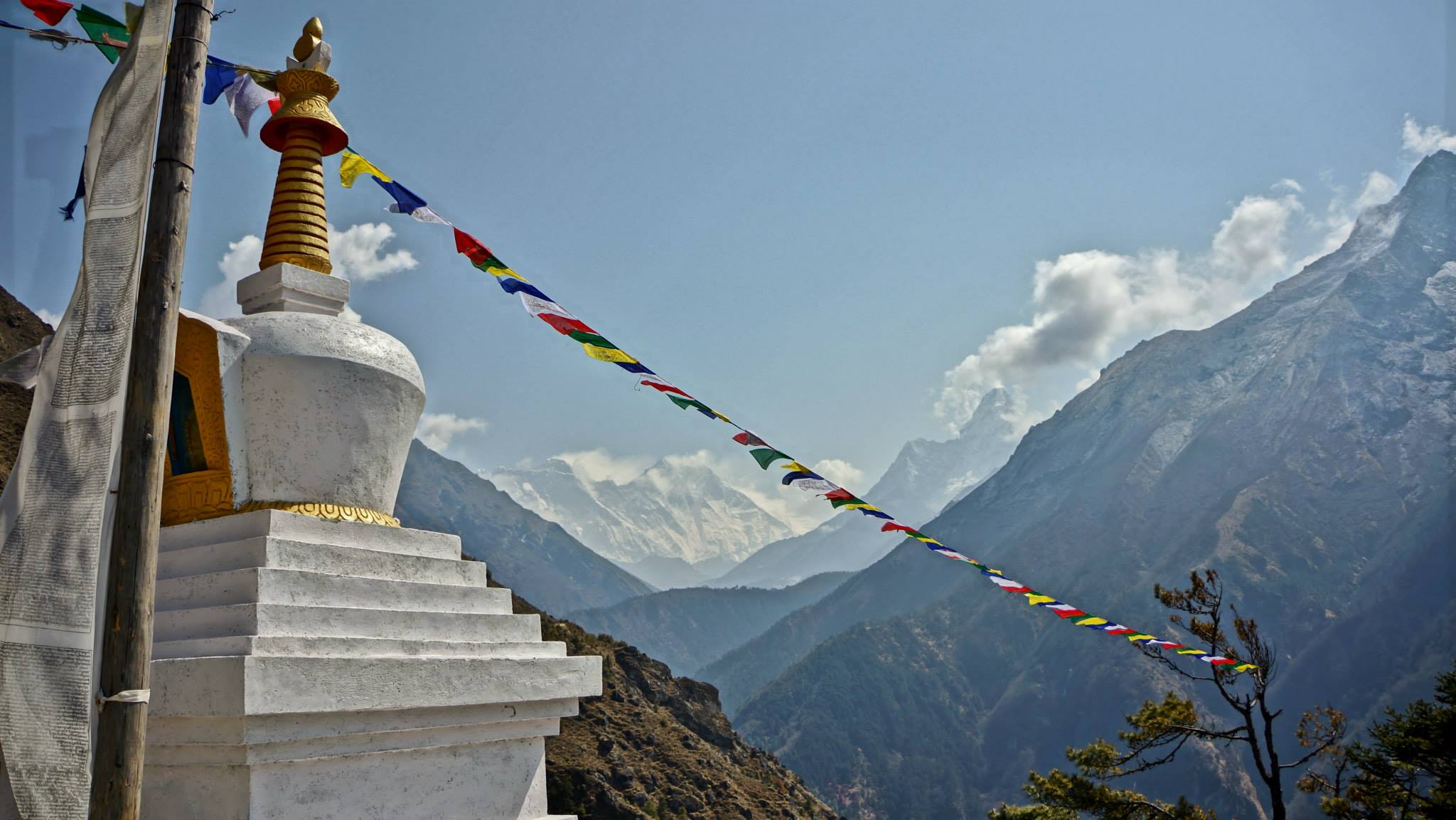

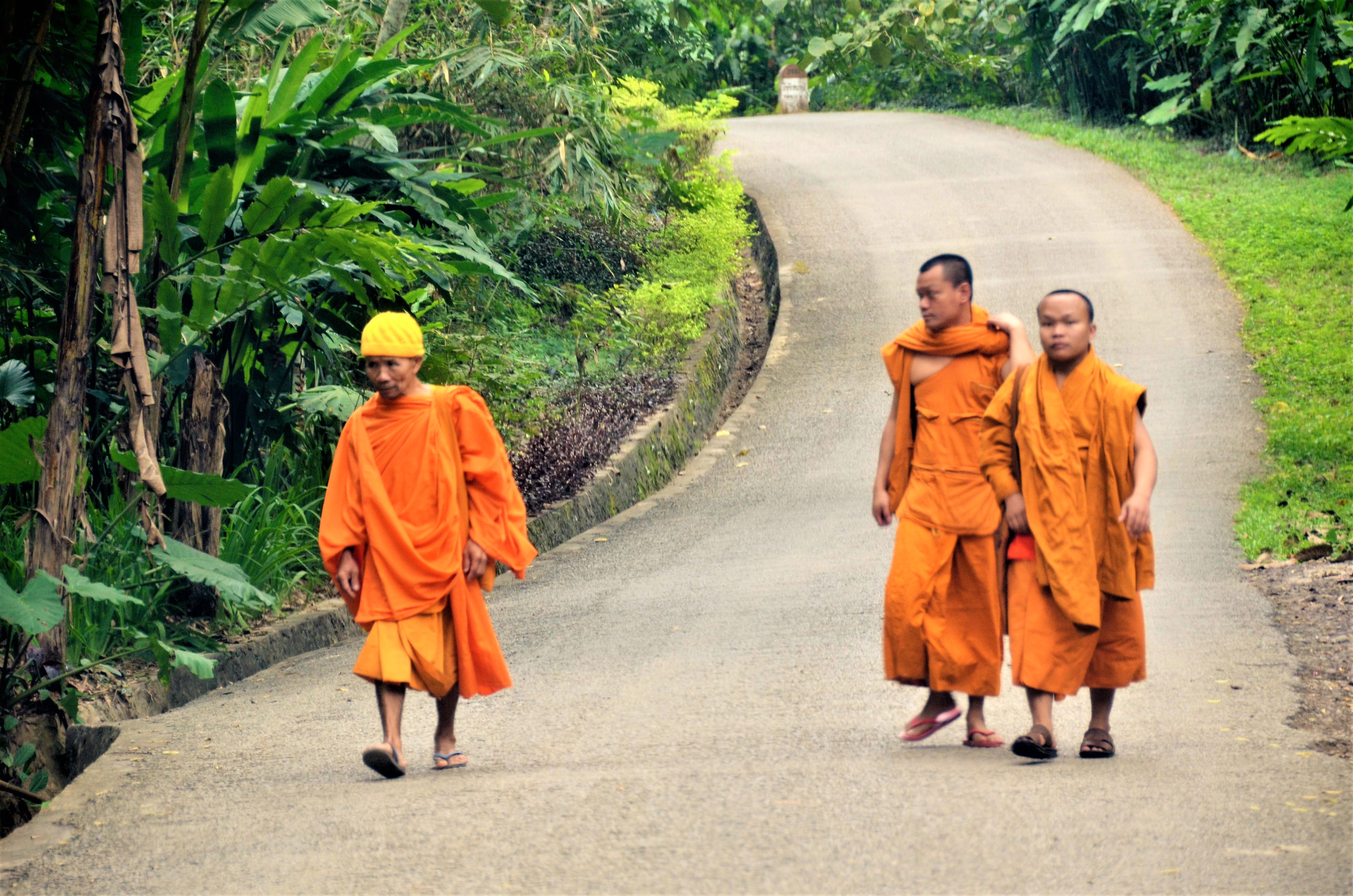 Chances are that
Chances are that 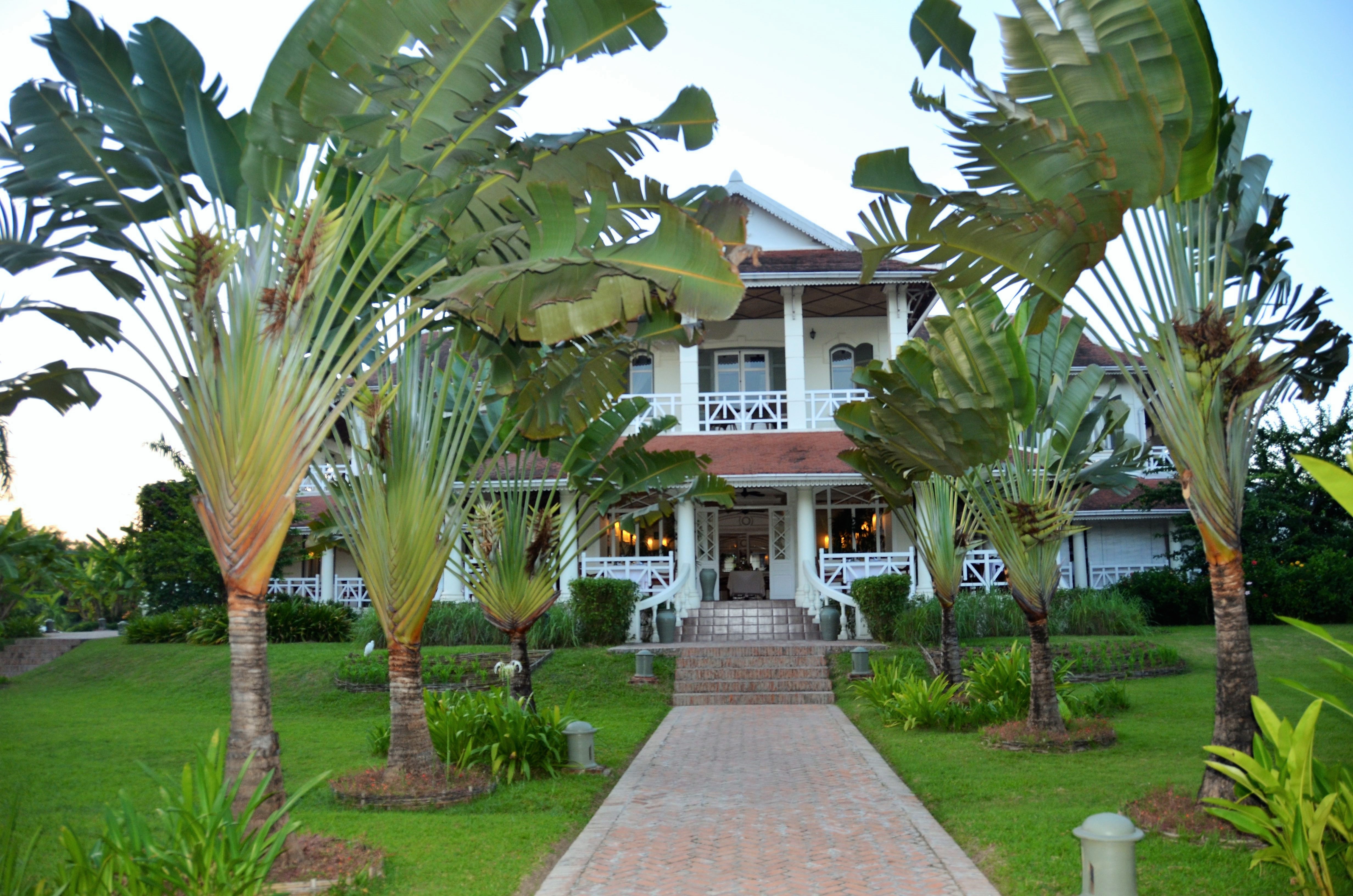
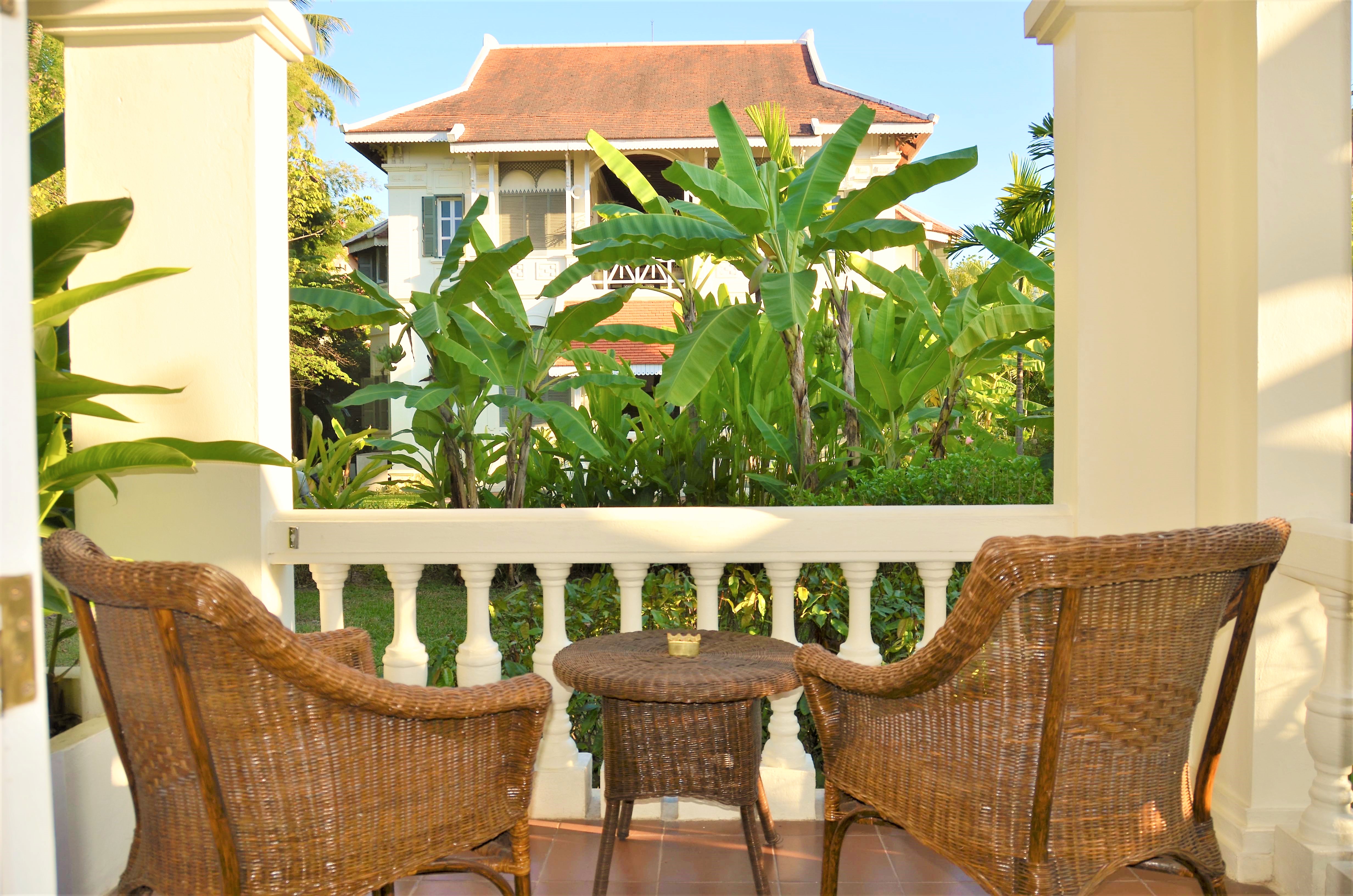
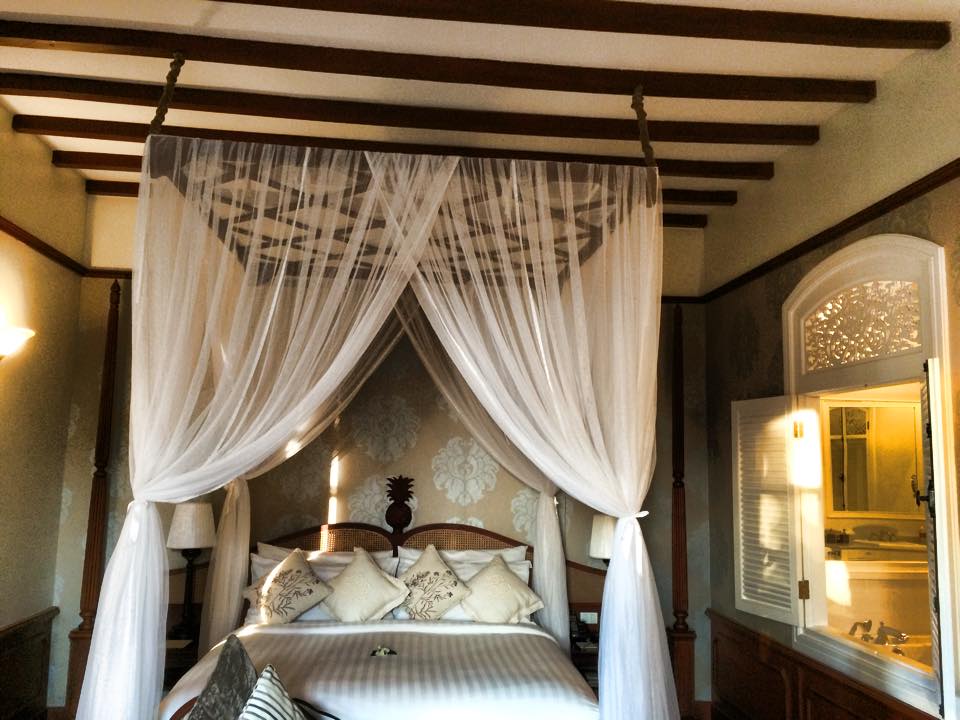 We arrived in Luang Prabang just in time to visit the night market. Apparently, there are a lot of unexploded ammunition left over from the Indochina and Vietnam wars. The locals take these wartime leftovers, turn them into keepsakes and jewelry, and sell them at the local markets.
We arrived in Luang Prabang just in time to visit the night market. Apparently, there are a lot of unexploded ammunition left over from the Indochina and Vietnam wars. The locals take these wartime leftovers, turn them into keepsakes and jewelry, and sell them at the local markets. 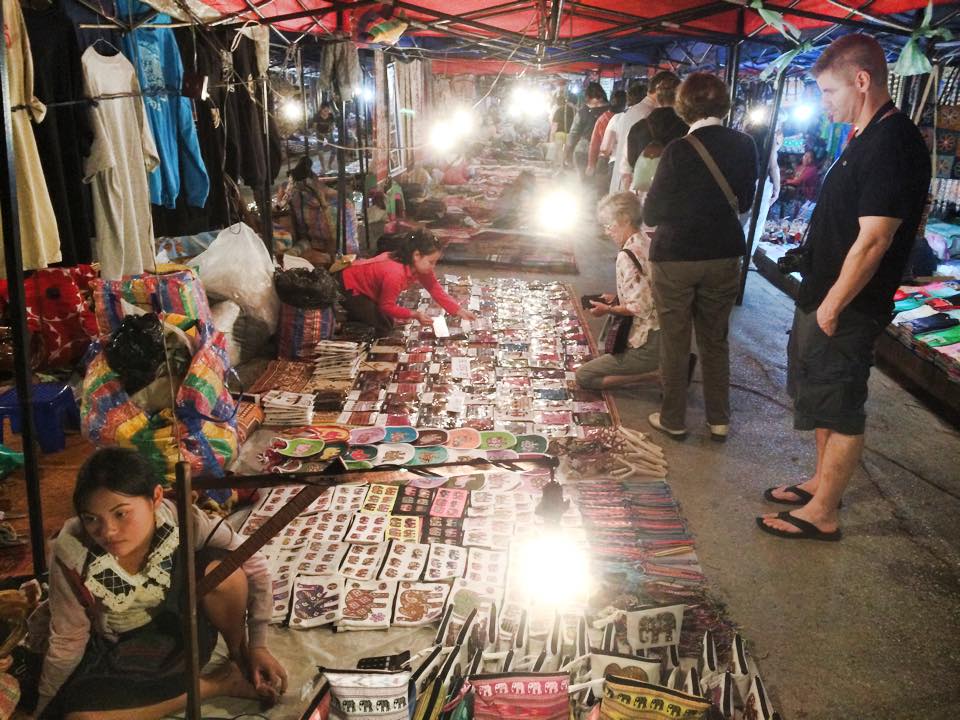
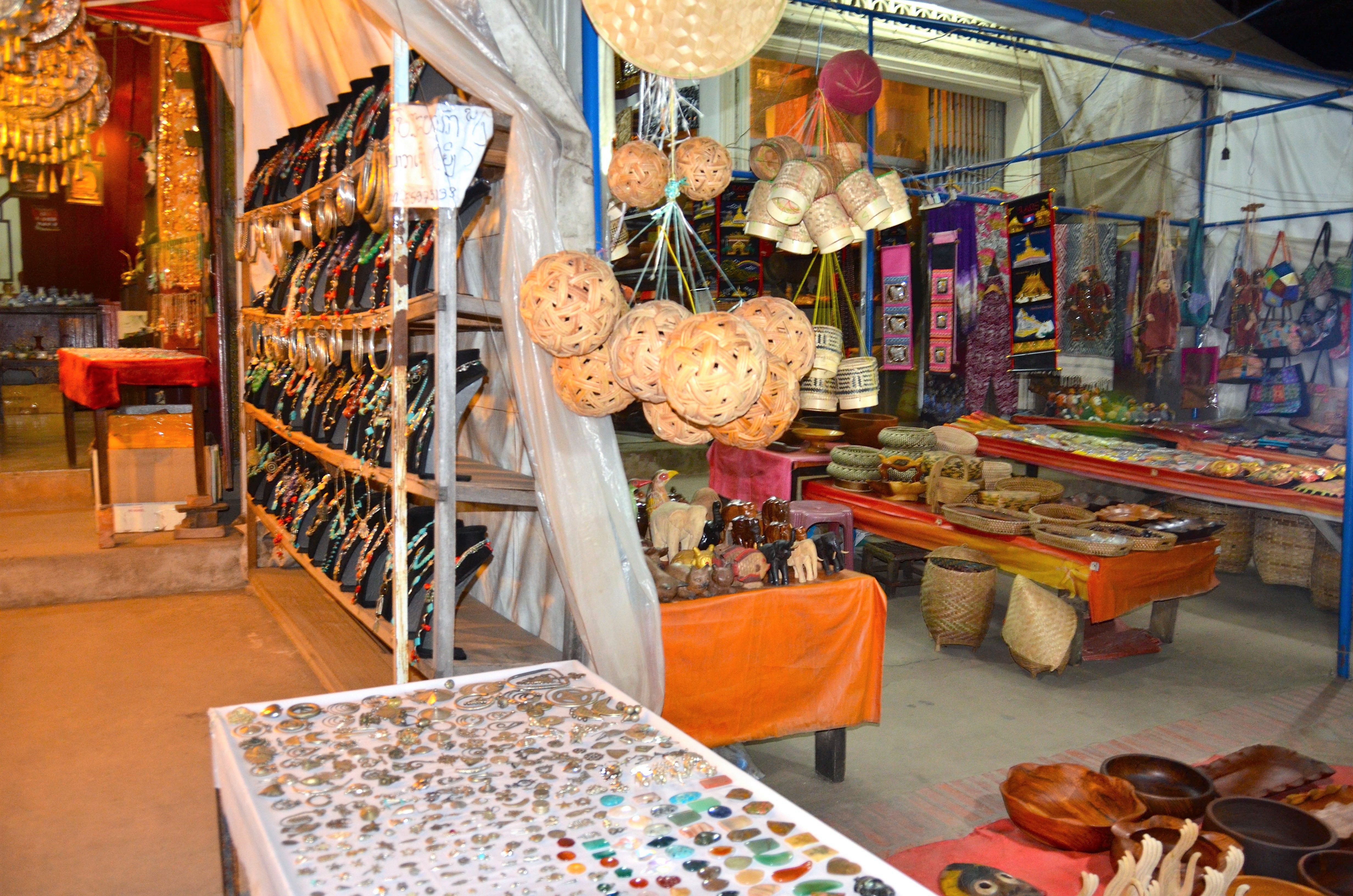 We had some action packed days in Luang Prabang! Along the way, during our all-too-short time in this magical little place, we had some very meaningful experiences and encounters with locals.
We had some action packed days in Luang Prabang! Along the way, during our all-too-short time in this magical little place, we had some very meaningful experiences and encounters with locals.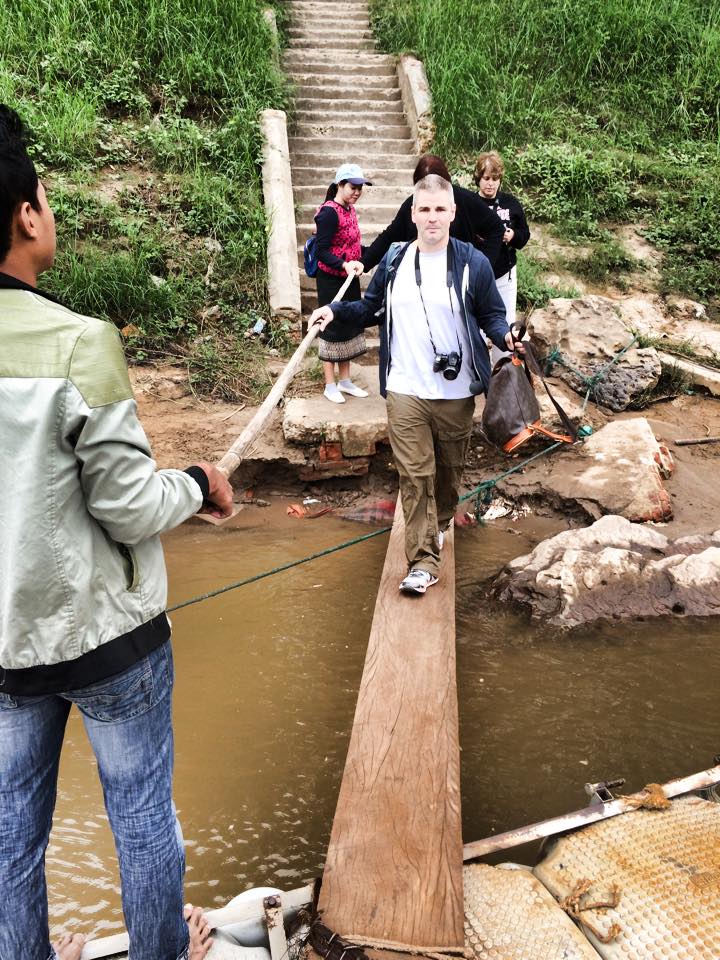
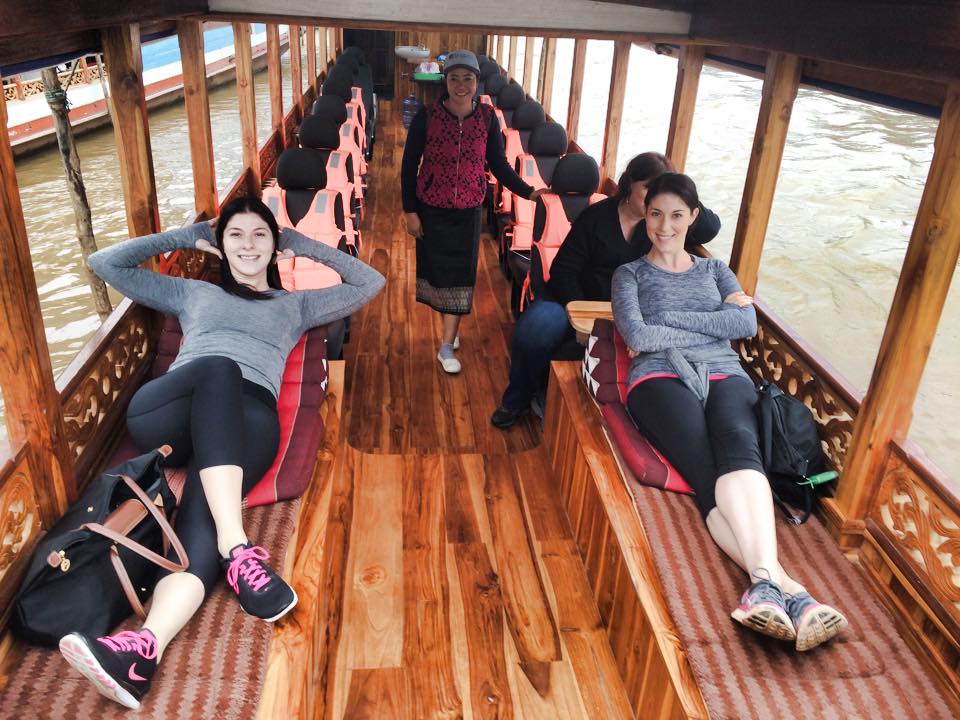 On the two hour journey down the peaceful Mekong River, we got to see a lot of rural everyday life along its banks.
On the two hour journey down the peaceful Mekong River, we got to see a lot of rural everyday life along its banks.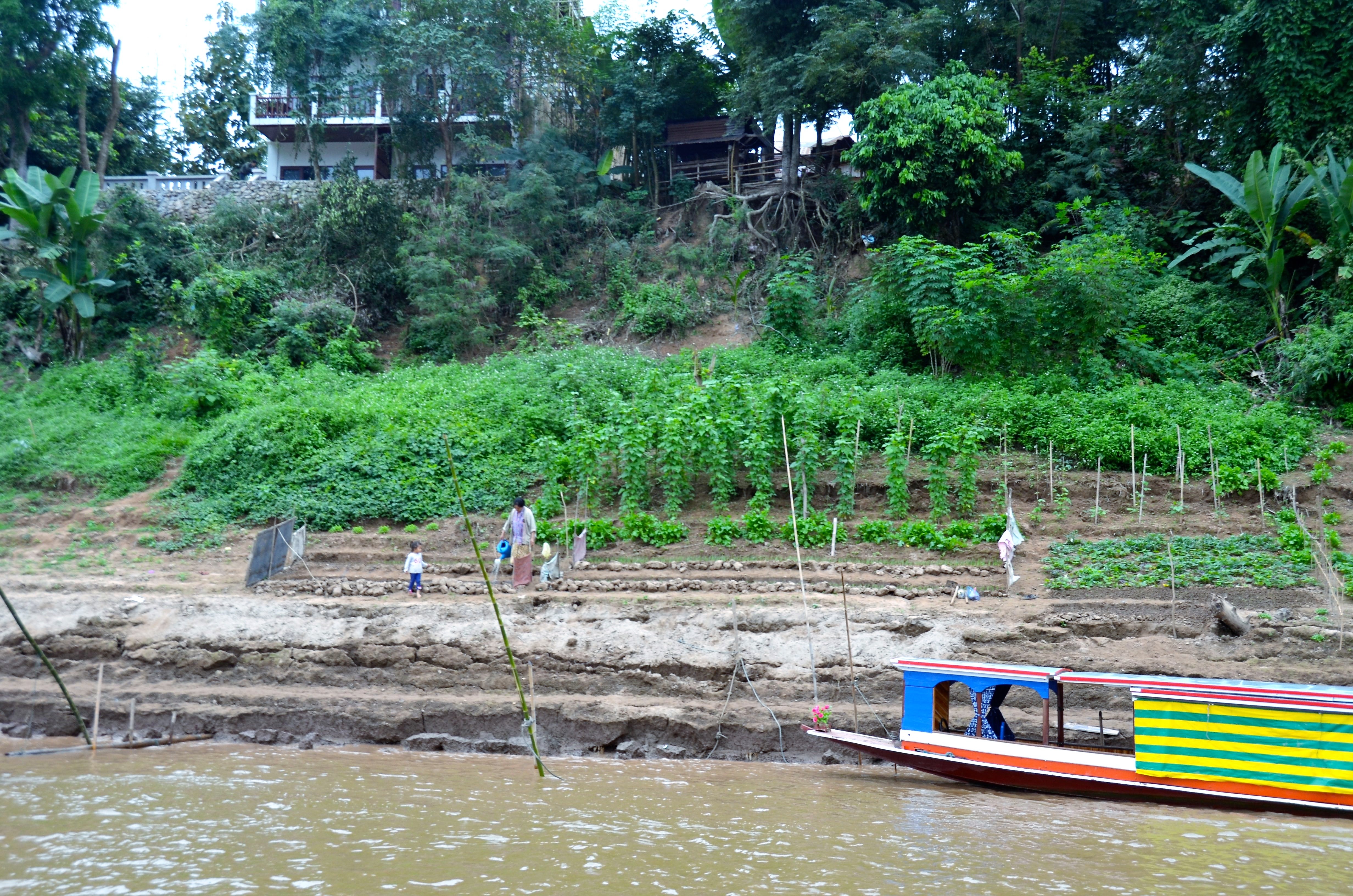
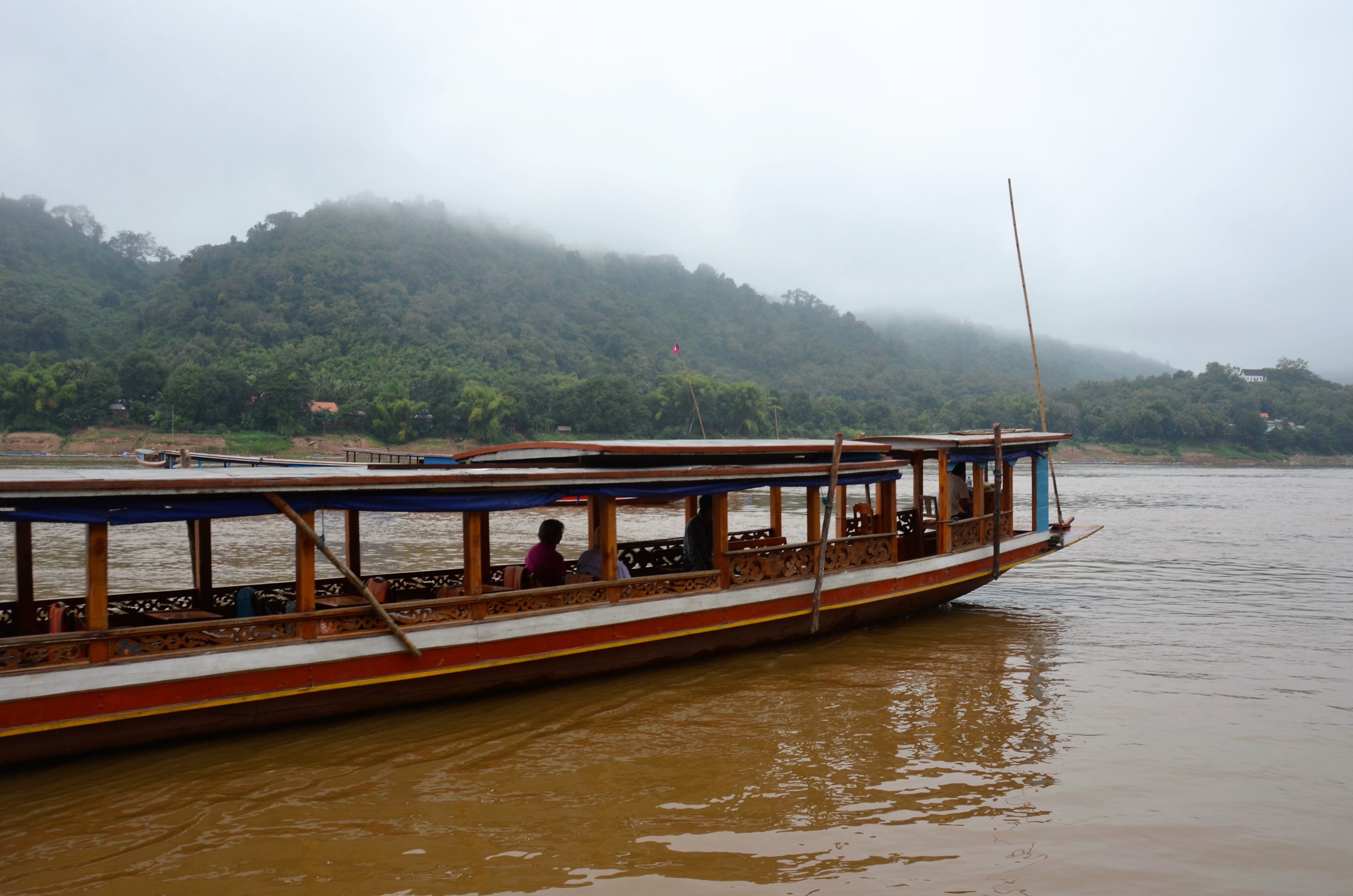
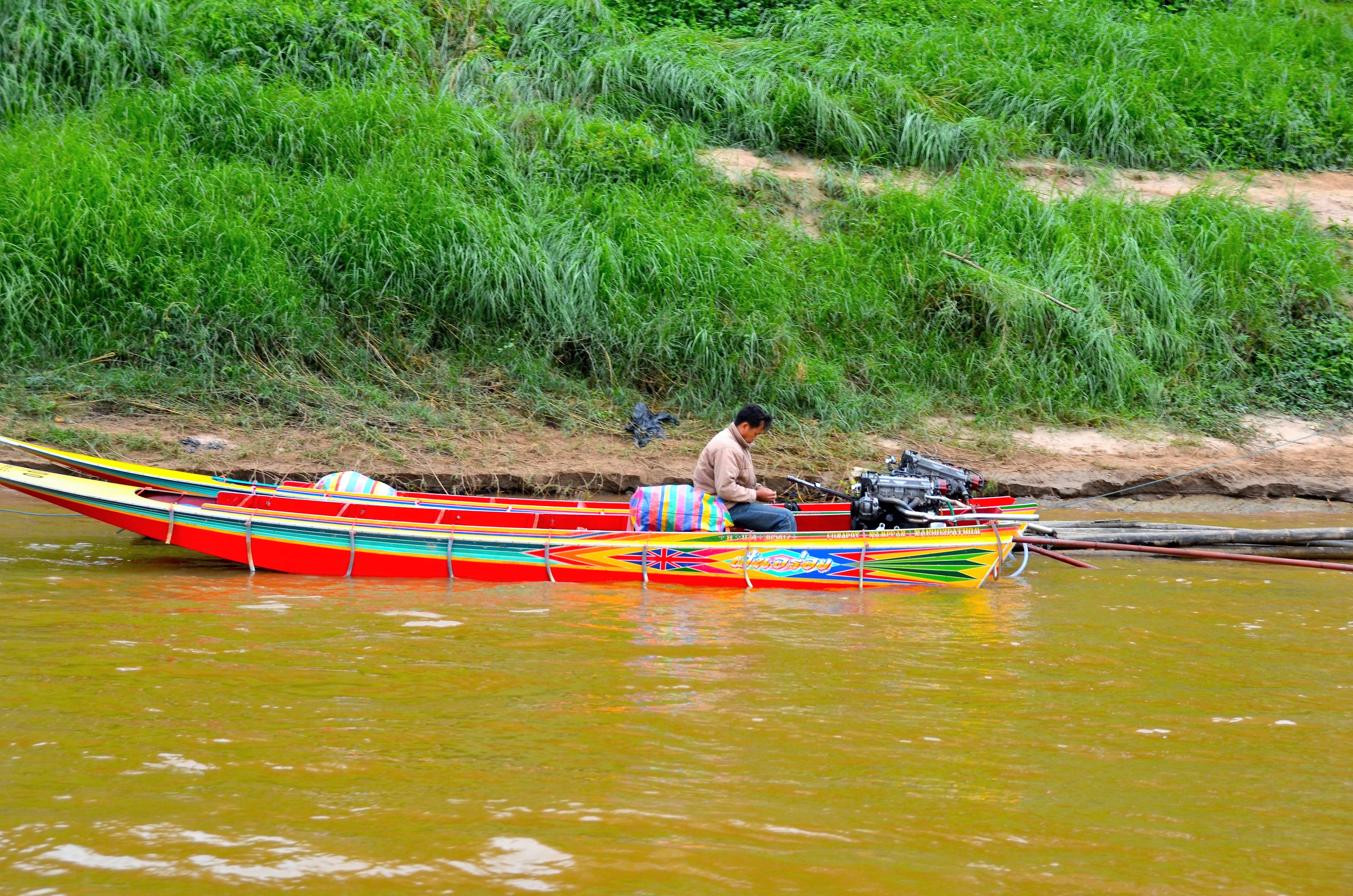
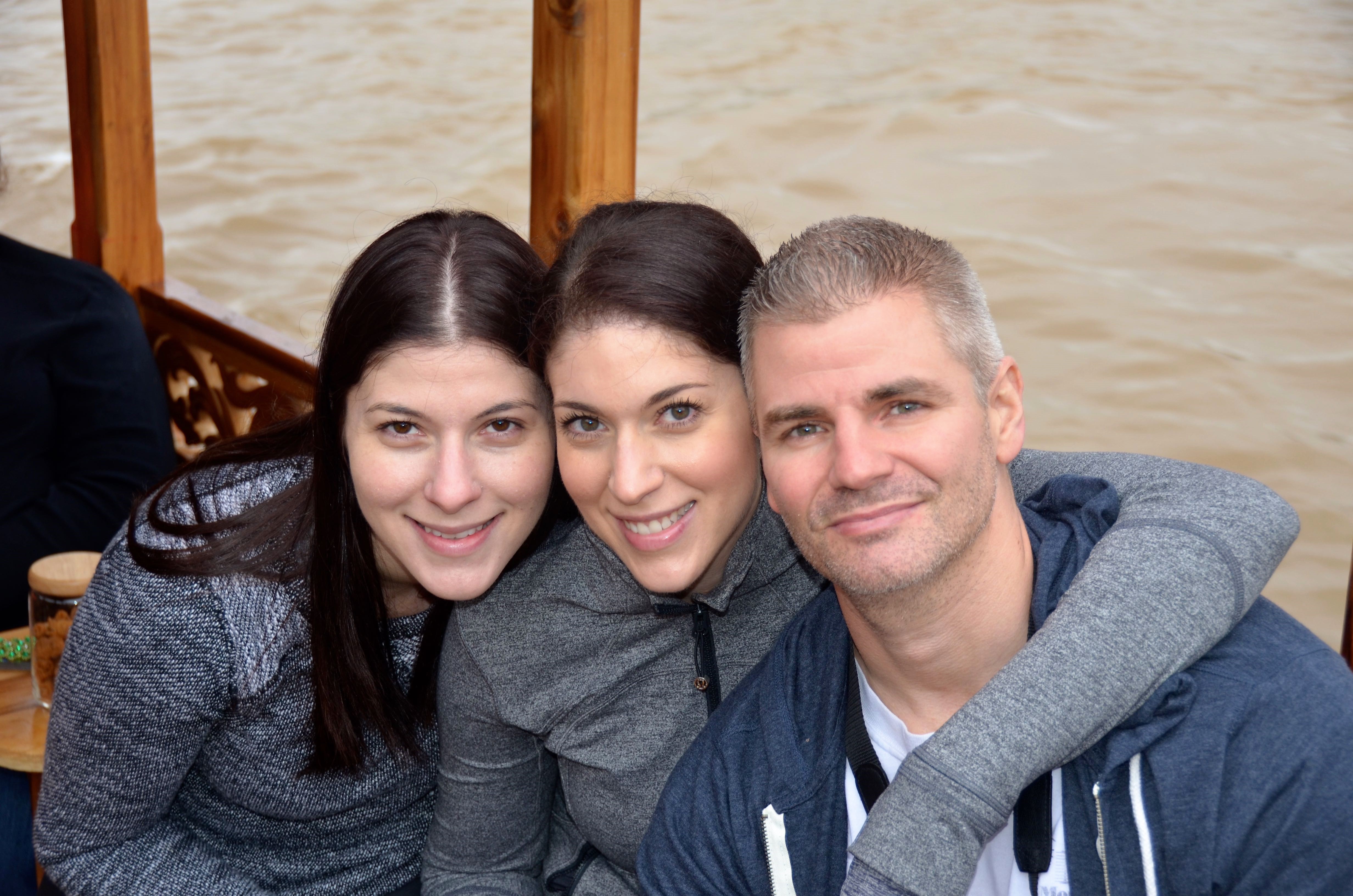
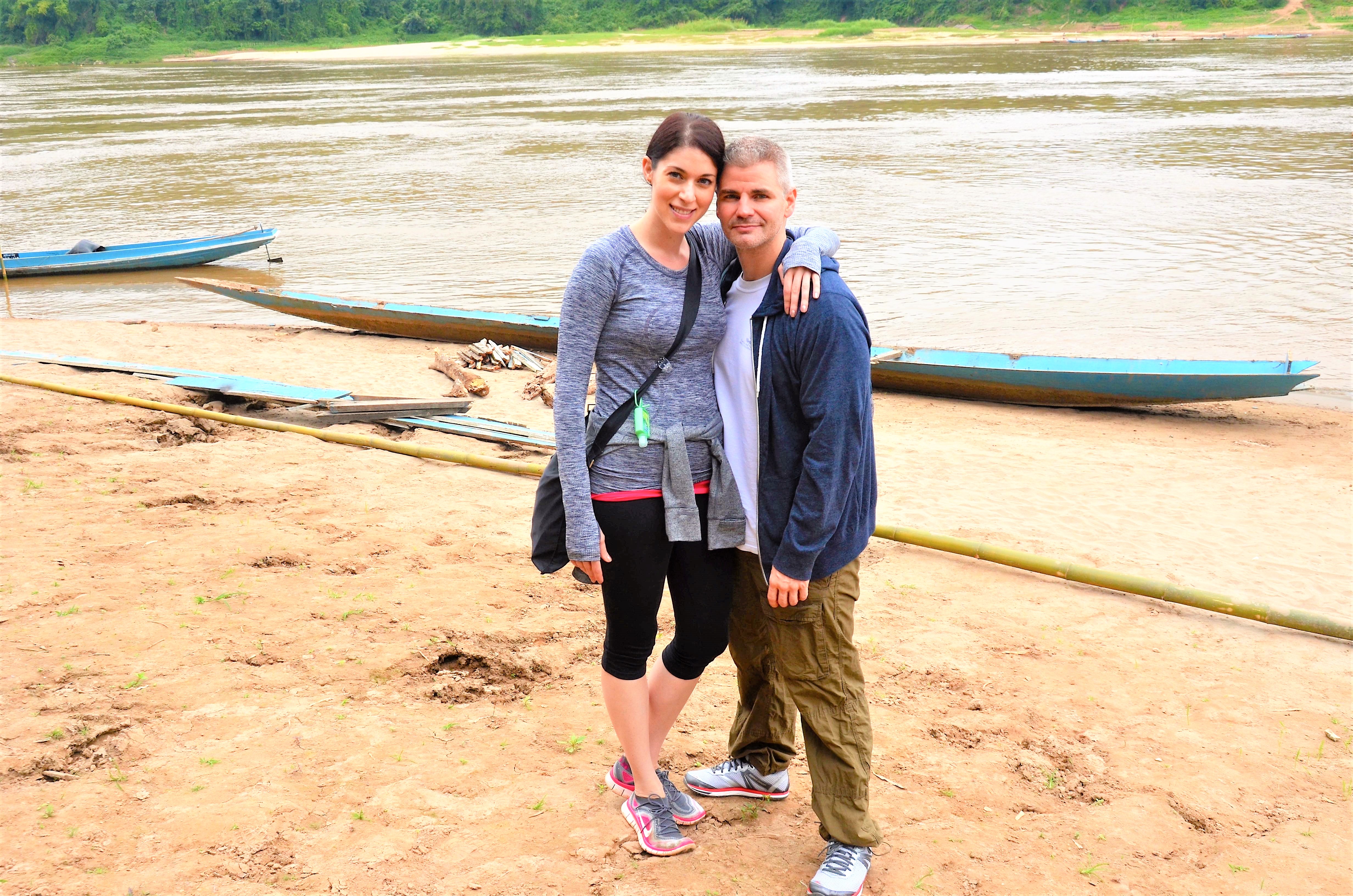 After a couple hours, we arrived at the caves!
After a couple hours, we arrived at the caves!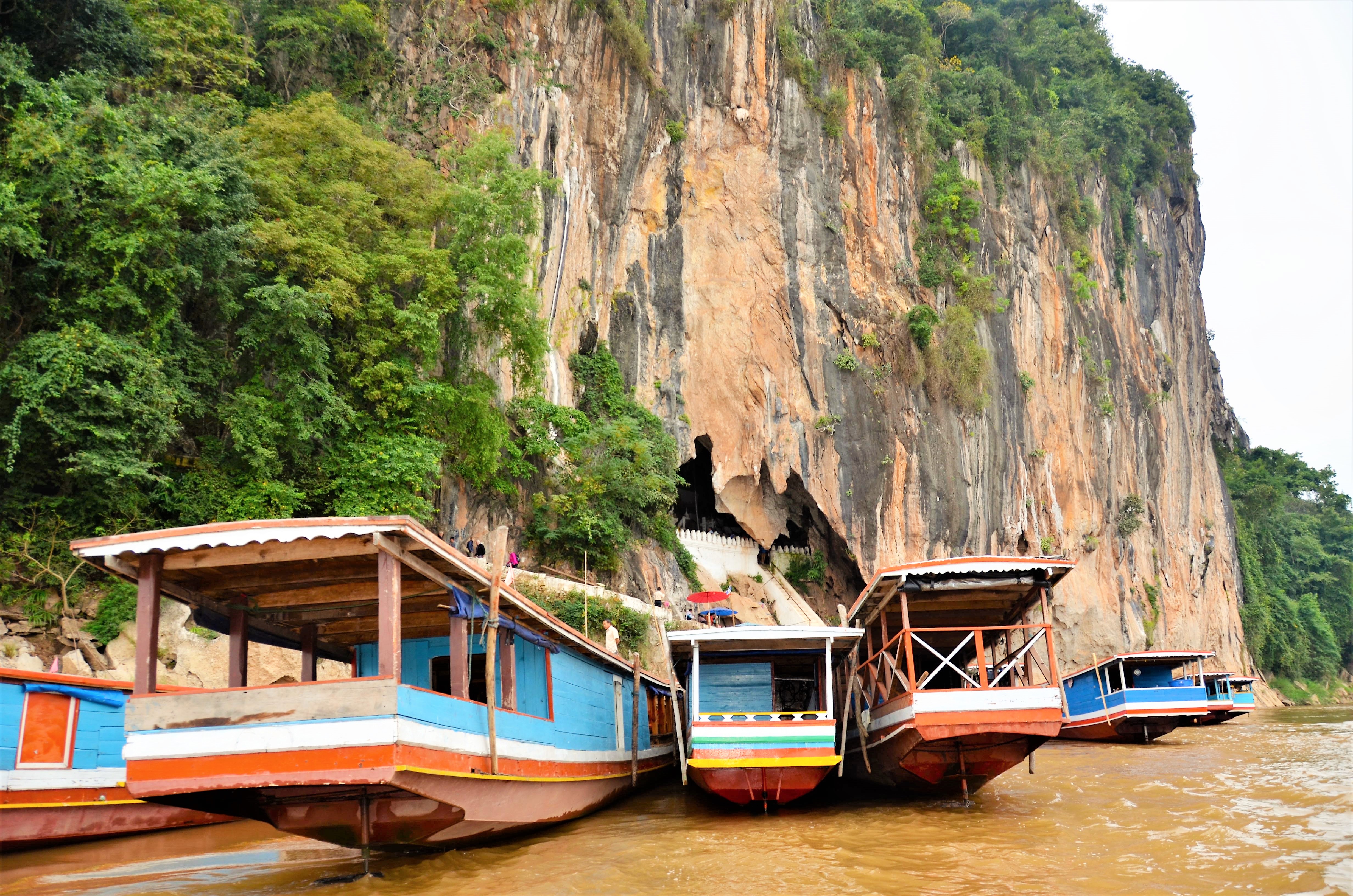
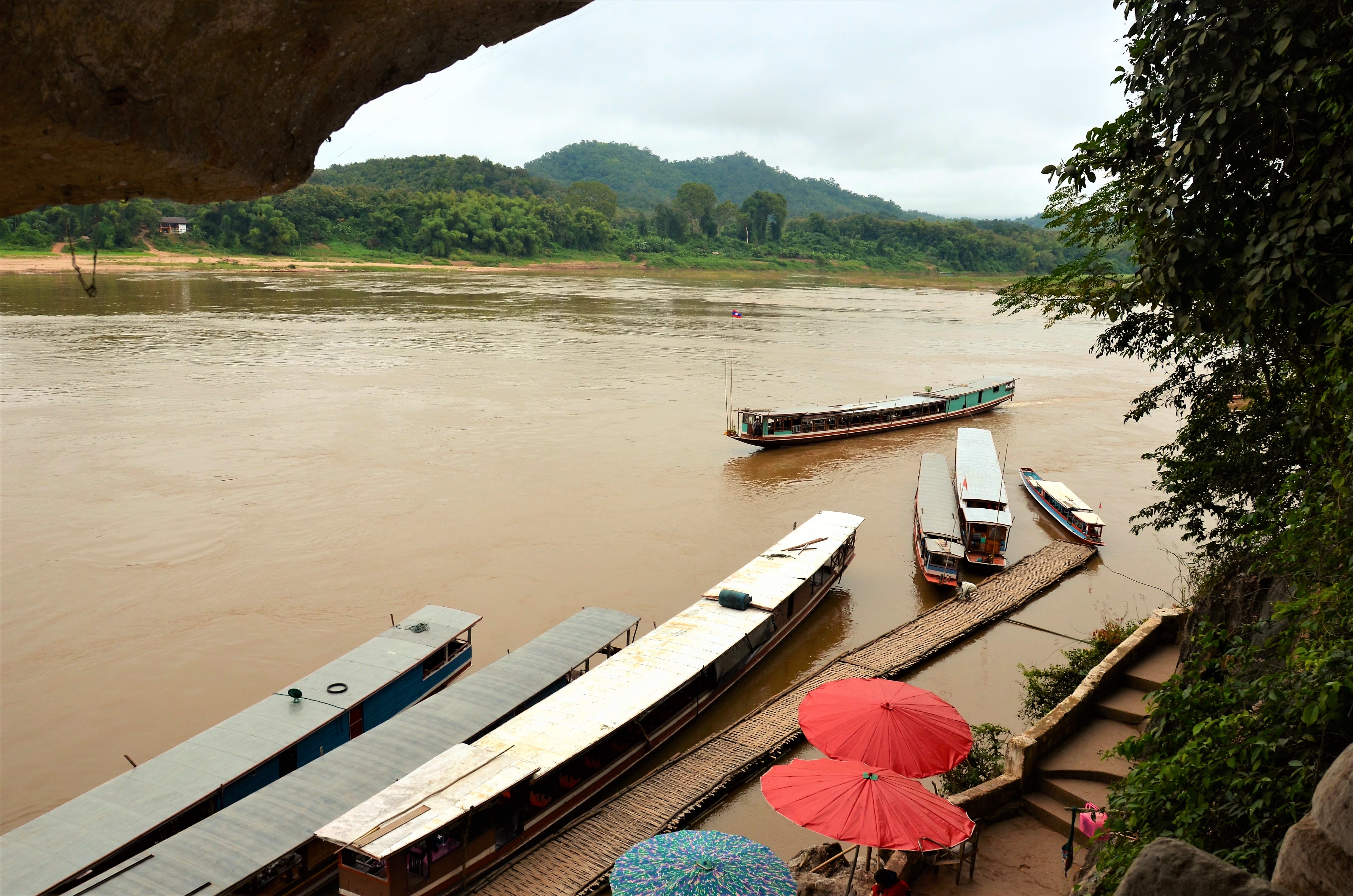
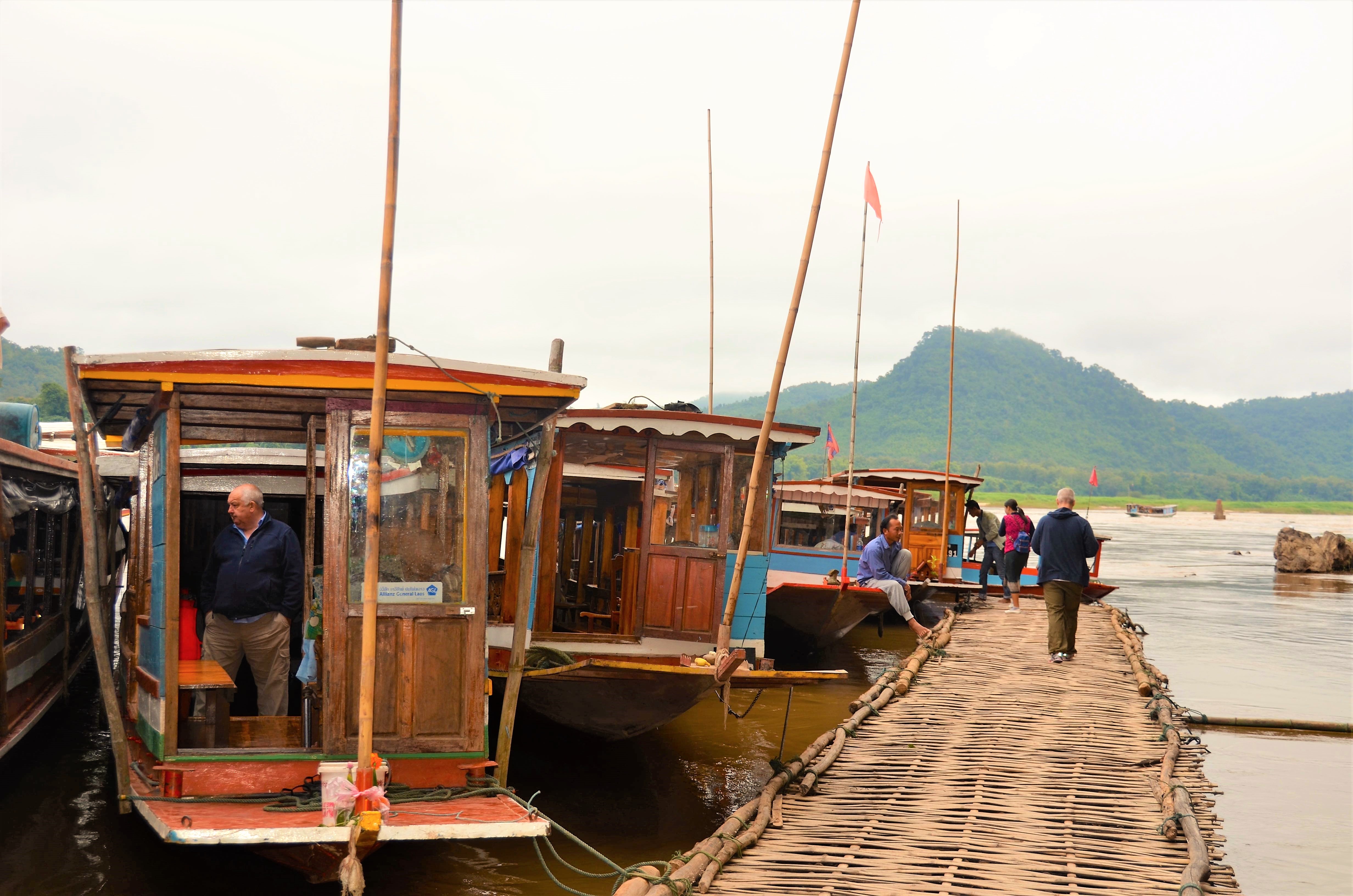
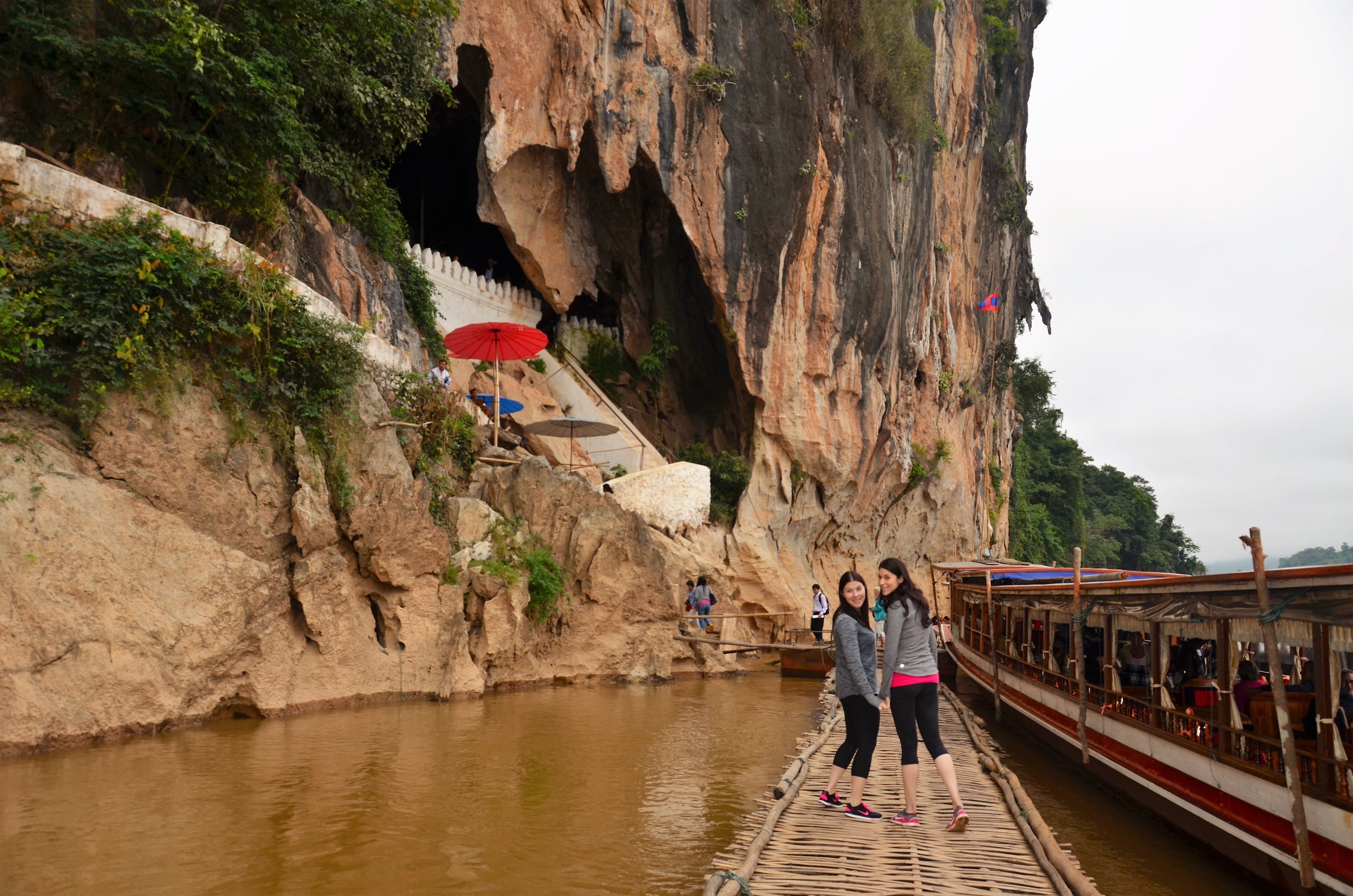
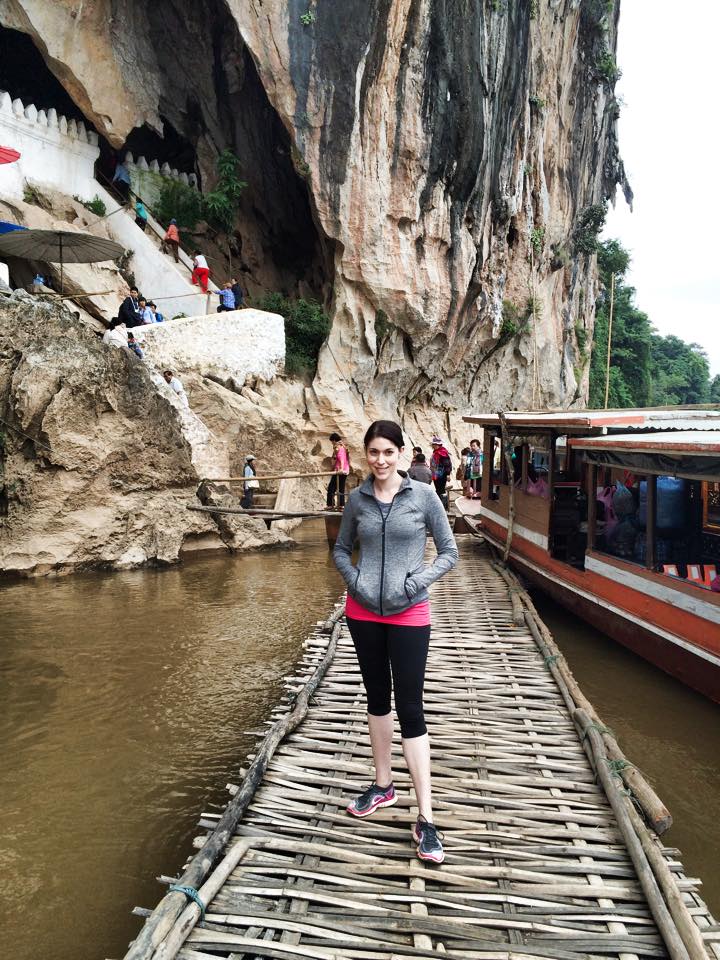 The caves overlook the Mekong River and are hidden in a mountain side. Inside the caves are hundreds of old Buddha statues. There is something very spiritual and peaceful about climbing into a cave full of treasure! Little golden Buddhas glittered from every corner.
The caves overlook the Mekong River and are hidden in a mountain side. Inside the caves are hundreds of old Buddha statues. There is something very spiritual and peaceful about climbing into a cave full of treasure! Little golden Buddhas glittered from every corner. 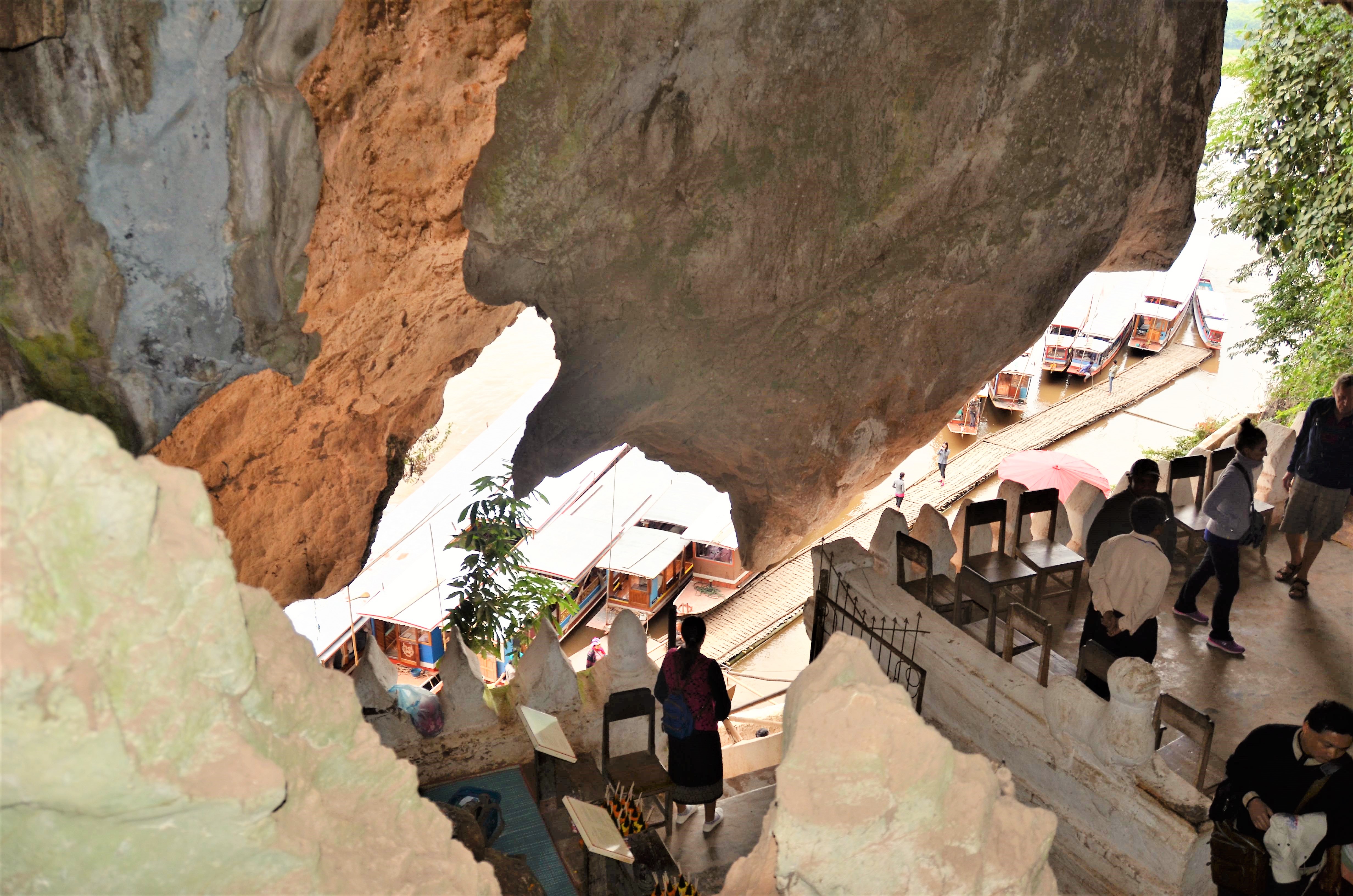
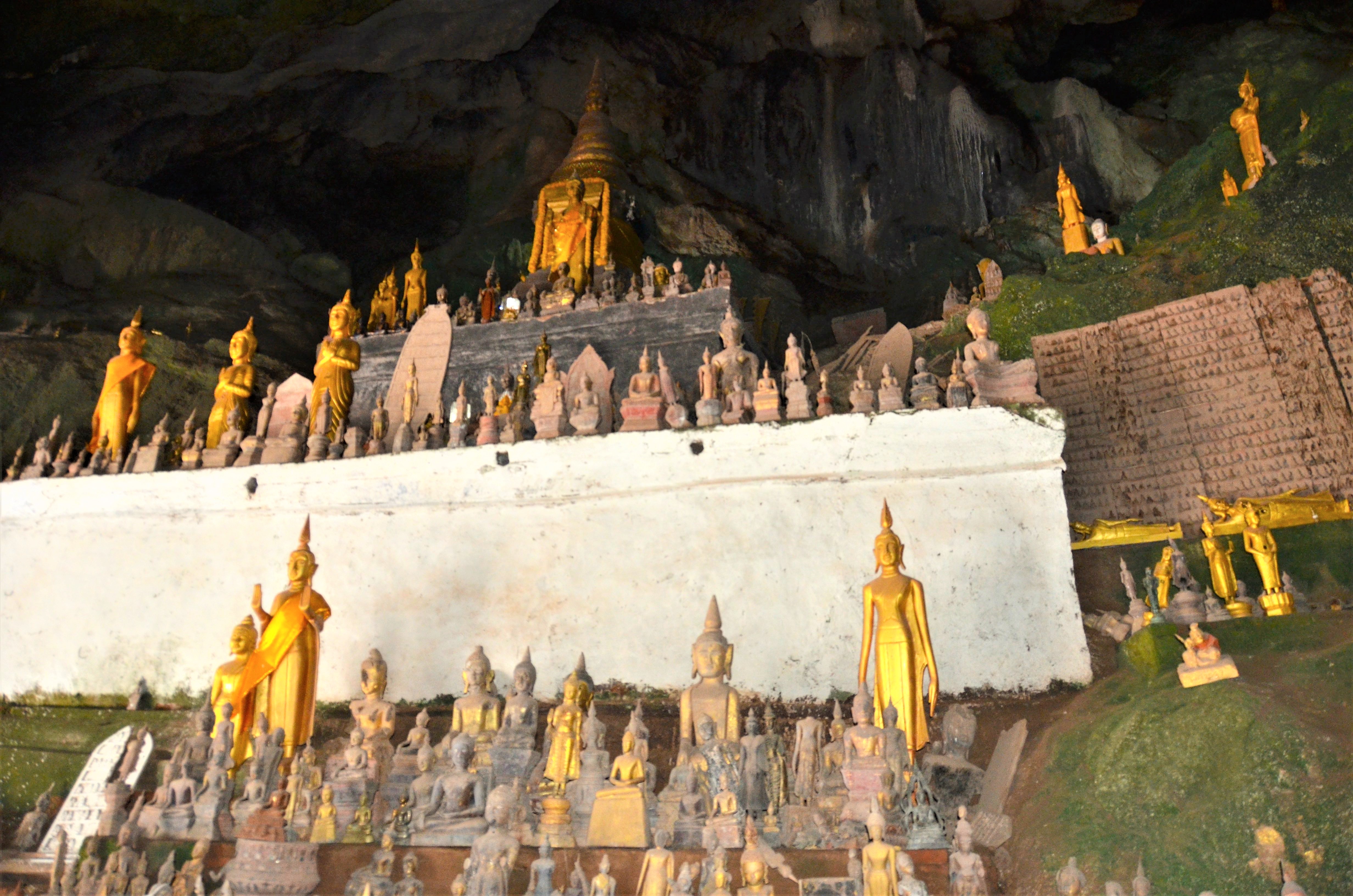
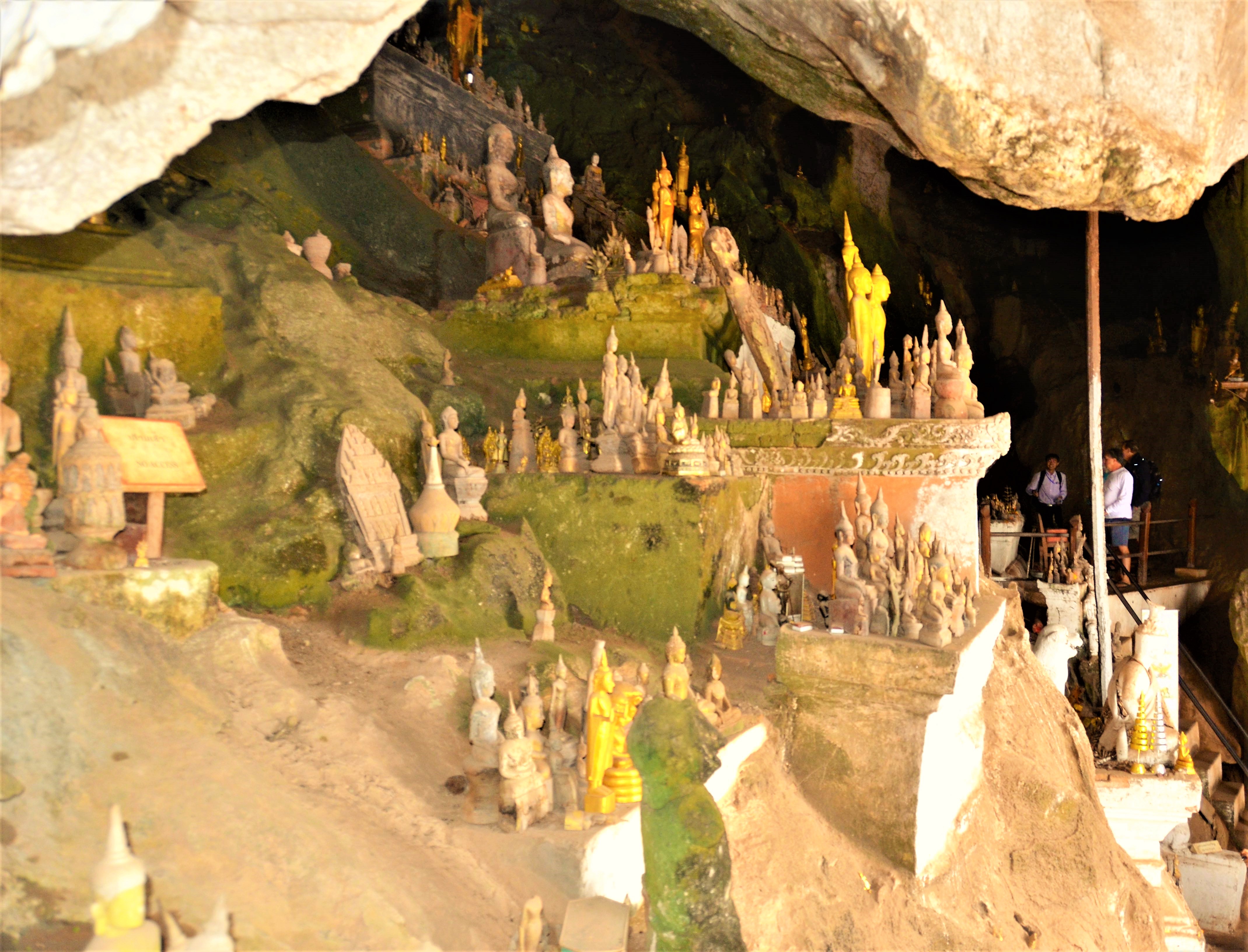
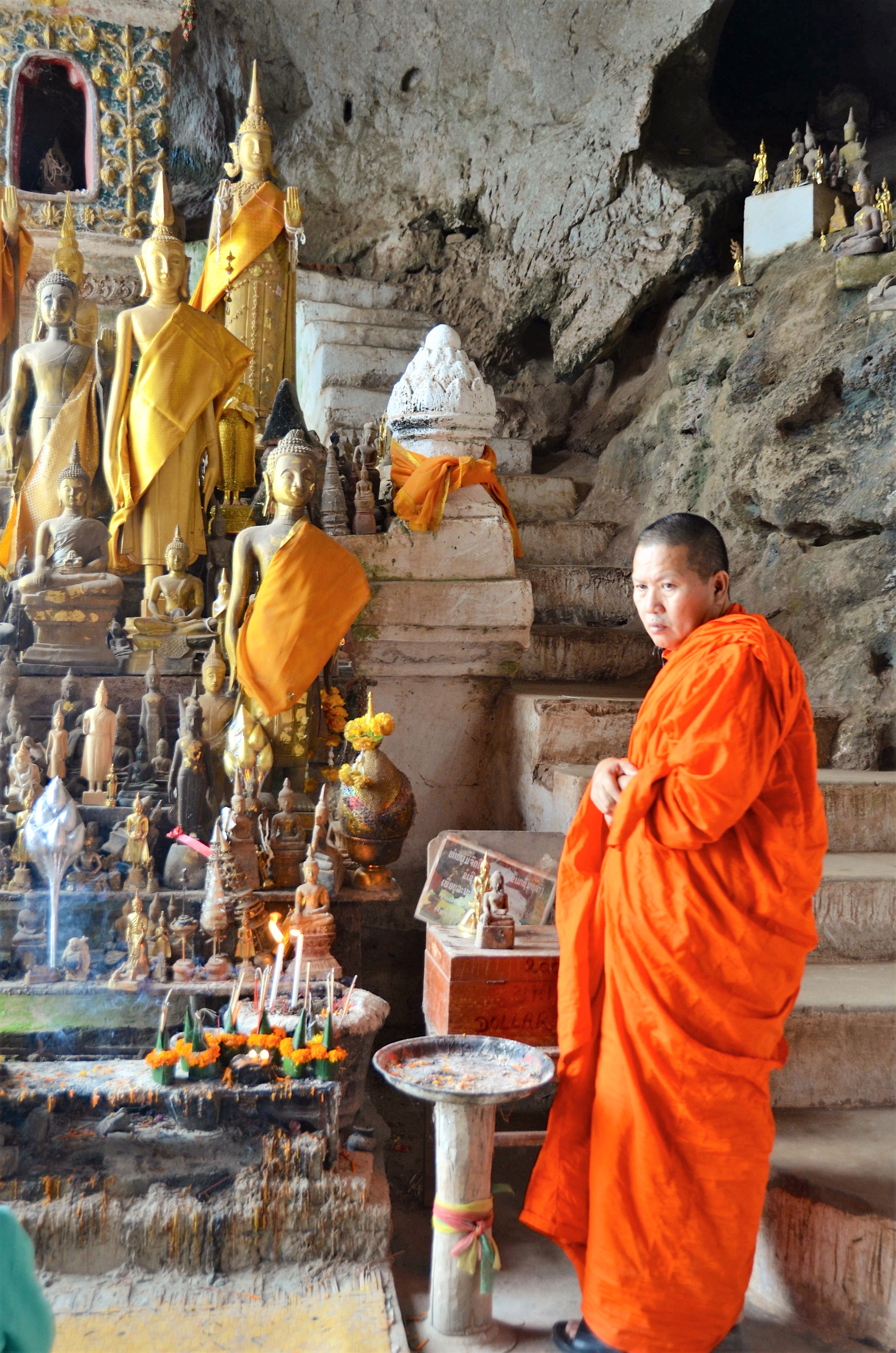
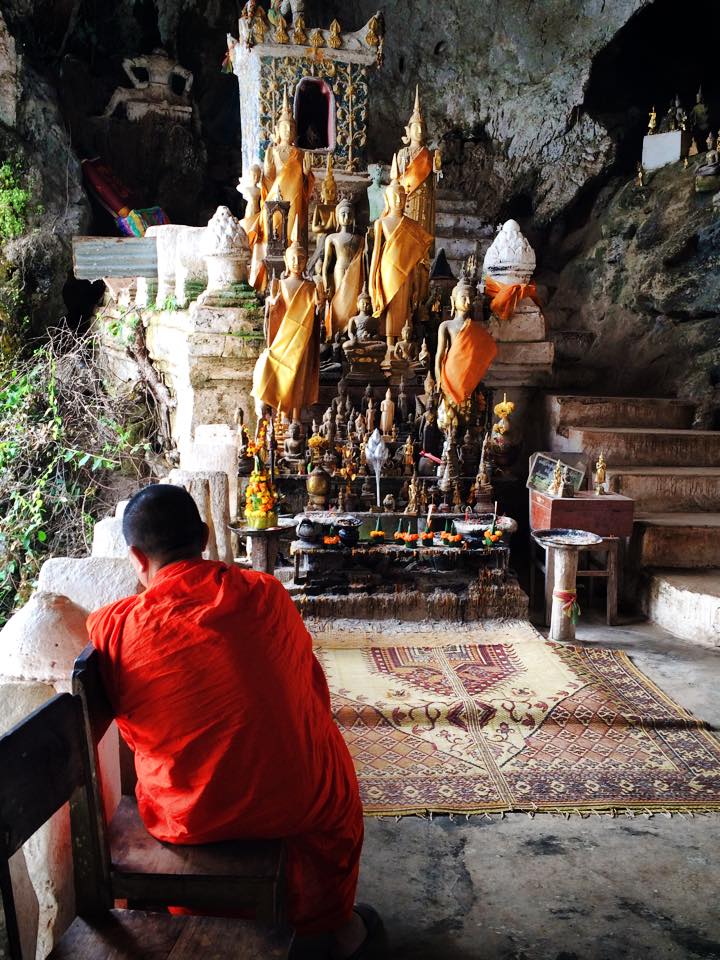 The caves are guarded by monks…
The caves are guarded by monks… 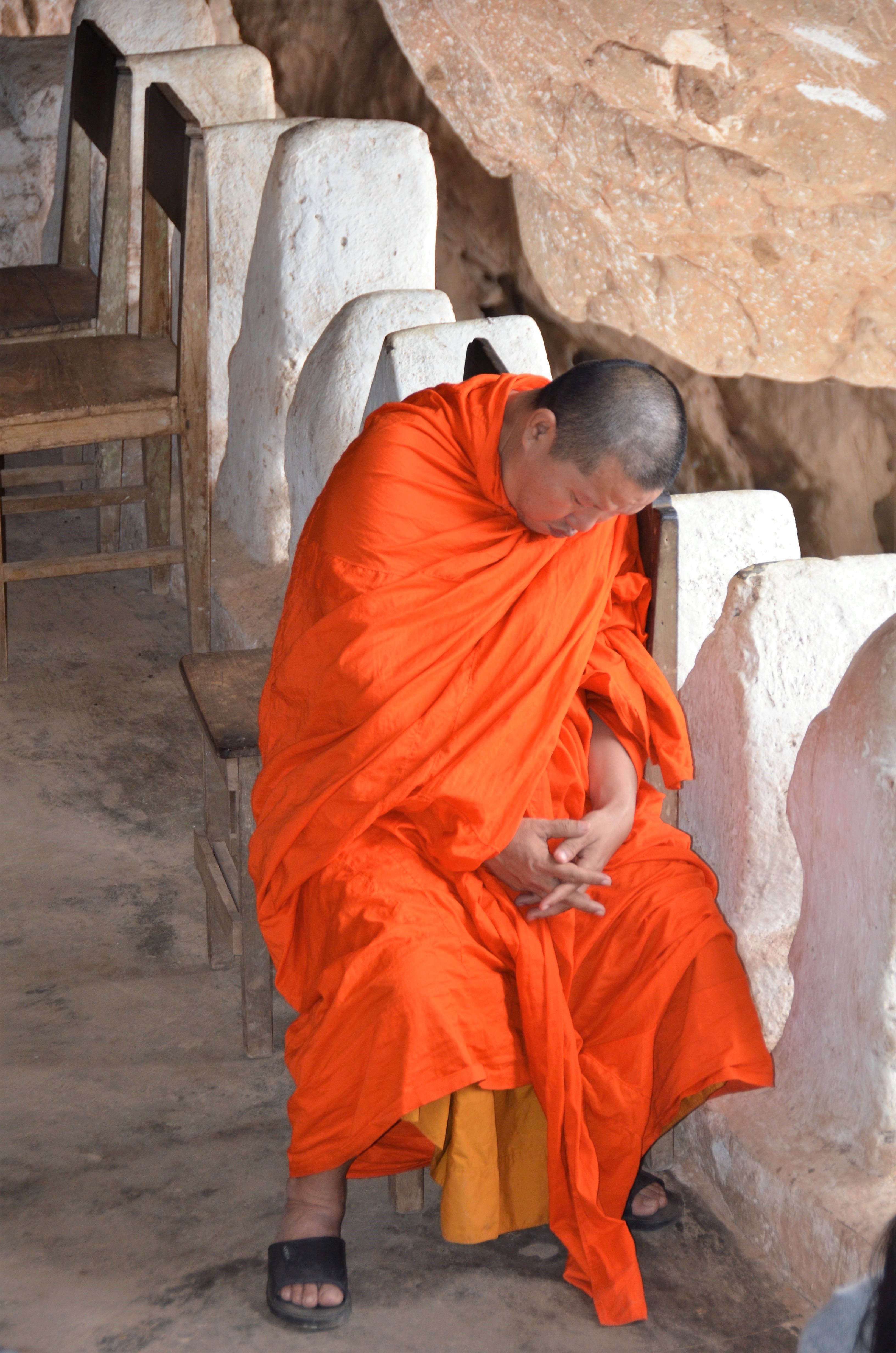
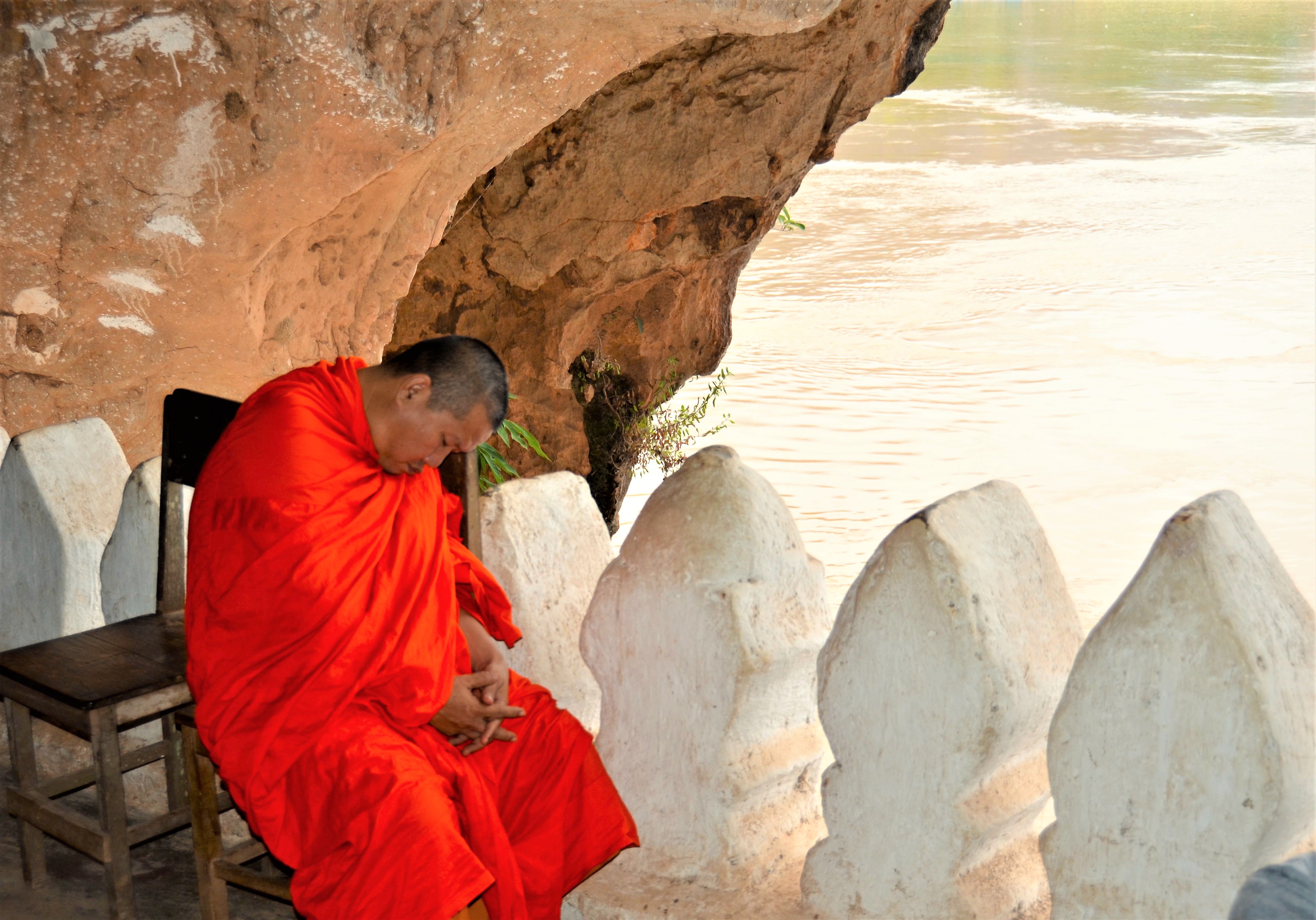 After our visit to the caves, we stopped at a local village, the Muangkeo Village, to try rice whiskey. We came to a village where we were greeted by an older woman who makes the rice whiskey at her home.
After our visit to the caves, we stopped at a local village, the Muangkeo Village, to try rice whiskey. We came to a village where we were greeted by an older woman who makes the rice whiskey at her home.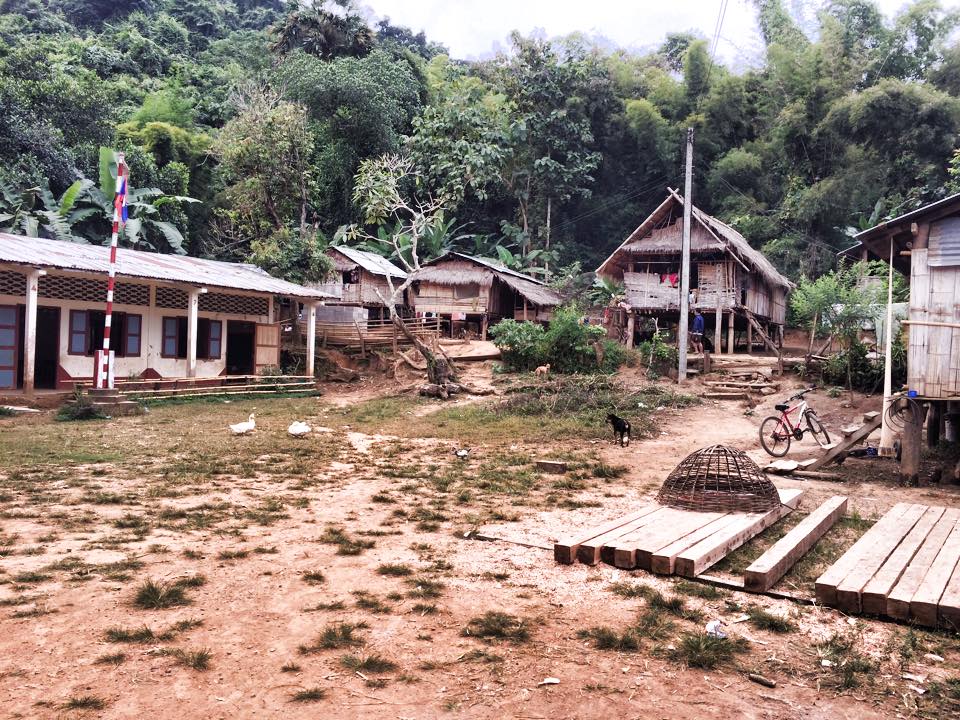
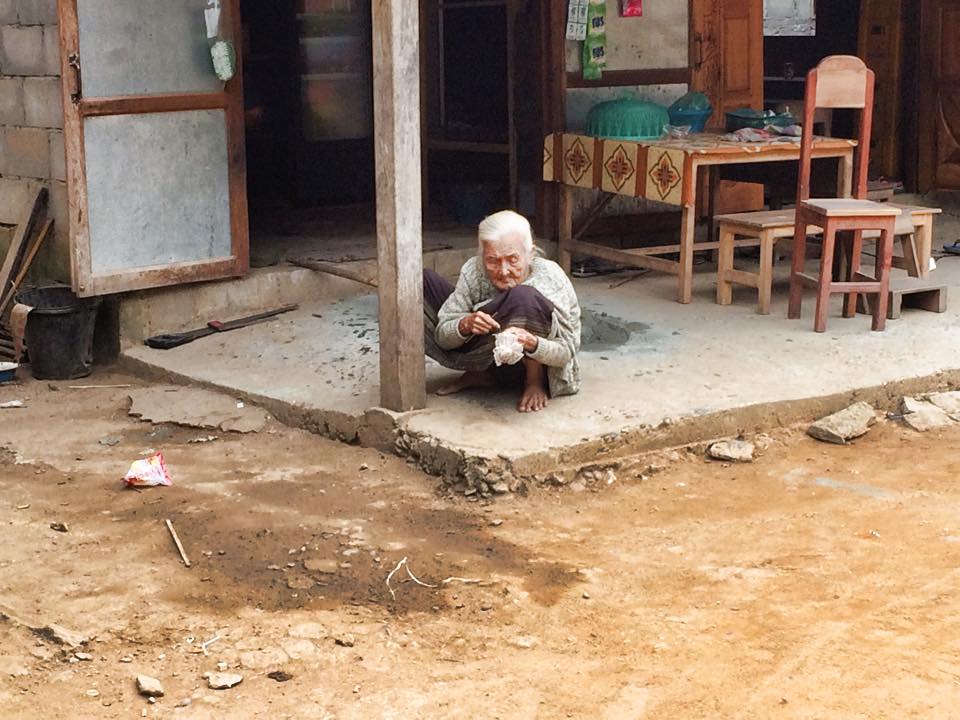 Rice whiskey in clay barrels:
Rice whiskey in clay barrels: 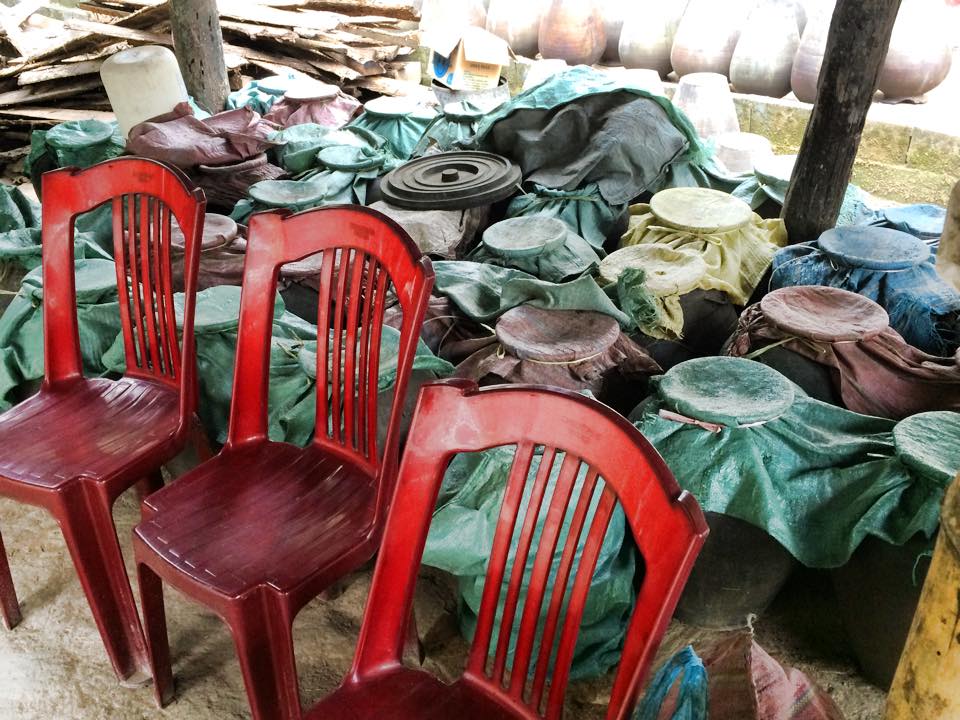
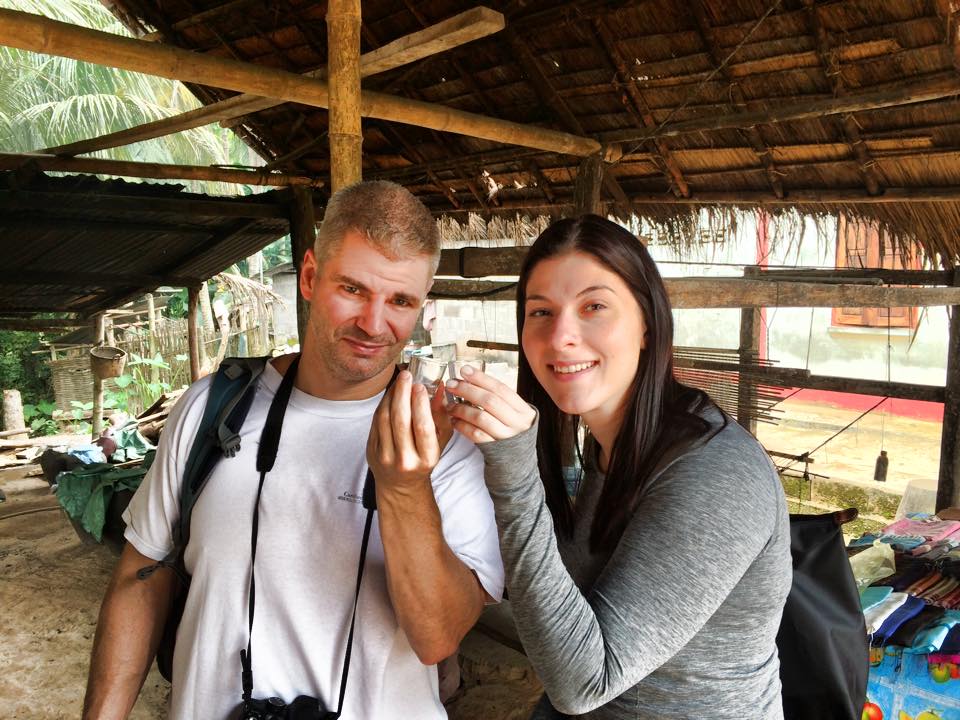
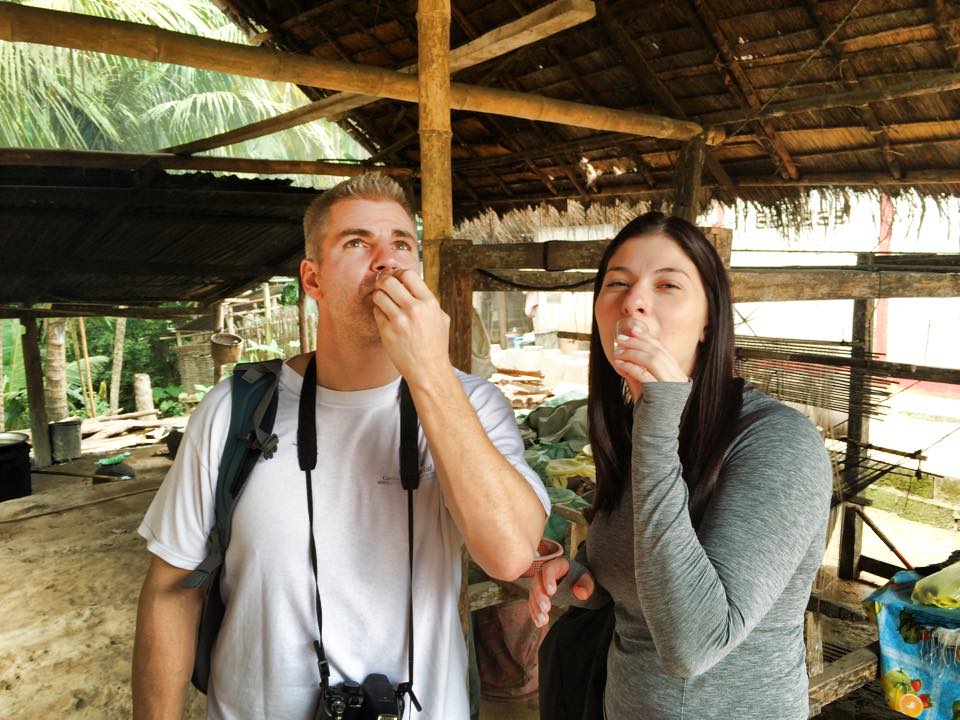 I’m not gonna sugarcoat this part– the village rice whiskey is not smooth. It is unlikely to ever win any tasting awards. It tastes like liquid fire. But it’s all part of the experience, so, by all means, drink up!
I’m not gonna sugarcoat this part– the village rice whiskey is not smooth. It is unlikely to ever win any tasting awards. It tastes like liquid fire. But it’s all part of the experience, so, by all means, drink up!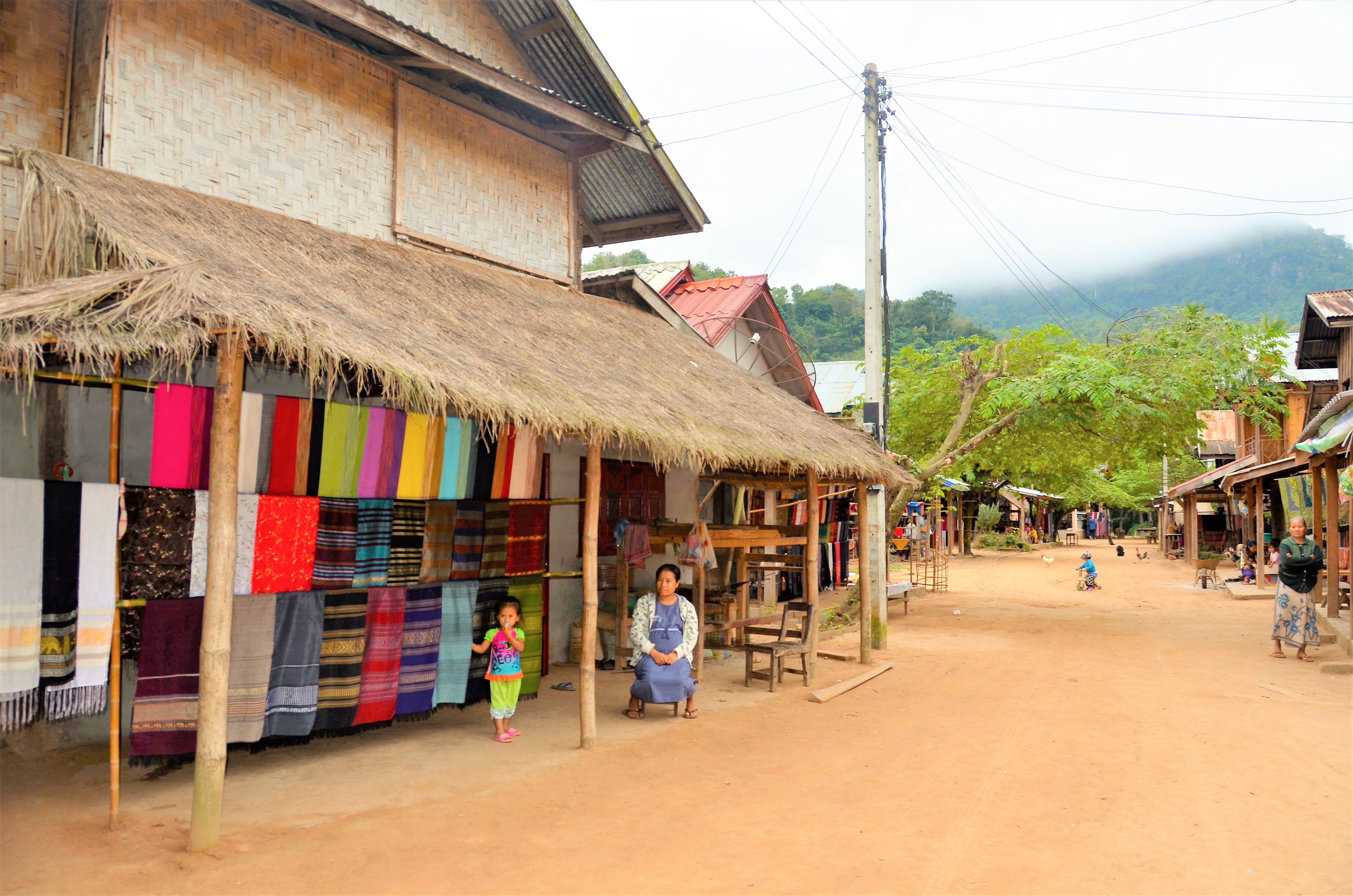
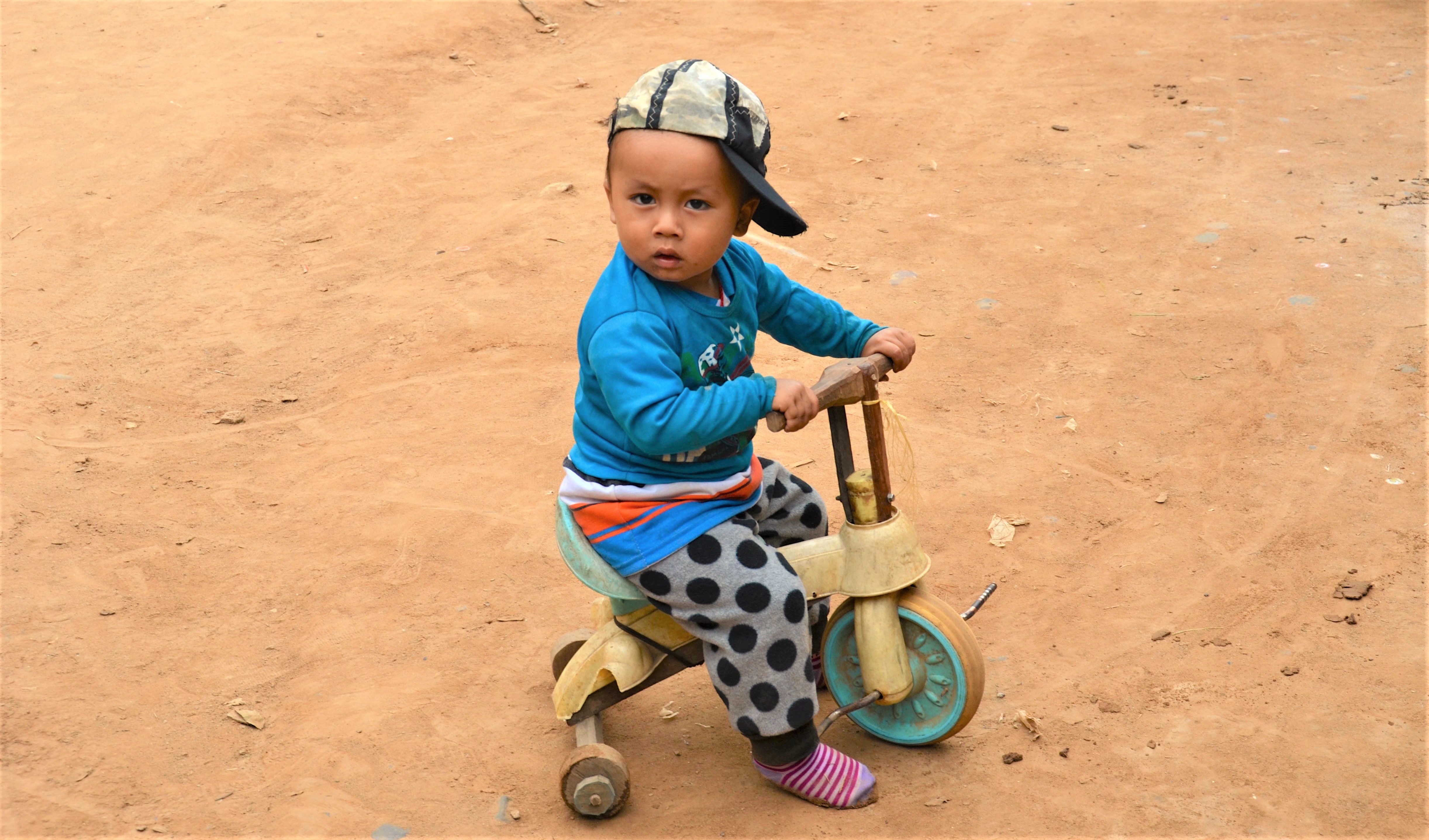
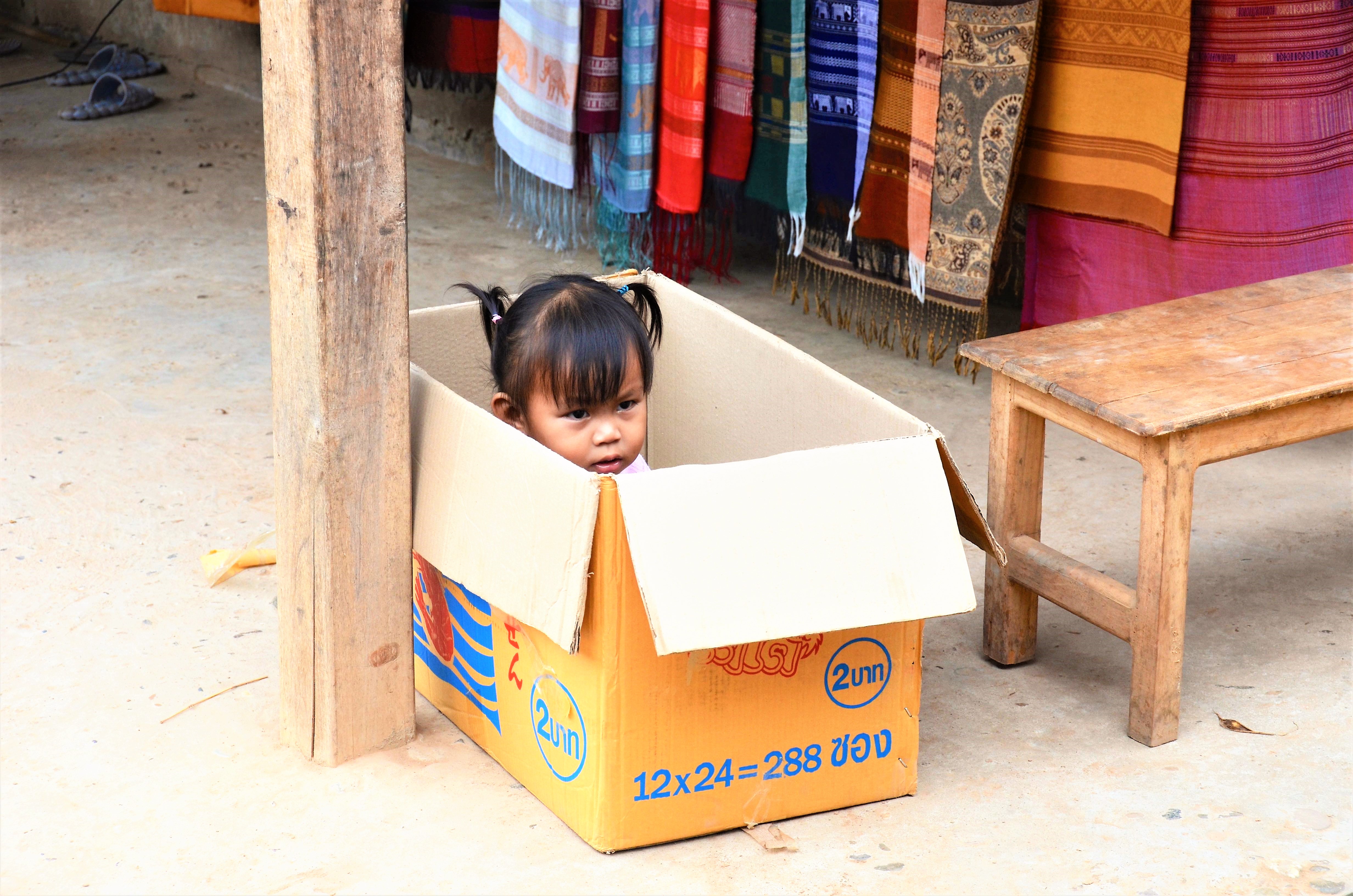
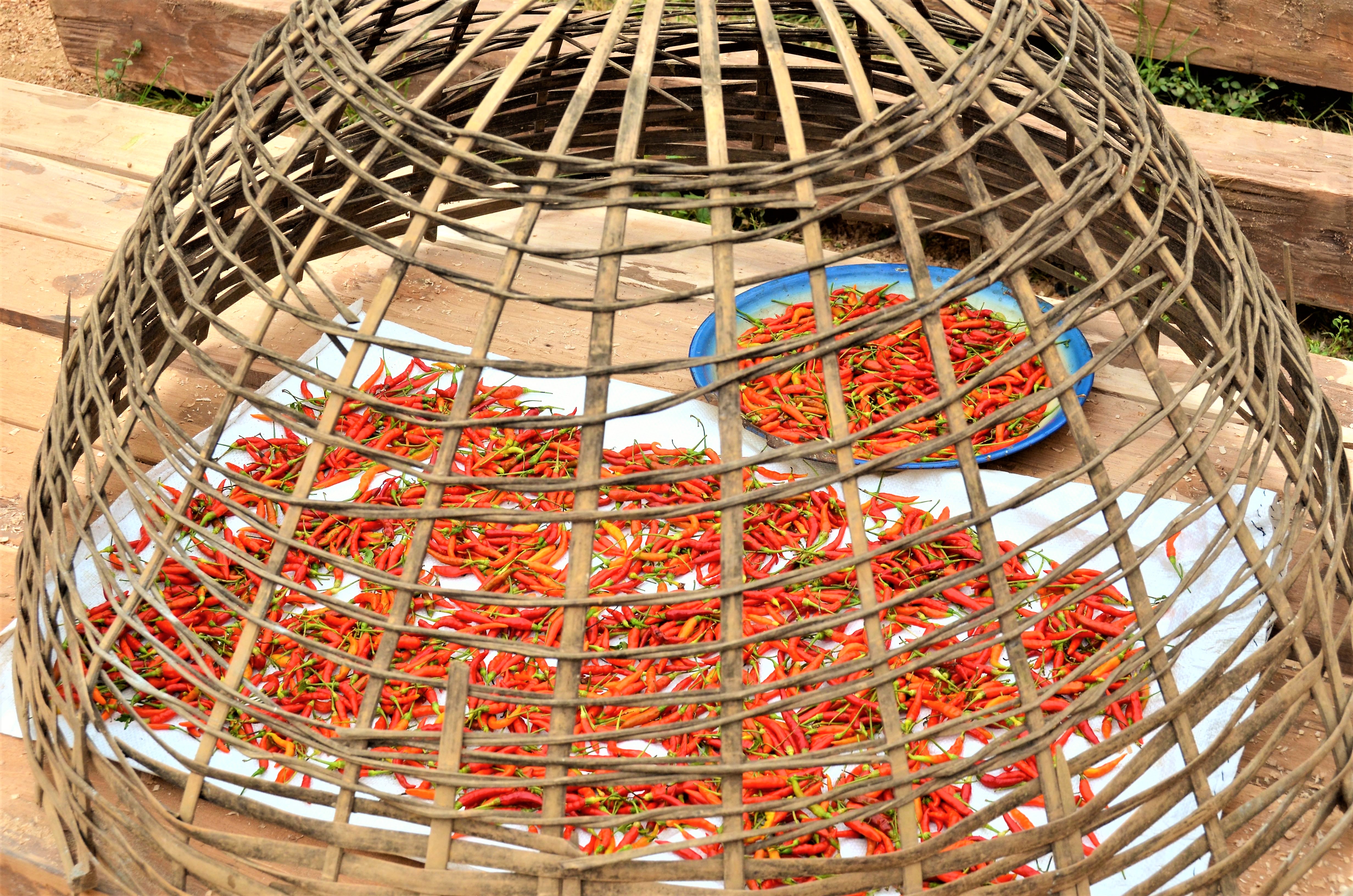 The best part about this visit was stopping in at the local school house, where we got a chance to visit the local children at school.
The best part about this visit was stopping in at the local school house, where we got a chance to visit the local children at school. 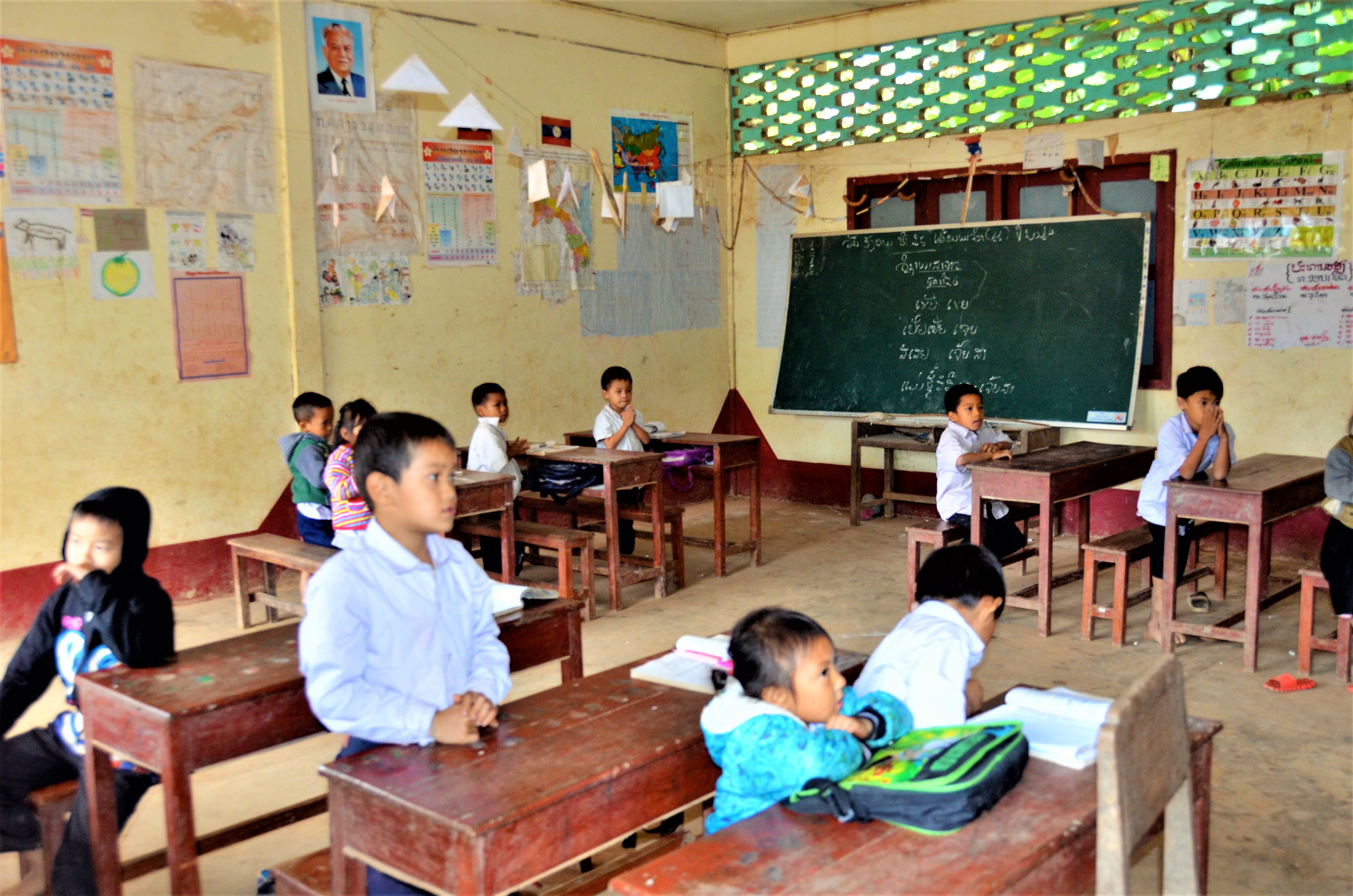 They were so cute that we ran out into the market and bought them all snacks. Word gets around fast in this little village because the next thing you know, little kids were coming out of everywhere lining up for their snack! It was like Christmas came early for these little kids! They were so happy and appreciative that they sang us songs as they ran around eating their treats!
They were so cute that we ran out into the market and bought them all snacks. Word gets around fast in this little village because the next thing you know, little kids were coming out of everywhere lining up for their snack! It was like Christmas came early for these little kids! They were so happy and appreciative that they sang us songs as they ran around eating their treats! 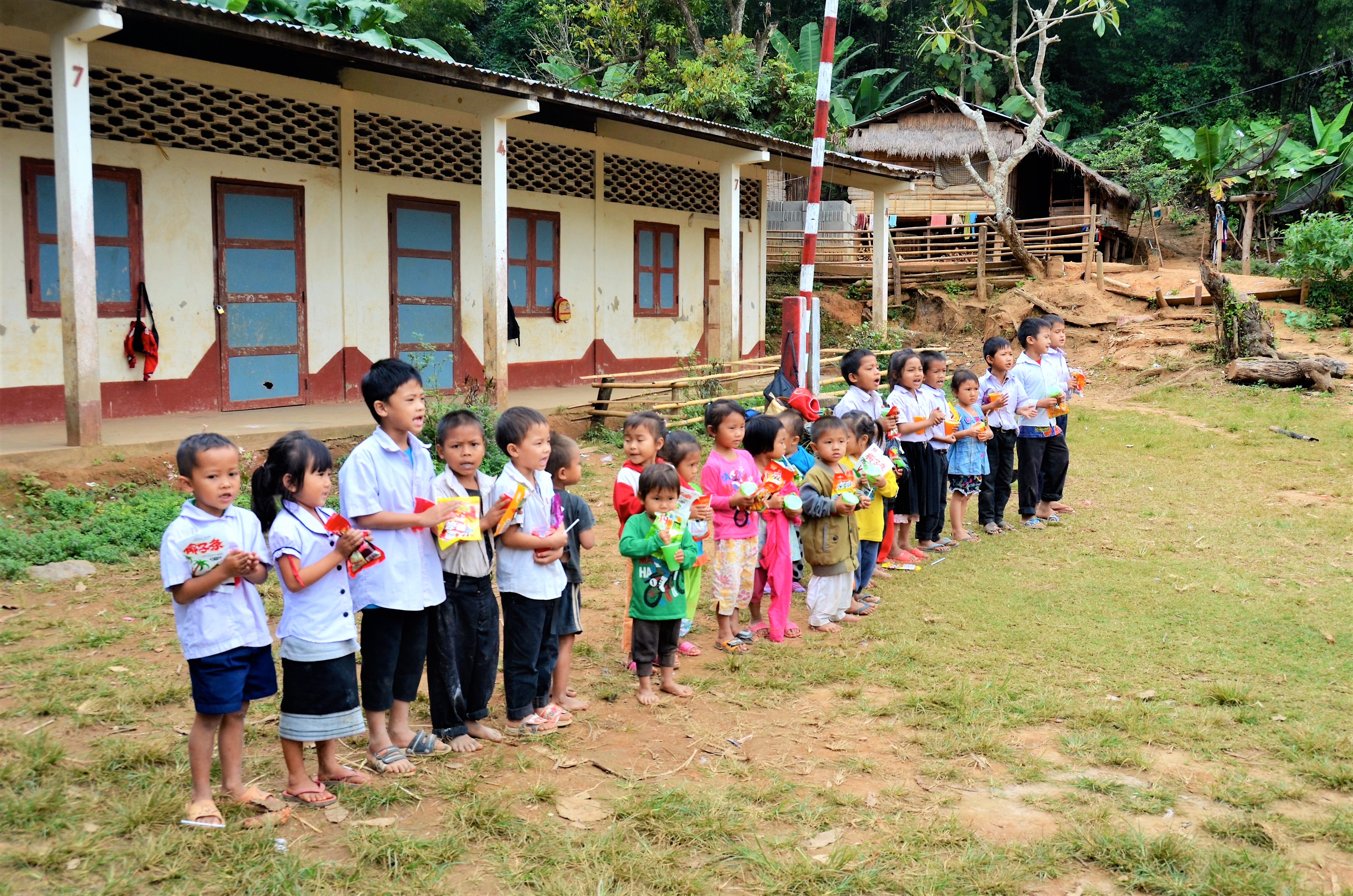 At last it was time to bid adieu to our new village friends and get back into town. After a long day on the Mekong, we came back into Luang Prabang to visit the museum and have some lunch.
At last it was time to bid adieu to our new village friends and get back into town. After a long day on the Mekong, we came back into Luang Prabang to visit the museum and have some lunch.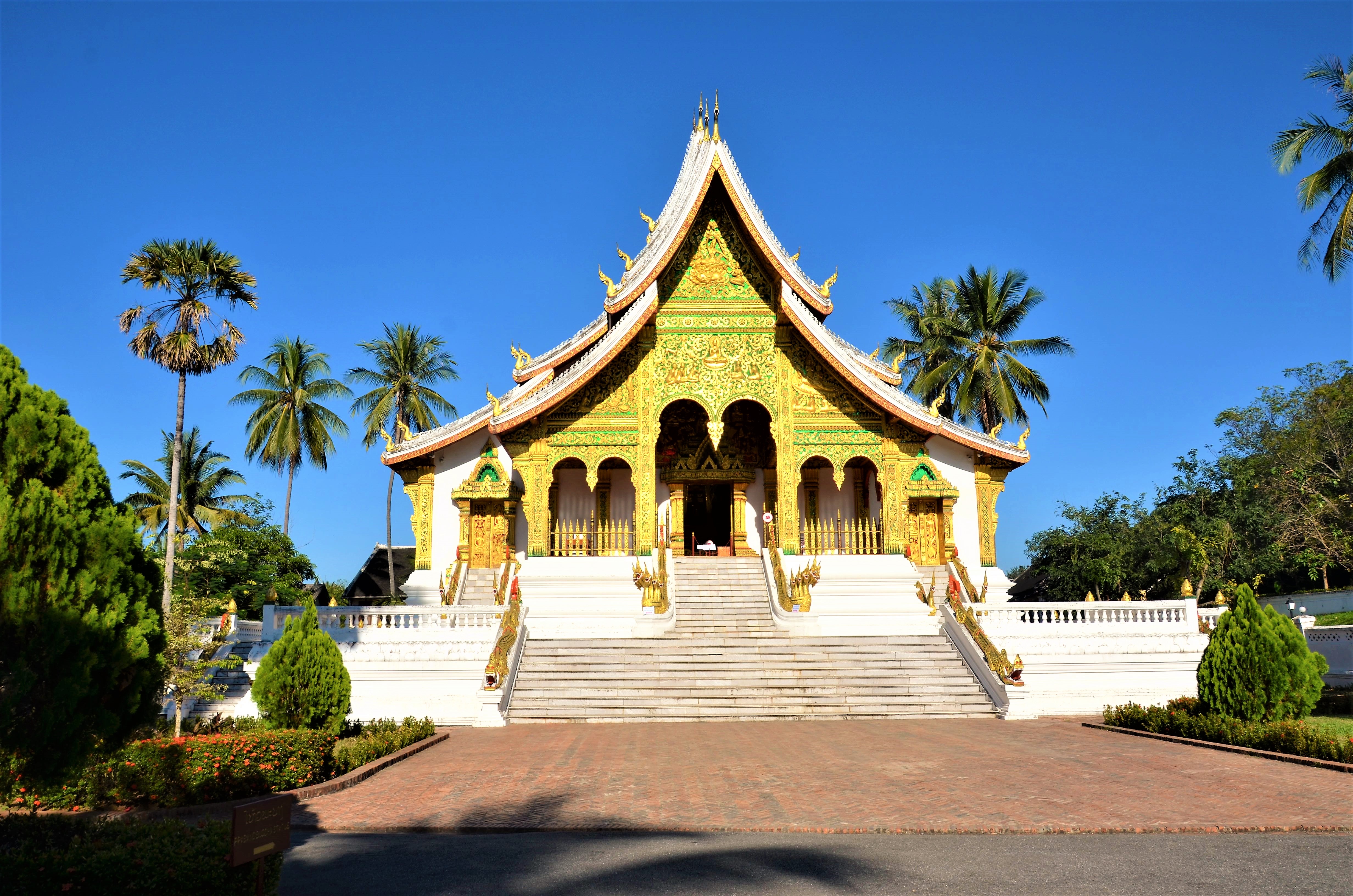 During lunch, we saw a group of monks crossing a make-shift bridge. We decided to follow them and explore the temple on the other side. By the way, the reason why this bridge seems so ill-constructed is because it only exists for several months. Every rainy season it is destroyed by flooding, so, every year, they construct a new ramshackle bridge to replace the one destroyed the year before.
During lunch, we saw a group of monks crossing a make-shift bridge. We decided to follow them and explore the temple on the other side. By the way, the reason why this bridge seems so ill-constructed is because it only exists for several months. Every rainy season it is destroyed by flooding, so, every year, they construct a new ramshackle bridge to replace the one destroyed the year before.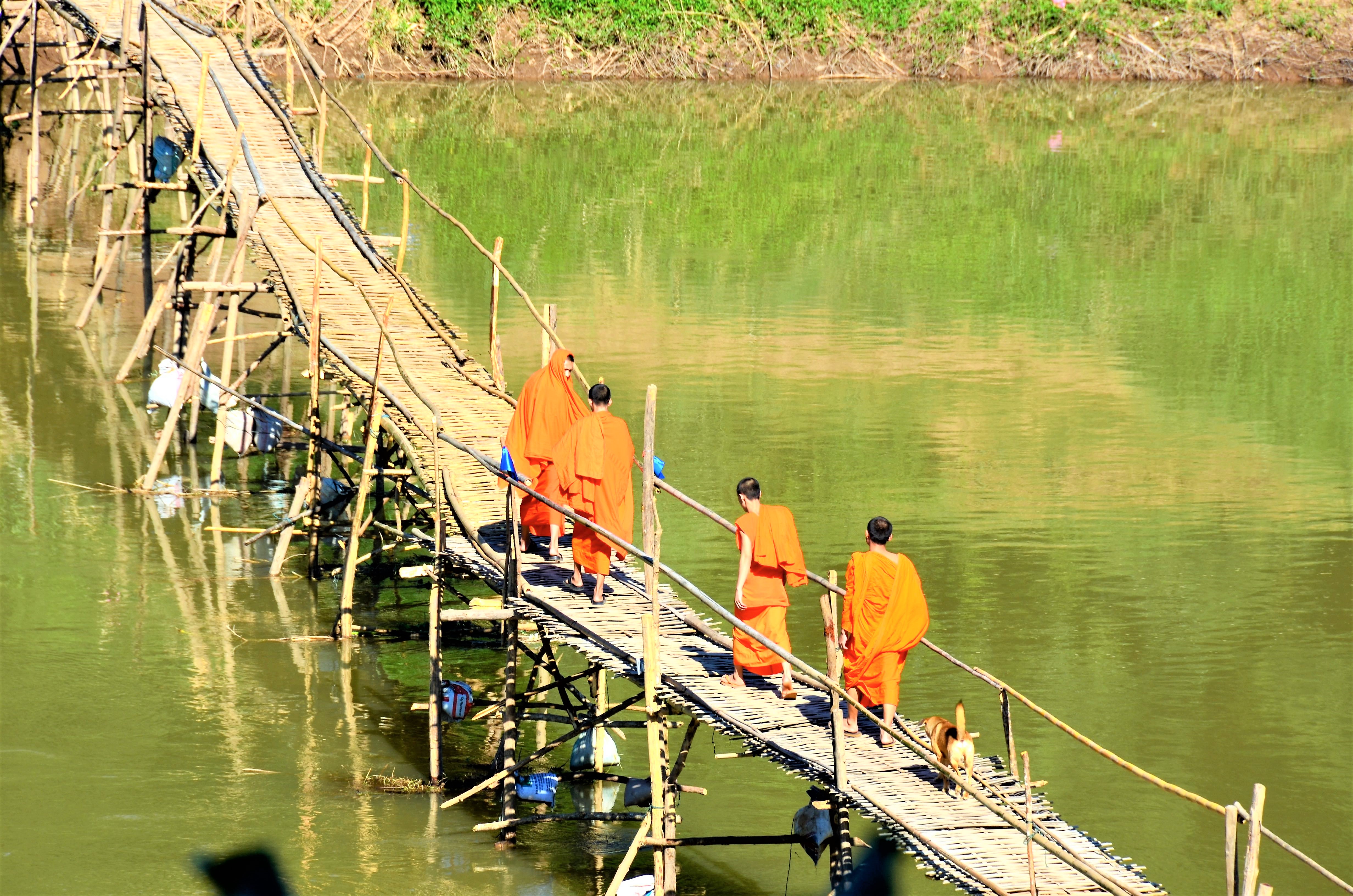
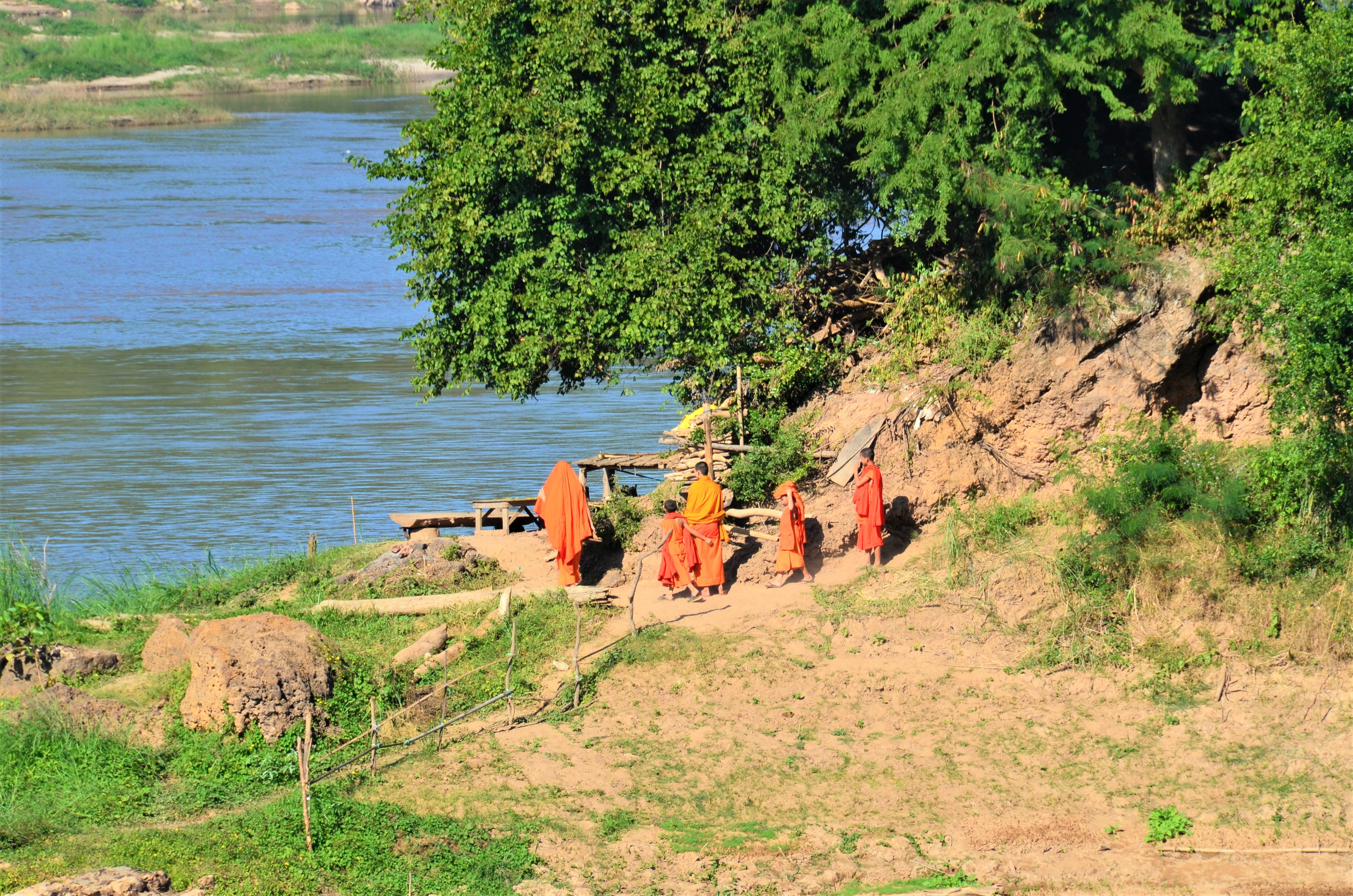
 The next day started way before dawn! This was probably my favorite day because we got to do three very cool things that gave us a more authentic experience. The first, and probably my favorite, is that we got to participate in the daily ritual of
The next day started way before dawn! This was probably my favorite day because we got to do three very cool things that gave us a more authentic experience. The first, and probably my favorite, is that we got to participate in the daily ritual of 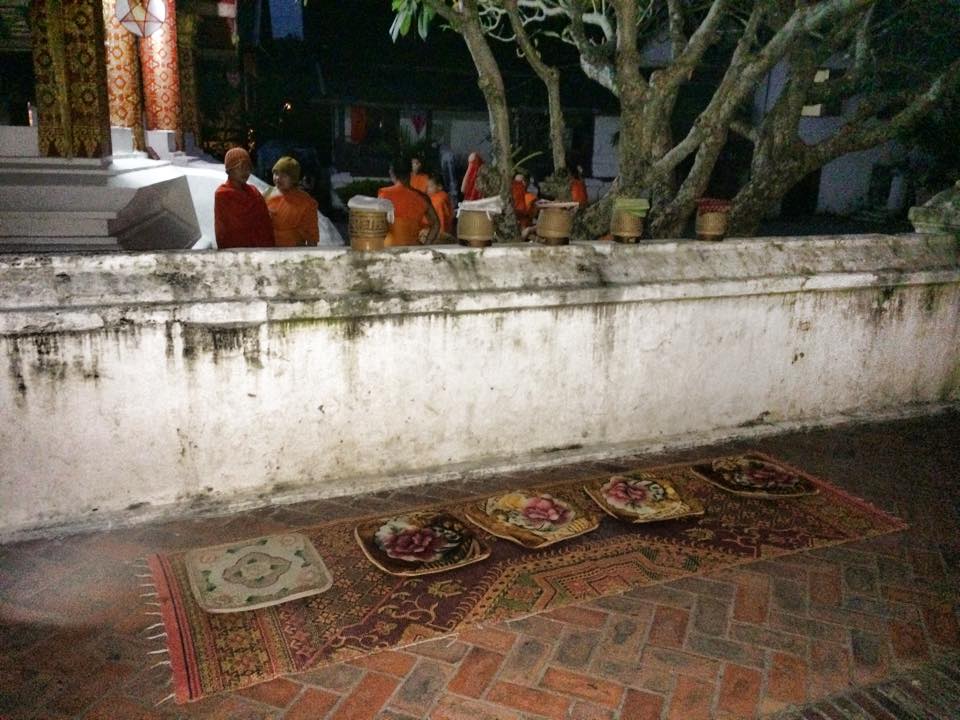 As the sun rises in Luang Prabang, around 200 Buddhist monks depart from their various temples to gather their daily meal (as monks only eat once per day). All the food that is collected is shared by the monks of each temple.
As the sun rises in Luang Prabang, around 200 Buddhist monks depart from their various temples to gather their daily meal (as monks only eat once per day). All the food that is collected is shared by the monks of each temple.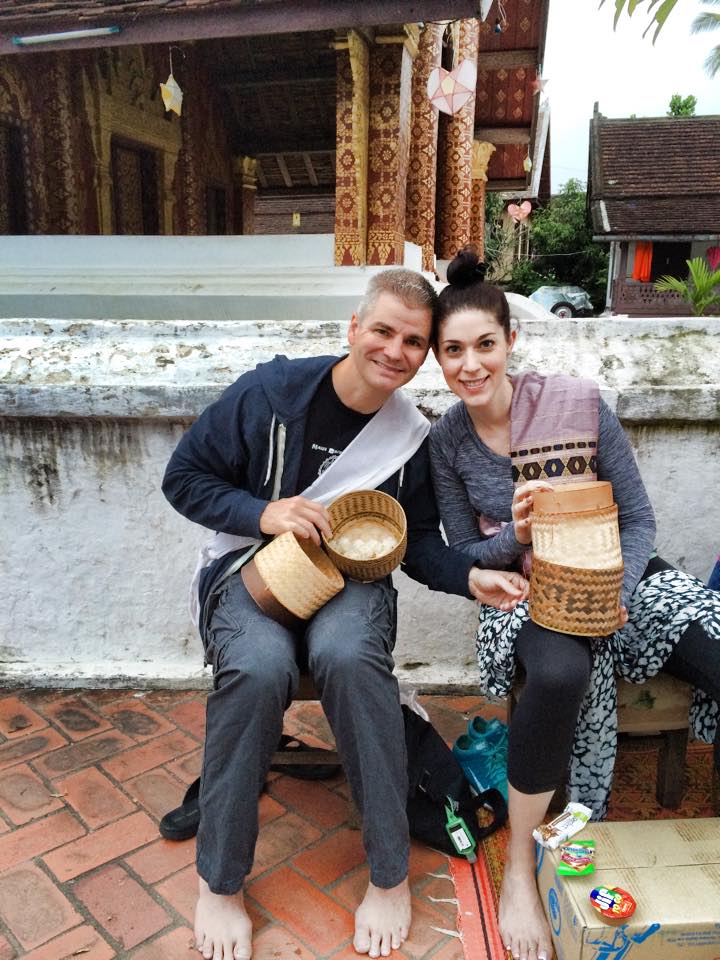 Offerings are typically rice and fruits. We had traditional offerings, but we also brought along some American treats, like peanut butter, almonds, and snack bars, which the monks were very excited to receive.
Offerings are typically rice and fruits. We had traditional offerings, but we also brought along some American treats, like peanut butter, almonds, and snack bars, which the monks were very excited to receive. 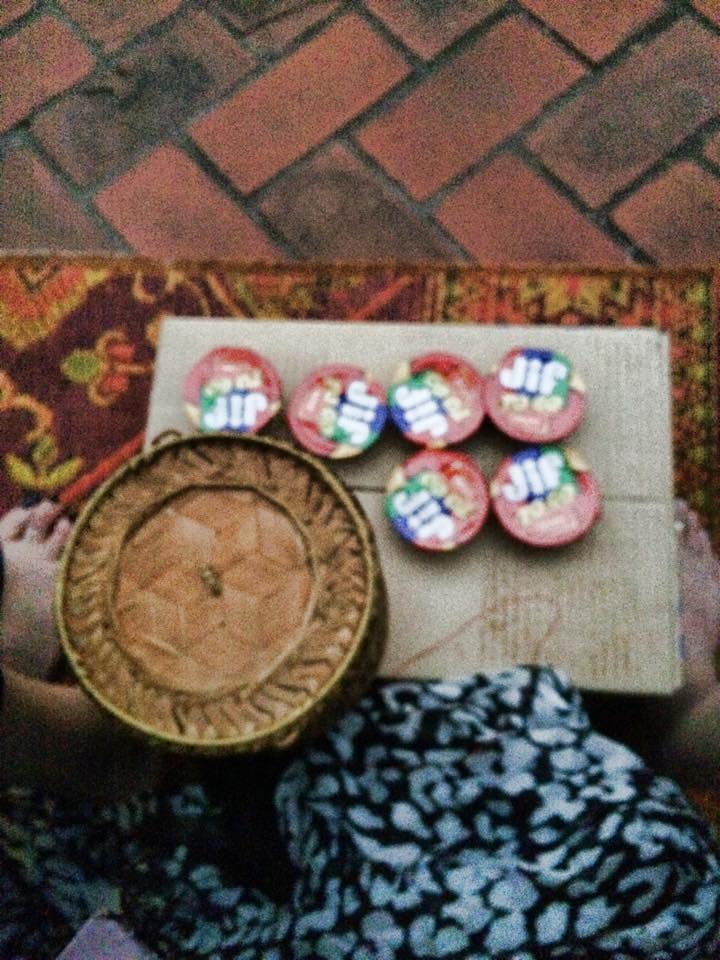
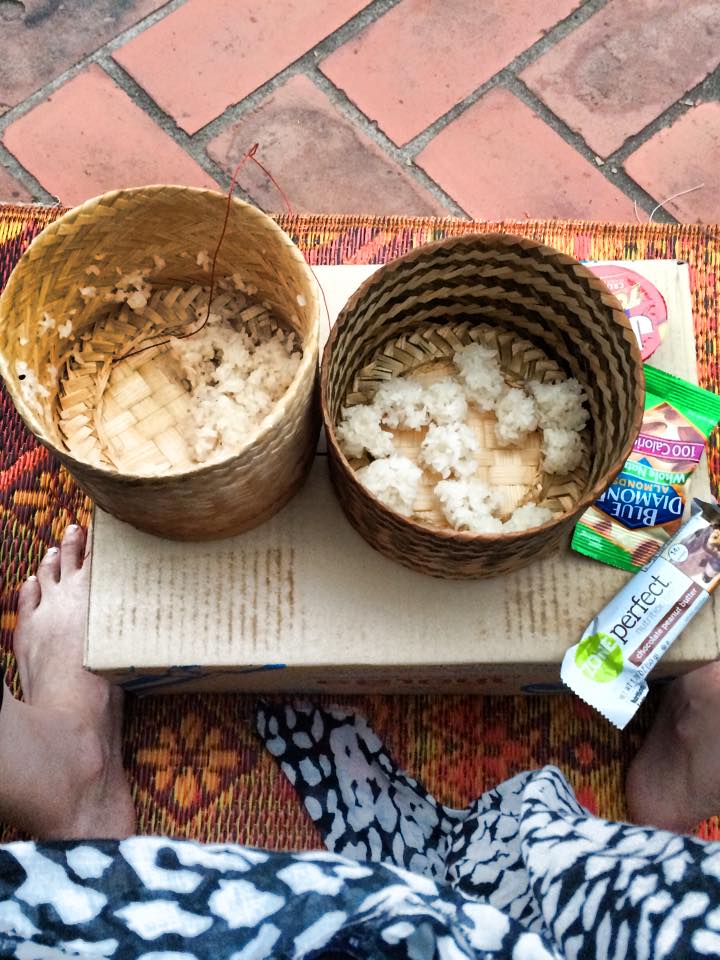 The monks carry a large bowl which they keep open, and you place your offering in their bowl as they pass by. This processional goes quickly and there are a lot of monks, so you need to be on your game, as they will not stop and wait for you. Here’s a pro tip: when you get your big bowl of sticky rice, roll it into balls so you are ready make an offering at lightning speed!
The monks carry a large bowl which they keep open, and you place your offering in their bowl as they pass by. This processional goes quickly and there are a lot of monks, so you need to be on your game, as they will not stop and wait for you. Here’s a pro tip: when you get your big bowl of sticky rice, roll it into balls so you are ready make an offering at lightning speed! 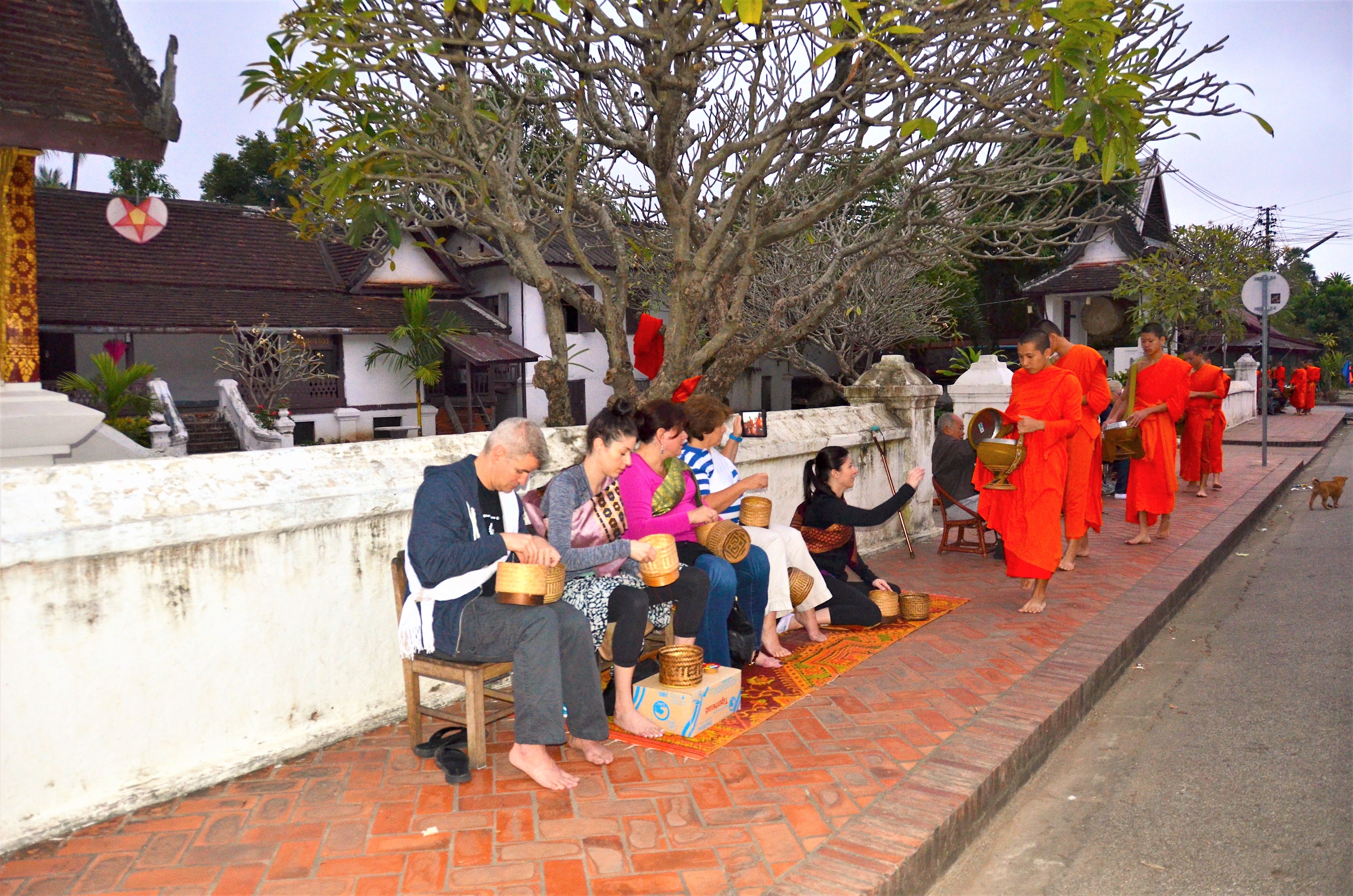
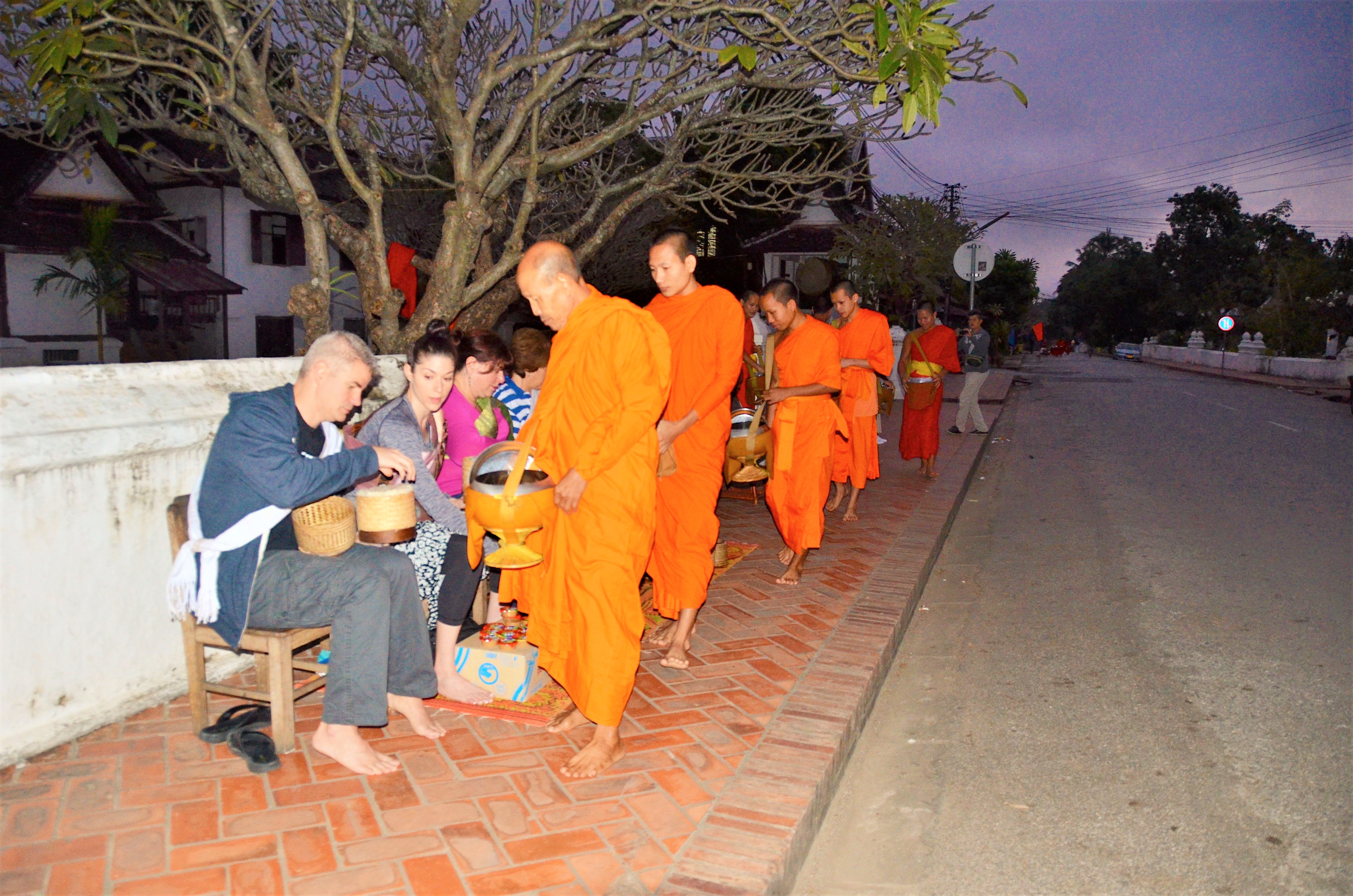
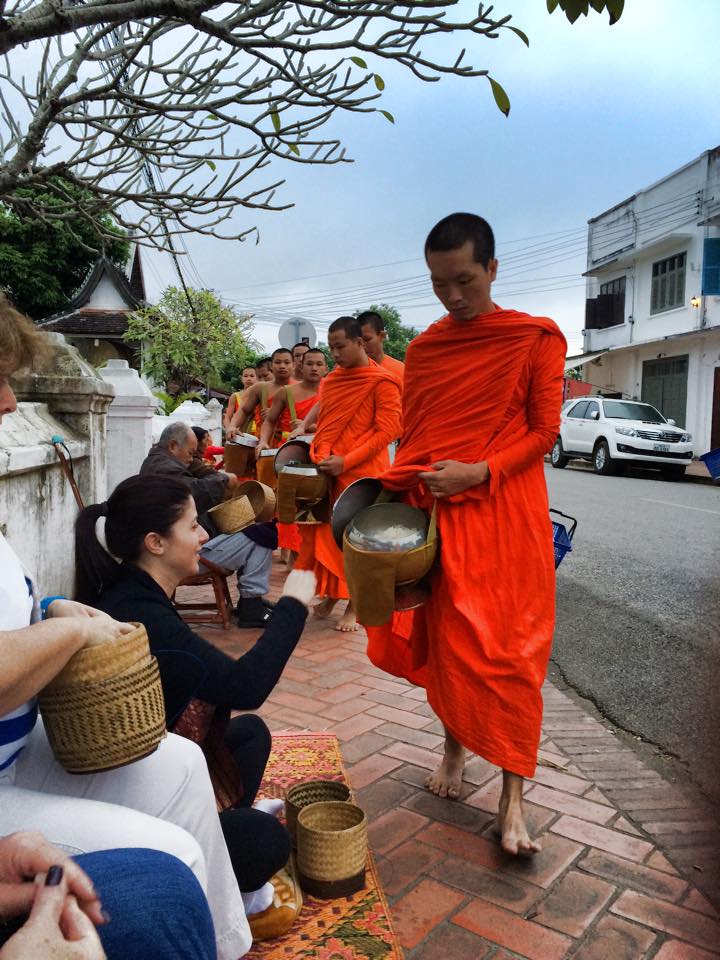
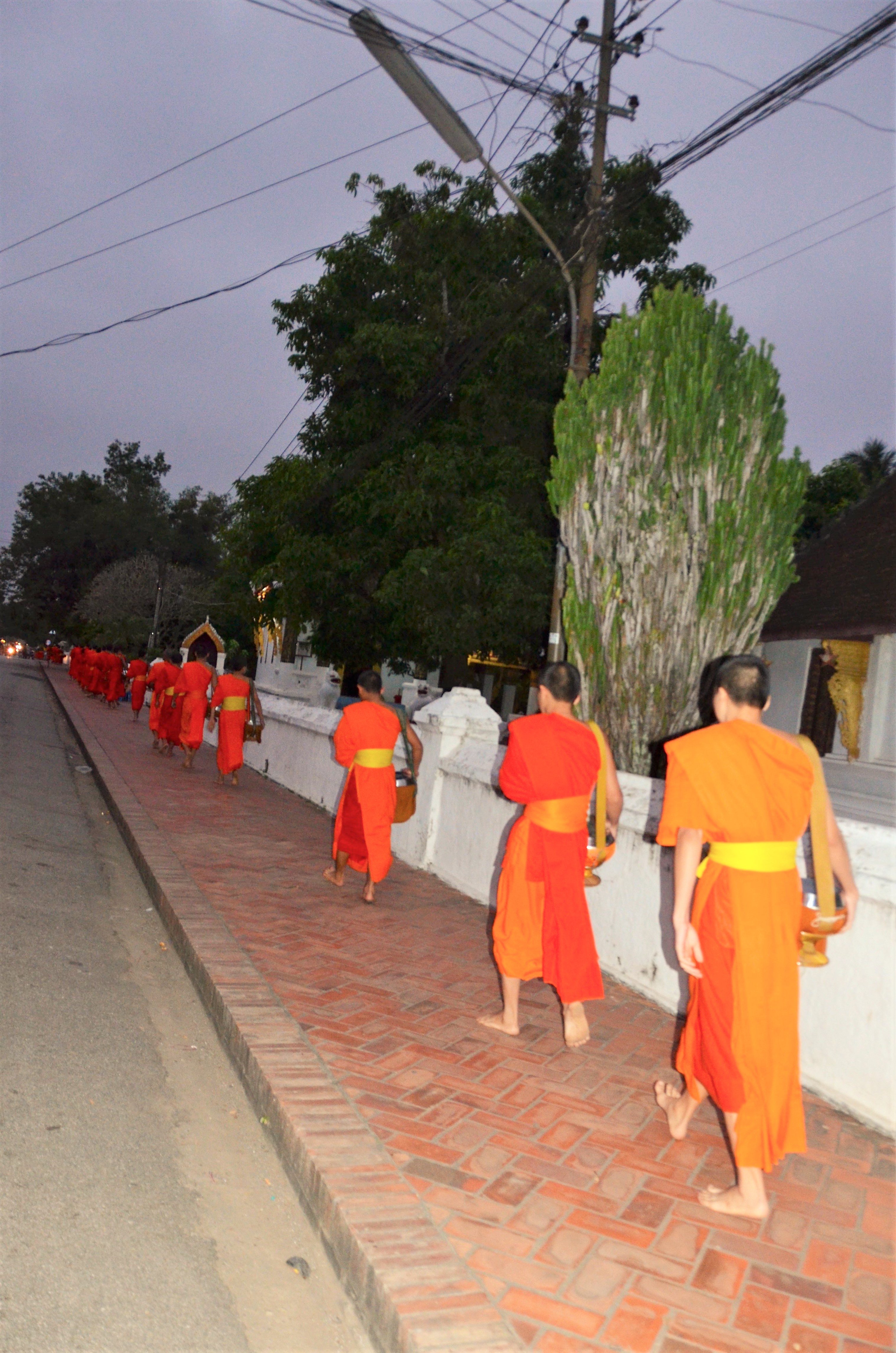
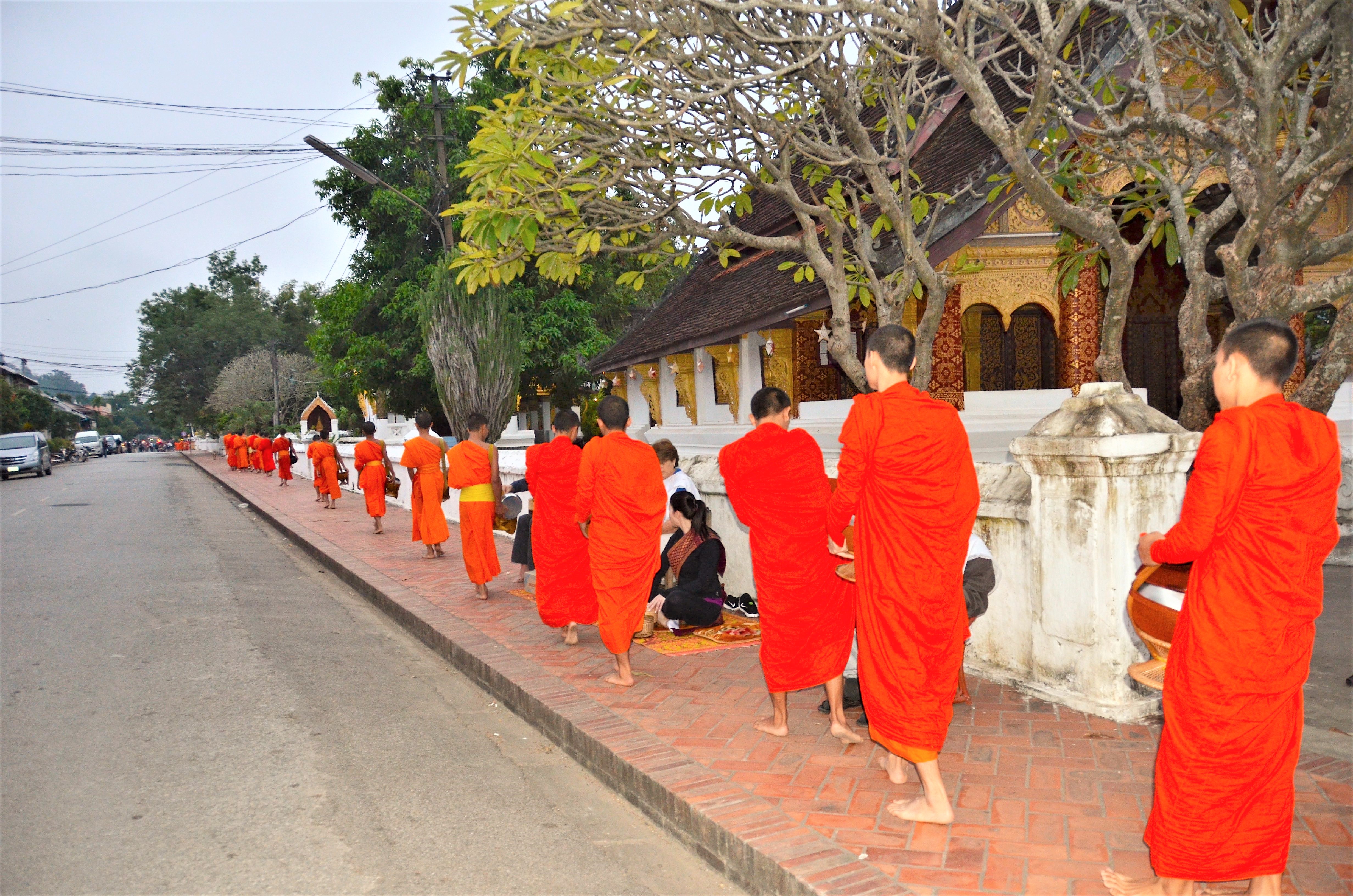 At the end of the processional, the monks line up in front of their temple and chant a prayer before heading into their temple to share their food and eat their daily meal.
At the end of the processional, the monks line up in front of their temple and chant a prayer before heading into their temple to share their food and eat their daily meal.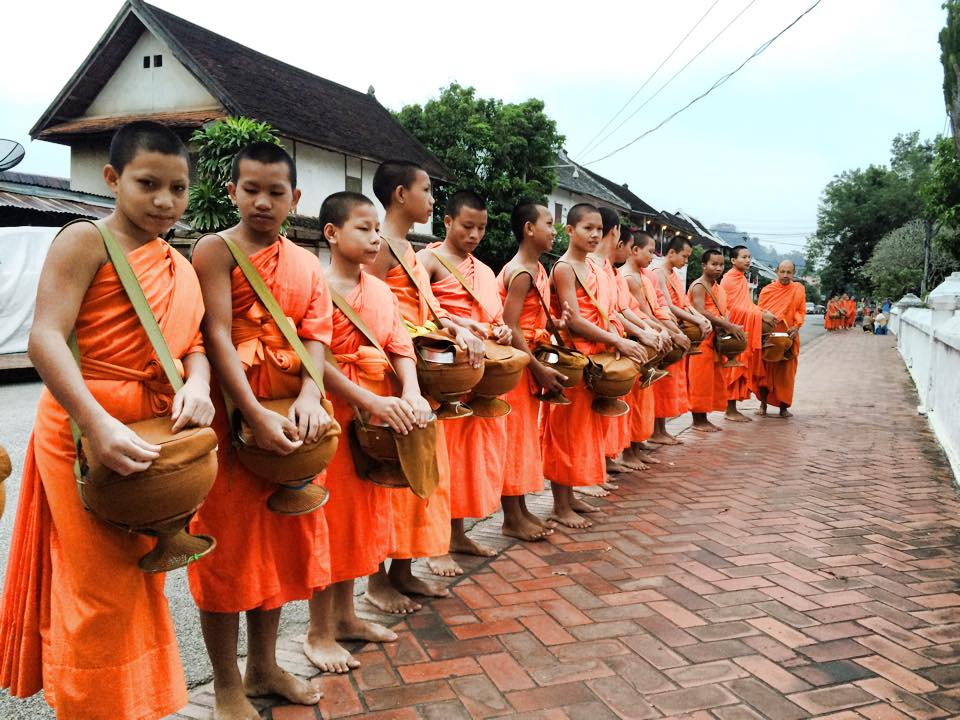
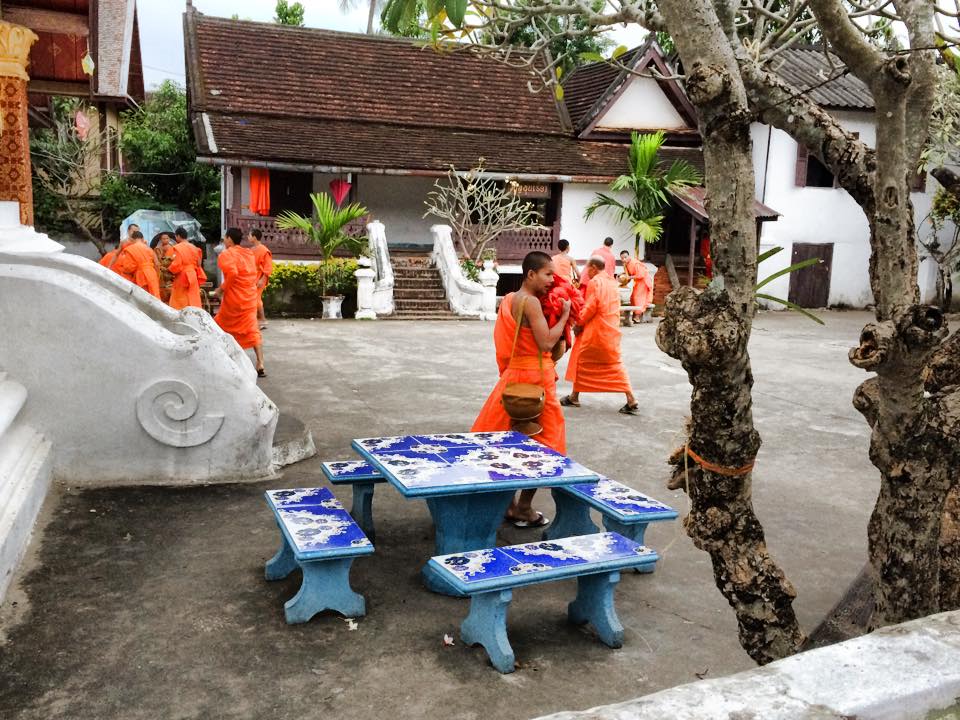 After the ceremony was over, we were invited to explore the inside of one of the temples.
After the ceremony was over, we were invited to explore the inside of one of the temples.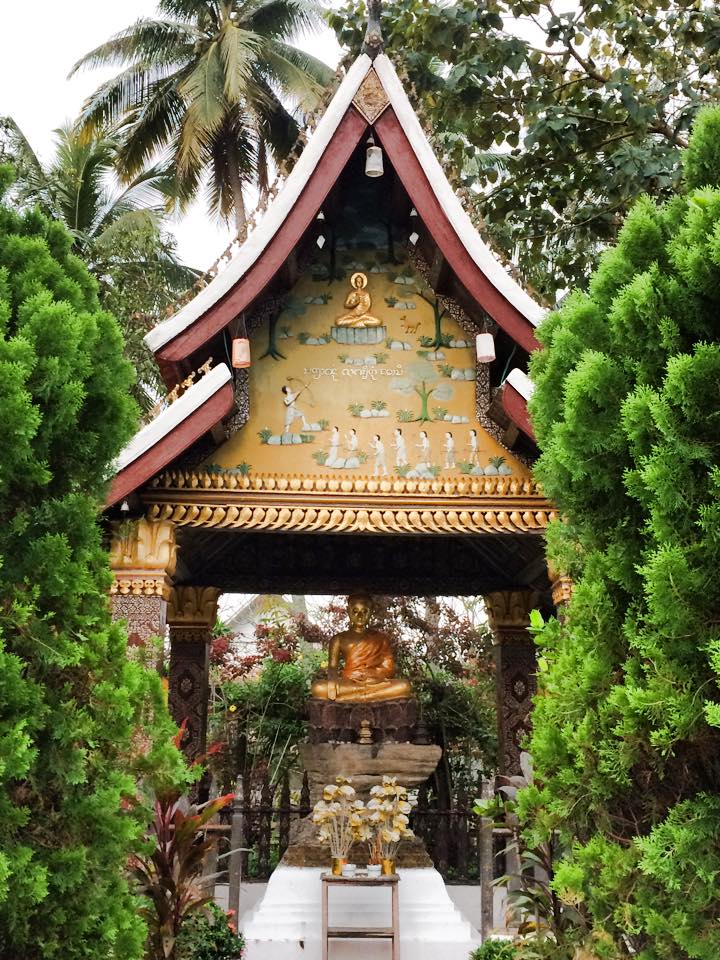
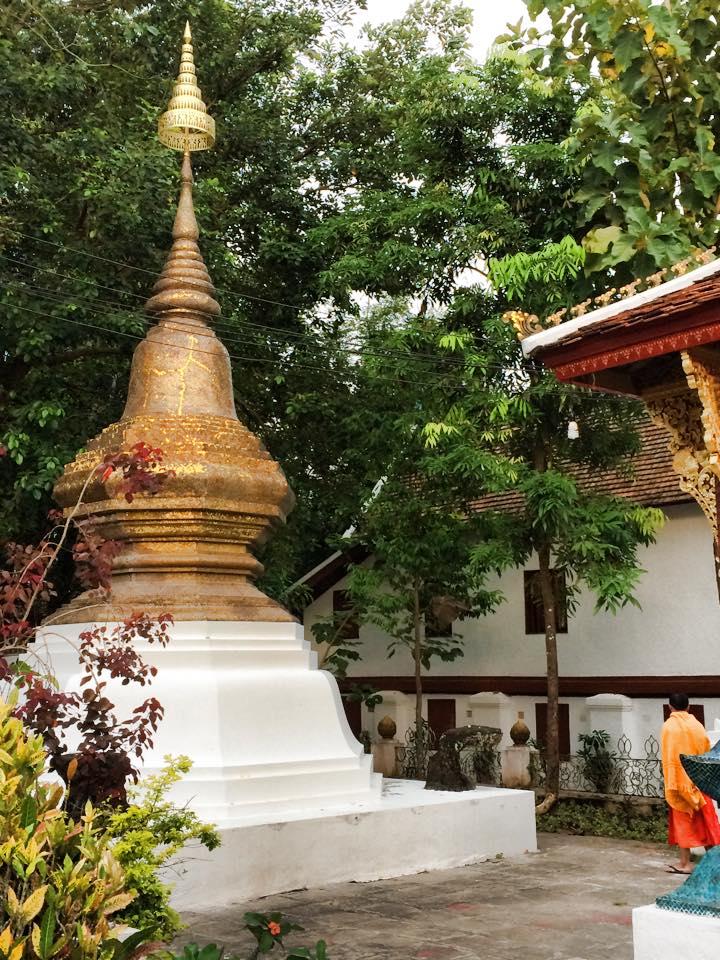 First, we left an offering of sticky rice in the tree.
First, we left an offering of sticky rice in the tree.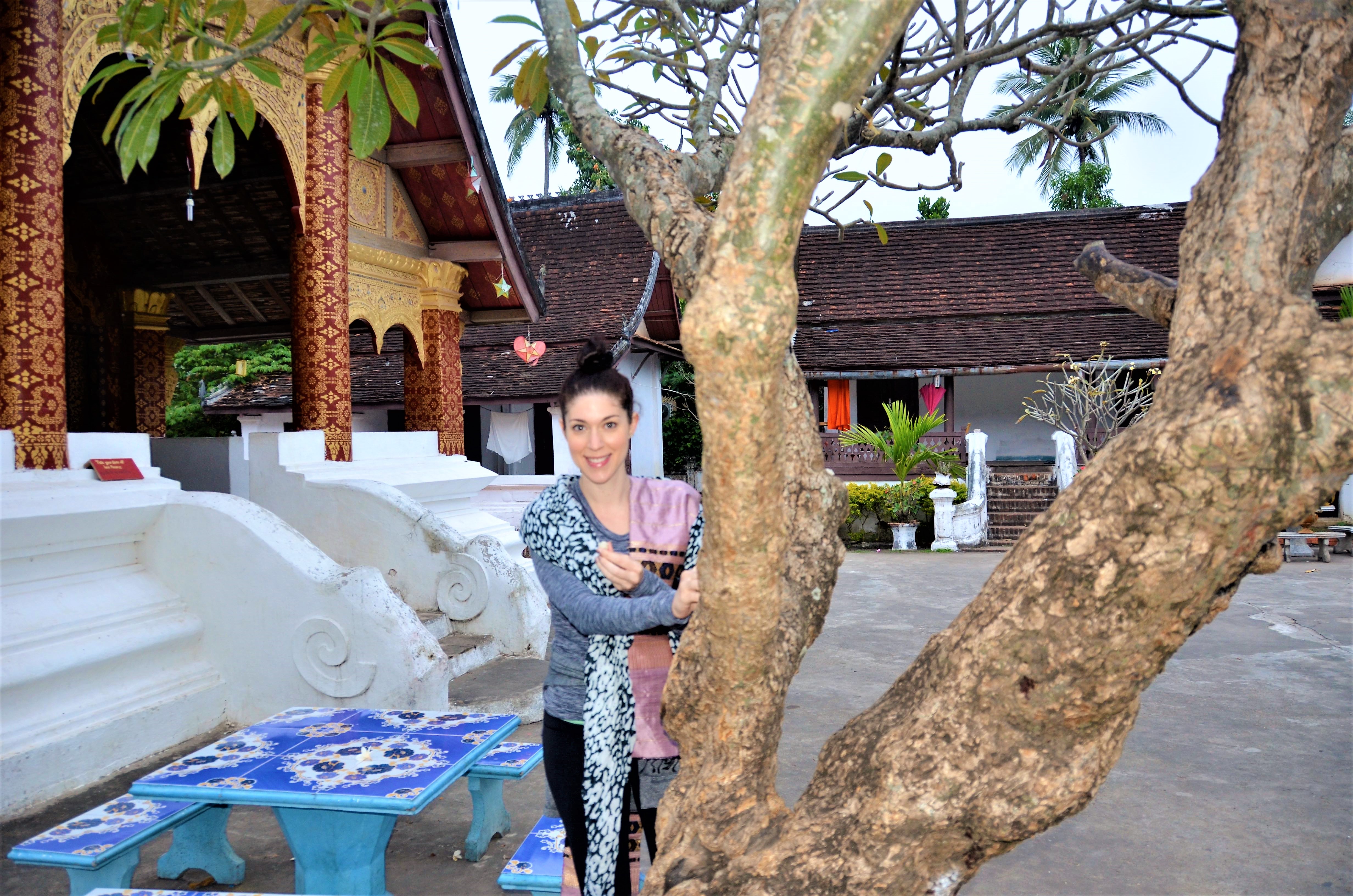 When the locals visit the temples, they typically bring an offering of marigolds, and our guide came prepared. She gave us this beautiful cone of marigolds that we offered to the temple.
When the locals visit the temples, they typically bring an offering of marigolds, and our guide came prepared. She gave us this beautiful cone of marigolds that we offered to the temple.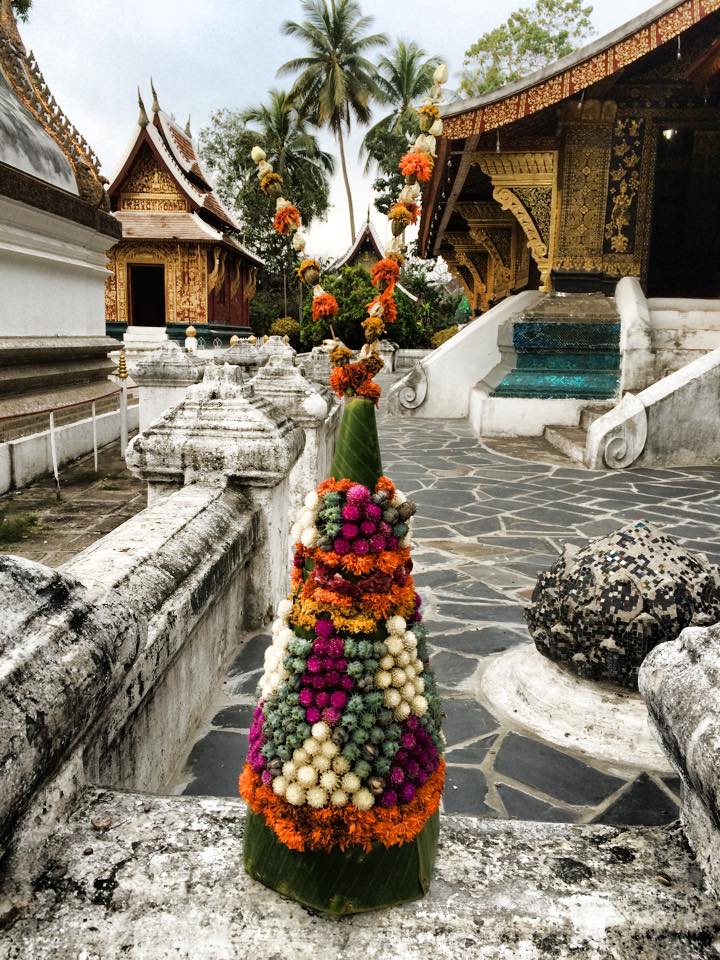
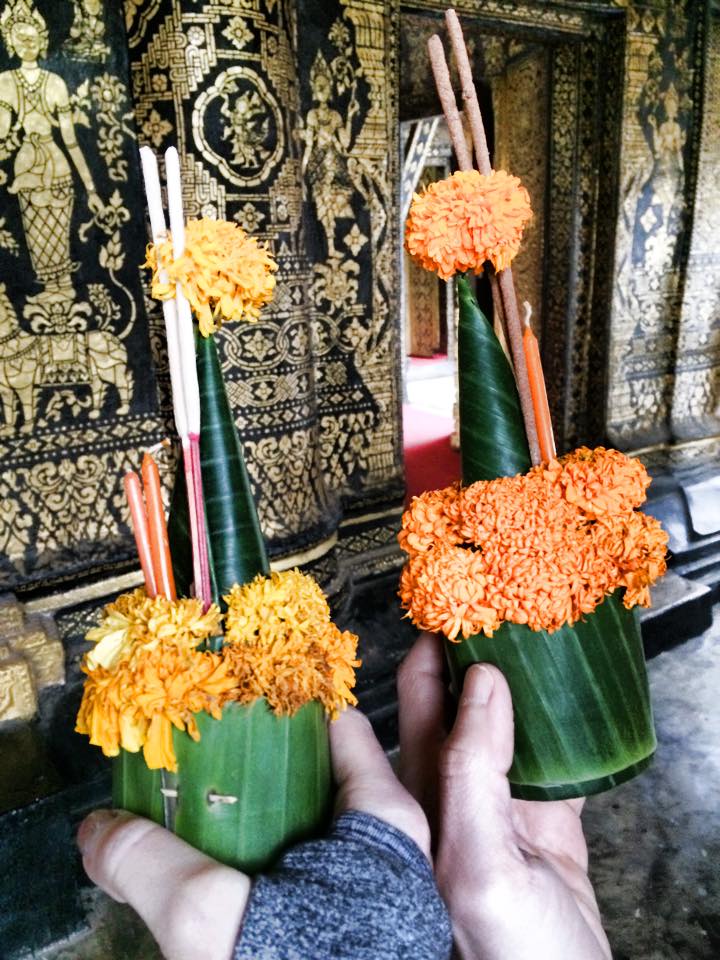
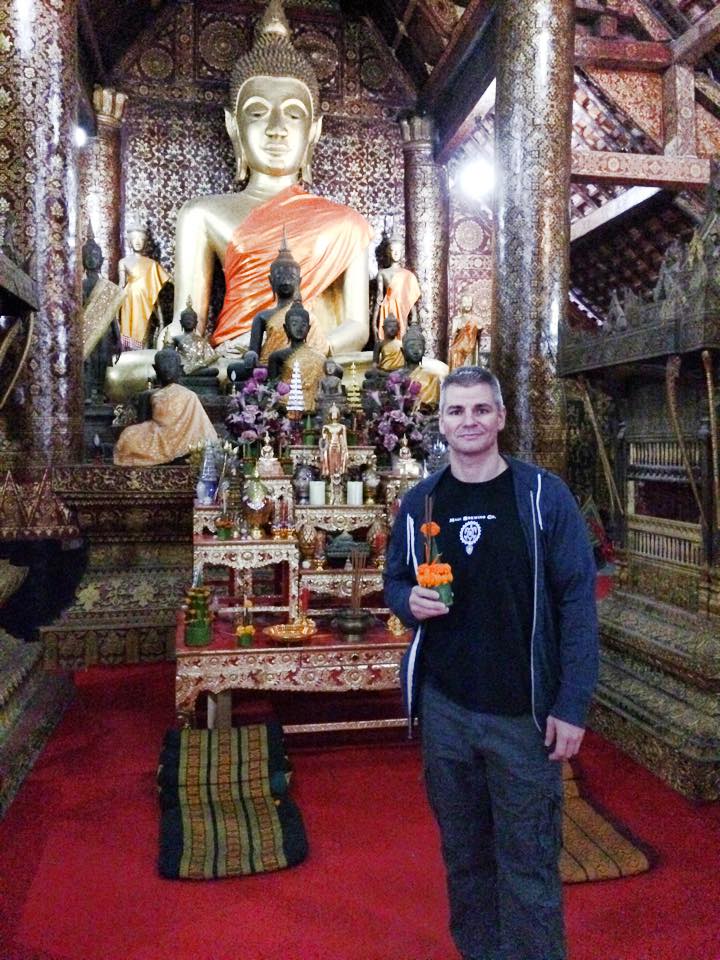
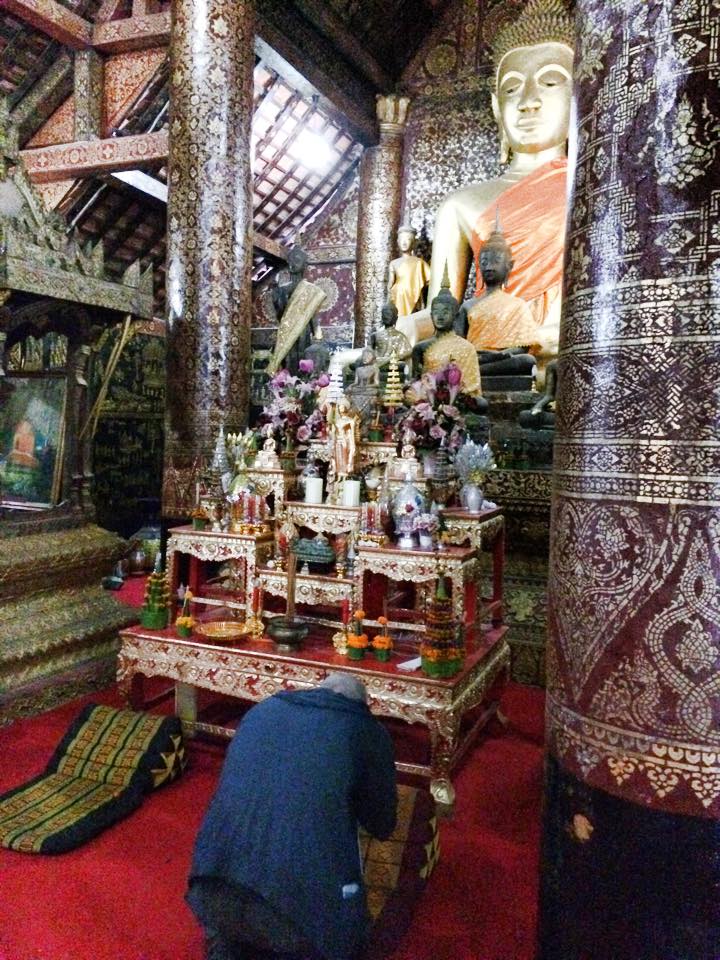
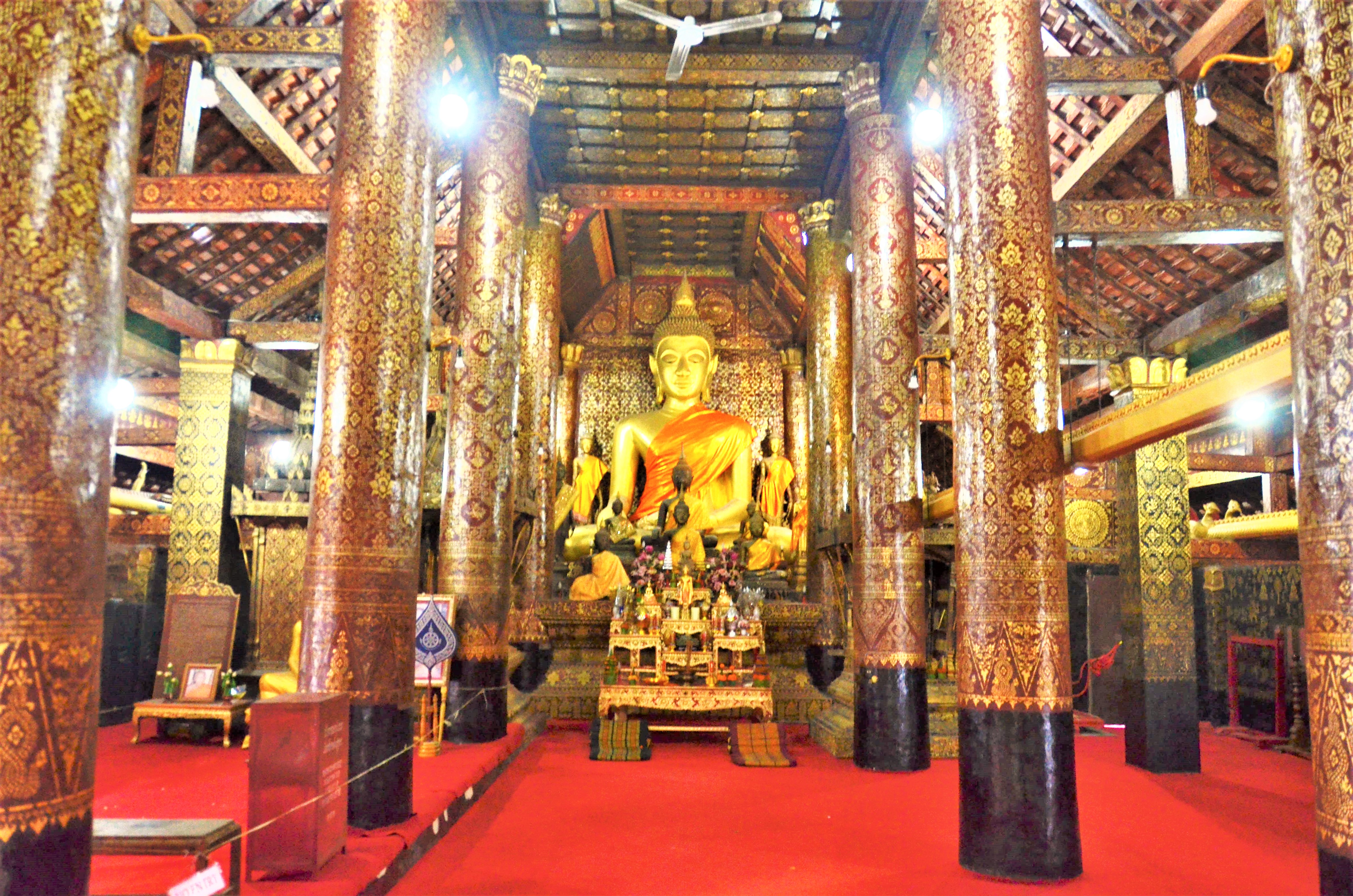 Our next order of business was to go to the morning market and buy all the ingredients we would need in order to cook a traditional meal at our guide’s home which we would share with her family. She gave us our lists and our money, and we were on our way.
Our next order of business was to go to the morning market and buy all the ingredients we would need in order to cook a traditional meal at our guide’s home which we would share with her family. She gave us our lists and our money, and we were on our way.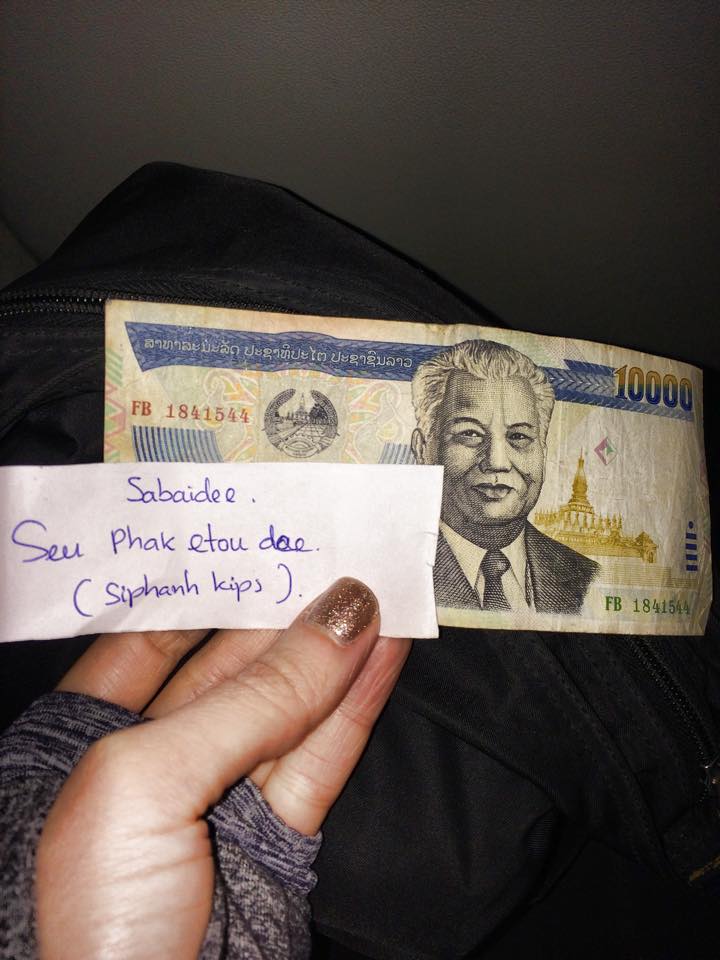 The morning markets are fascinating. They are a great way to get a glimpse of everyday life and interact with the locals.
The morning markets are fascinating. They are a great way to get a glimpse of everyday life and interact with the locals. 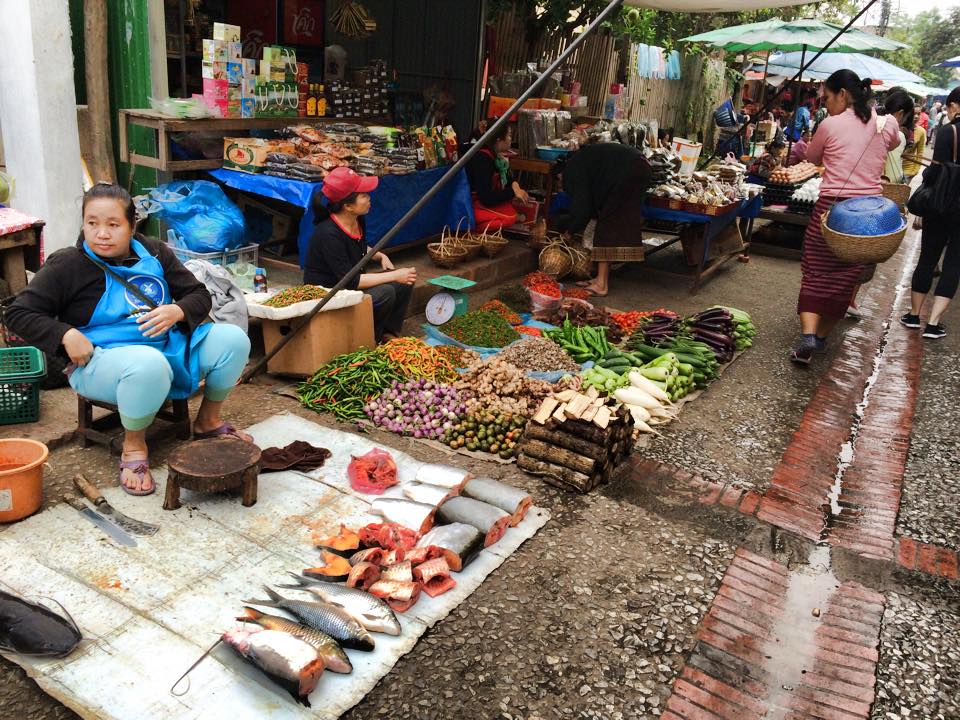
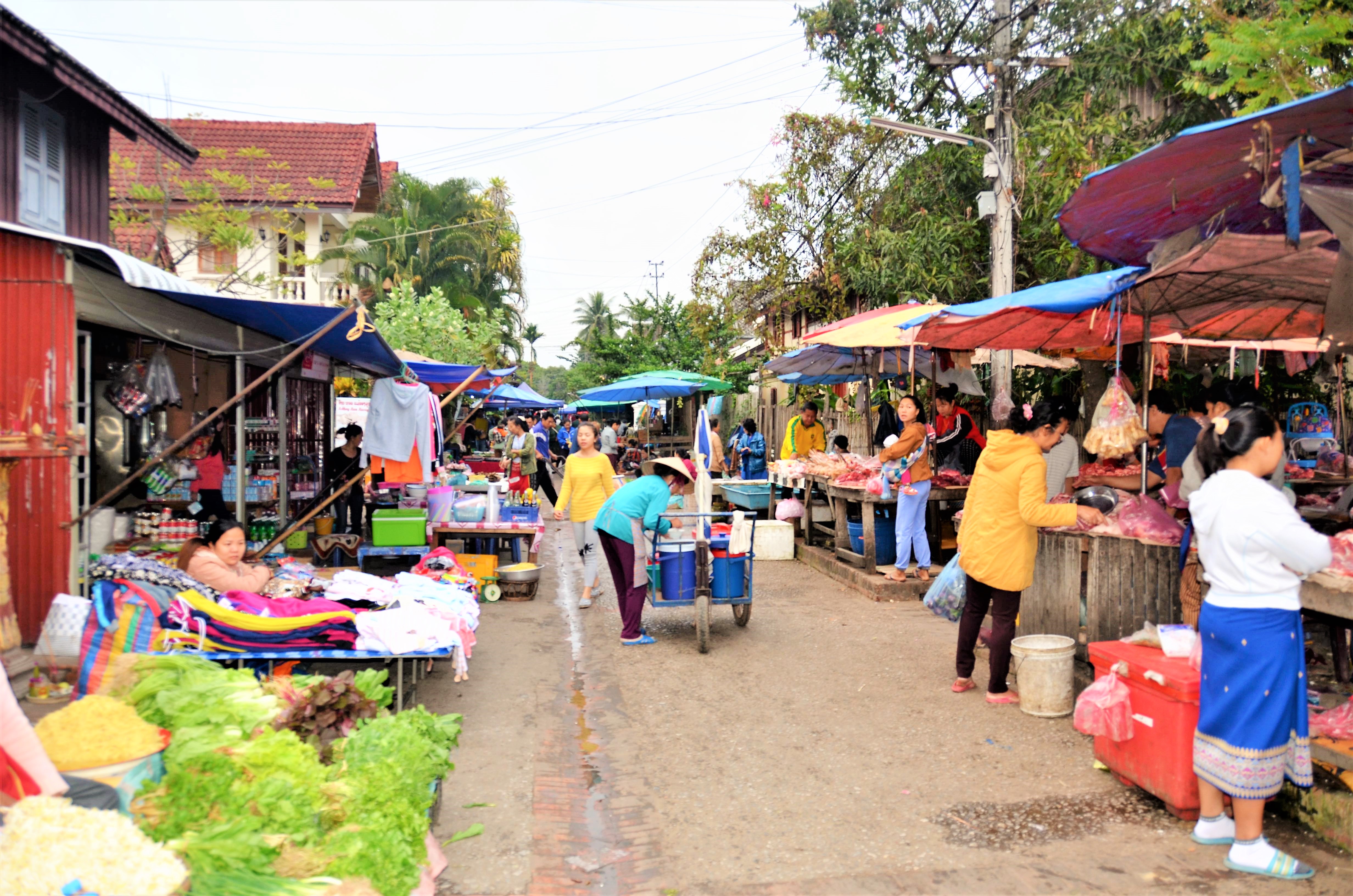 There is an array of fresh vegetables, fruits, and fish on display.
There is an array of fresh vegetables, fruits, and fish on display.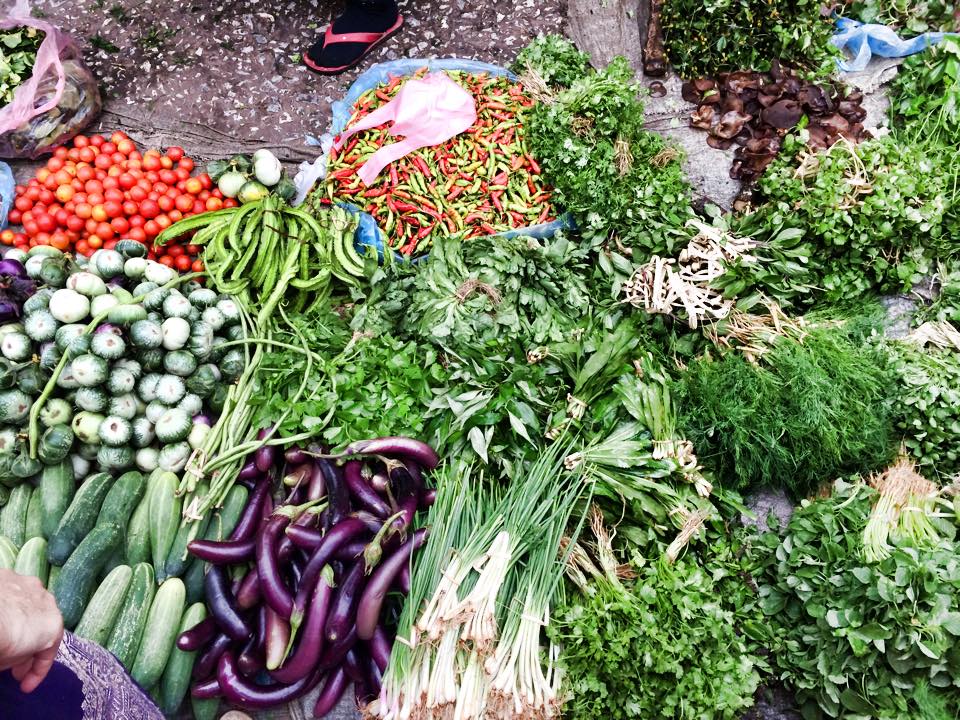
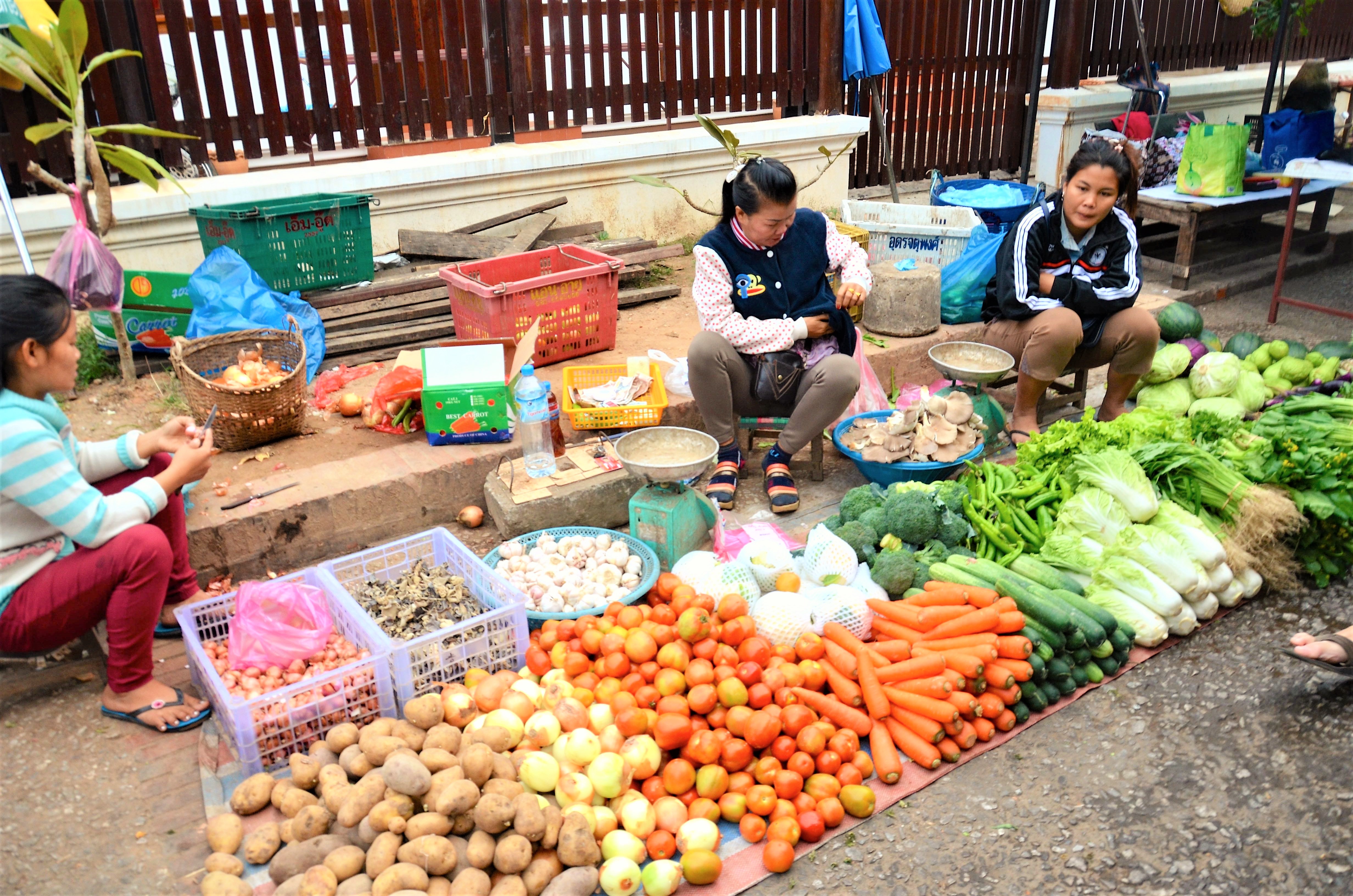
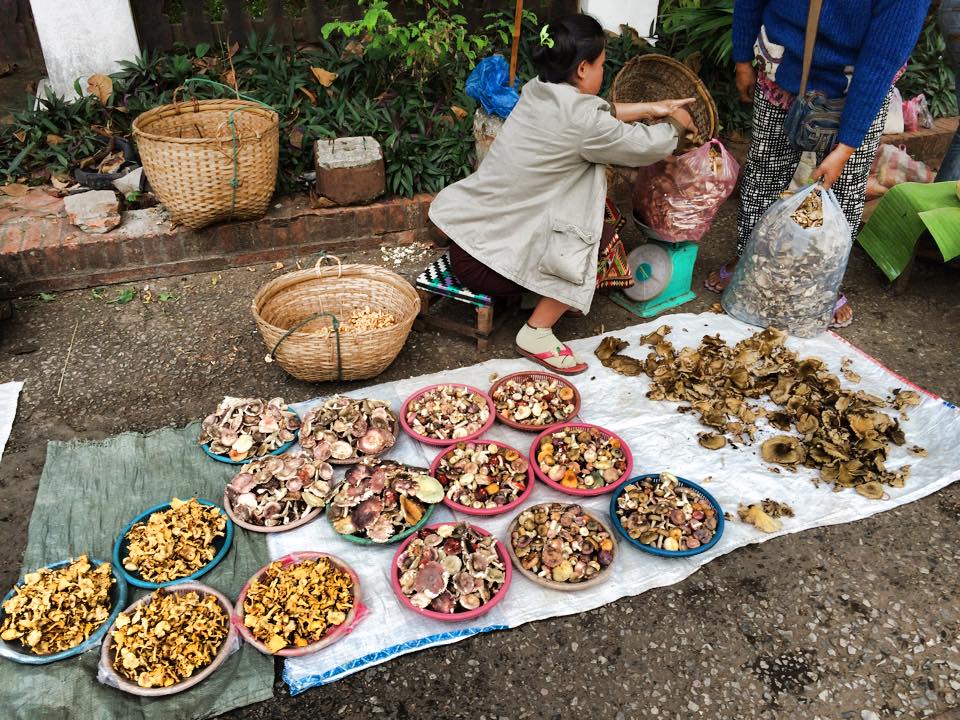
 And then there are these:
And then there are these: 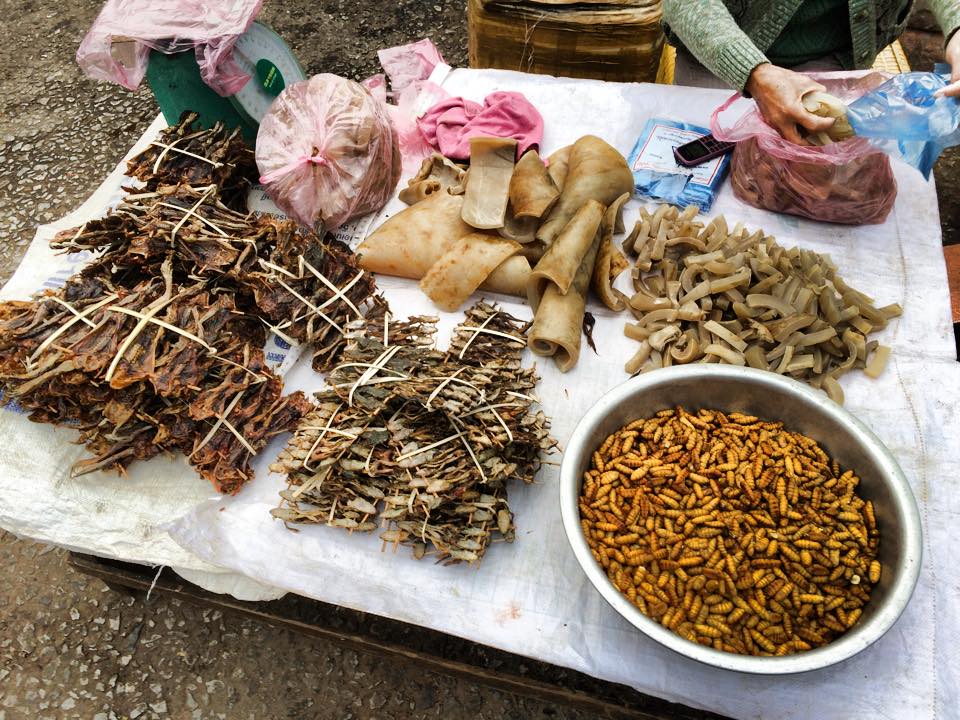
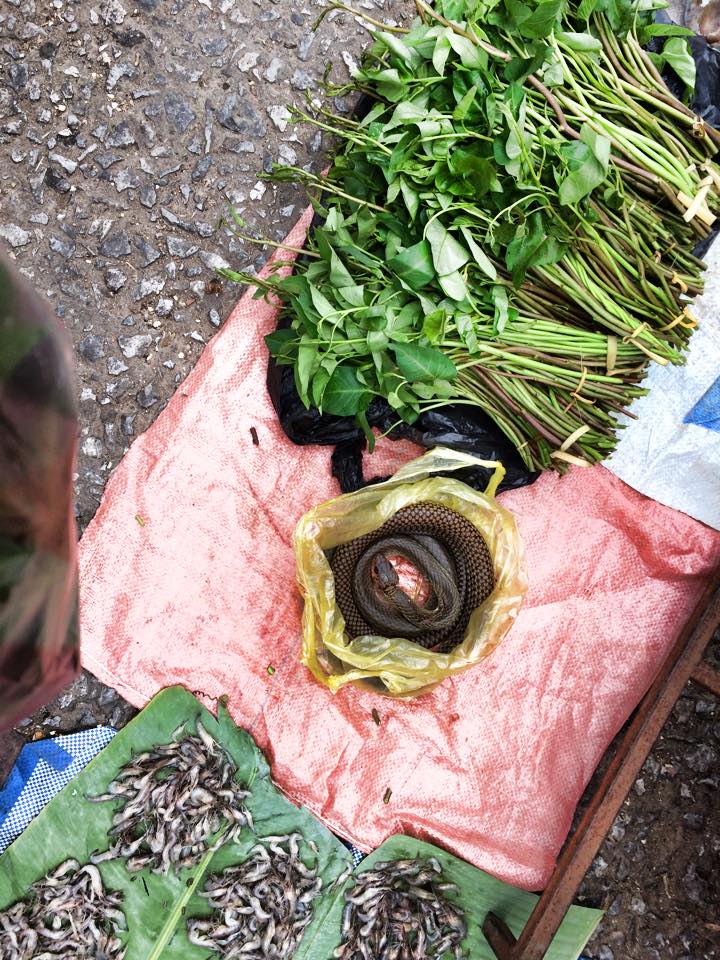 Insects and snakes?? My adventurous spirit only goes so far… No thanks!
Insects and snakes?? My adventurous spirit only goes so far… No thanks!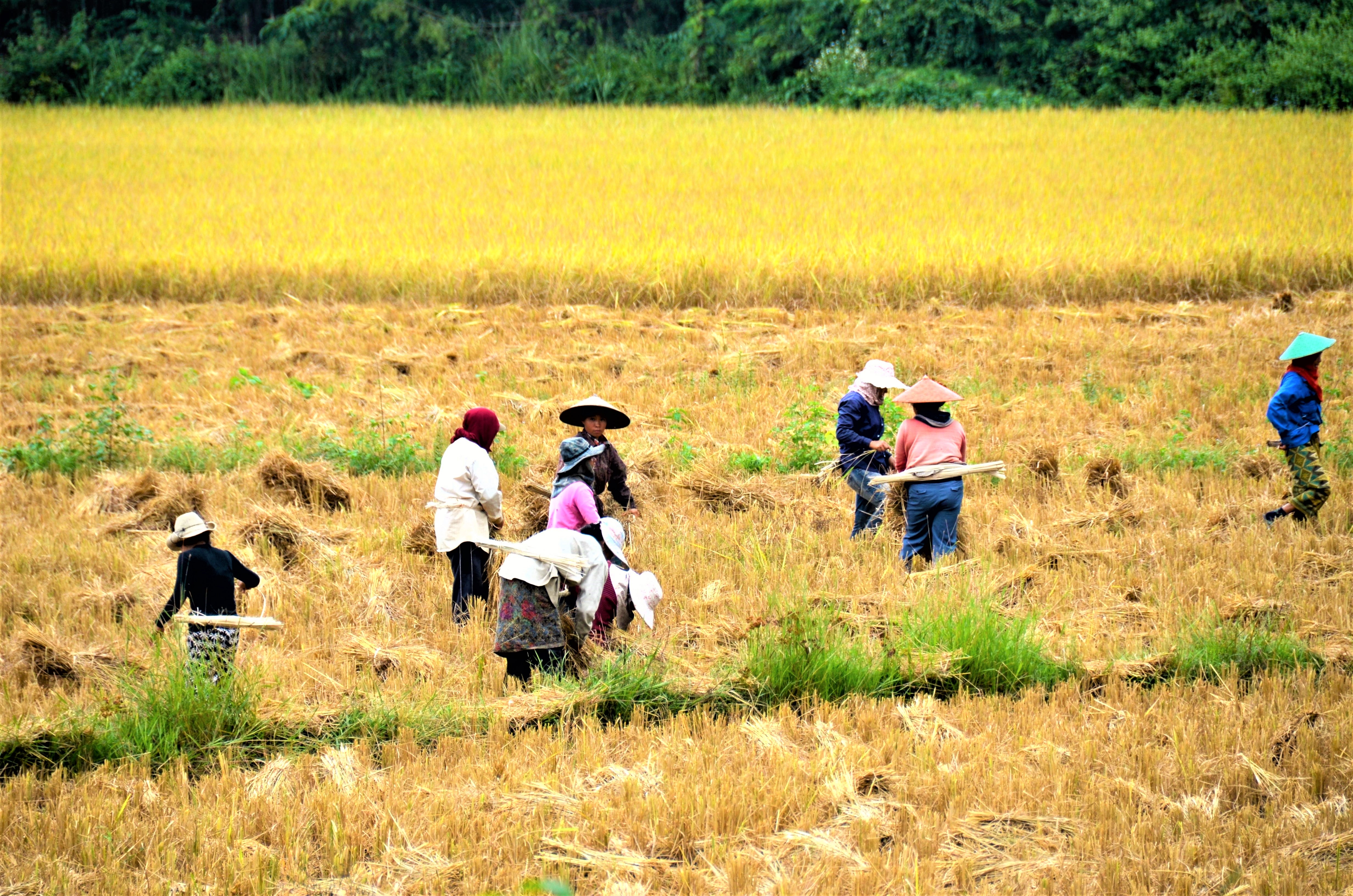 We arrived at the village with our goodies in tow!
We arrived at the village with our goodies in tow!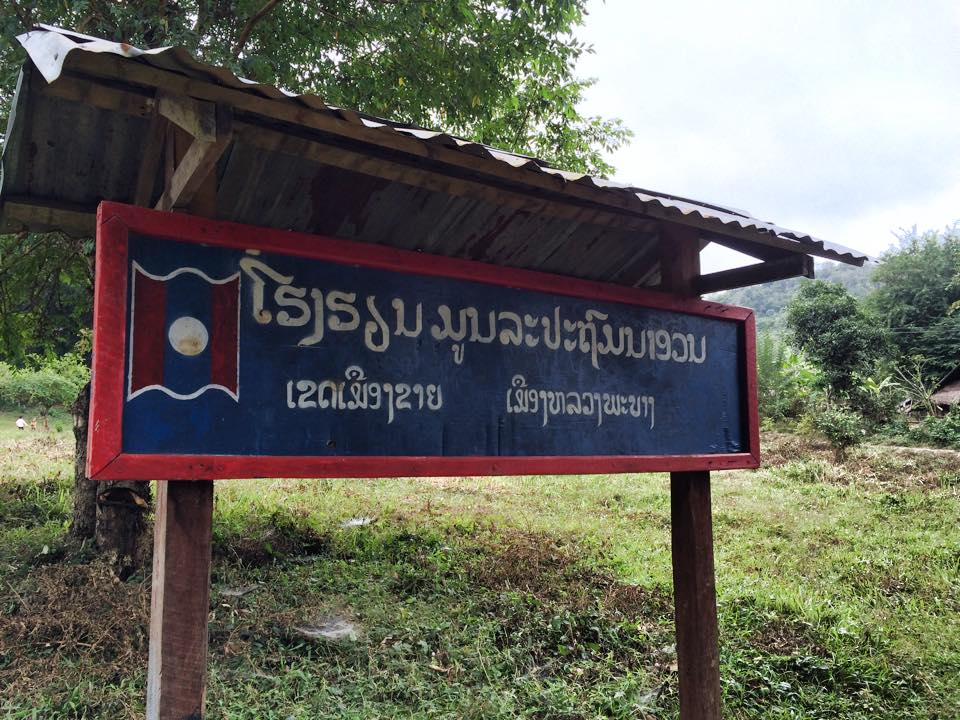
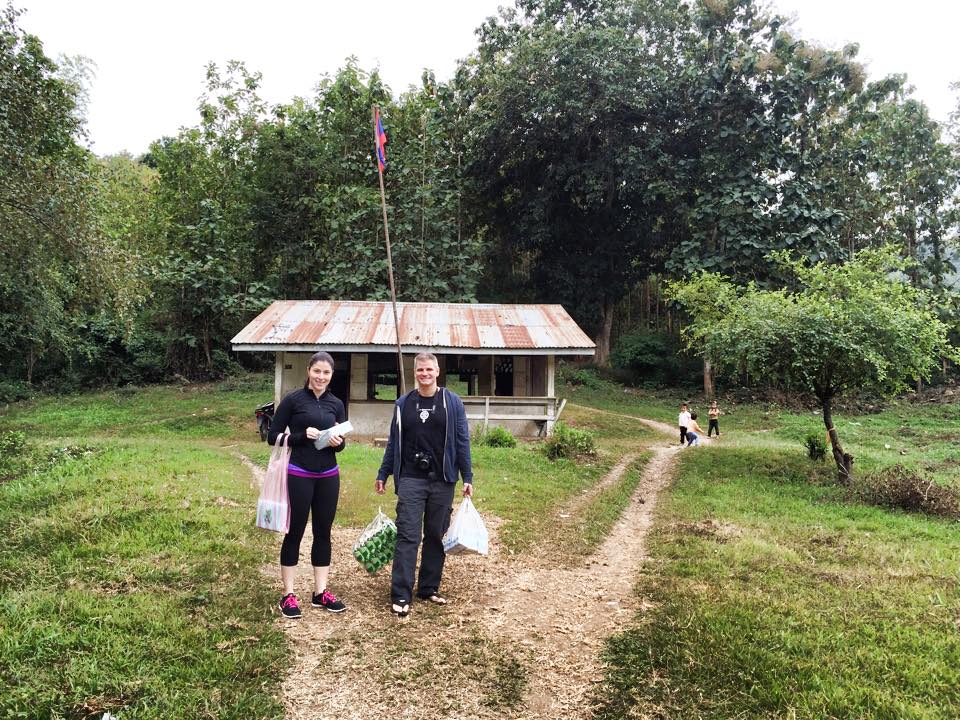 The
The 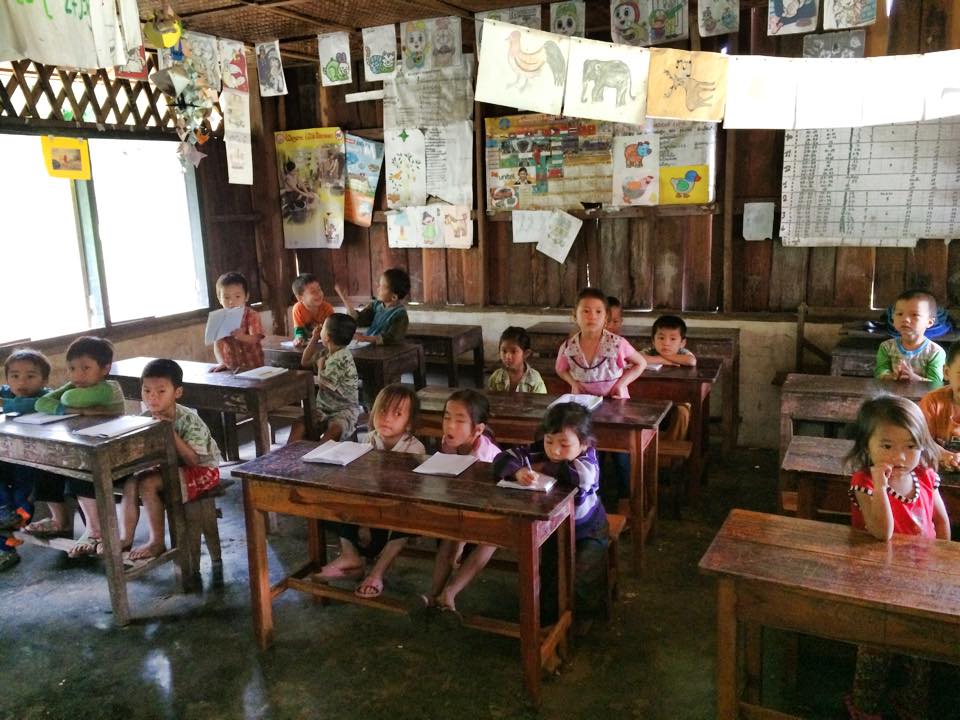 The children were so excited to receive their treats and clapped along as we sang the English ABCs. They were very curious and excited to see Western tourists in their village.
The children were so excited to receive their treats and clapped along as we sang the English ABCs. They were very curious and excited to see Western tourists in their village. 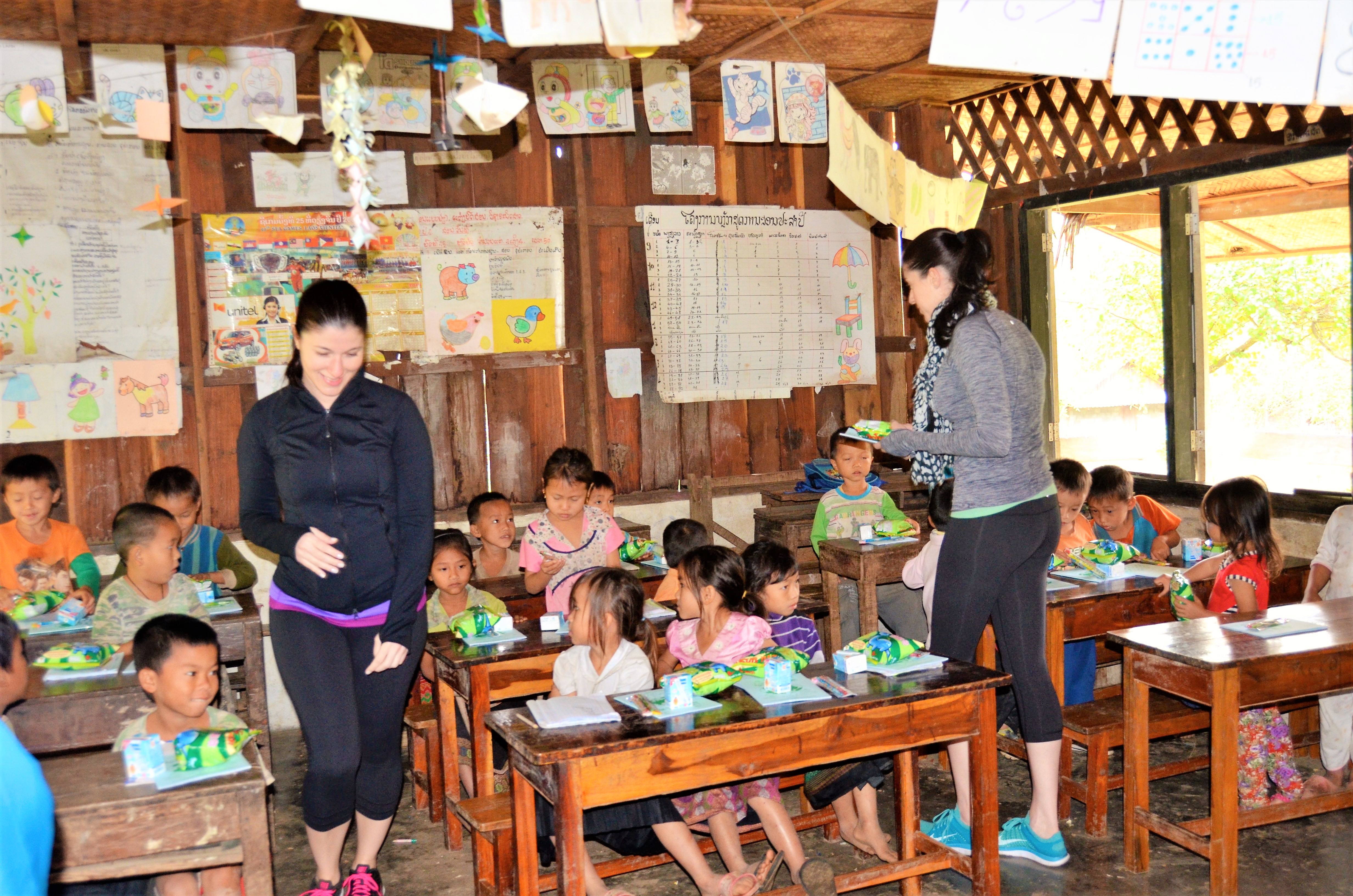 We happened to visit when
We happened to visit when  On the way back from the village, we stopped at the famed
On the way back from the village, we stopped at the famed 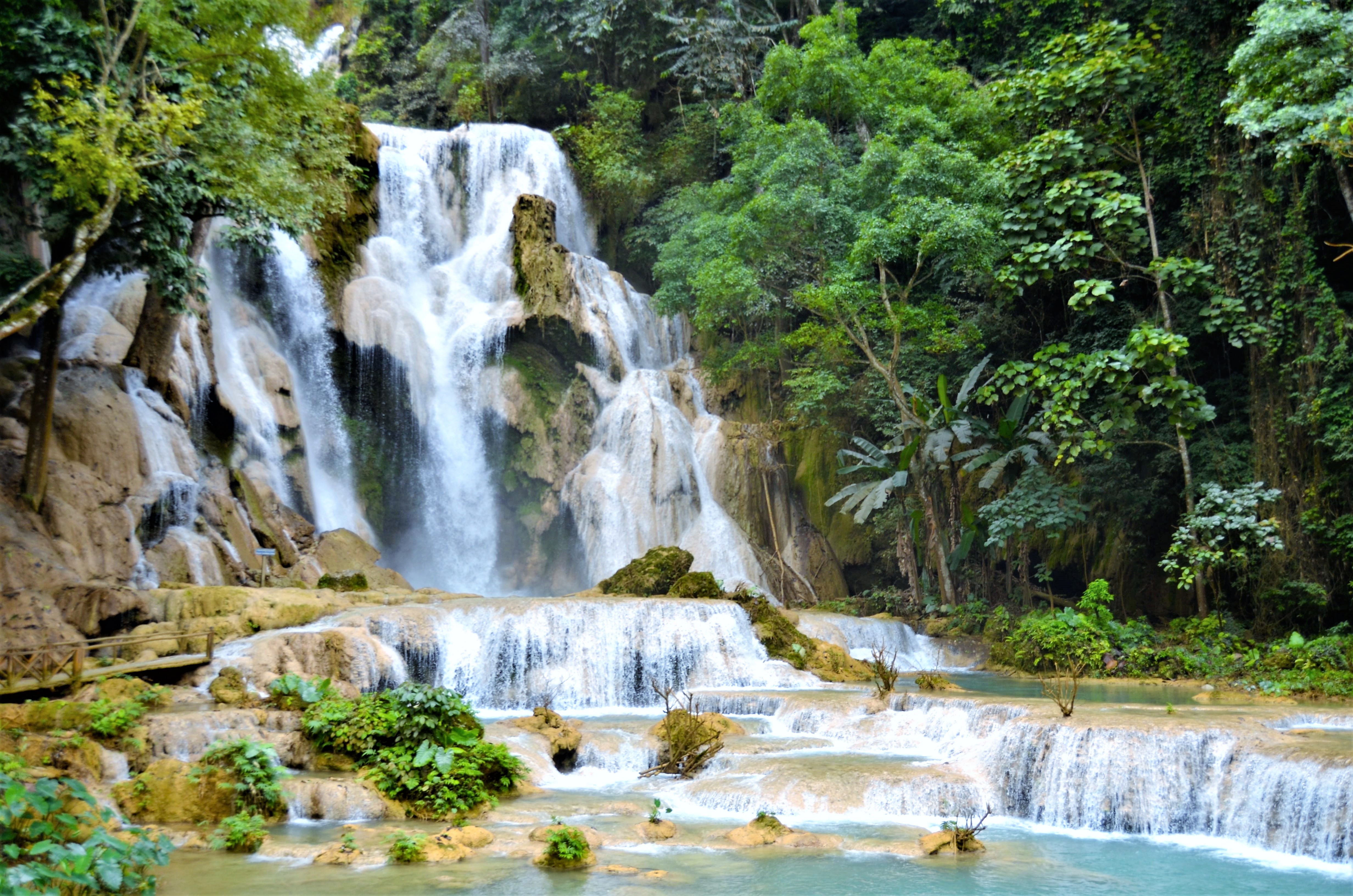
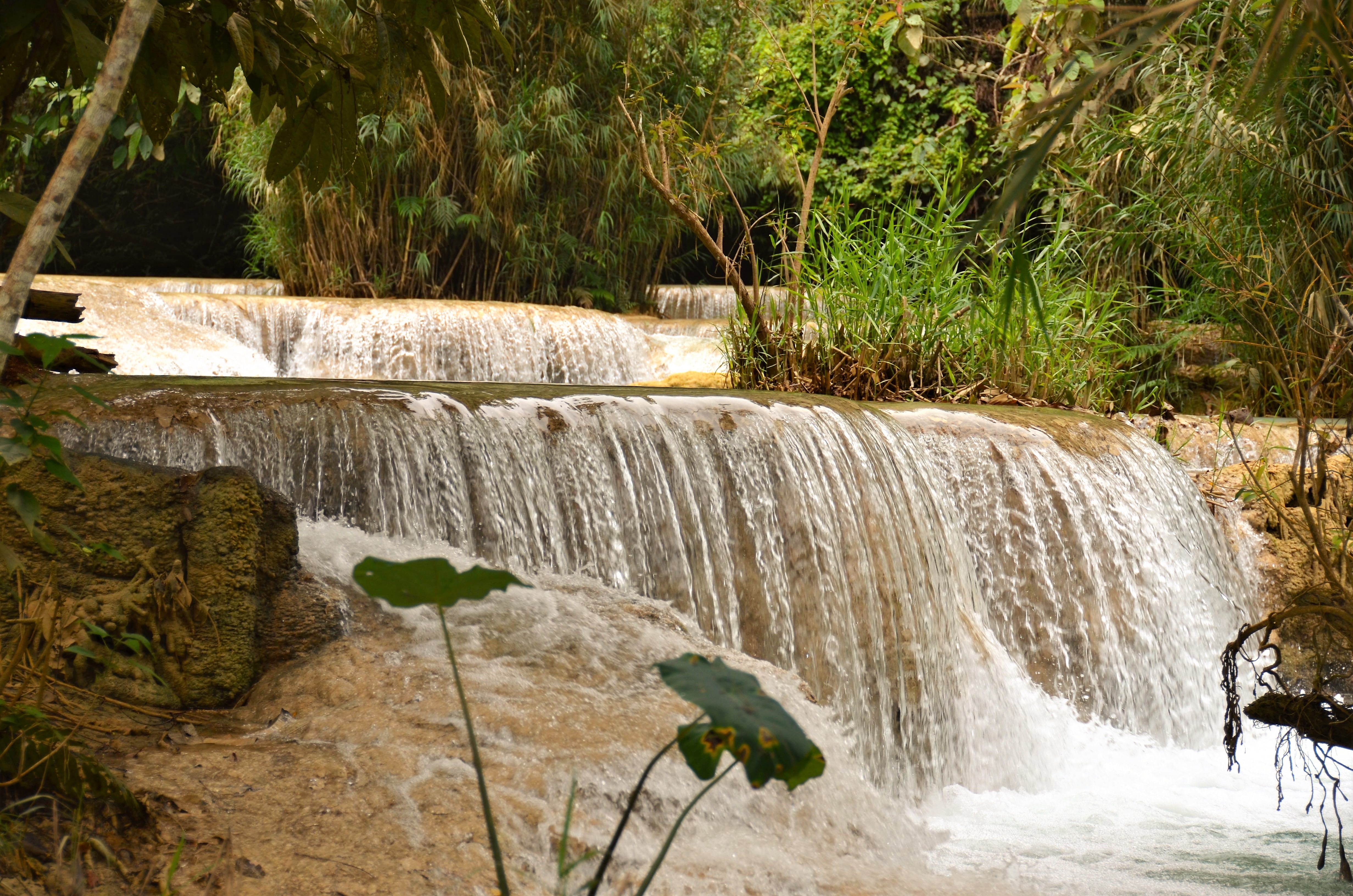
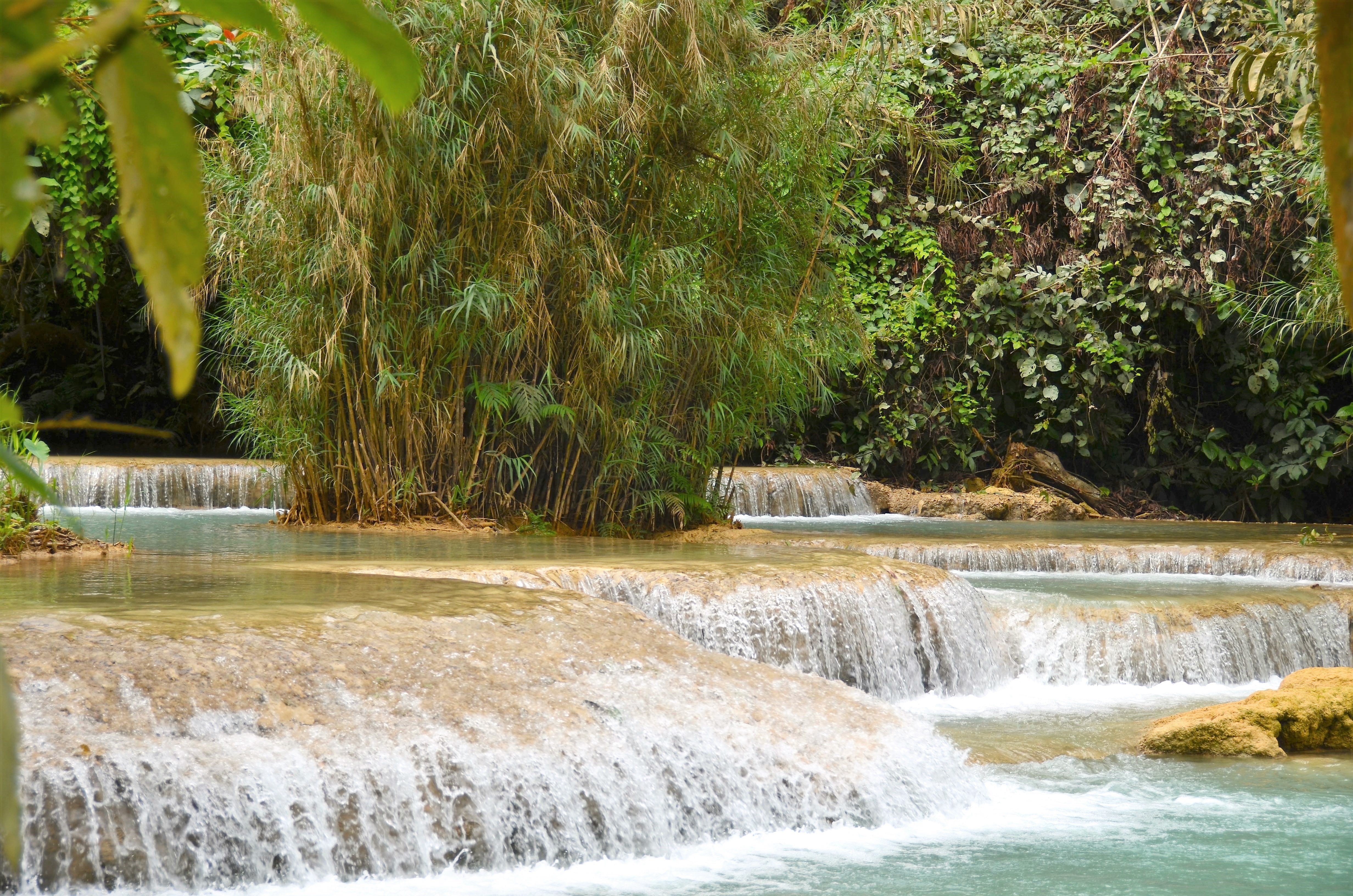
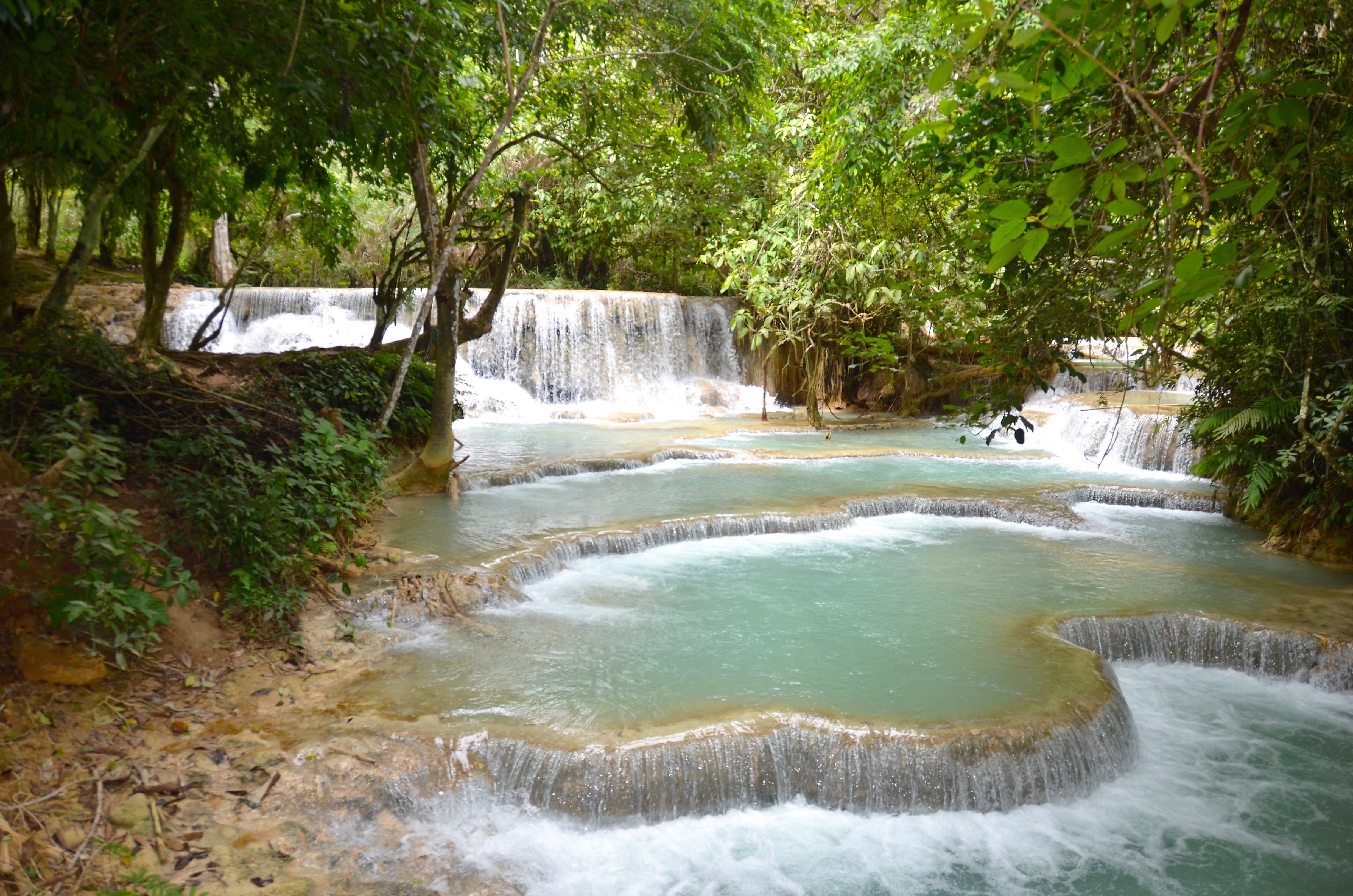
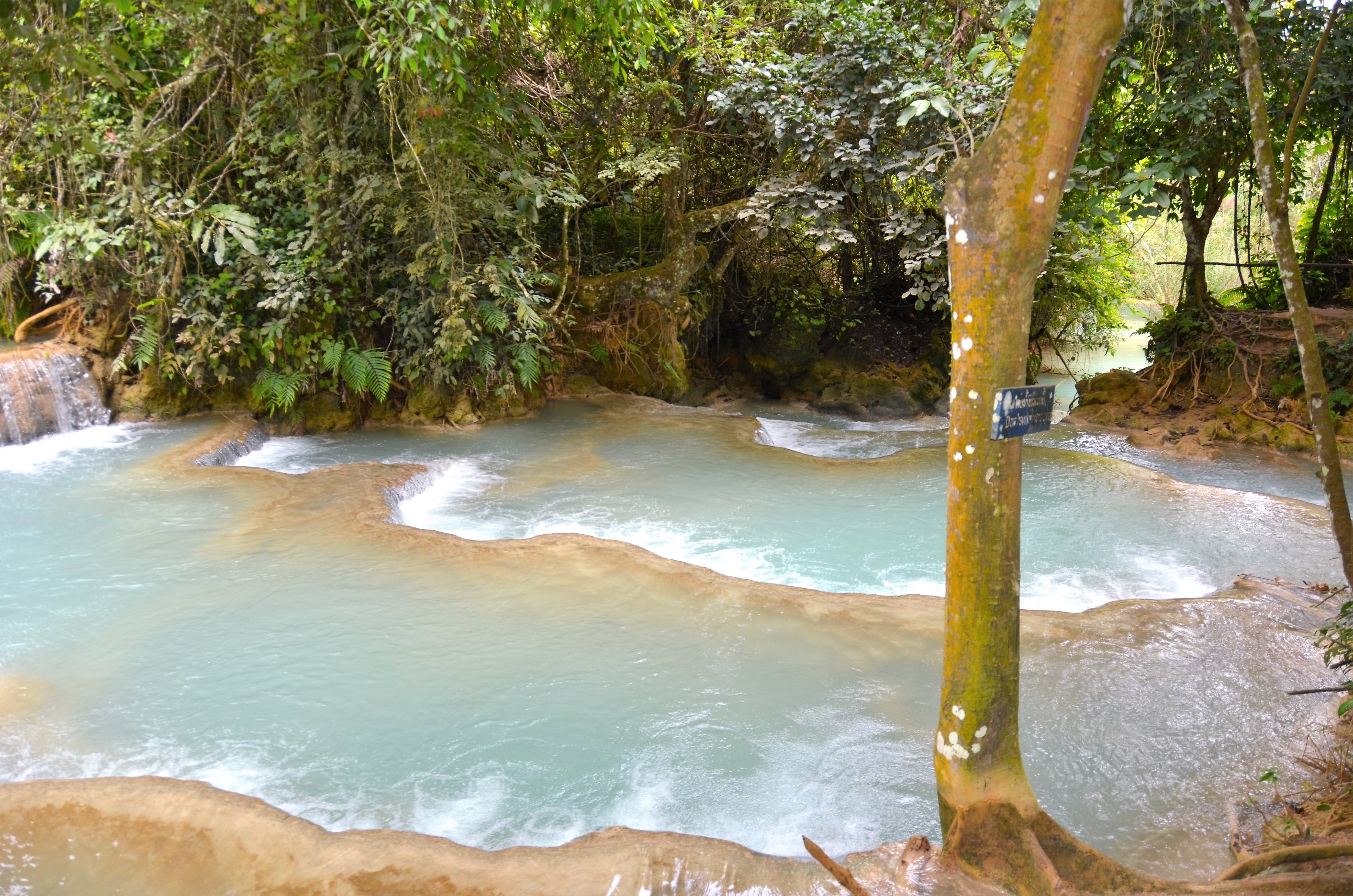
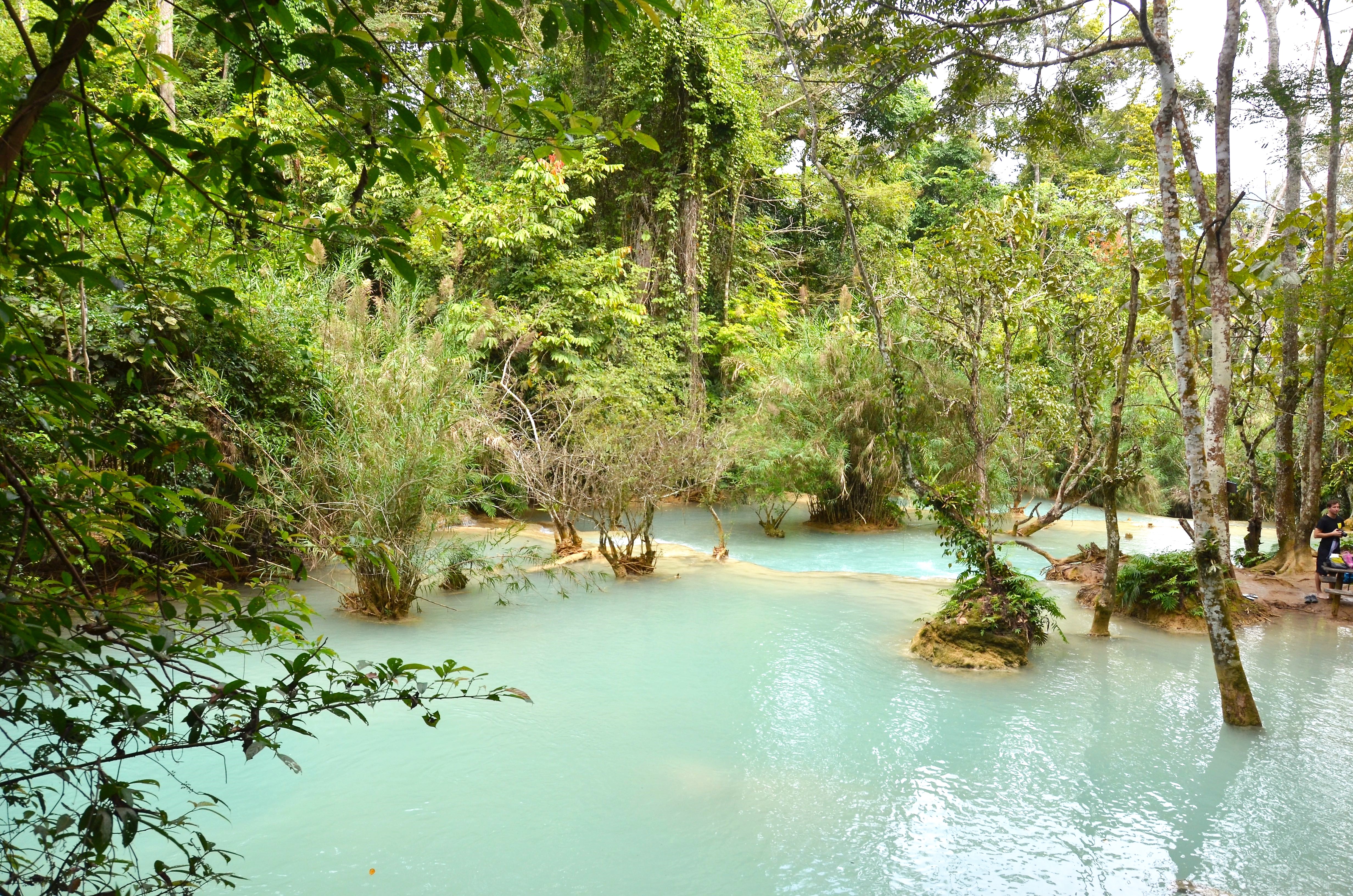
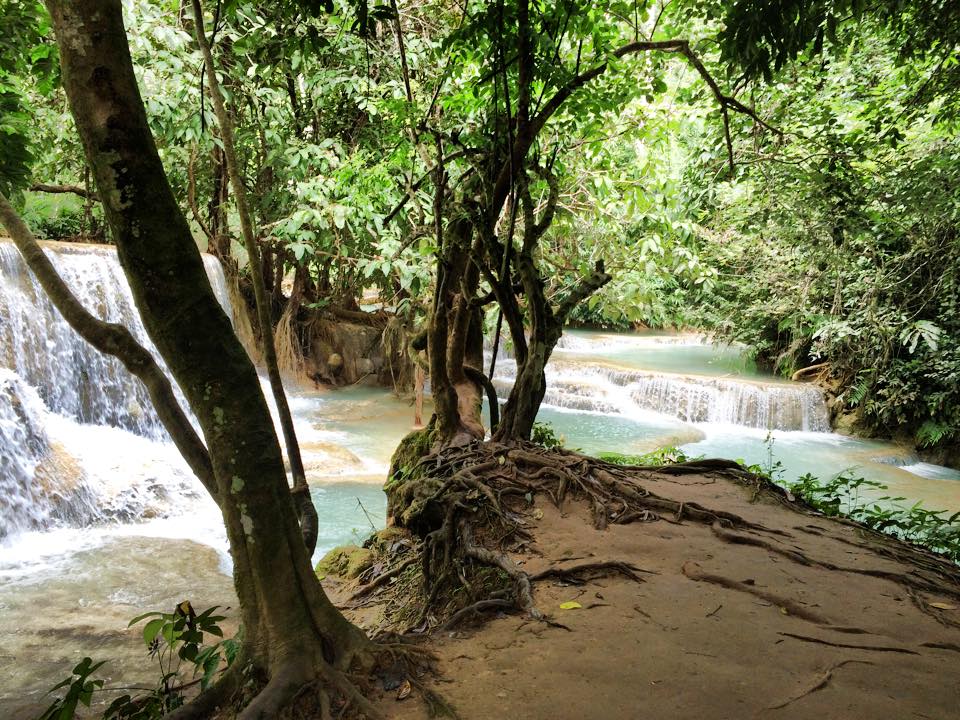 The cost to get into the park is about $2.50 per person. There are a series of trails and bridges that you can use to walk among the falls. You can even swim in them, although when we were there in late November, the water was cold; but that didn’t stop this spectacle. Allow me to introduce you to the Amazing Asian Man, with whom I fell in love. Not only was he wearing a magnificently small Speedo, but he would climb up to a tree or rock, strike a pose, and demand that his friends photograph him before he jumped into the water. I was mesmerized by this creature, and he has inspired in me a book idea!
The cost to get into the park is about $2.50 per person. There are a series of trails and bridges that you can use to walk among the falls. You can even swim in them, although when we were there in late November, the water was cold; but that didn’t stop this spectacle. Allow me to introduce you to the Amazing Asian Man, with whom I fell in love. Not only was he wearing a magnificently small Speedo, but he would climb up to a tree or rock, strike a pose, and demand that his friends photograph him before he jumped into the water. I was mesmerized by this creature, and he has inspired in me a book idea!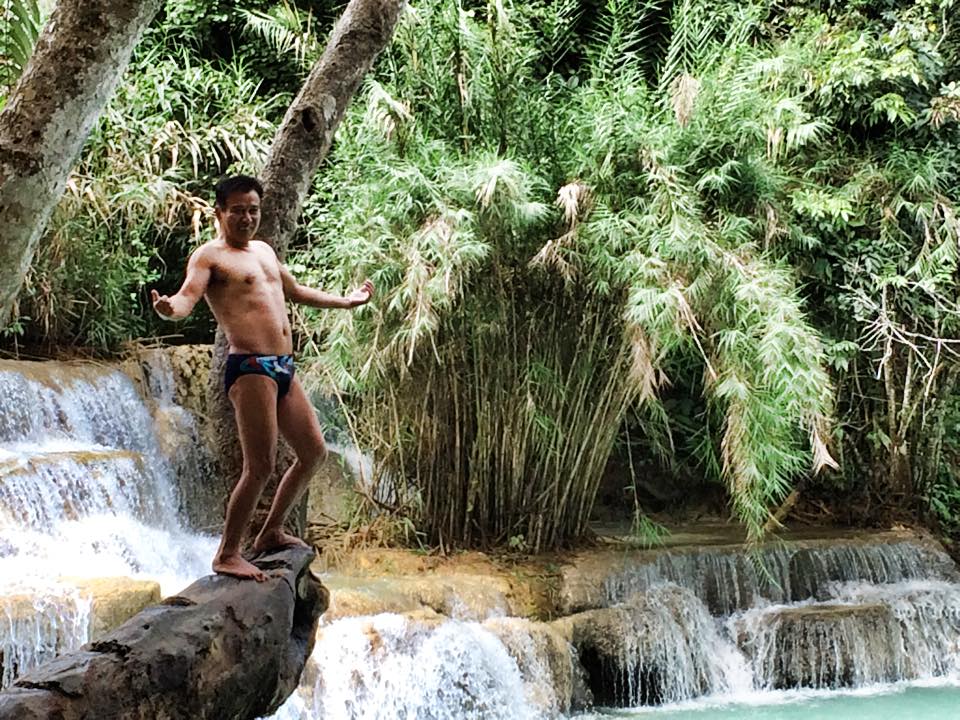
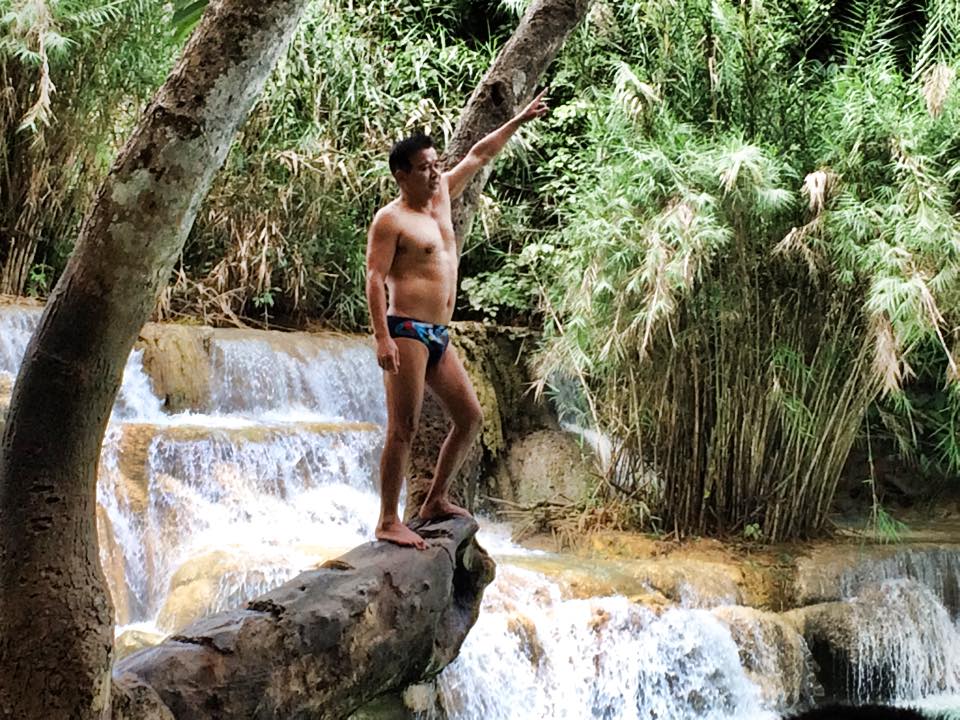
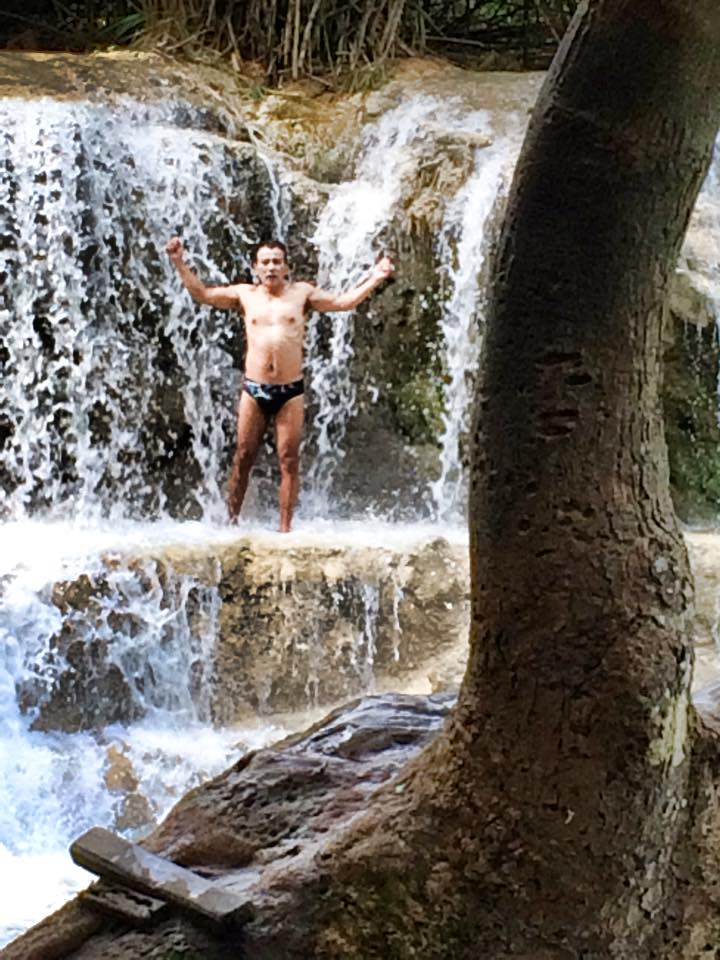 After studying this jewel for a very long time, we made our way over to the bear sanctuary on property. These black bears are an endangered species because their bile is used by the Chinese for medicinal purposes. This sanctuary rescues them and houses 23 bears. I love animals, so I just loved watching these bears roam and play.
After studying this jewel for a very long time, we made our way over to the bear sanctuary on property. These black bears are an endangered species because their bile is used by the Chinese for medicinal purposes. This sanctuary rescues them and houses 23 bears. I love animals, so I just loved watching these bears roam and play.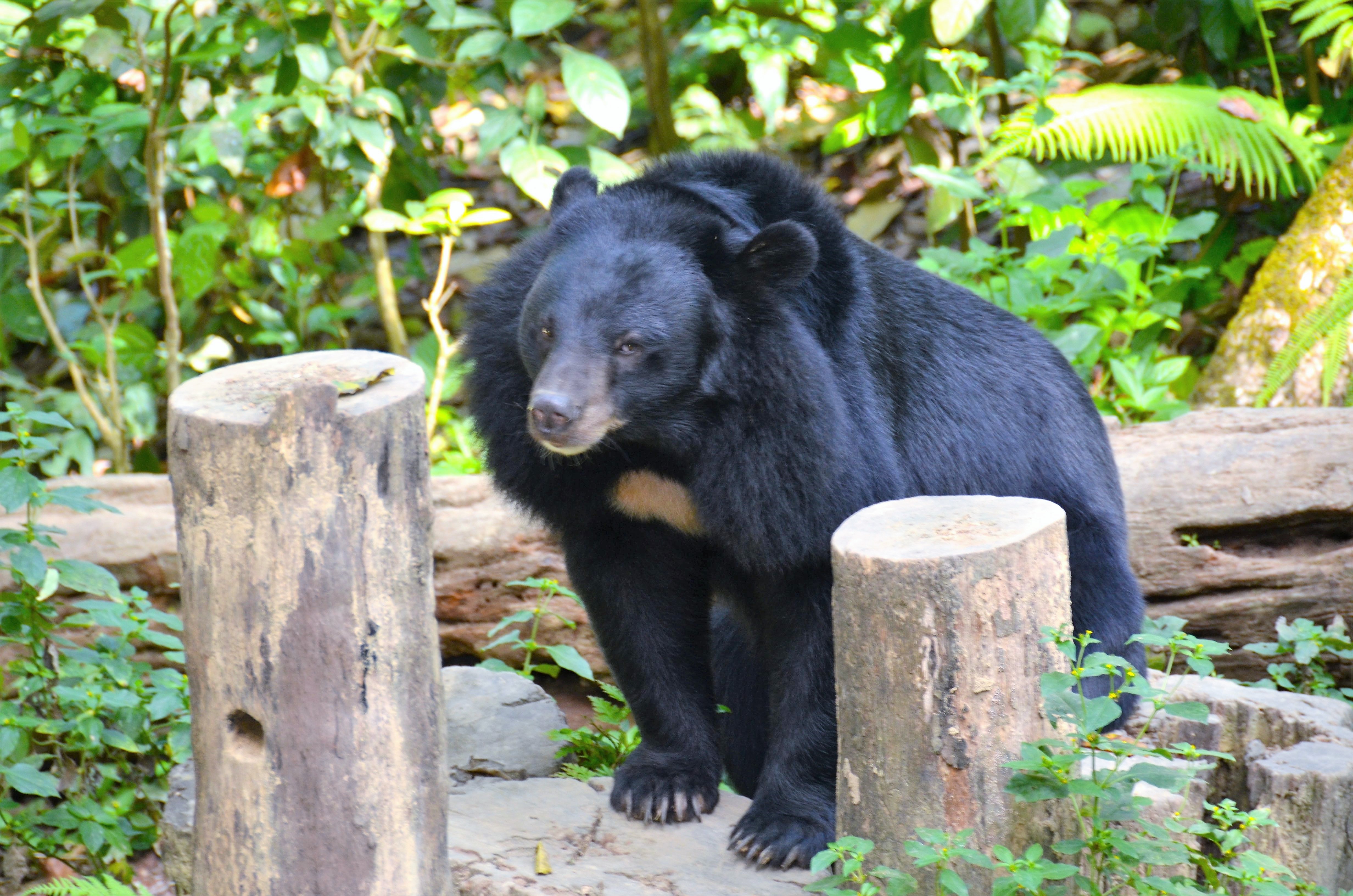 Our next stop was to
Our next stop was to 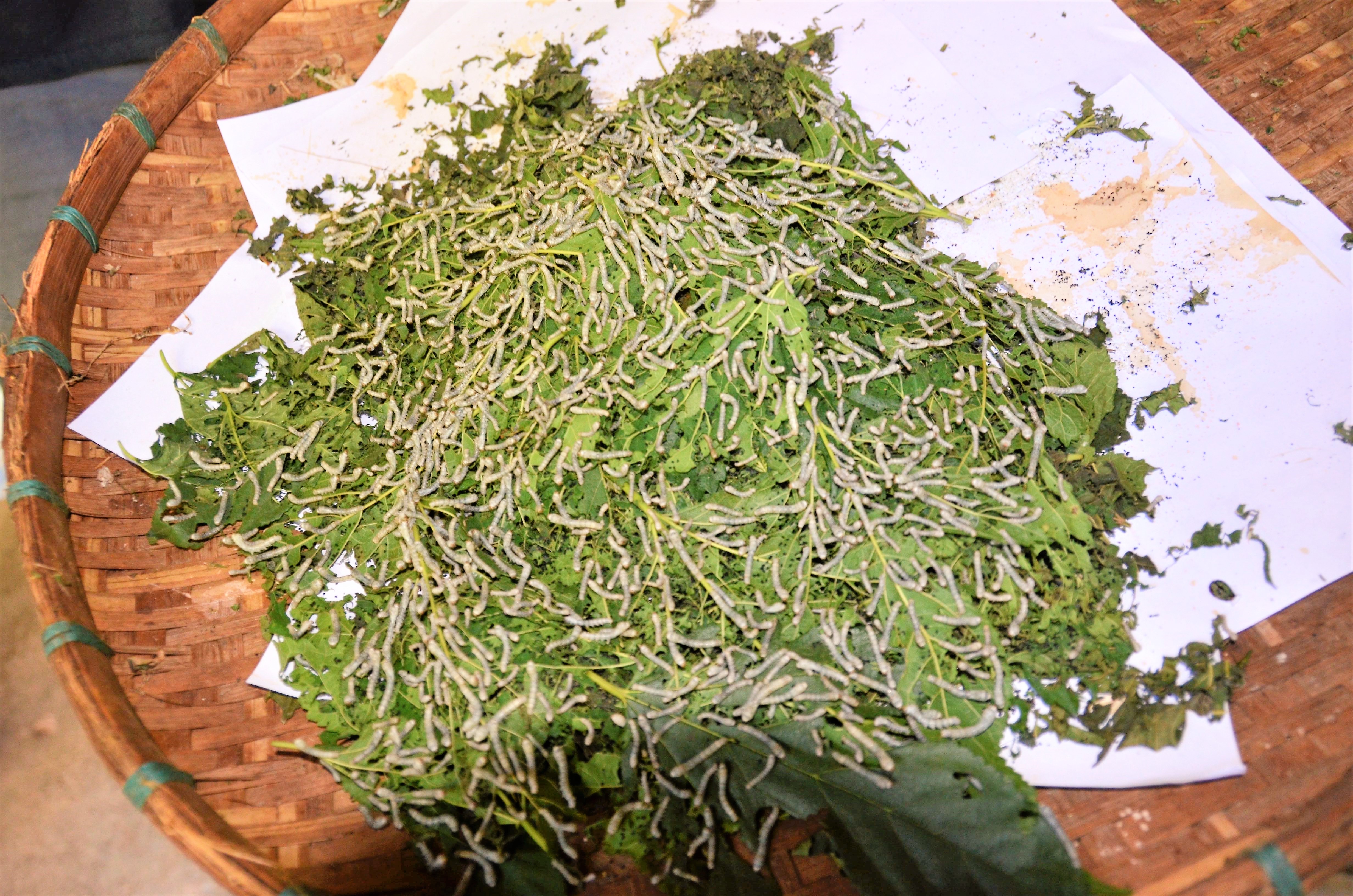
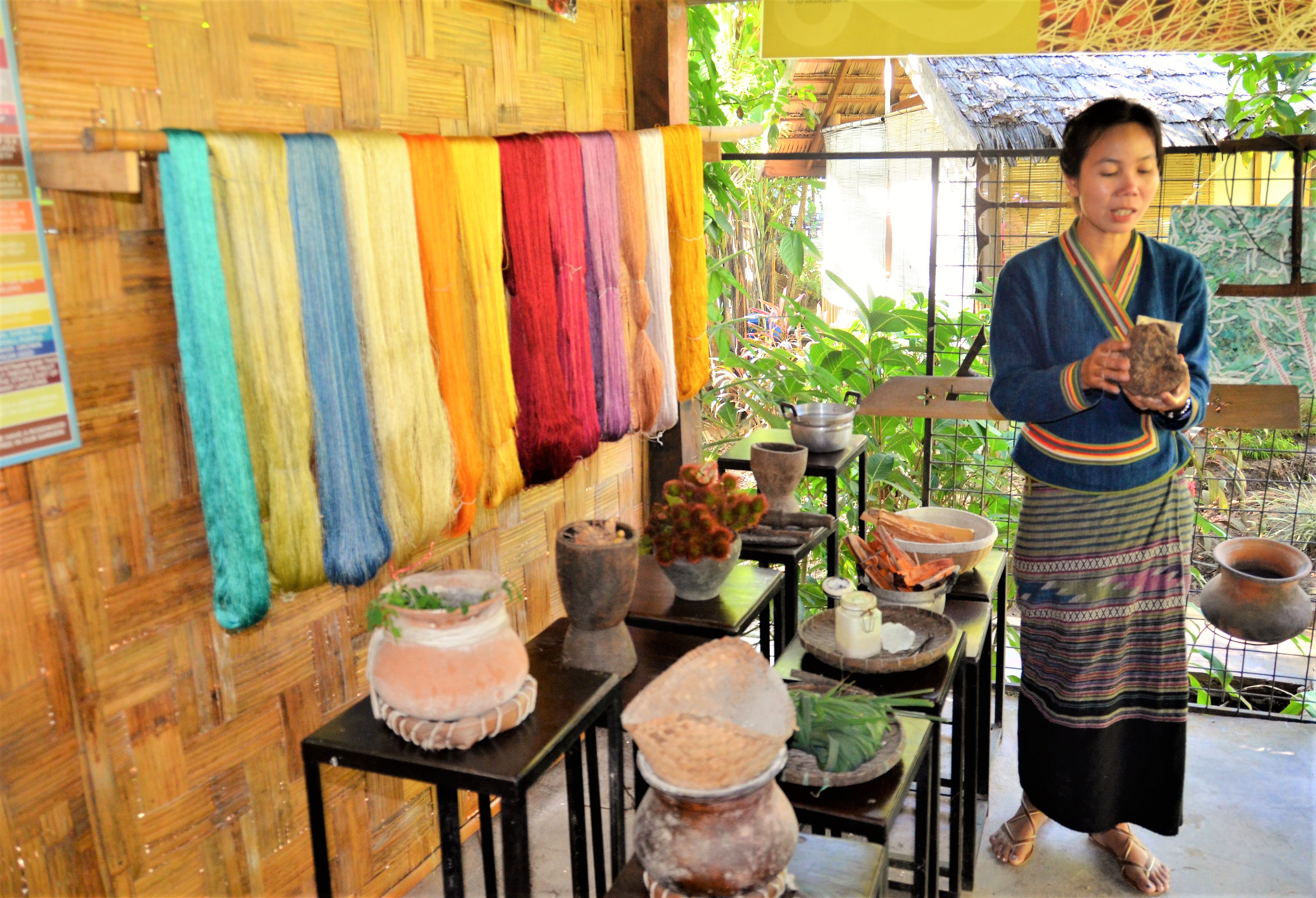
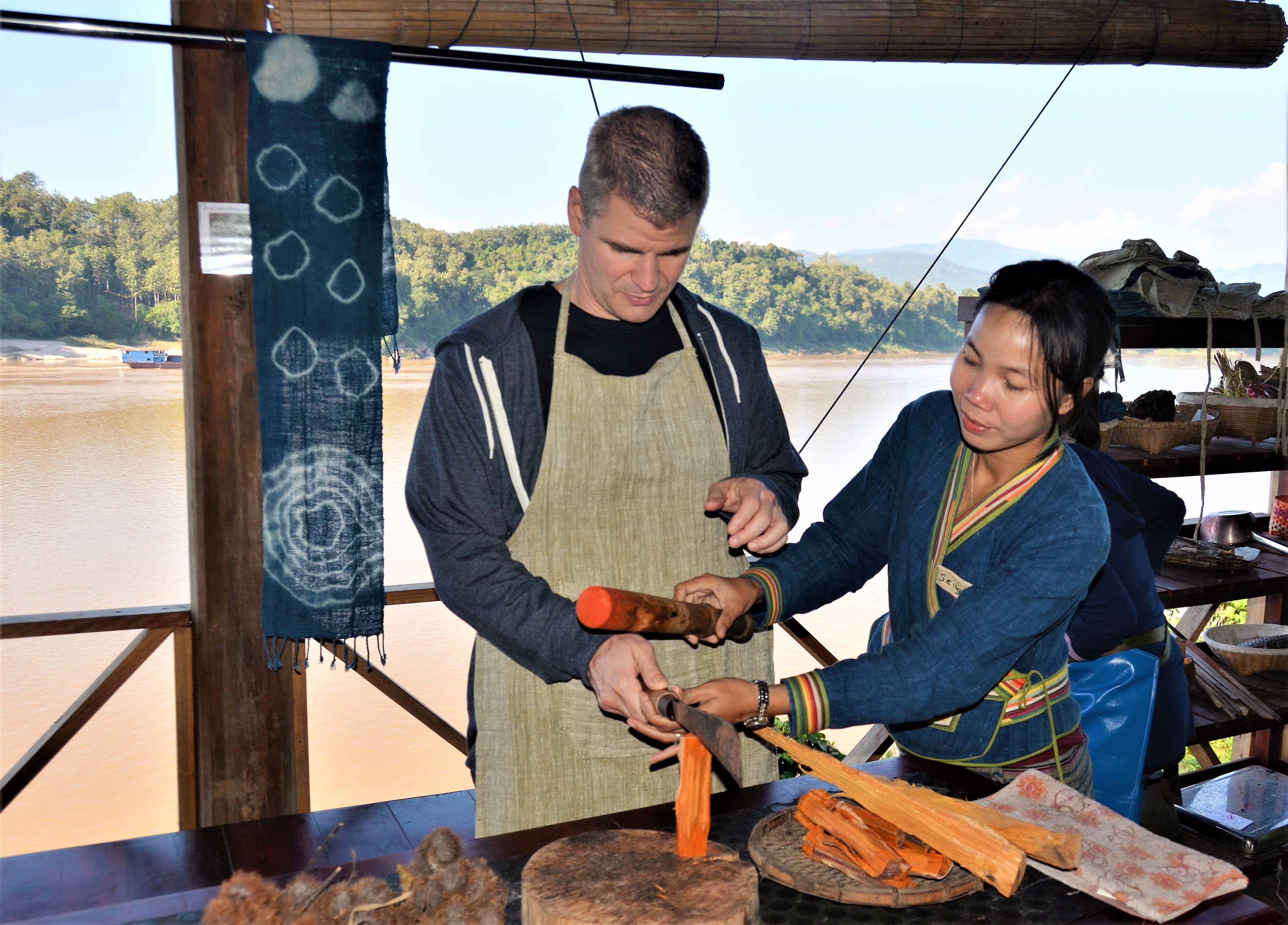
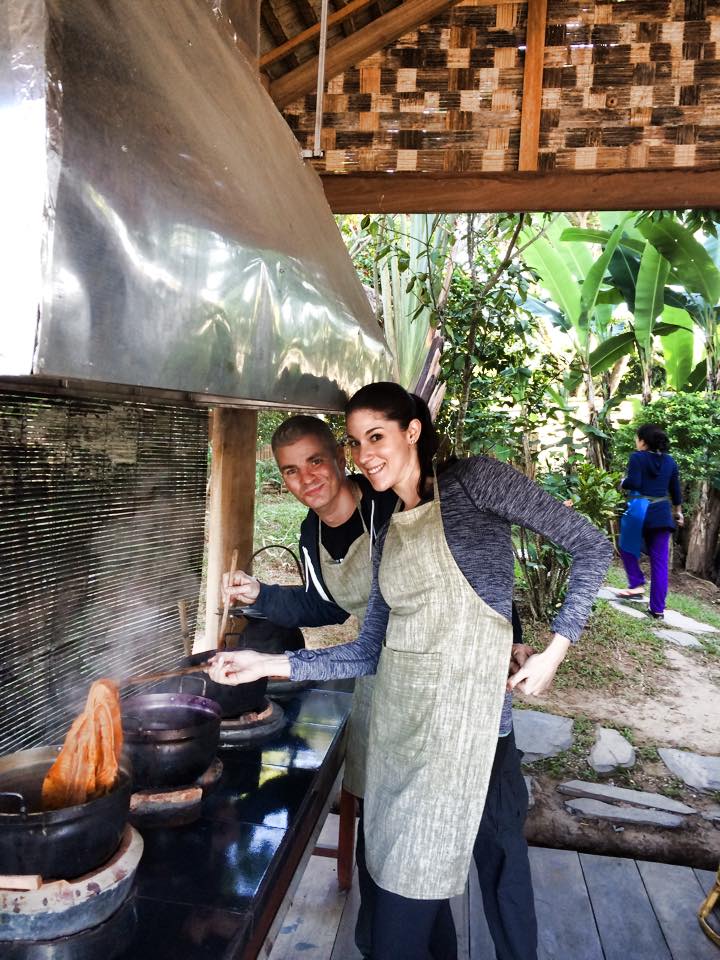
 But, our day of learning was not over. It was time to go to our guide’s home and learn to cook a traditional meal that we would share with her family, which is where we had the third coolest experience!
But, our day of learning was not over. It was time to go to our guide’s home and learn to cook a traditional meal that we would share with her family, which is where we had the third coolest experience!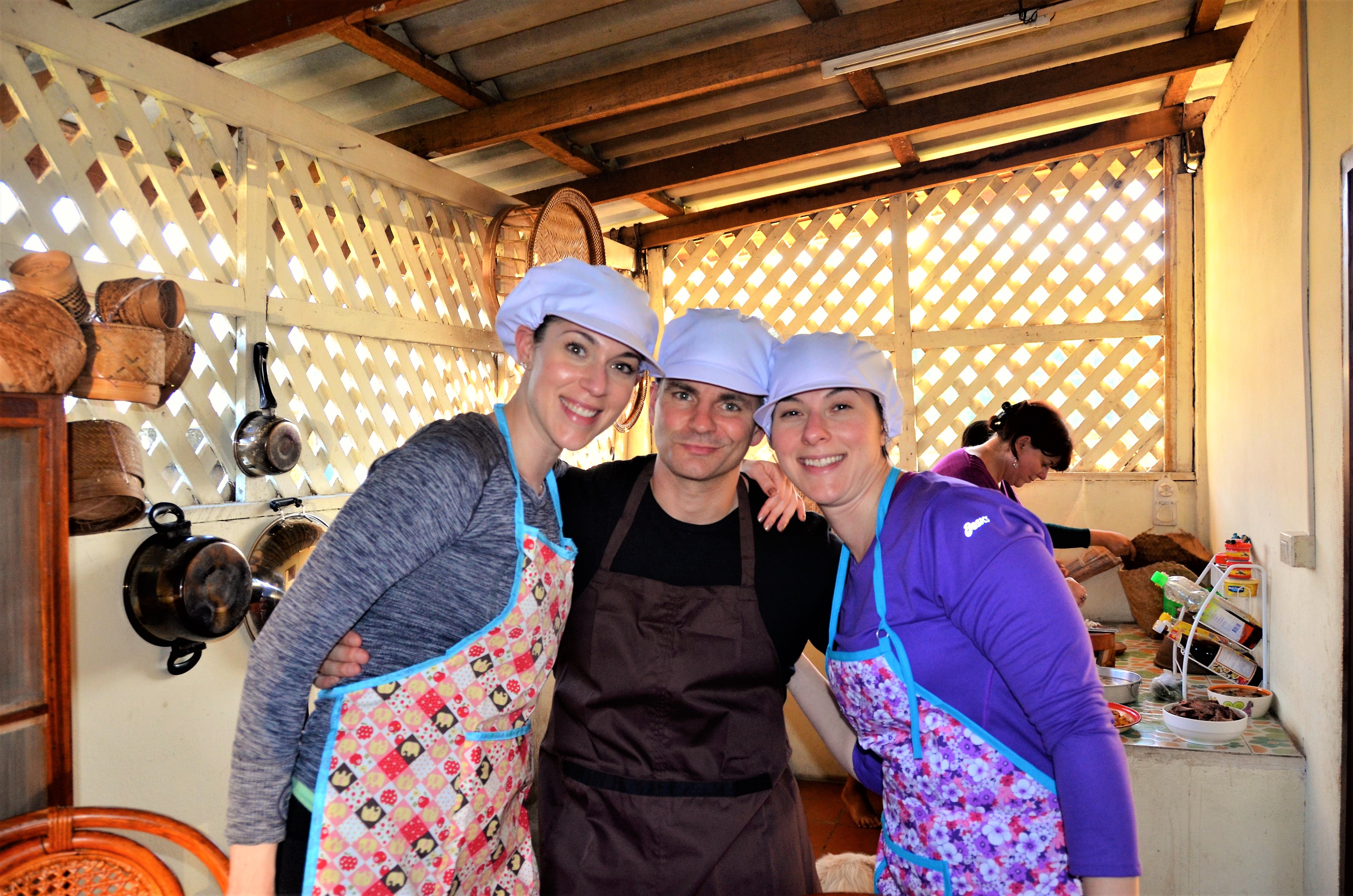 Then we got to work cleaning, chopping, mincing, and cooking.
Then we got to work cleaning, chopping, mincing, and cooking. 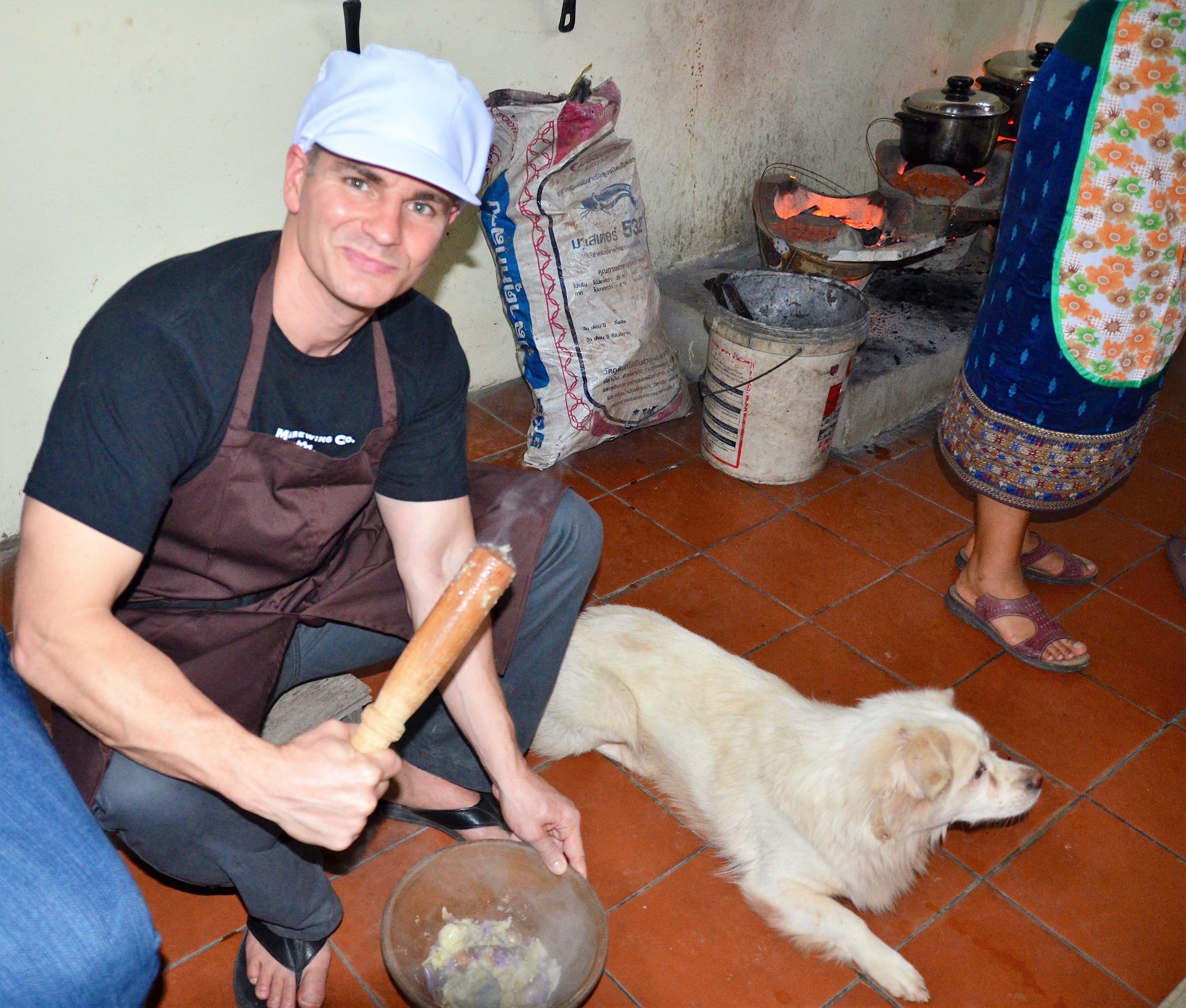
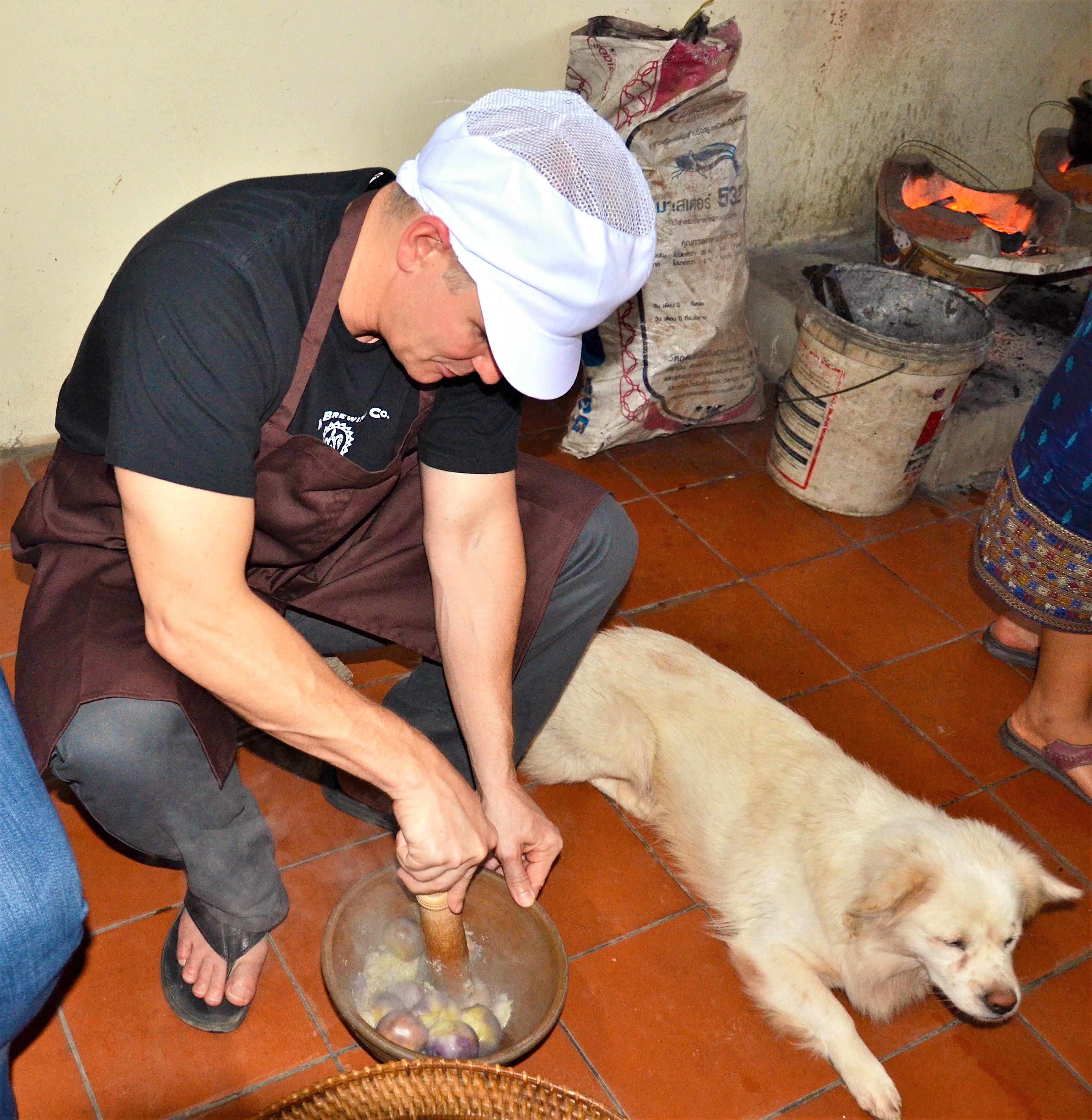
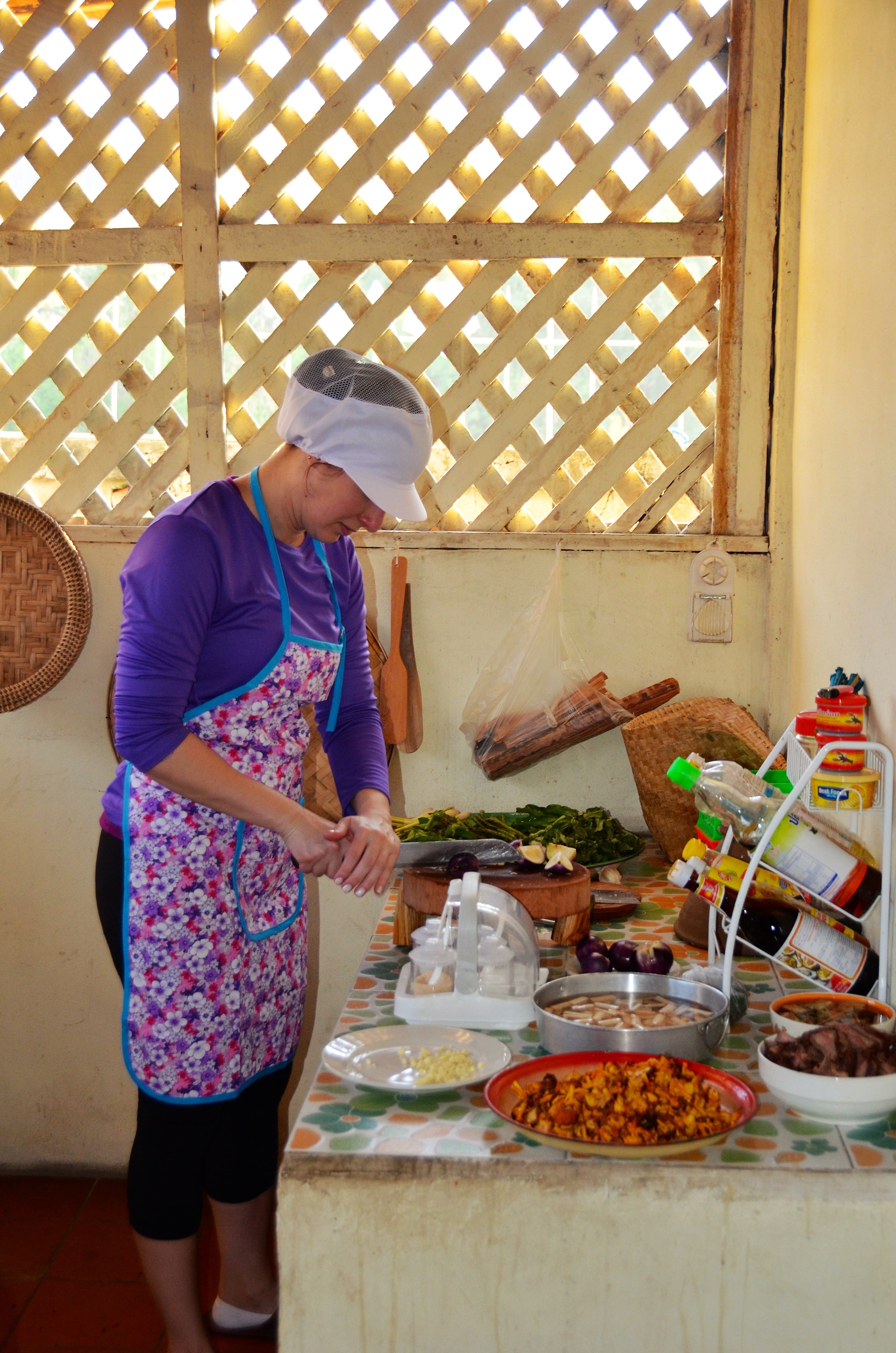
 While we worked in an outdoor kitchen, inside, the elders prepared the centerpiece that they would use to offer a blessing to us.
While we worked in an outdoor kitchen, inside, the elders prepared the centerpiece that they would use to offer a blessing to us. 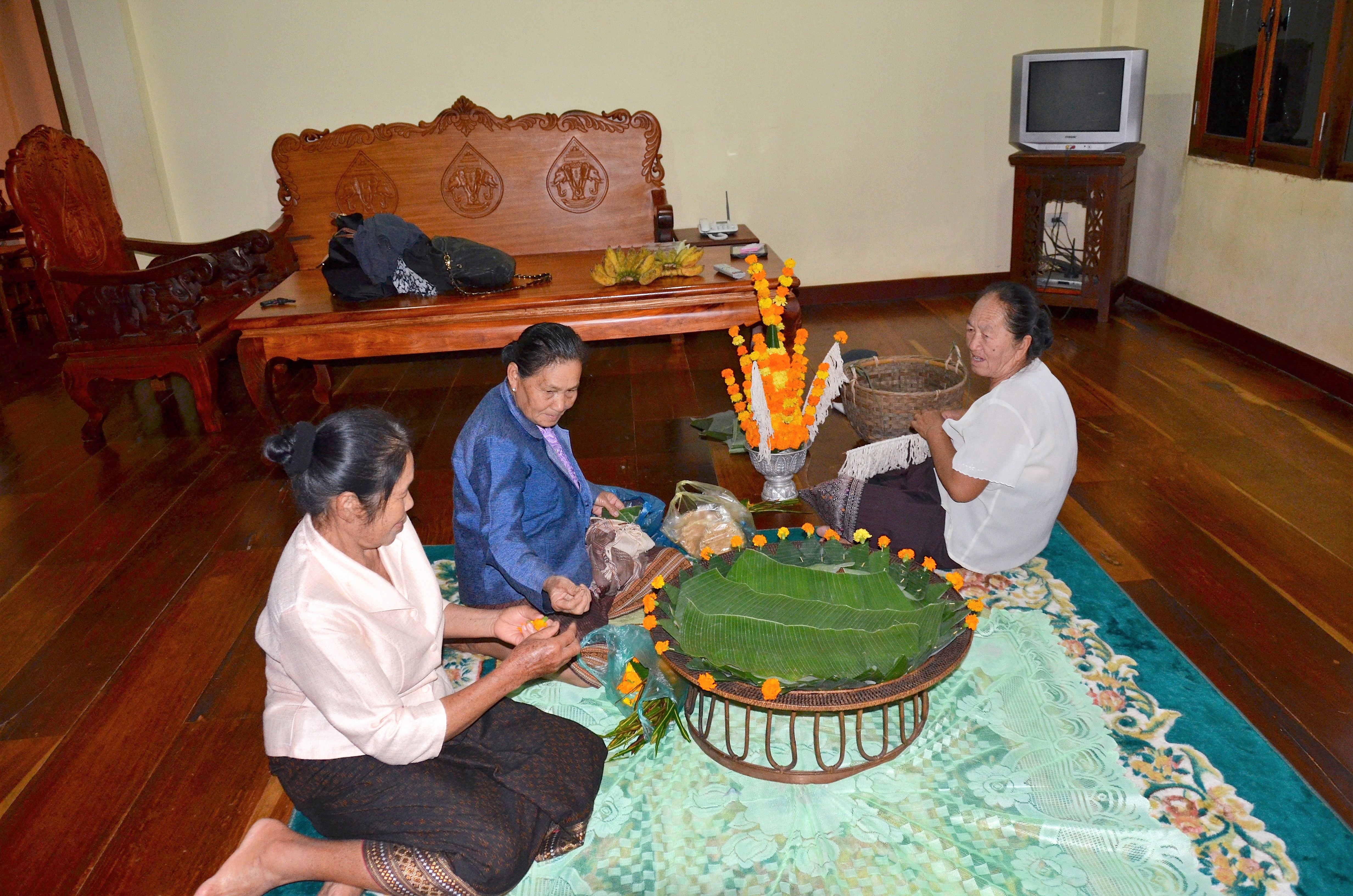 They used banana leaves, marigolds, and sweets for the offerings. Candles were placed in the center and poles of white string were placed in the center. Our guide’s uncle, a former monk, led the blessing ceremony as the elders sang.
They used banana leaves, marigolds, and sweets for the offerings. Candles were placed in the center and poles of white string were placed in the center. Our guide’s uncle, a former monk, led the blessing ceremony as the elders sang.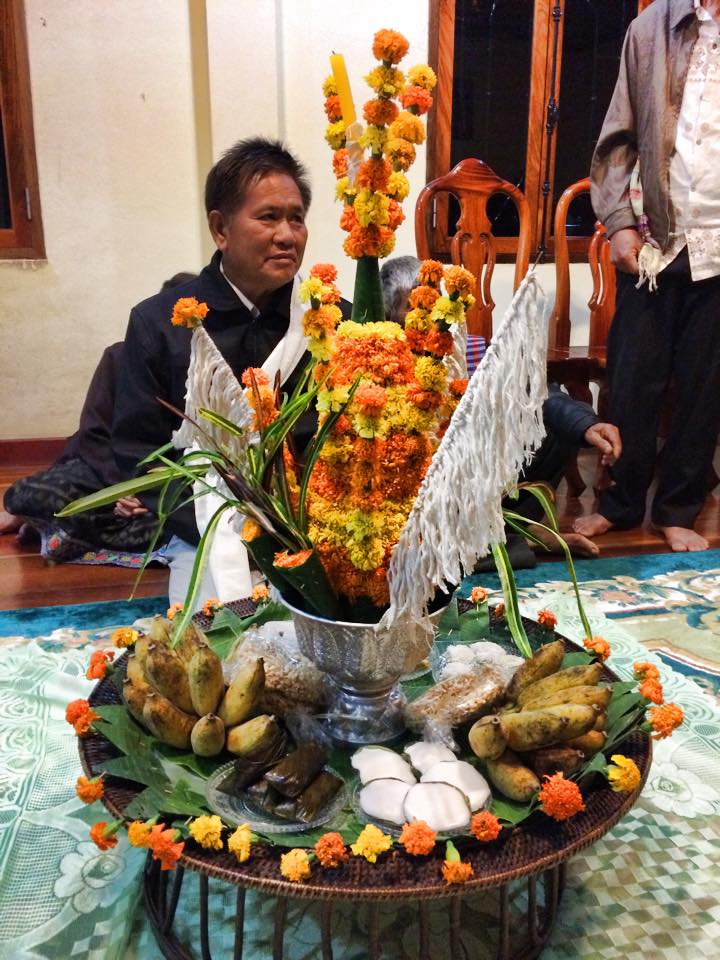 One by one, each elder removed a set of white strings and came around in a circle placing one string on each of our wrists as they gave us a blessing.
One by one, each elder removed a set of white strings and came around in a circle placing one string on each of our wrists as they gave us a blessing. 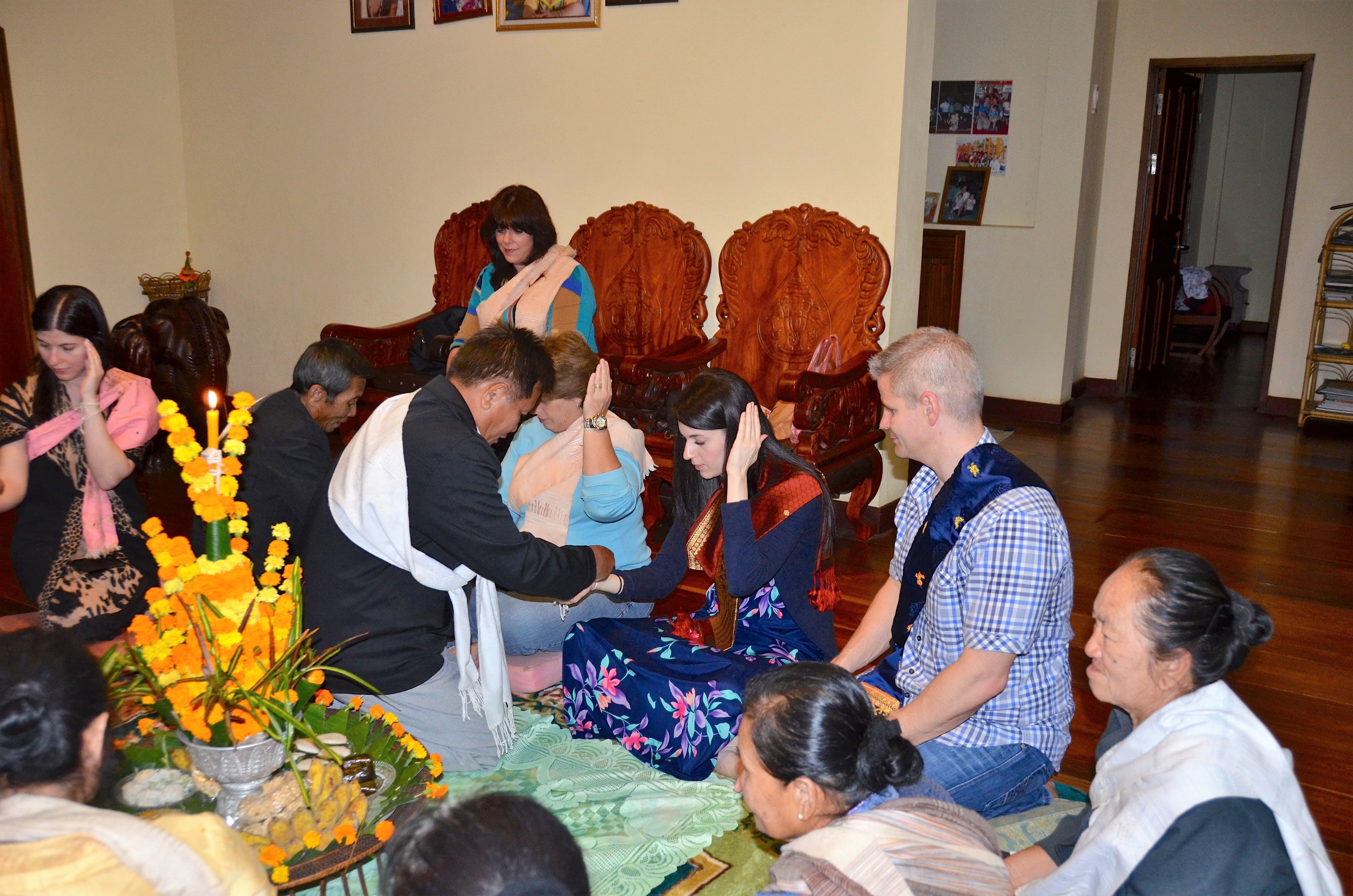
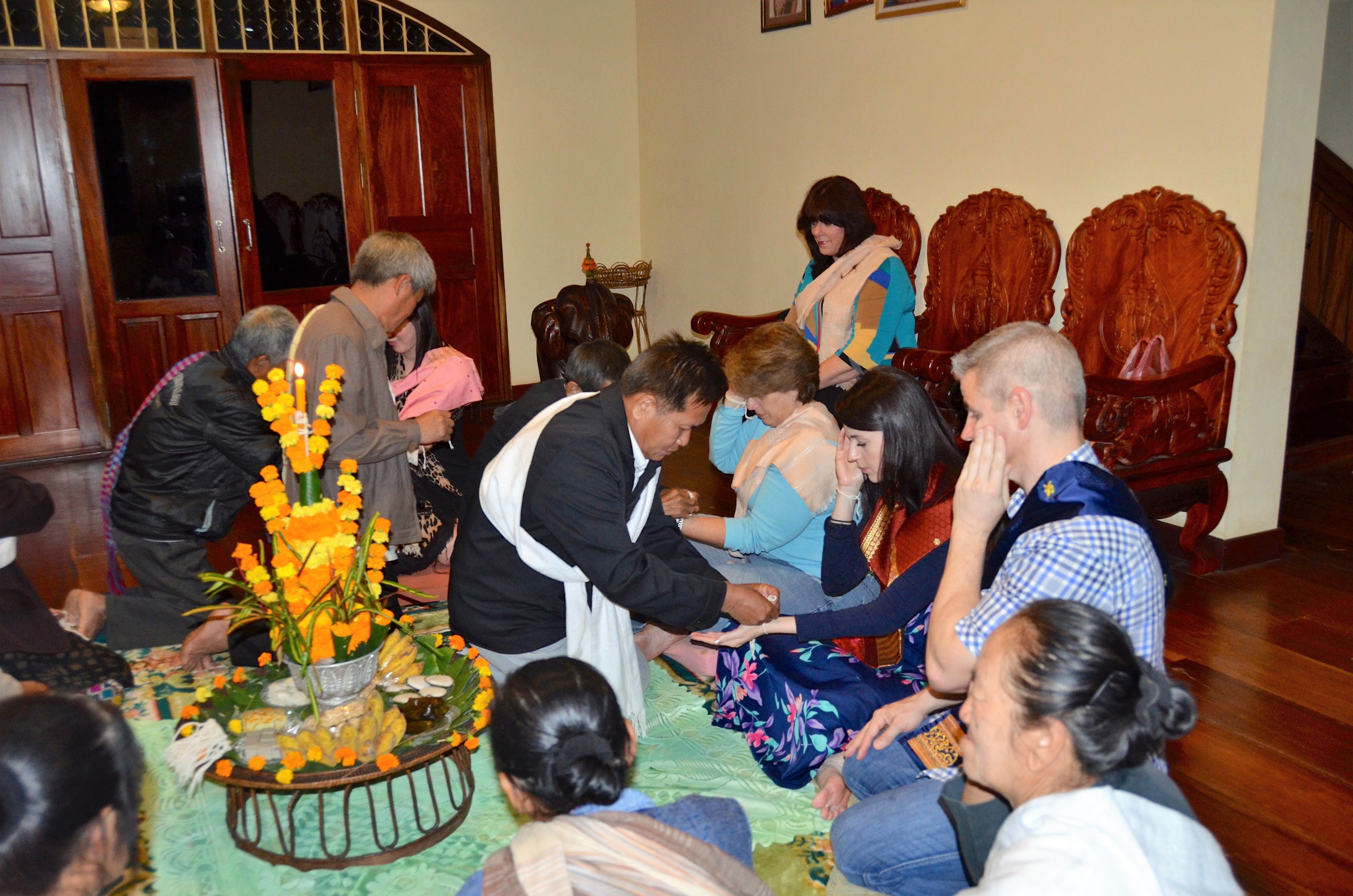
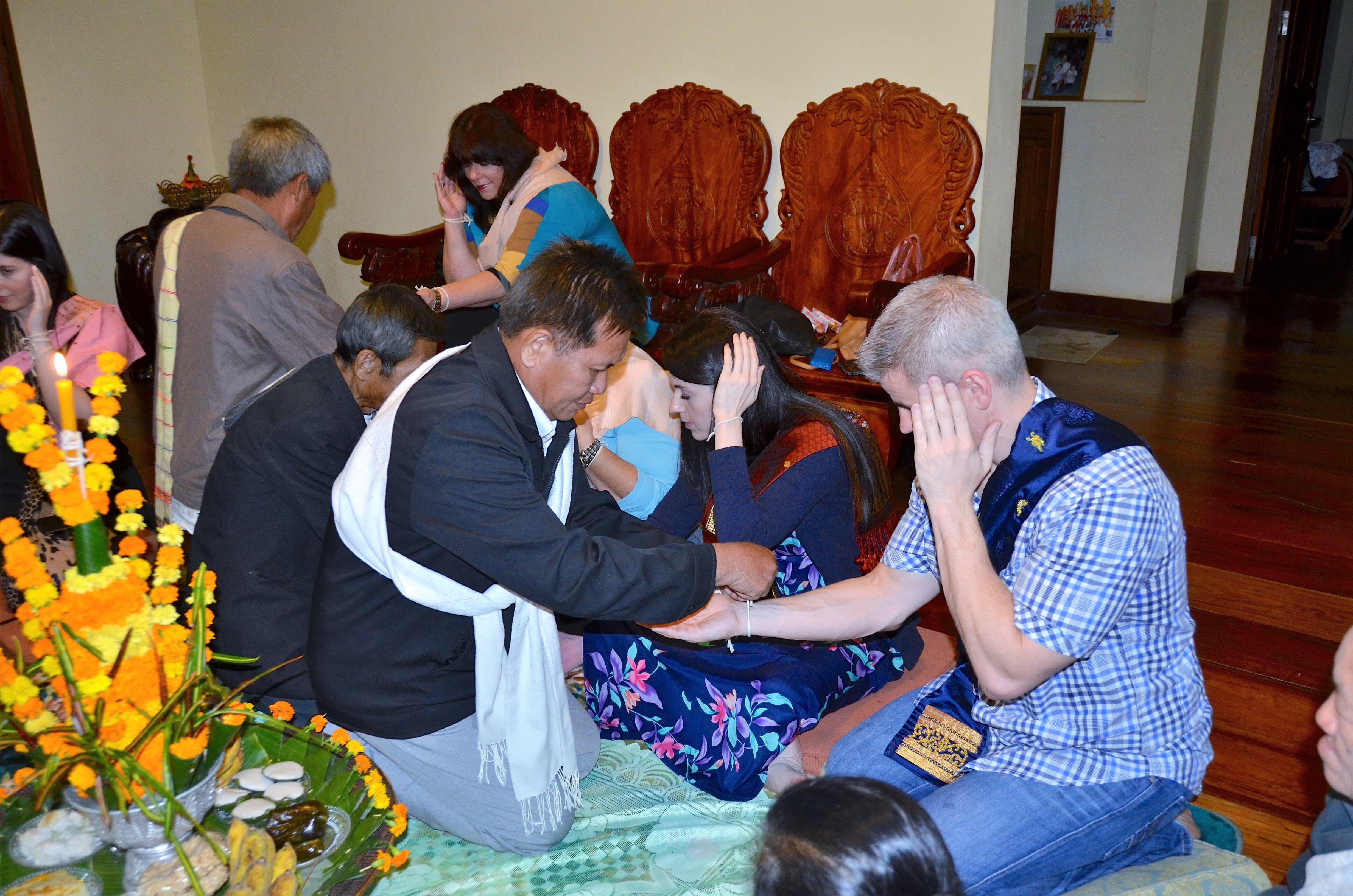
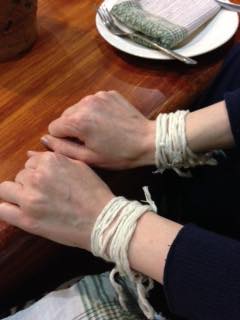 At the end of the ceremony, they offered us the marigolds.
At the end of the ceremony, they offered us the marigolds. 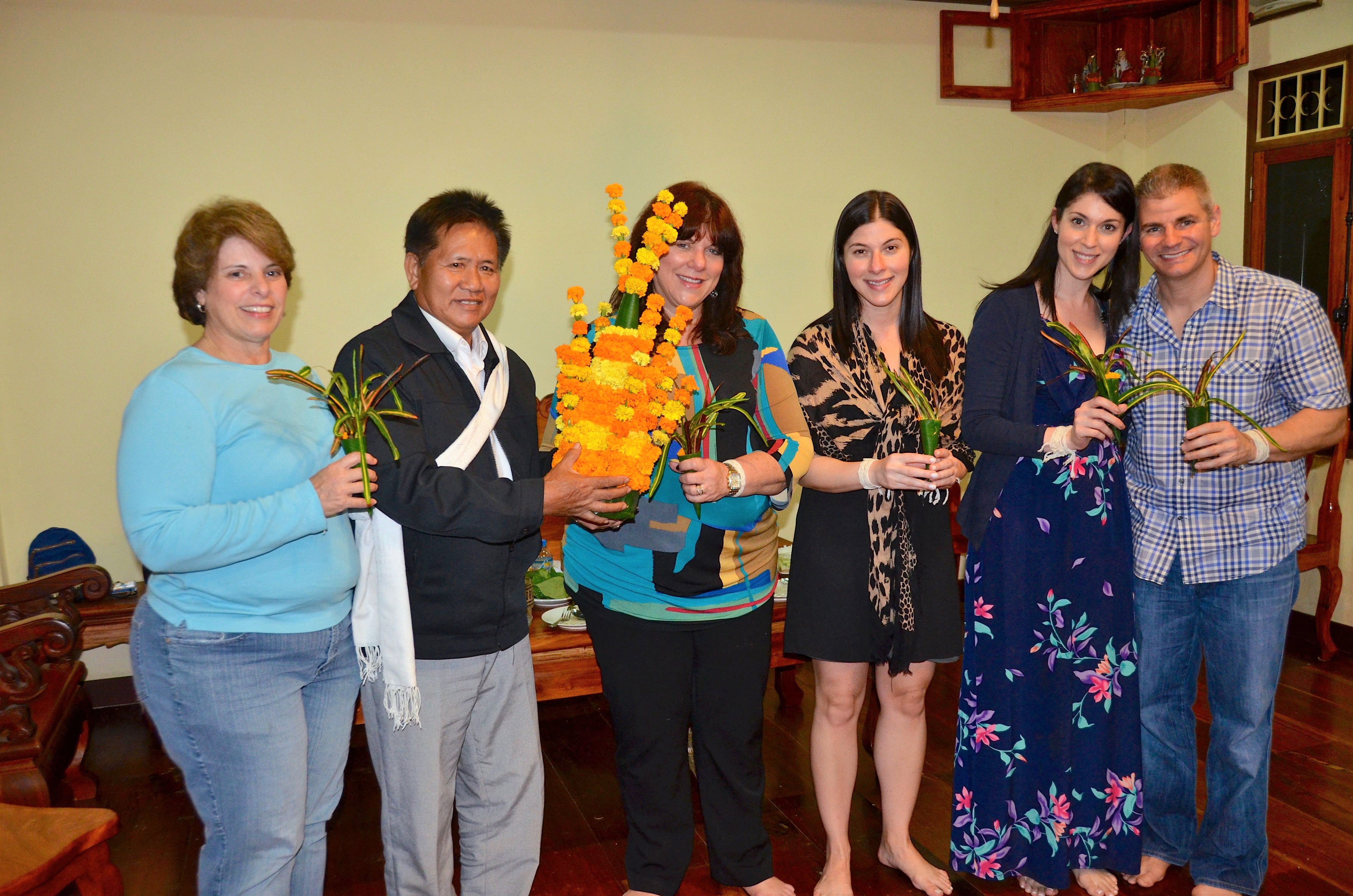
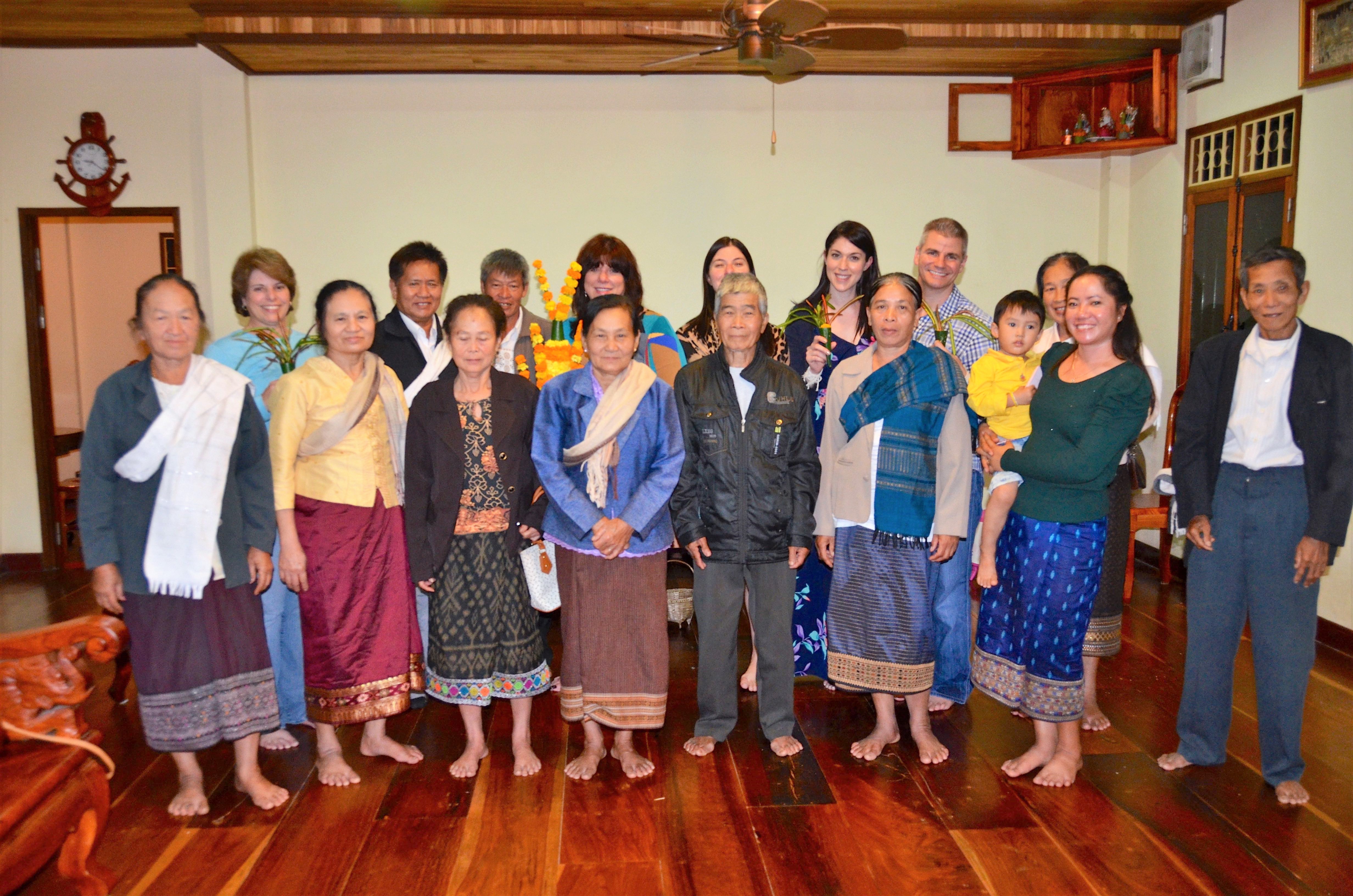 After the ceremony, it was time to eat and party! We shared the lovely meal we prepared with her family.
After the ceremony, it was time to eat and party! We shared the lovely meal we prepared with her family.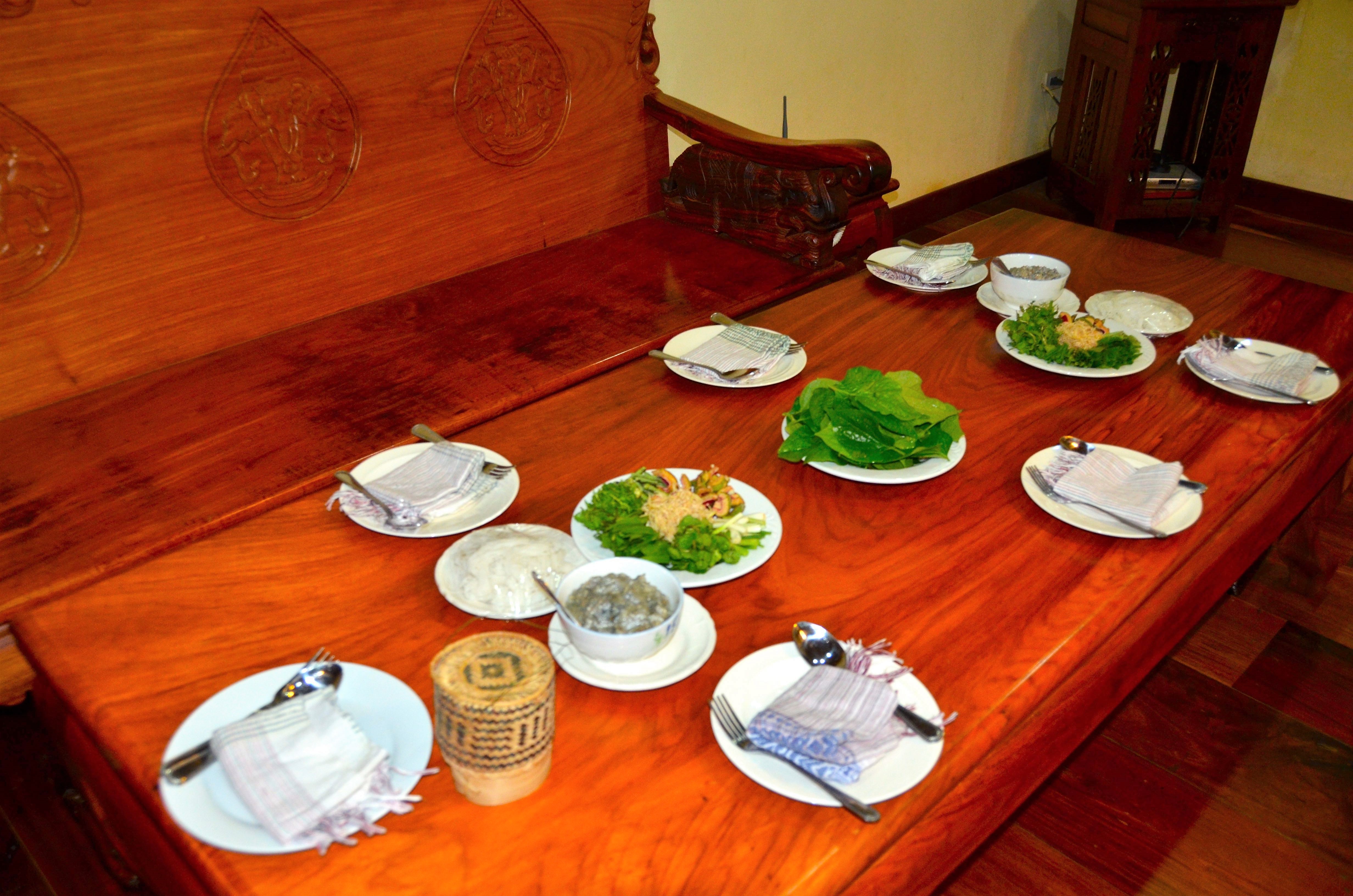 You see the guy in the back row, third from the left? We nicknamed him “Uncle Crunk”! He kept coming around with a growler of Beerlao (the main, locally brewed beer in Laos, which Chad says is actually a pretty good lager) and doing the ‘ol “one for me and one for you!” It wasn’t long until Uncle Crunk, was well, Crunk! He turned on the tunes and then it was time to dance; and, let me tell you, Uncle Crunk LOVES to dance, especially with his new American lady friends. Here is also where my sister, whose name is Haroula, solidified her nickname: Colorado, Asian Temptress. If you are wondering what I am talking about, then you need to read
You see the guy in the back row, third from the left? We nicknamed him “Uncle Crunk”! He kept coming around with a growler of Beerlao (the main, locally brewed beer in Laos, which Chad says is actually a pretty good lager) and doing the ‘ol “one for me and one for you!” It wasn’t long until Uncle Crunk, was well, Crunk! He turned on the tunes and then it was time to dance; and, let me tell you, Uncle Crunk LOVES to dance, especially with his new American lady friends. Here is also where my sister, whose name is Haroula, solidified her nickname: Colorado, Asian Temptress. If you are wondering what I am talking about, then you need to read 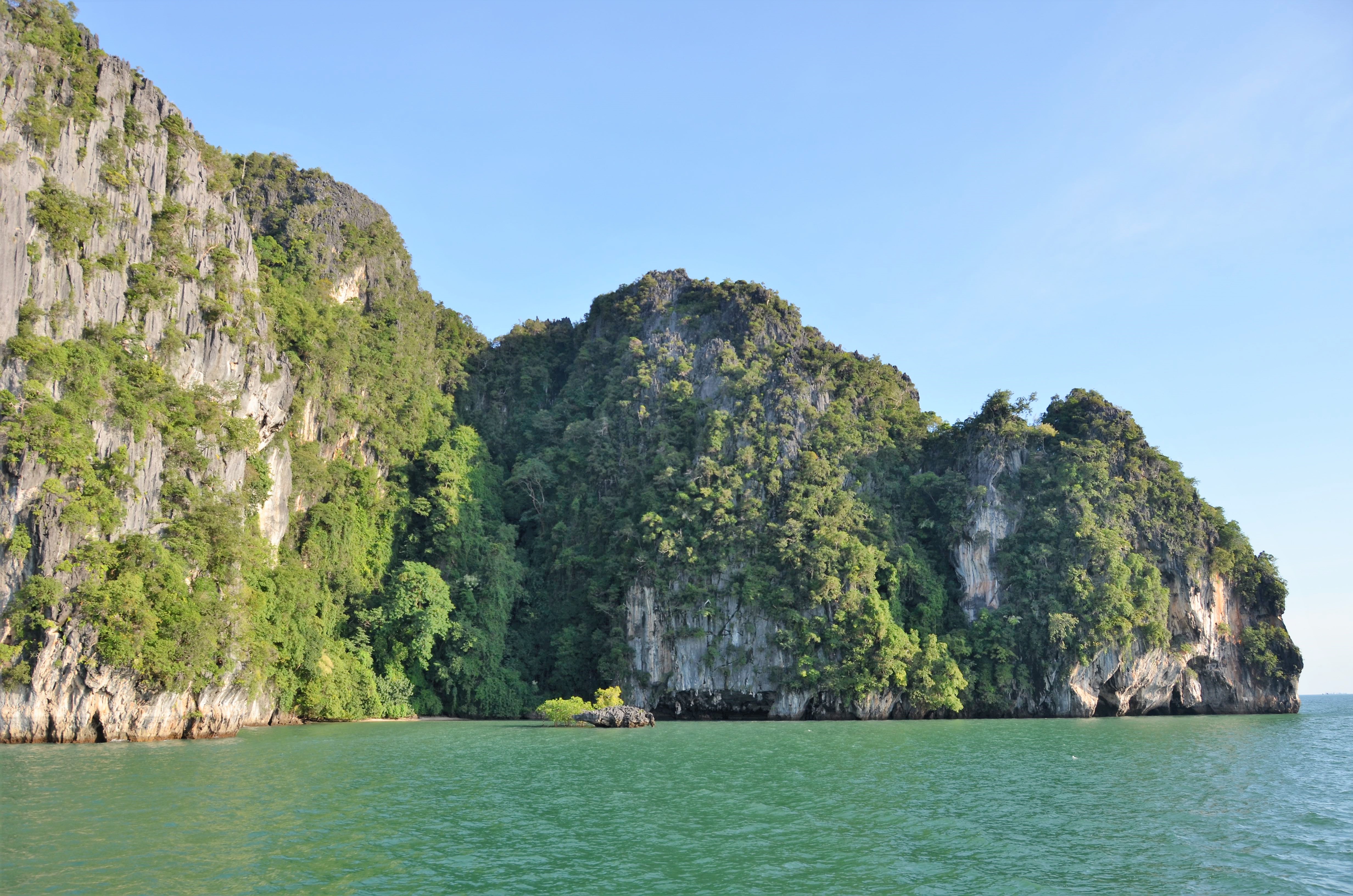 No trip to Thailand would be complete without a visit to one of Thailand’s breathtaking islands. I strongly urge you to skip the overly commercialized Phuket and opt for one of the less developed islands. During our trip, we chose
No trip to Thailand would be complete without a visit to one of Thailand’s breathtaking islands. I strongly urge you to skip the overly commercialized Phuket and opt for one of the less developed islands. During our trip, we chose 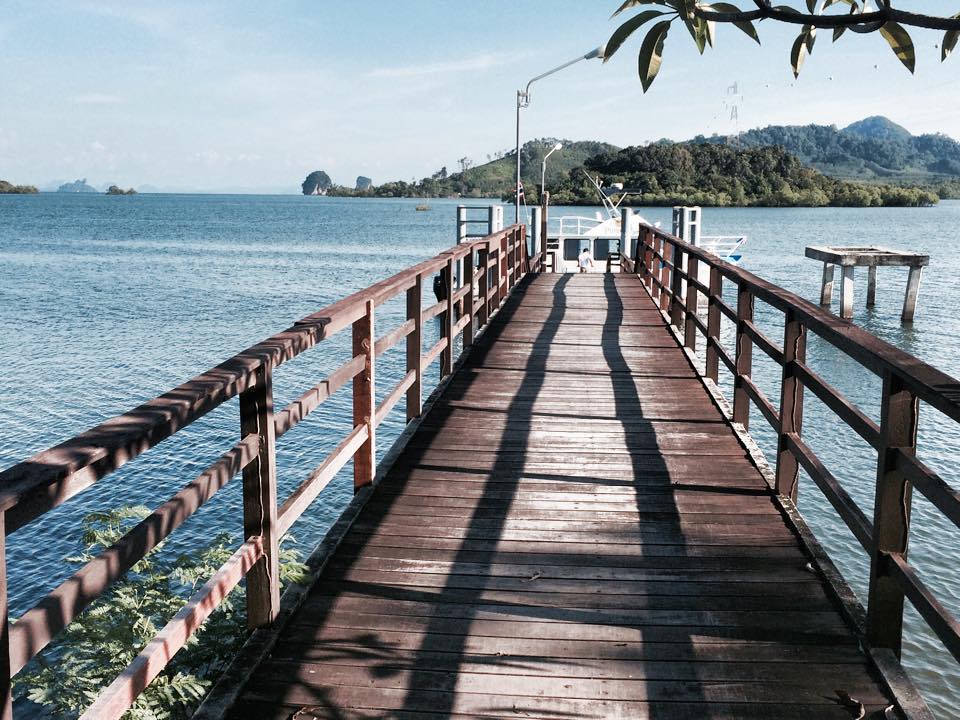 We chose the
We chose the 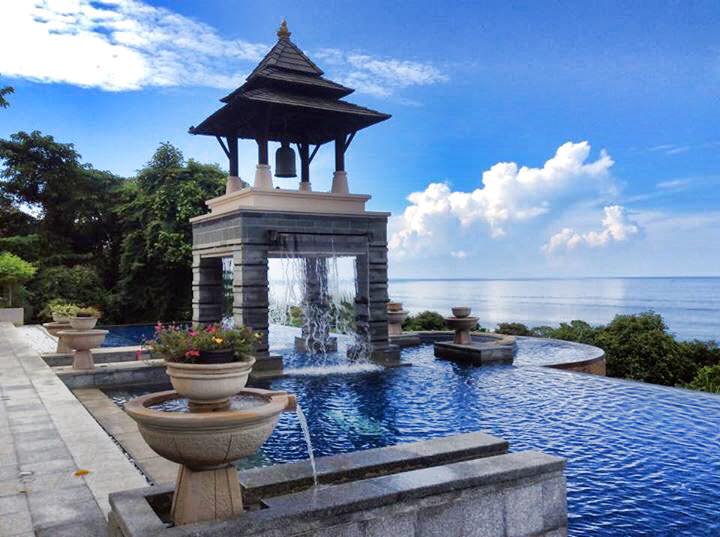
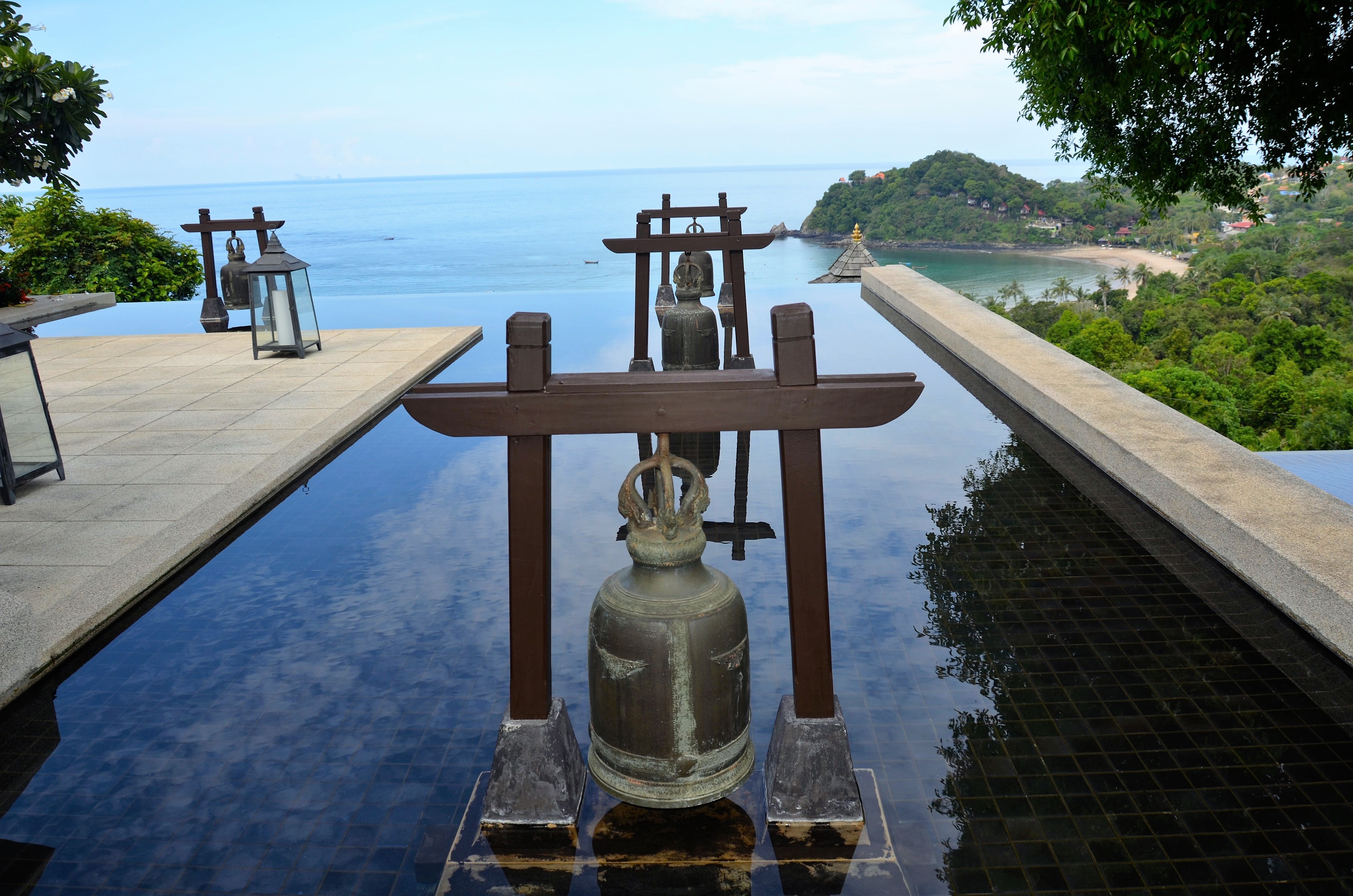
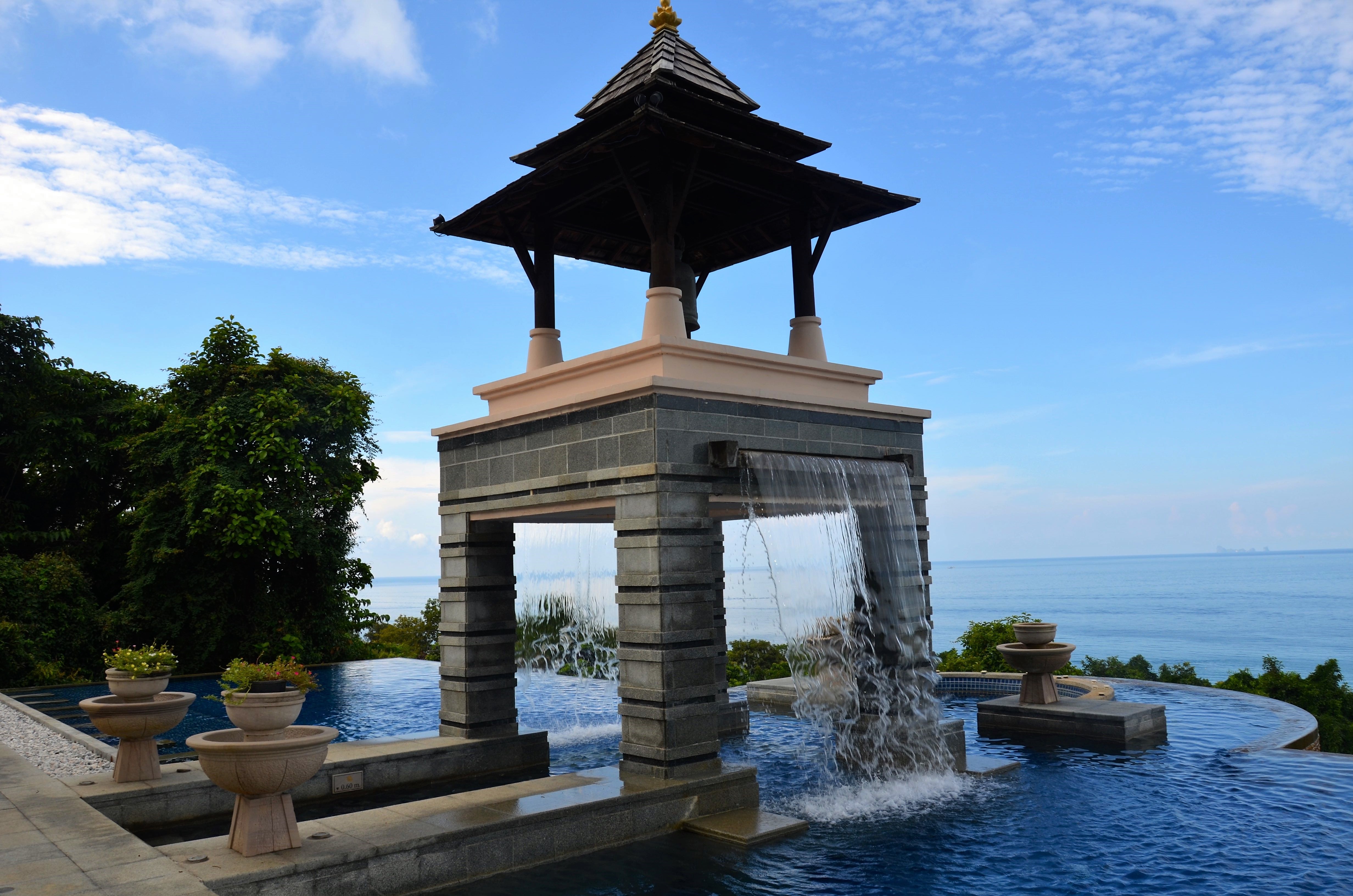
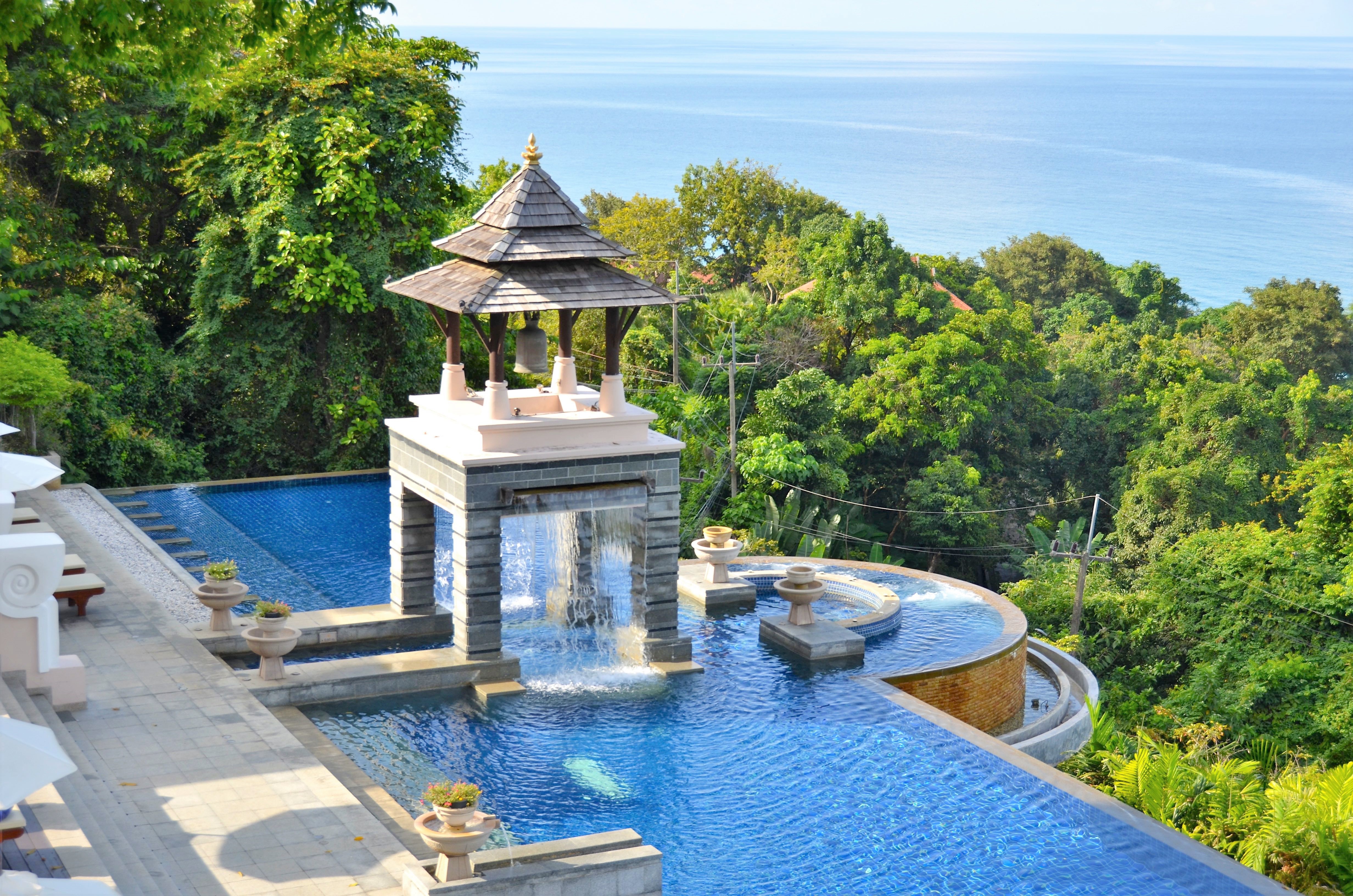
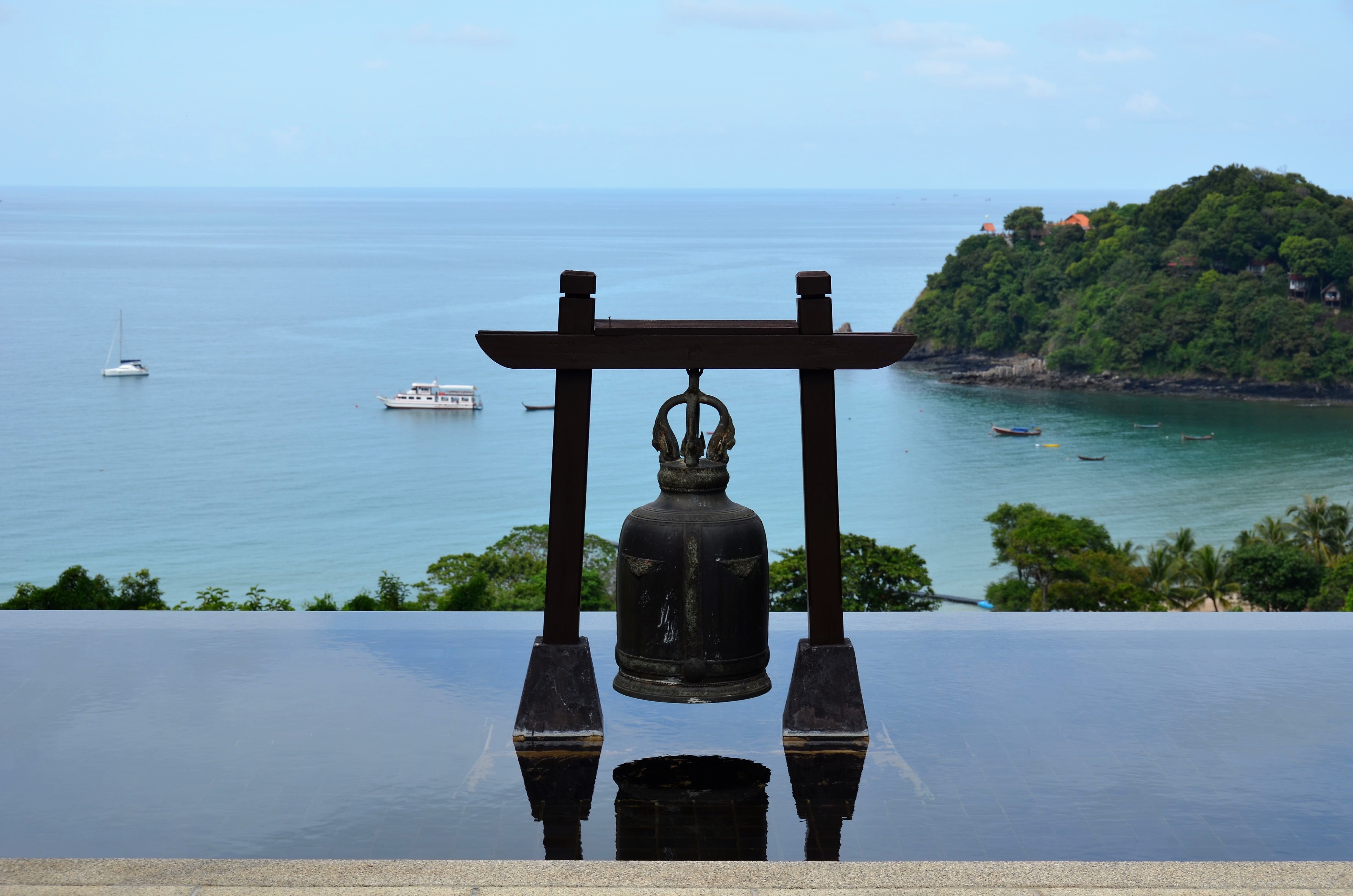
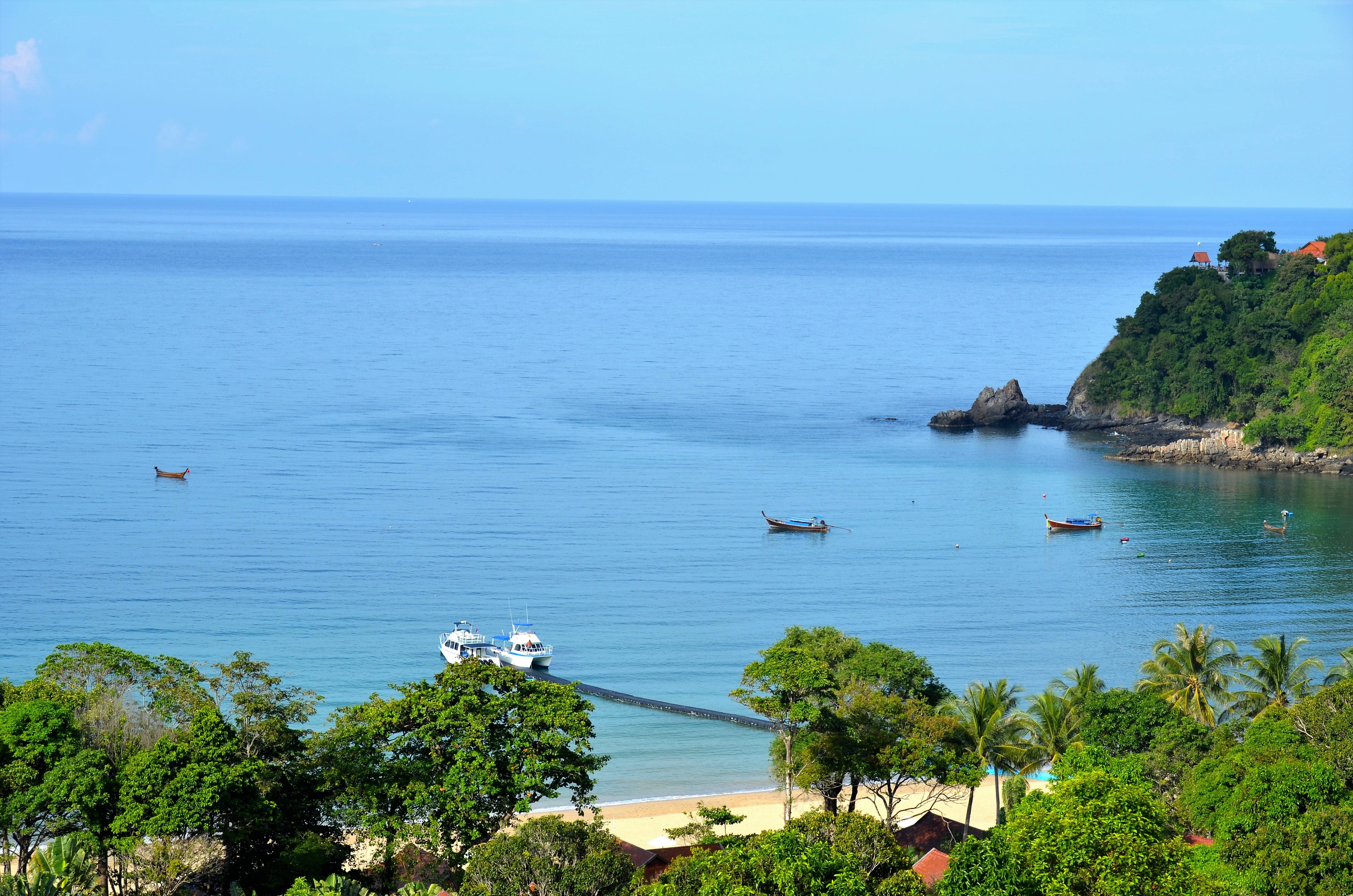 I am going to shut up now and let the photos tell the rest of the story (although these pictures don’t do the natural beauty of the island justice, nor do they properly convey the absolute peace and tranquility that this resort provides to its guests; I HIGHLY recommend that you make it to this Heaven on Earth sometime soon!)…
I am going to shut up now and let the photos tell the rest of the story (although these pictures don’t do the natural beauty of the island justice, nor do they properly convey the absolute peace and tranquility that this resort provides to its guests; I HIGHLY recommend that you make it to this Heaven on Earth sometime soon!)…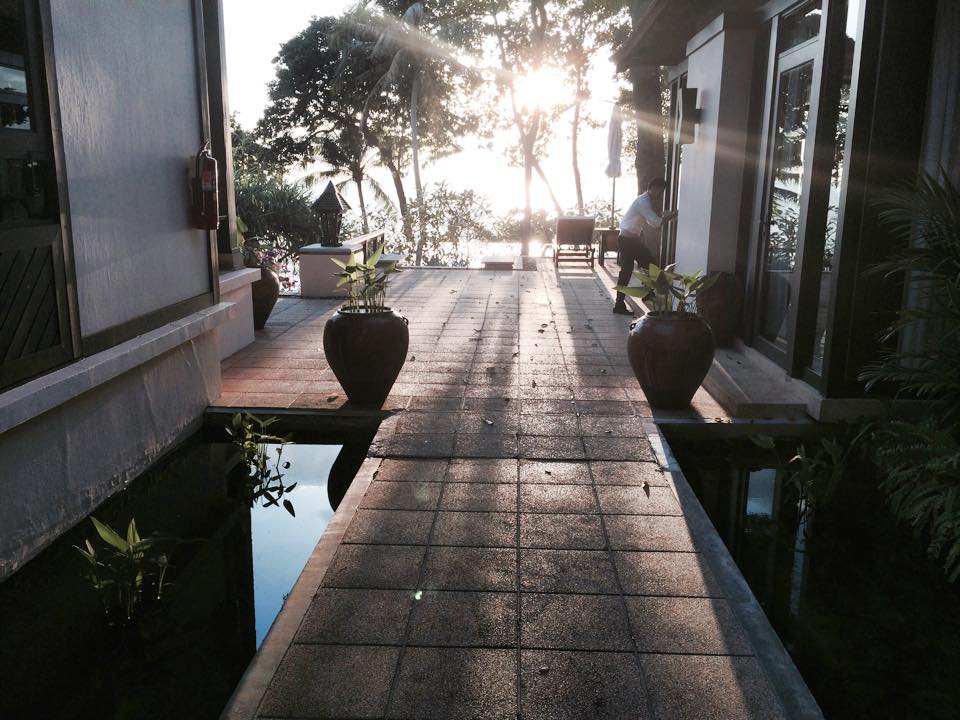
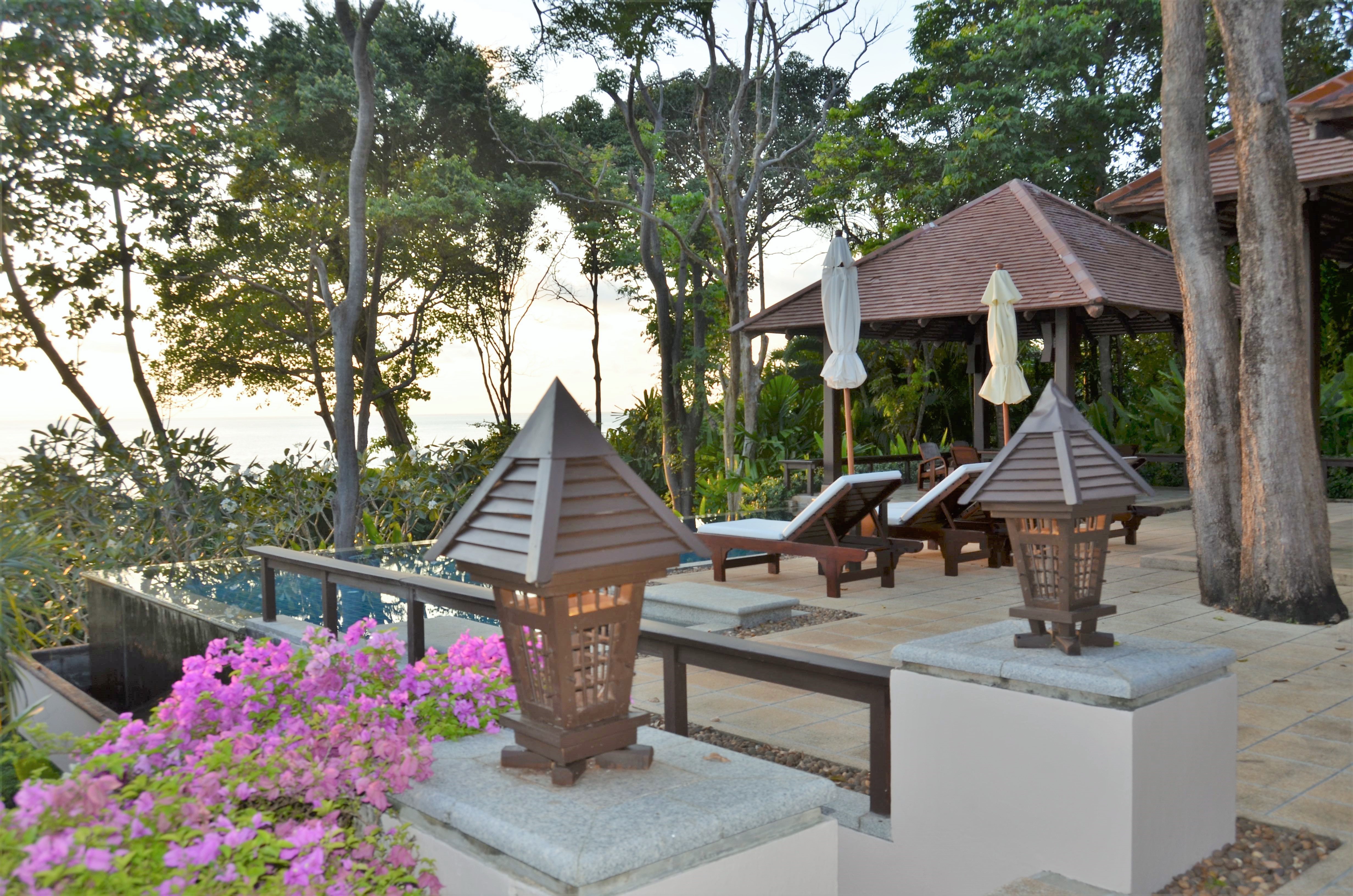
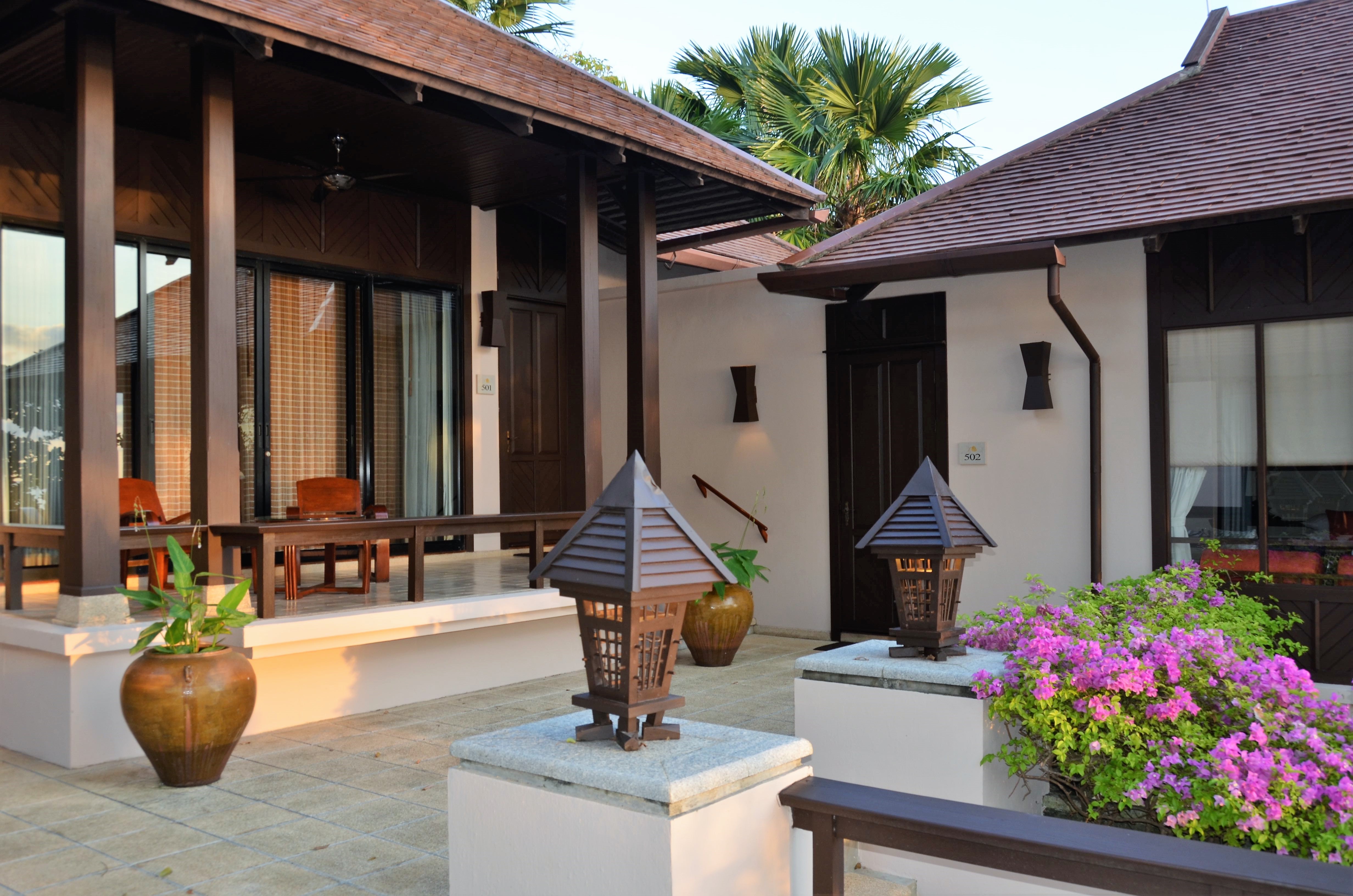
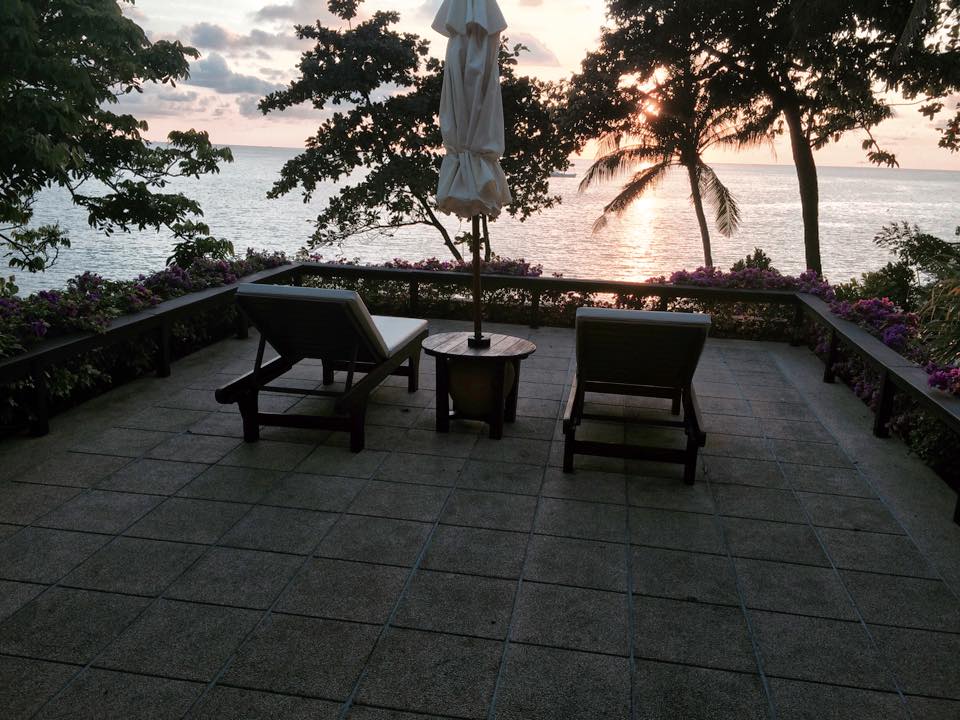
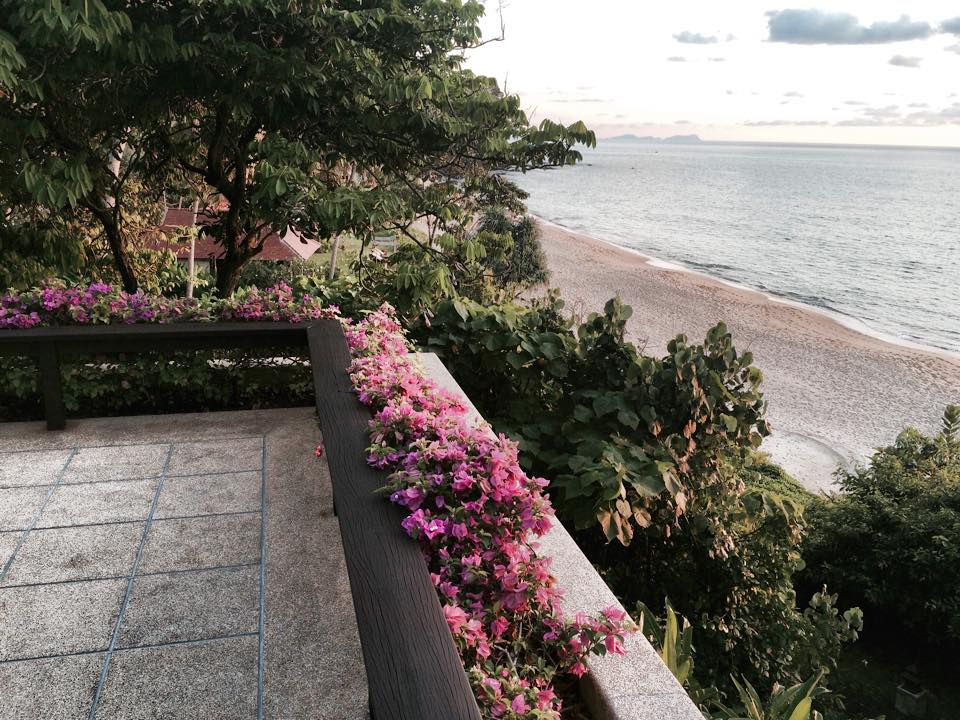
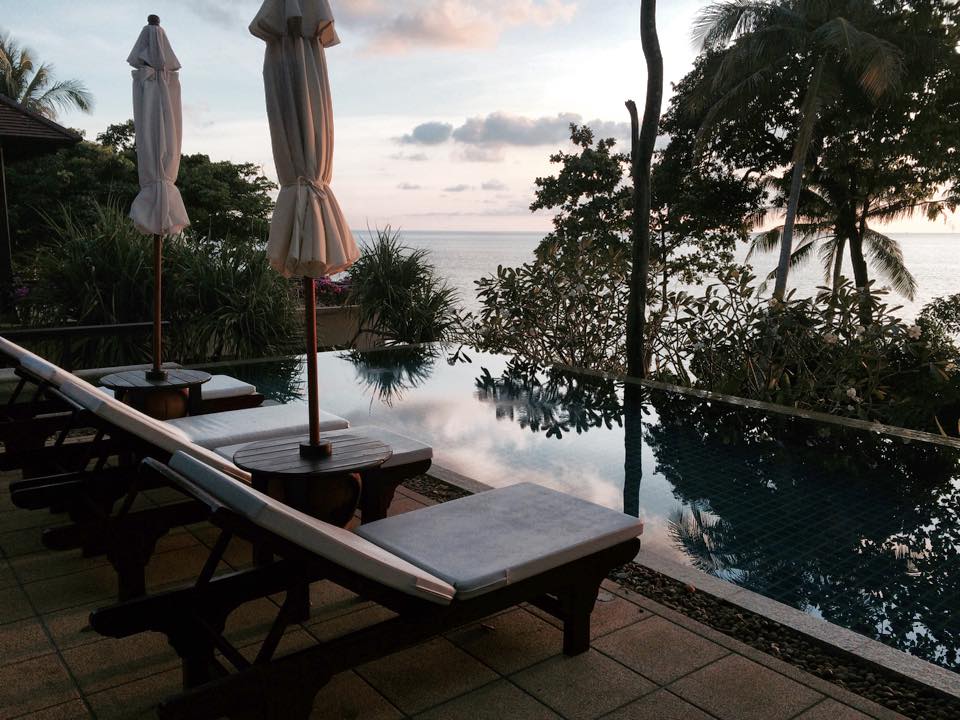 Private foot path to the nearly private beach:
Private foot path to the nearly private beach: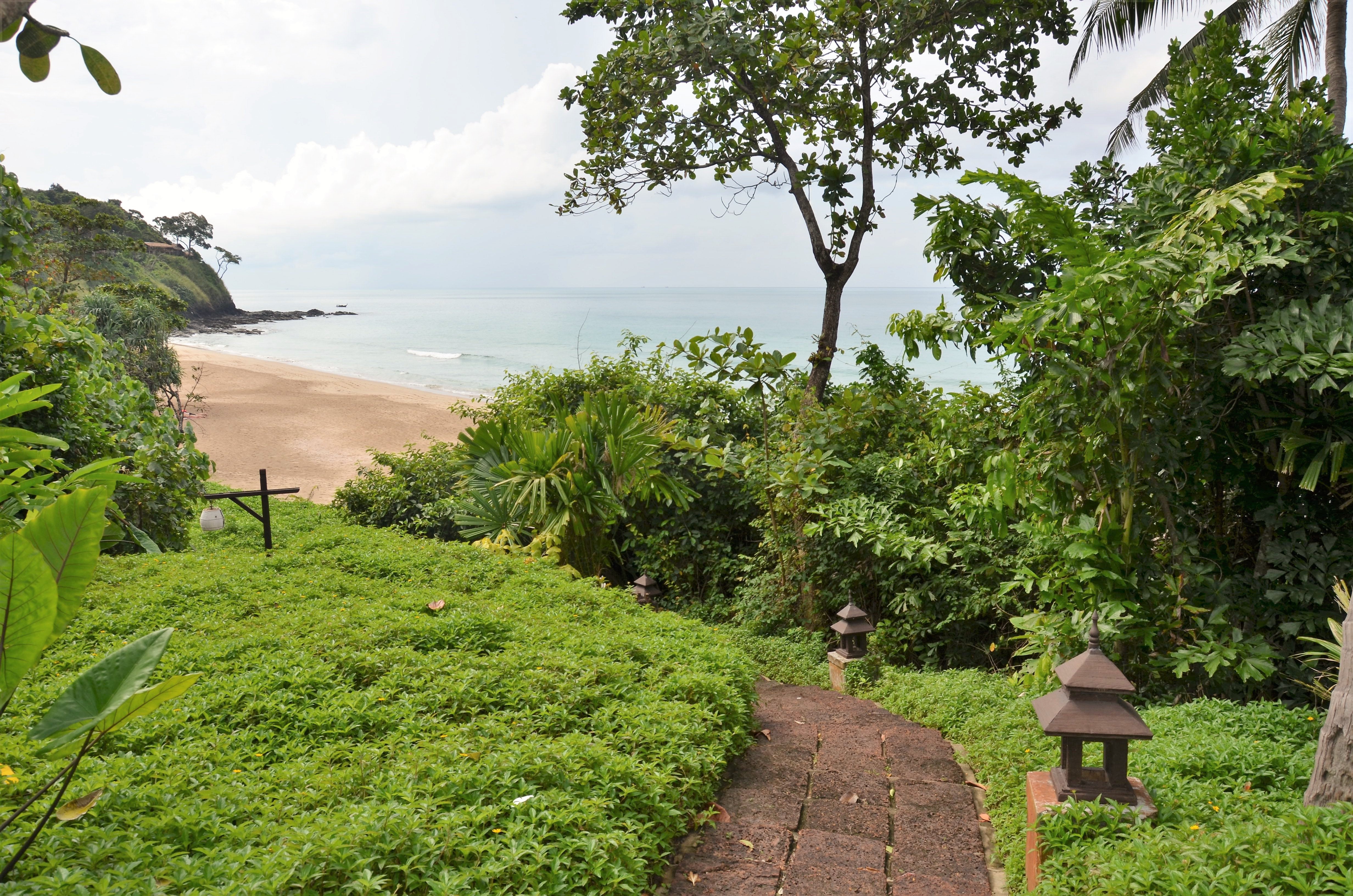
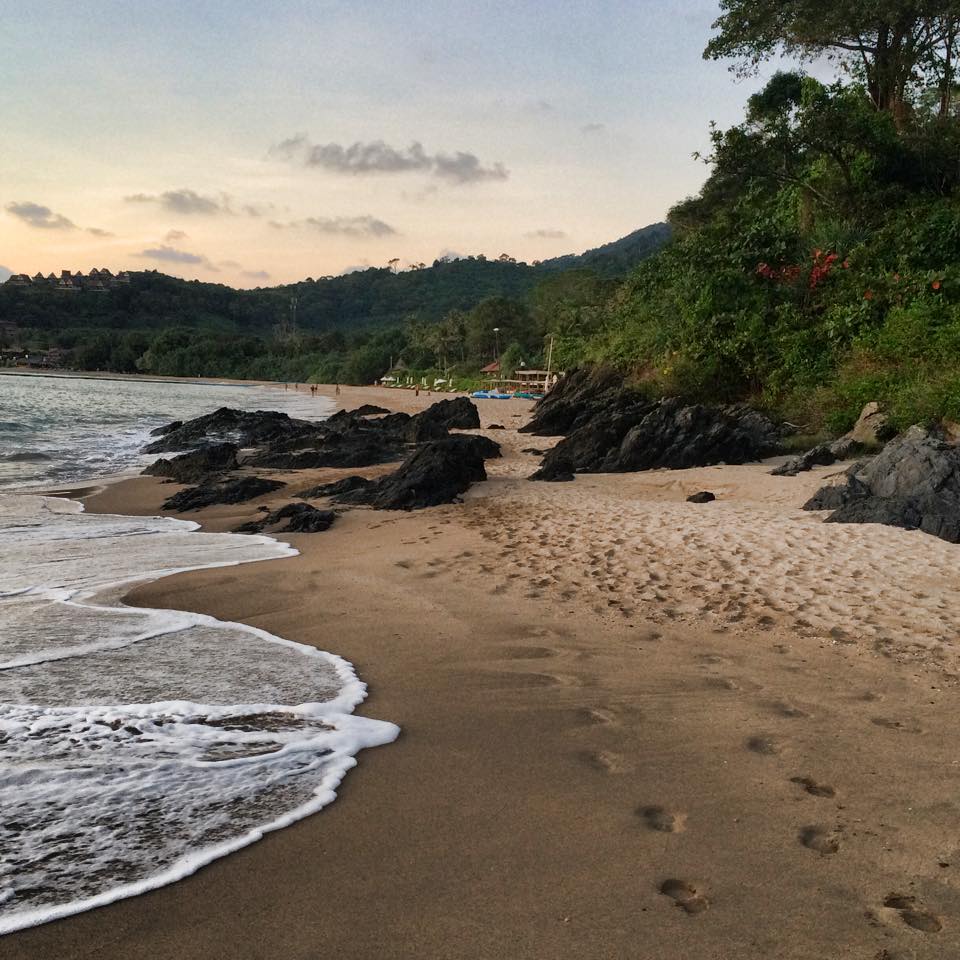 The sunsets were unreal:
The sunsets were unreal: 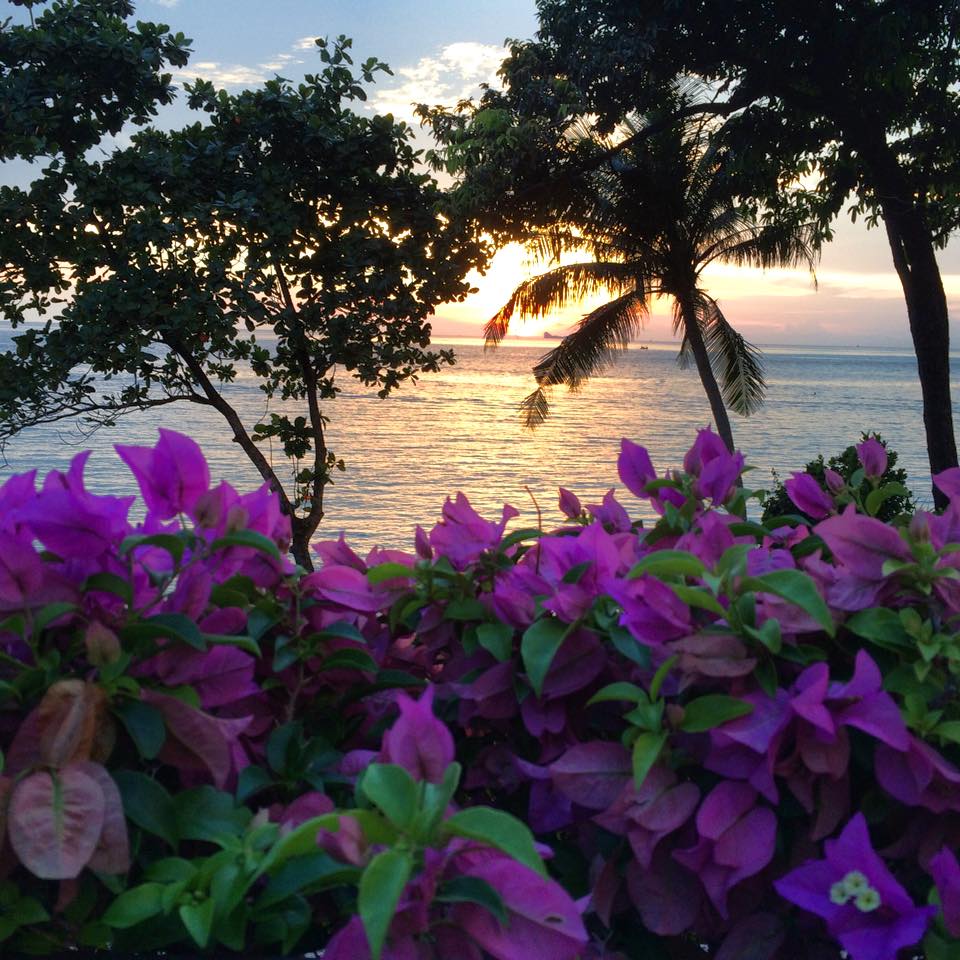
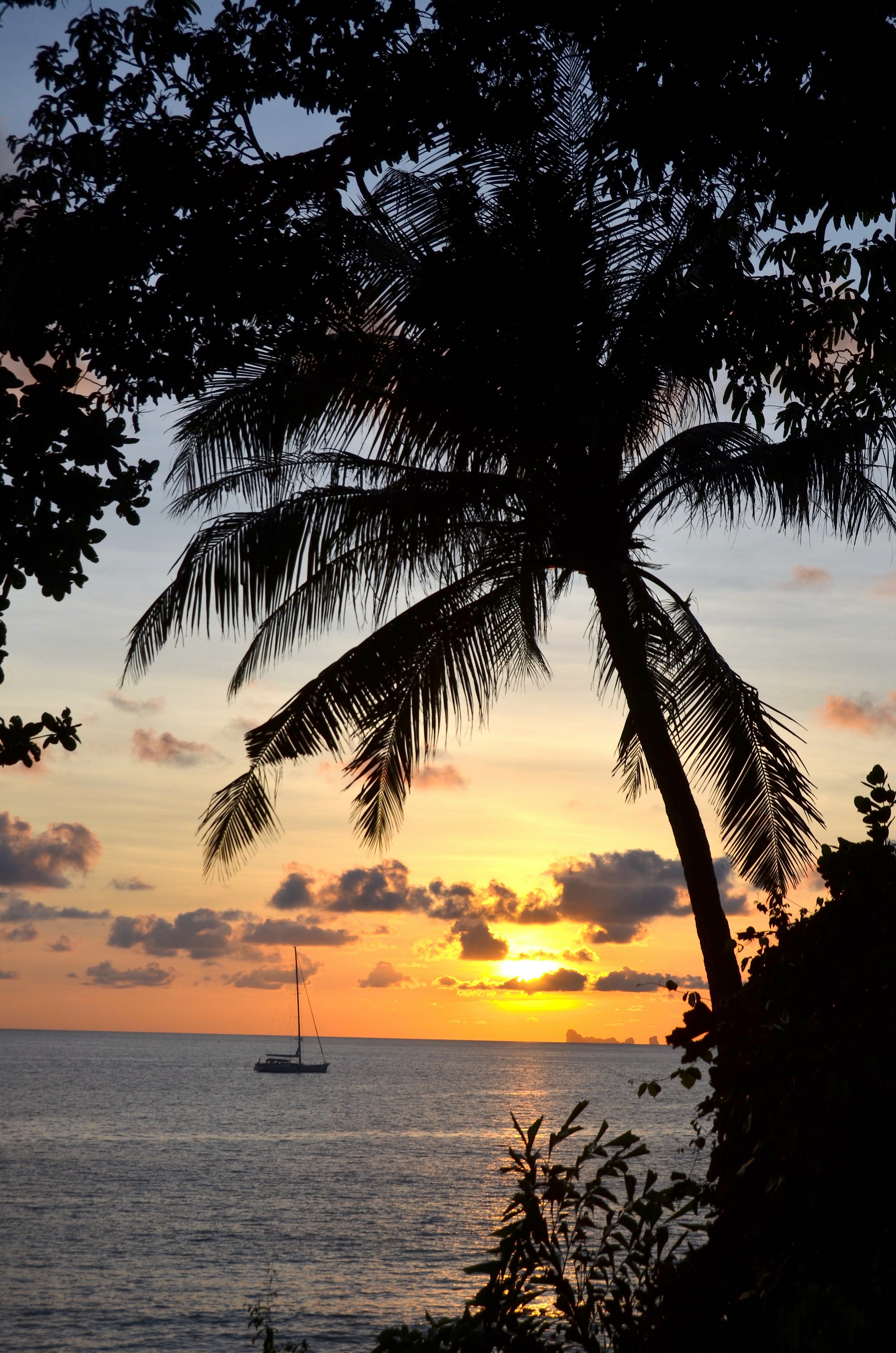
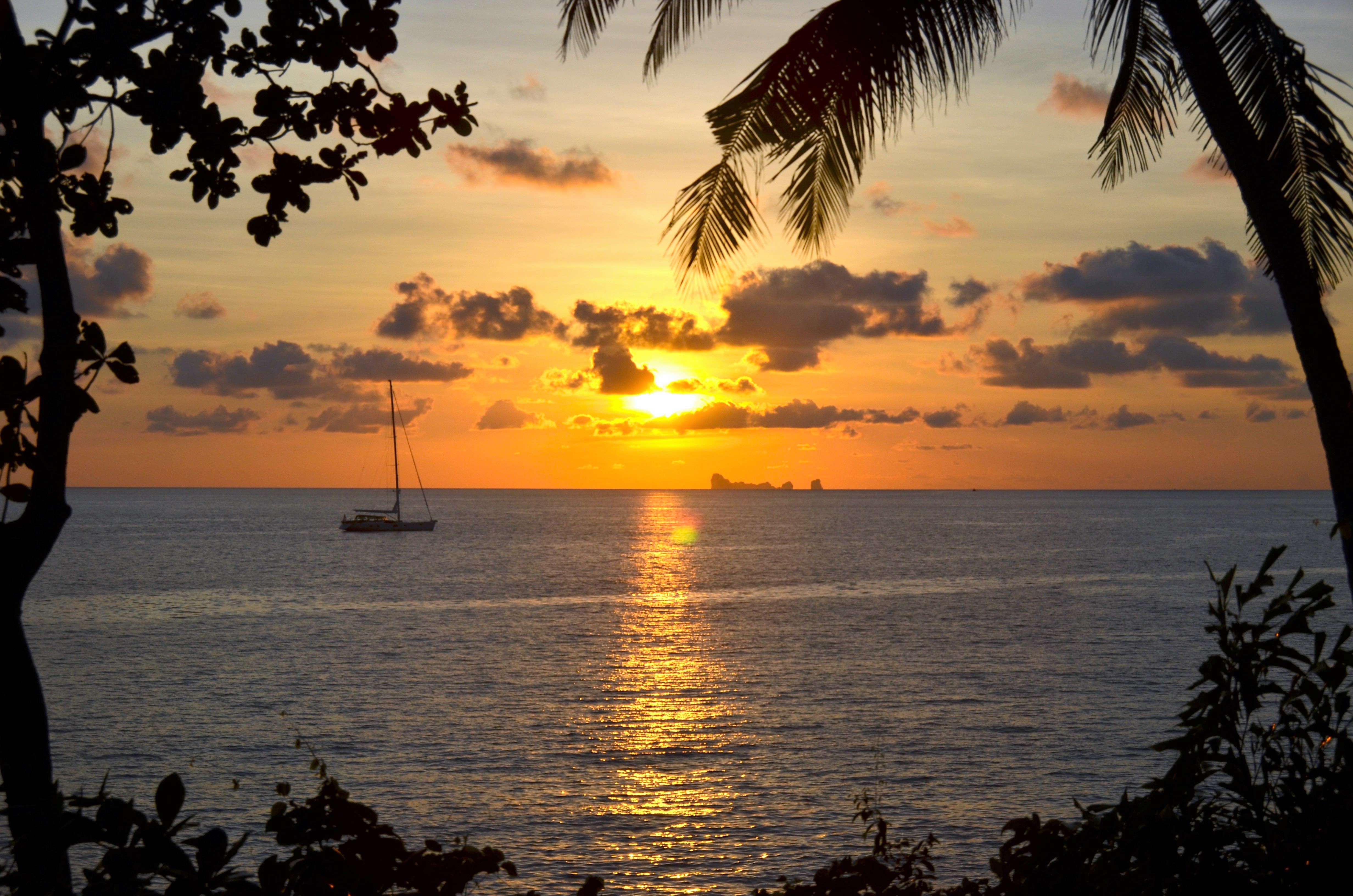
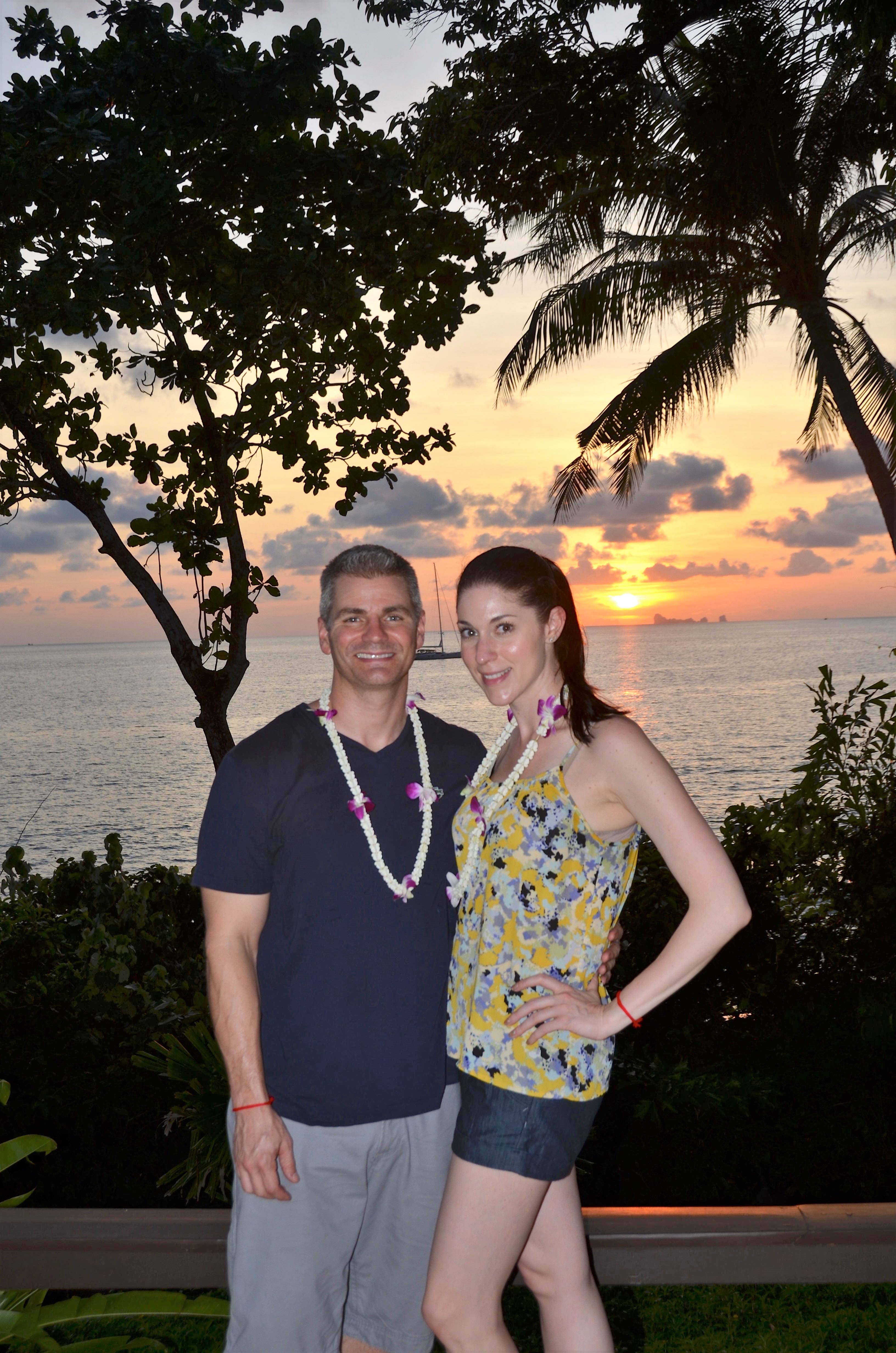 Relax, snorkel, float…
Relax, snorkel, float…